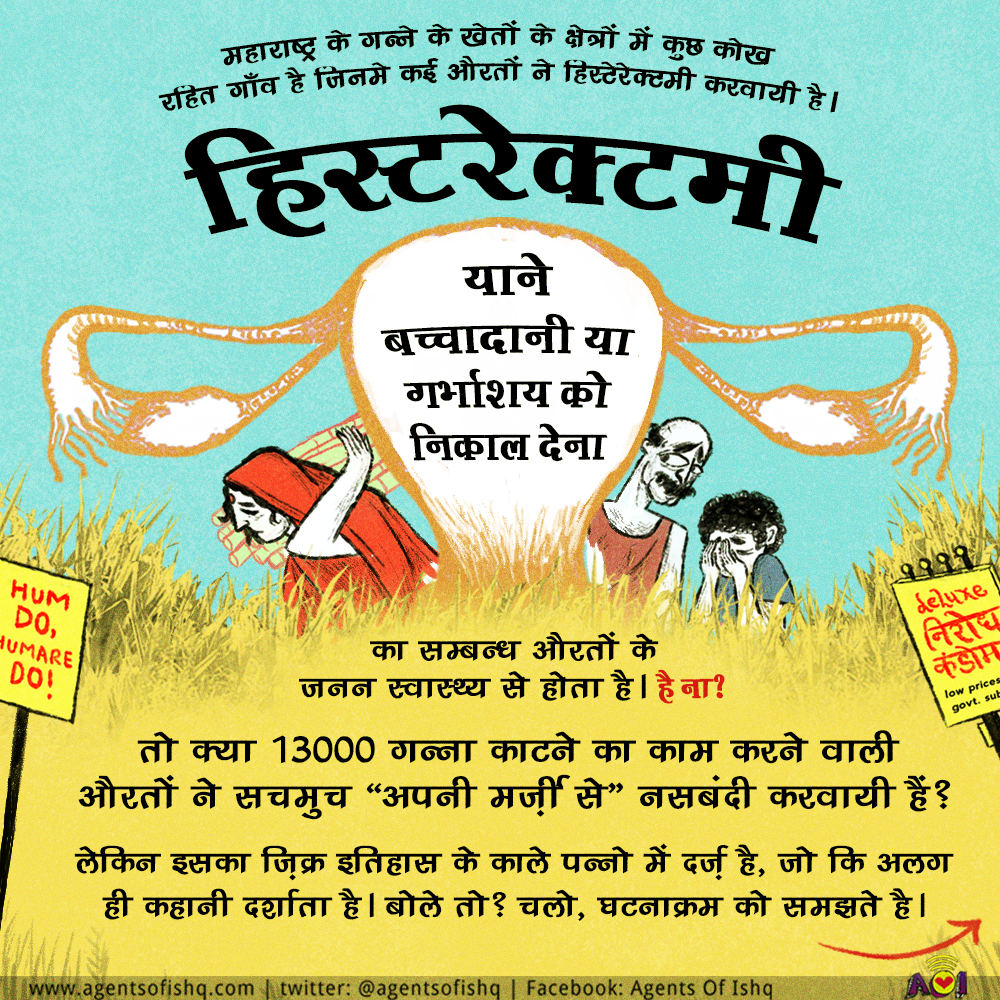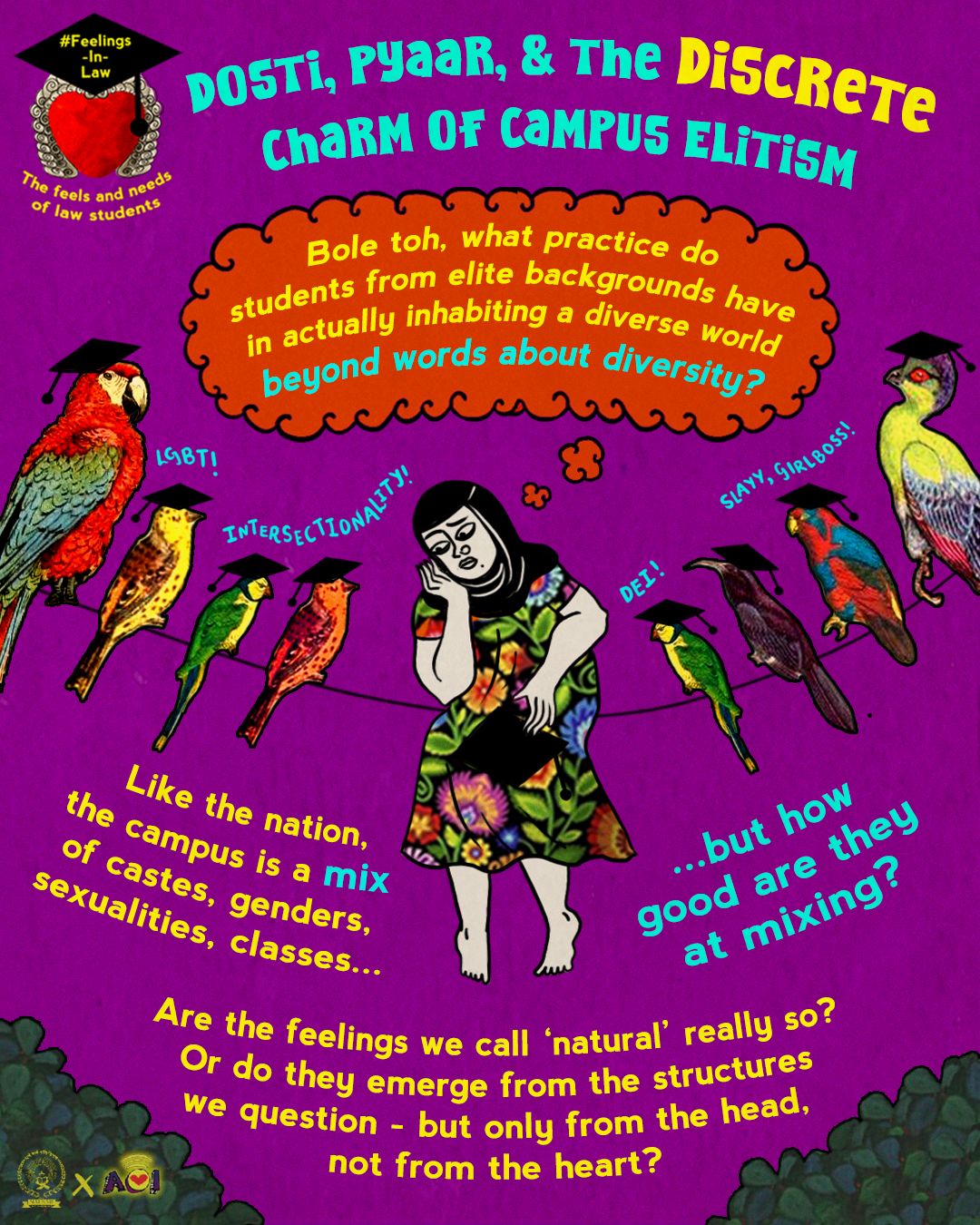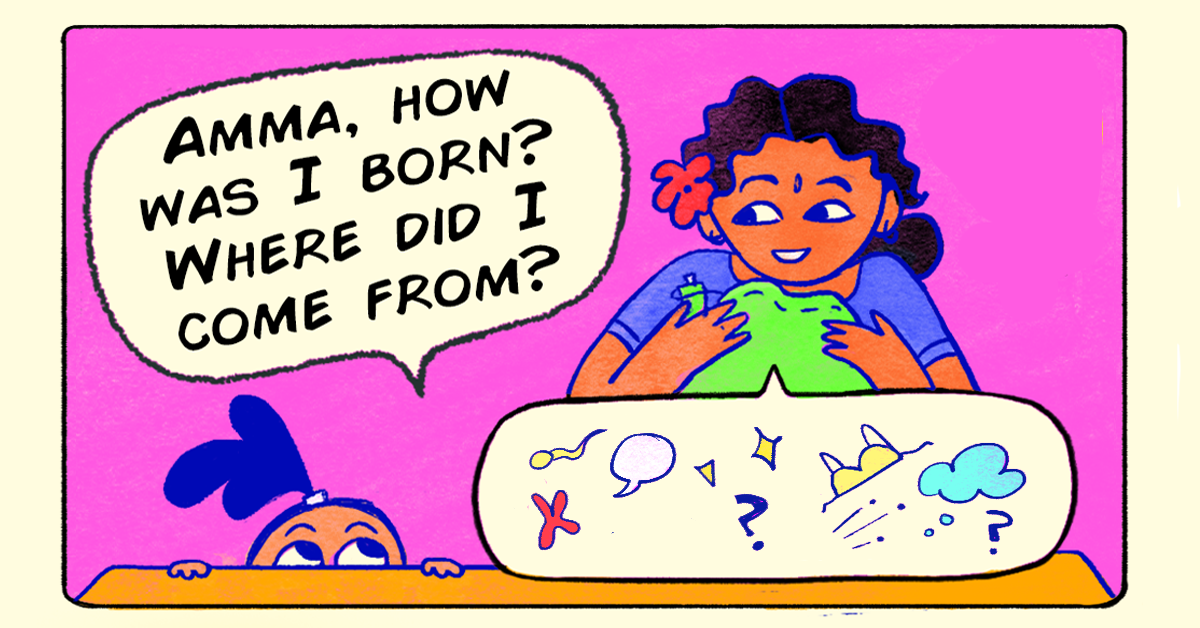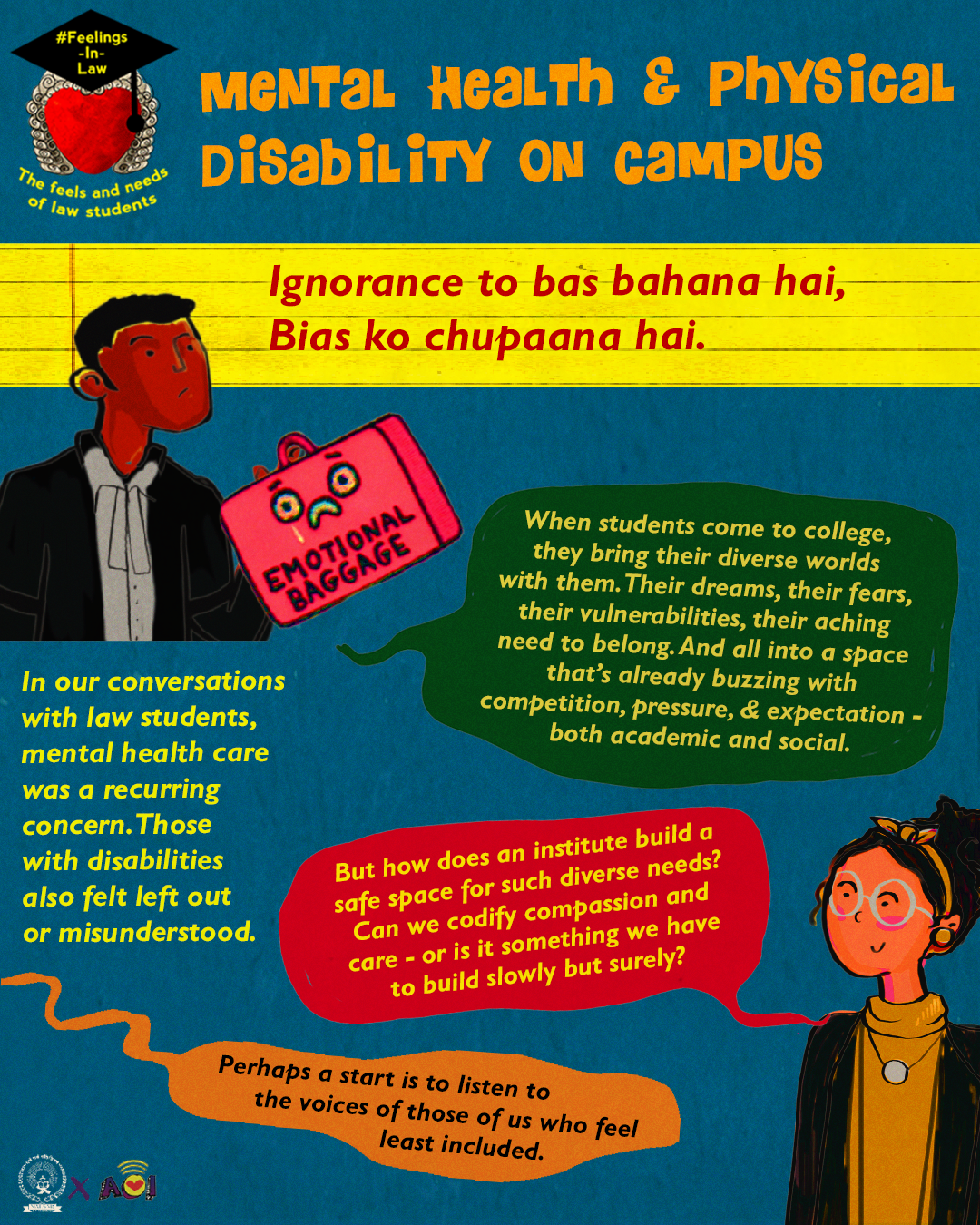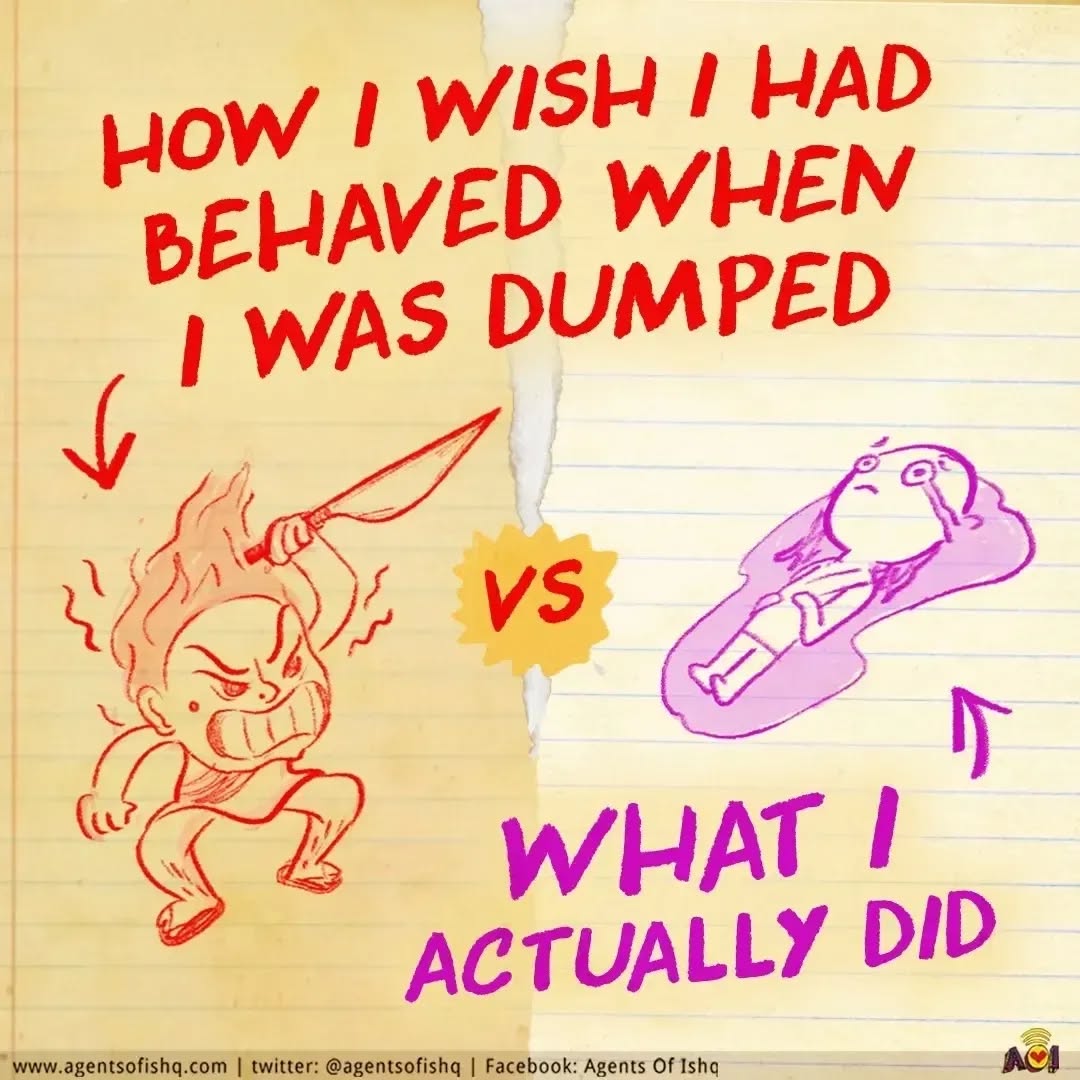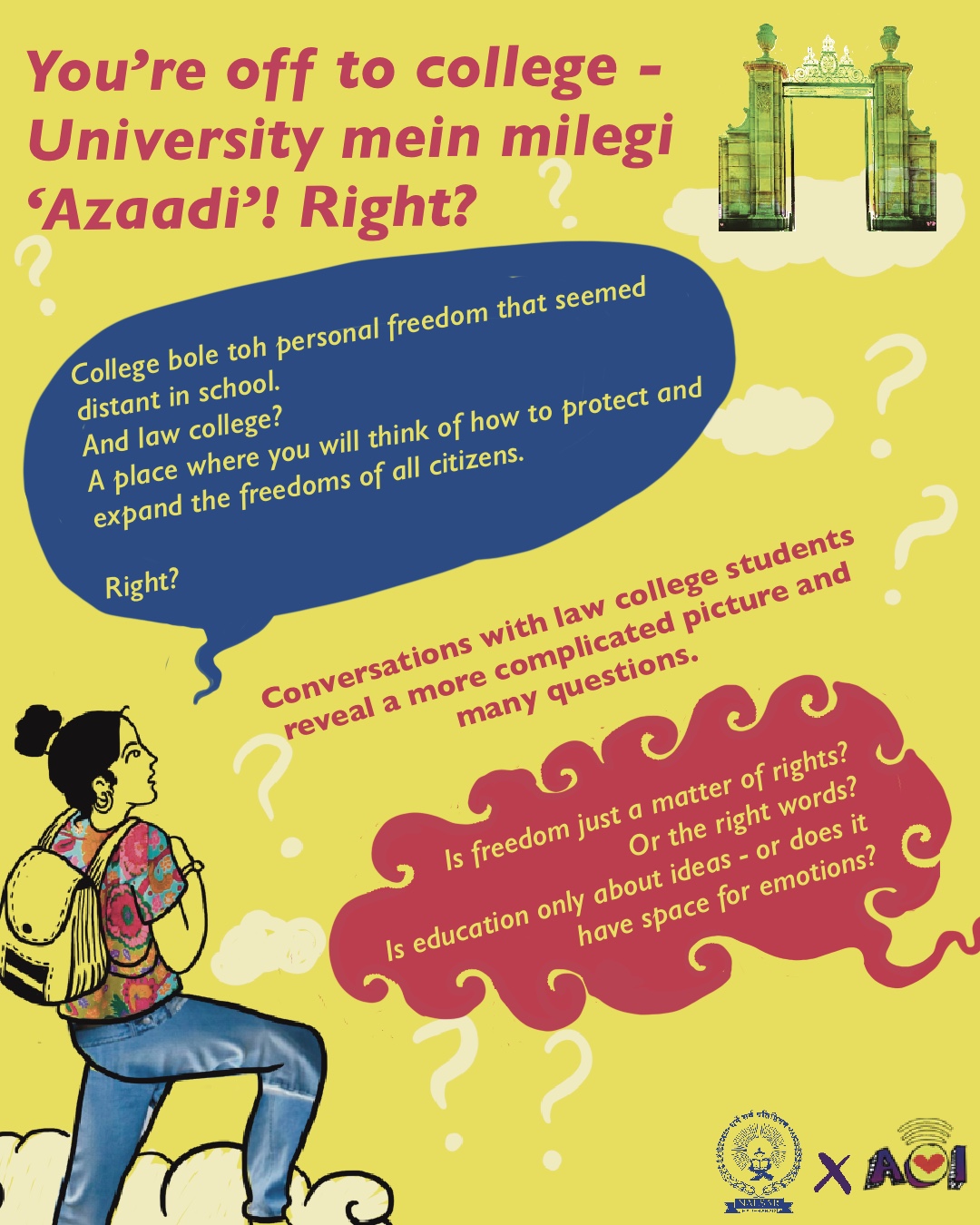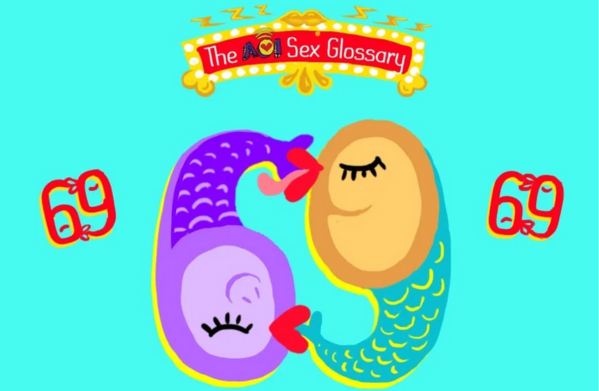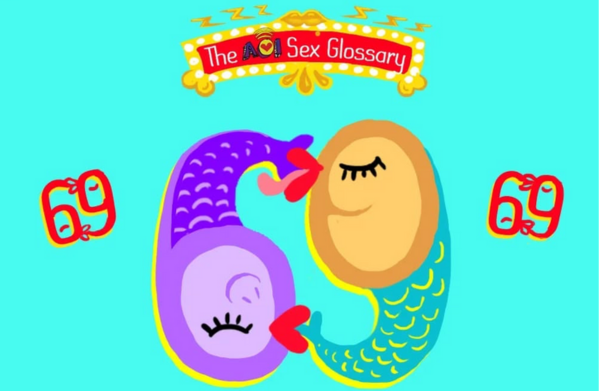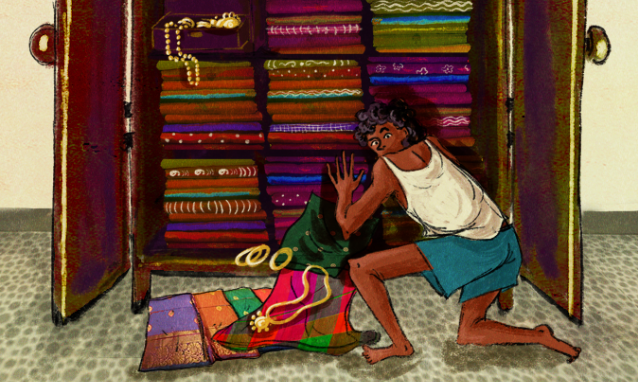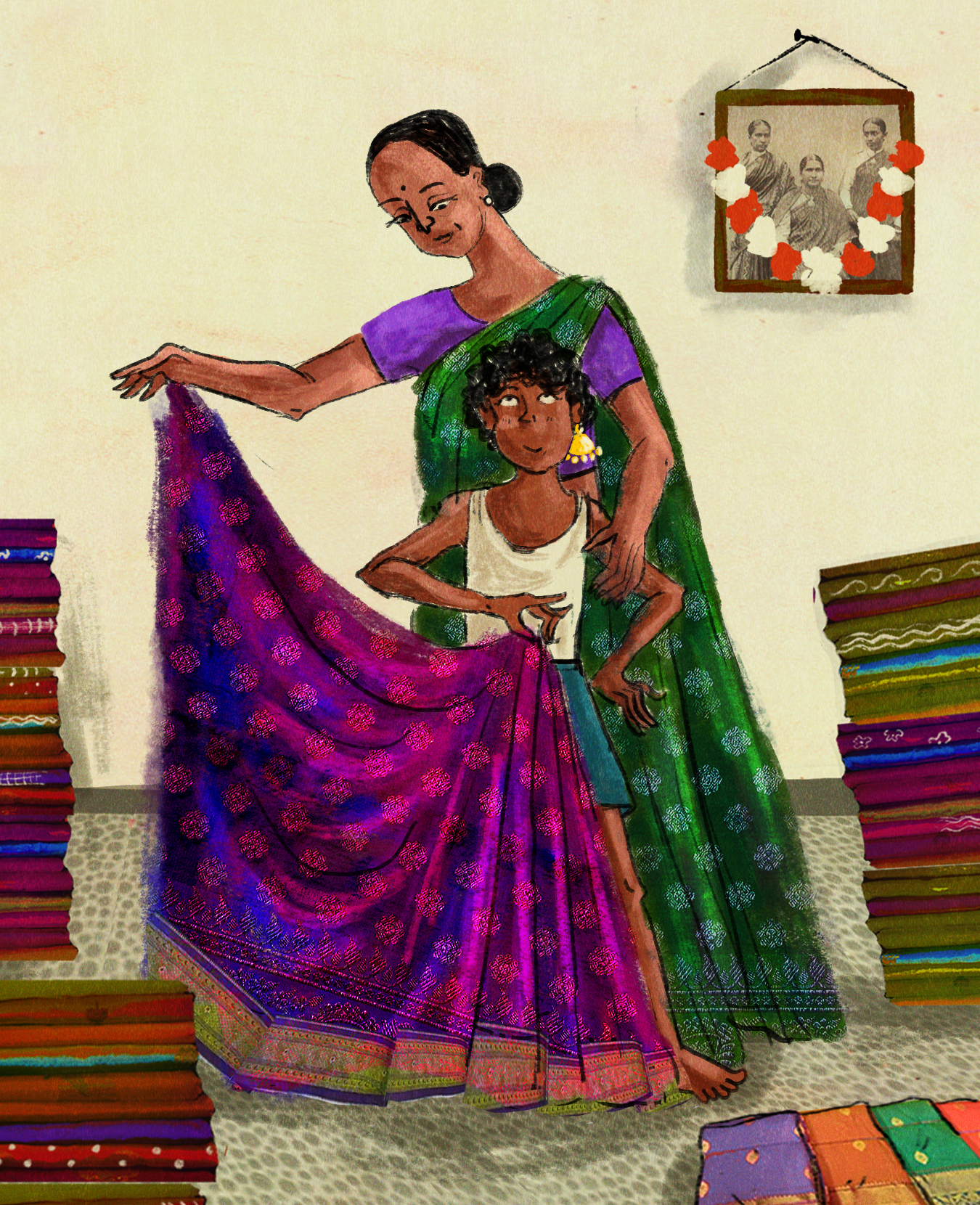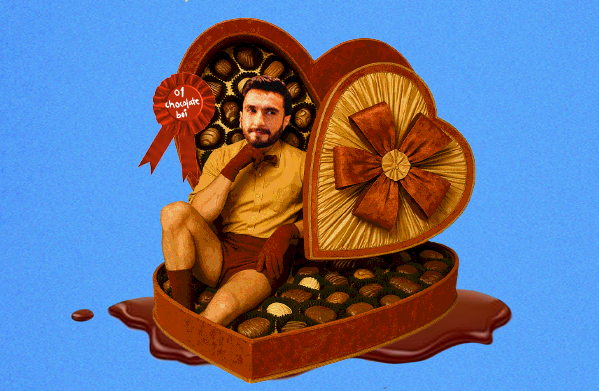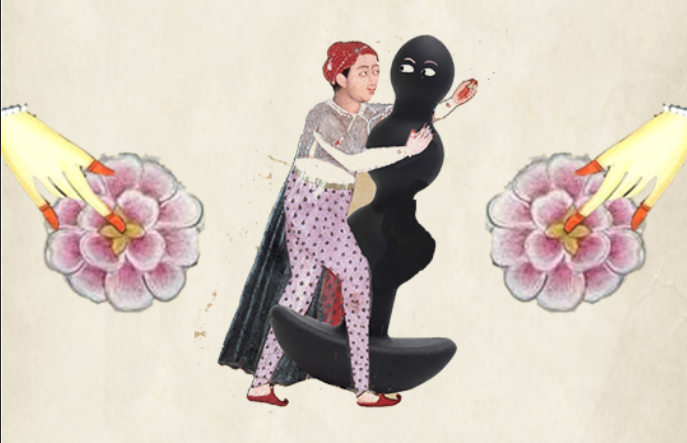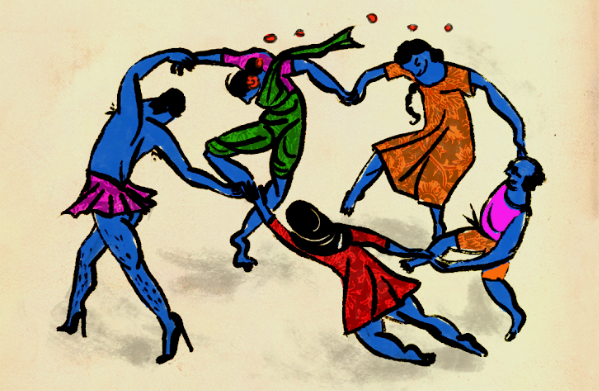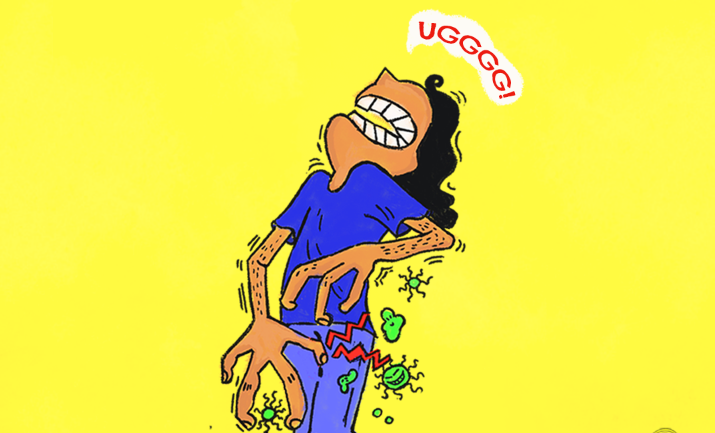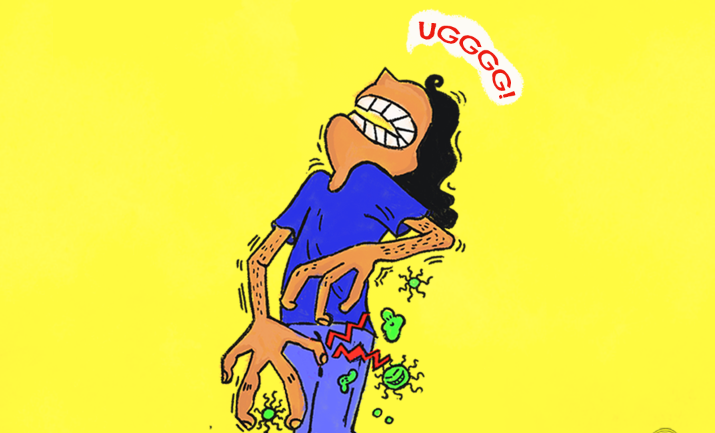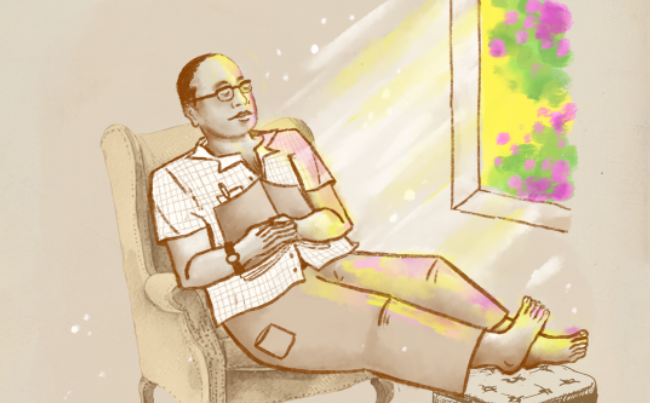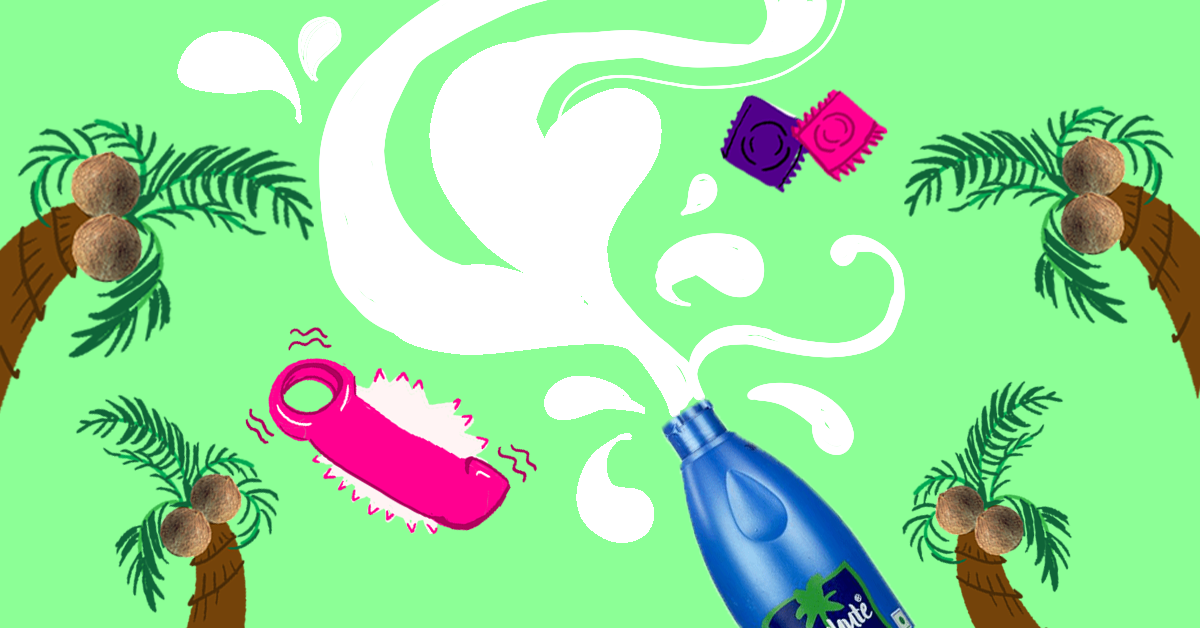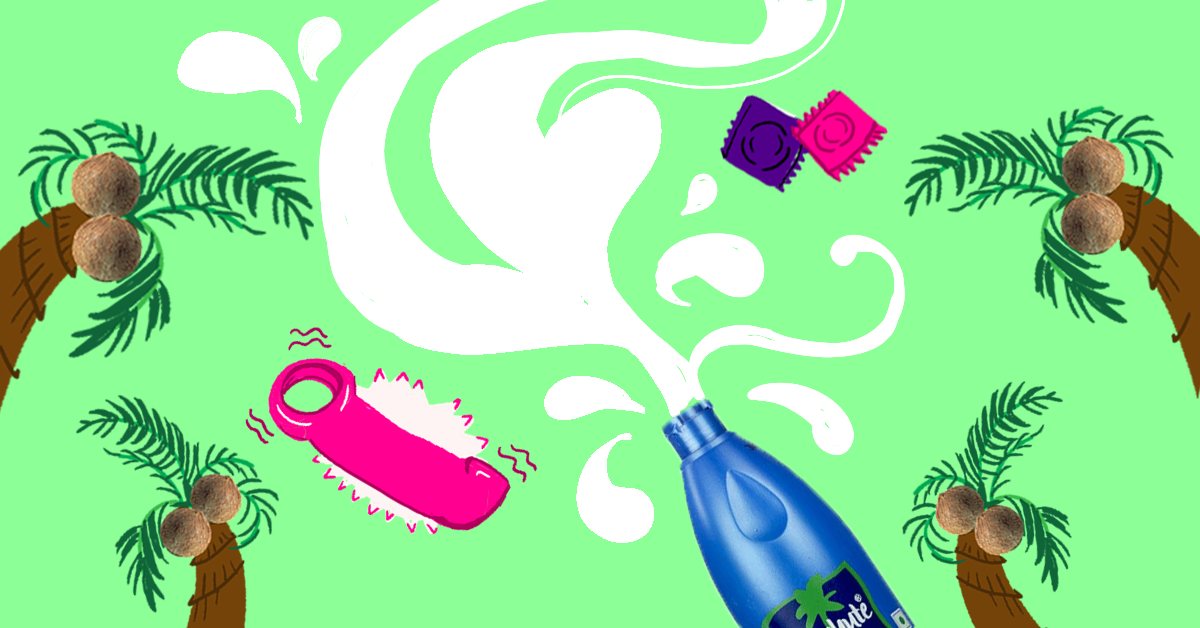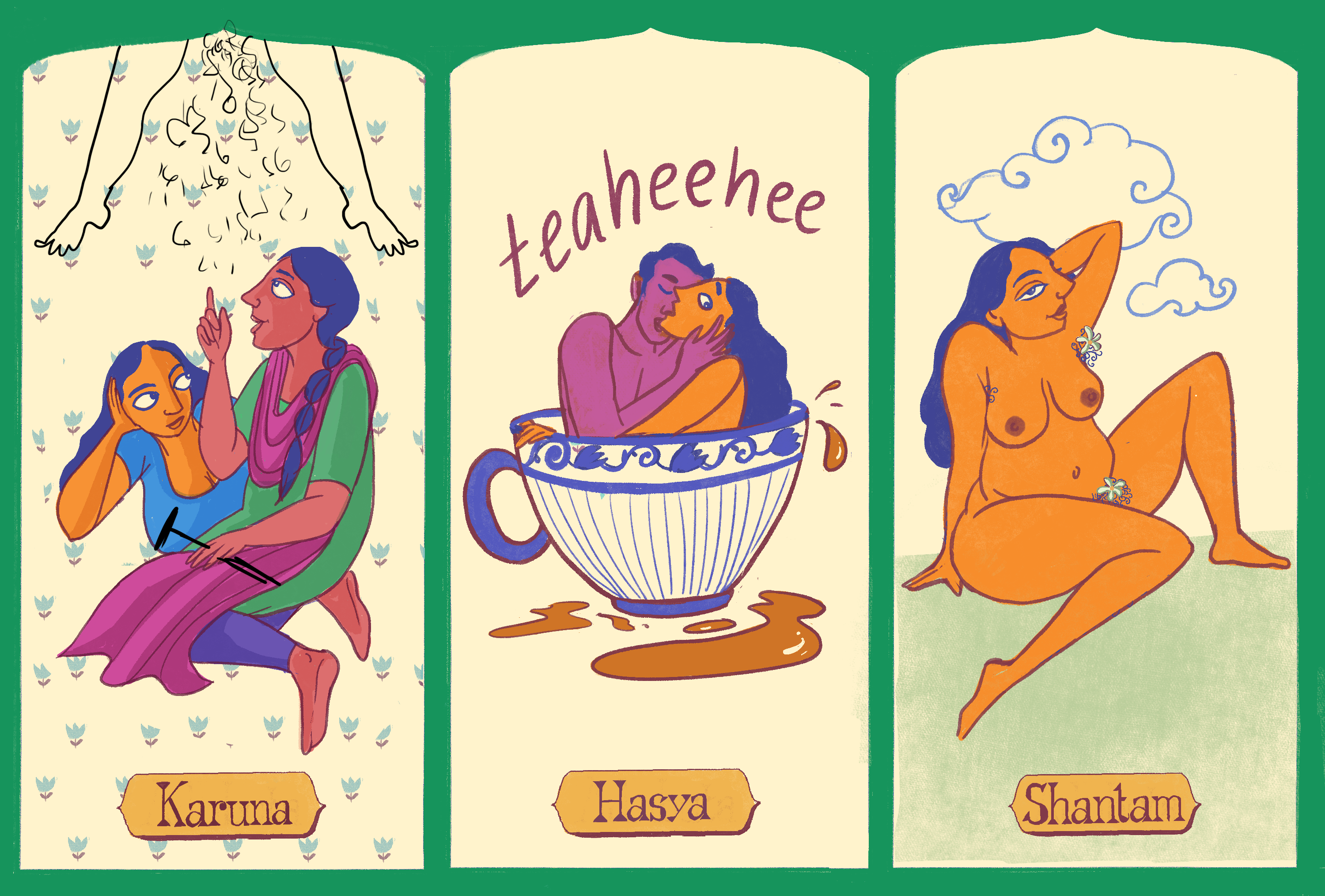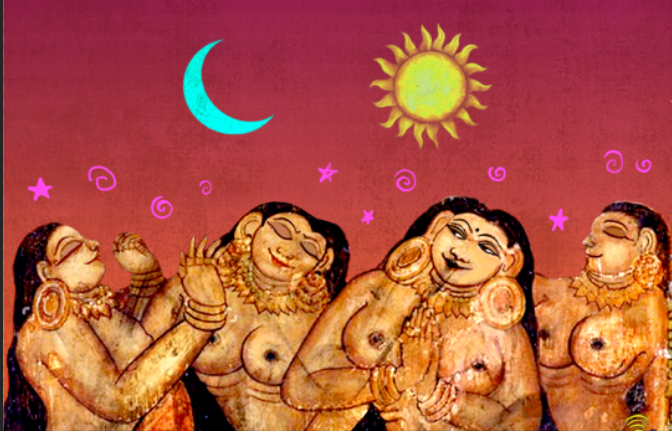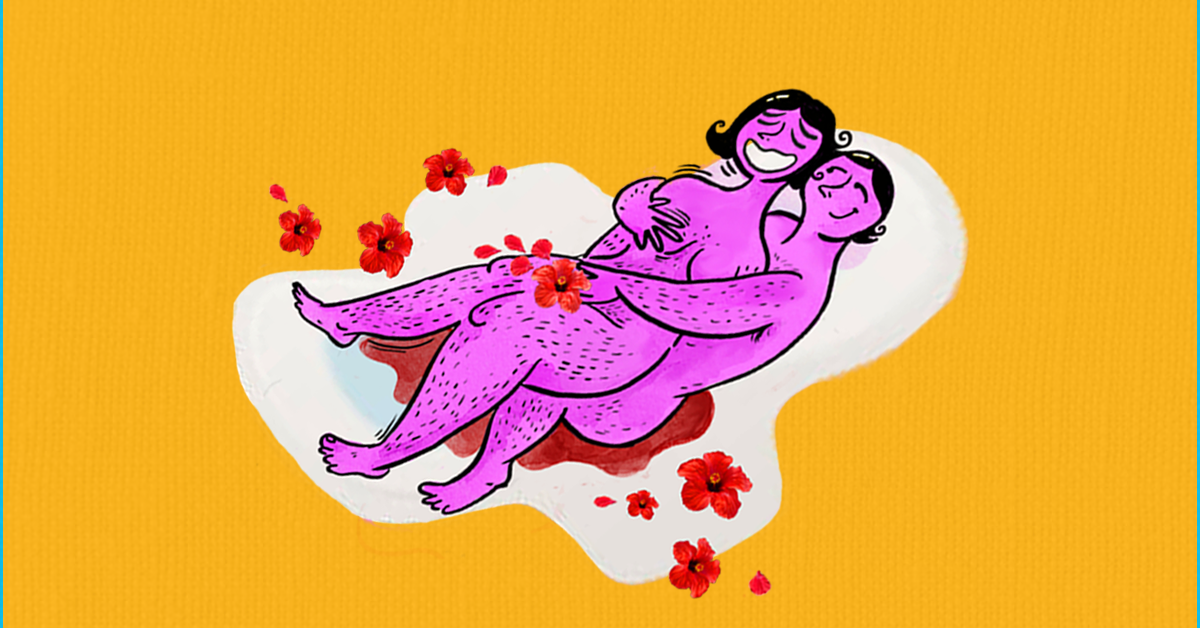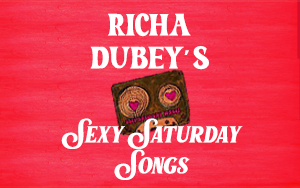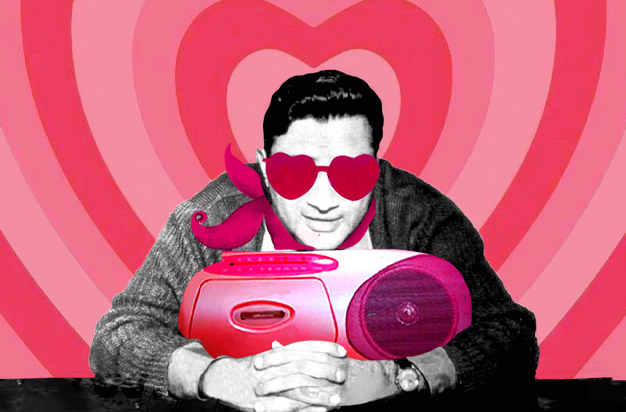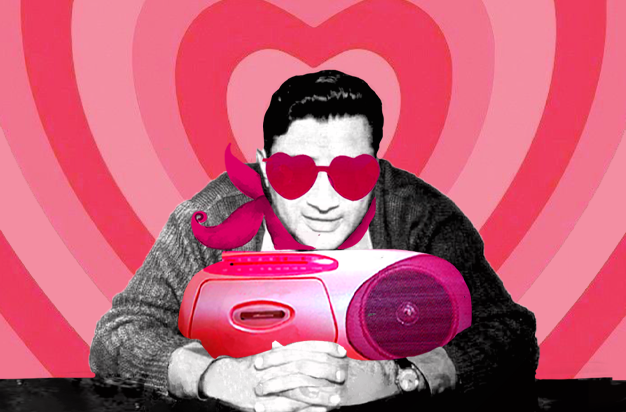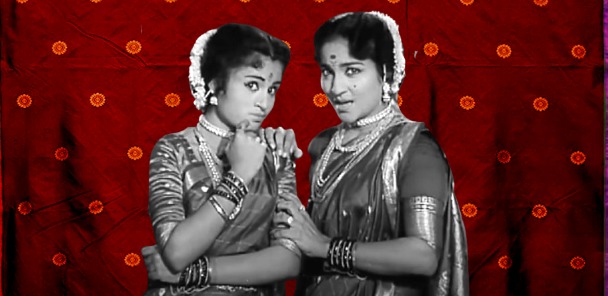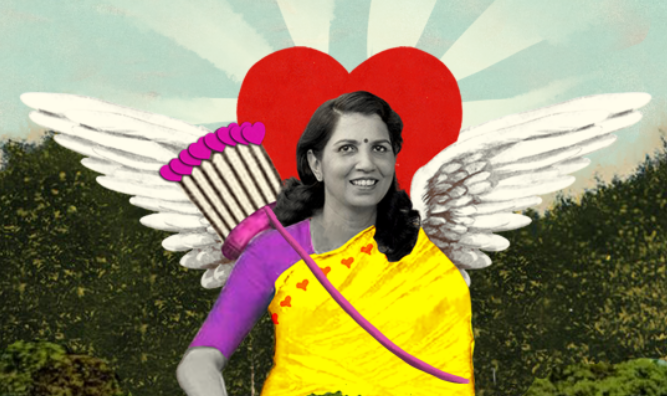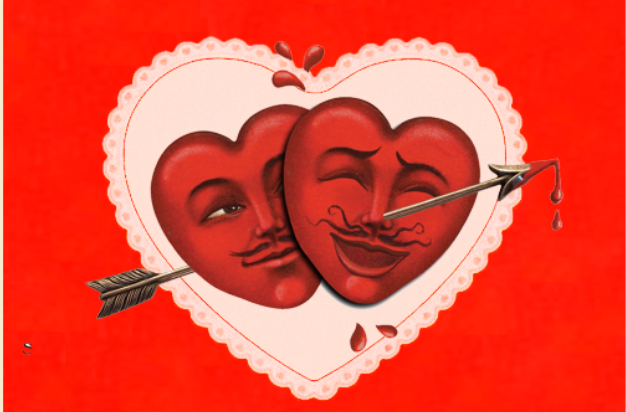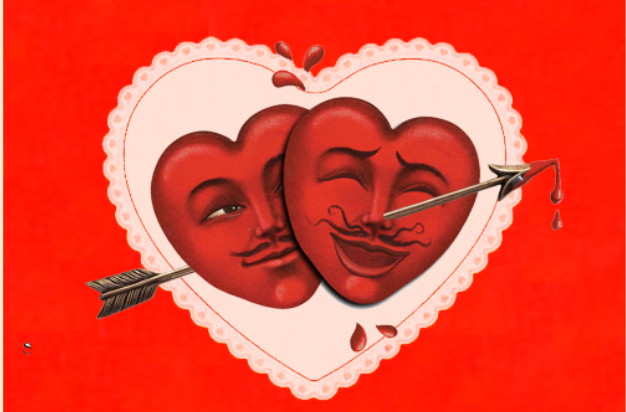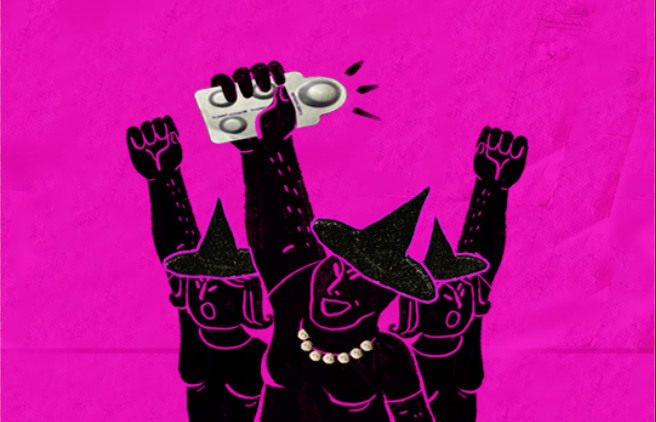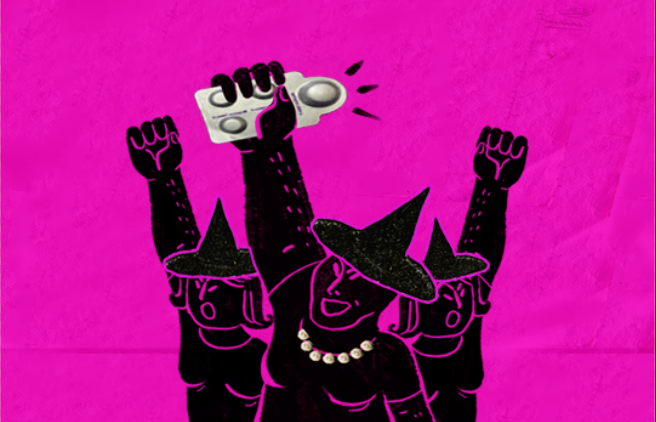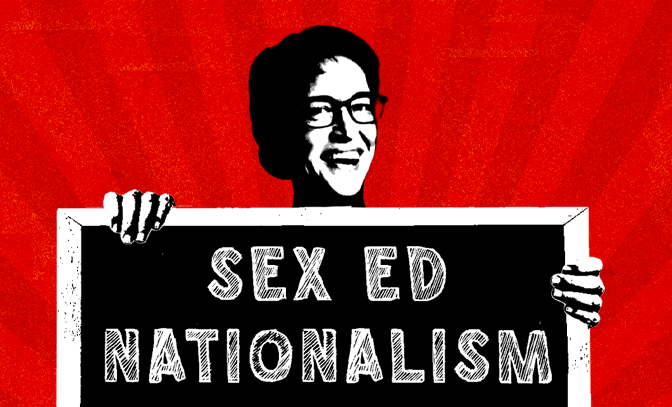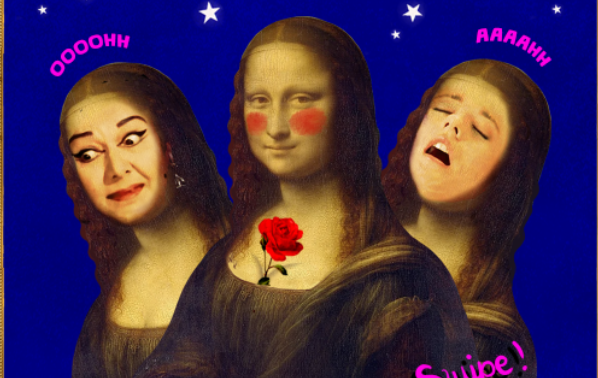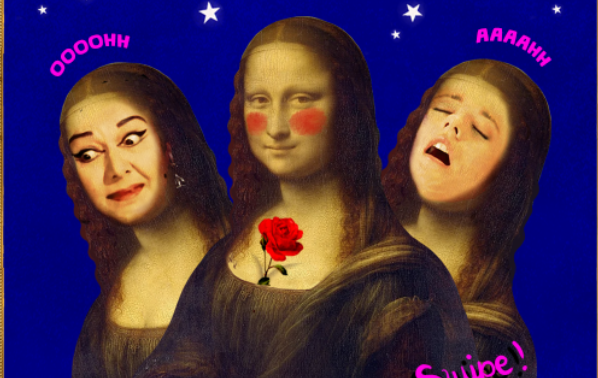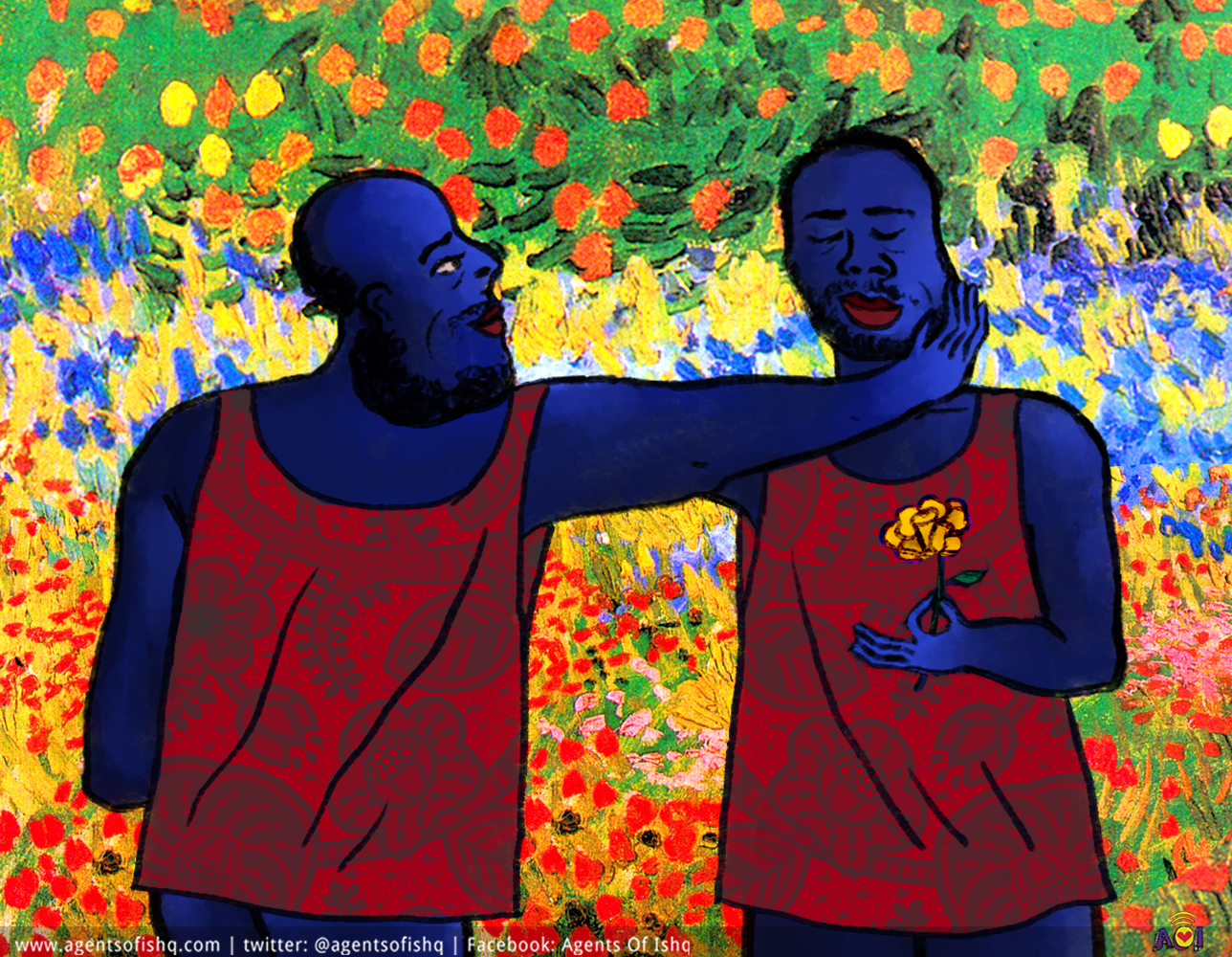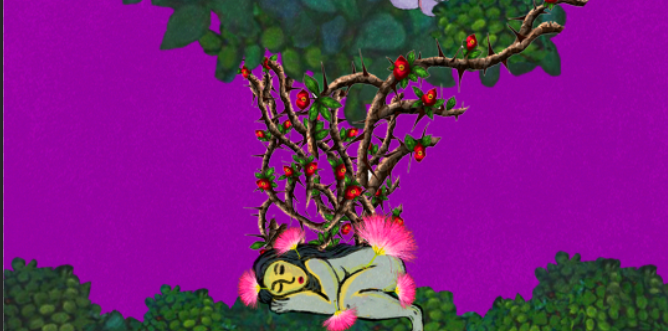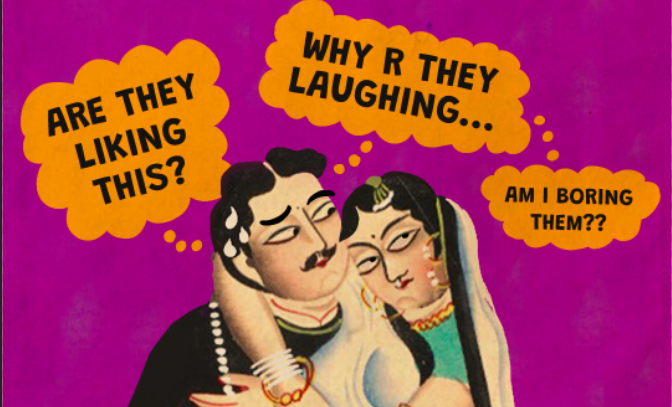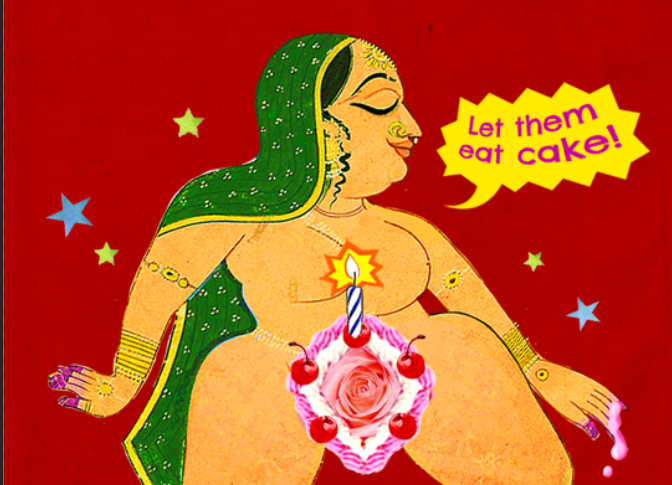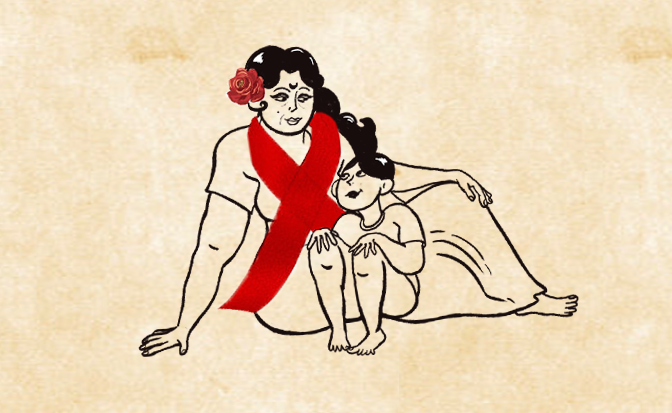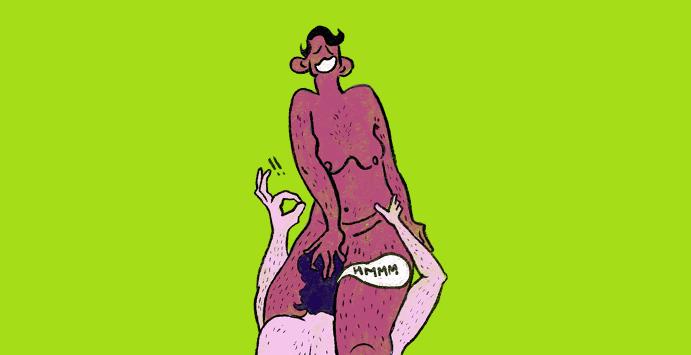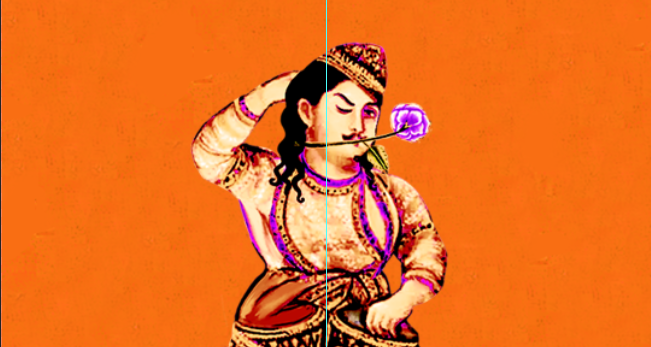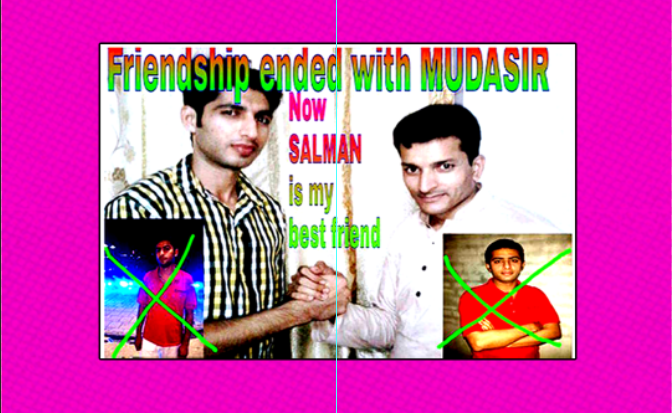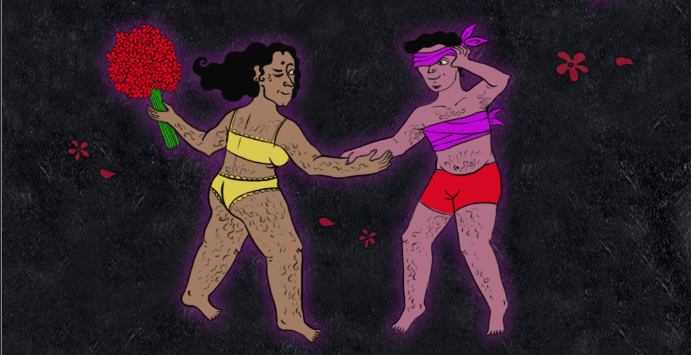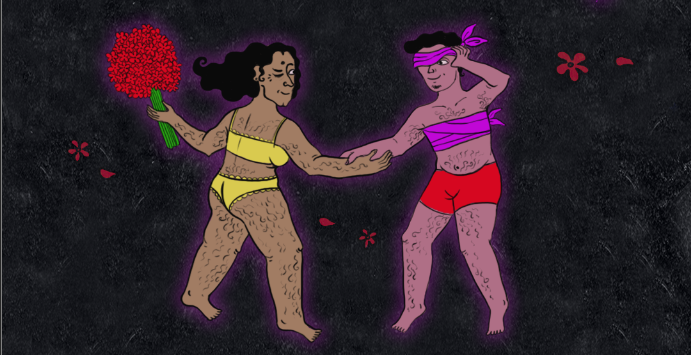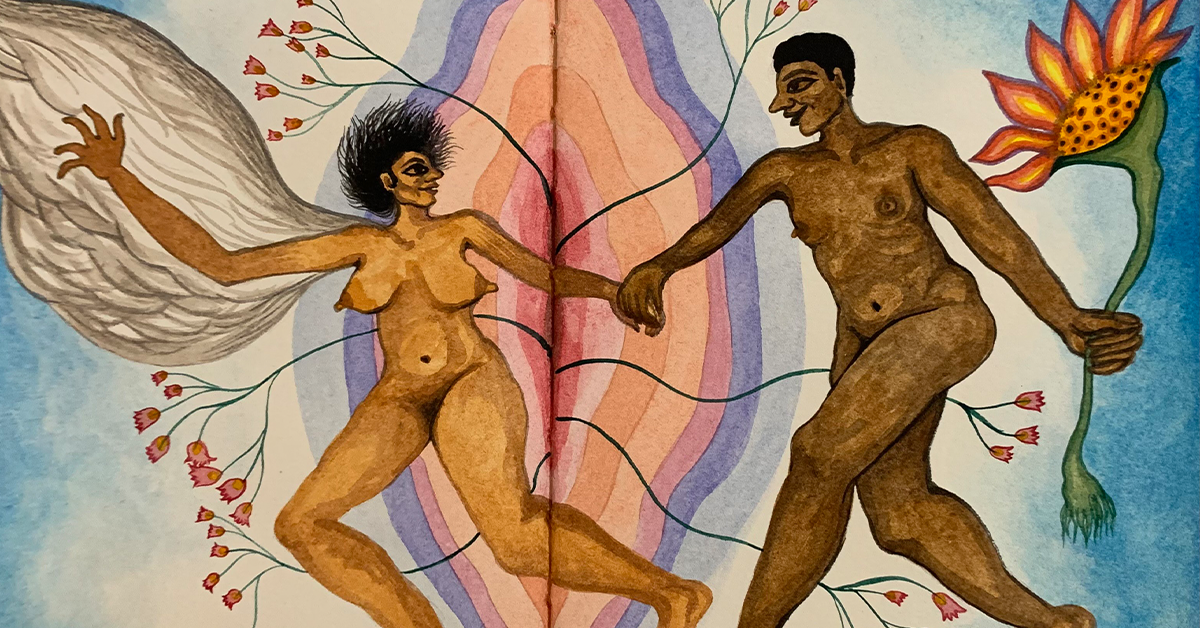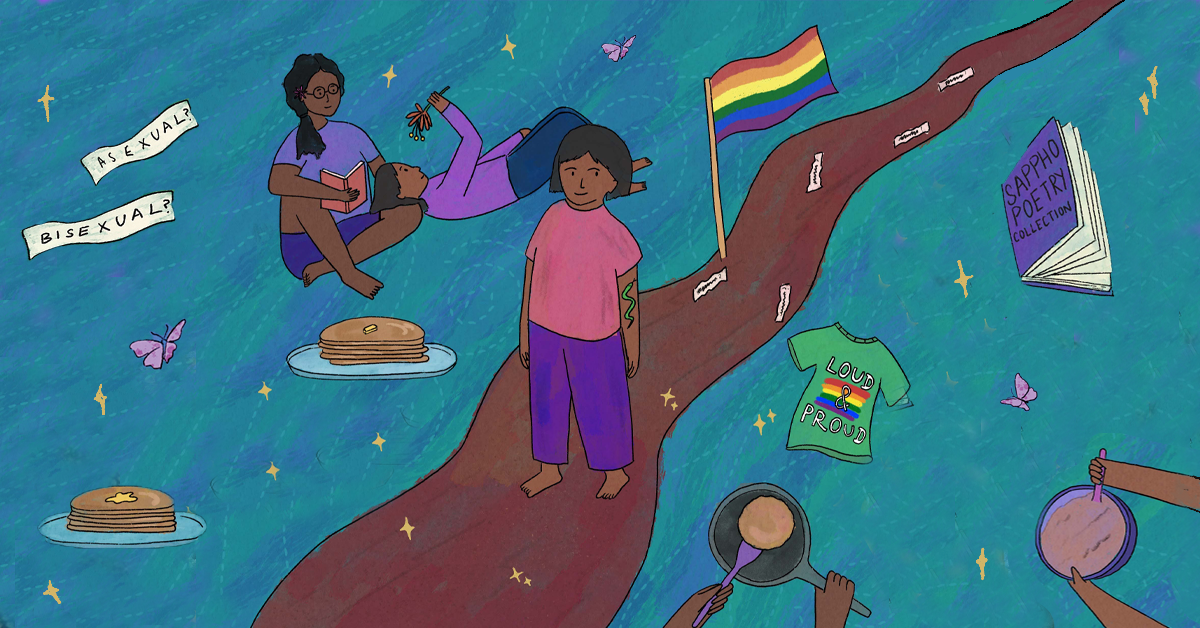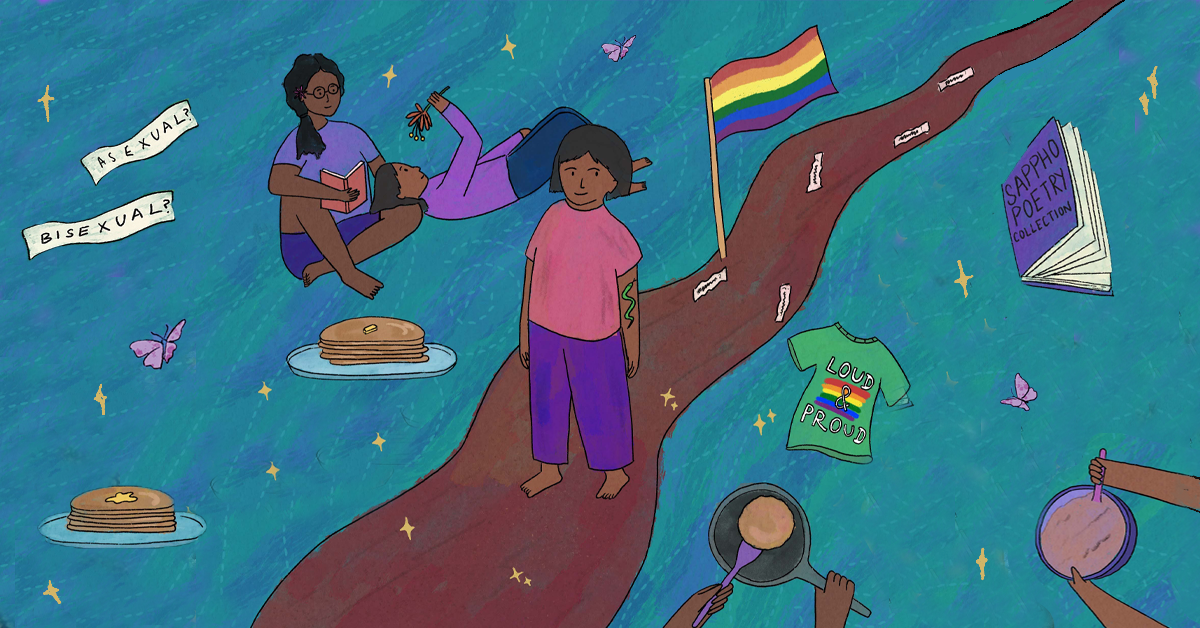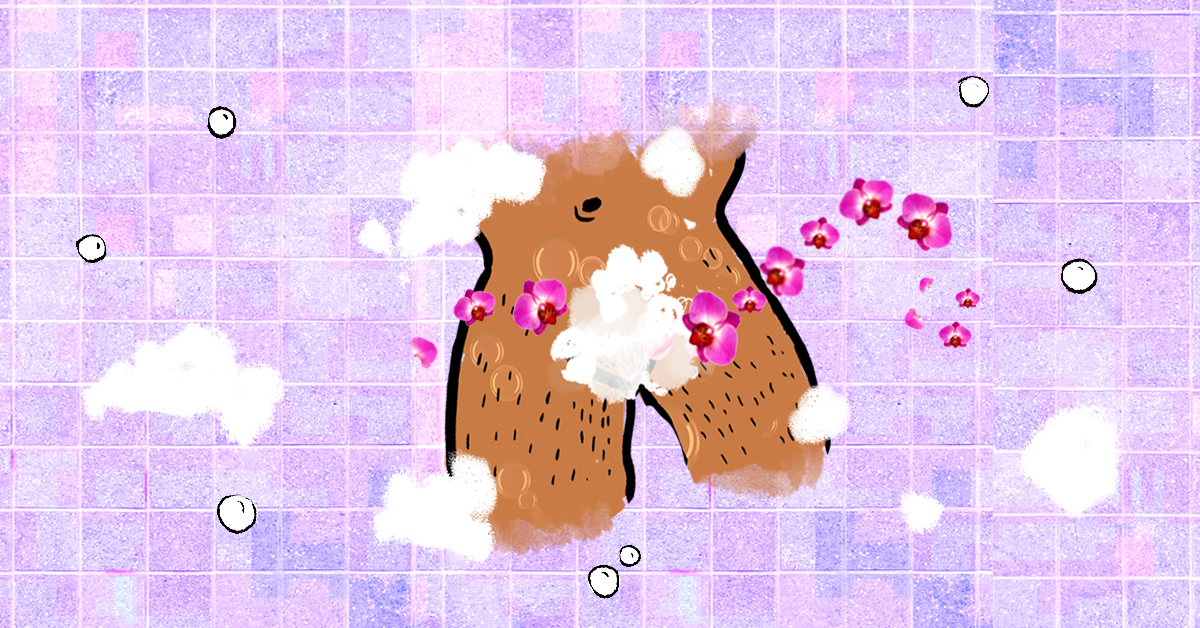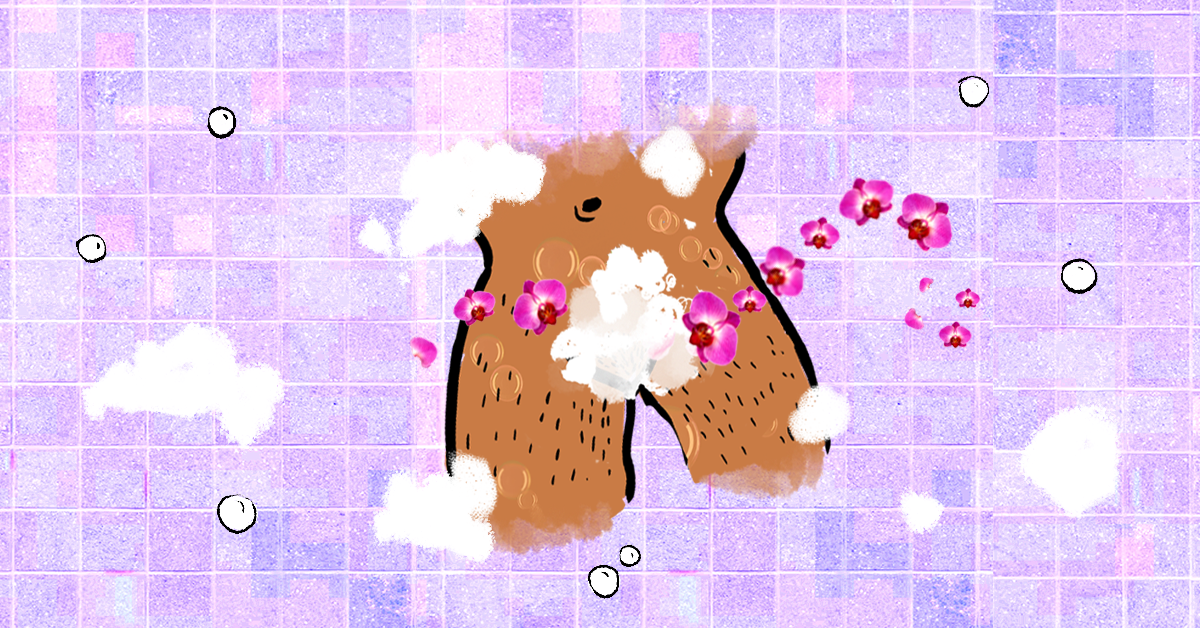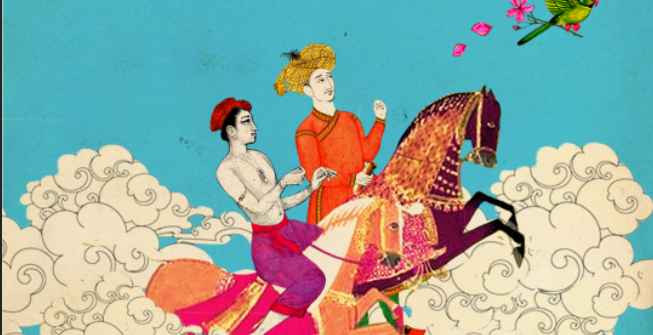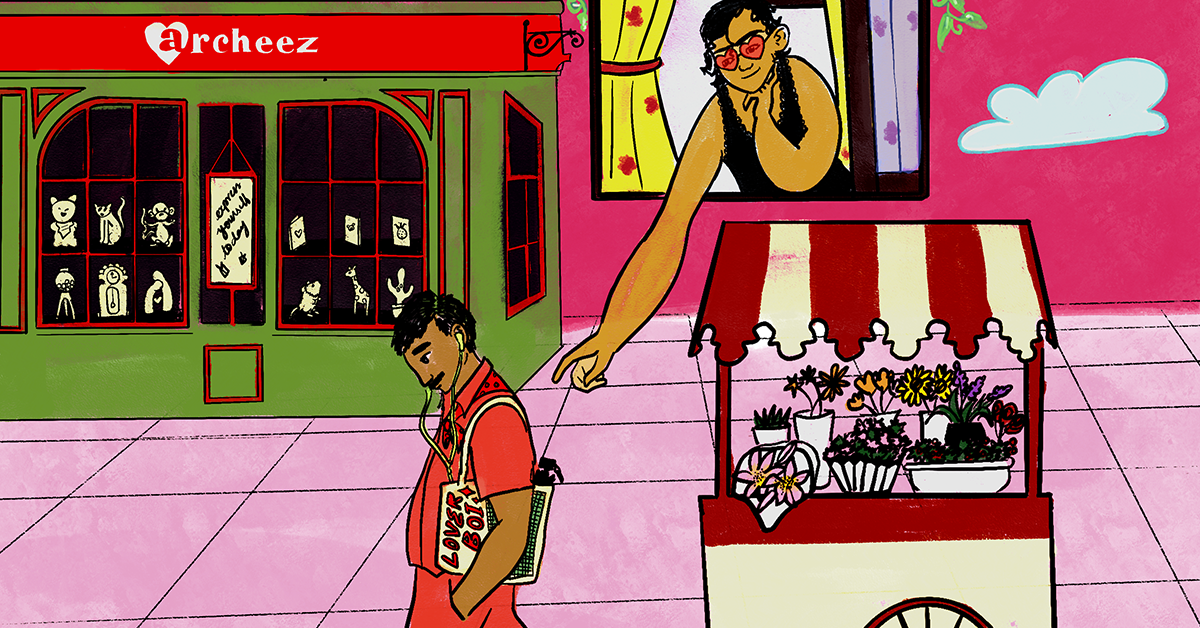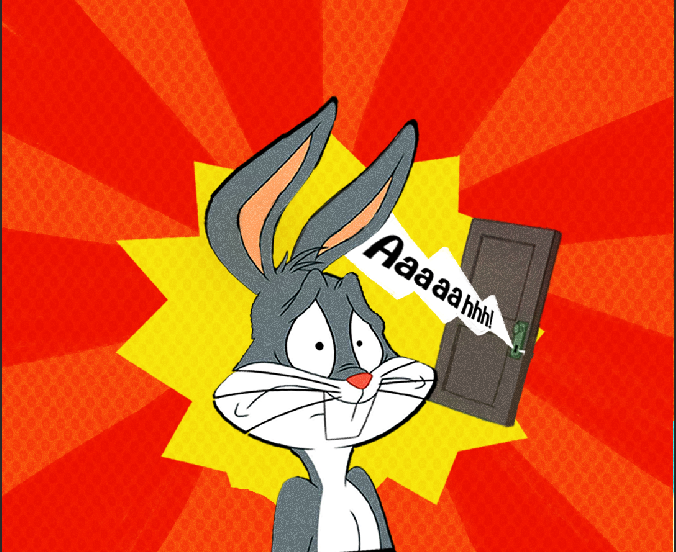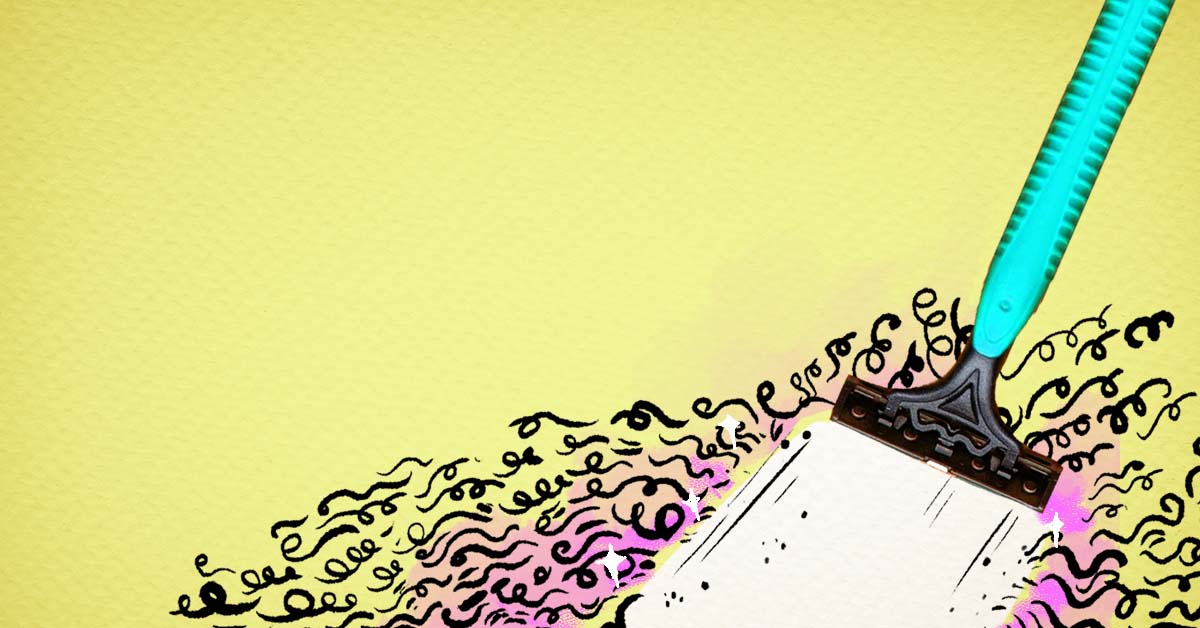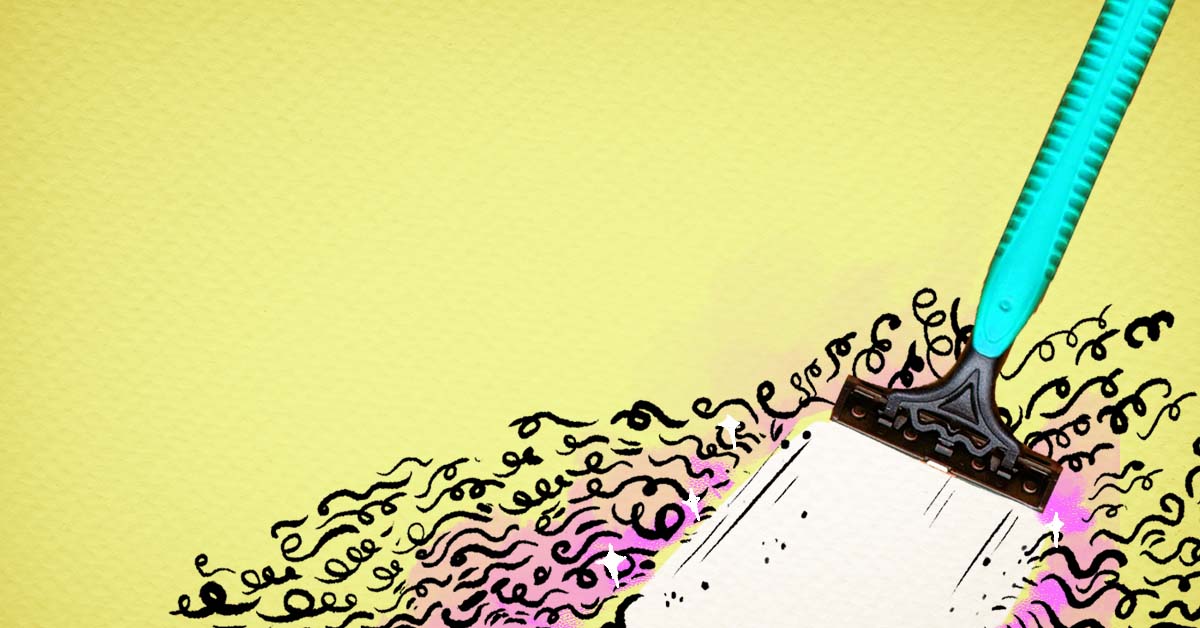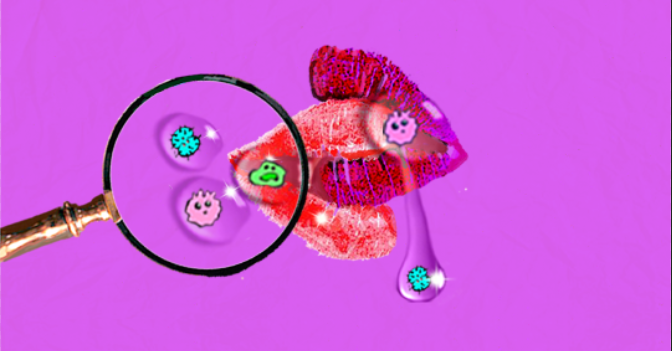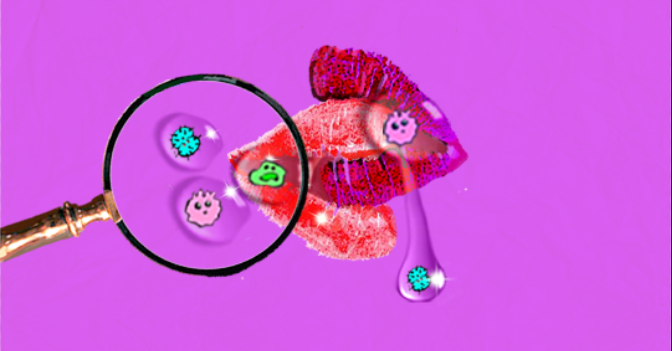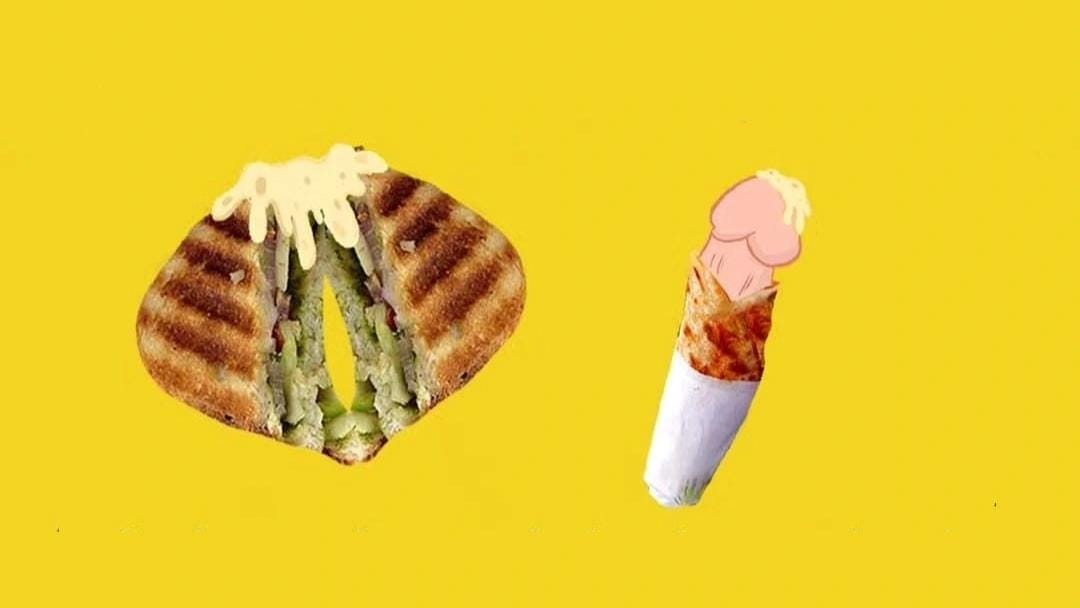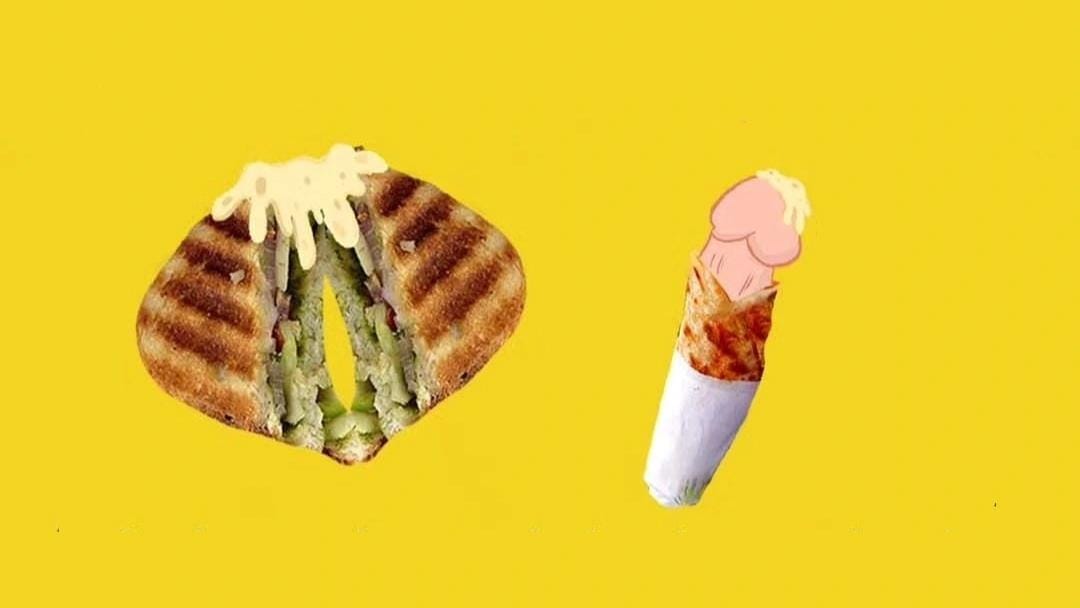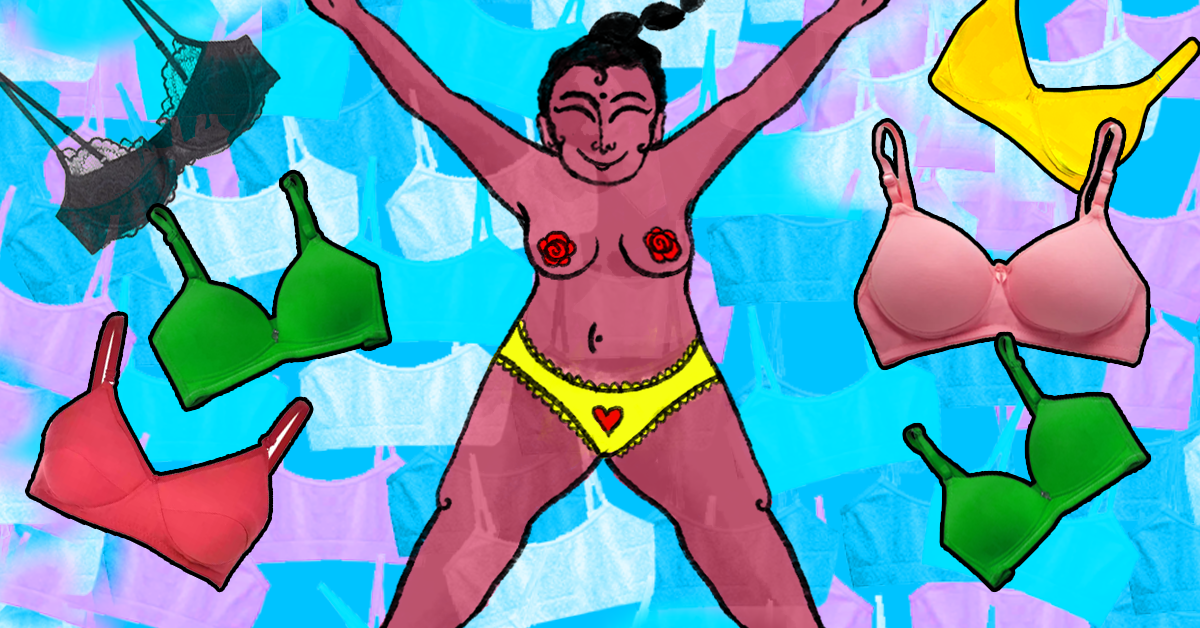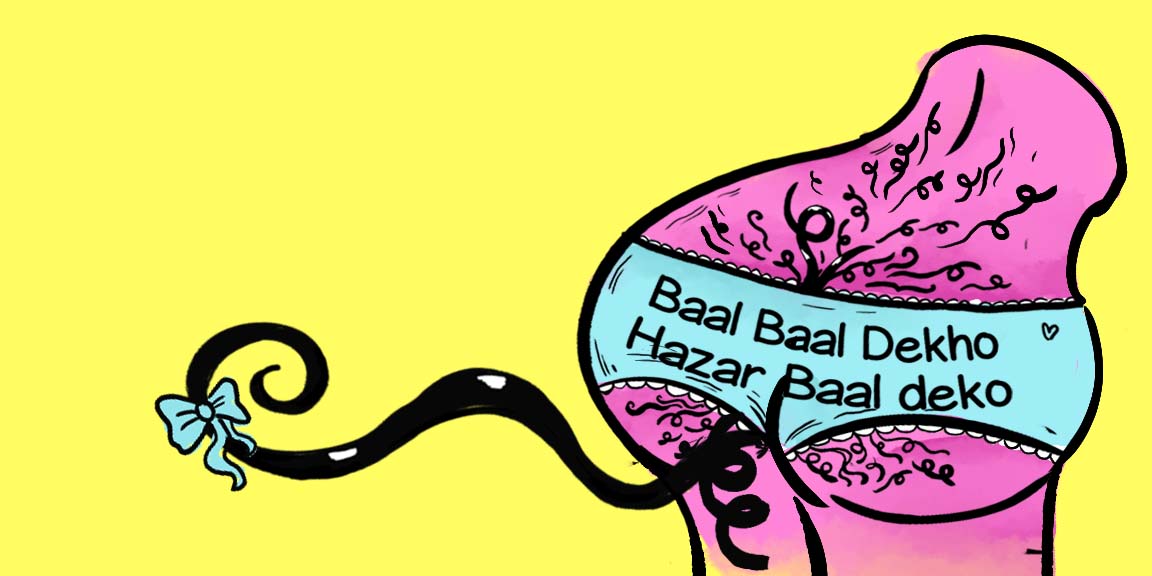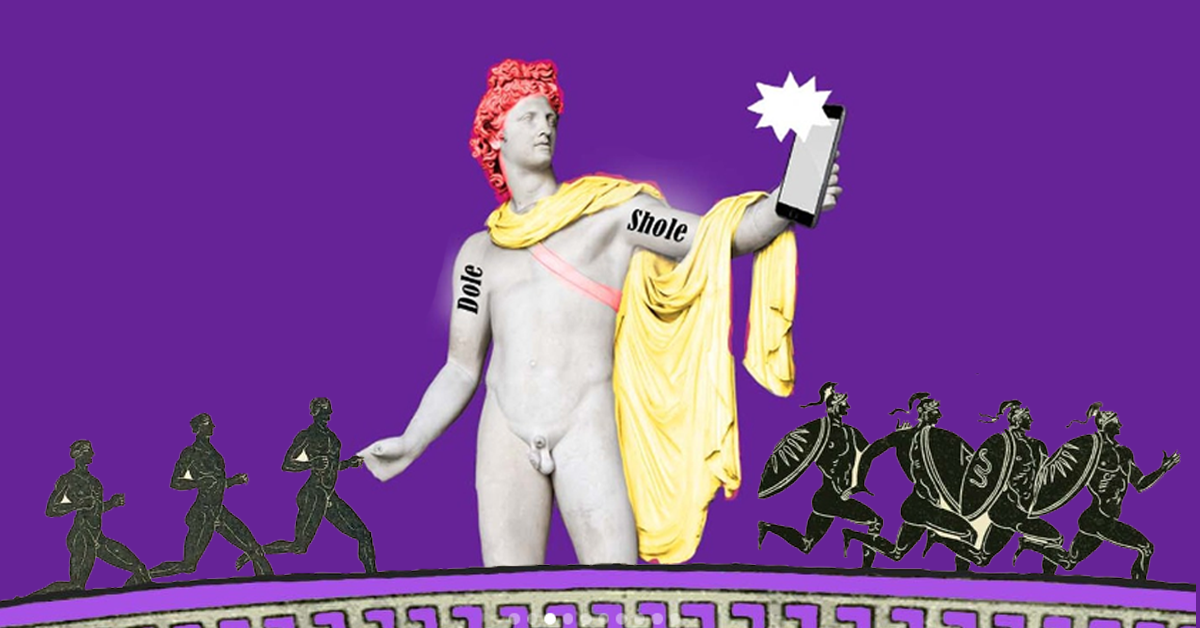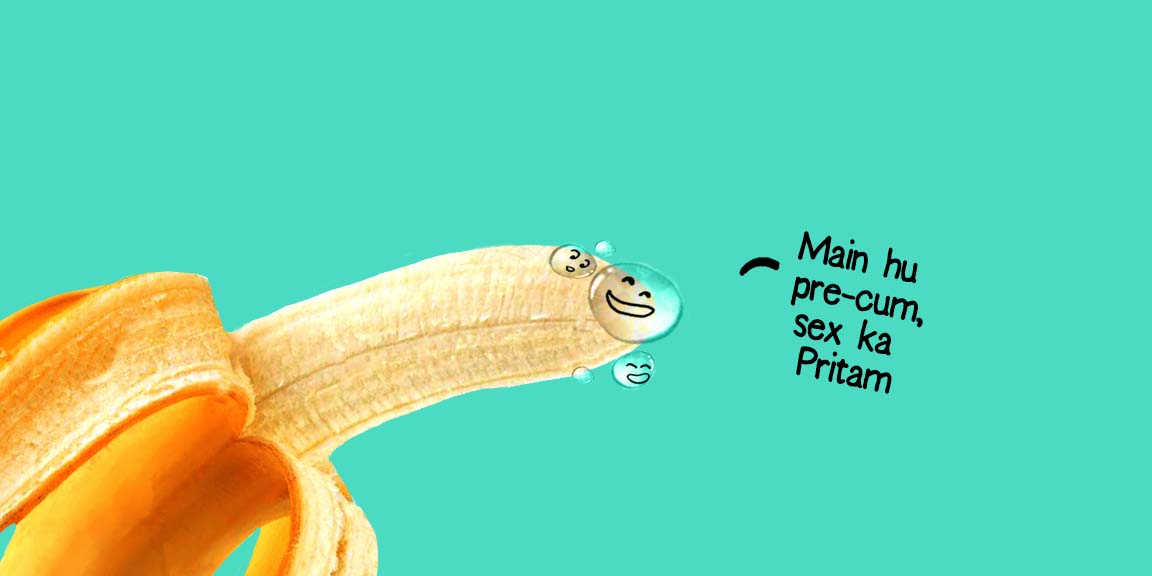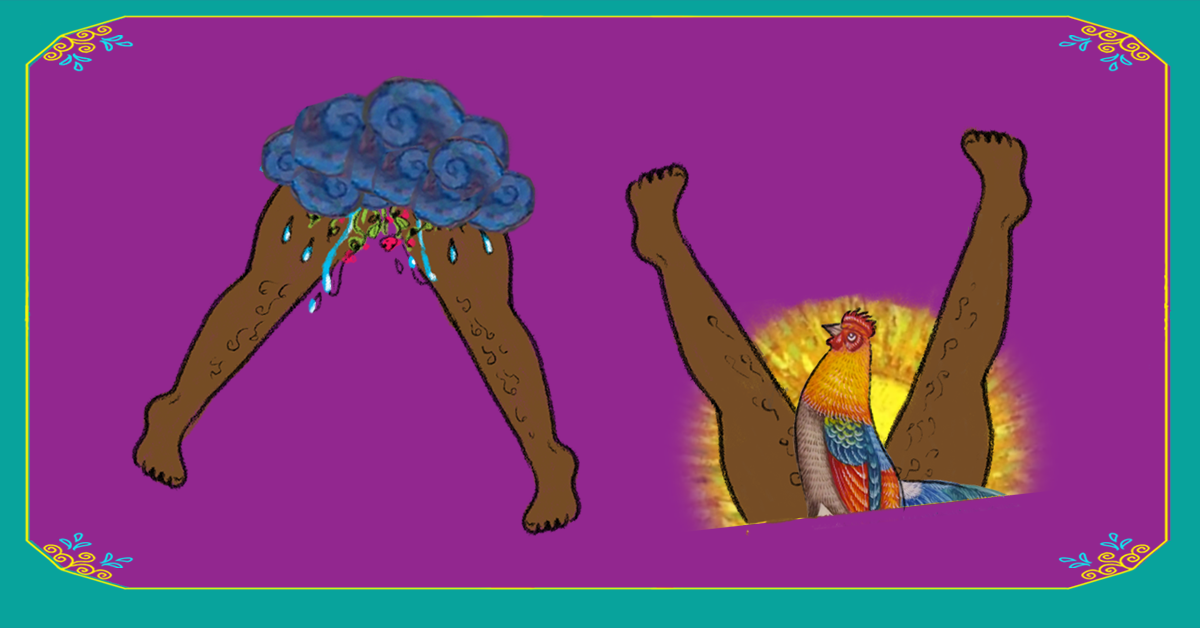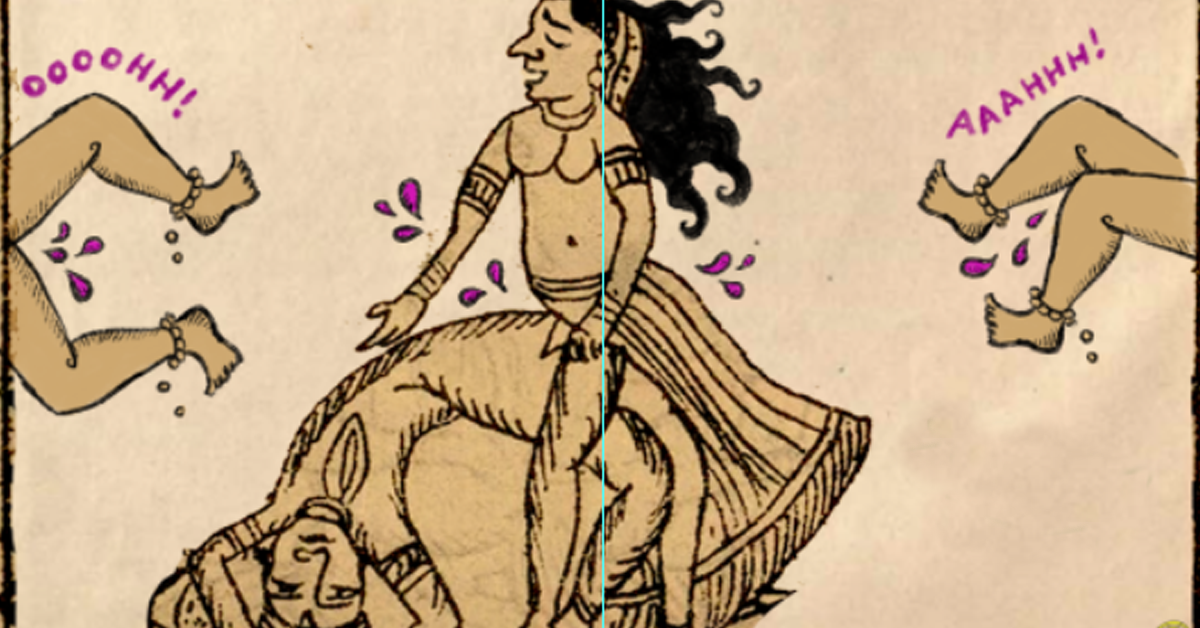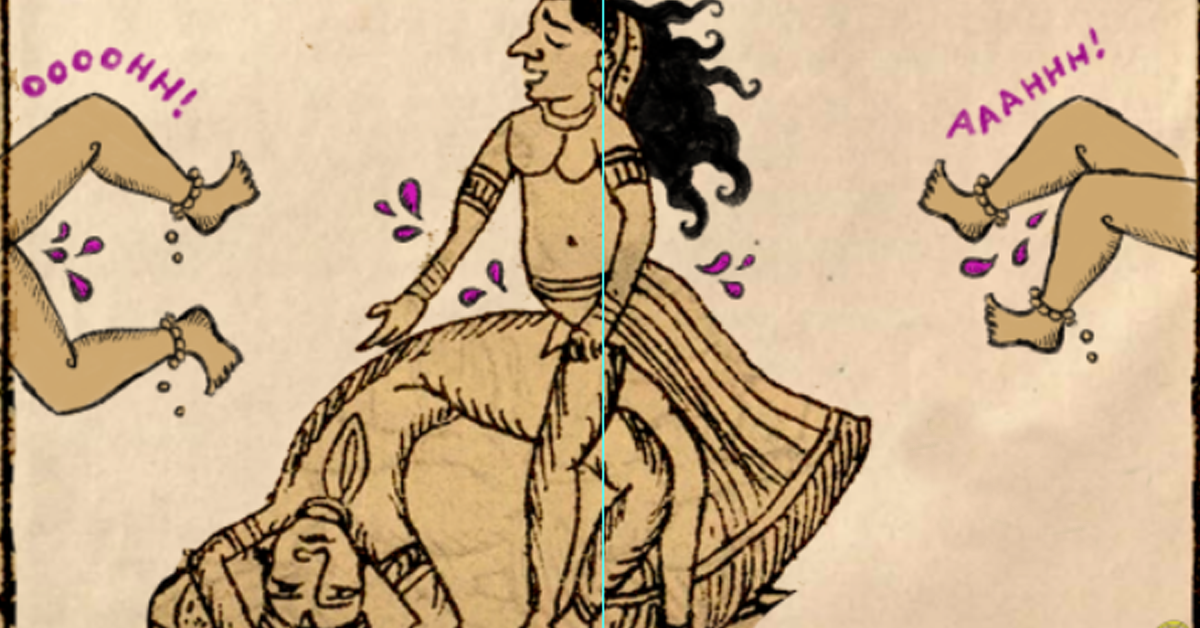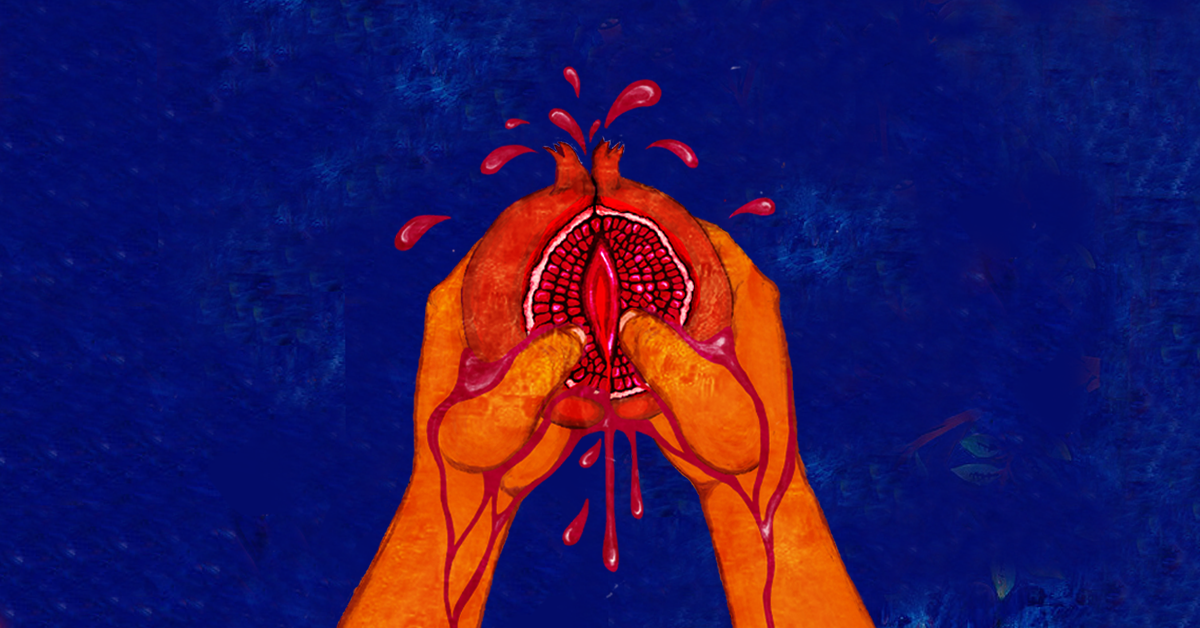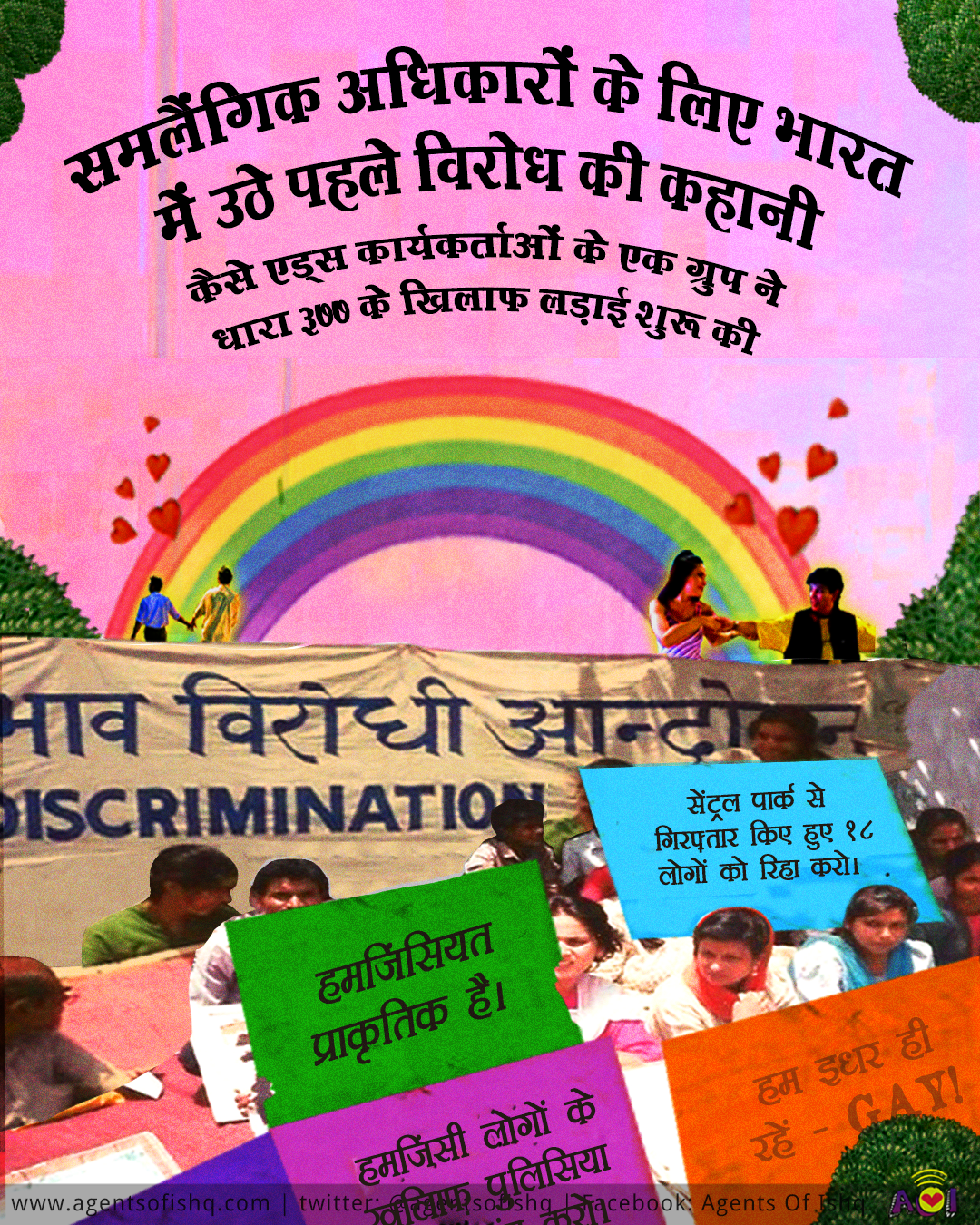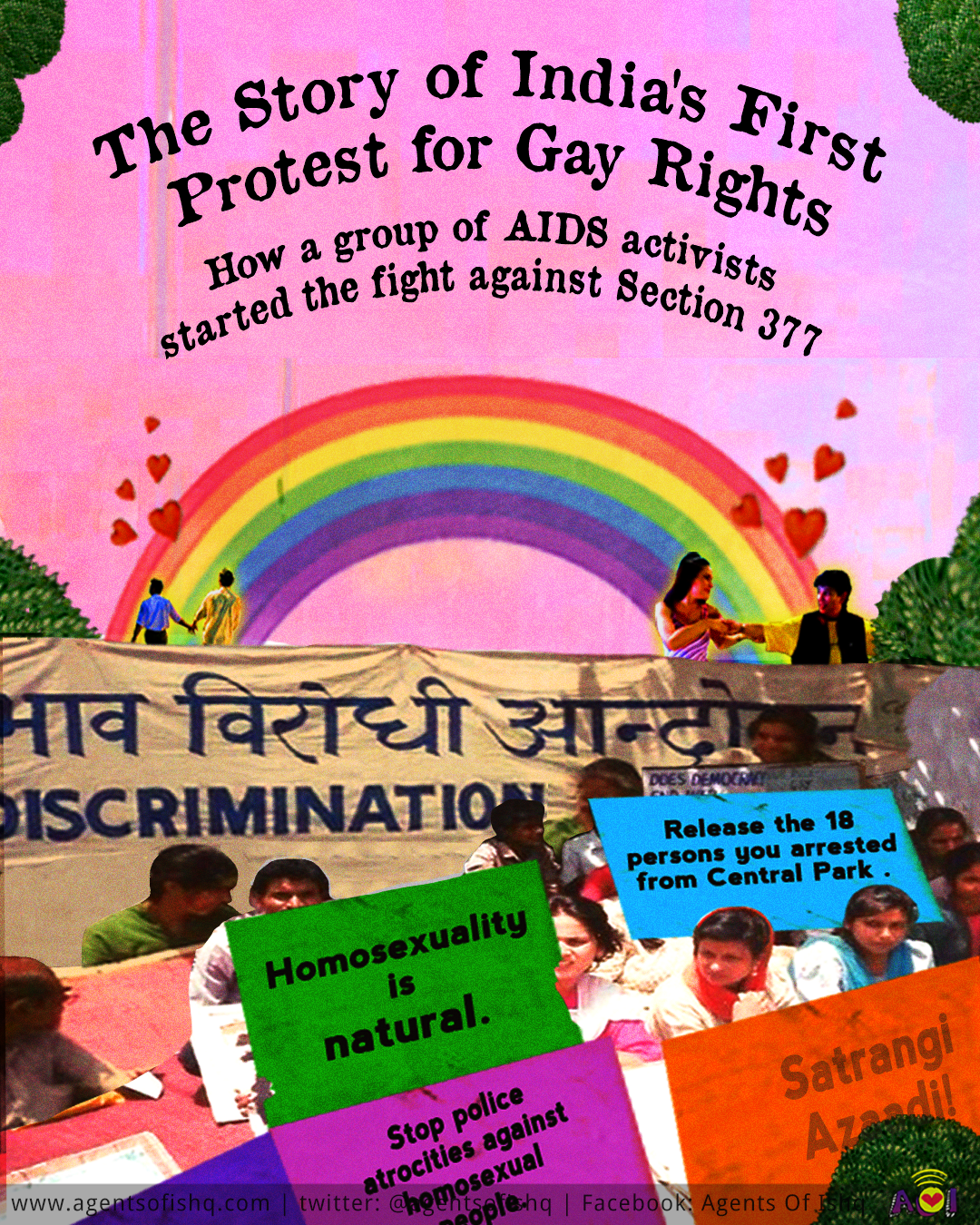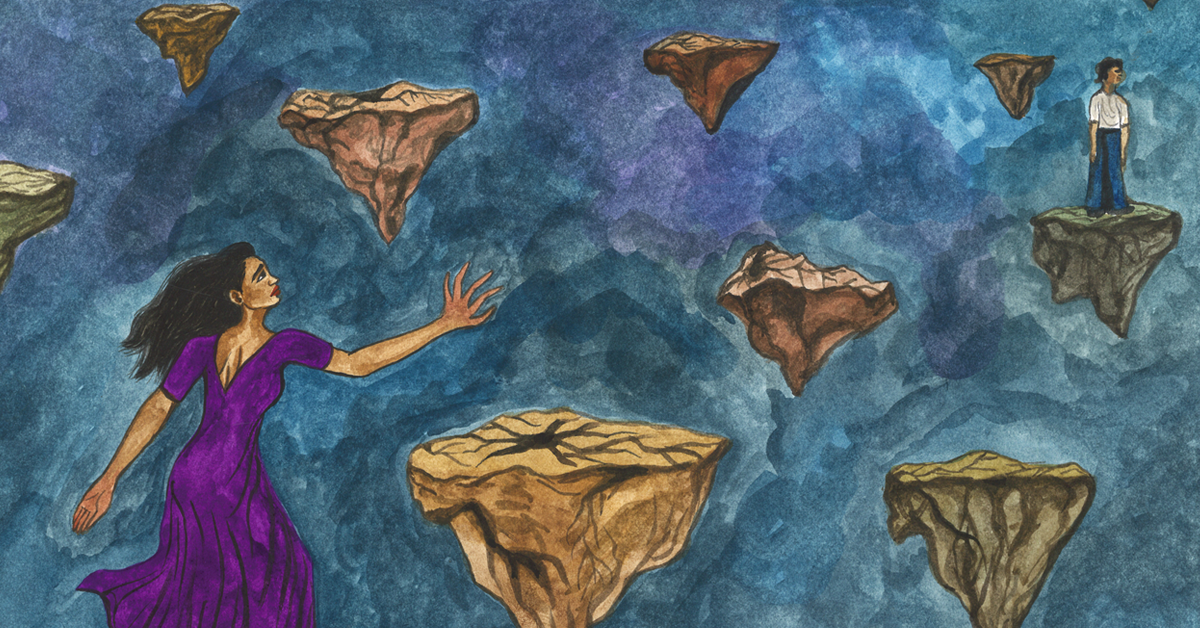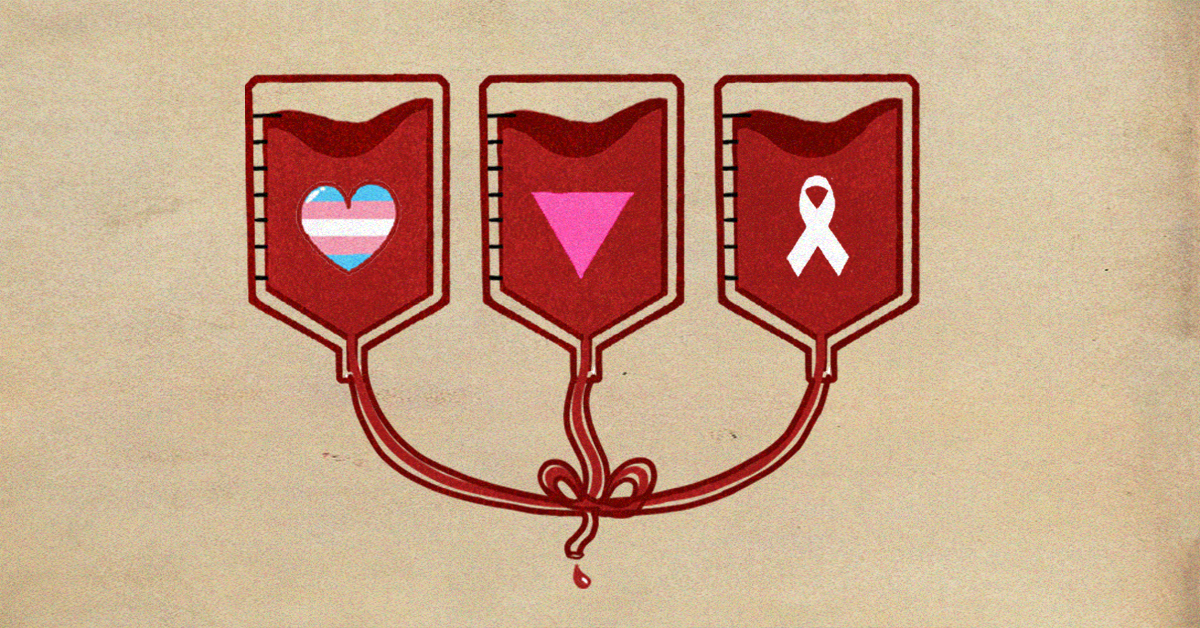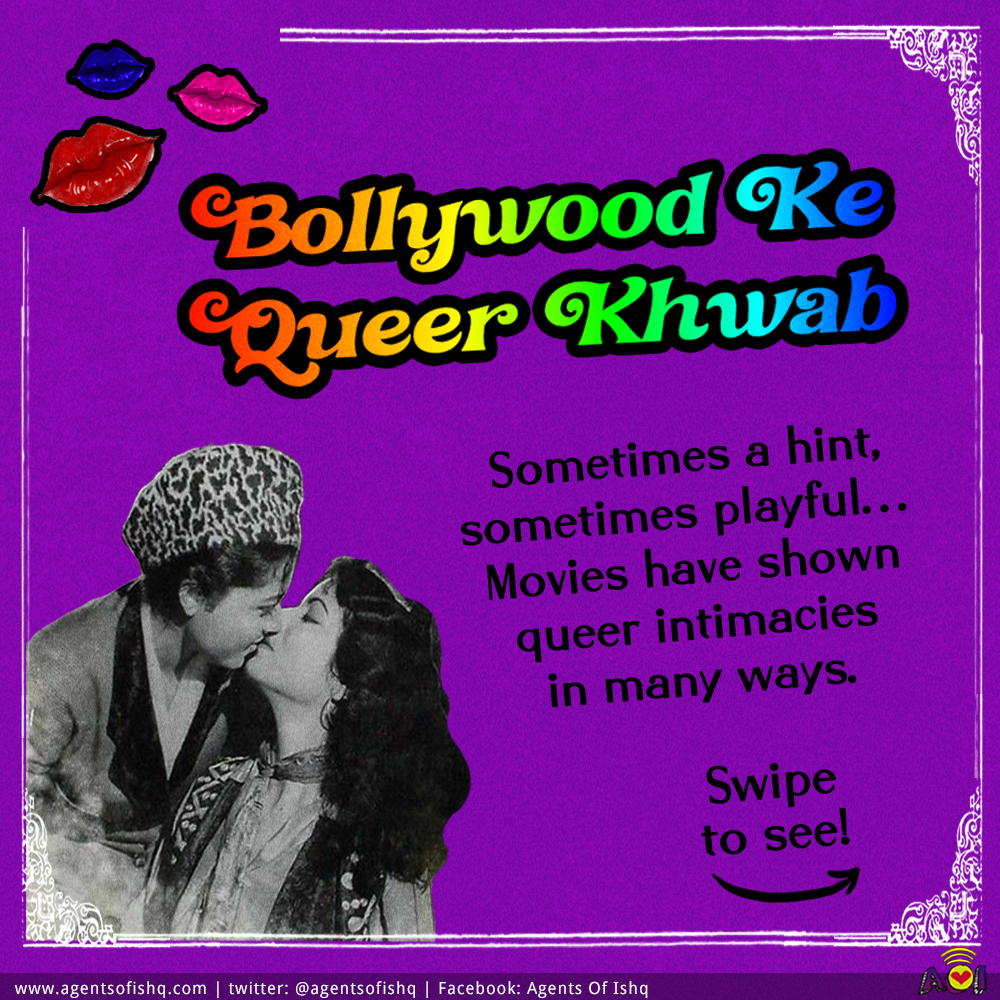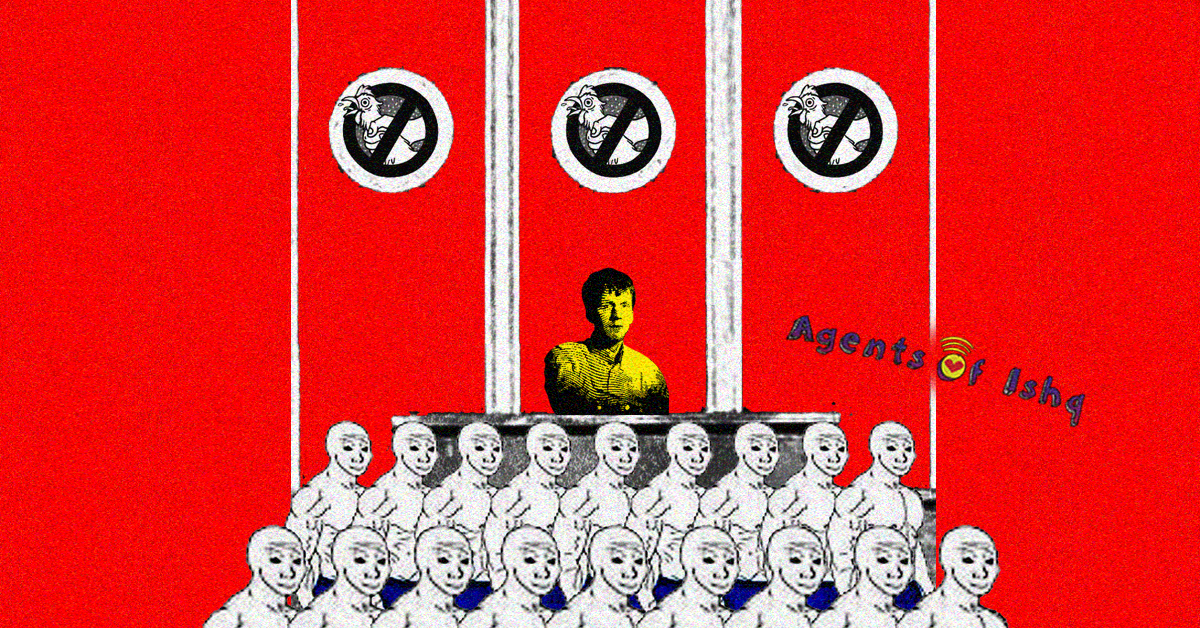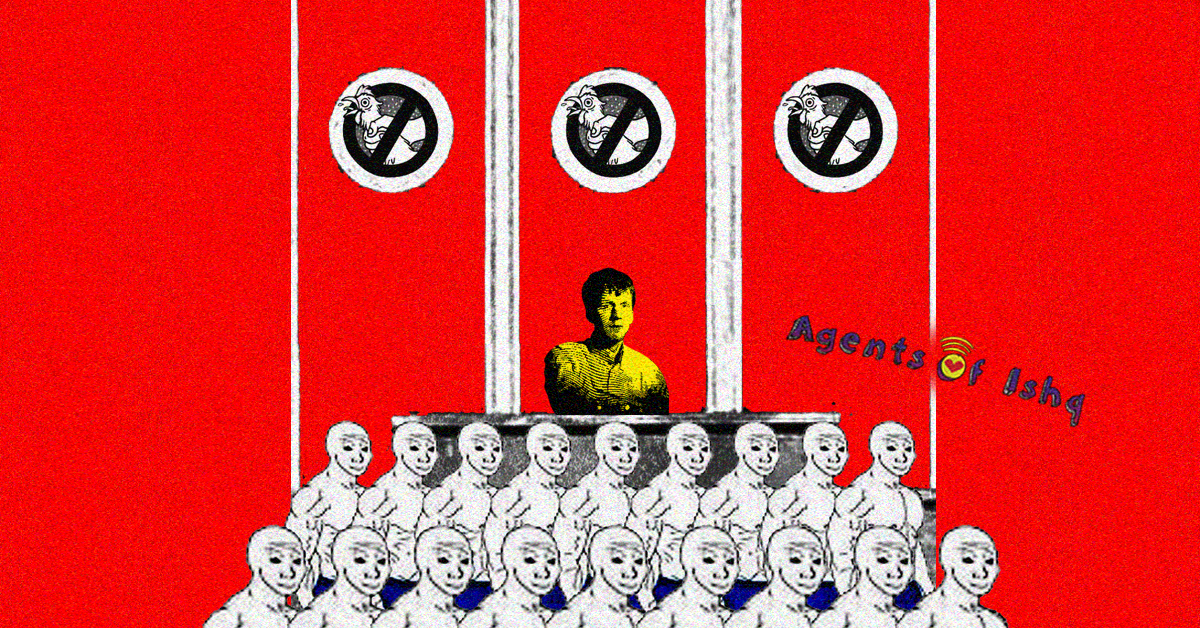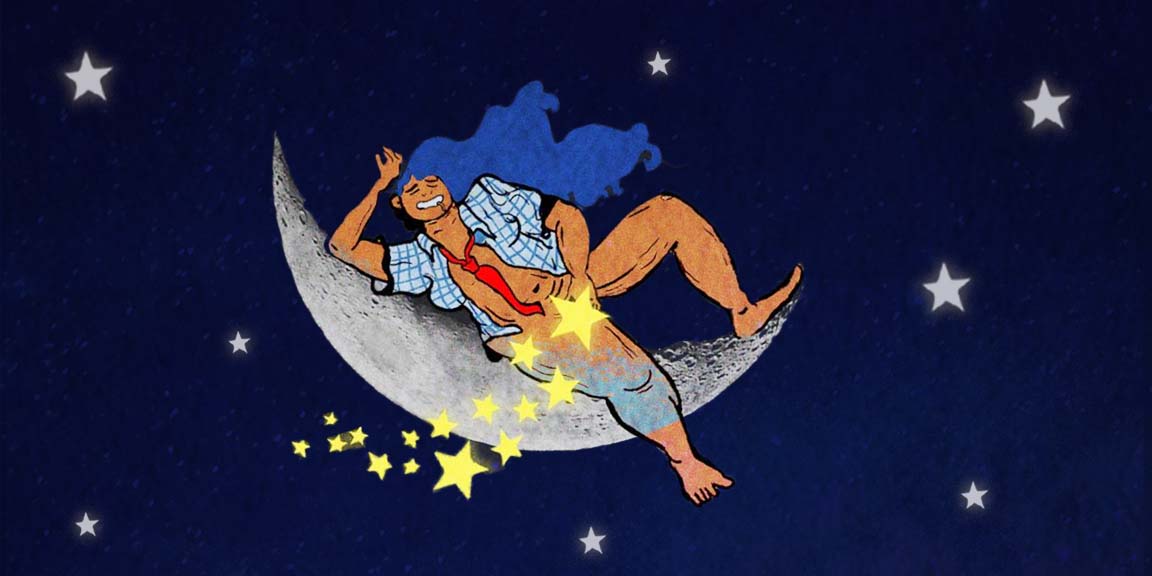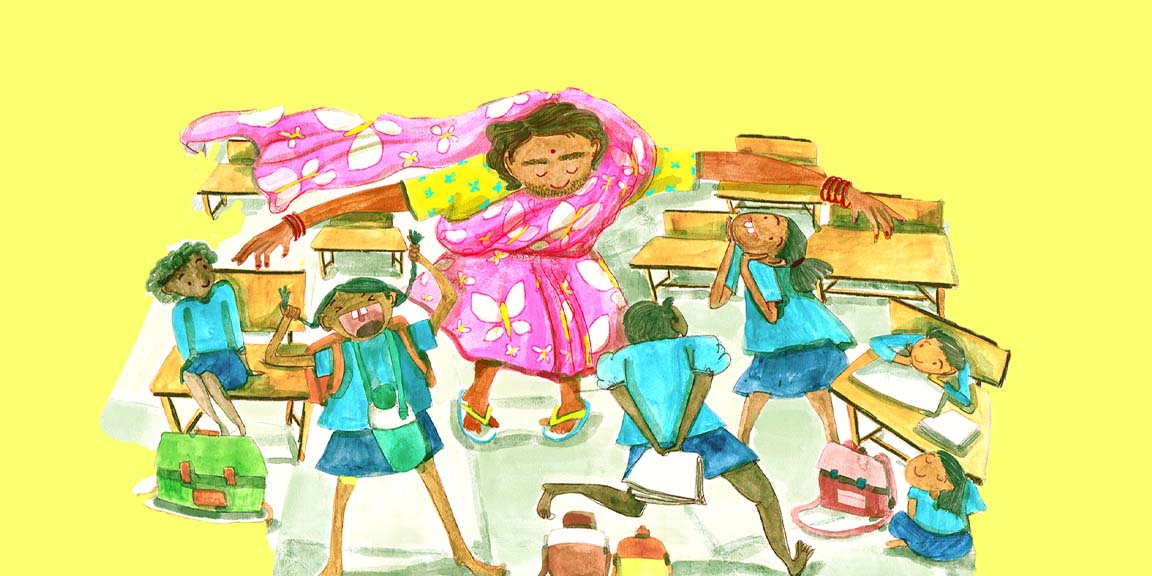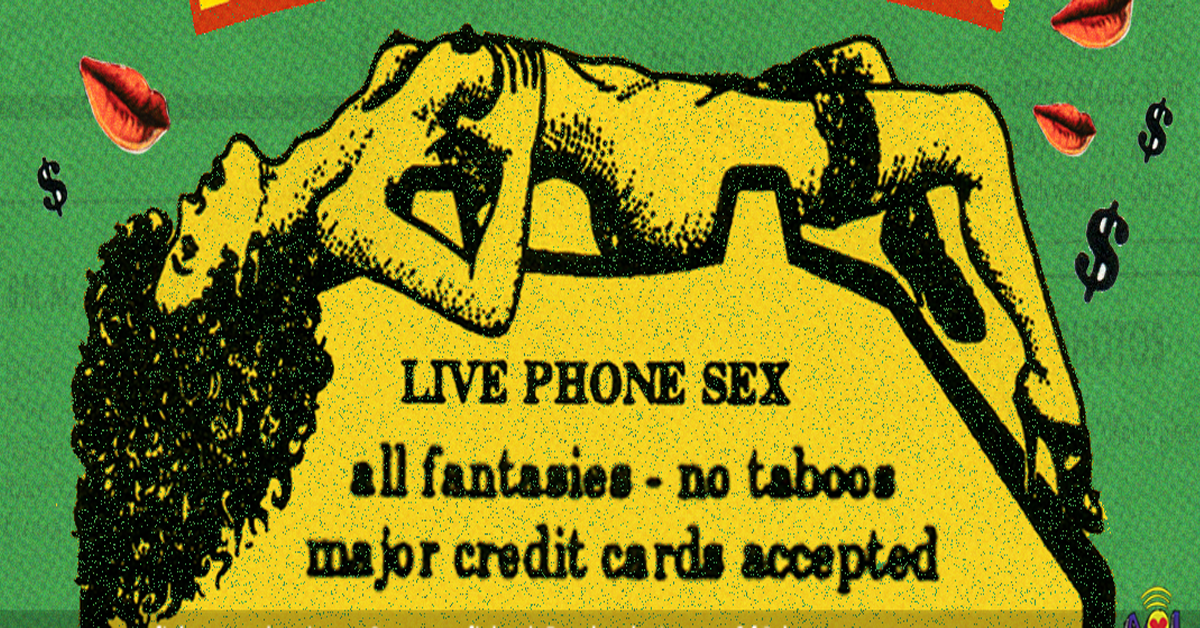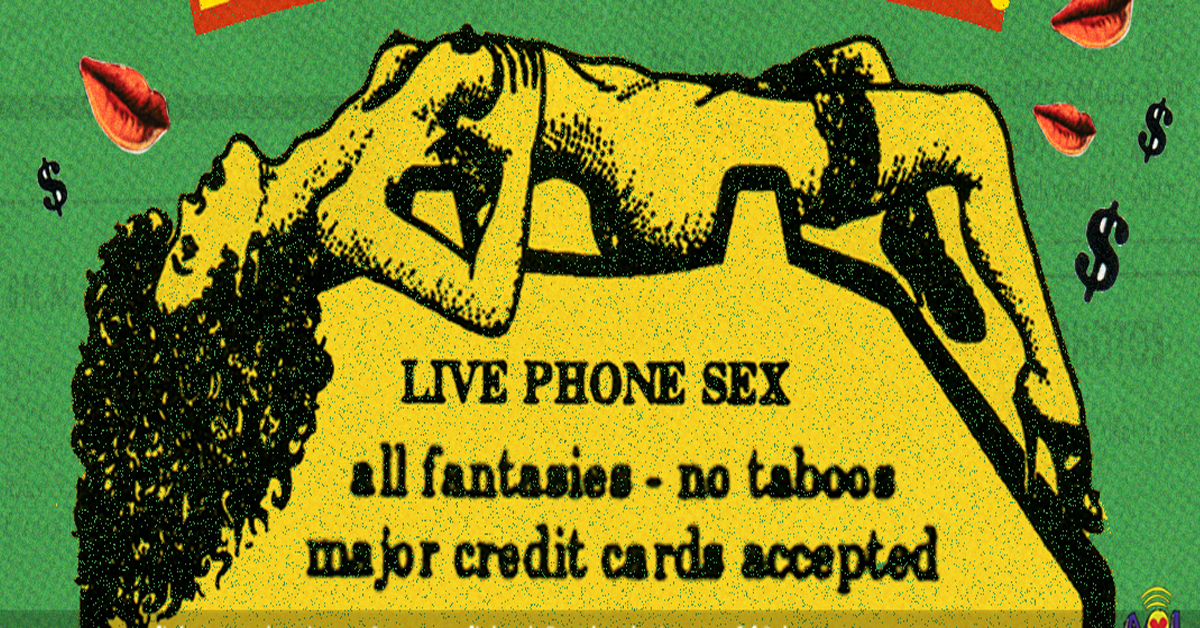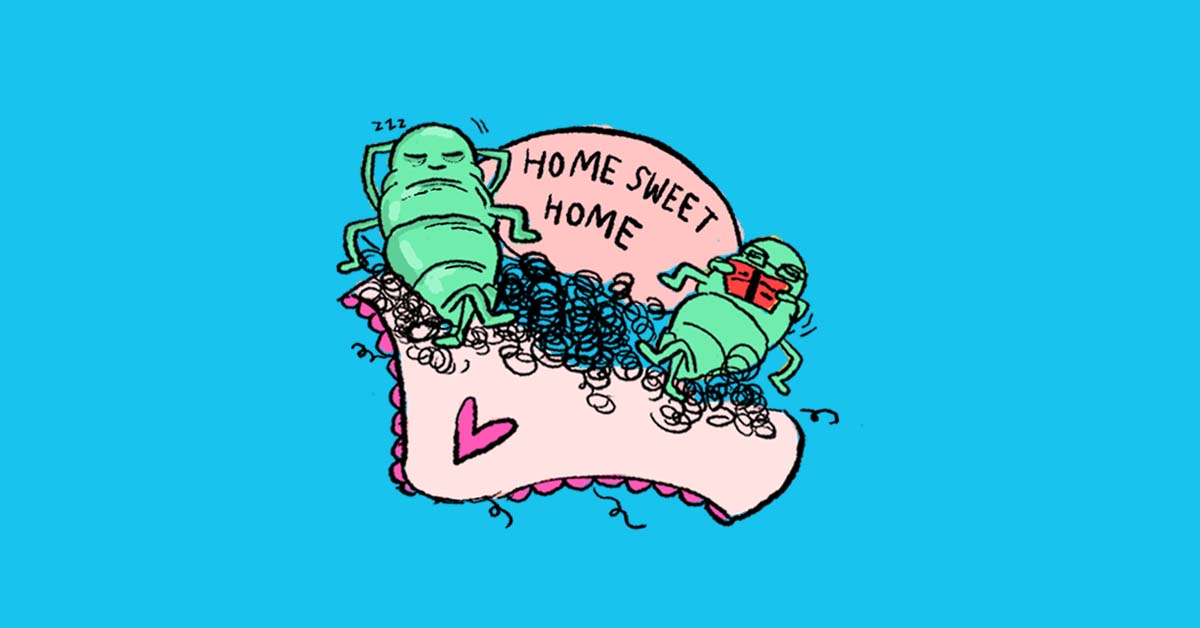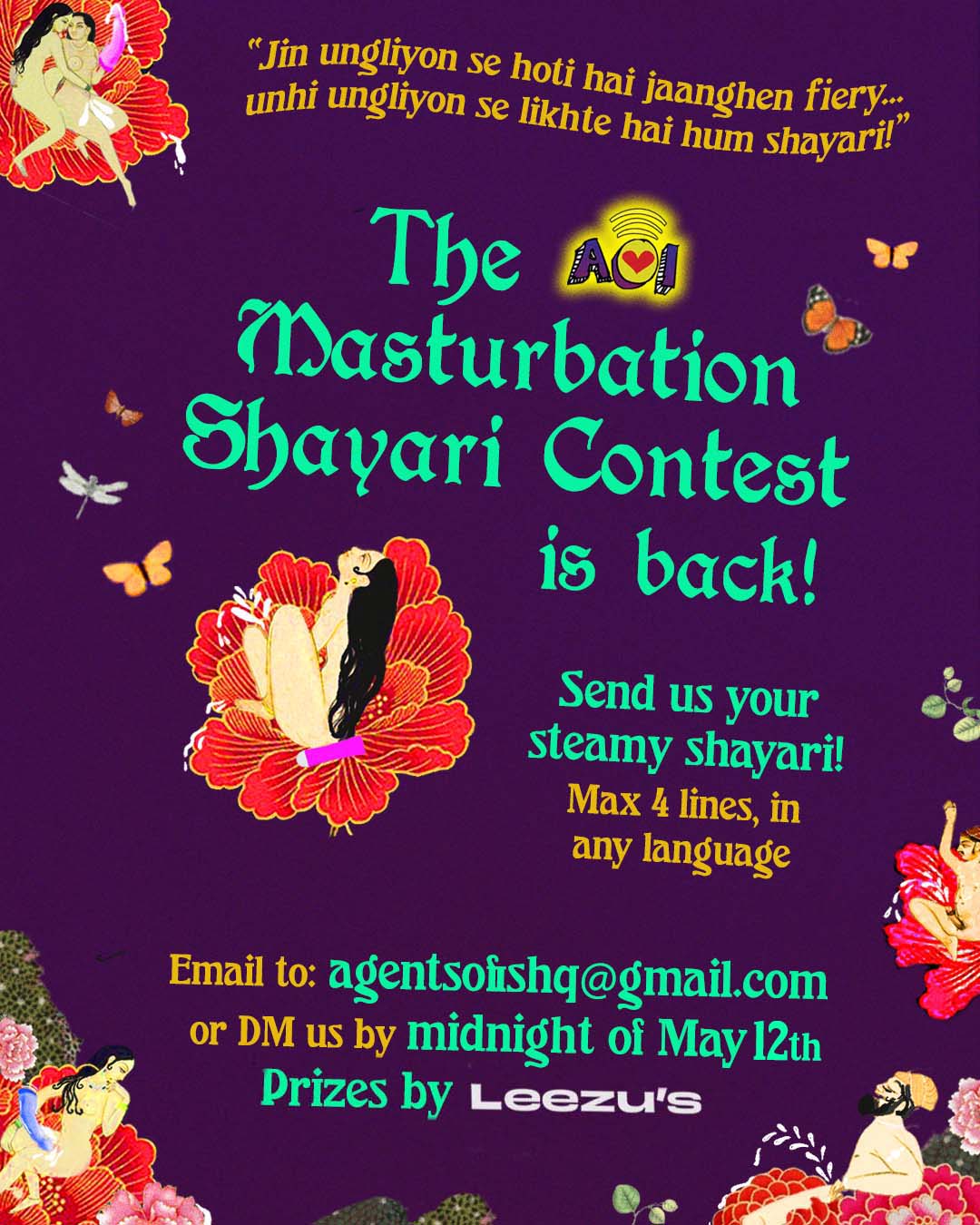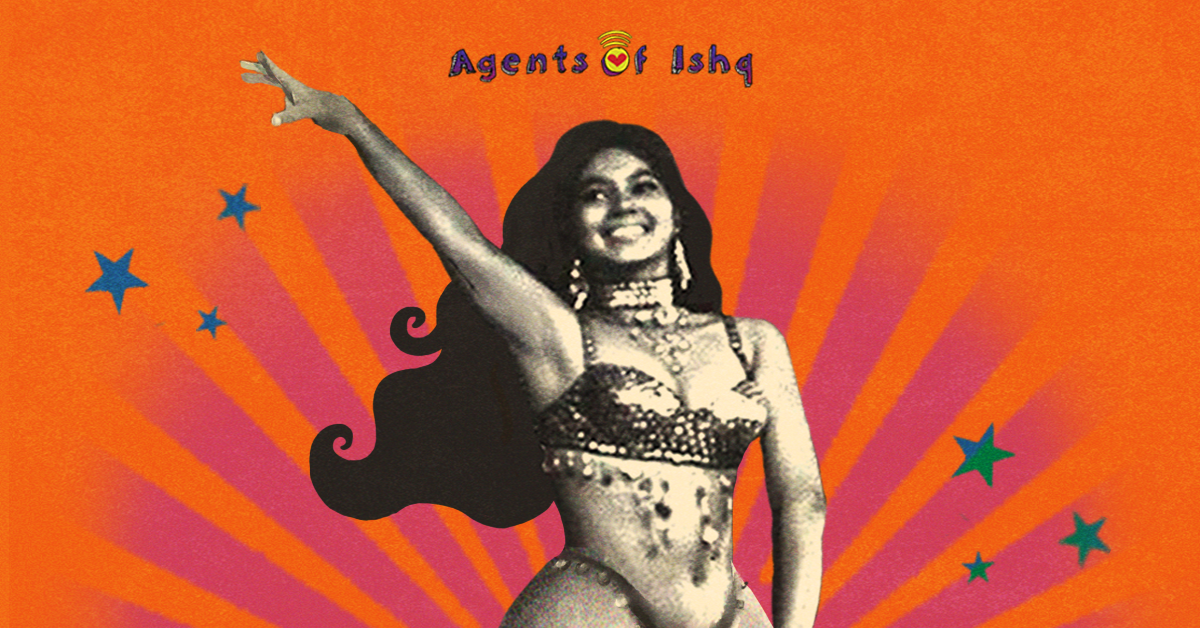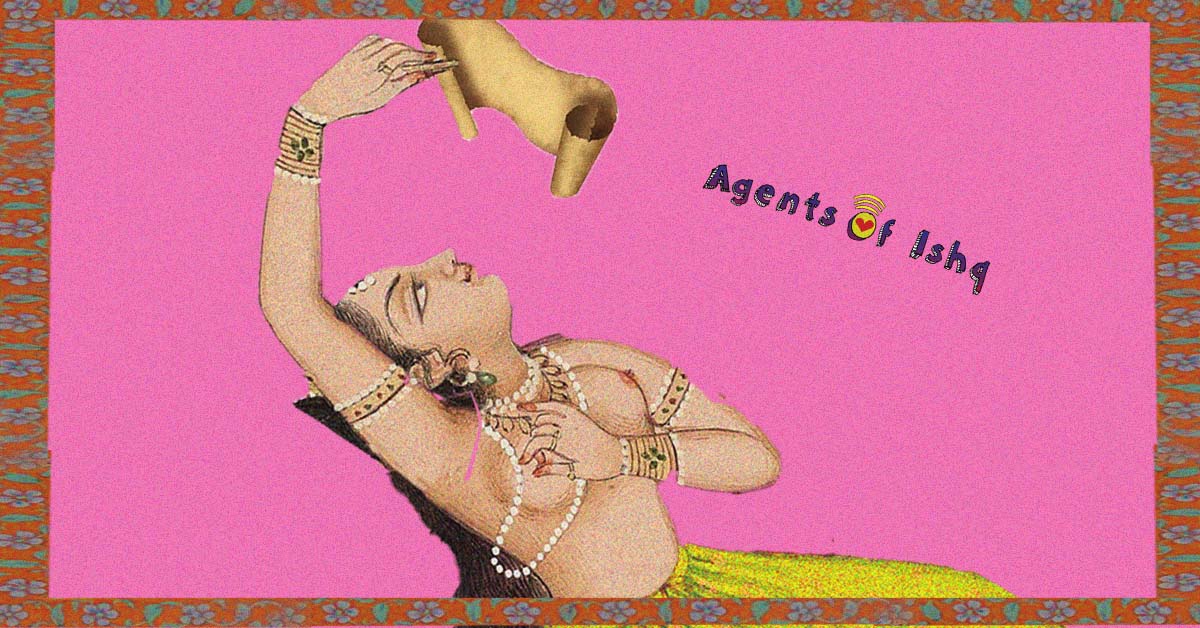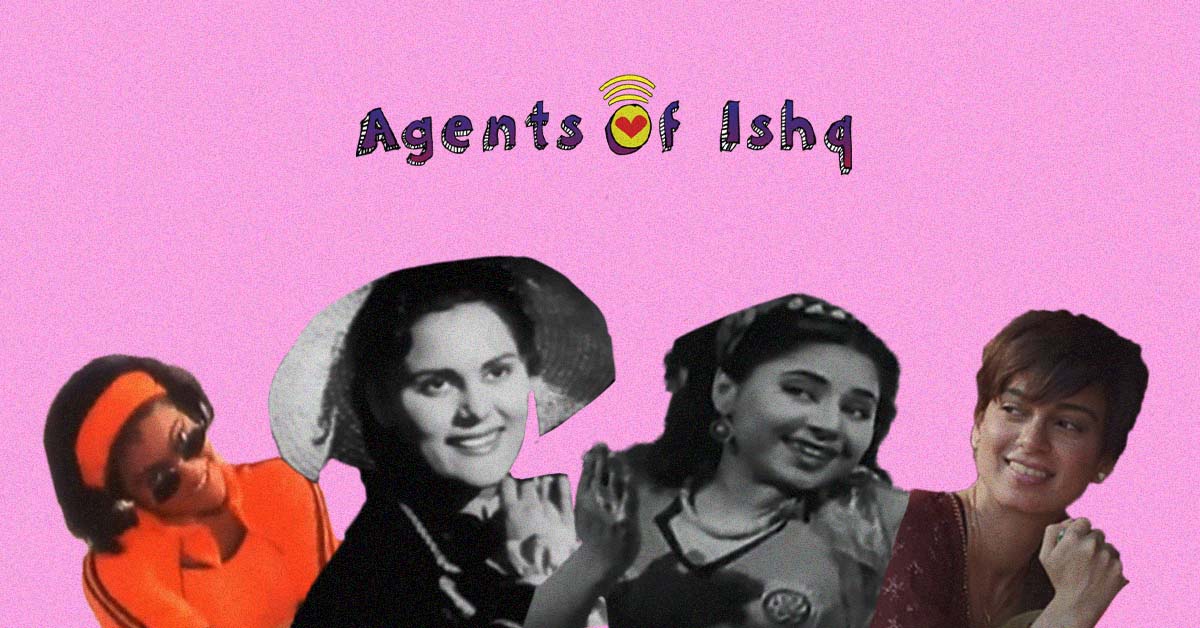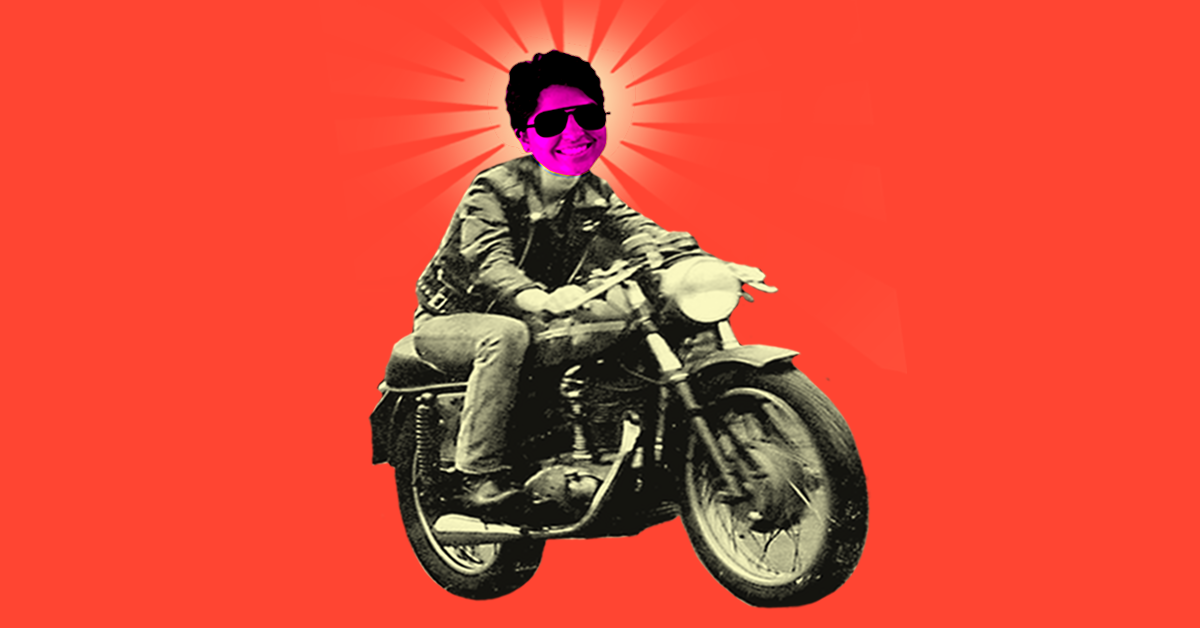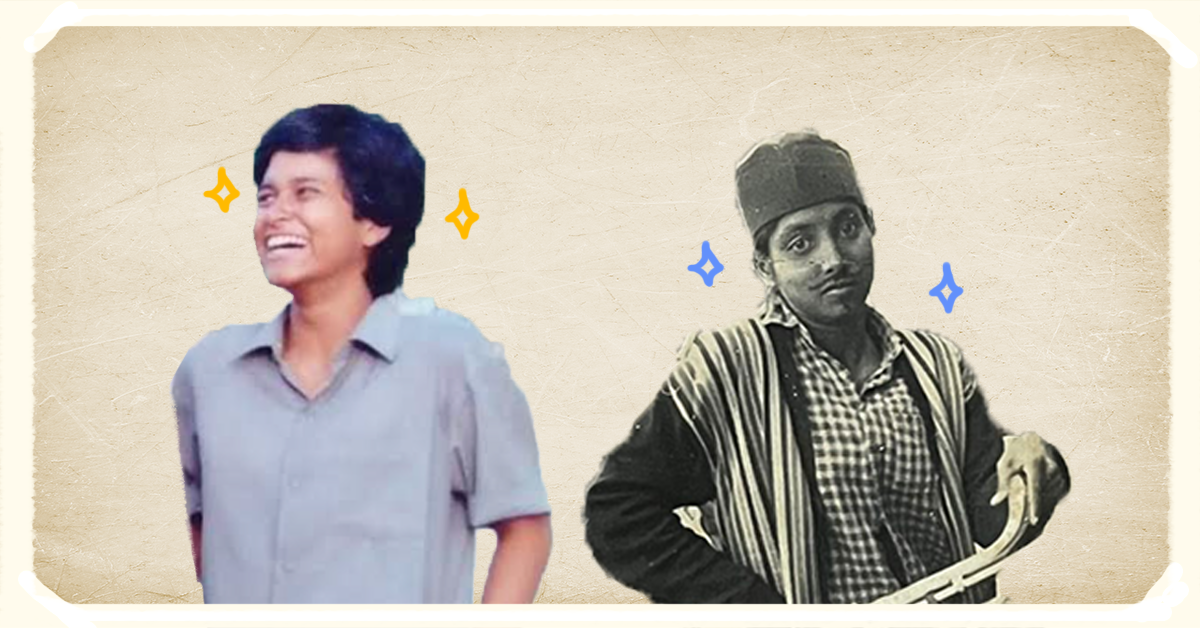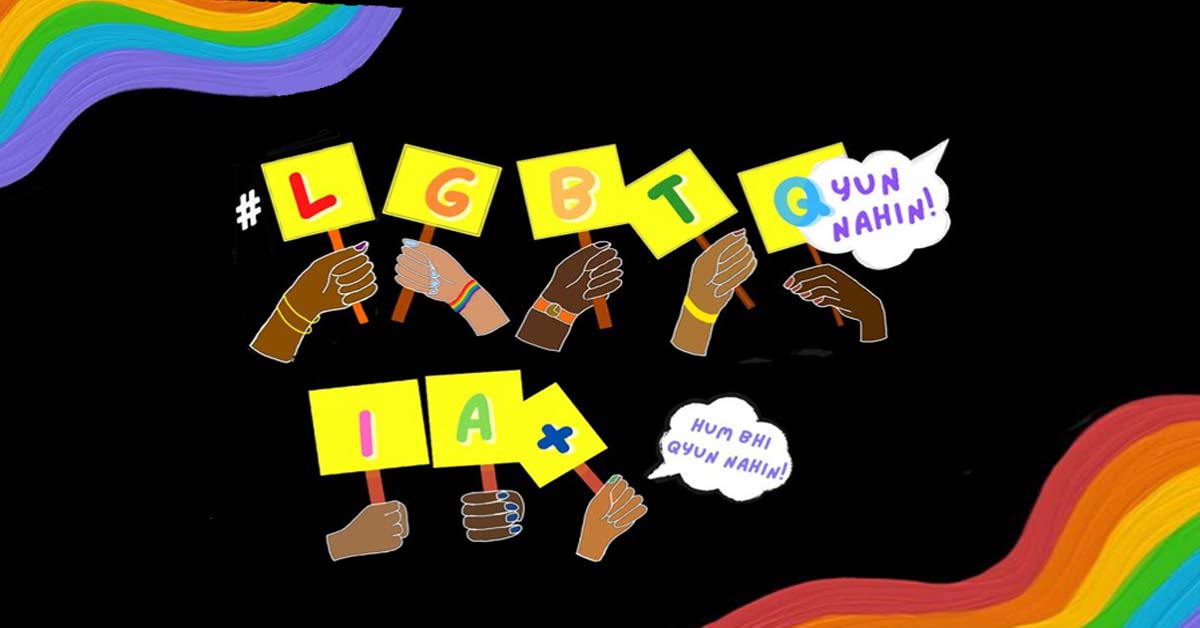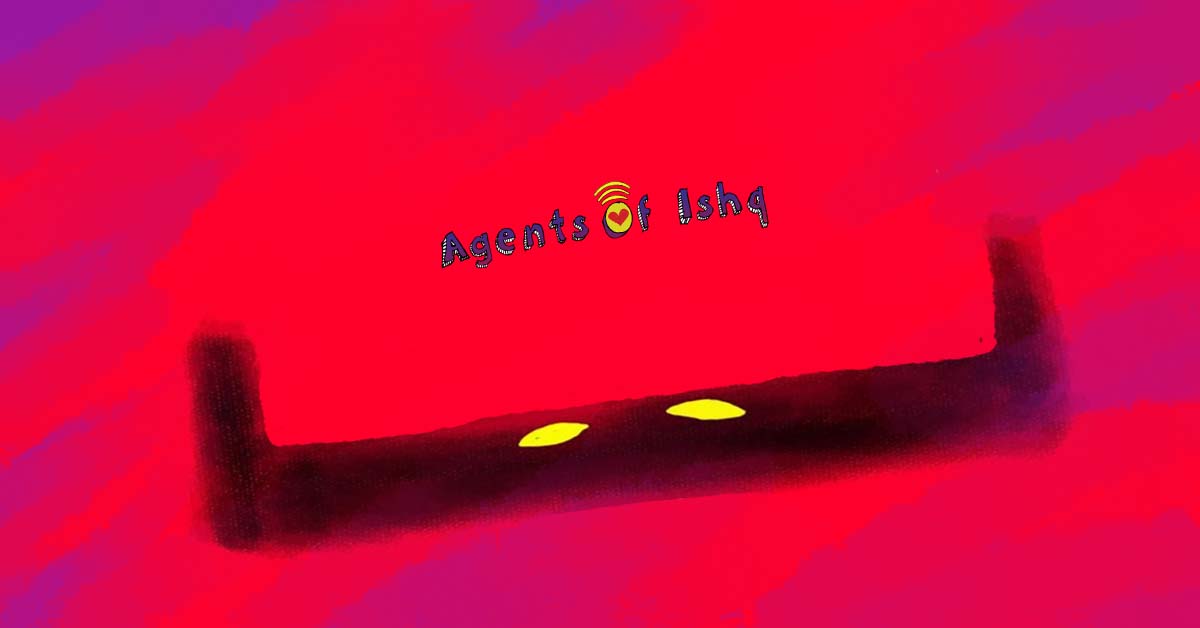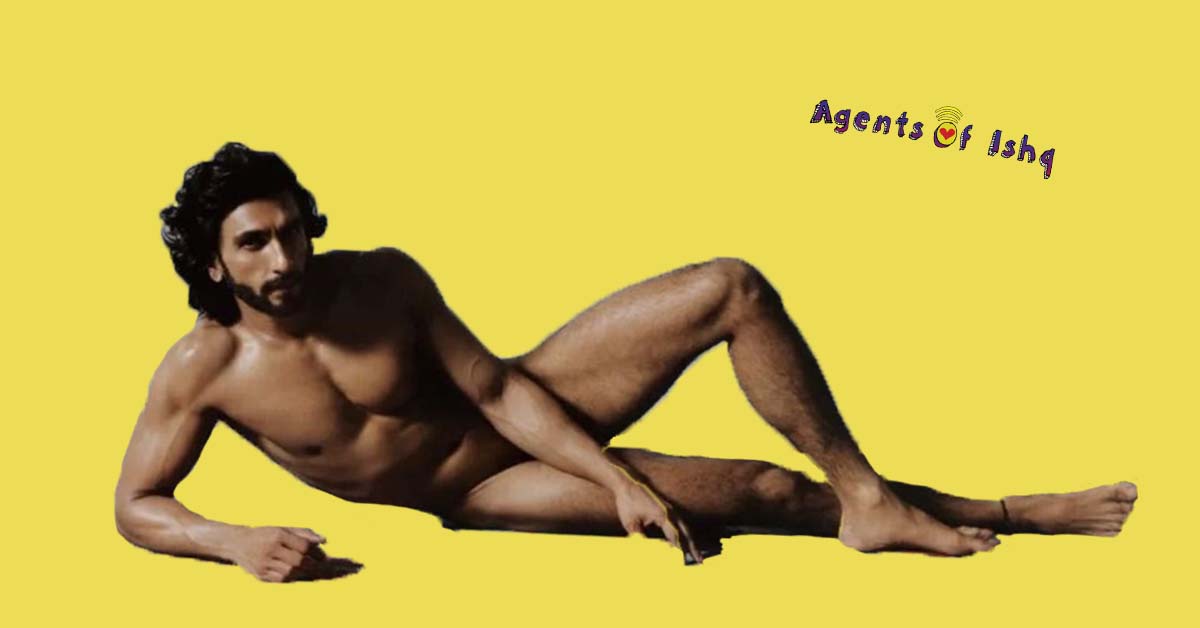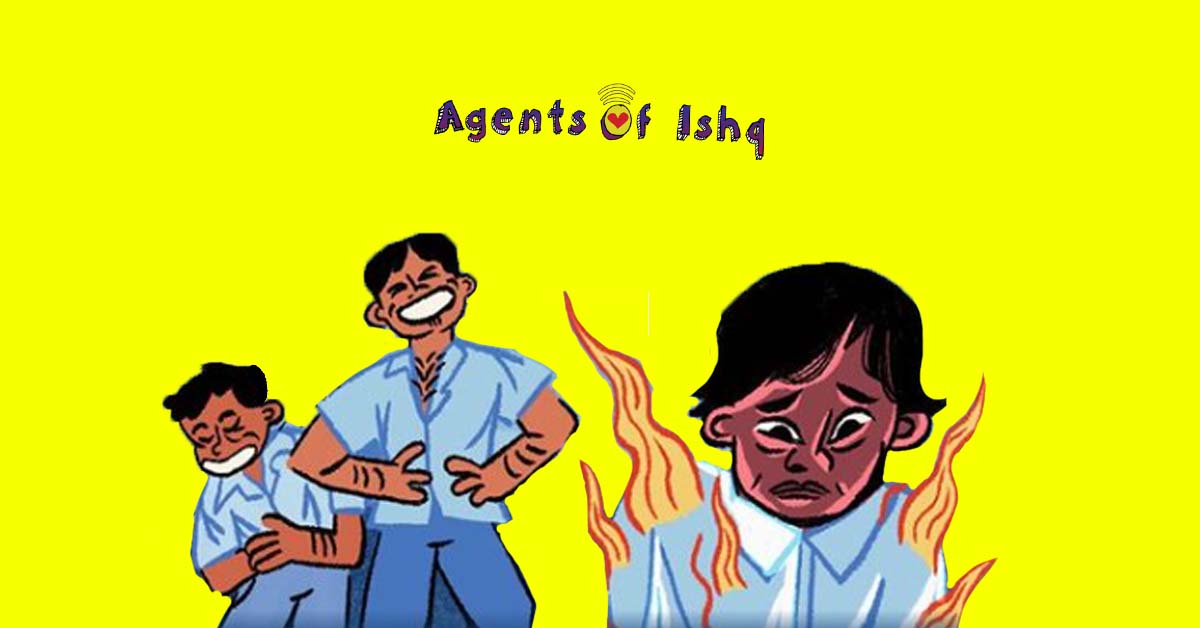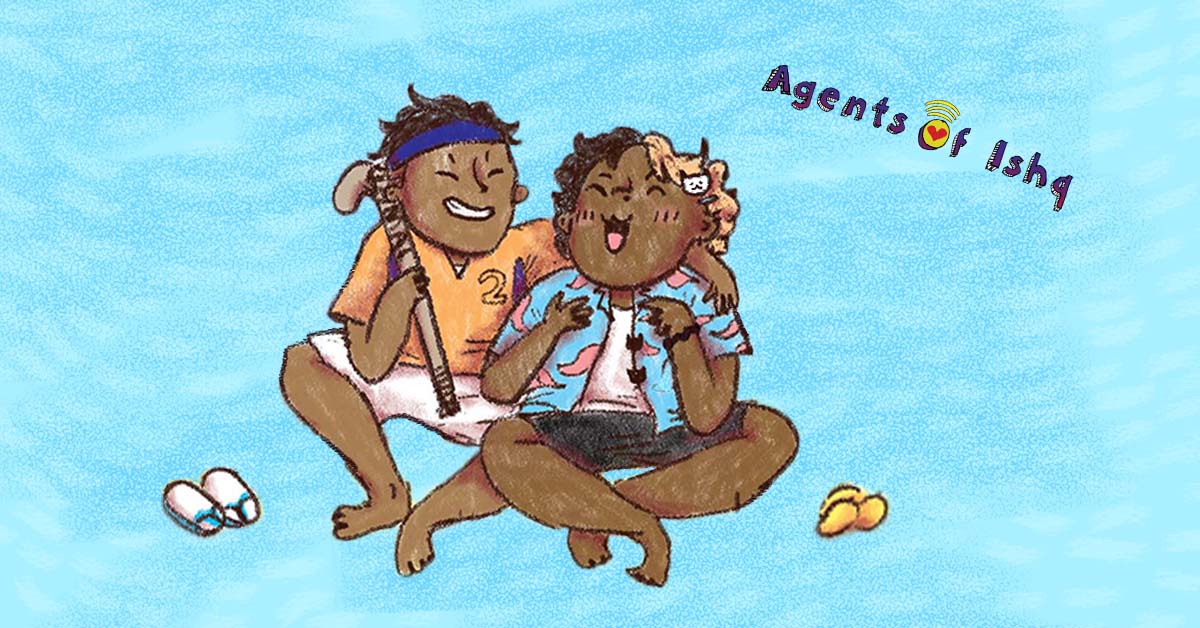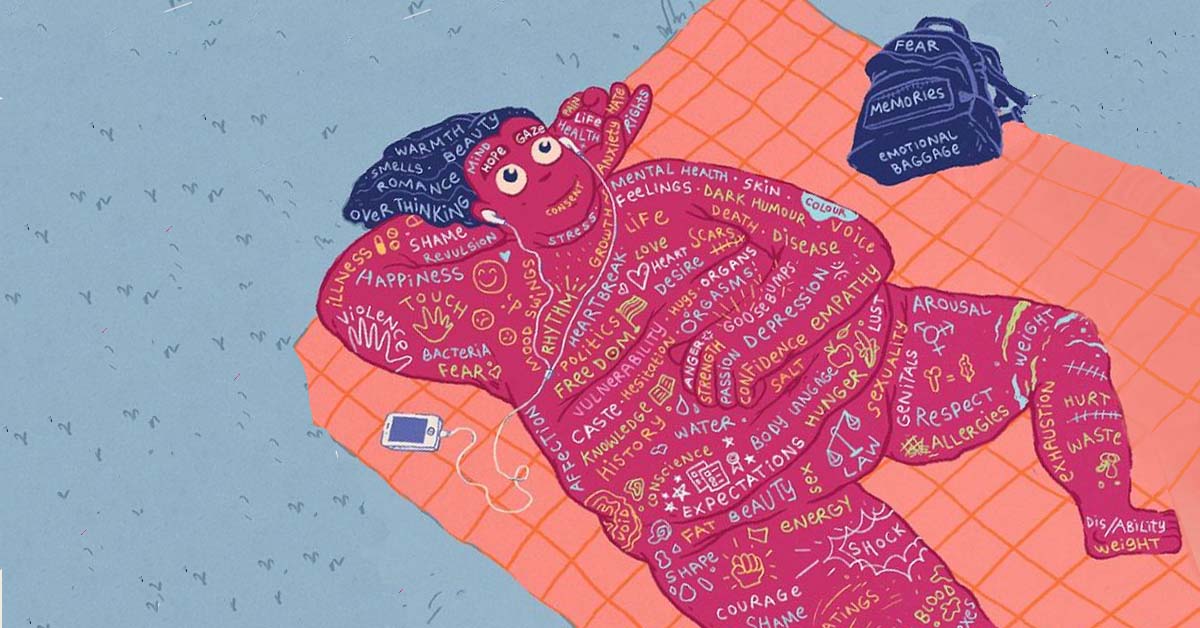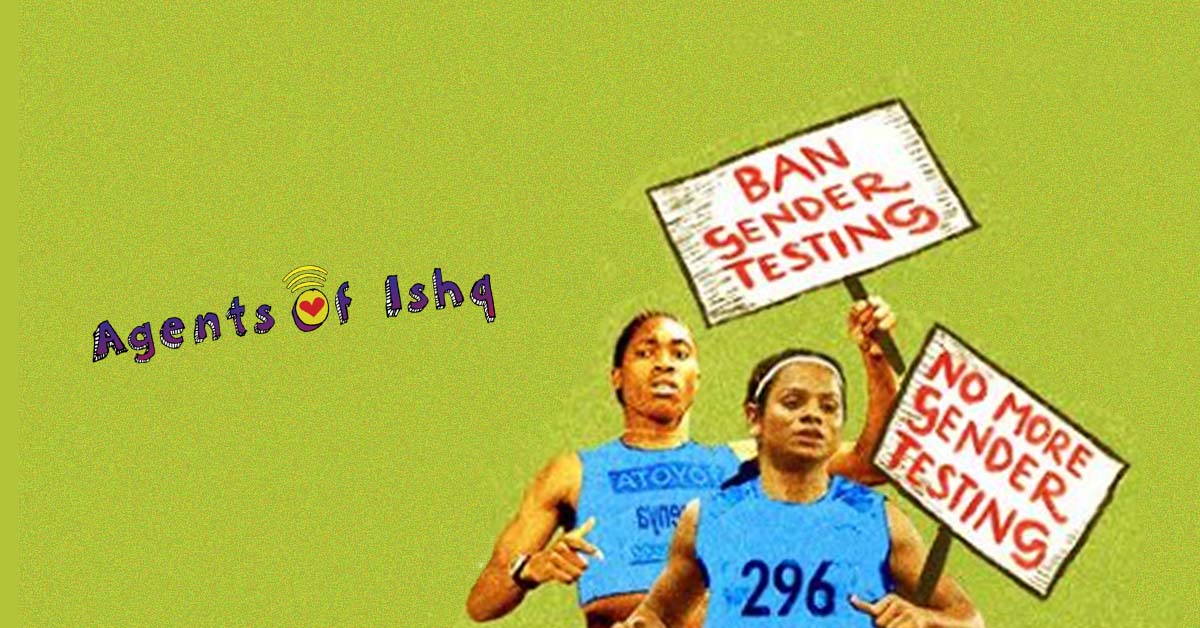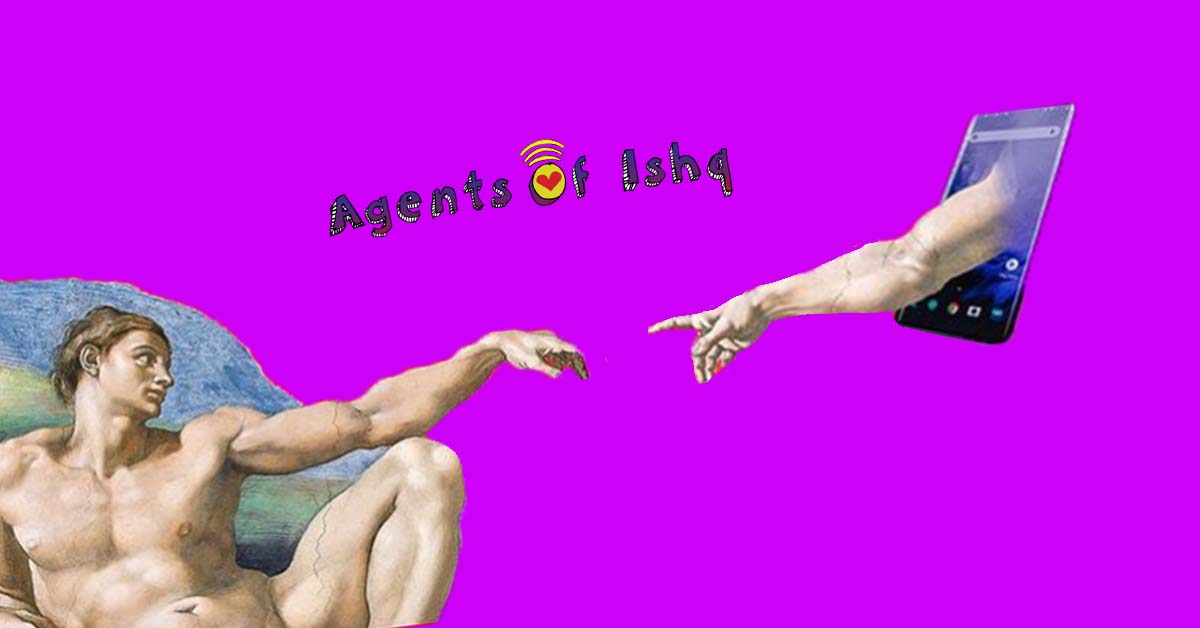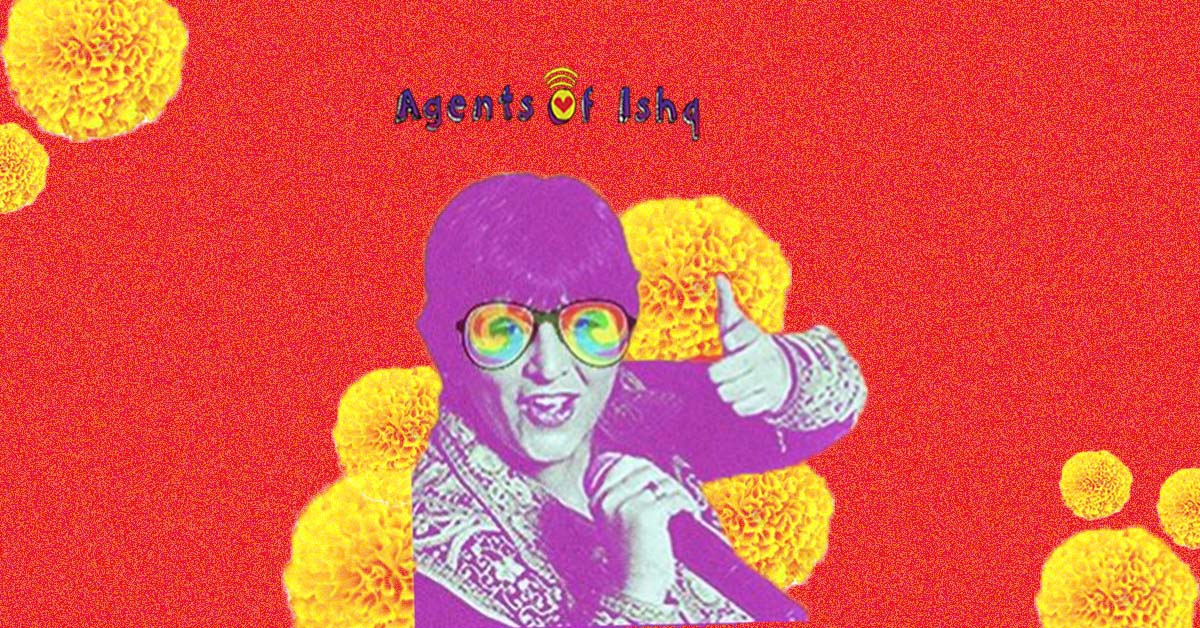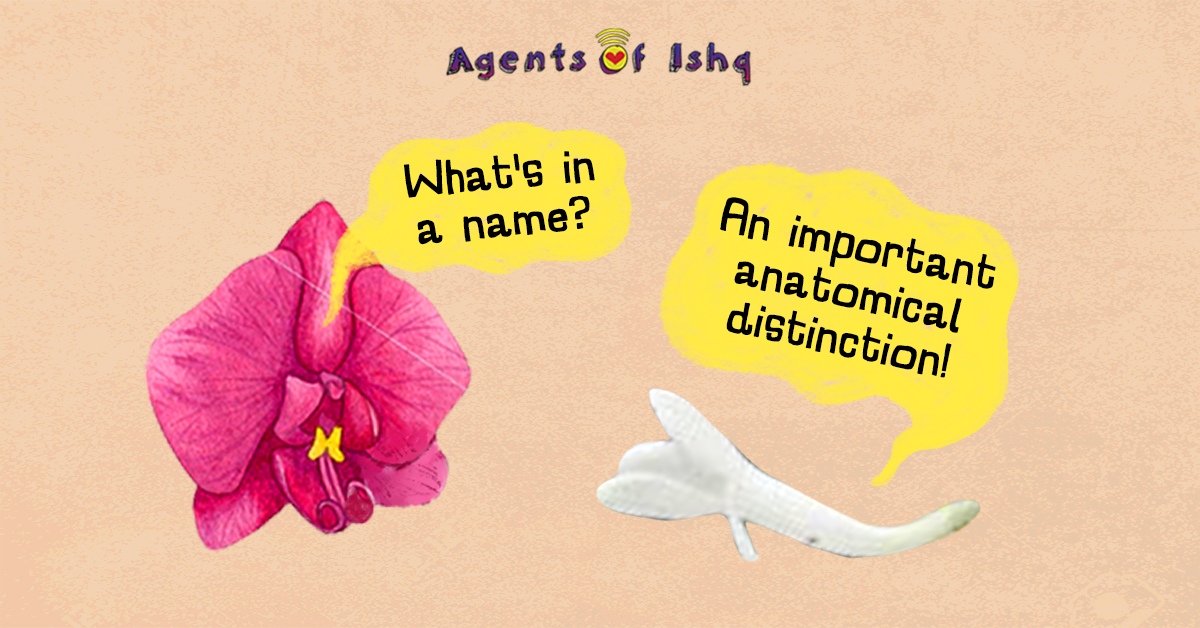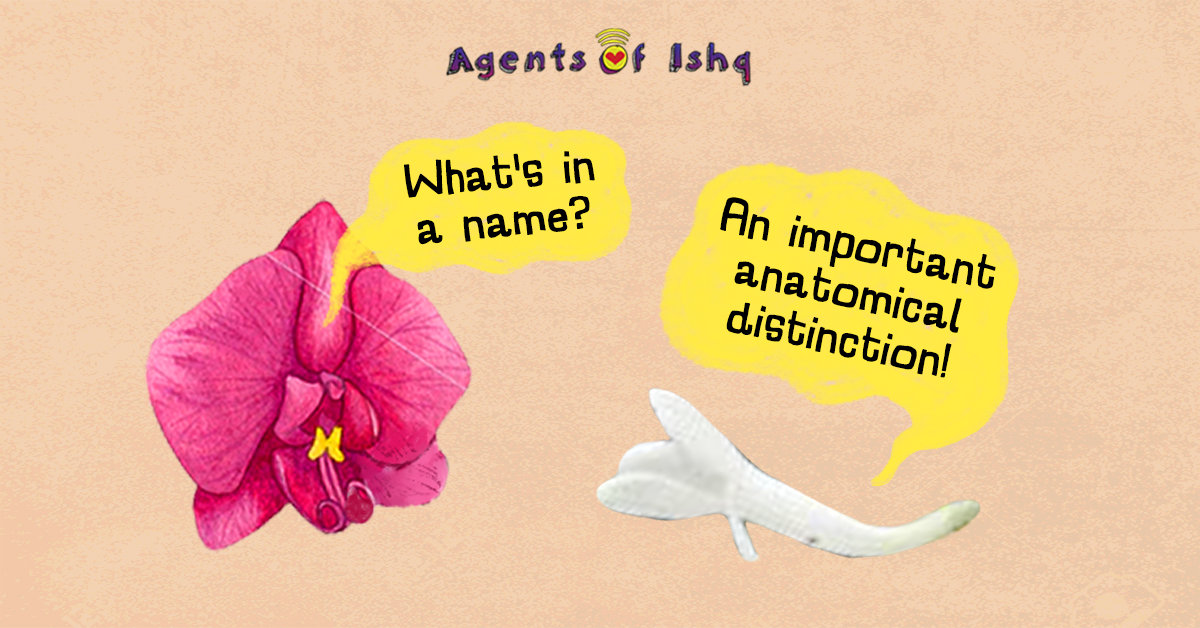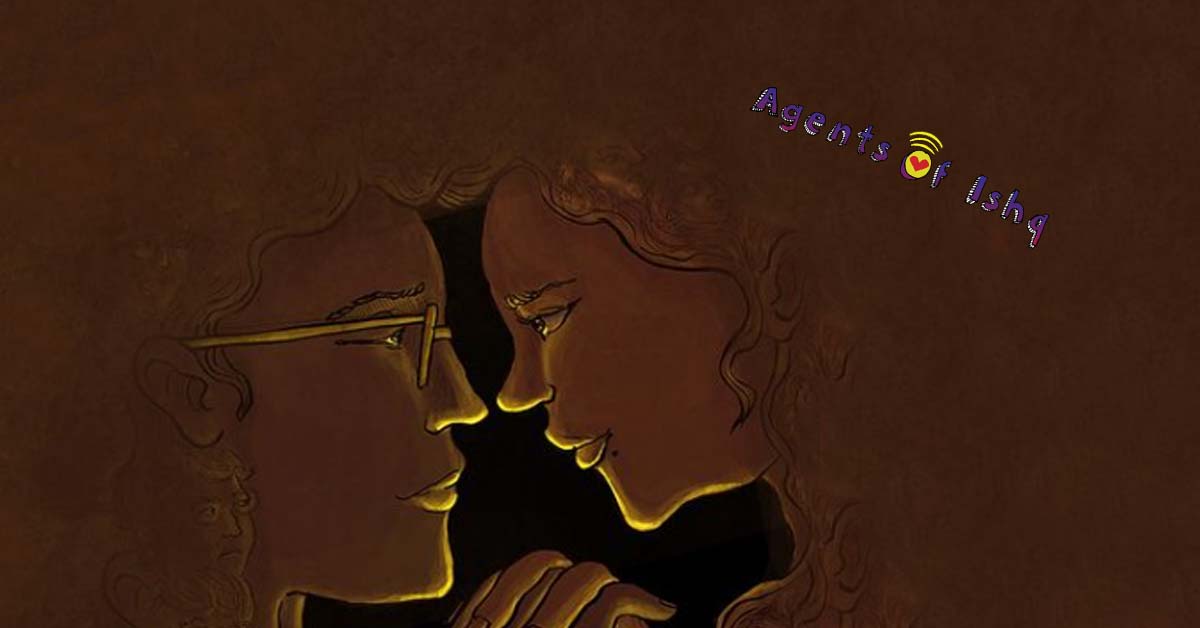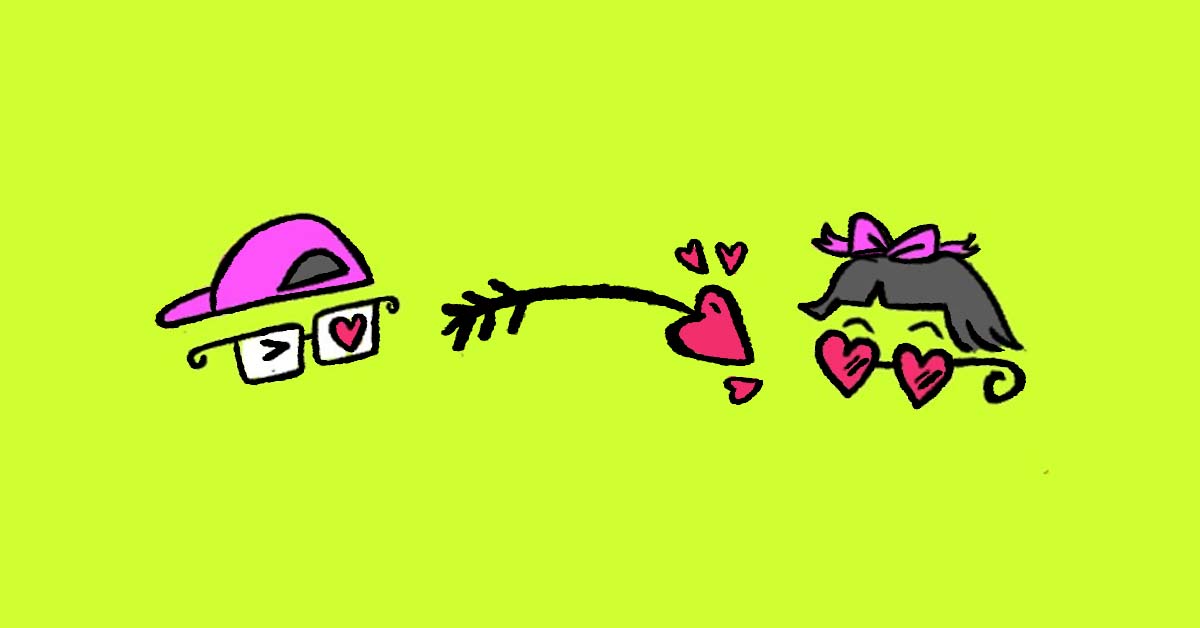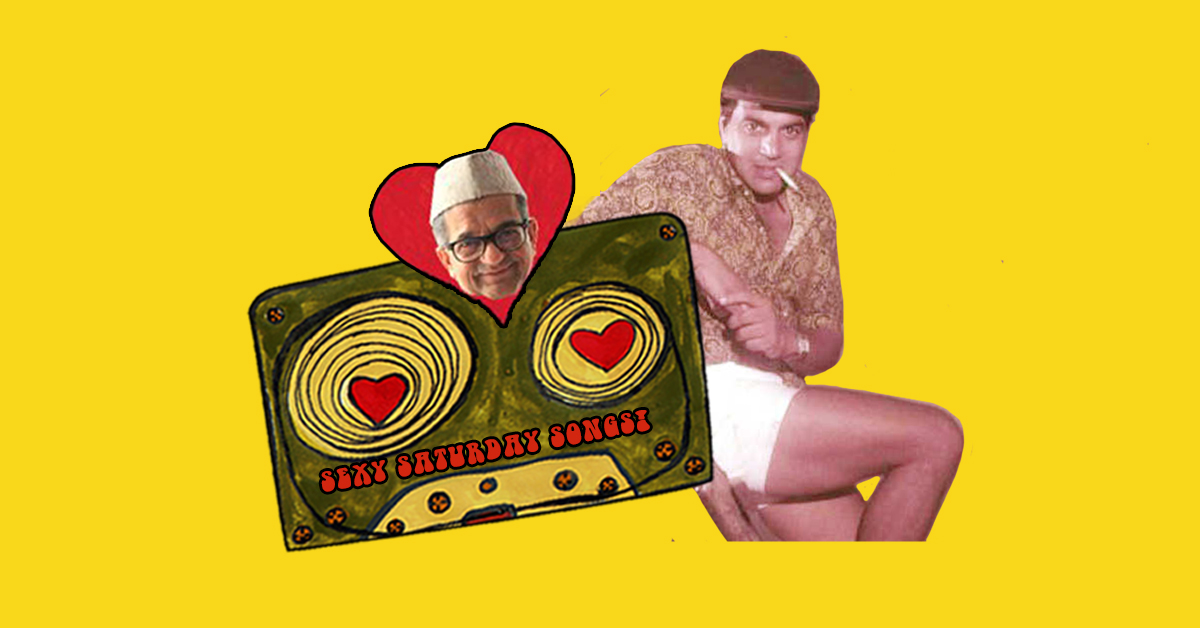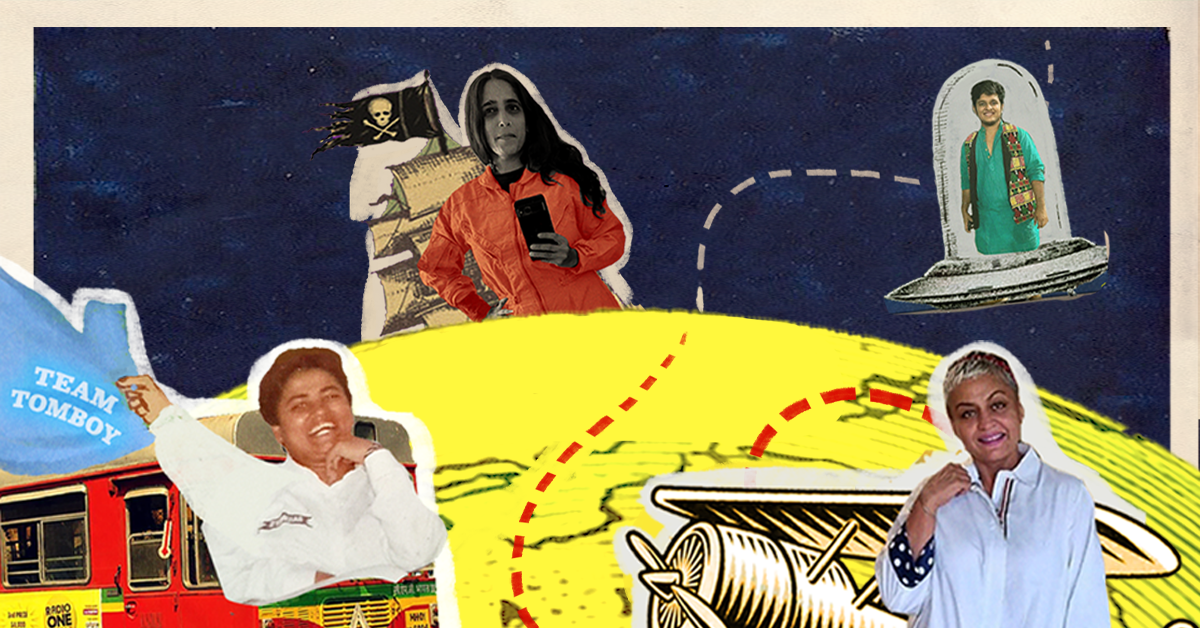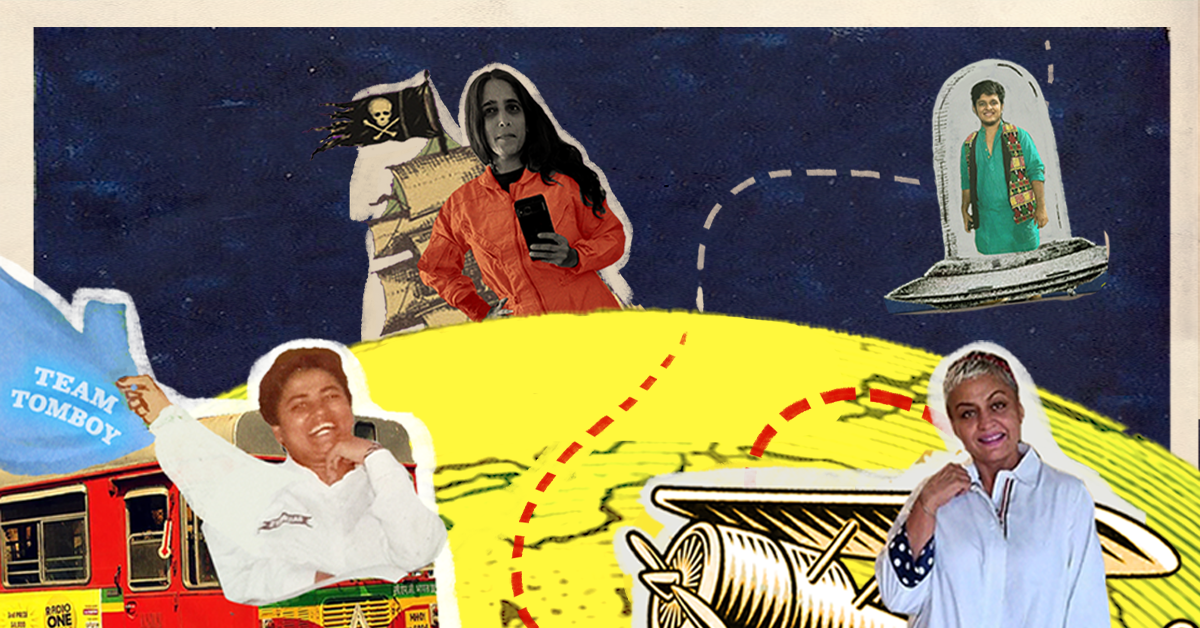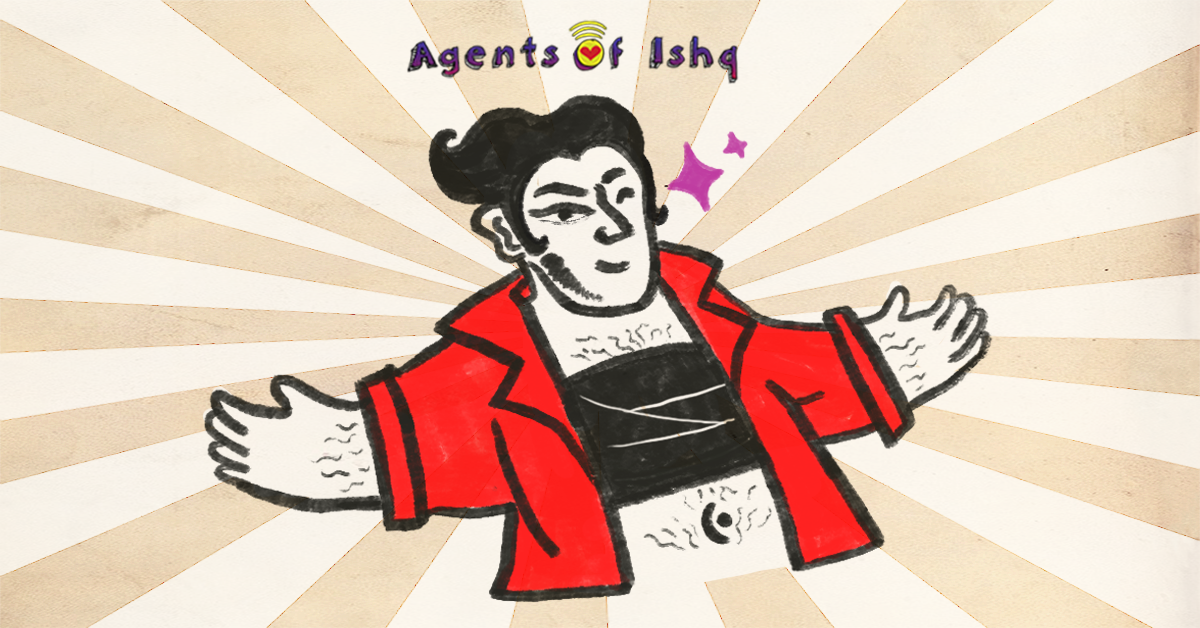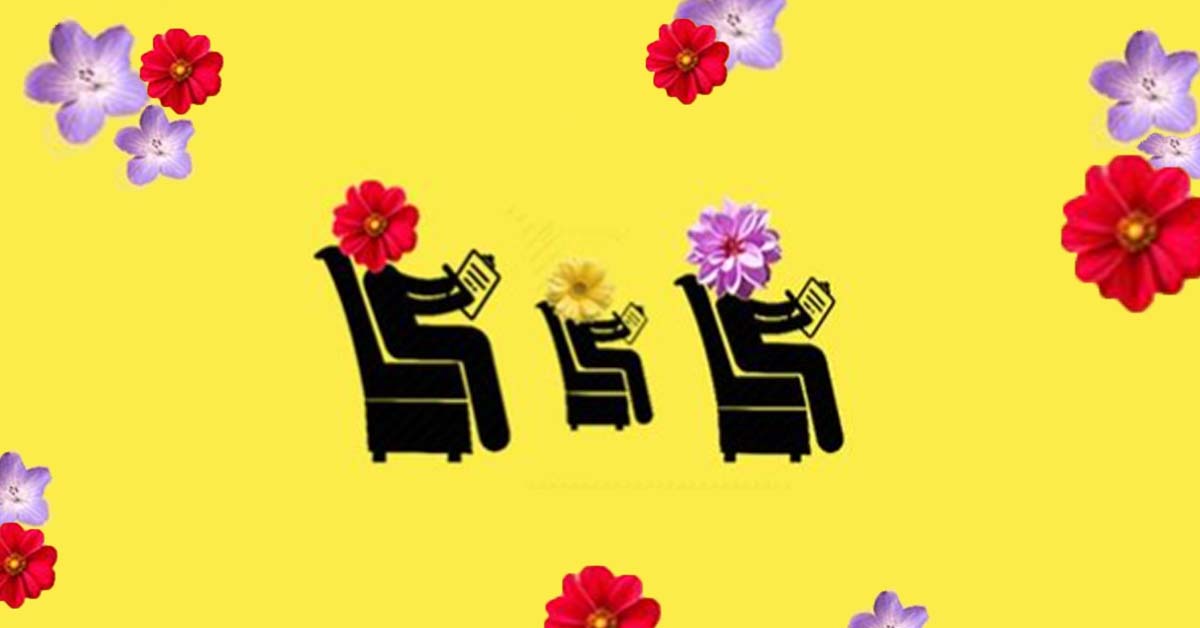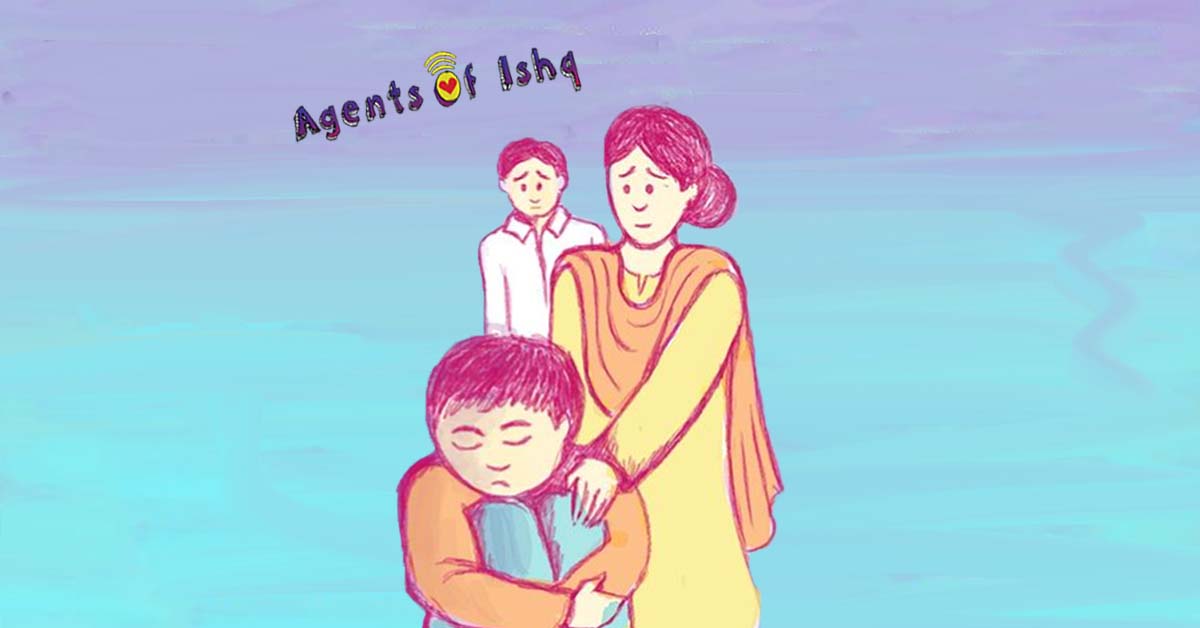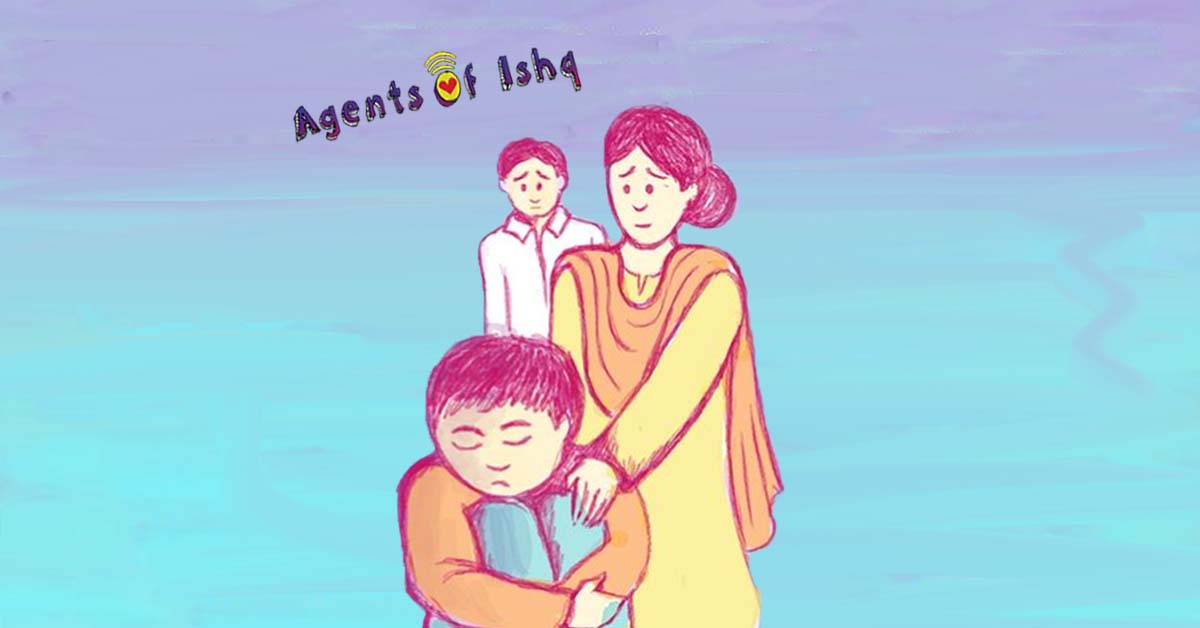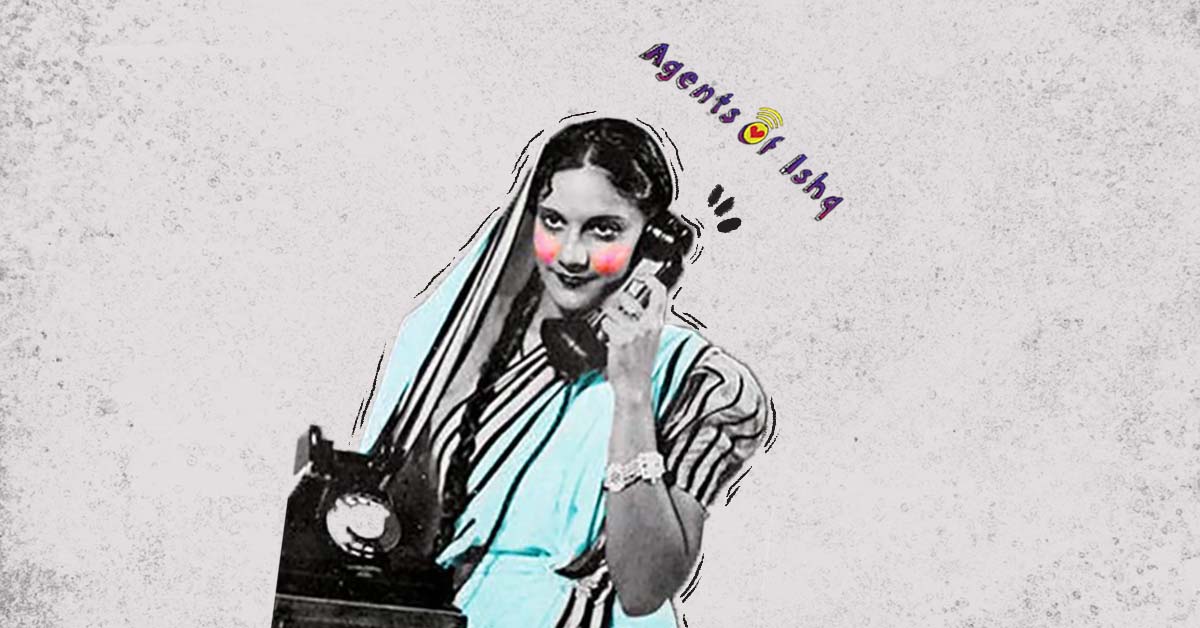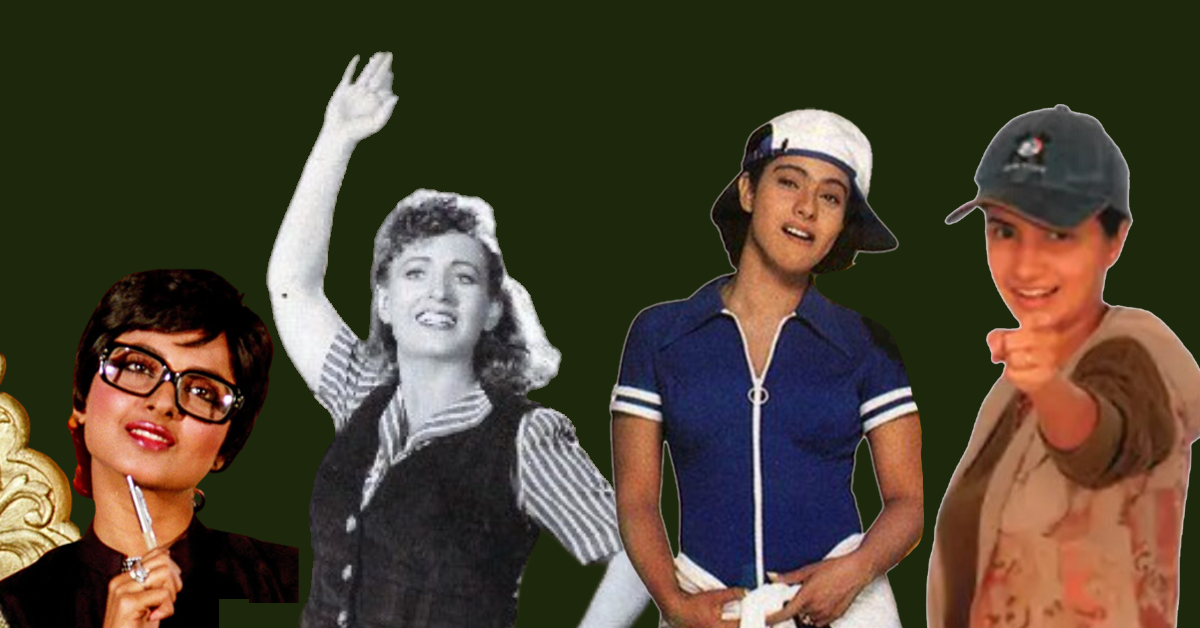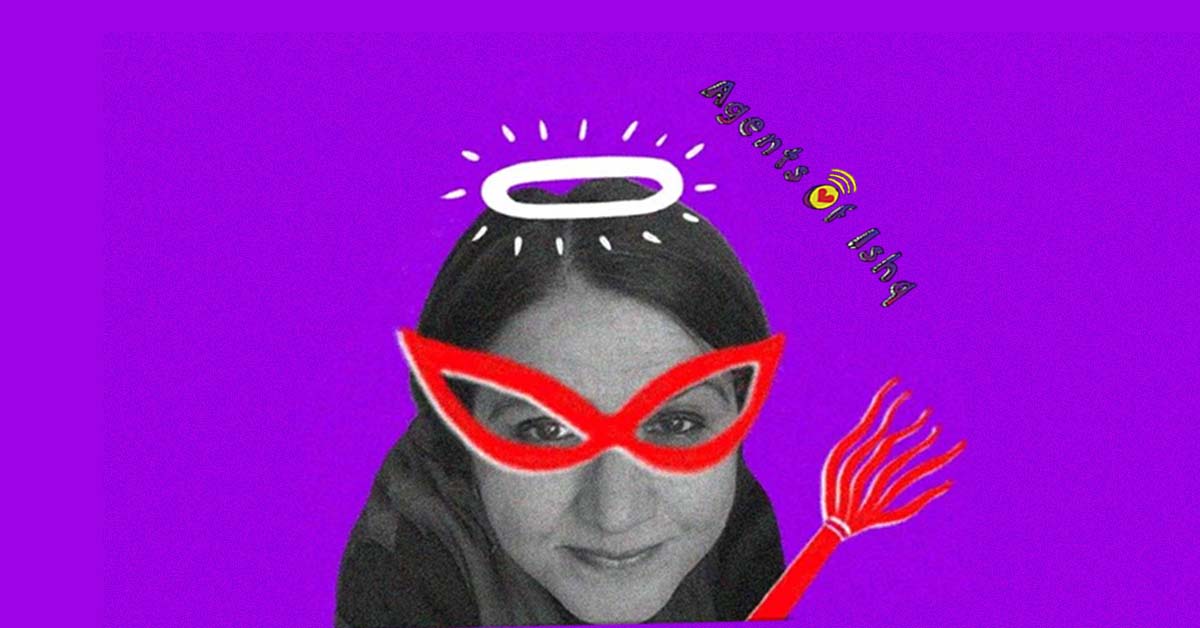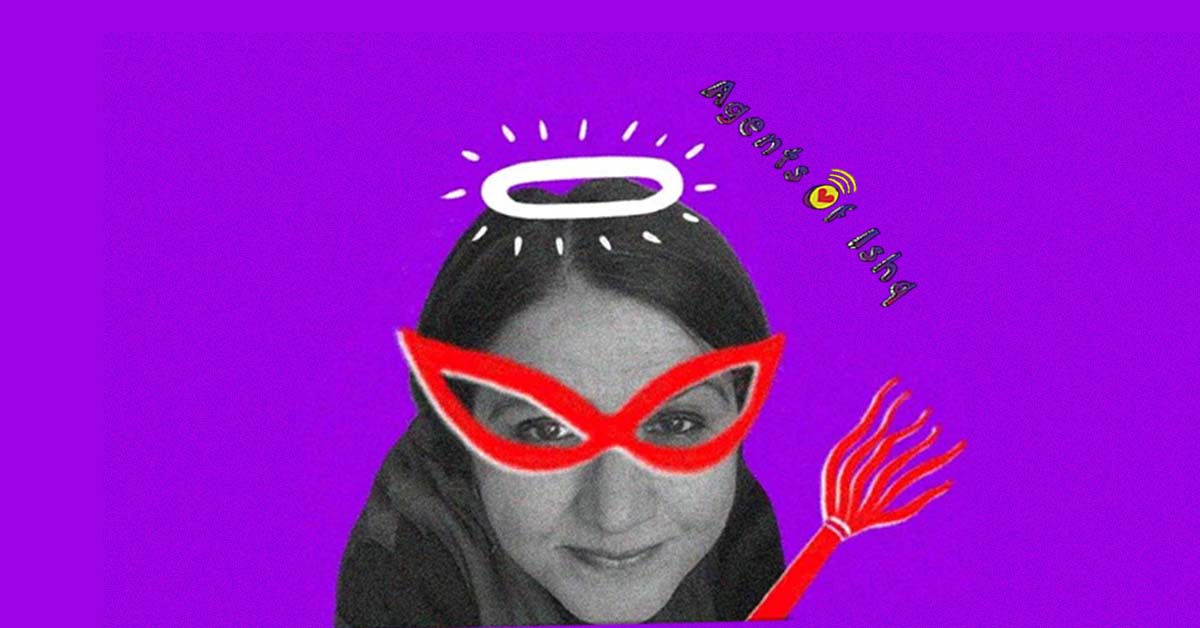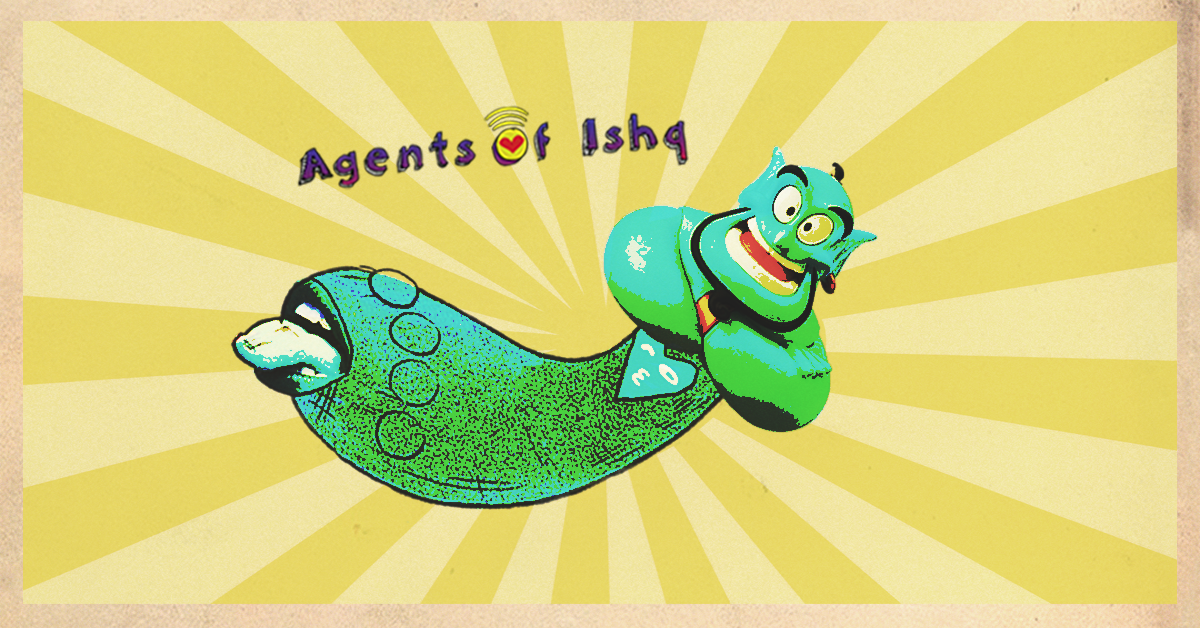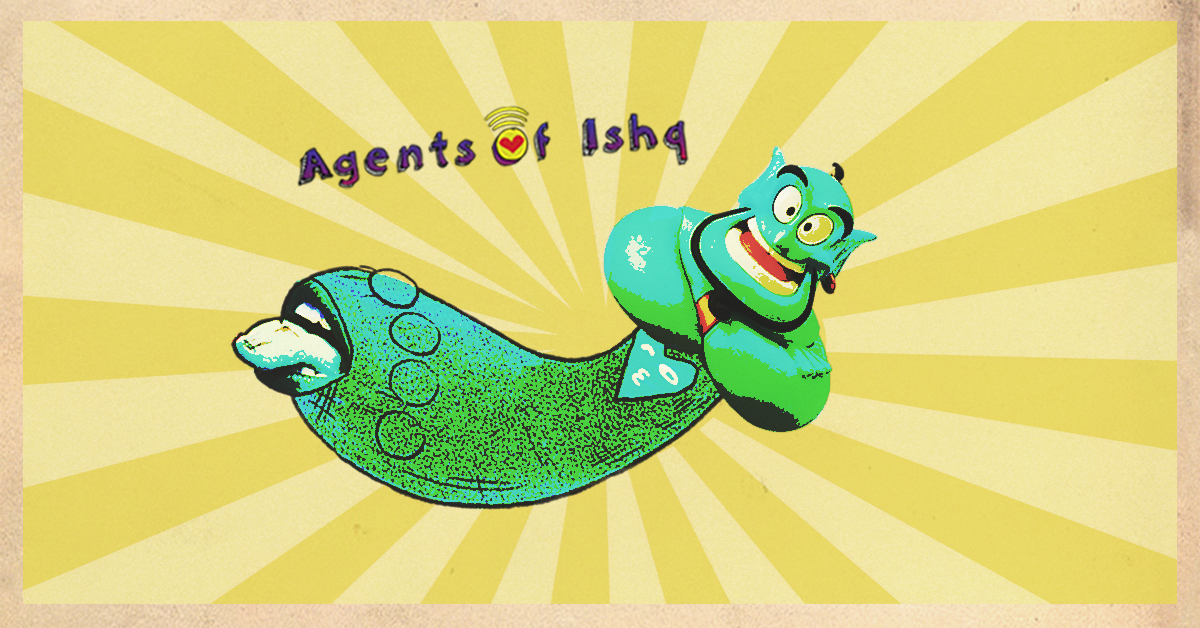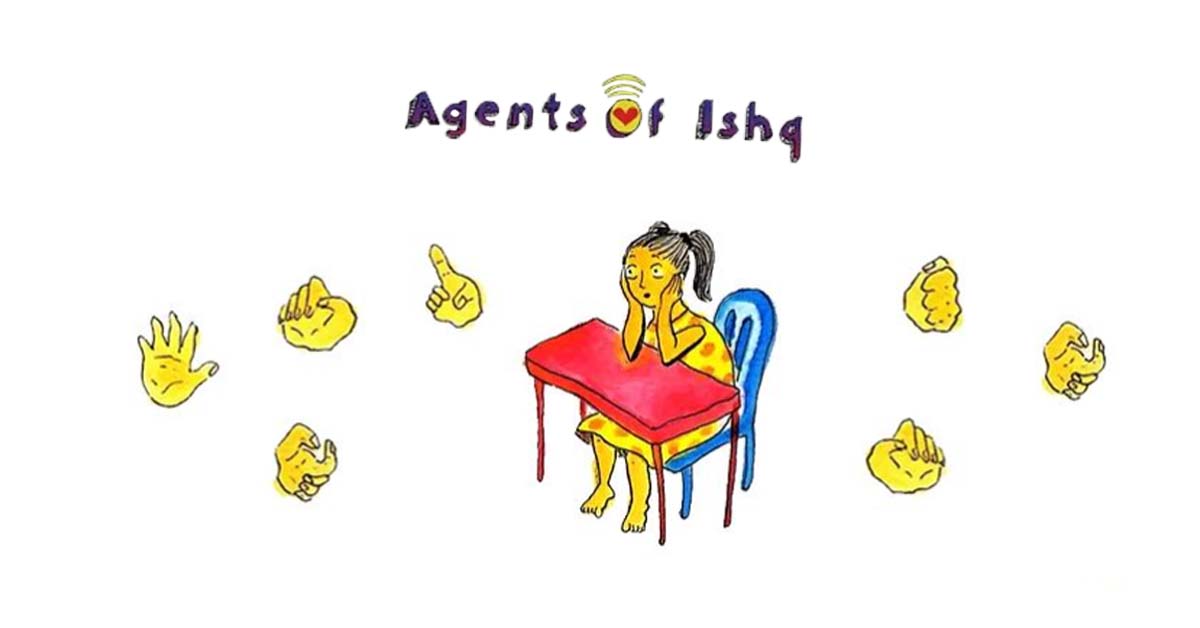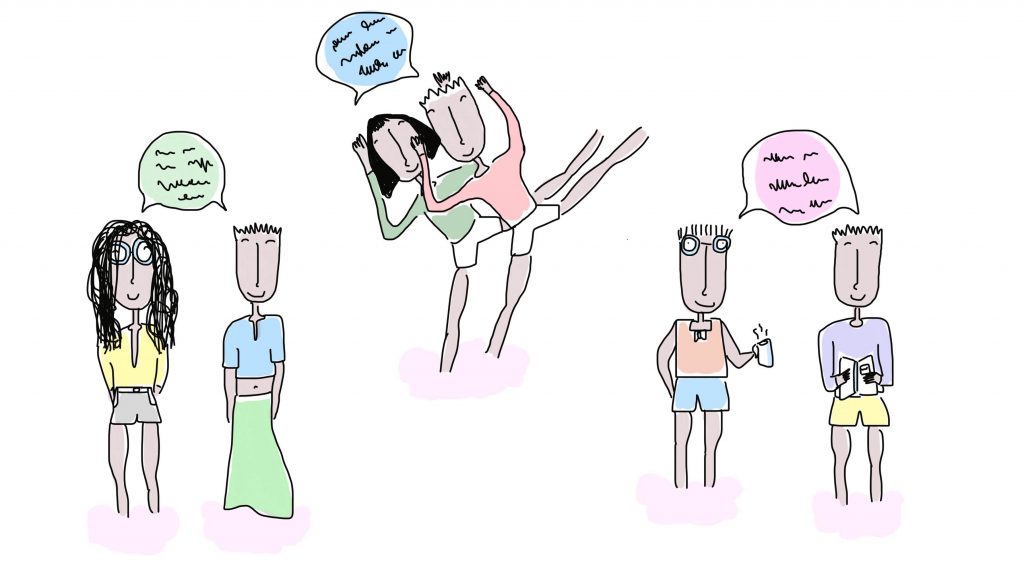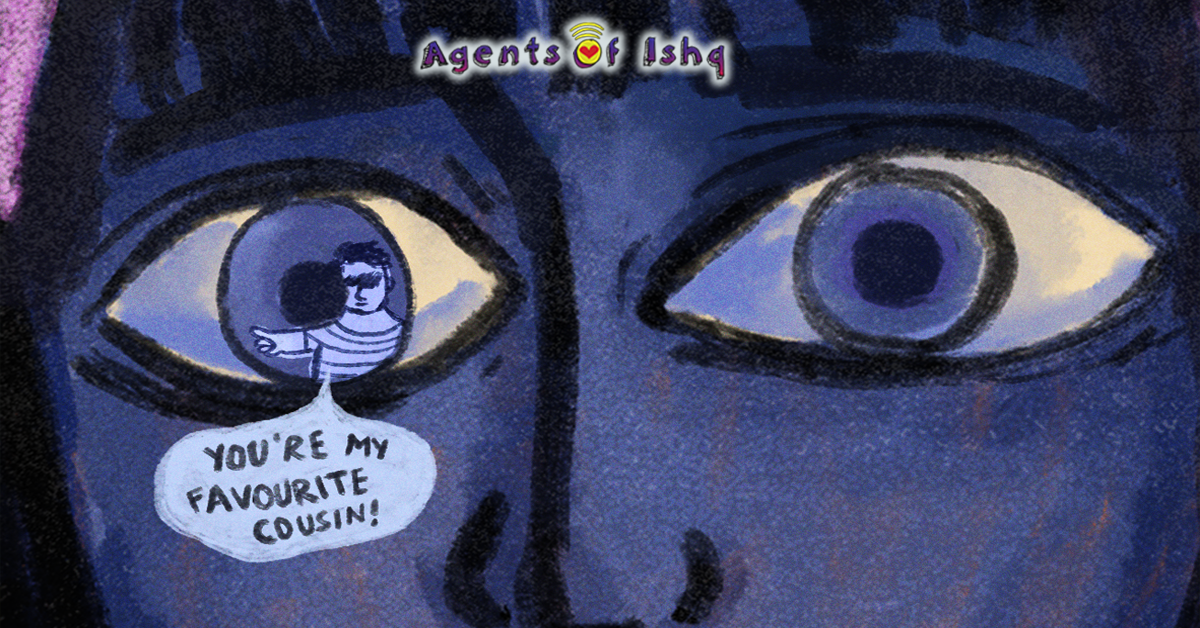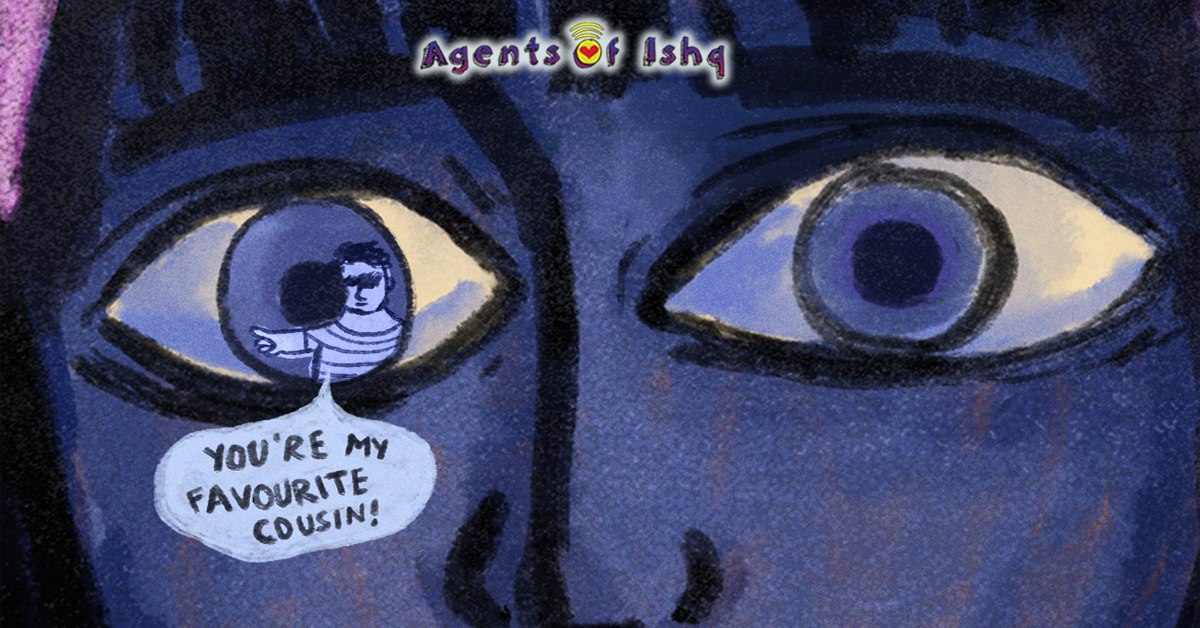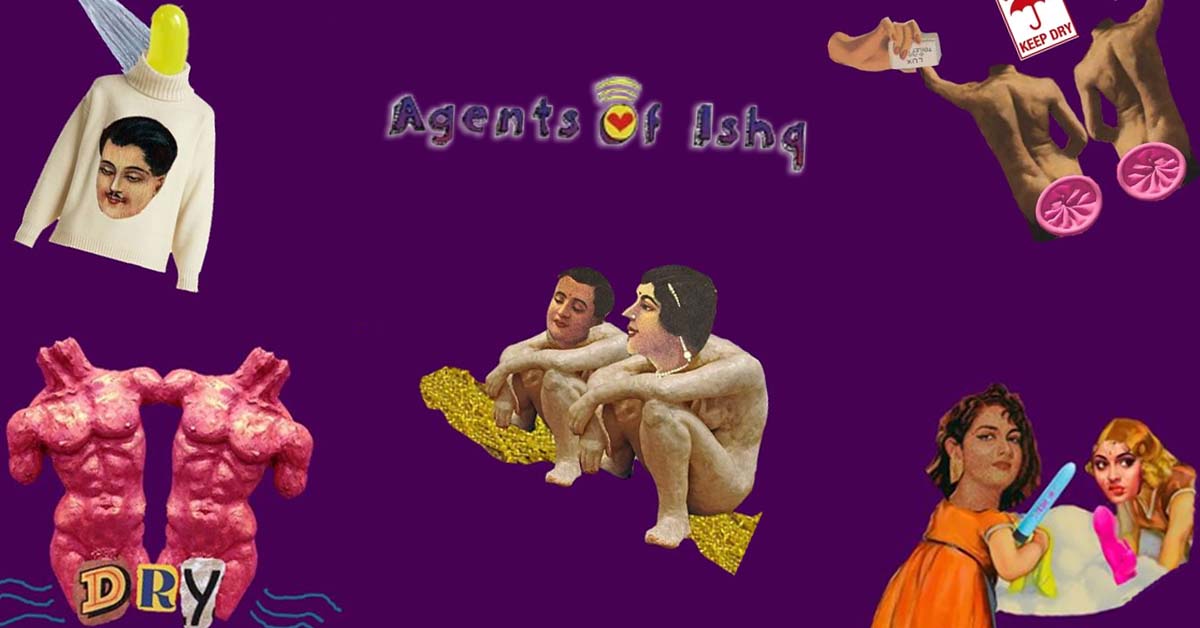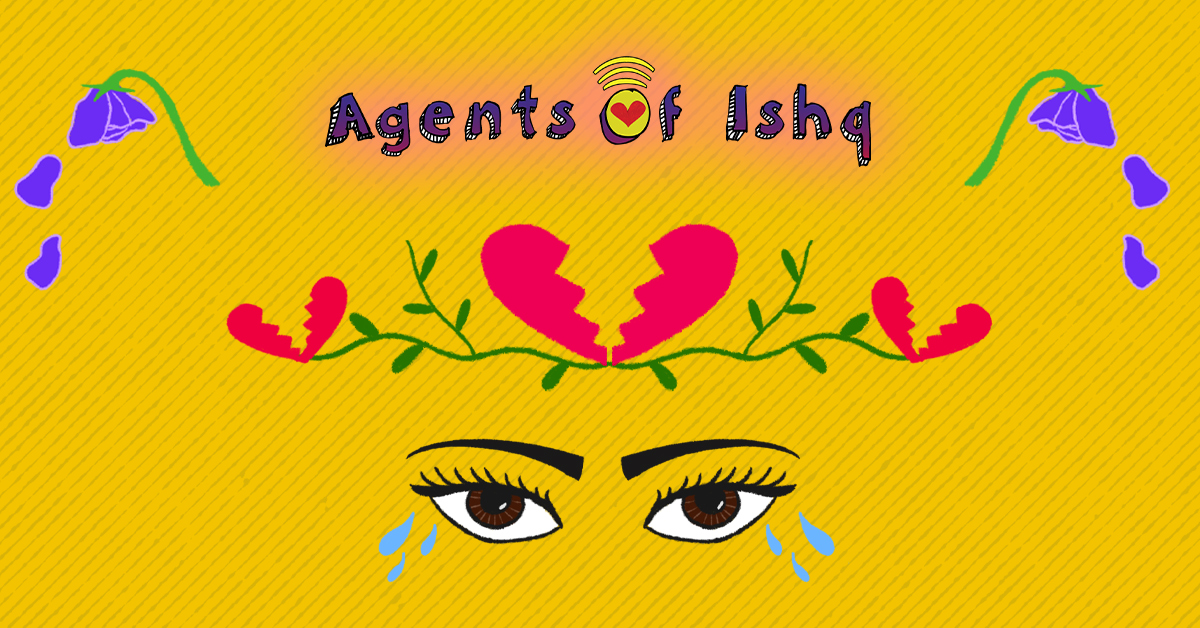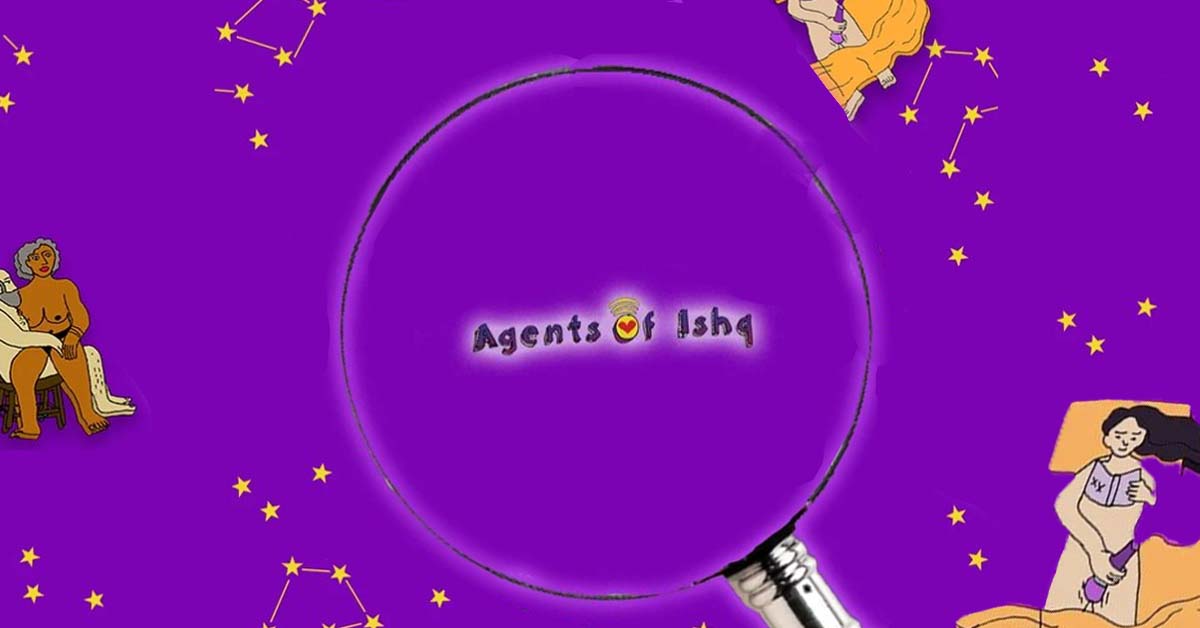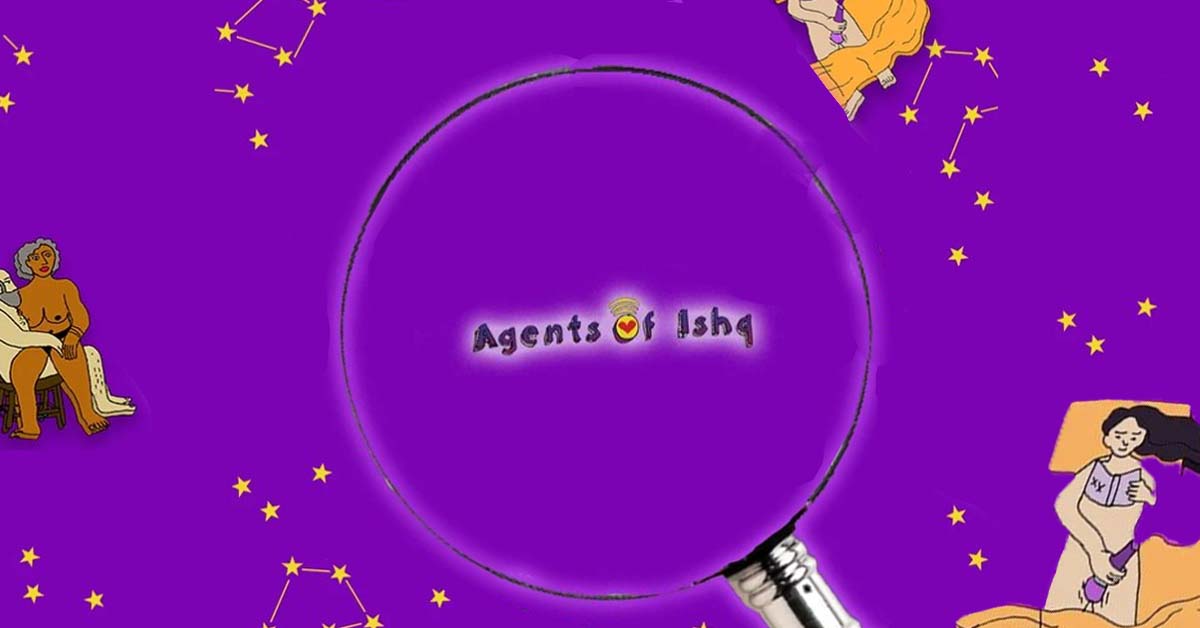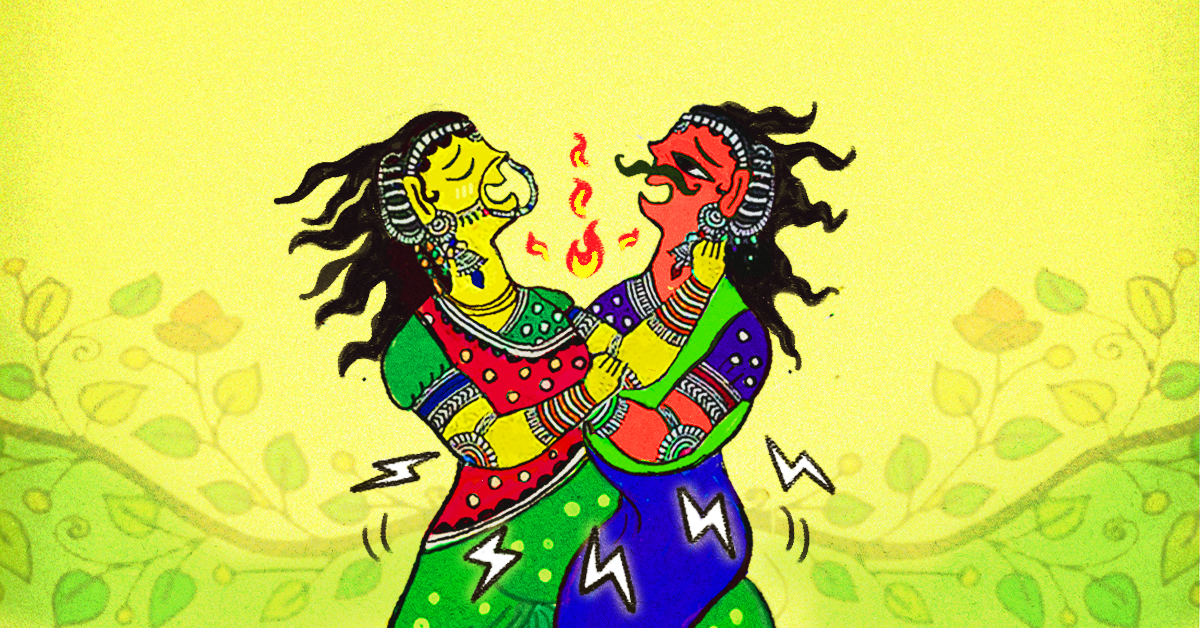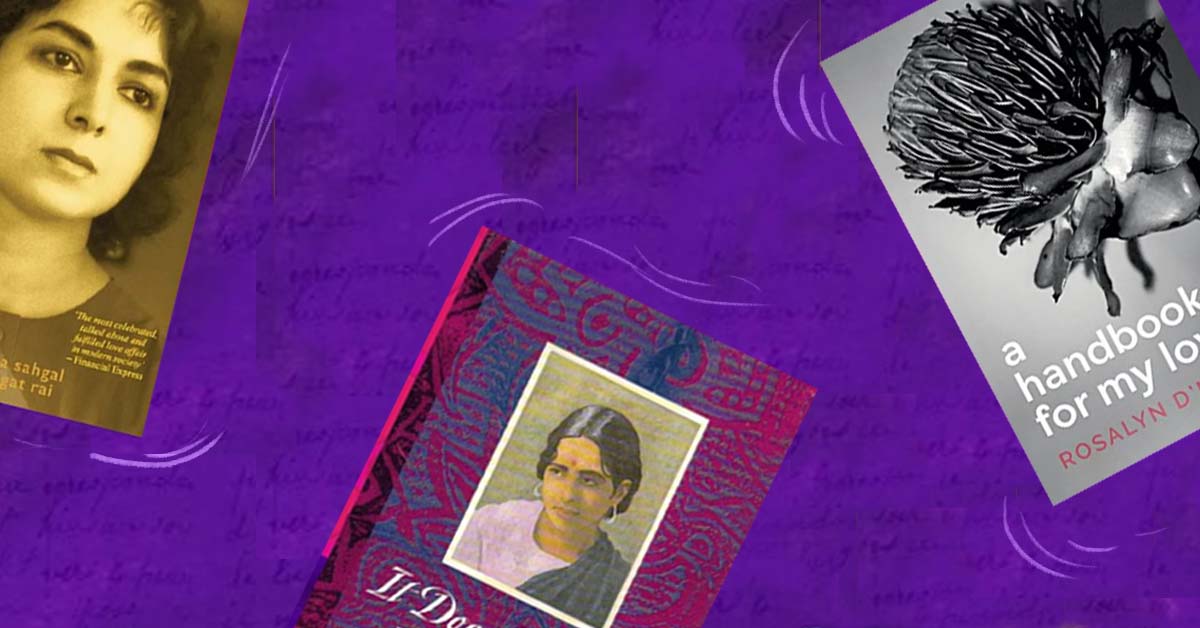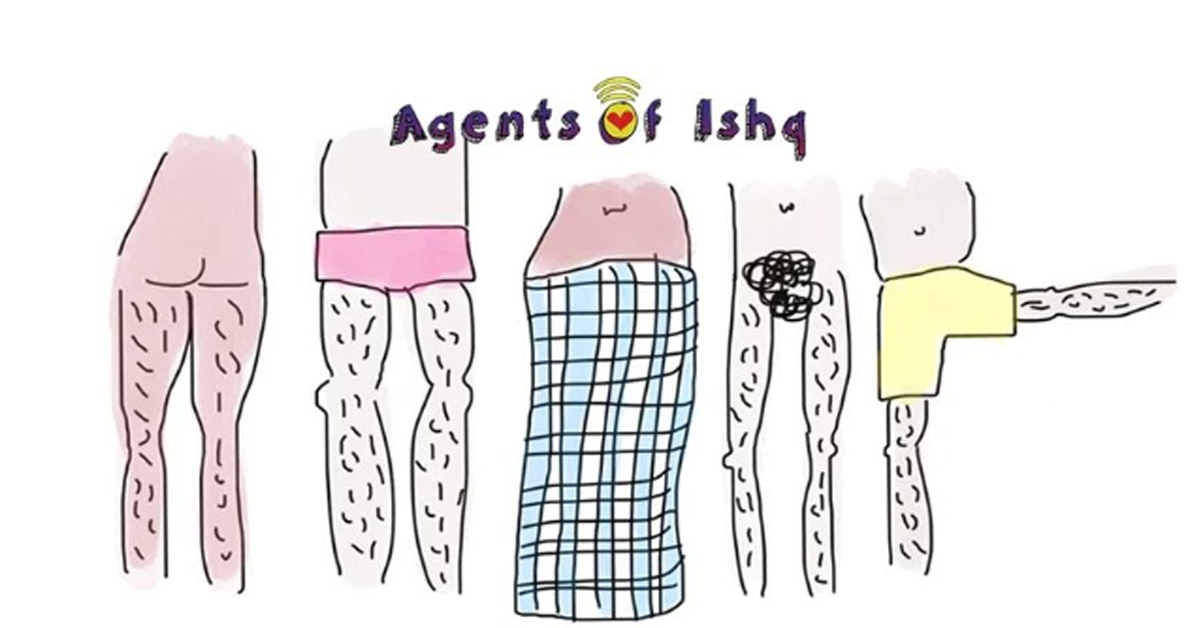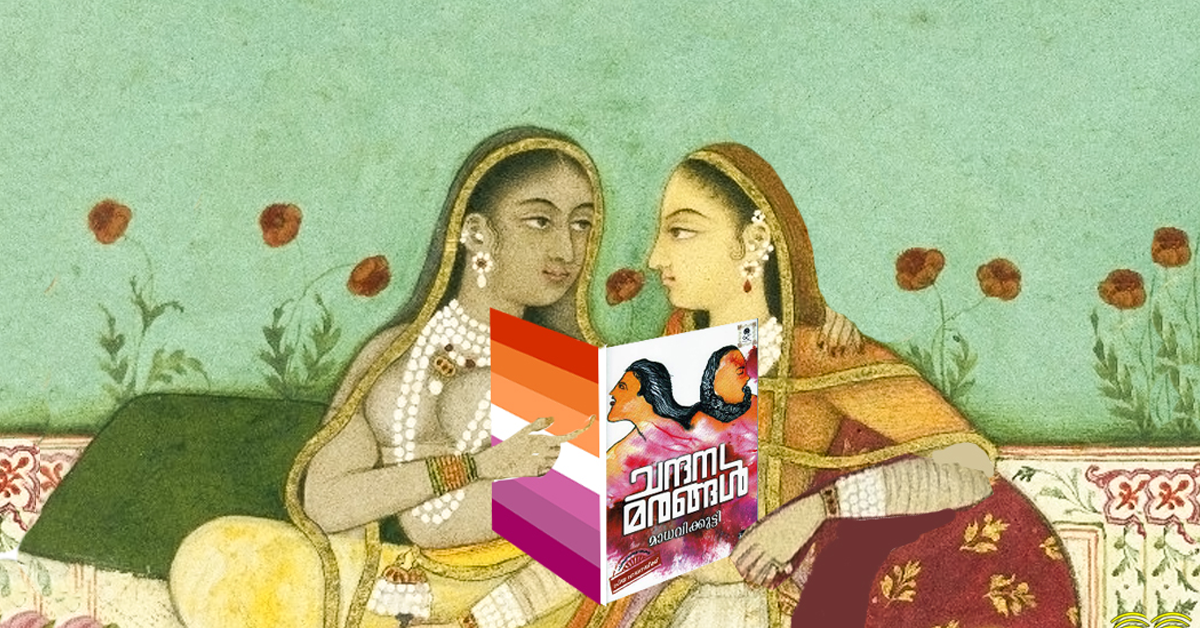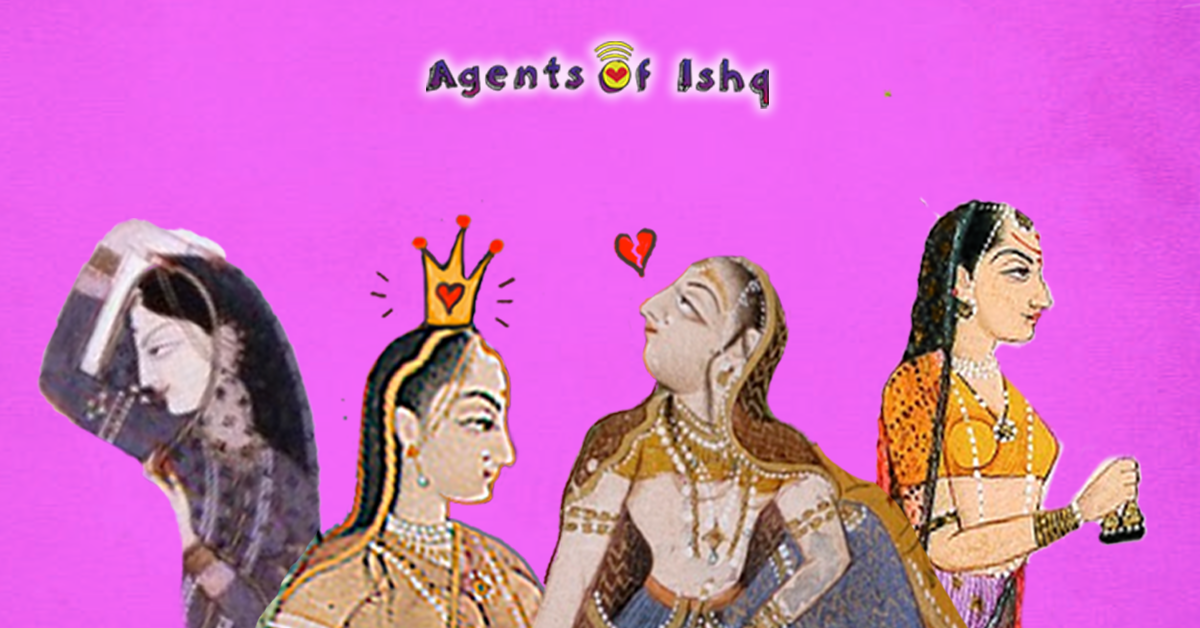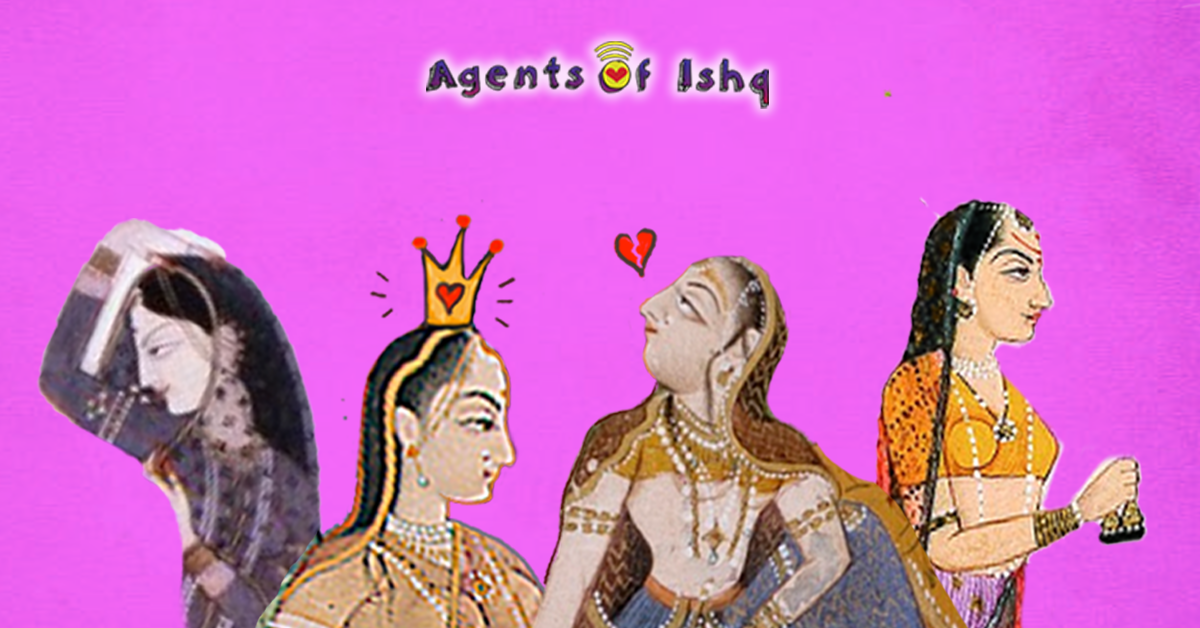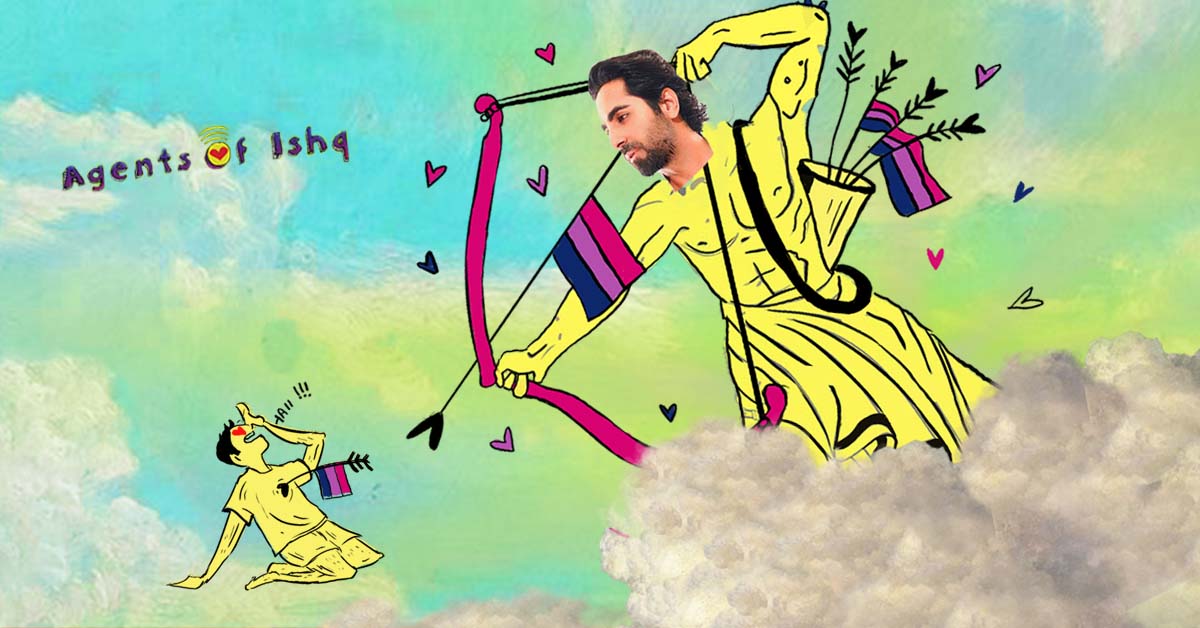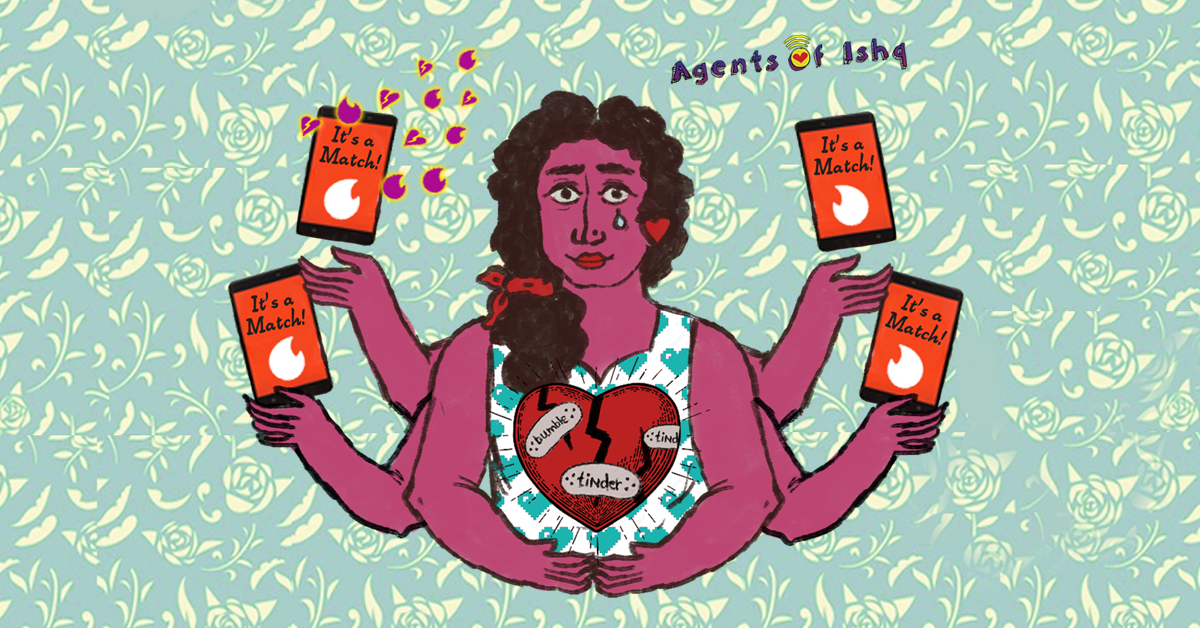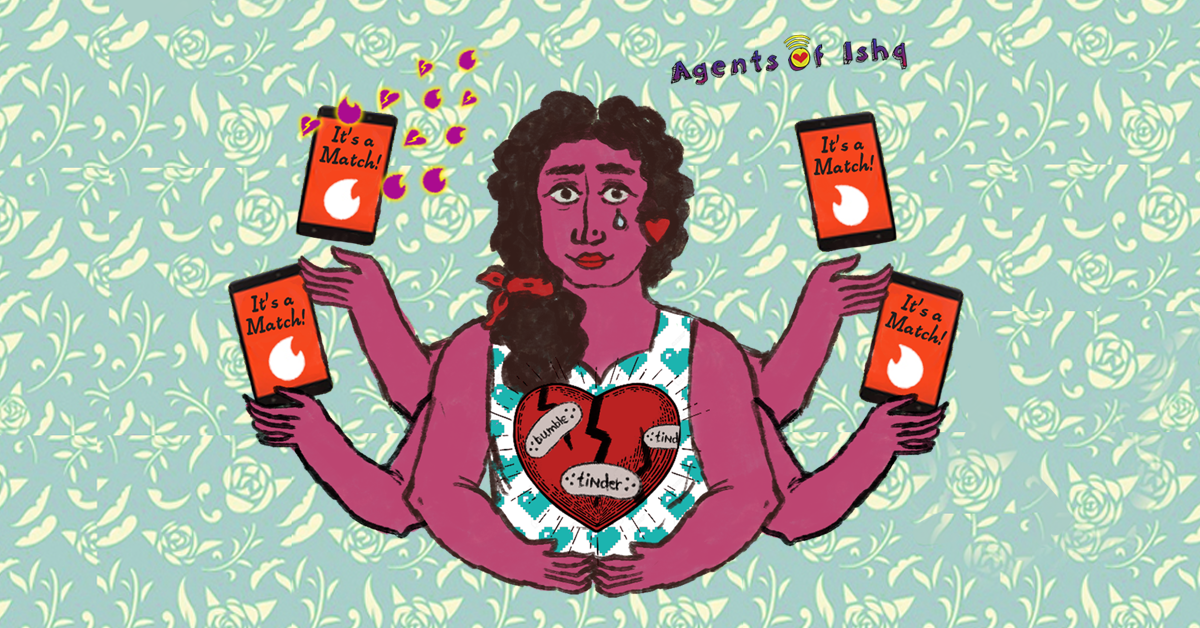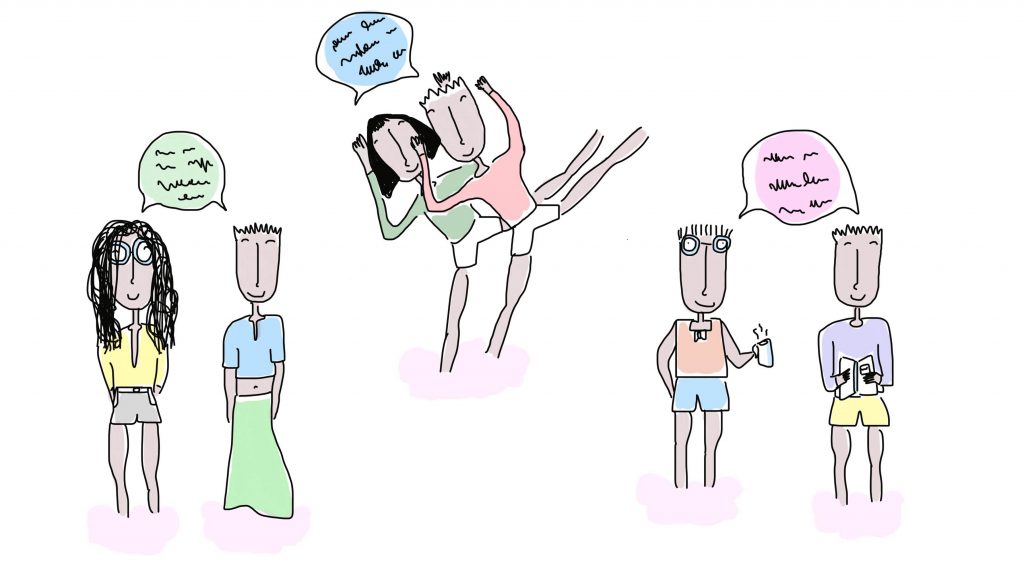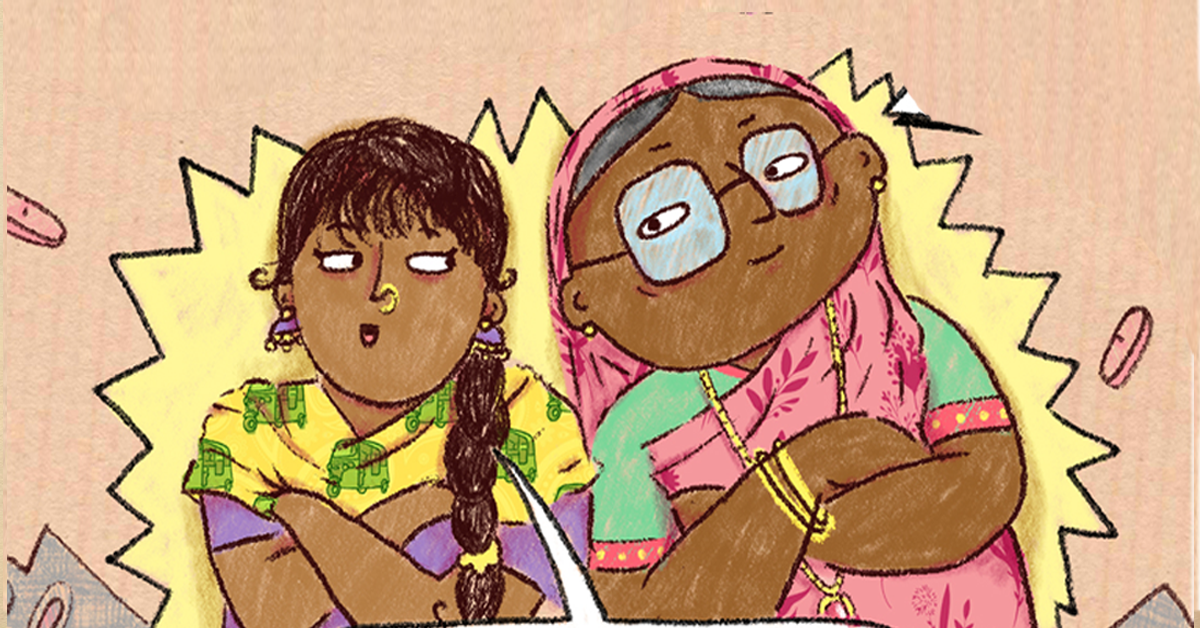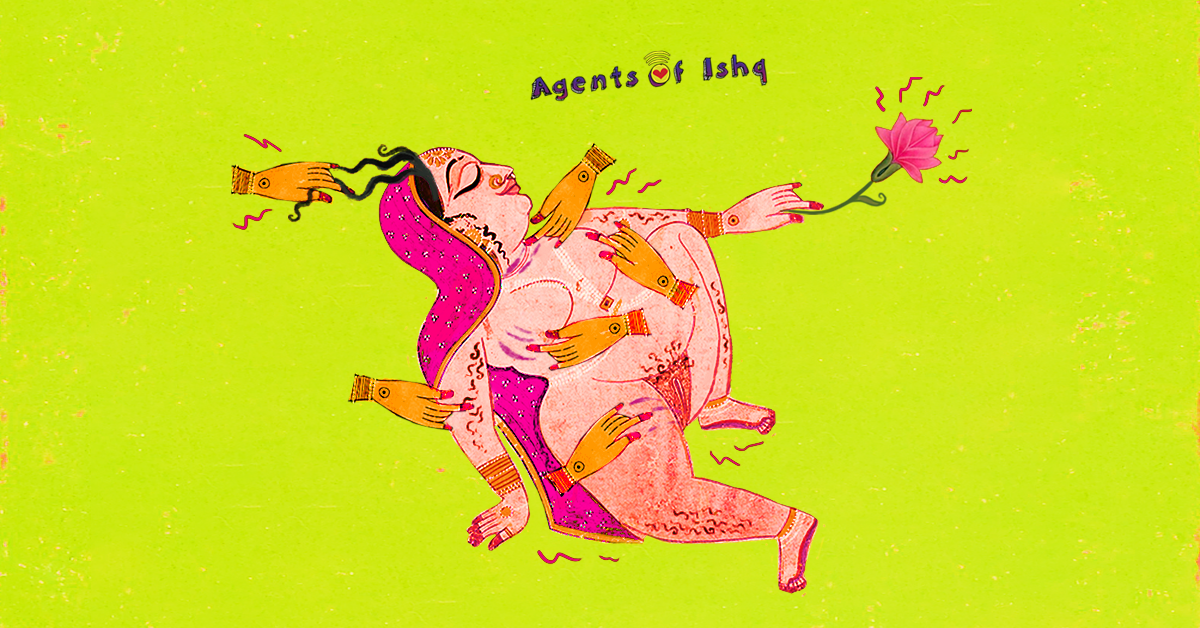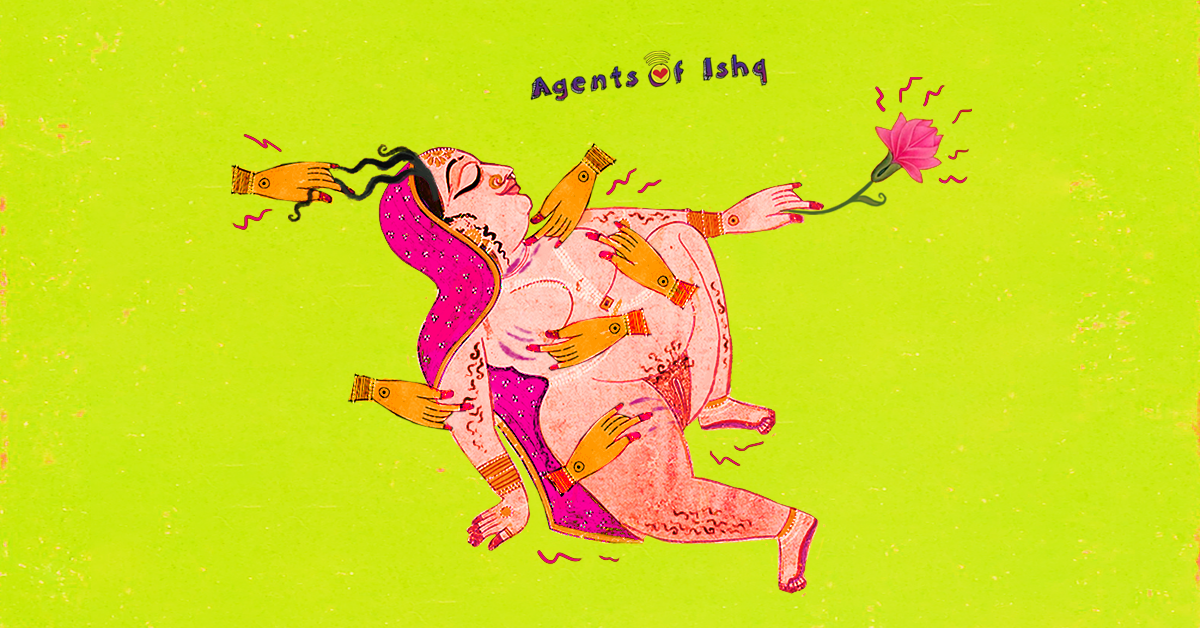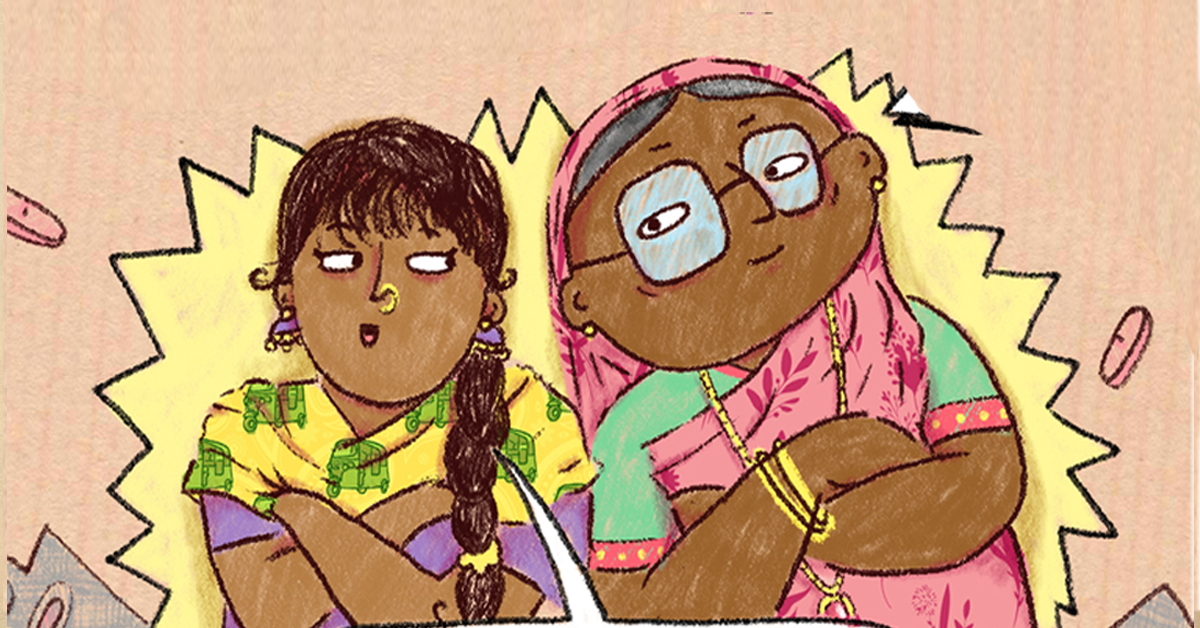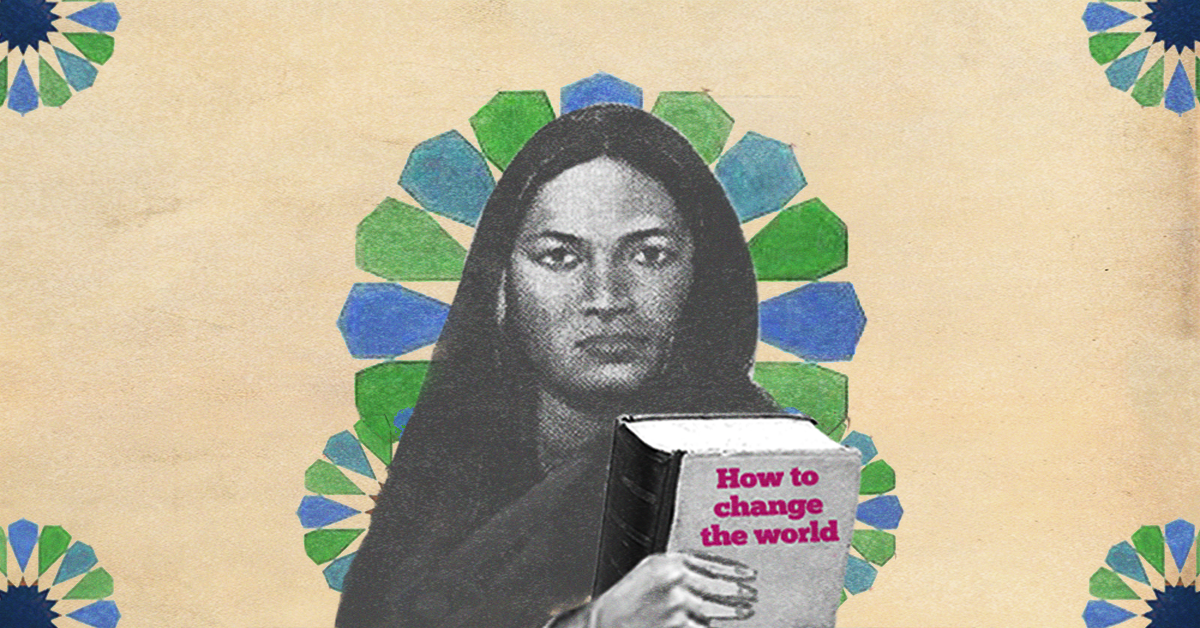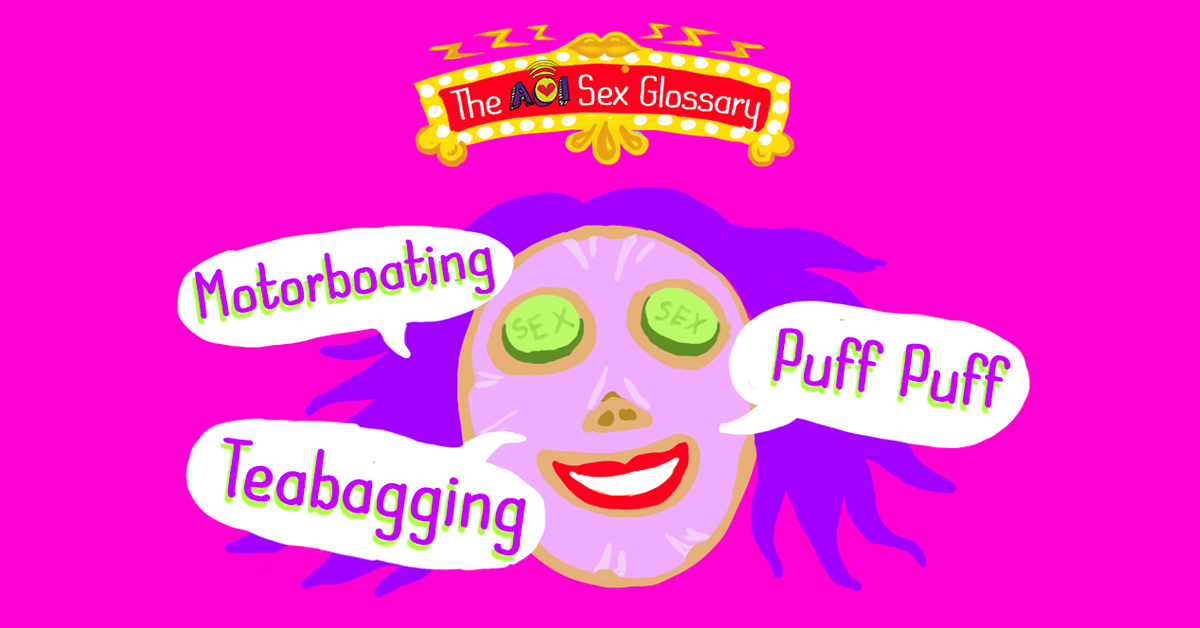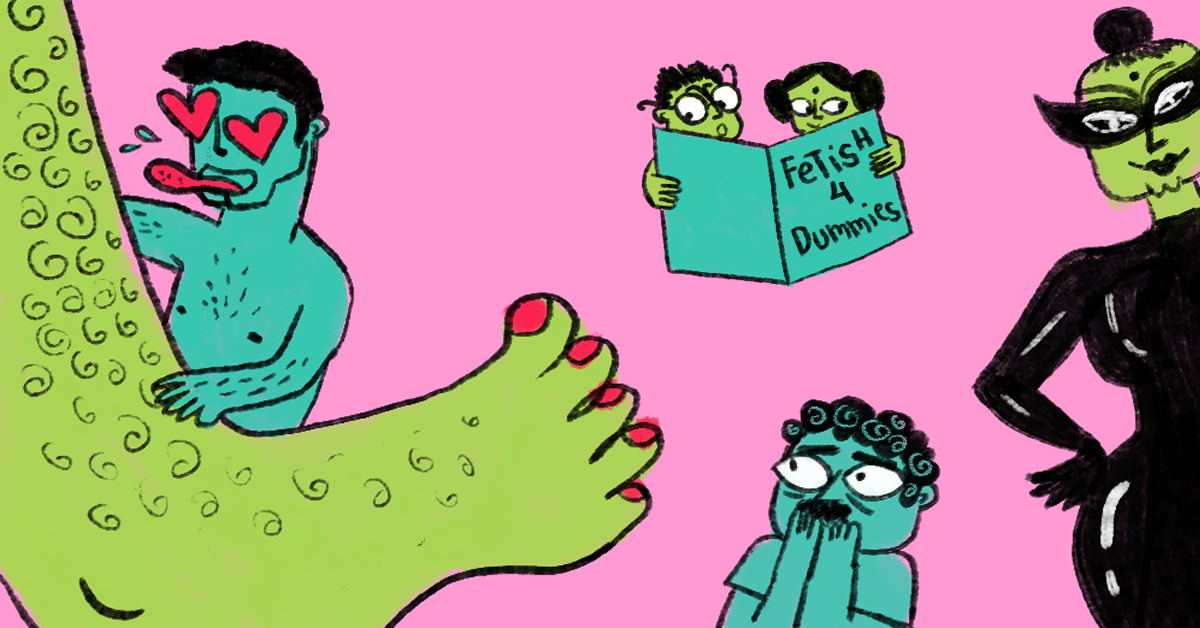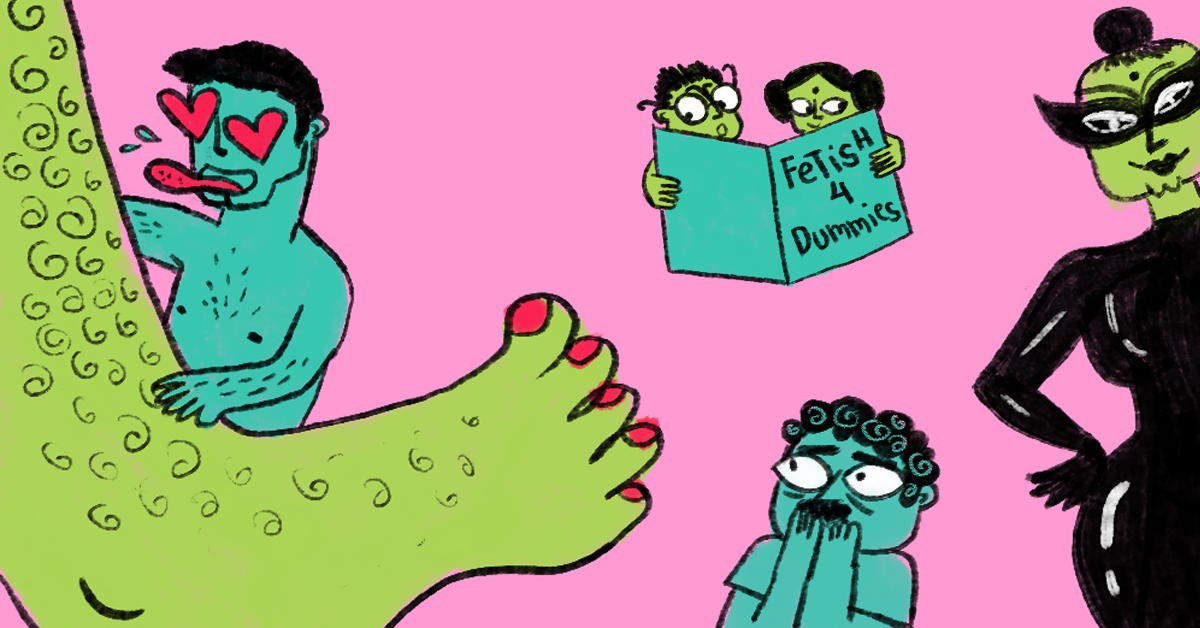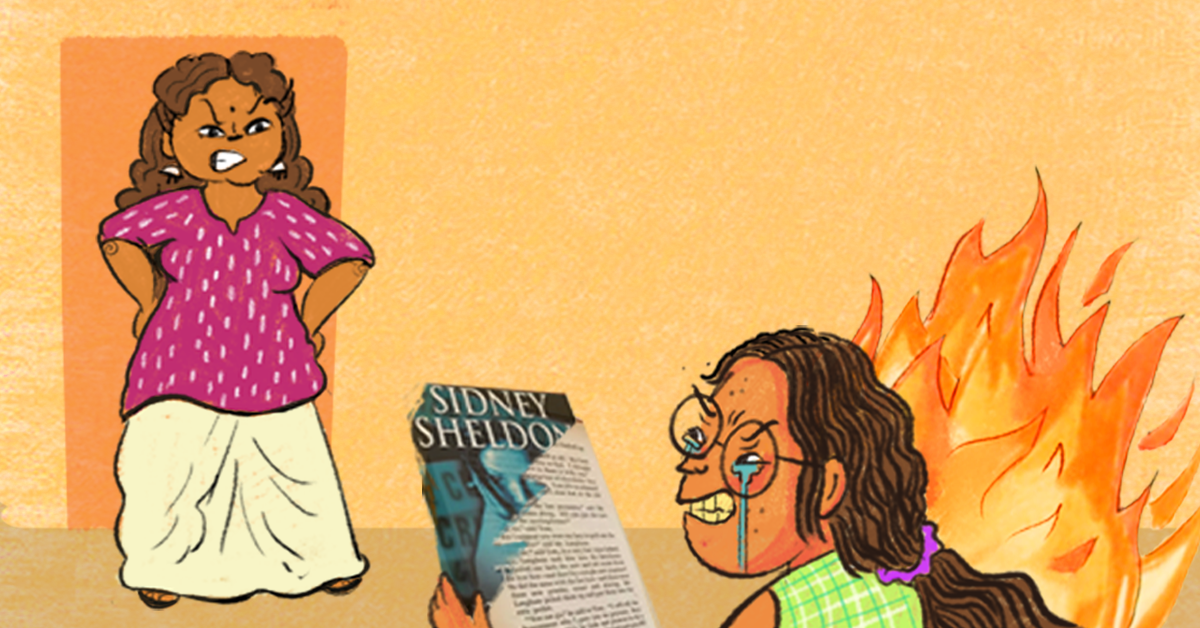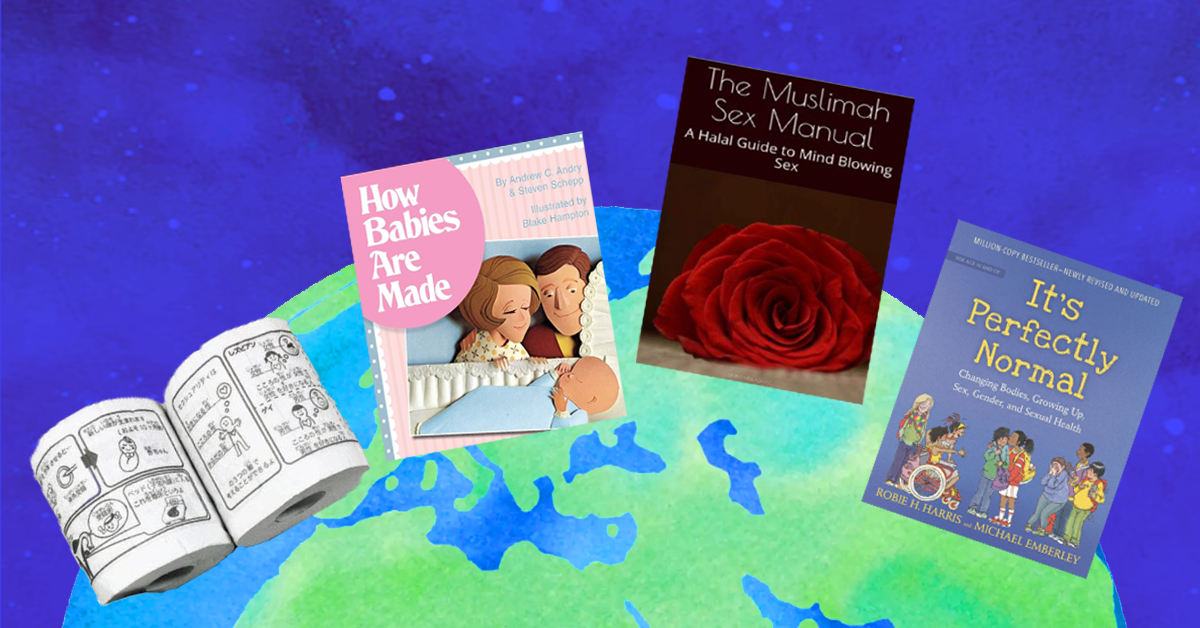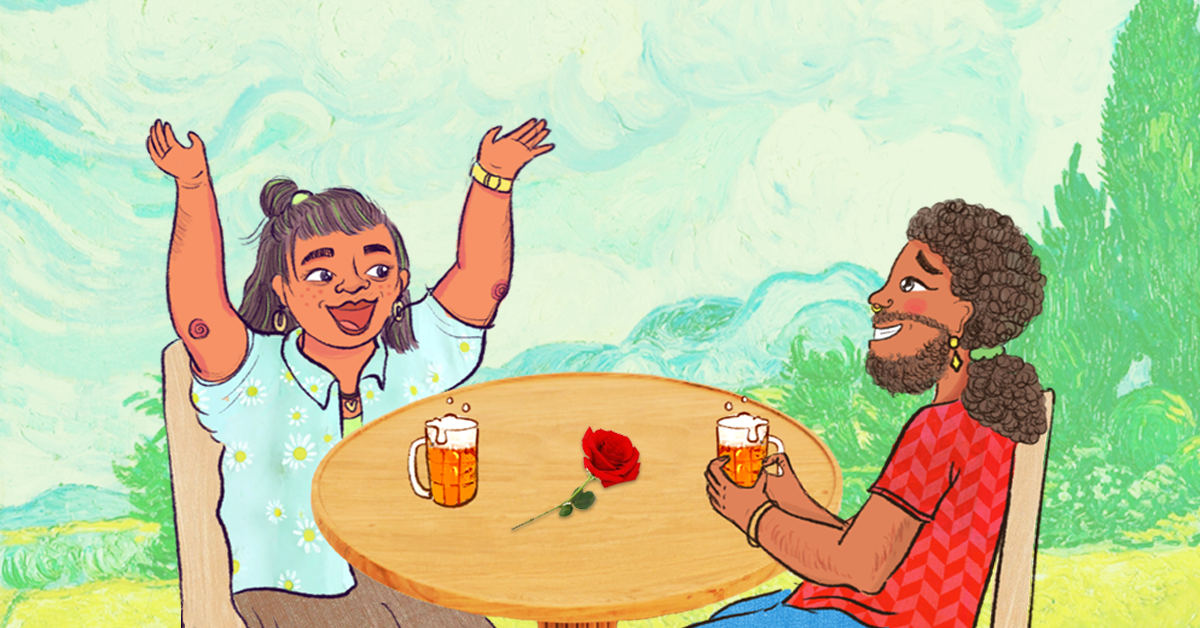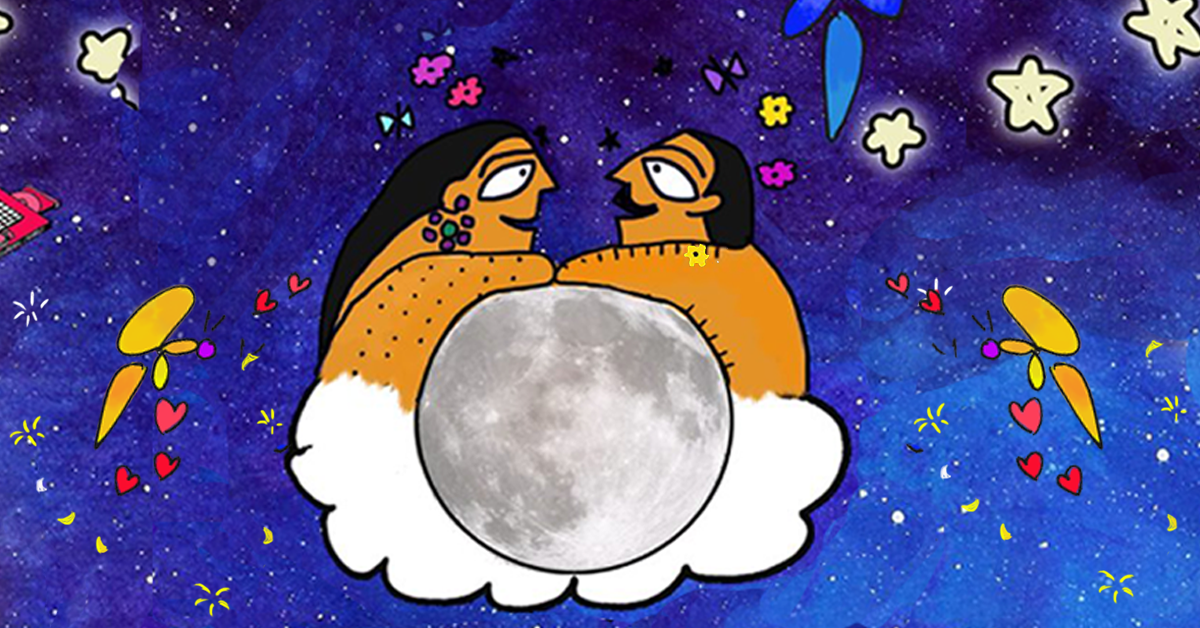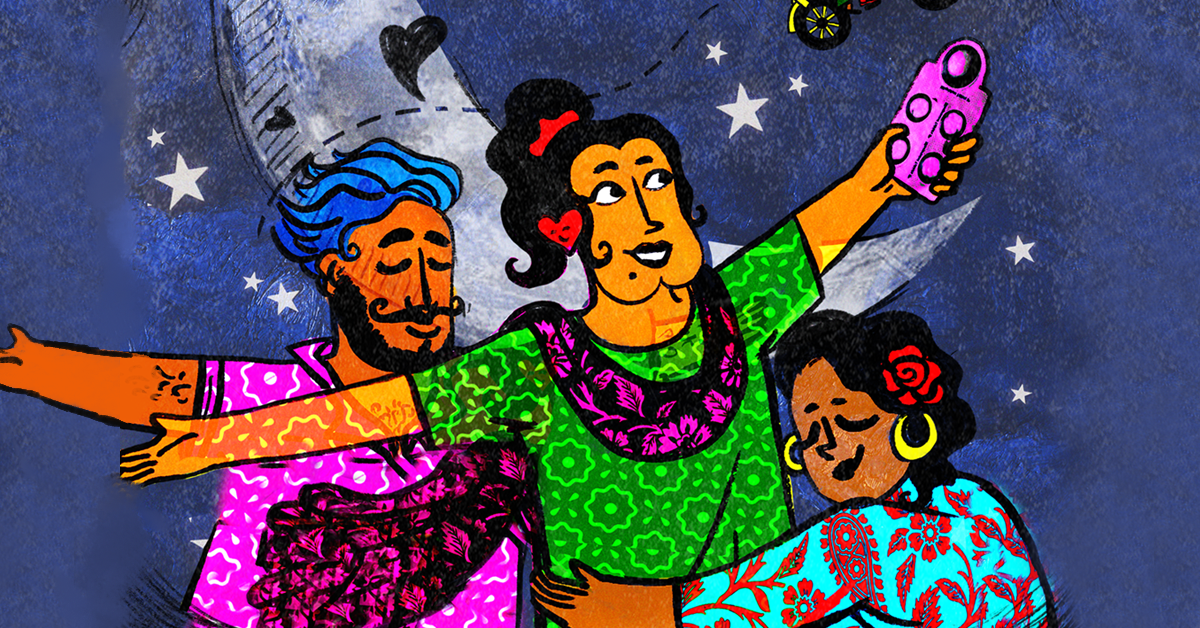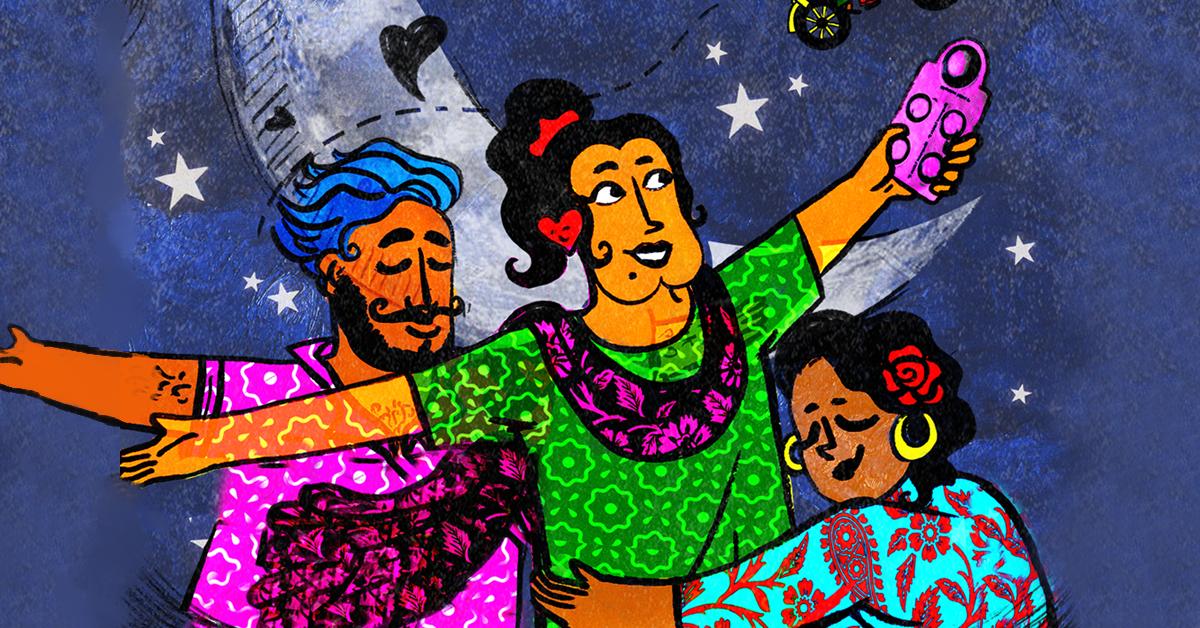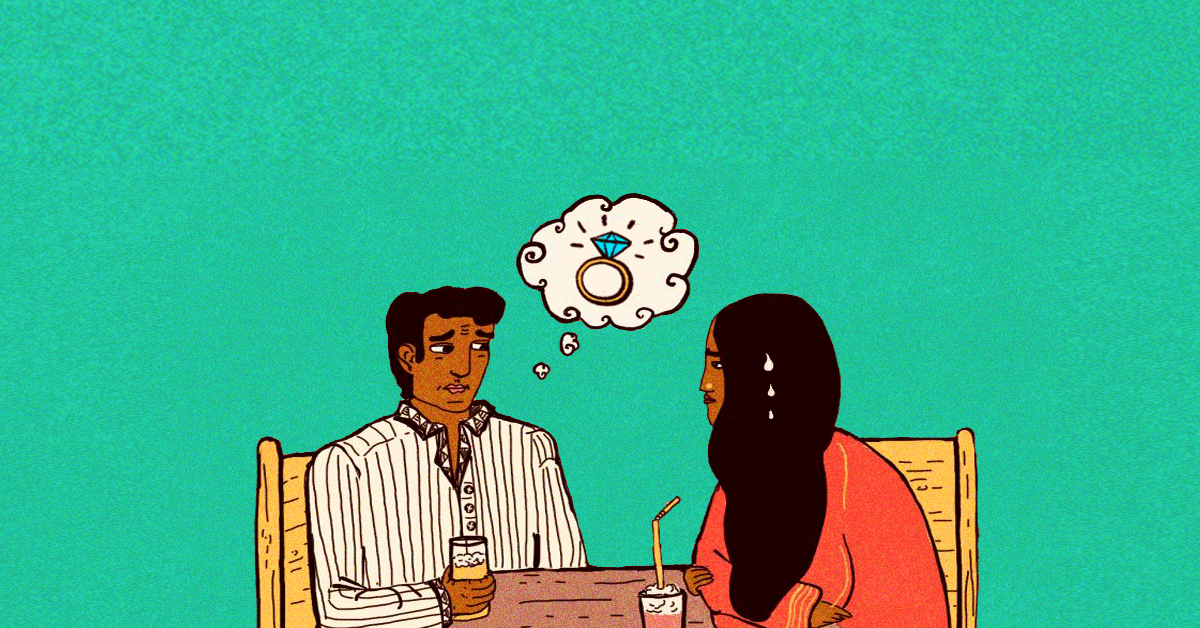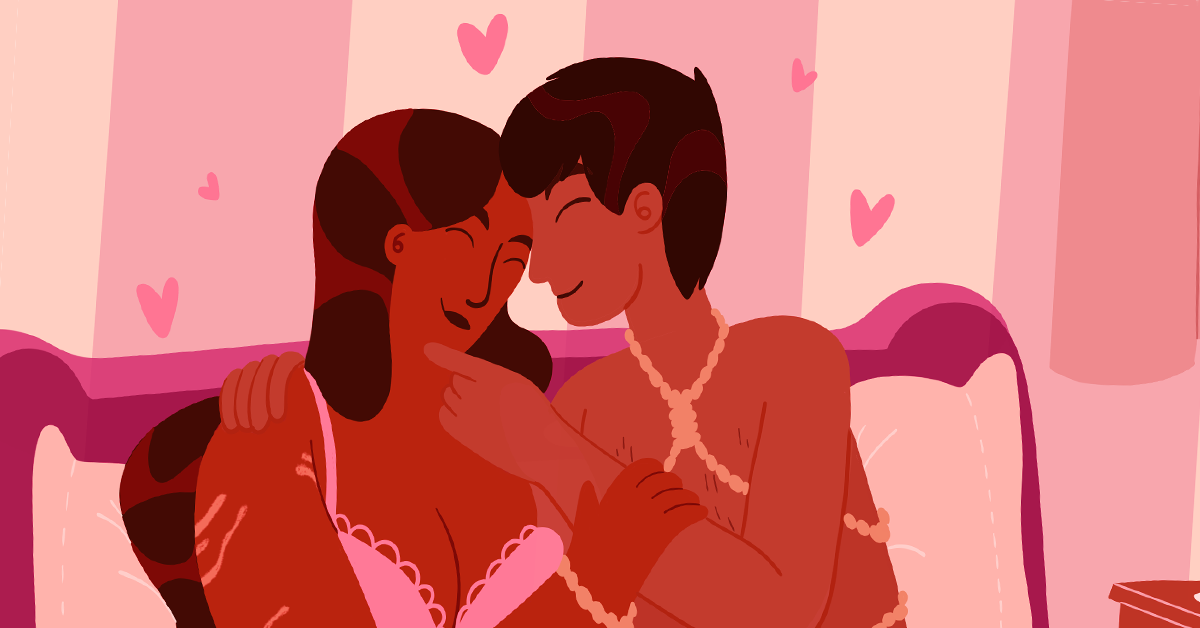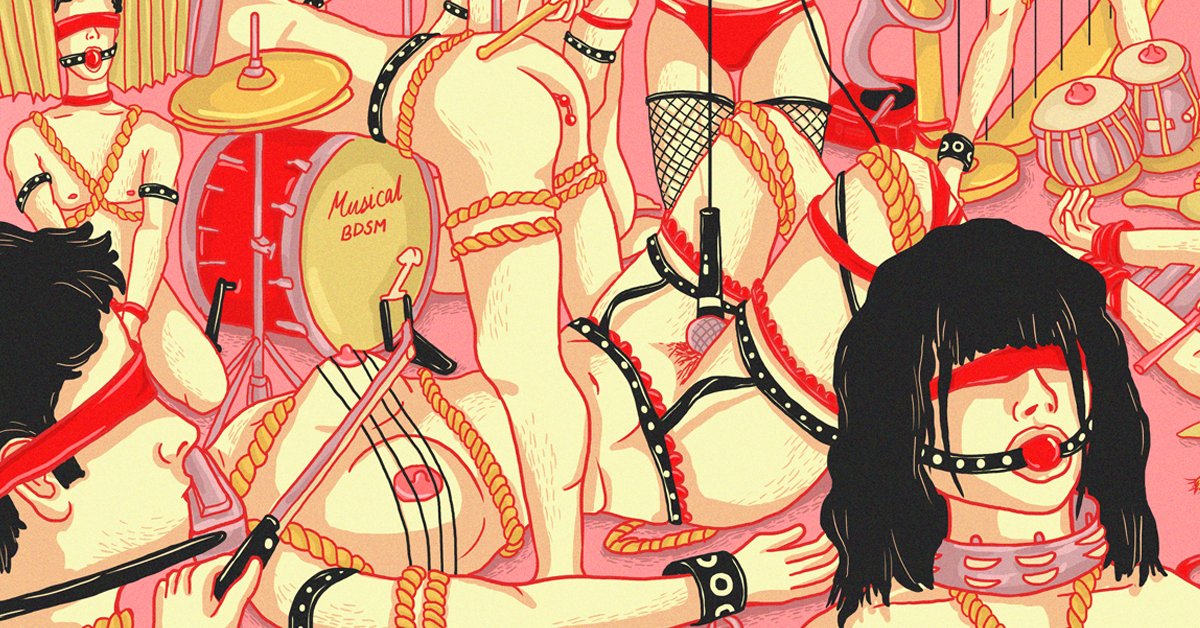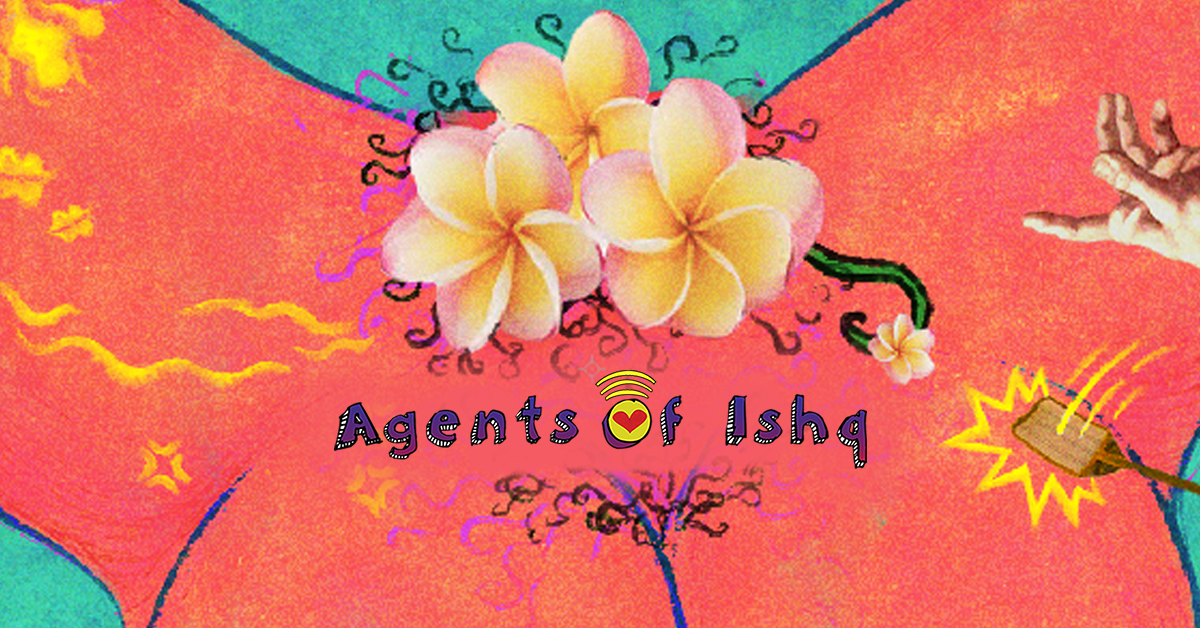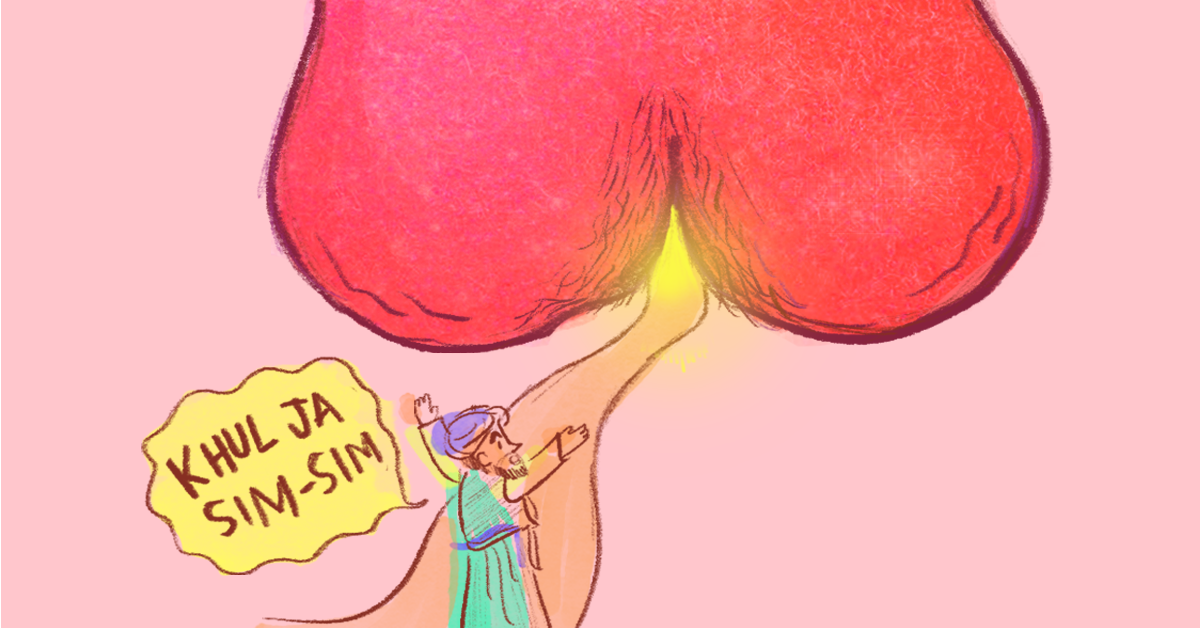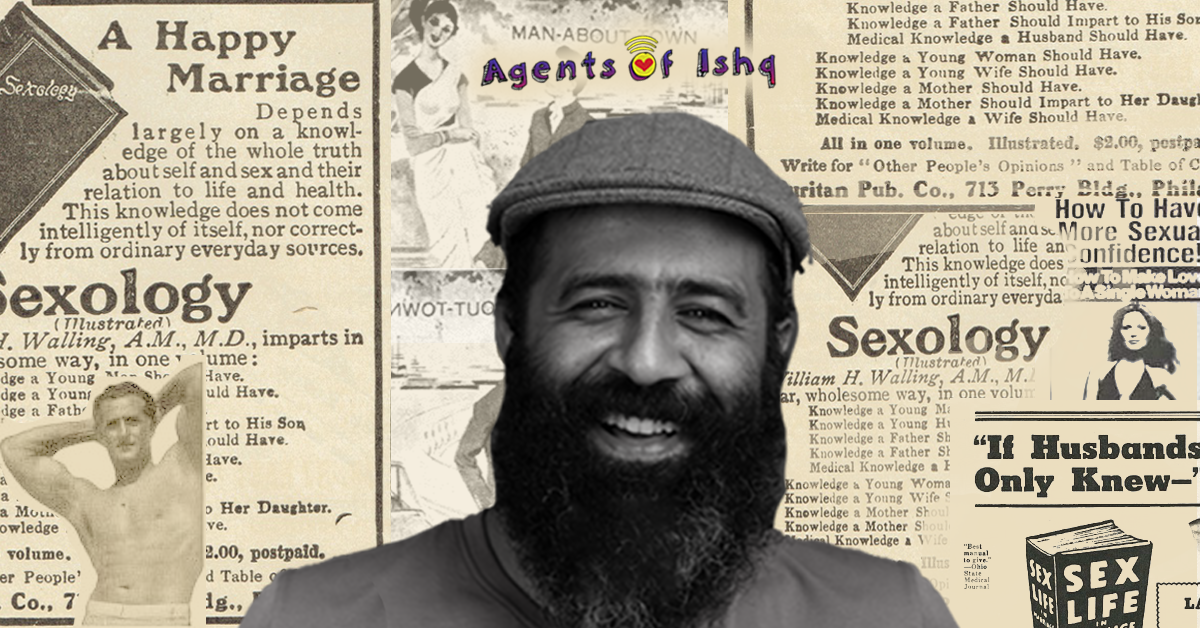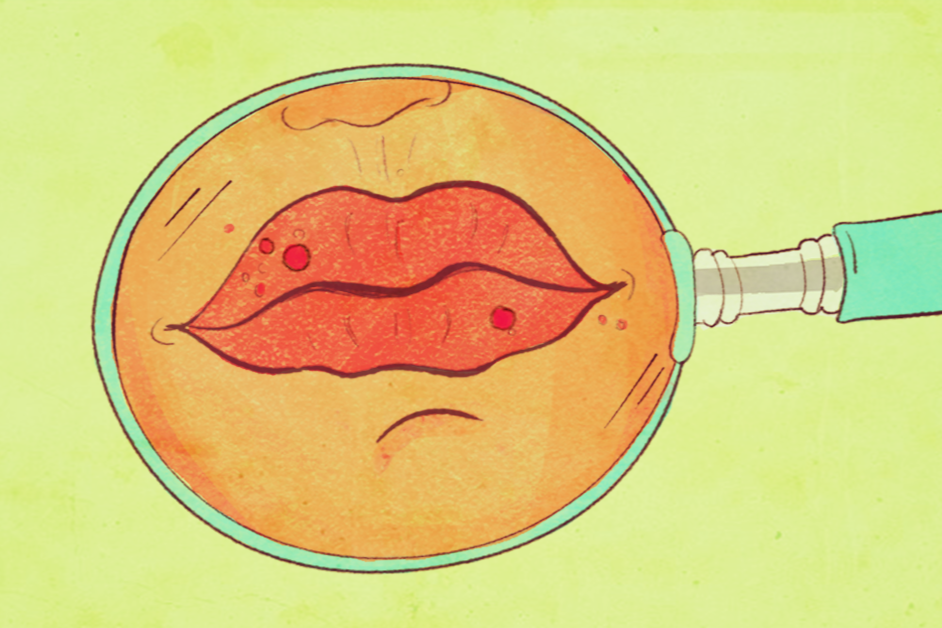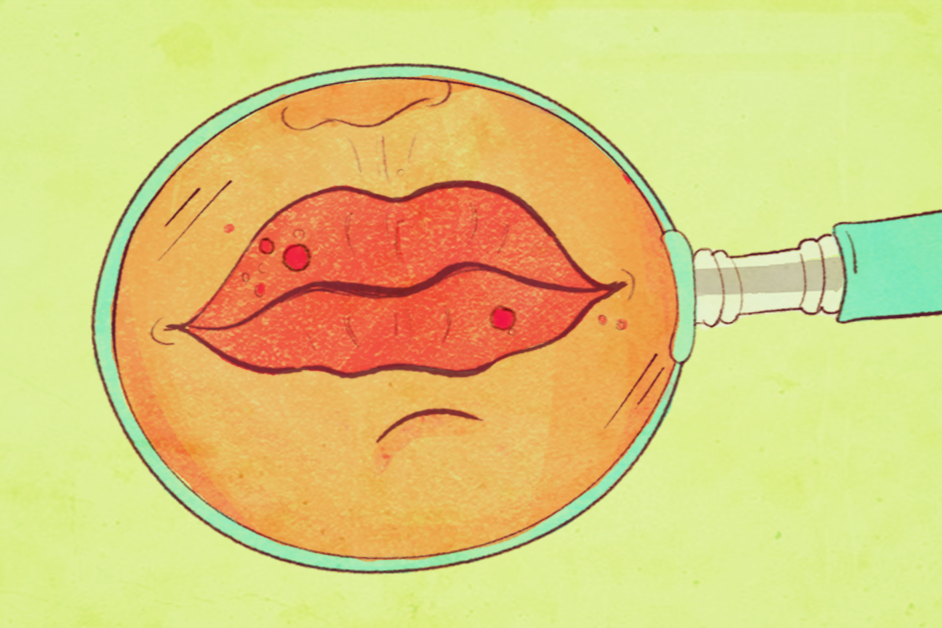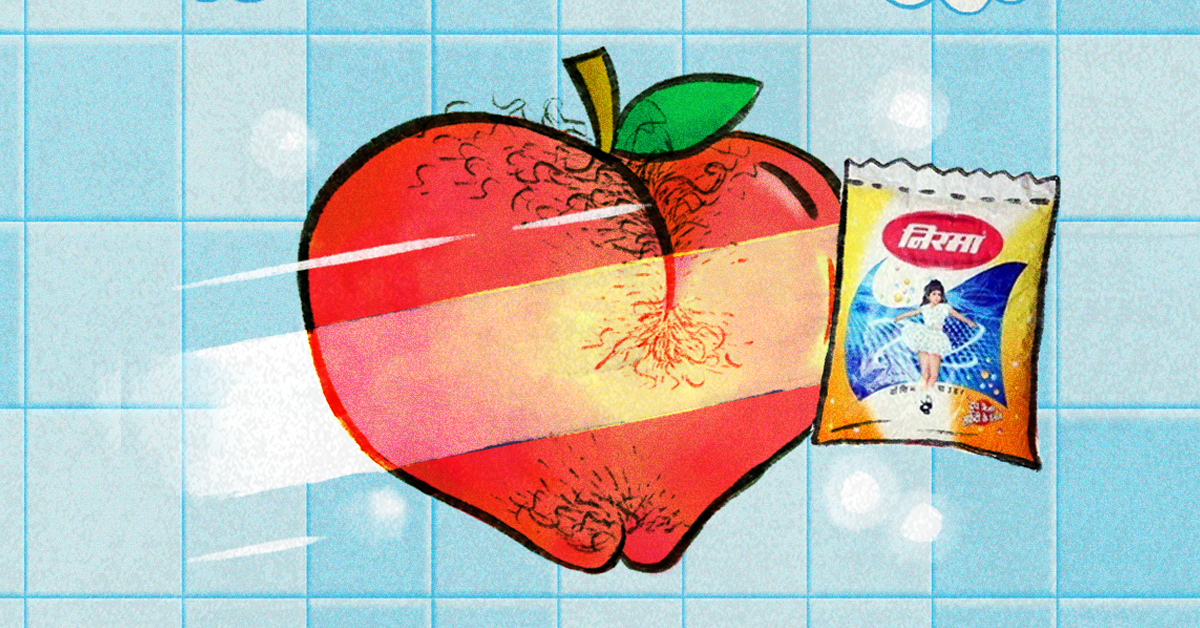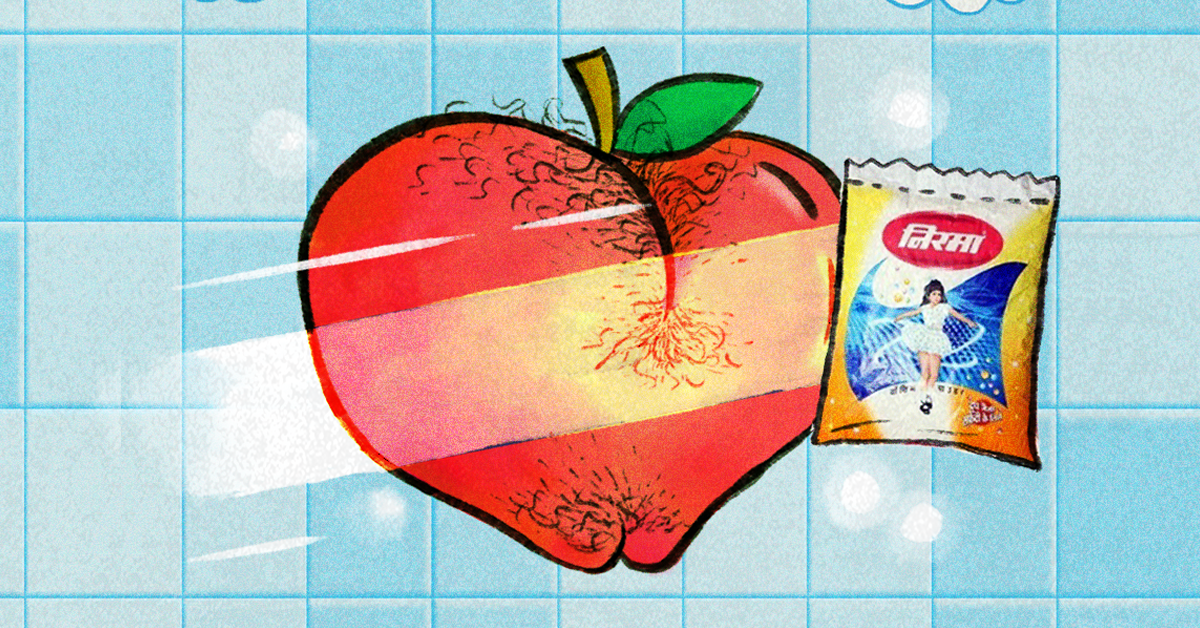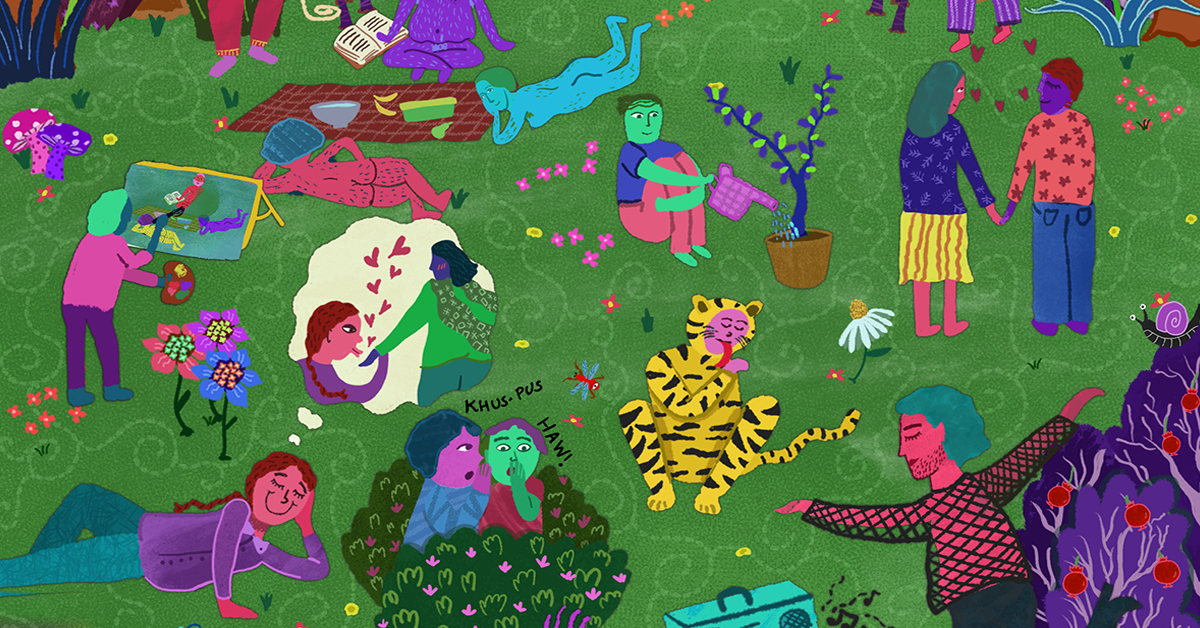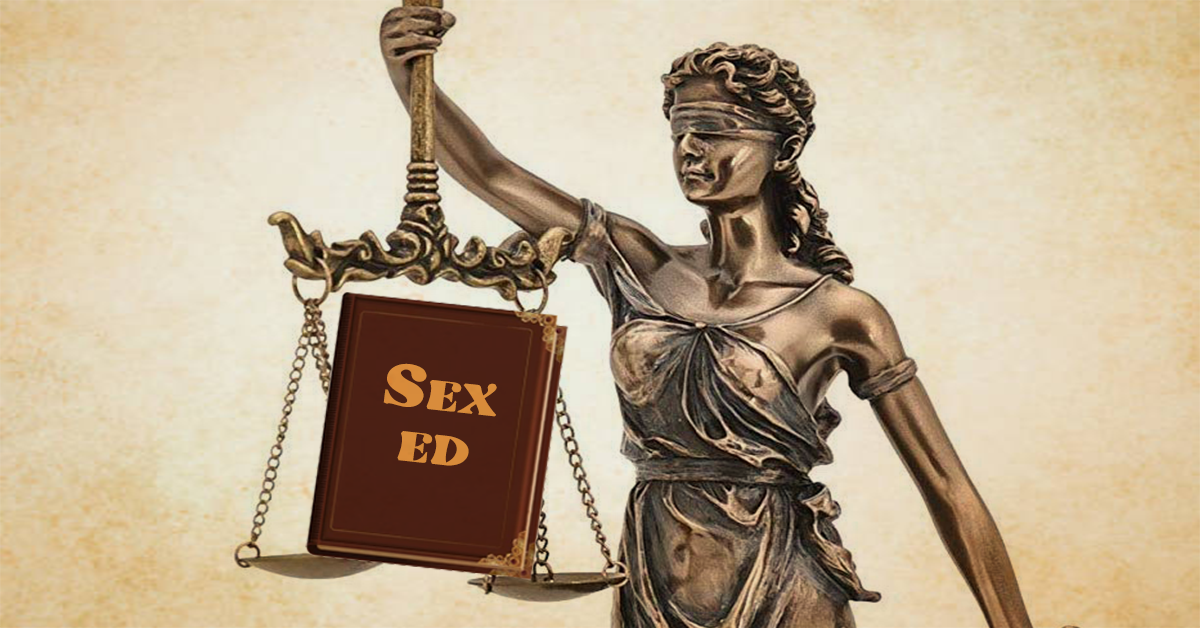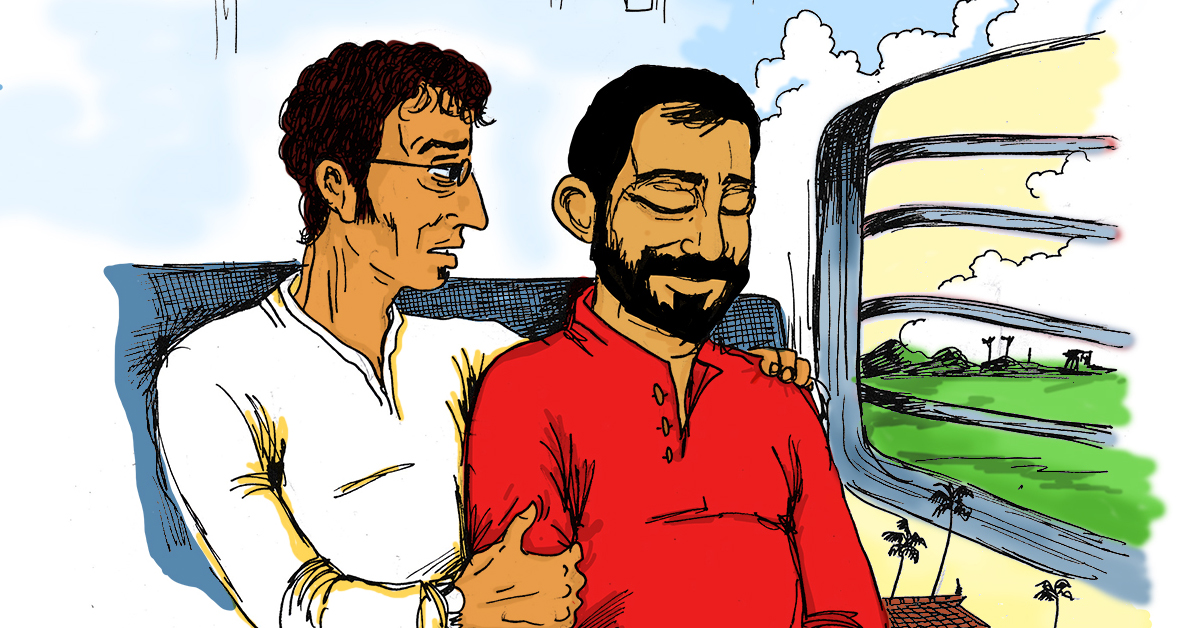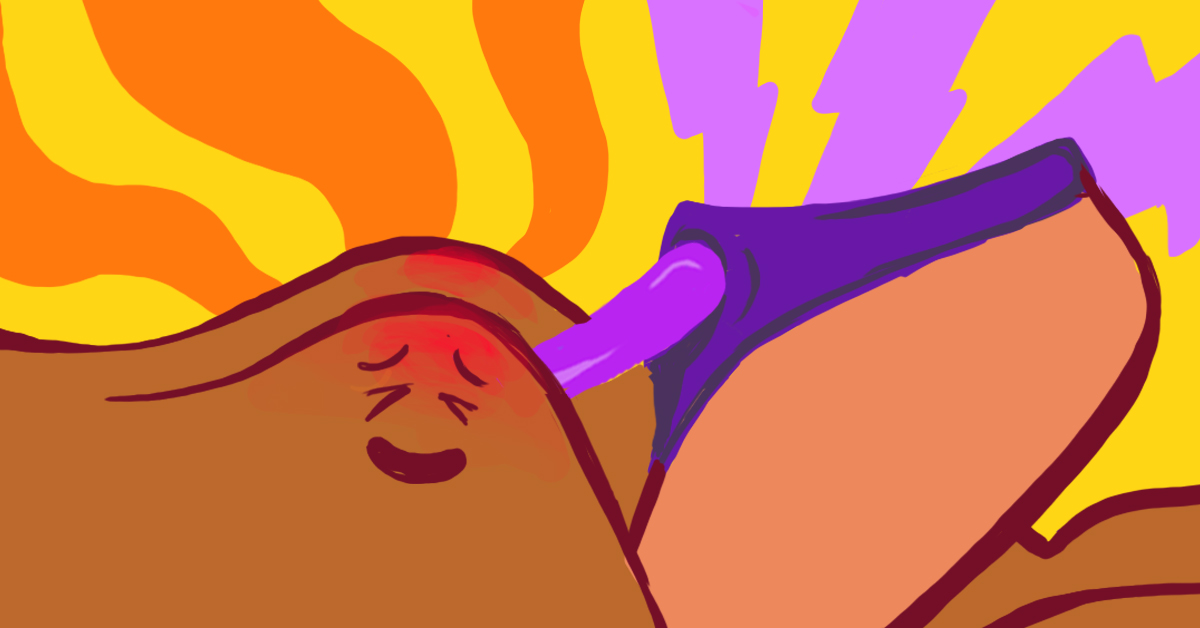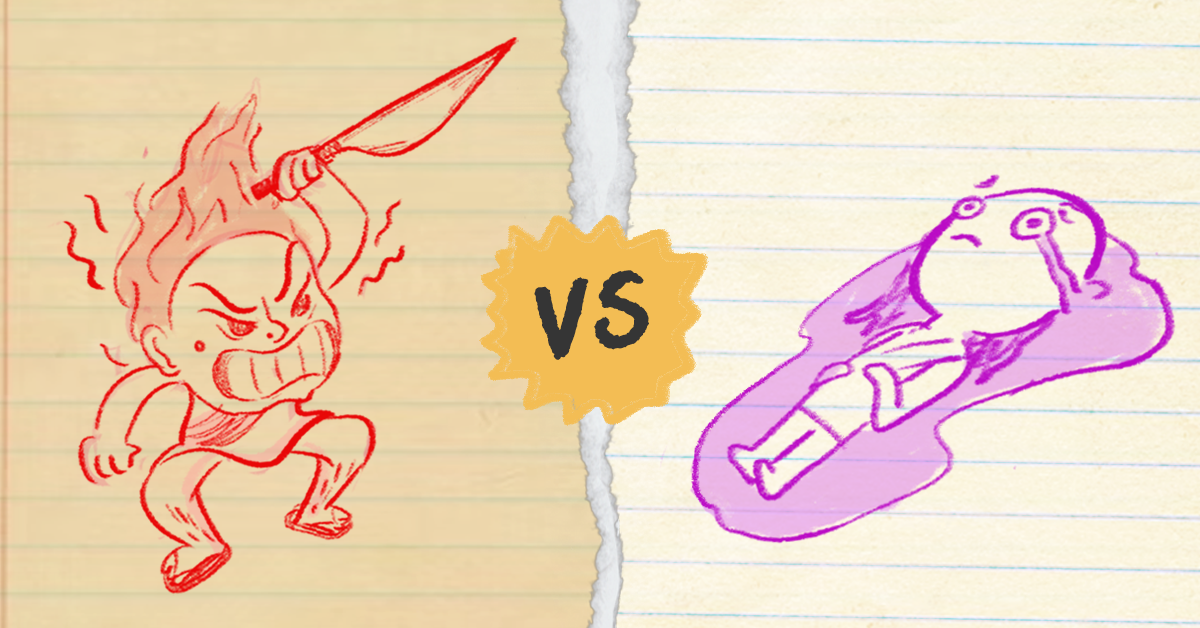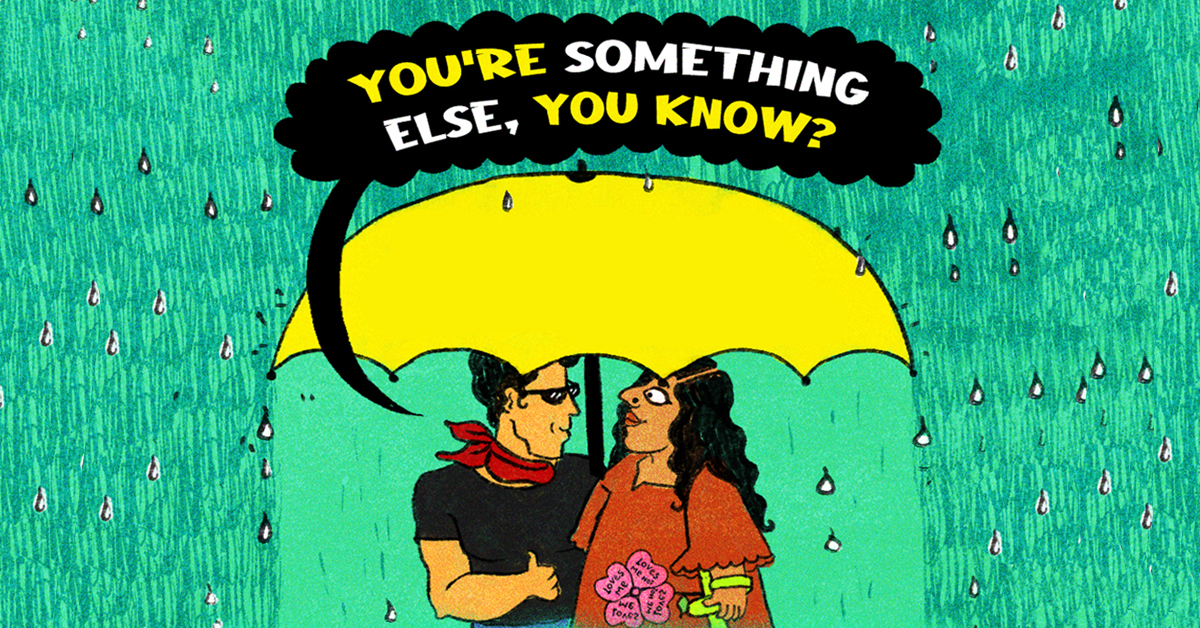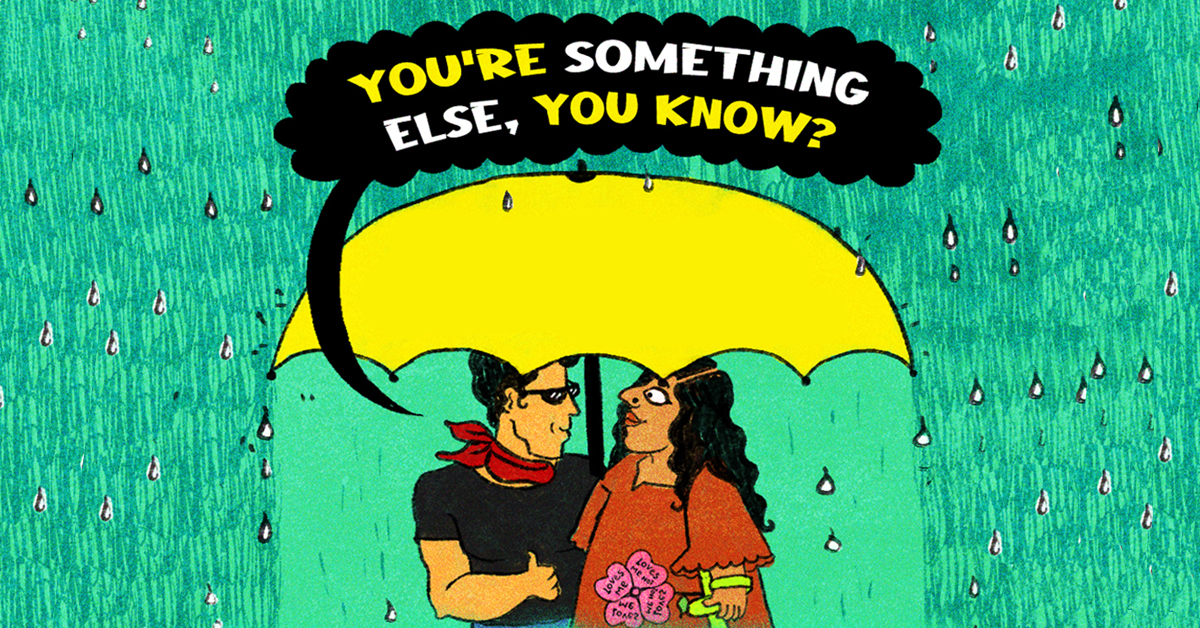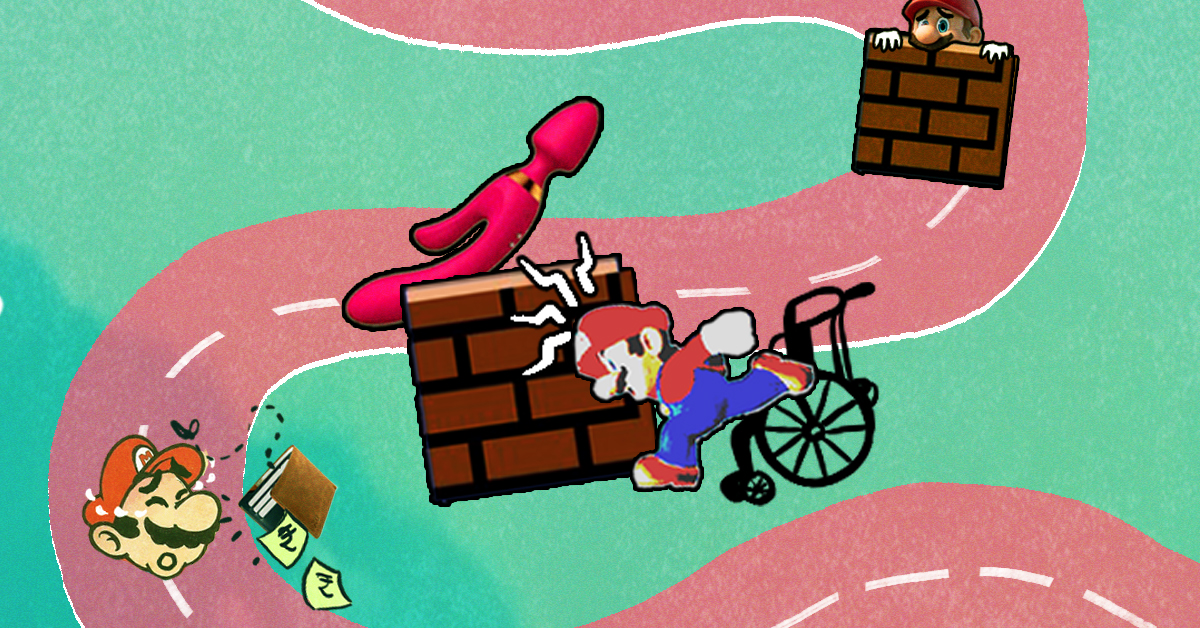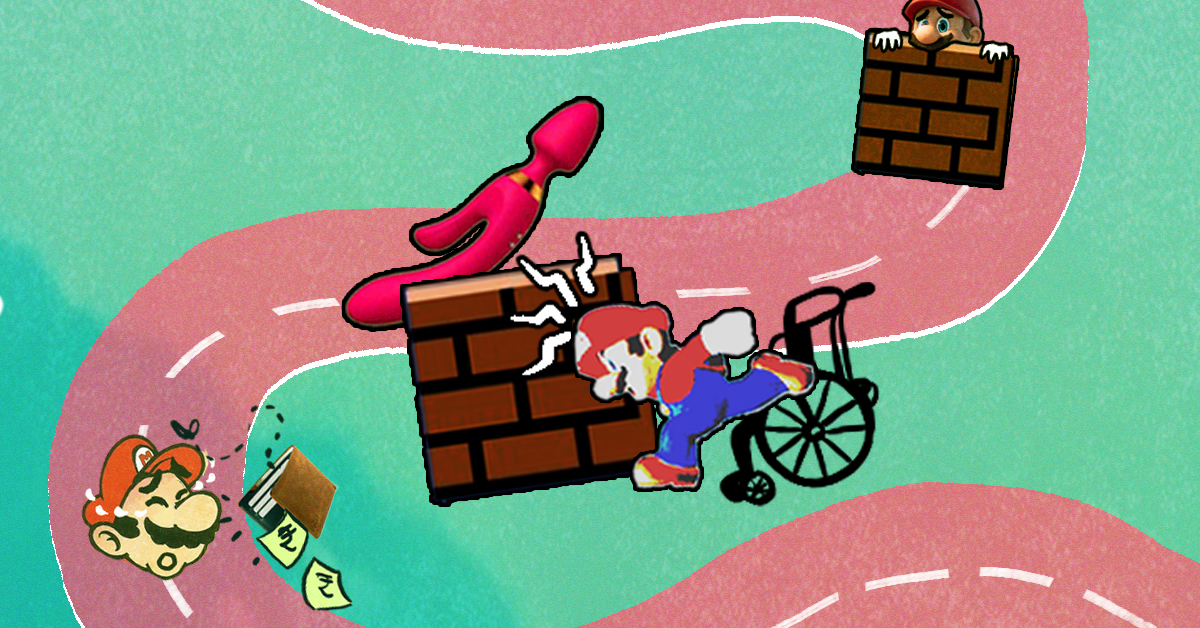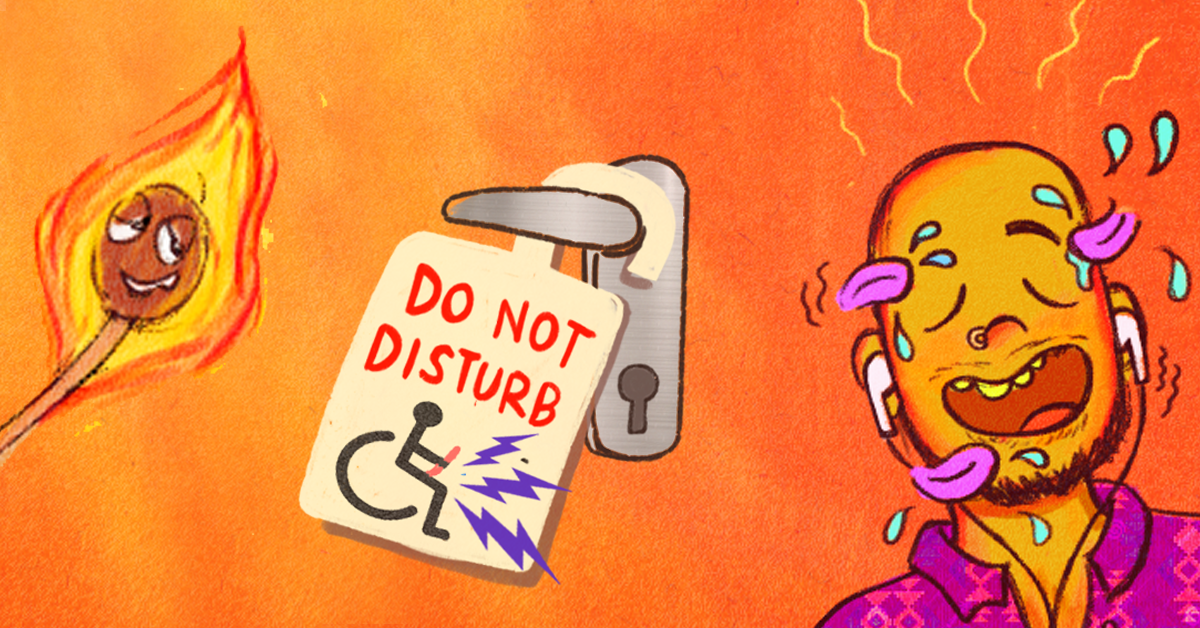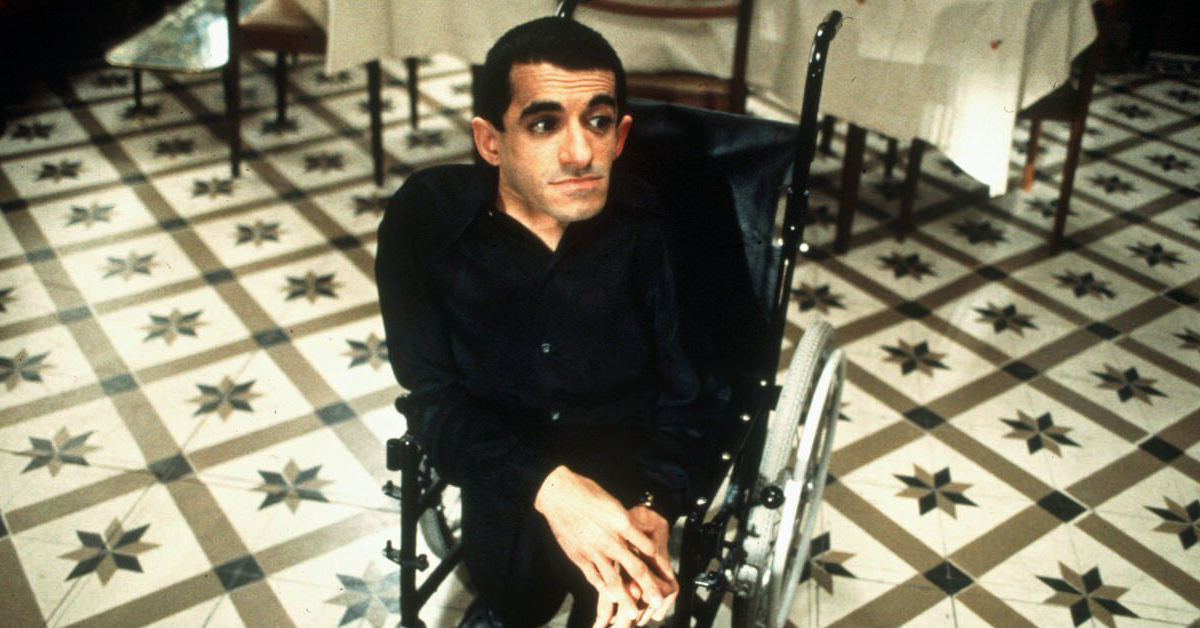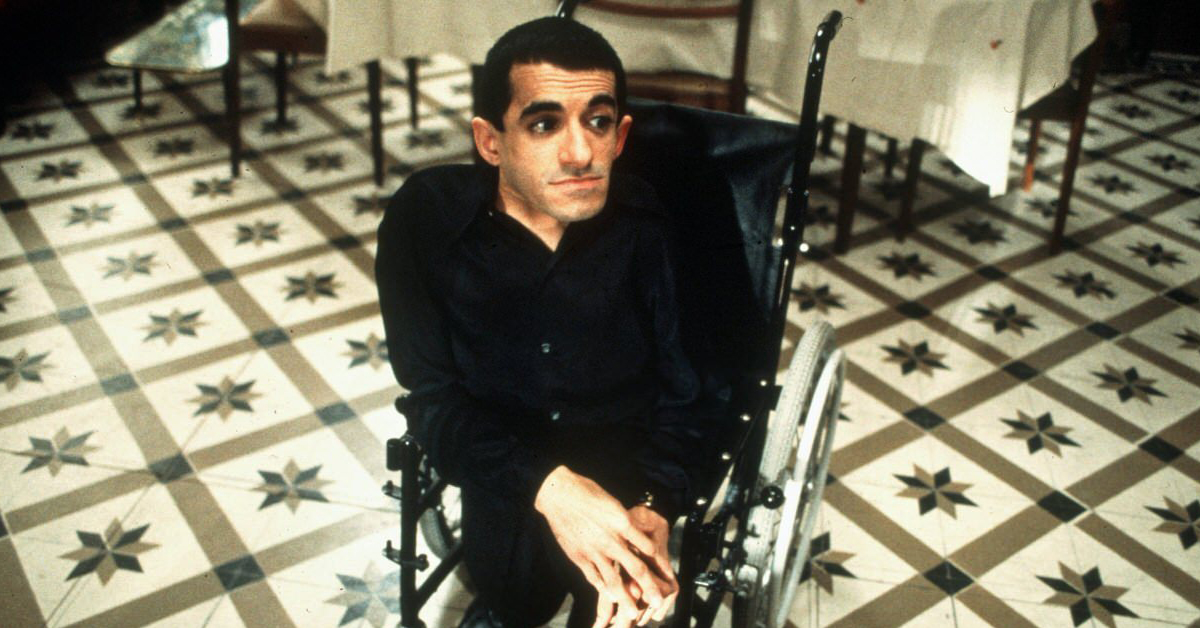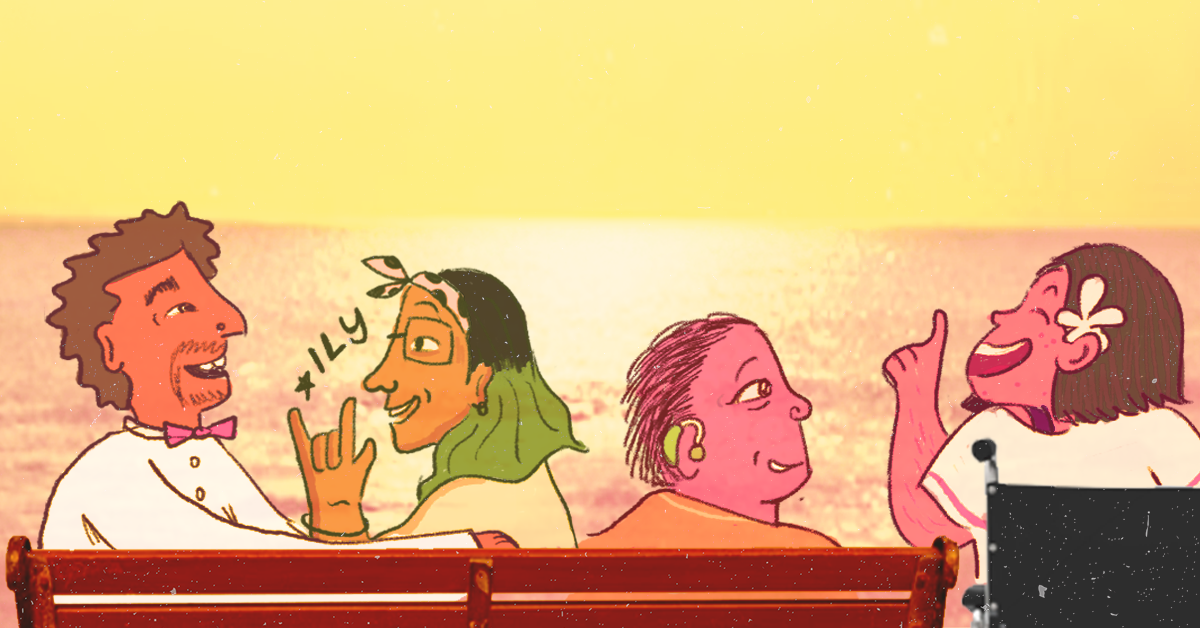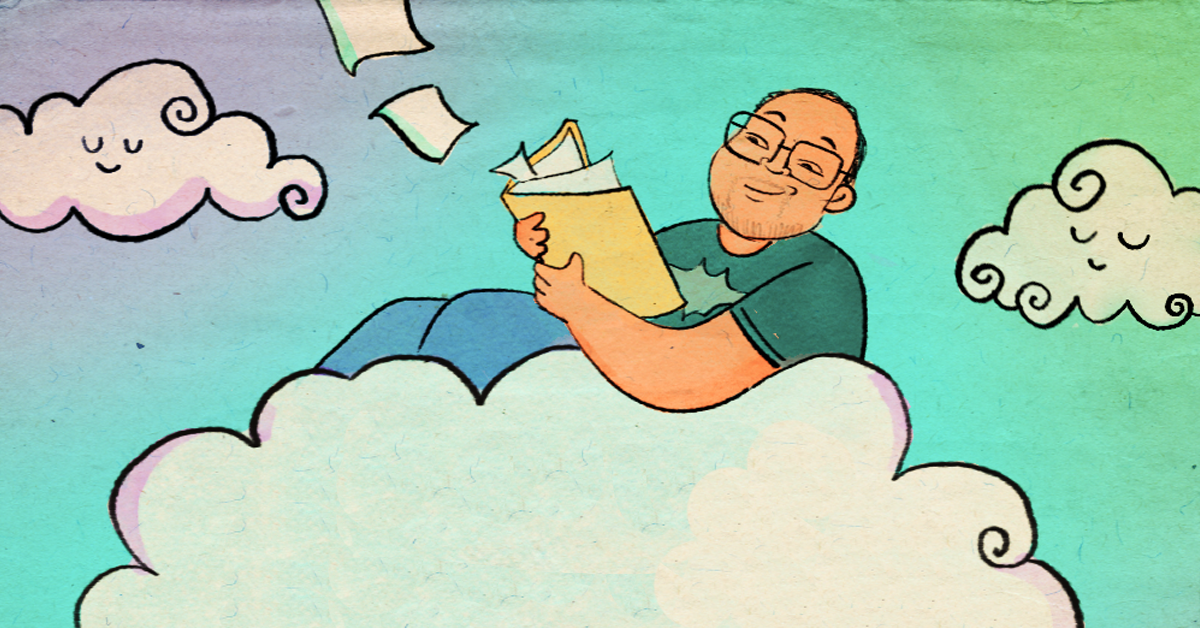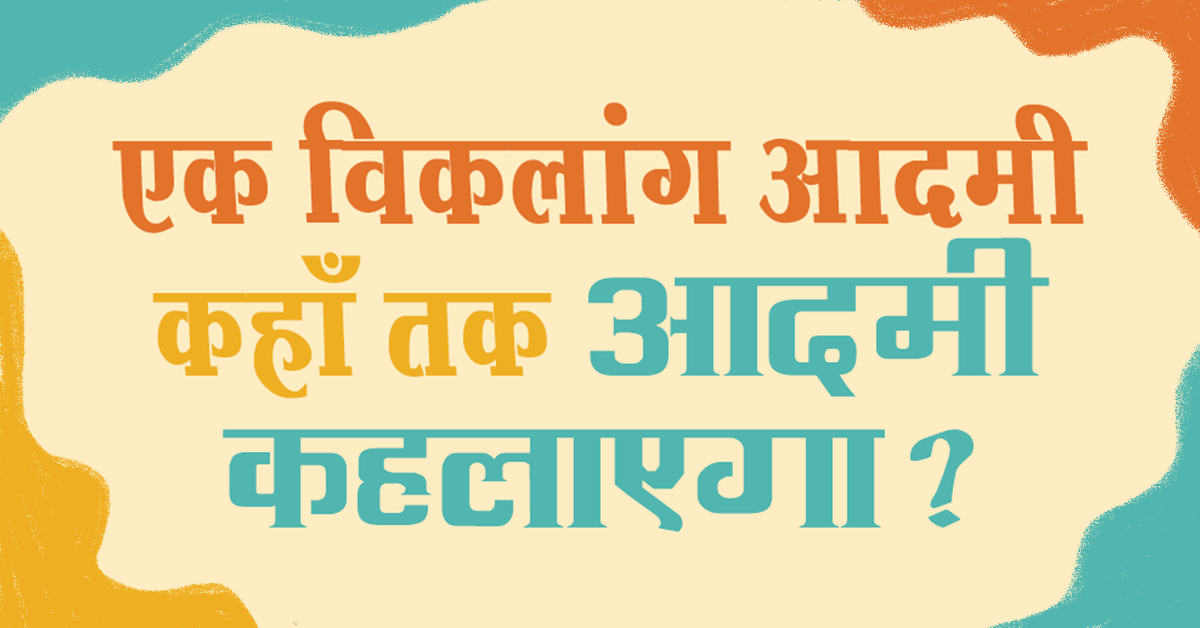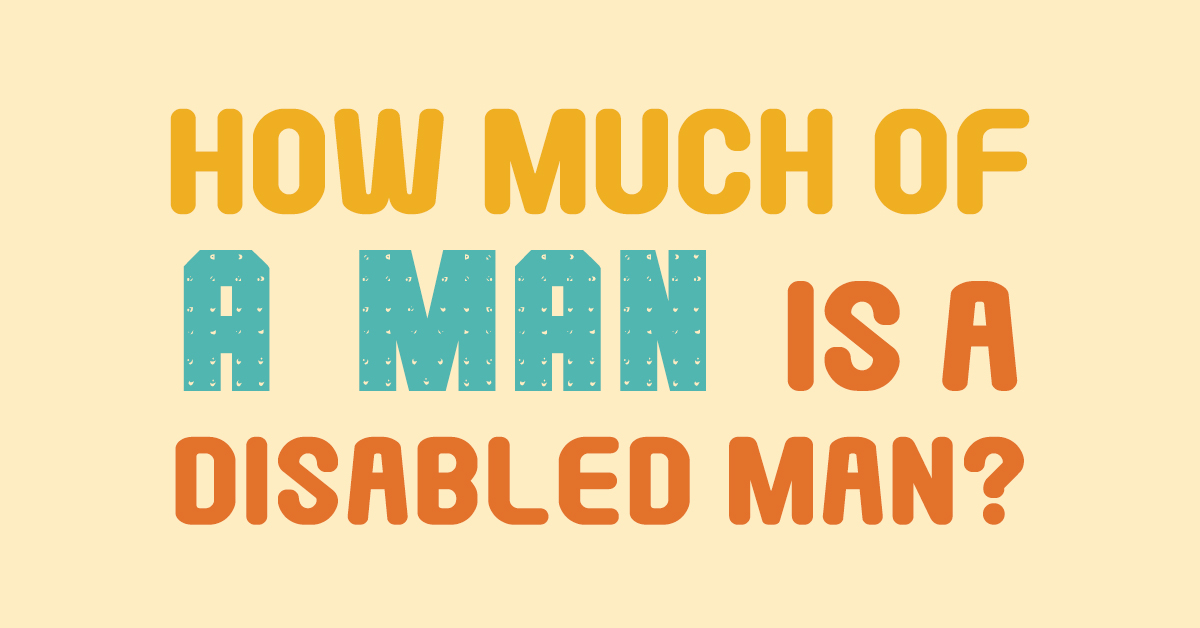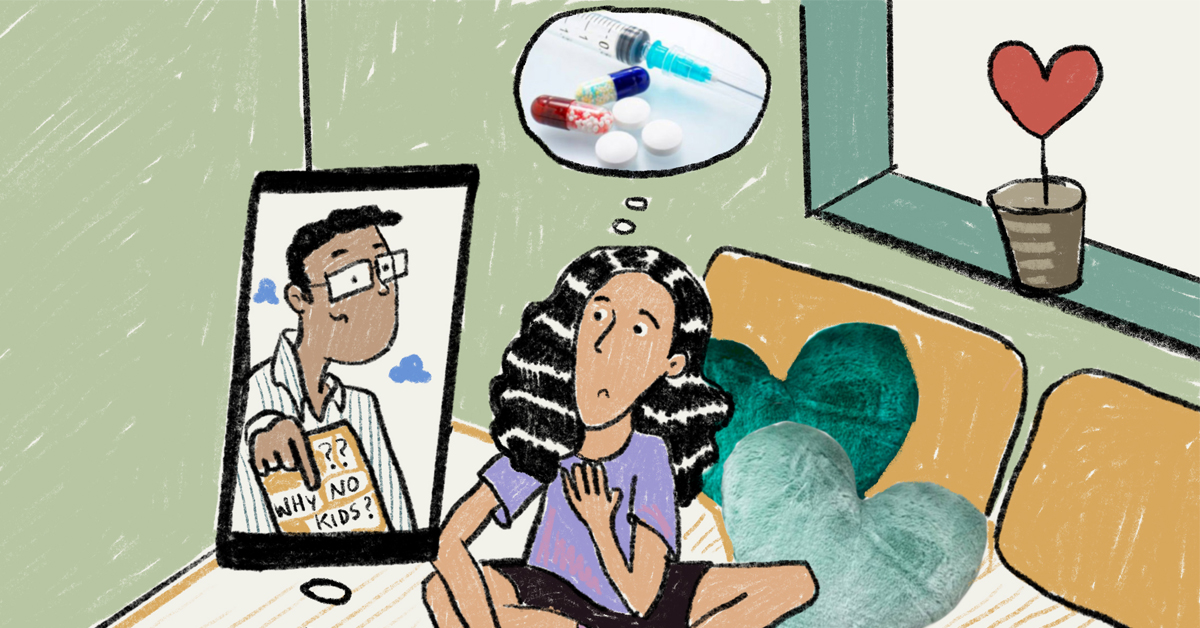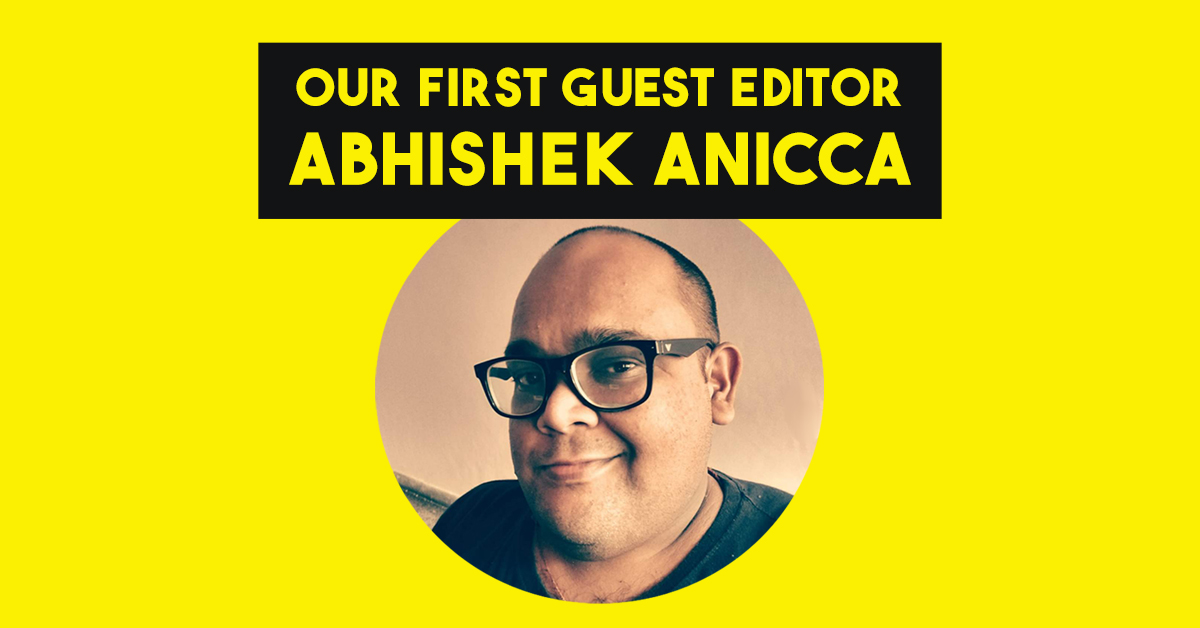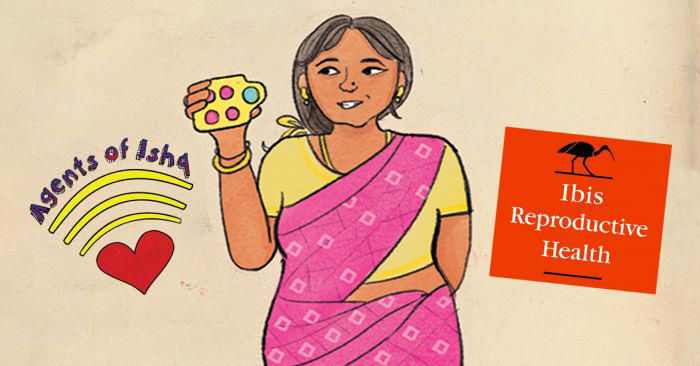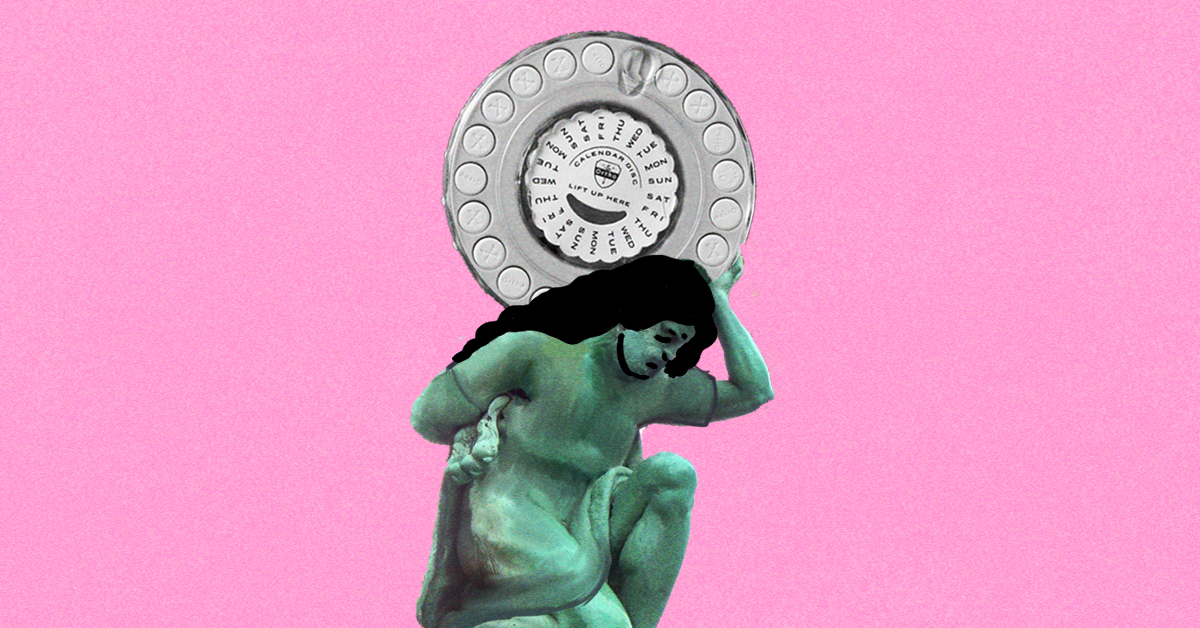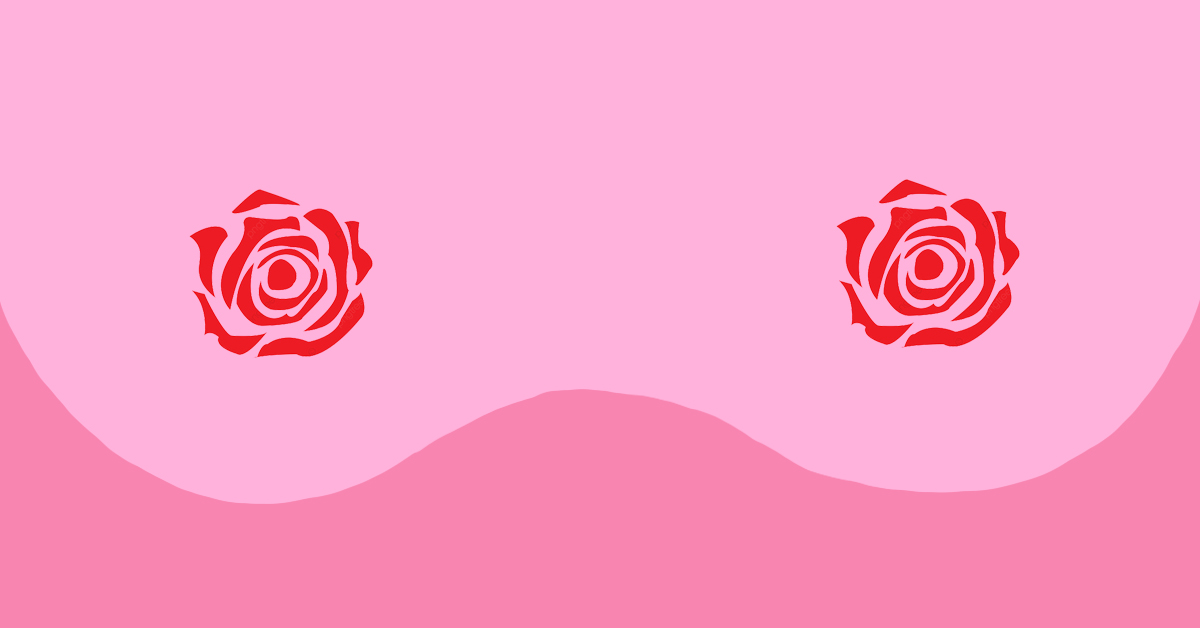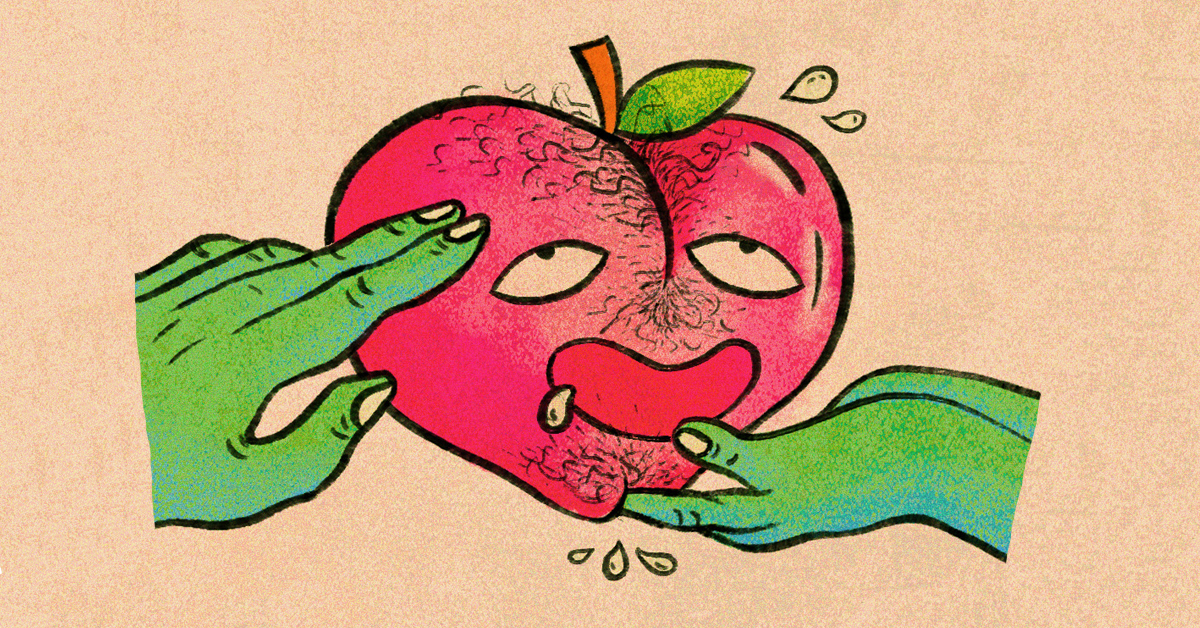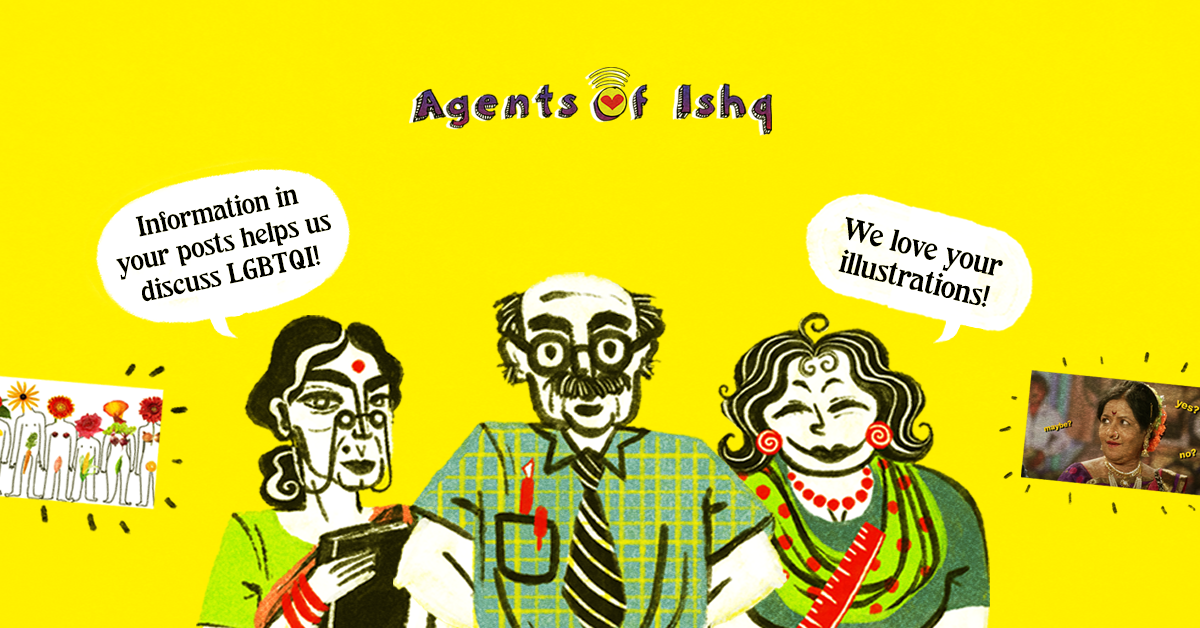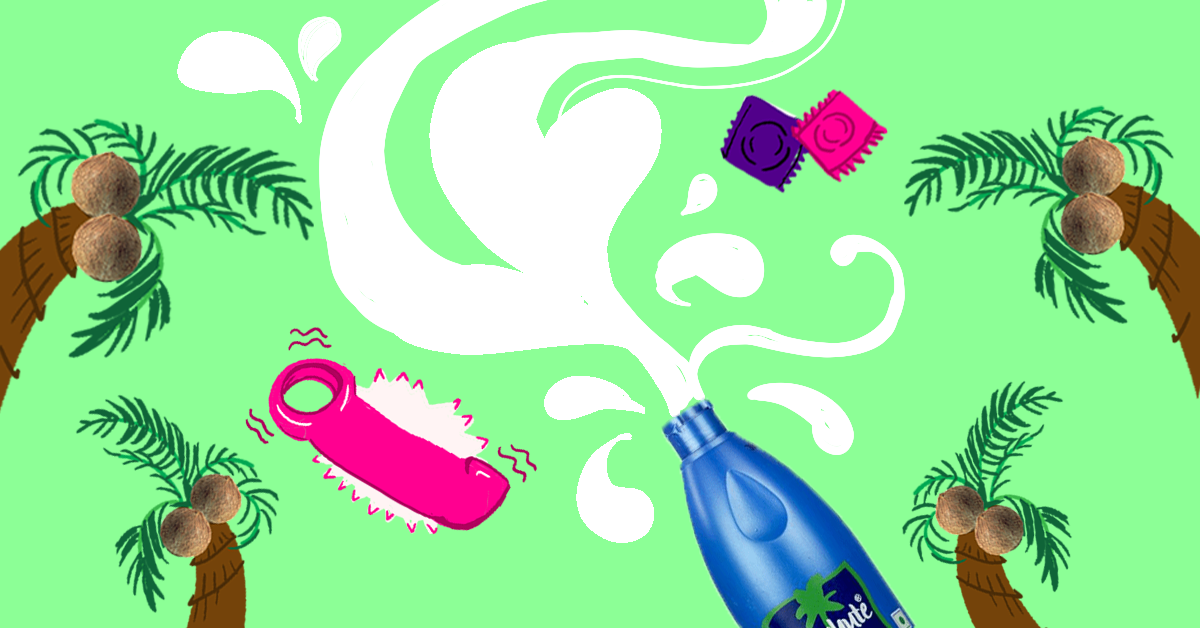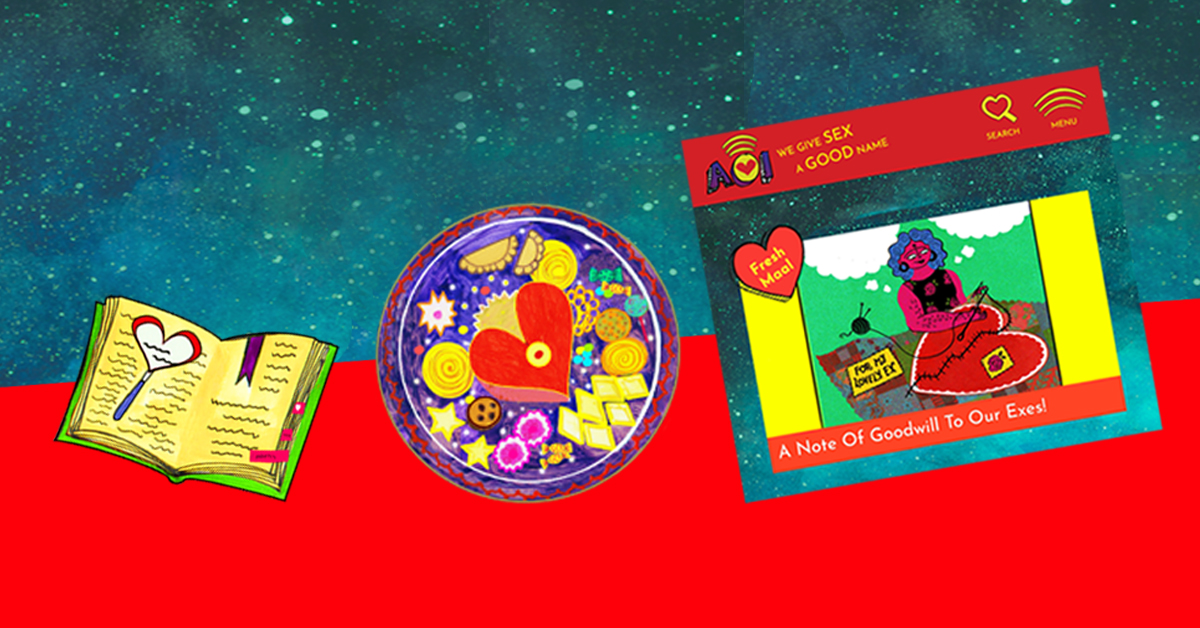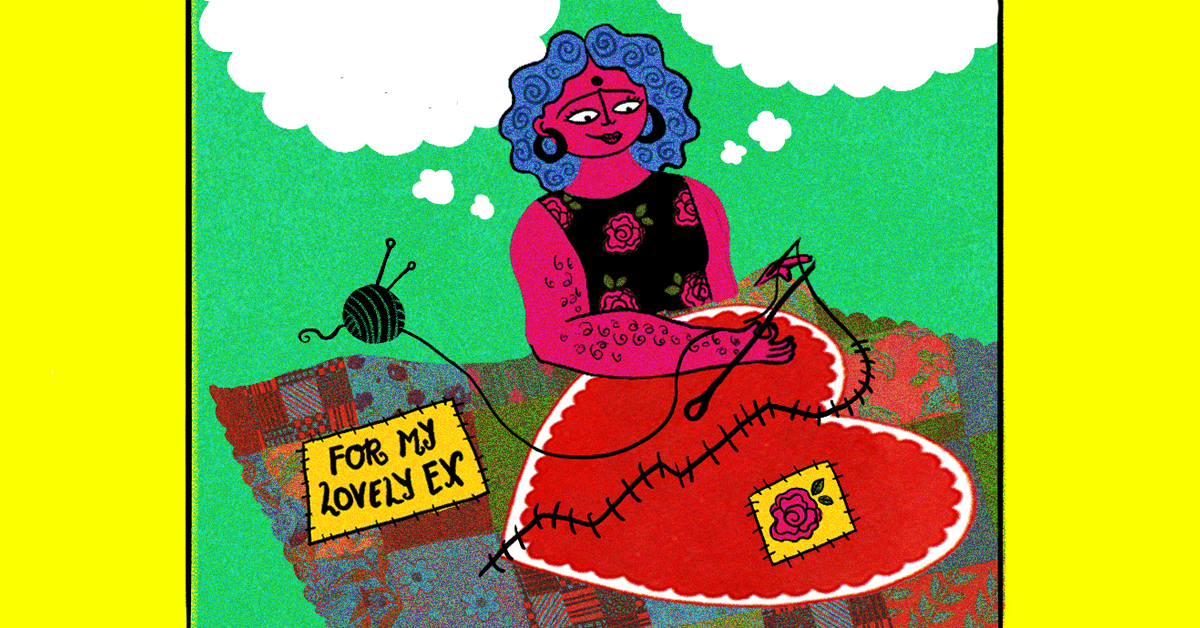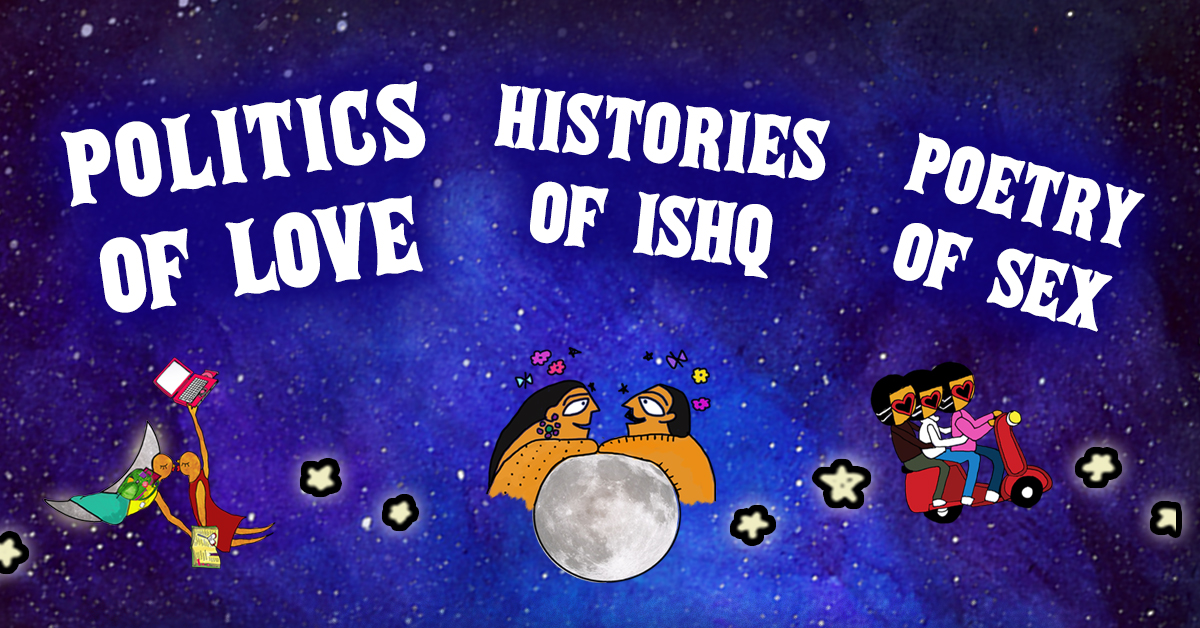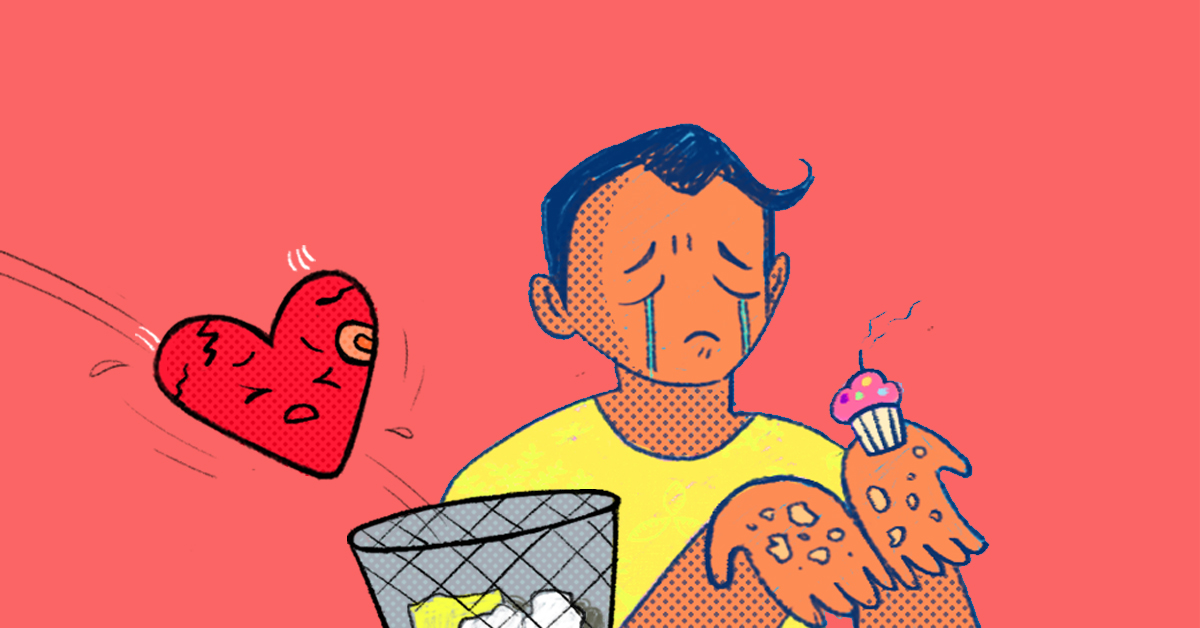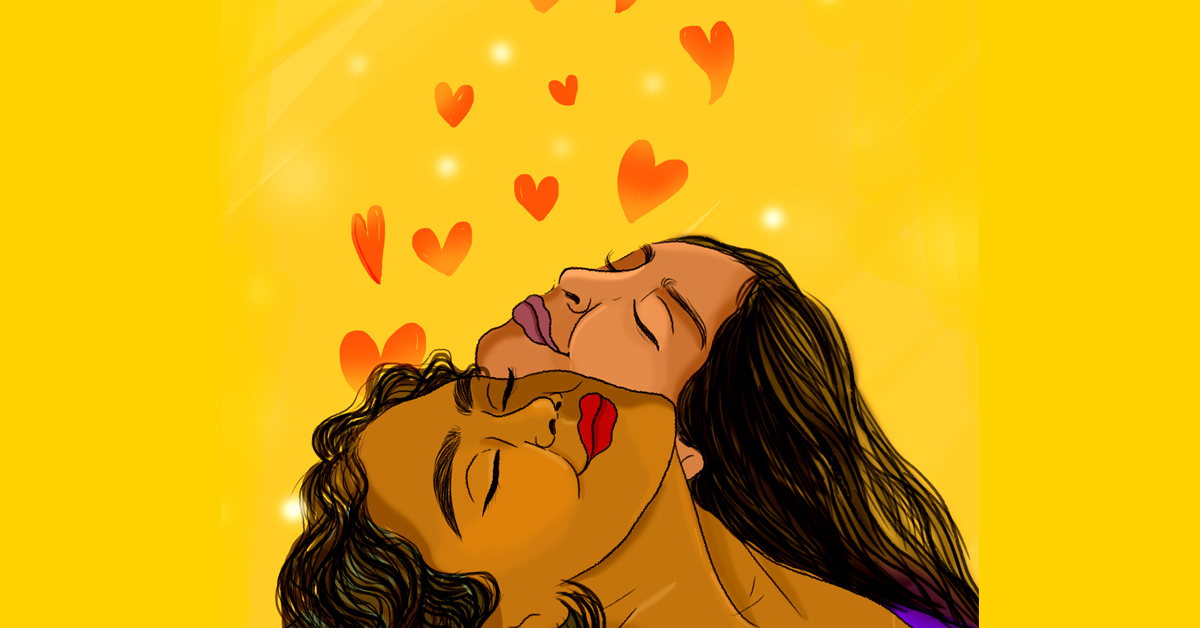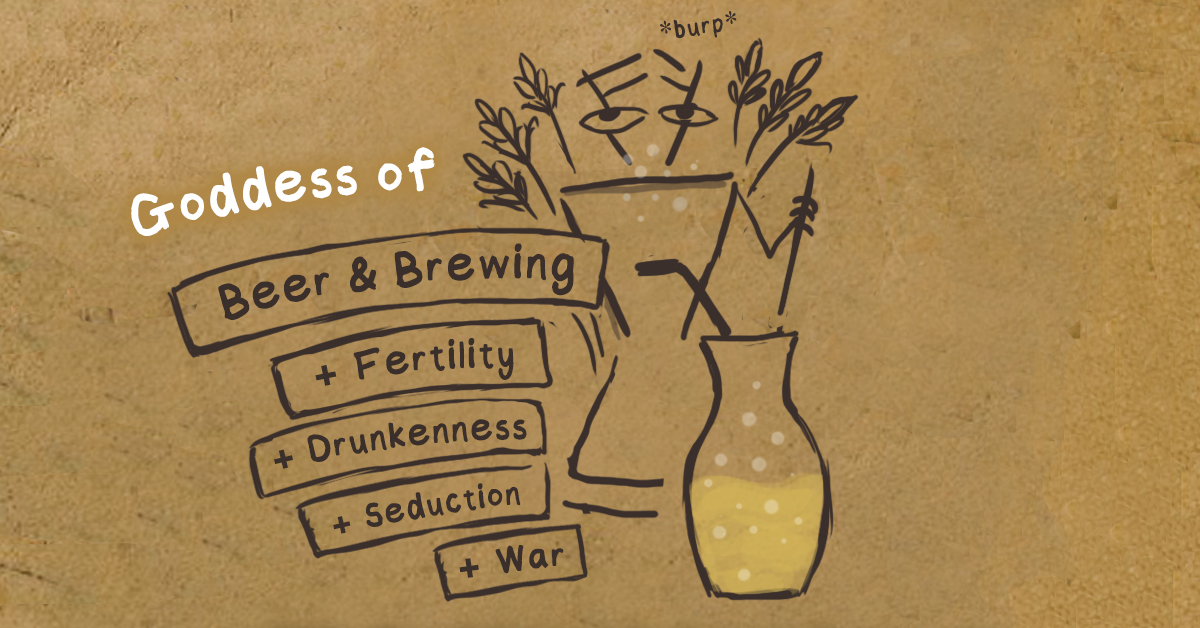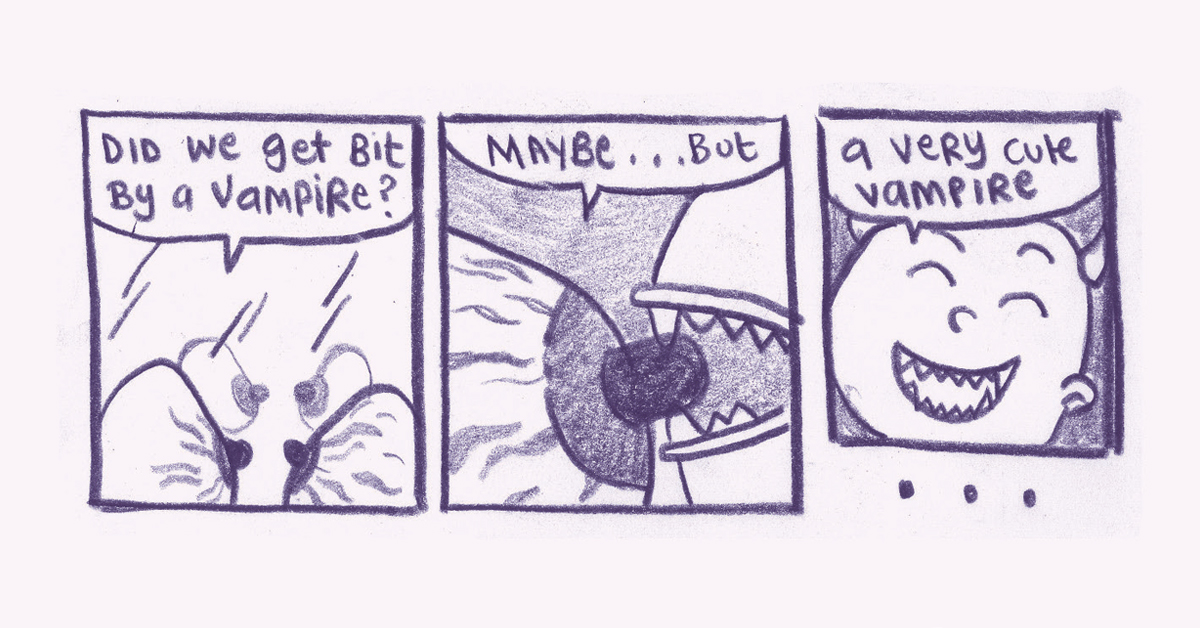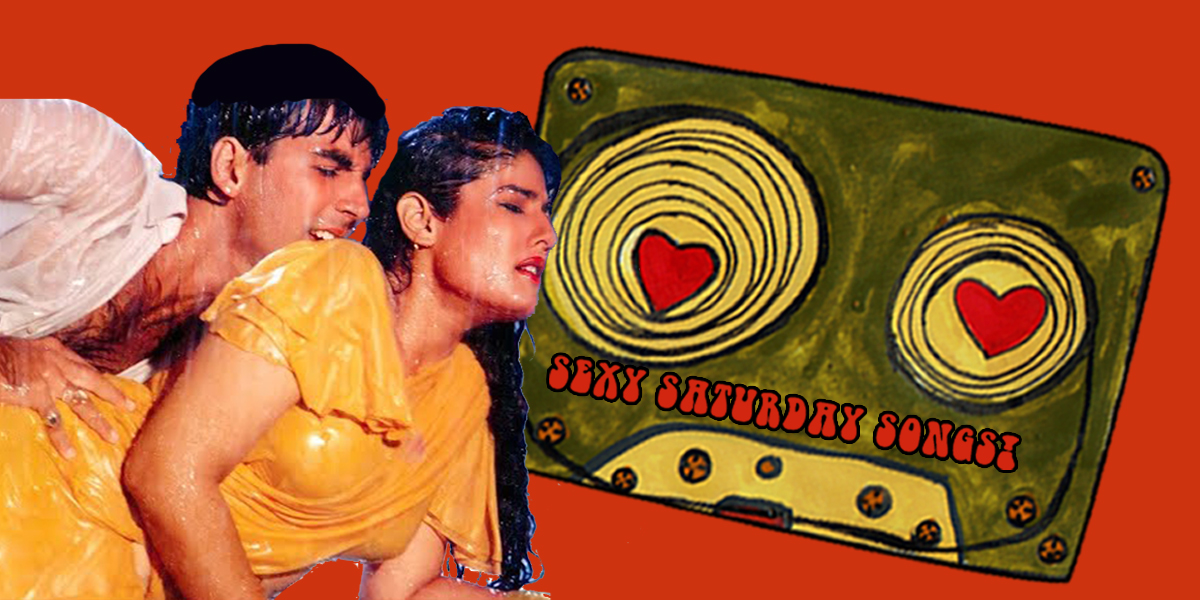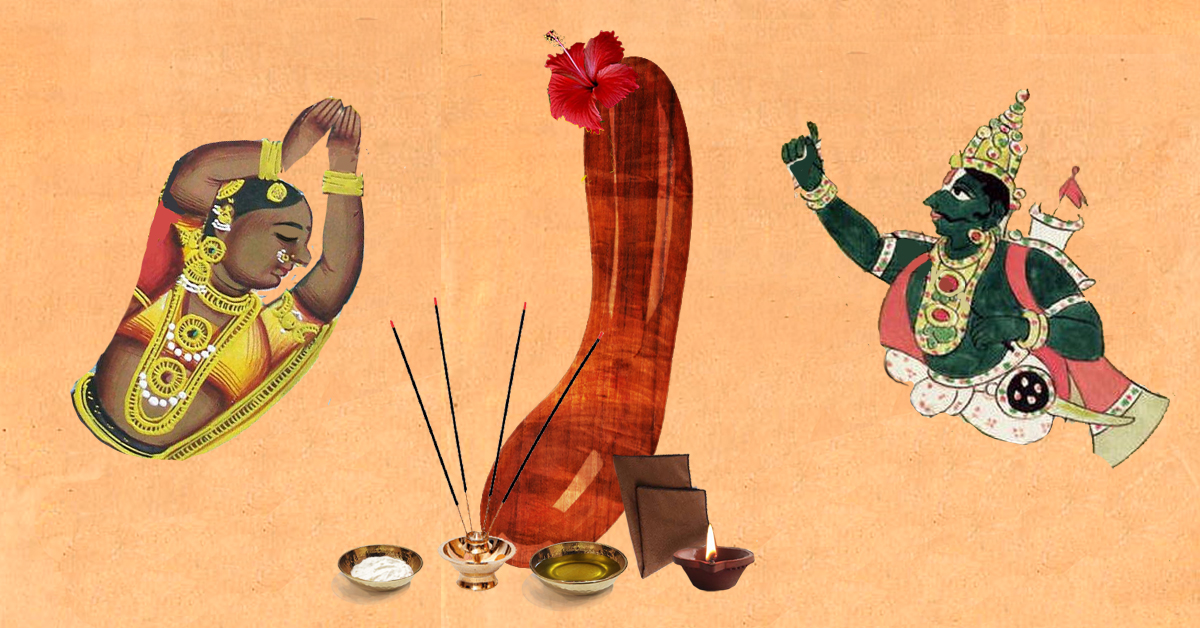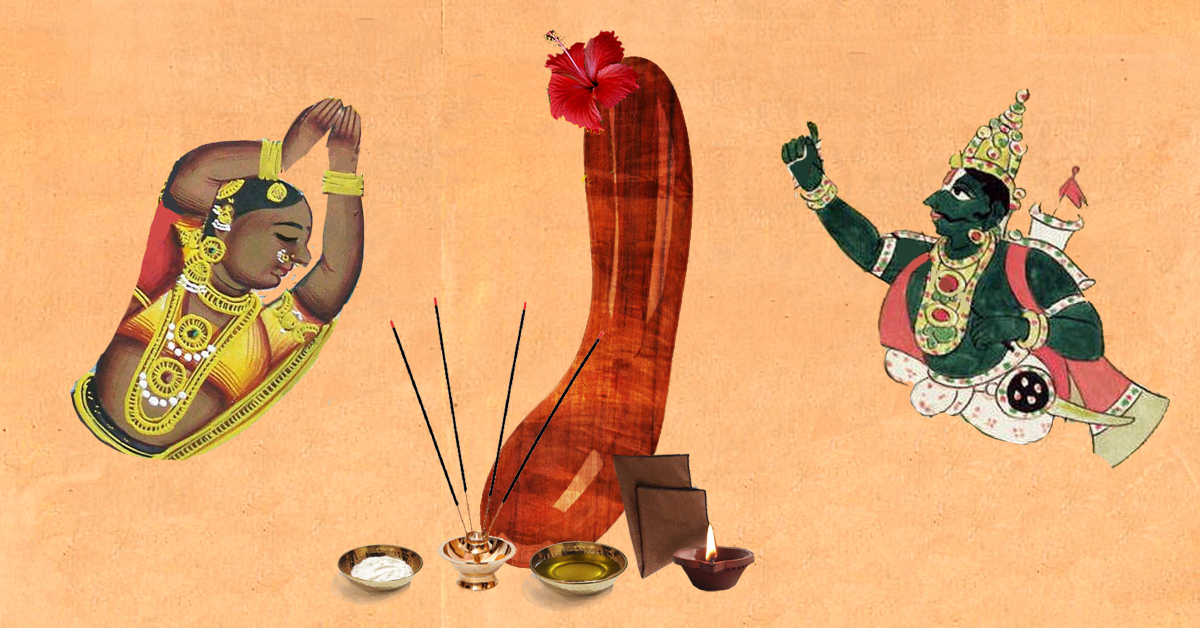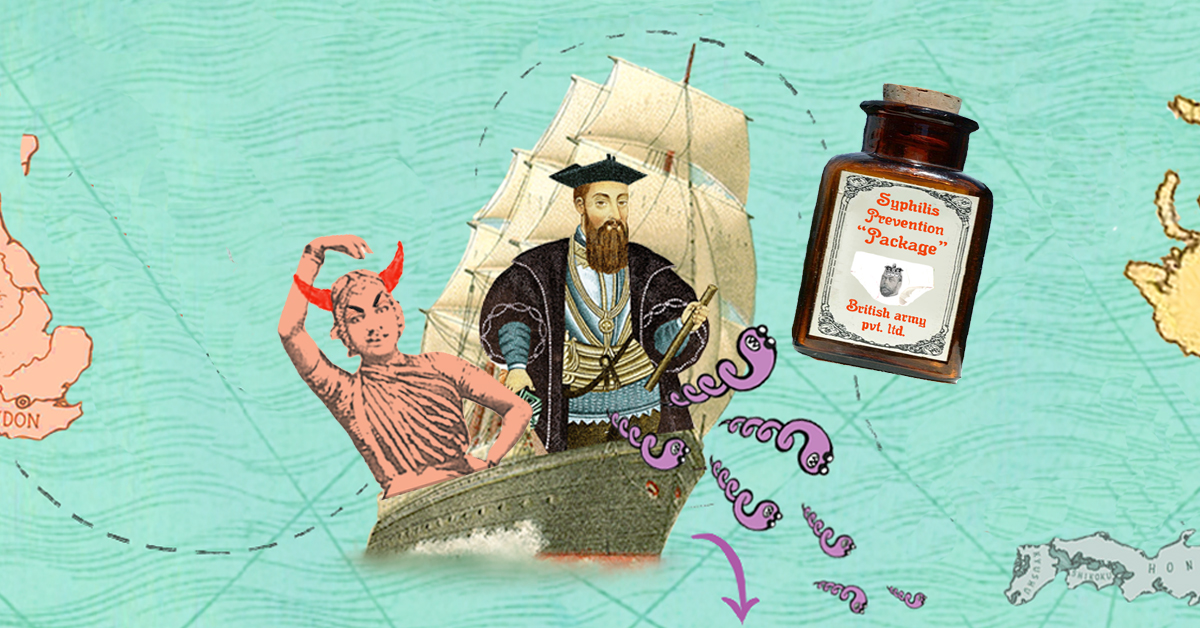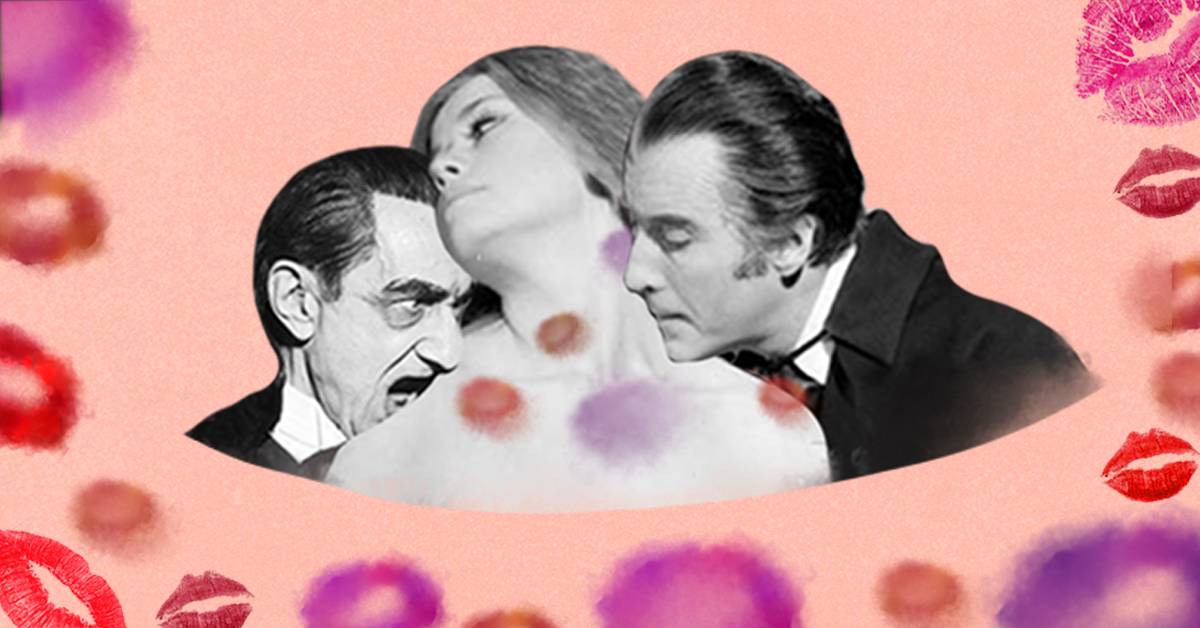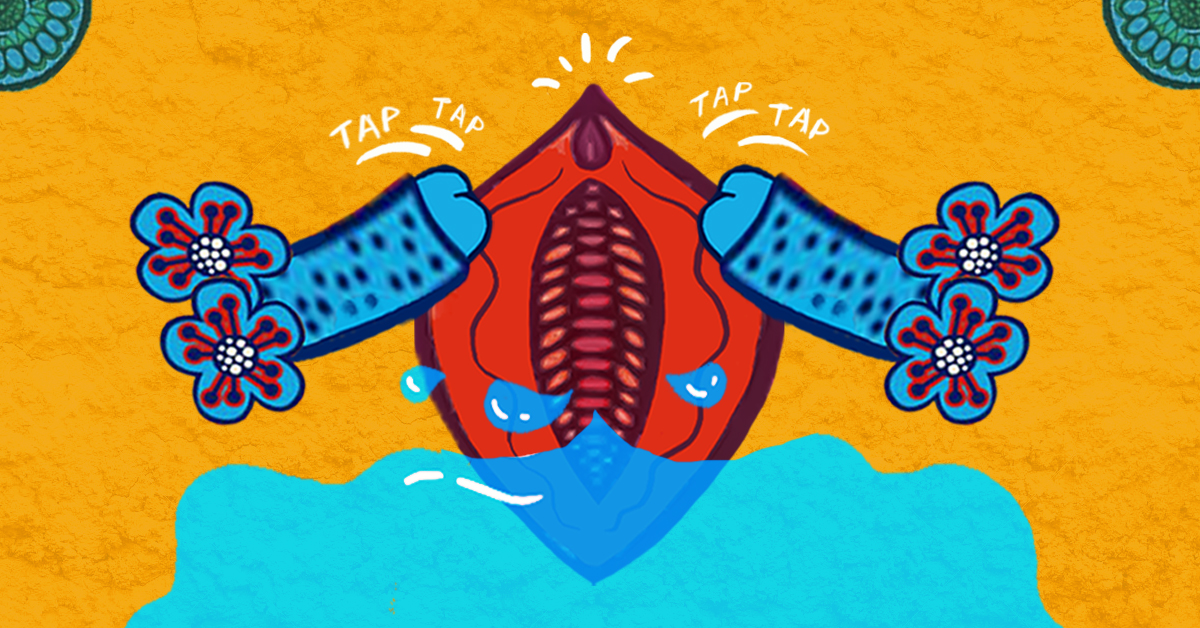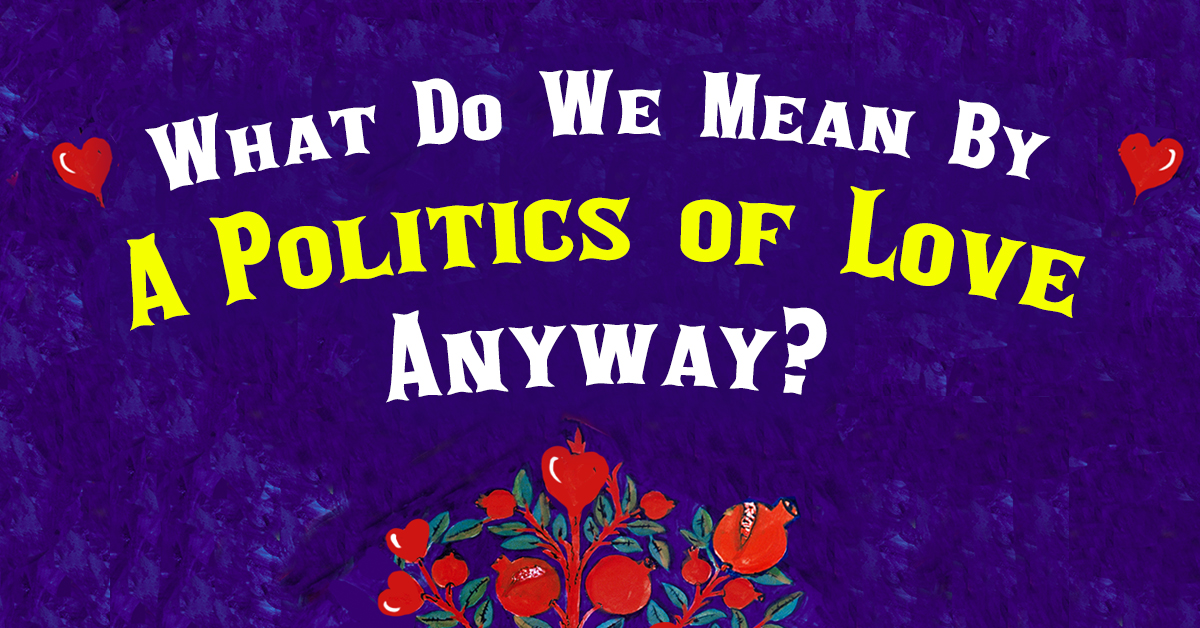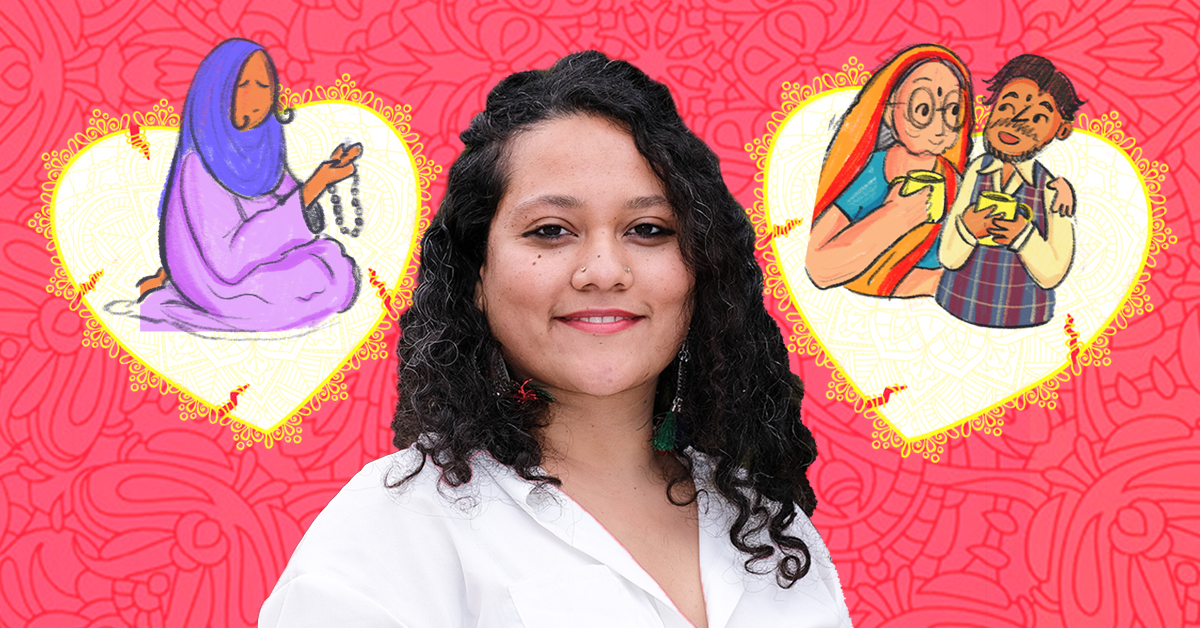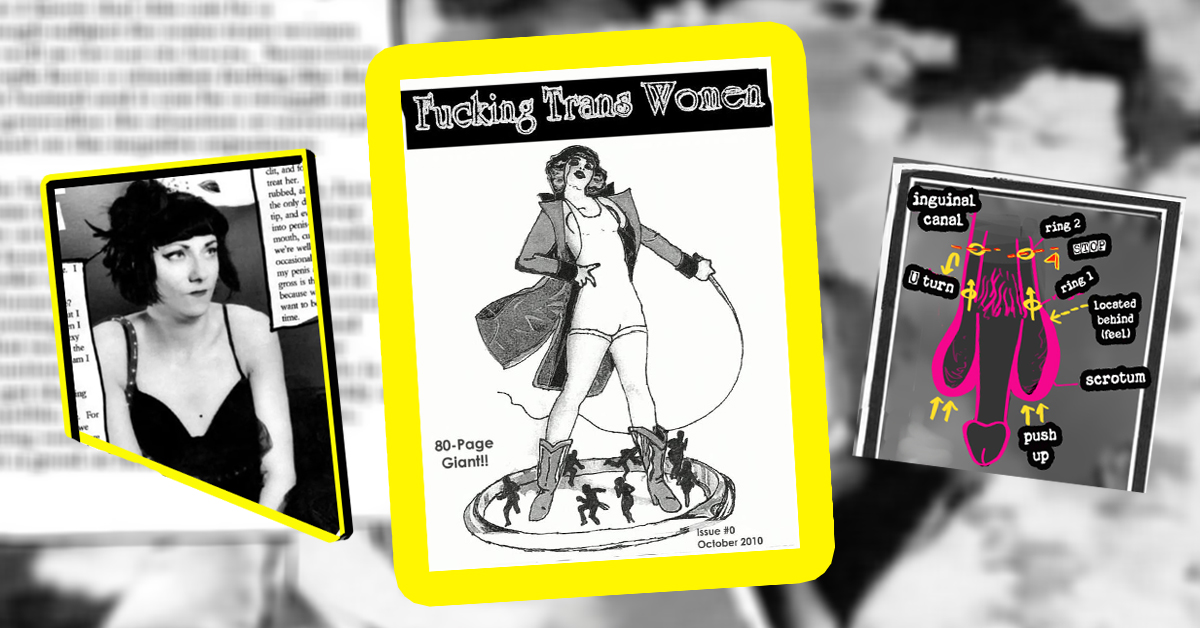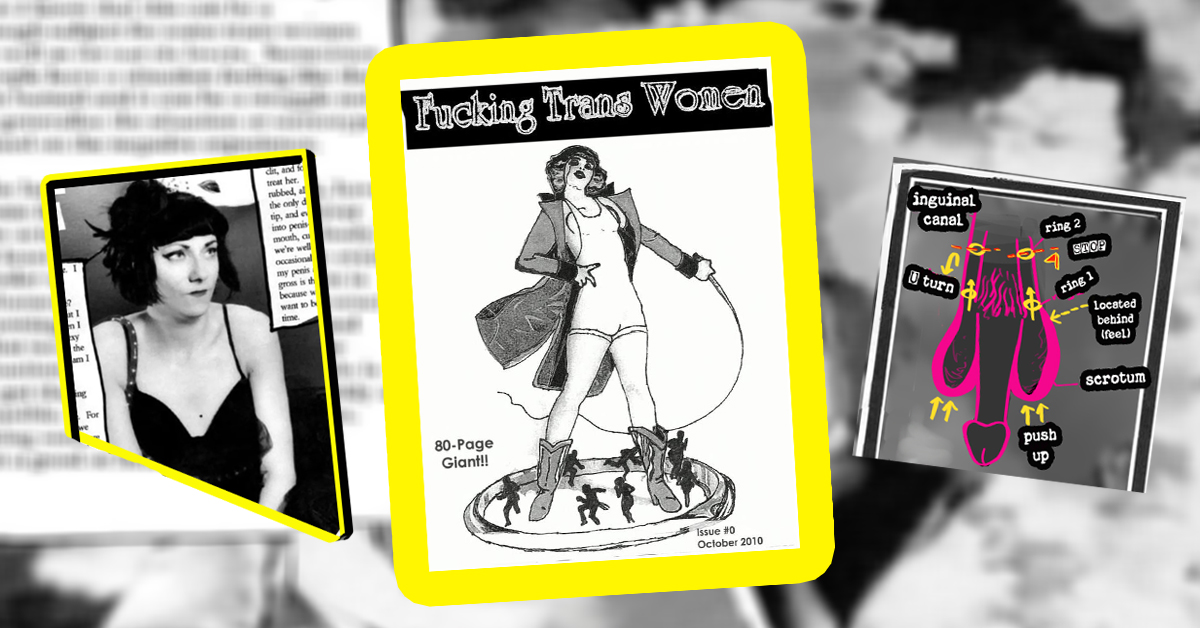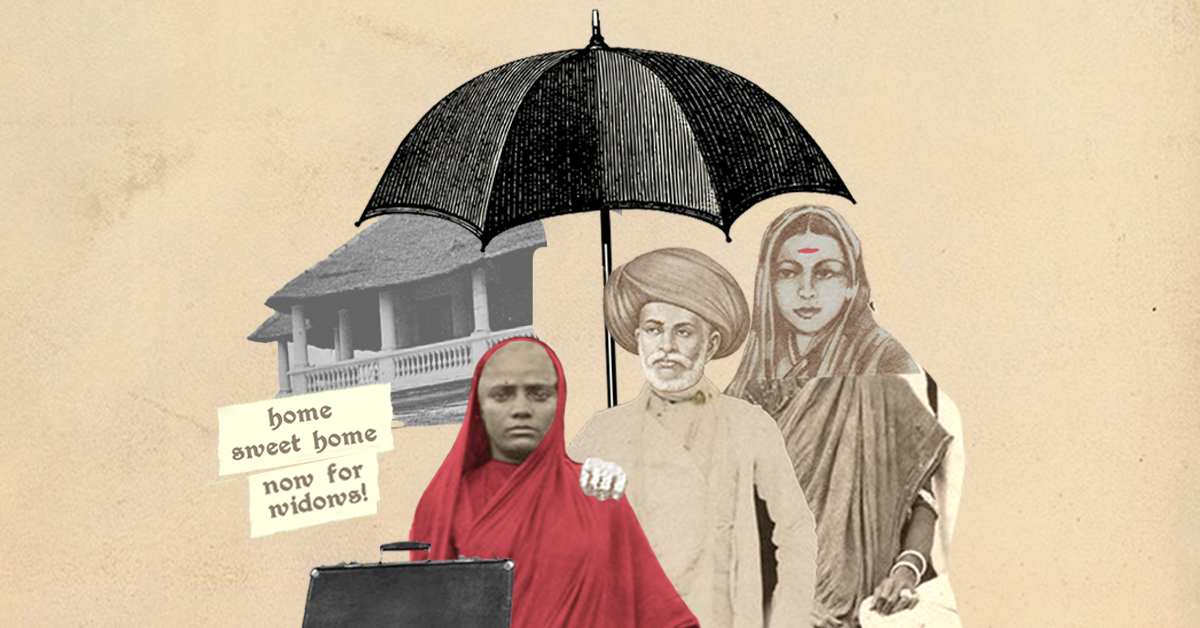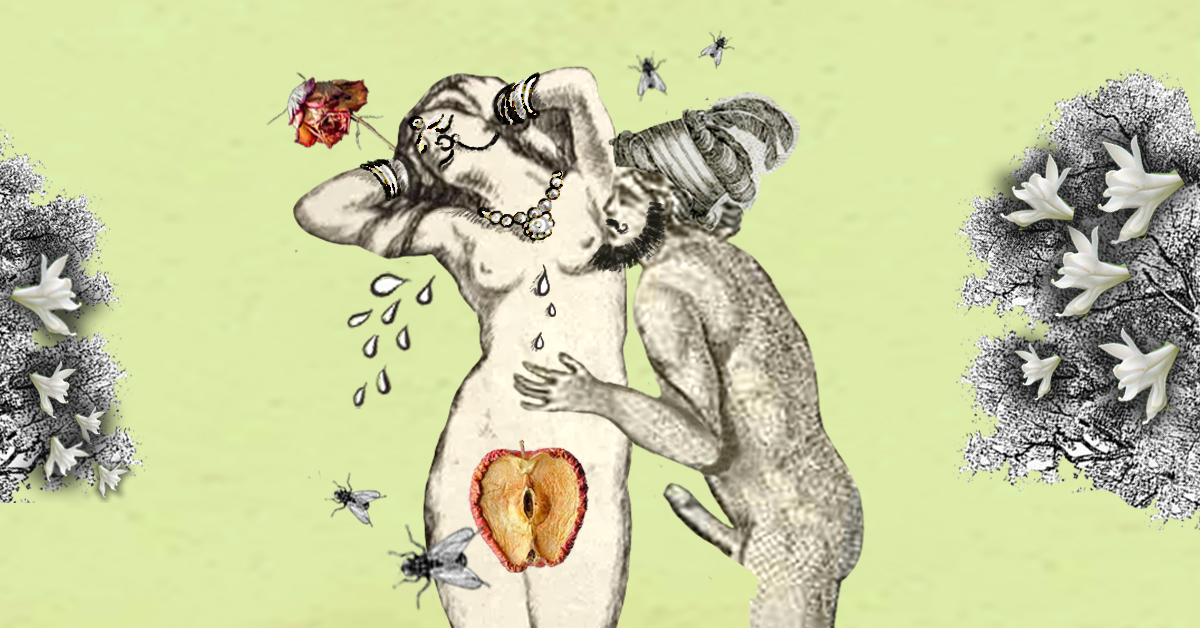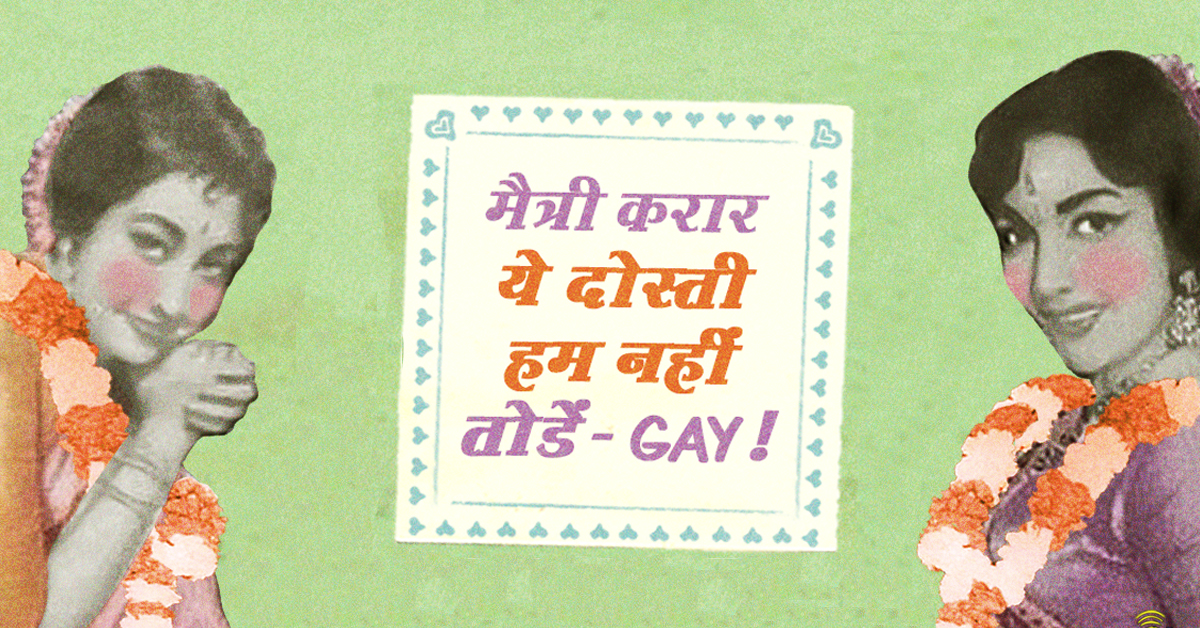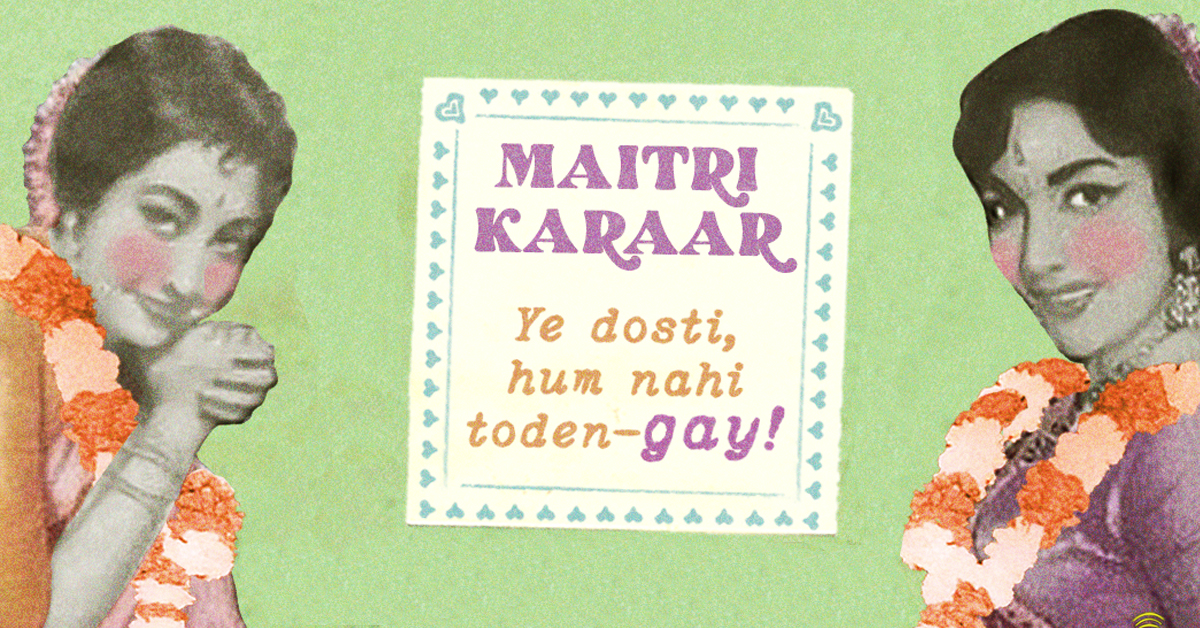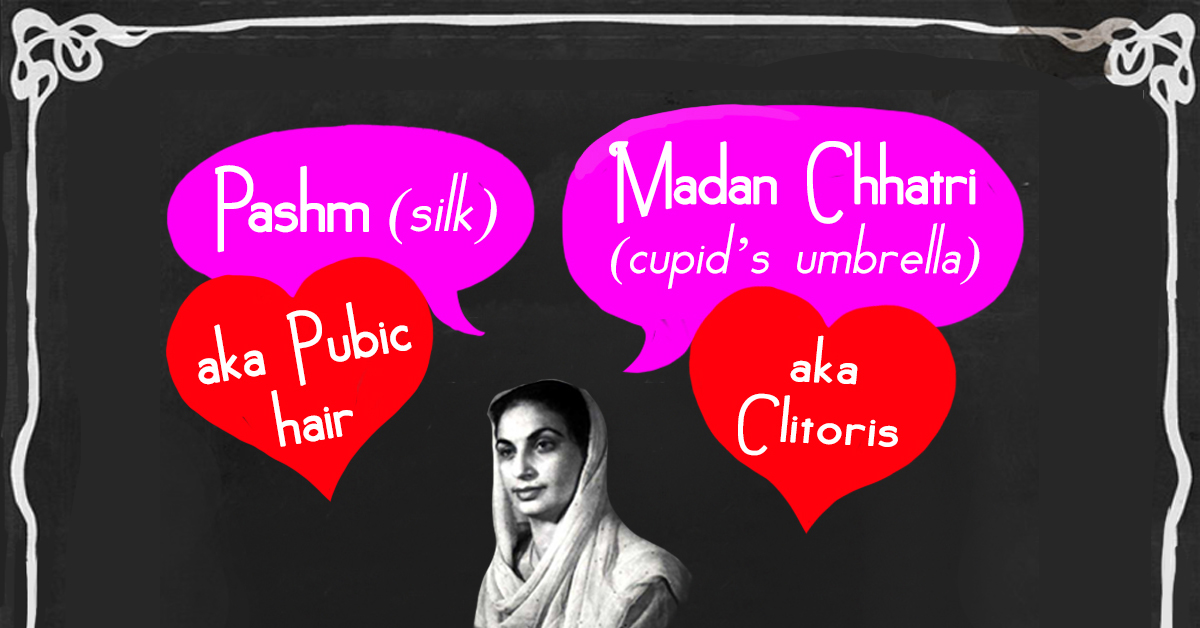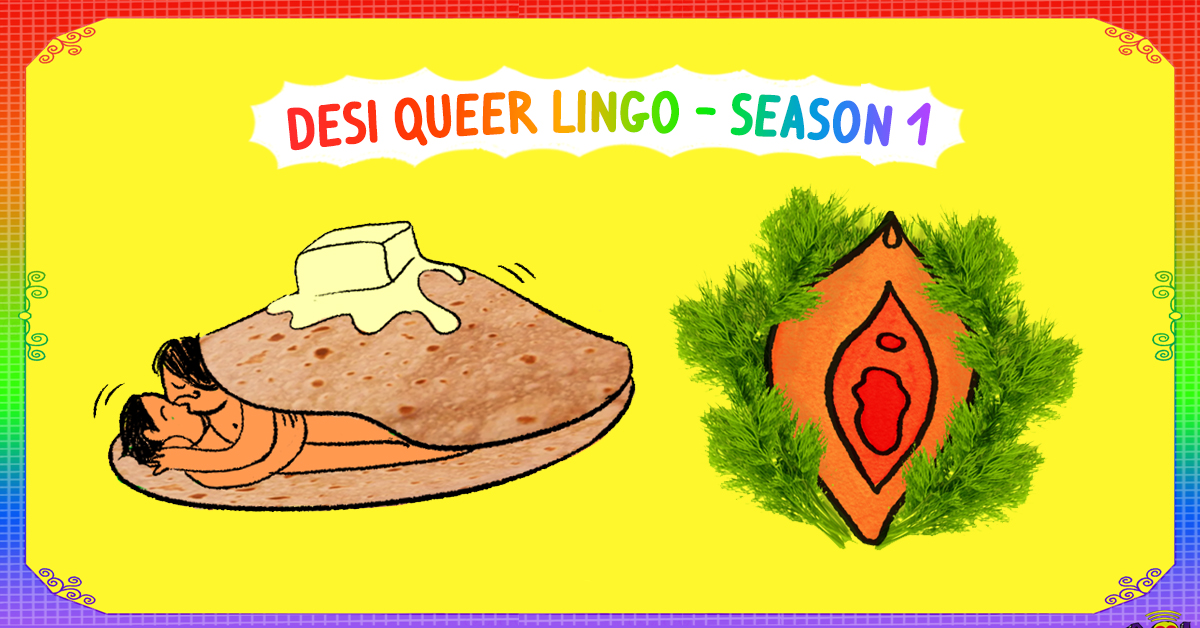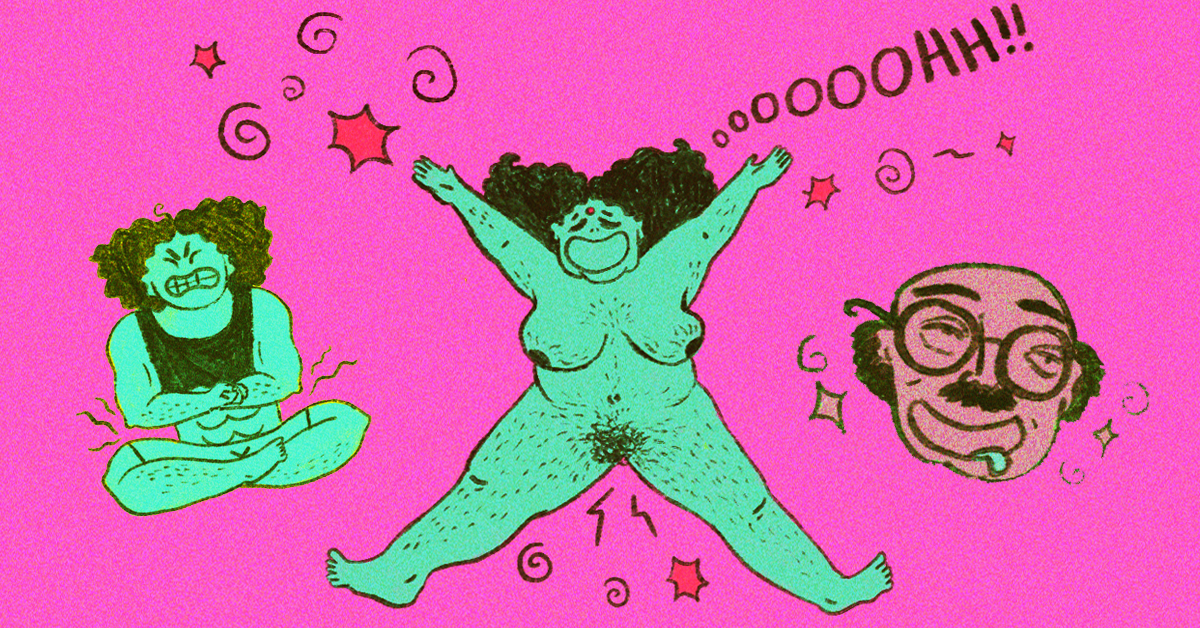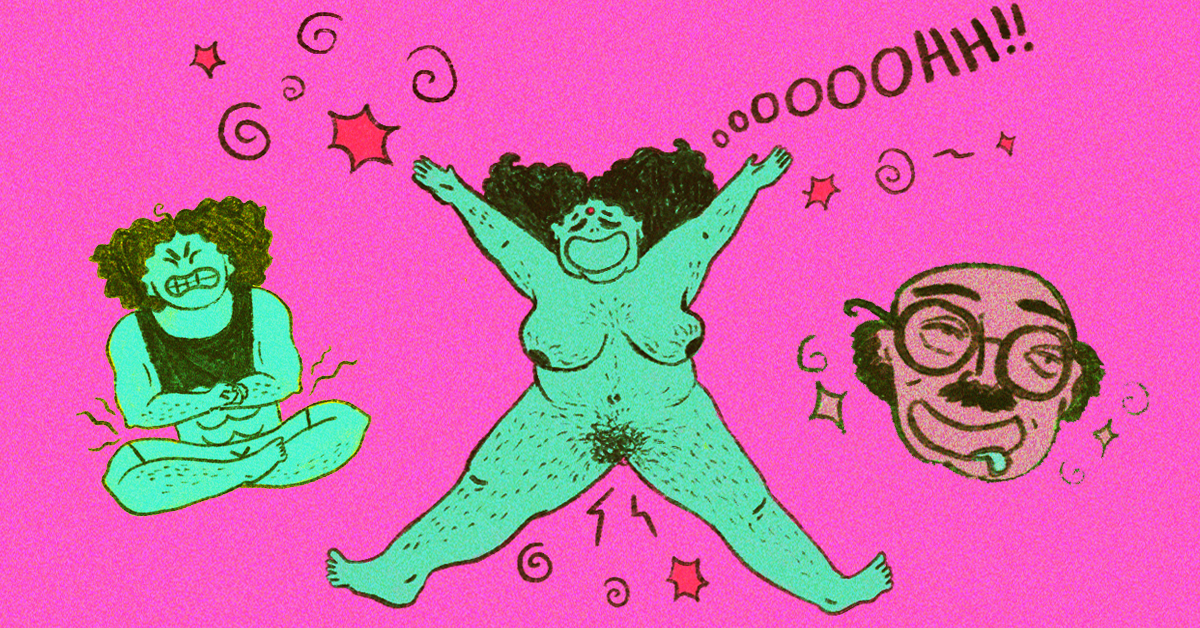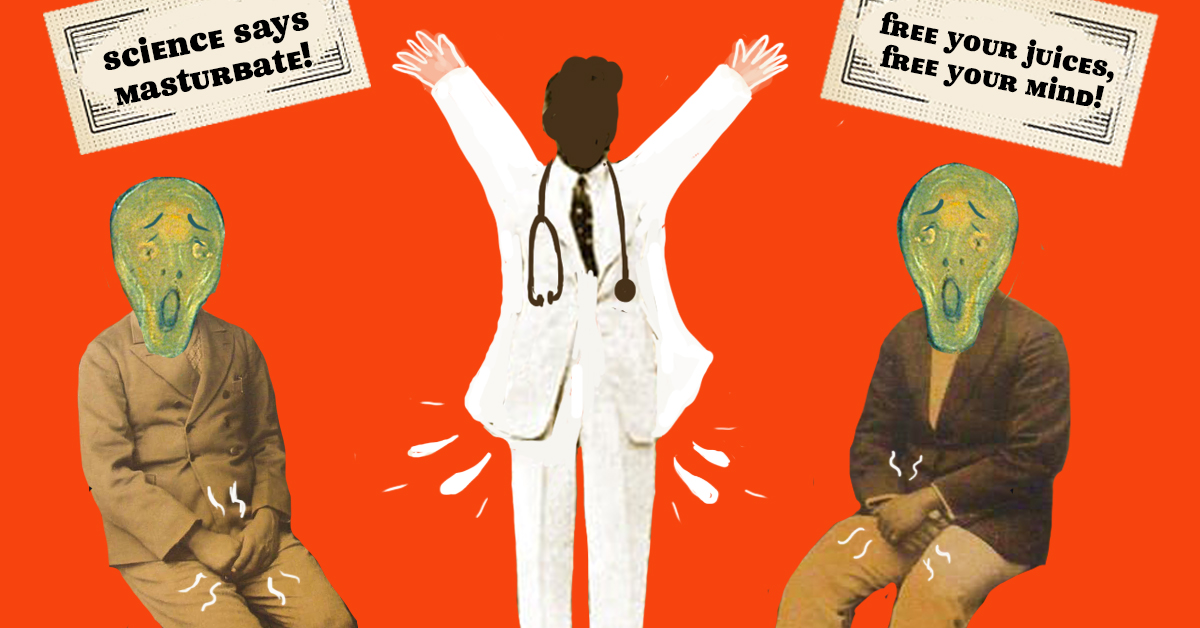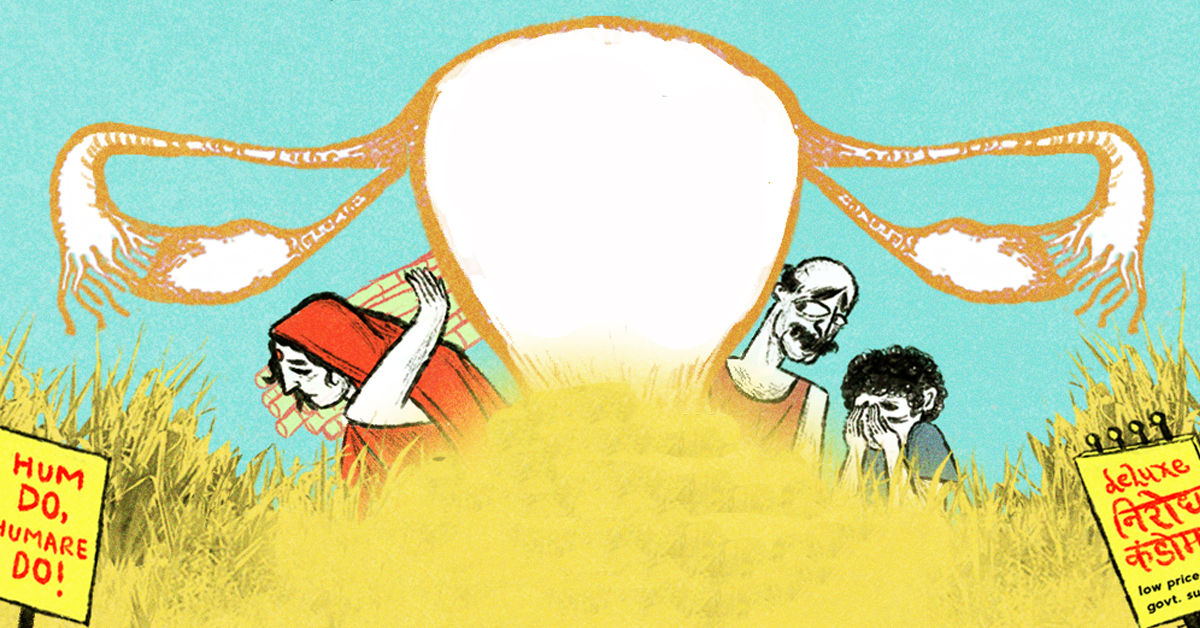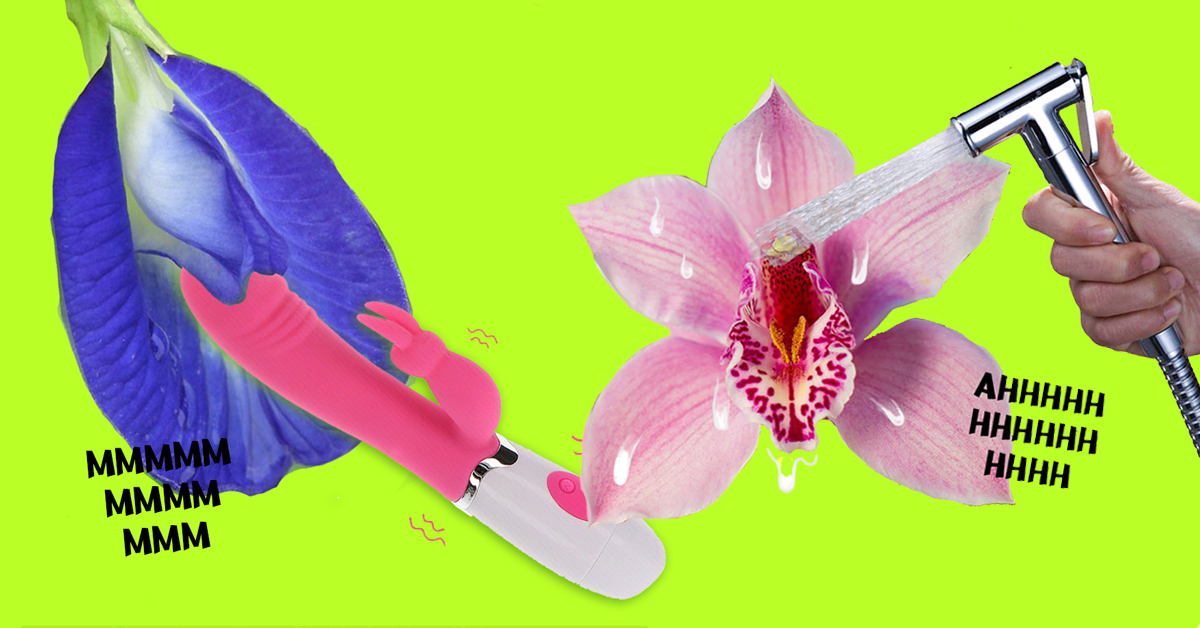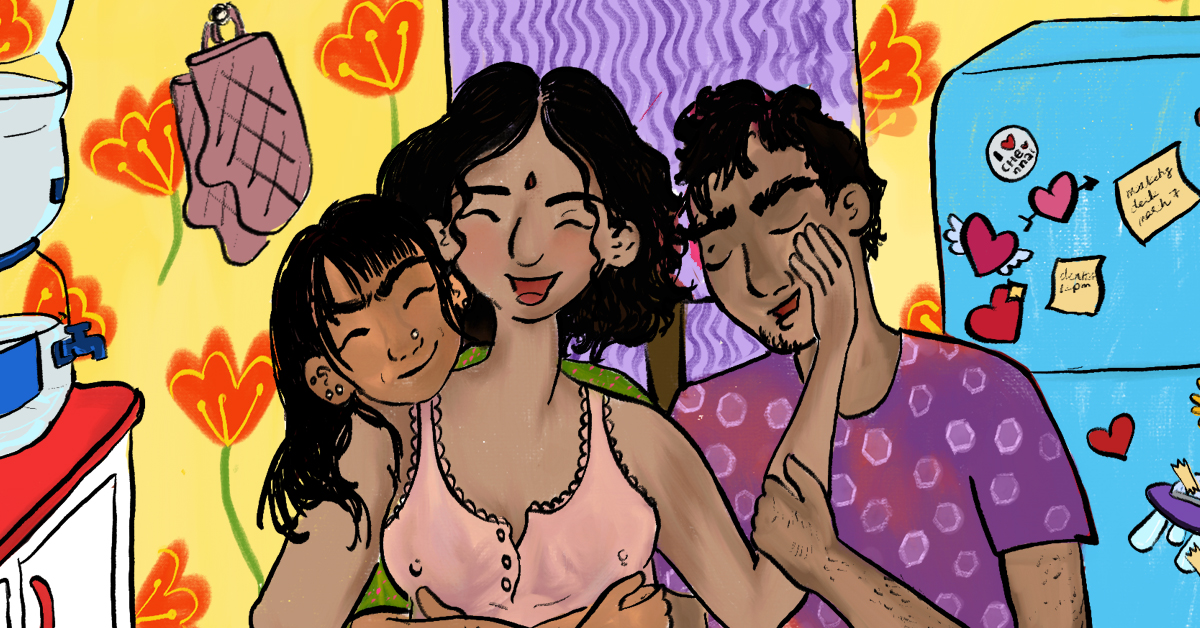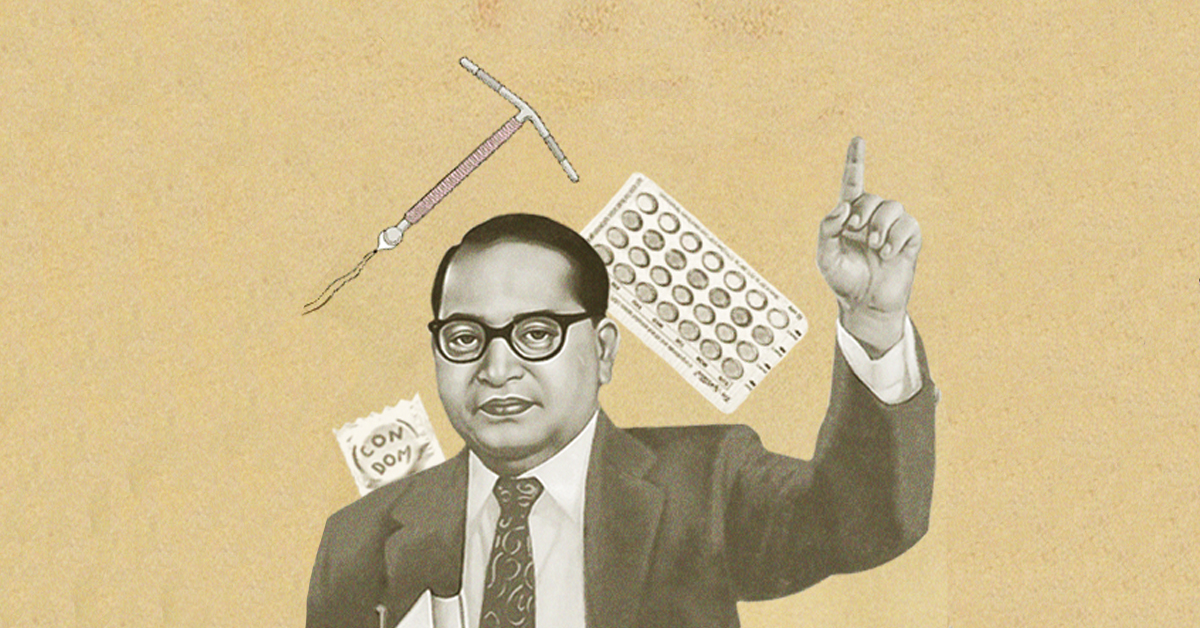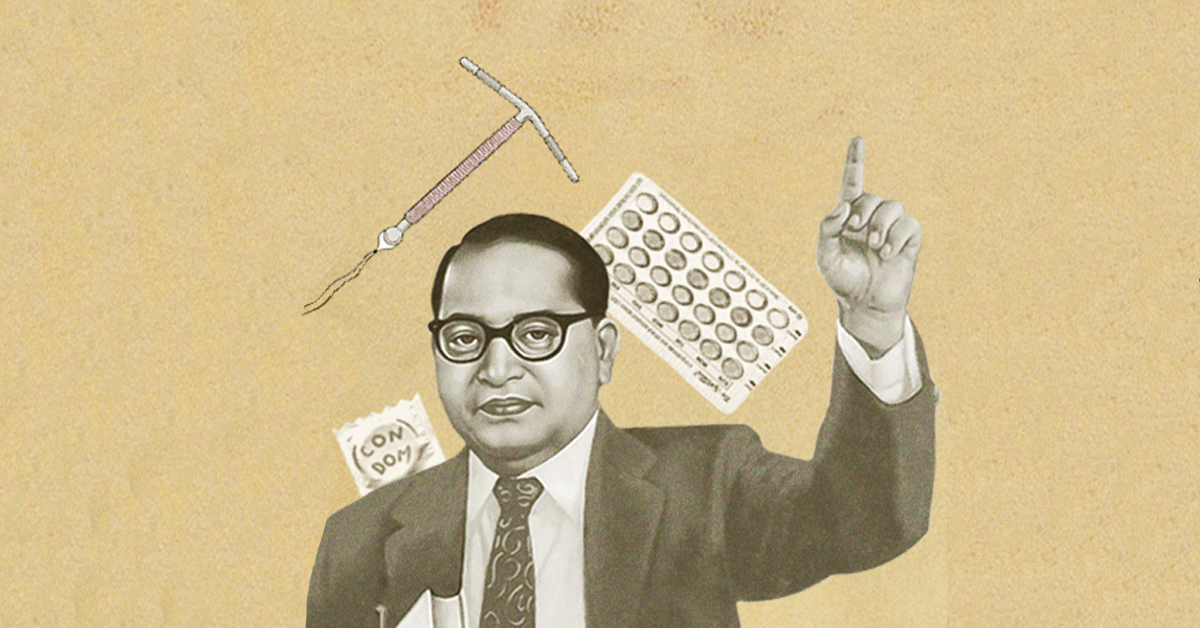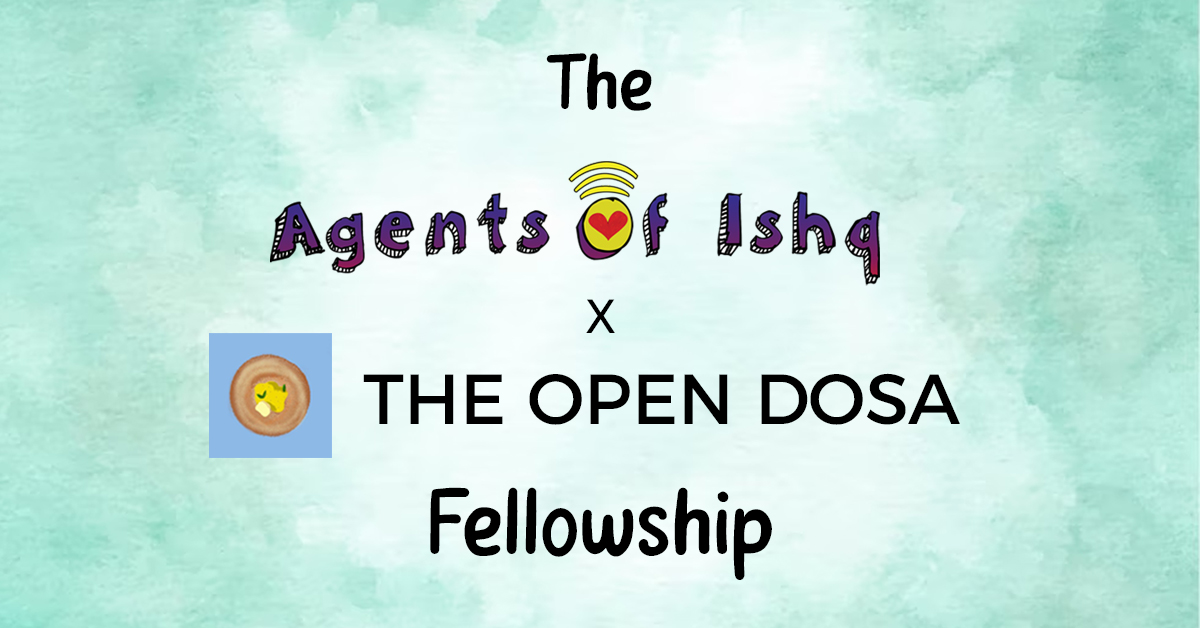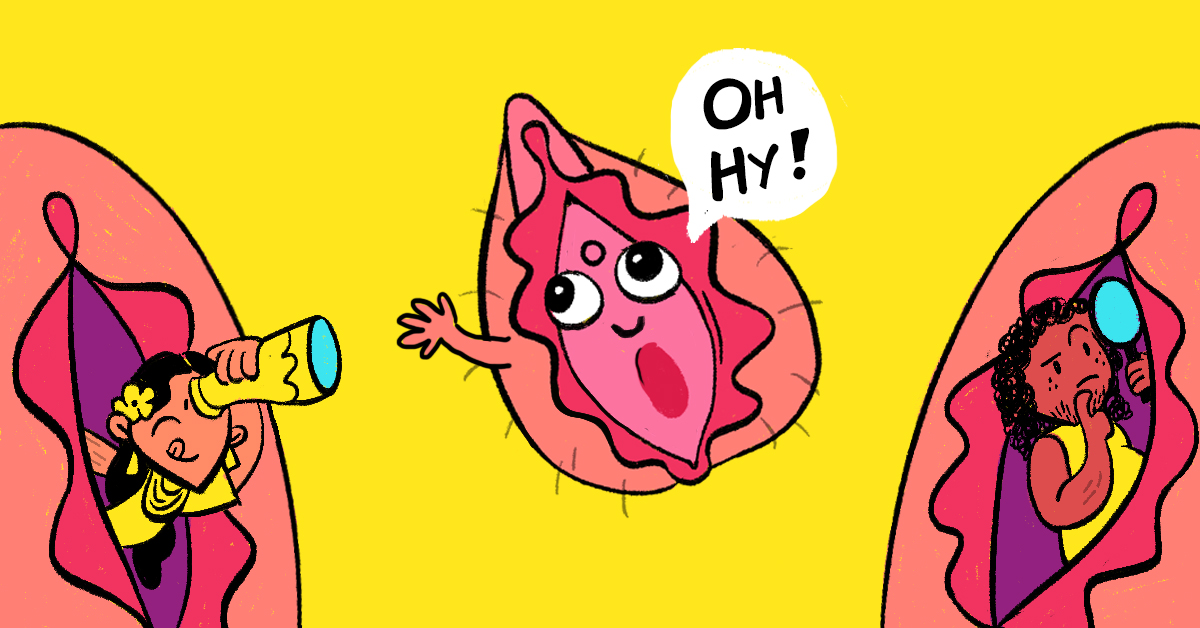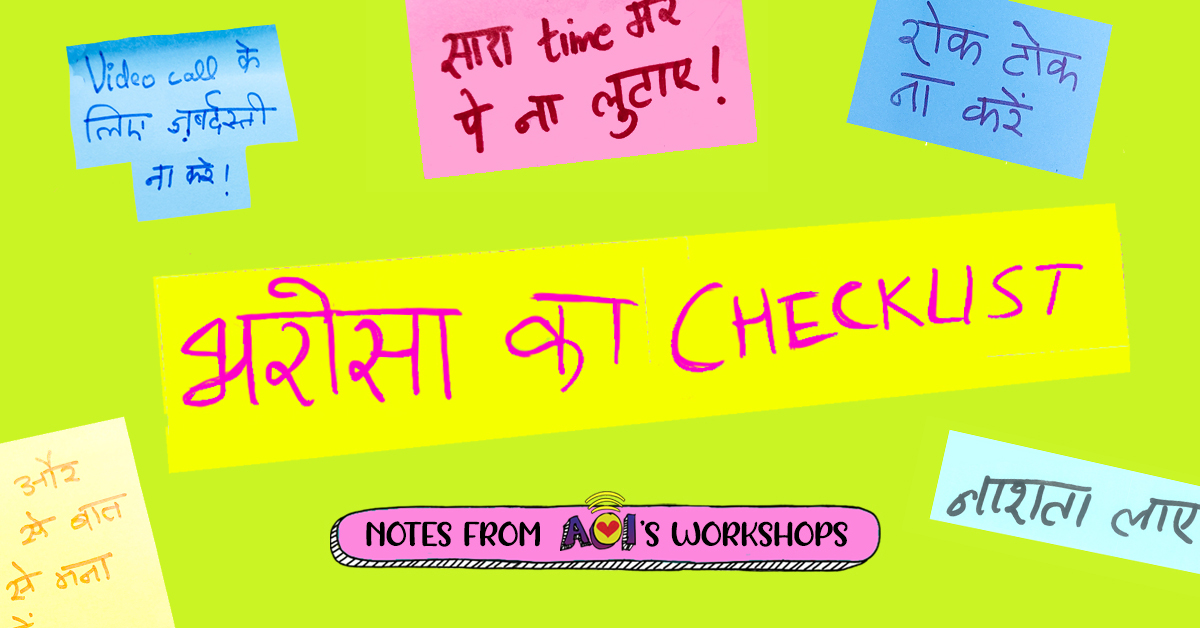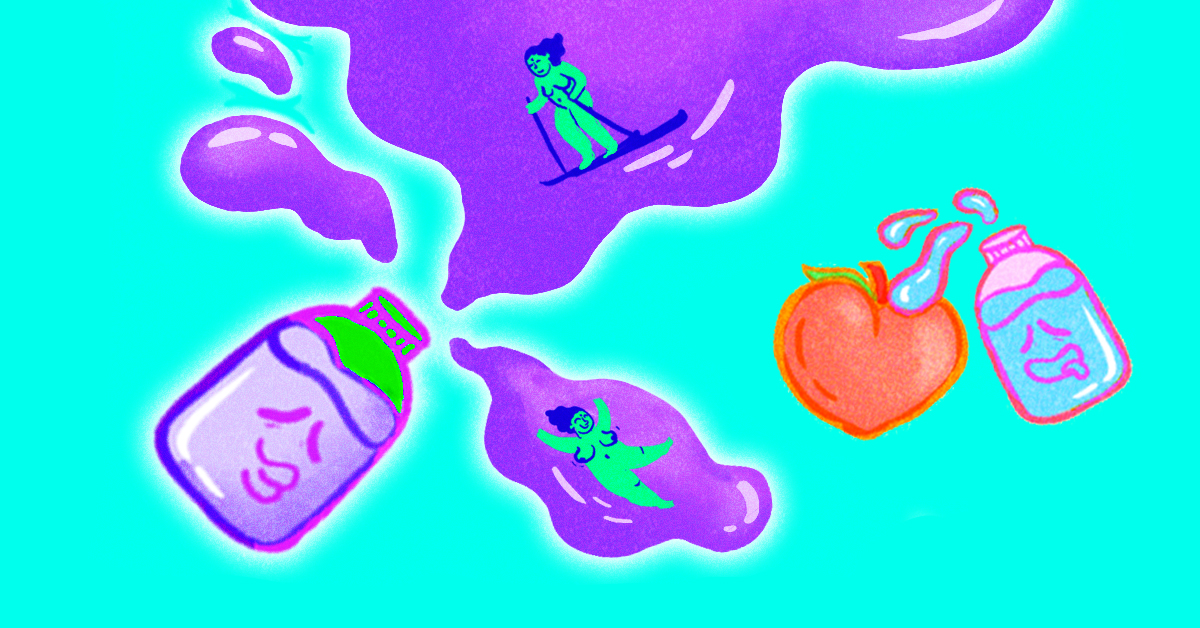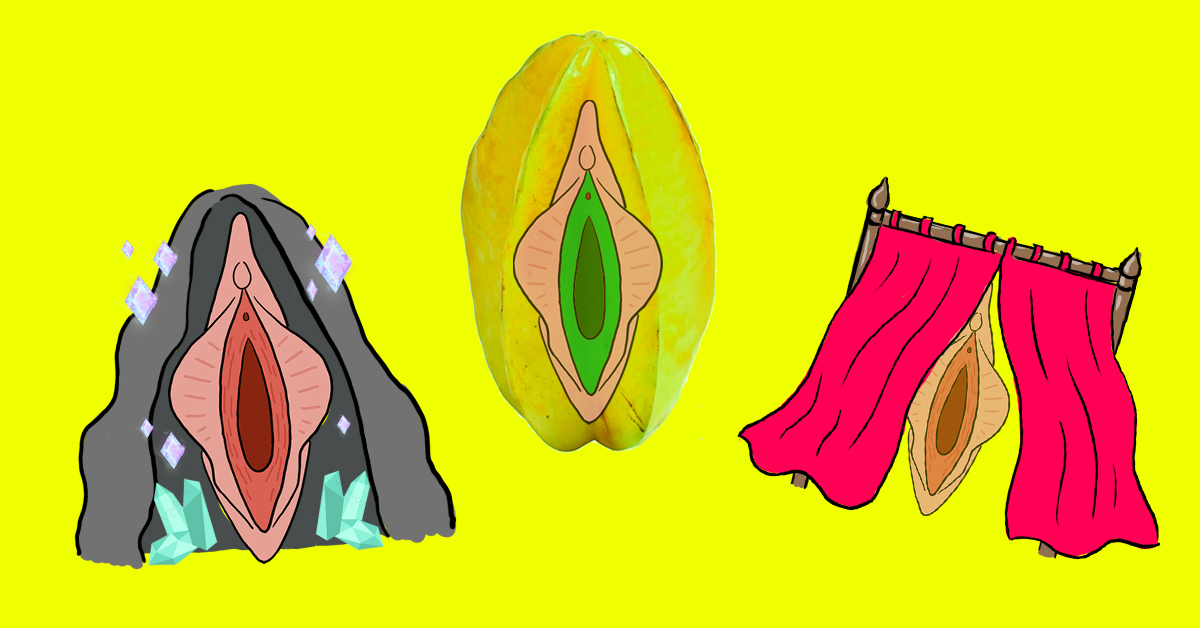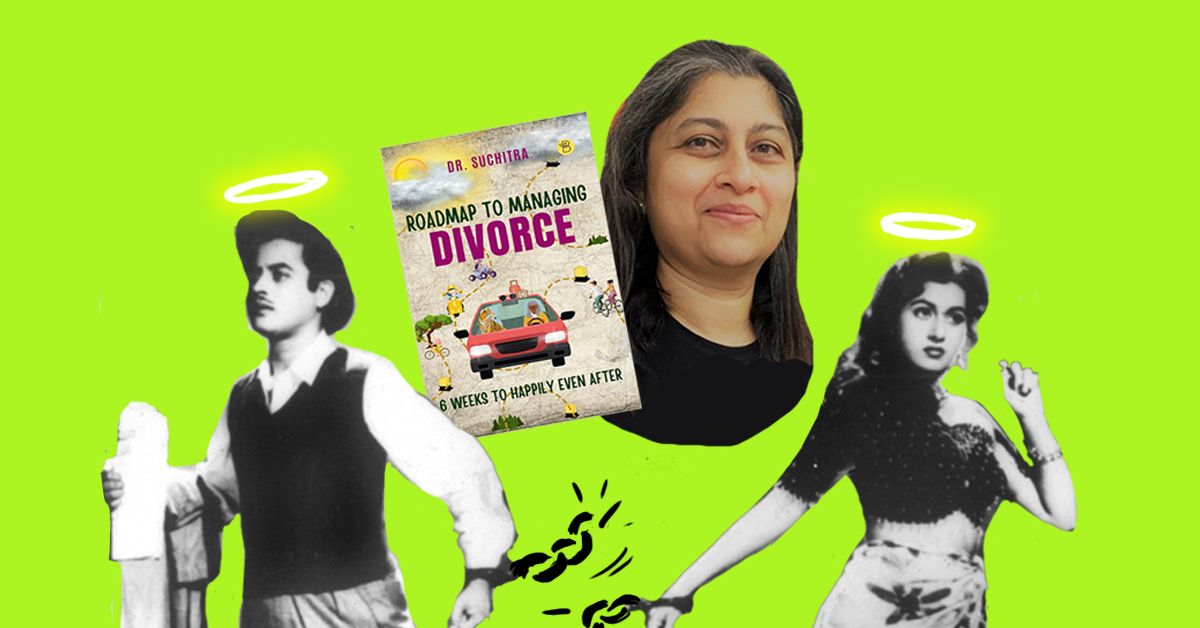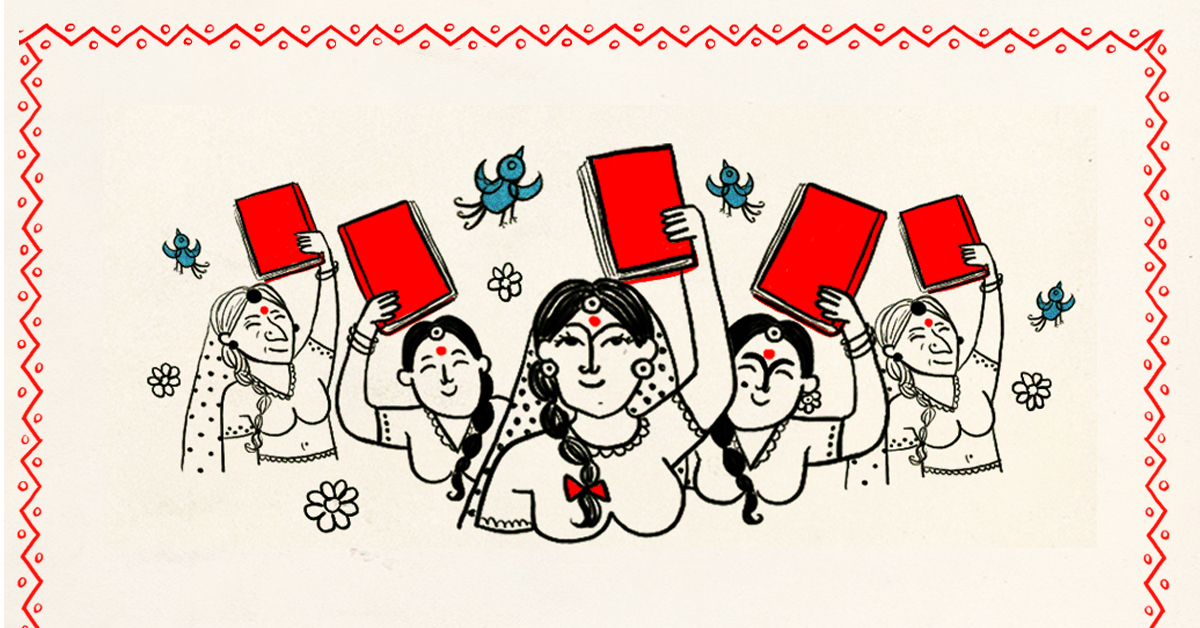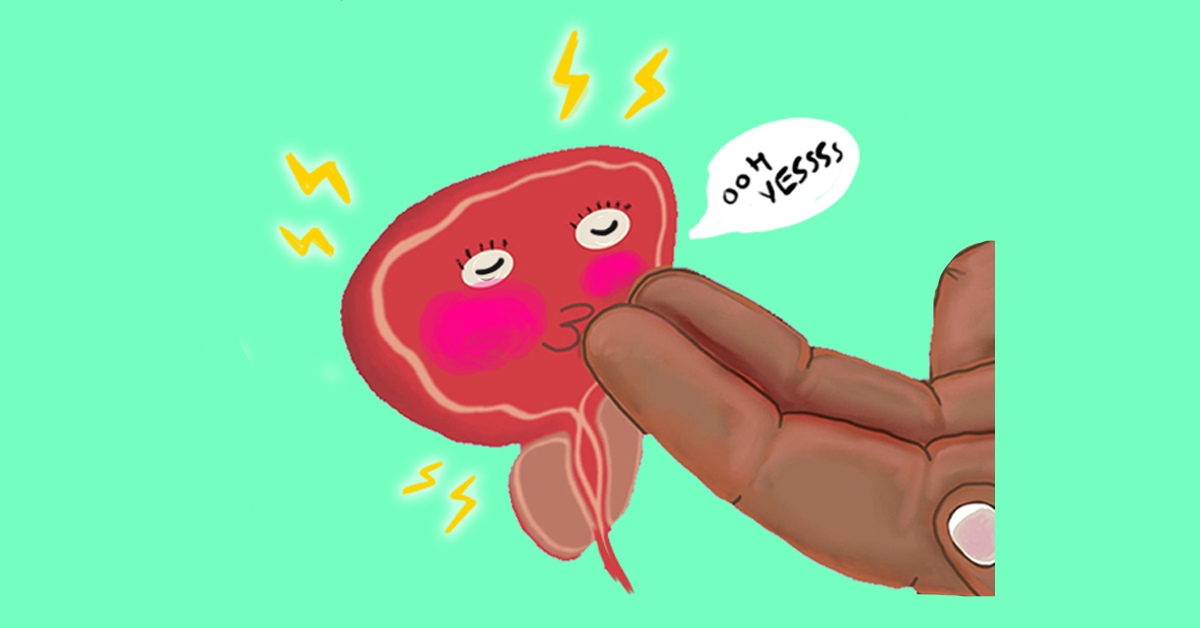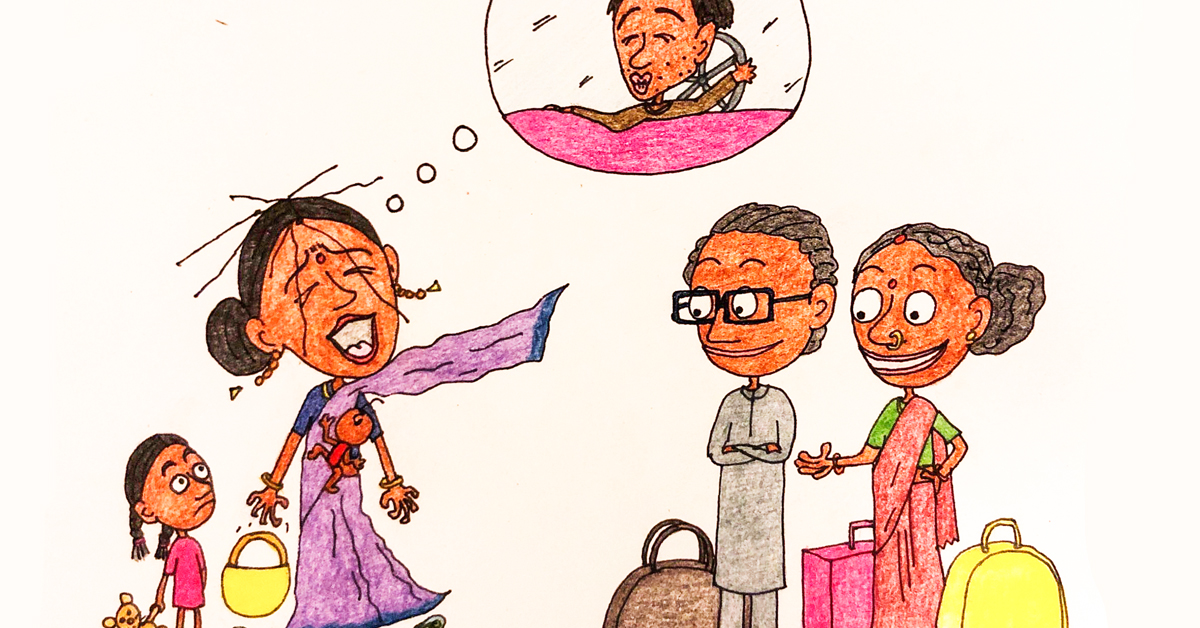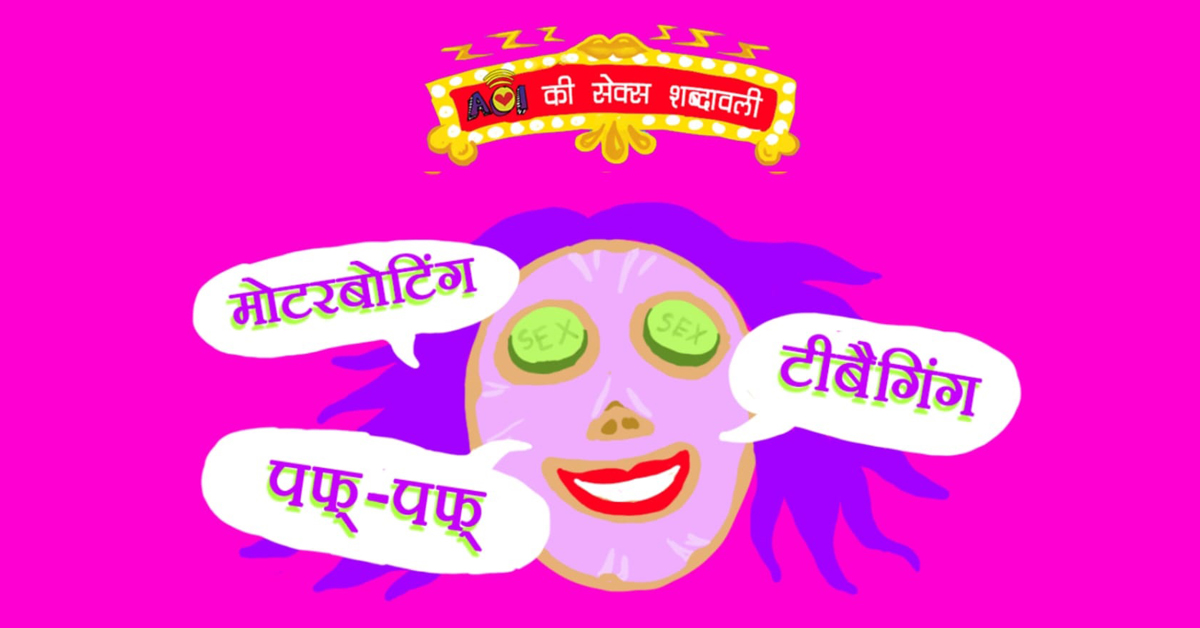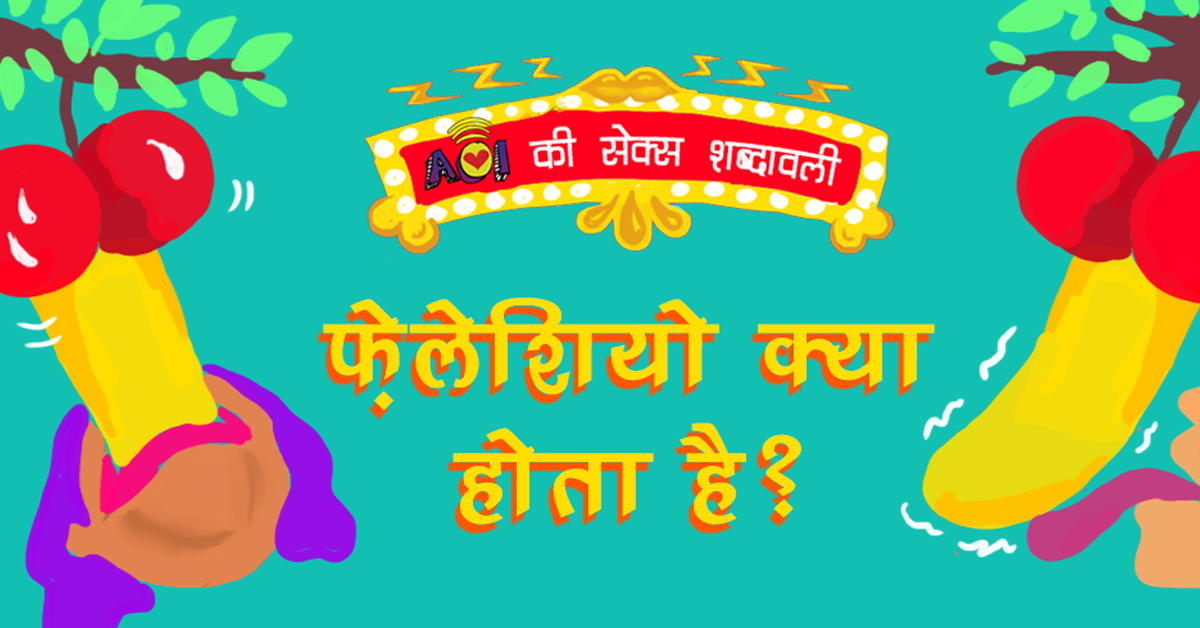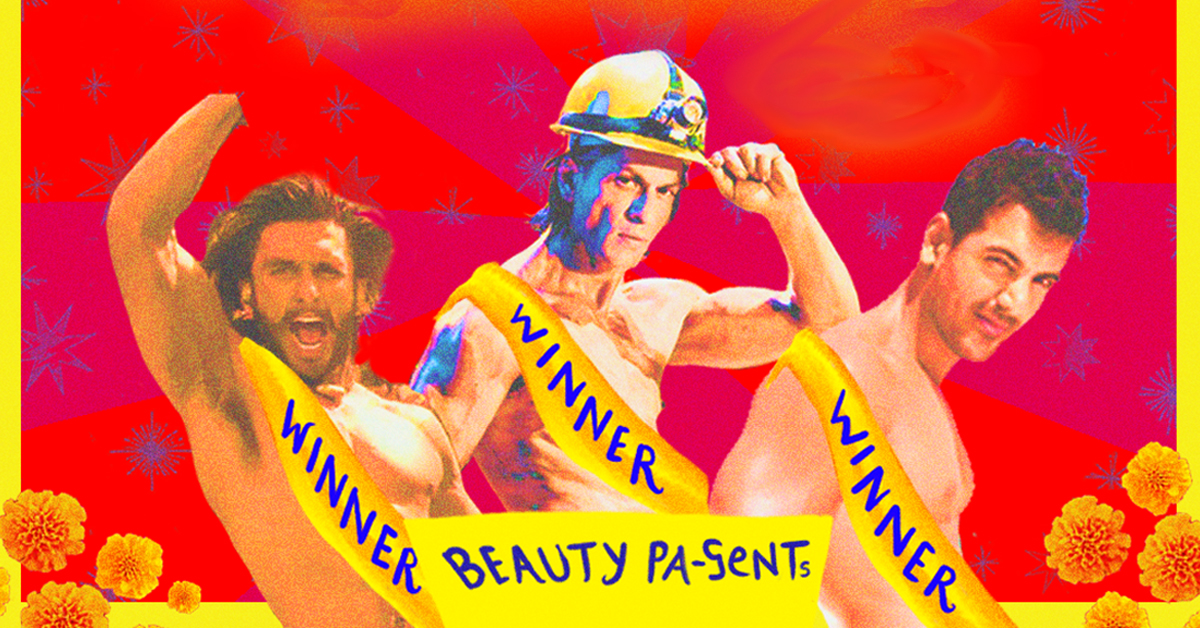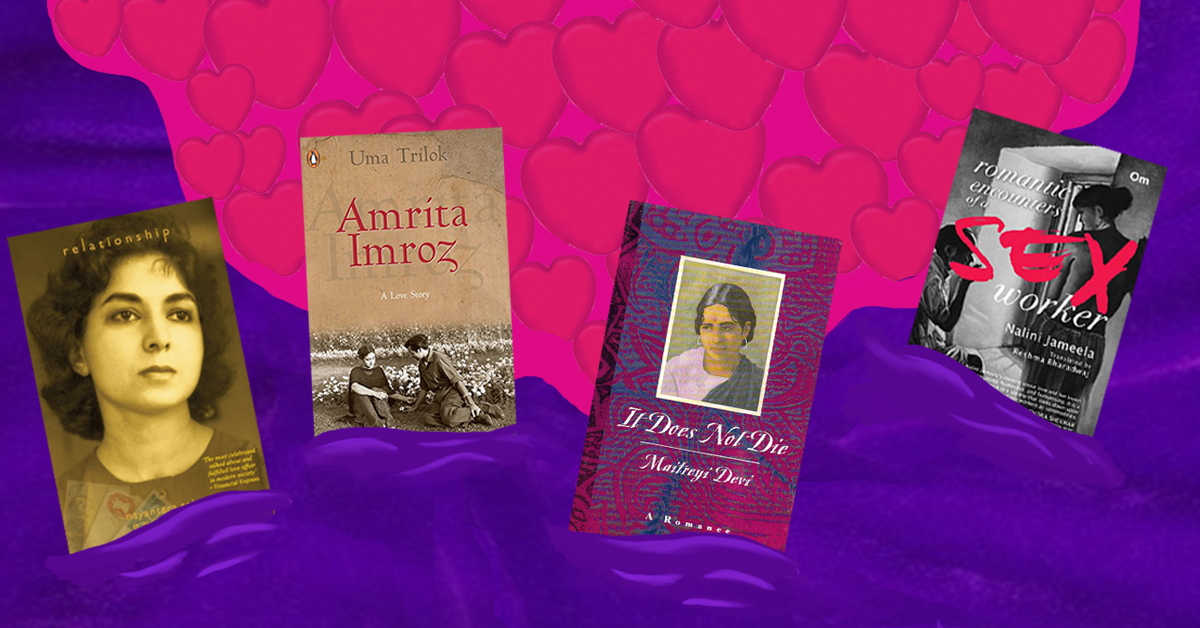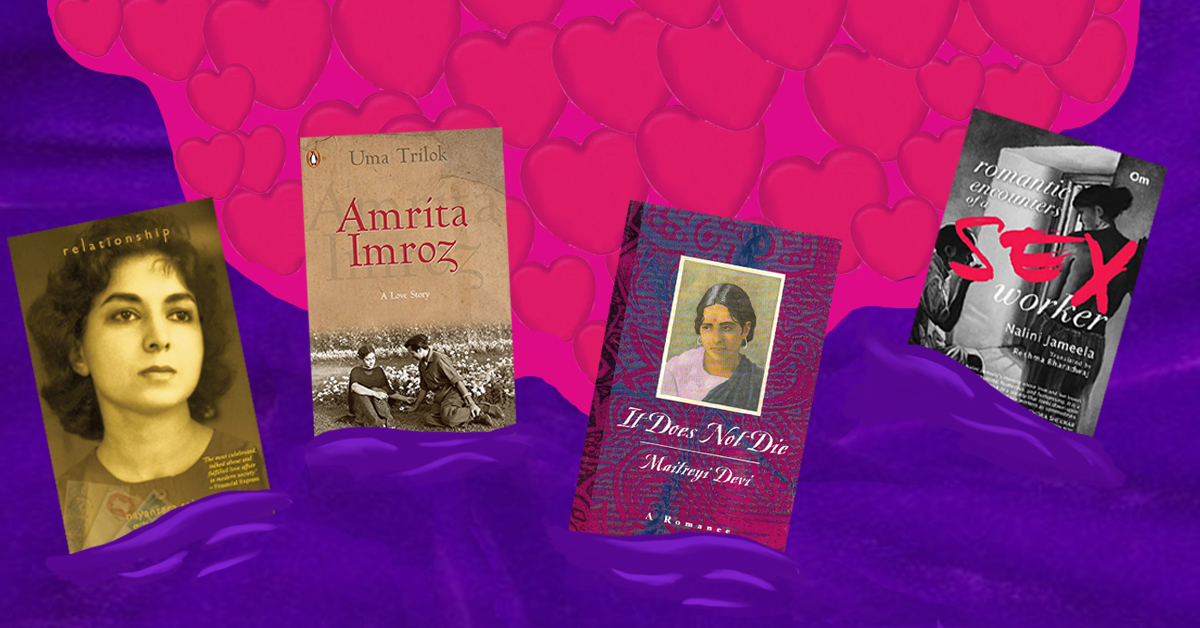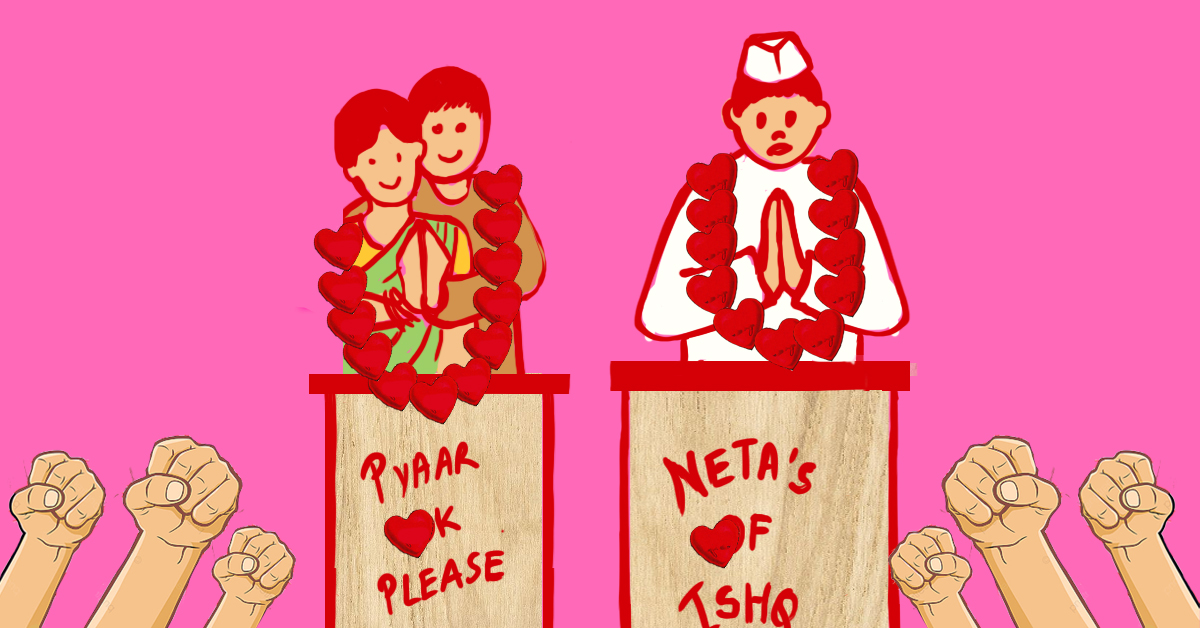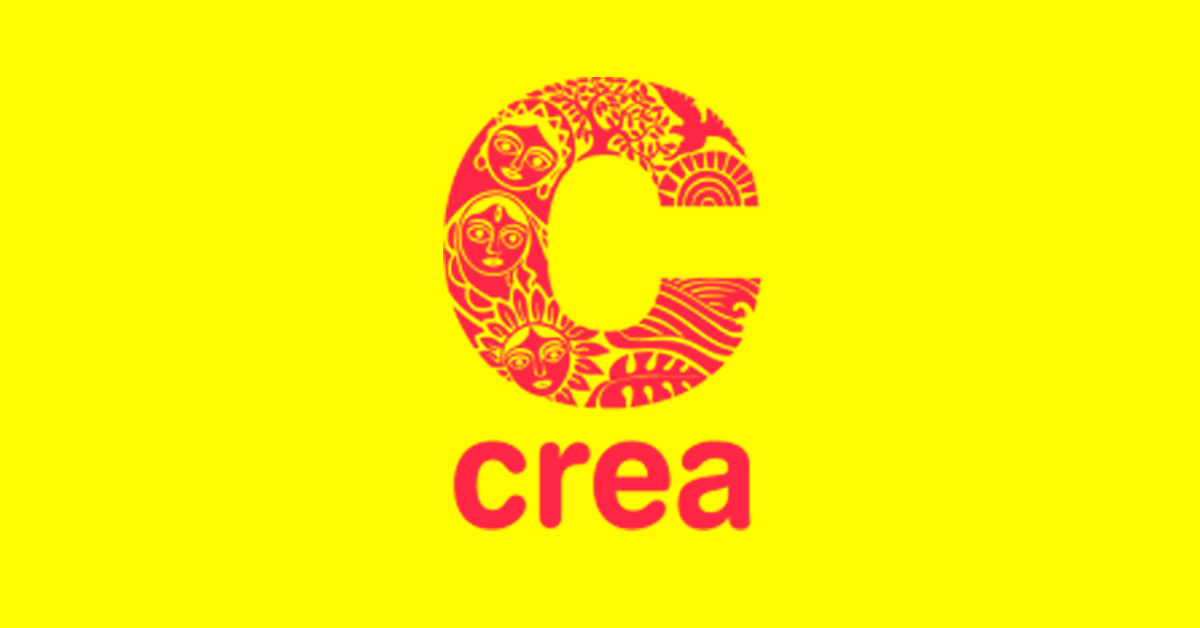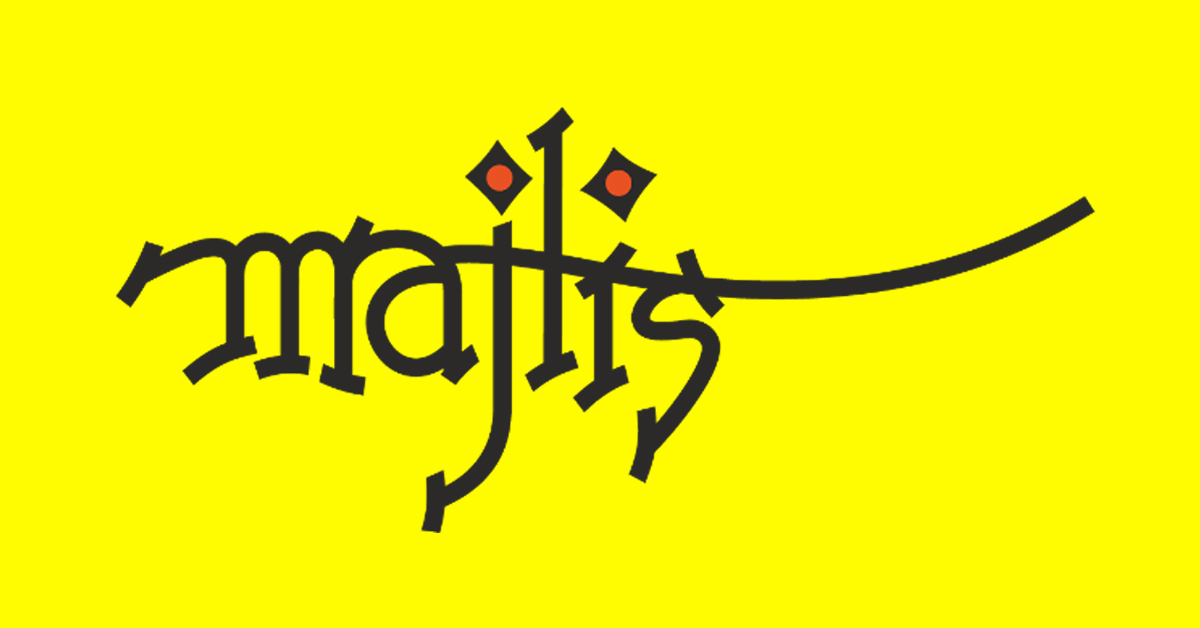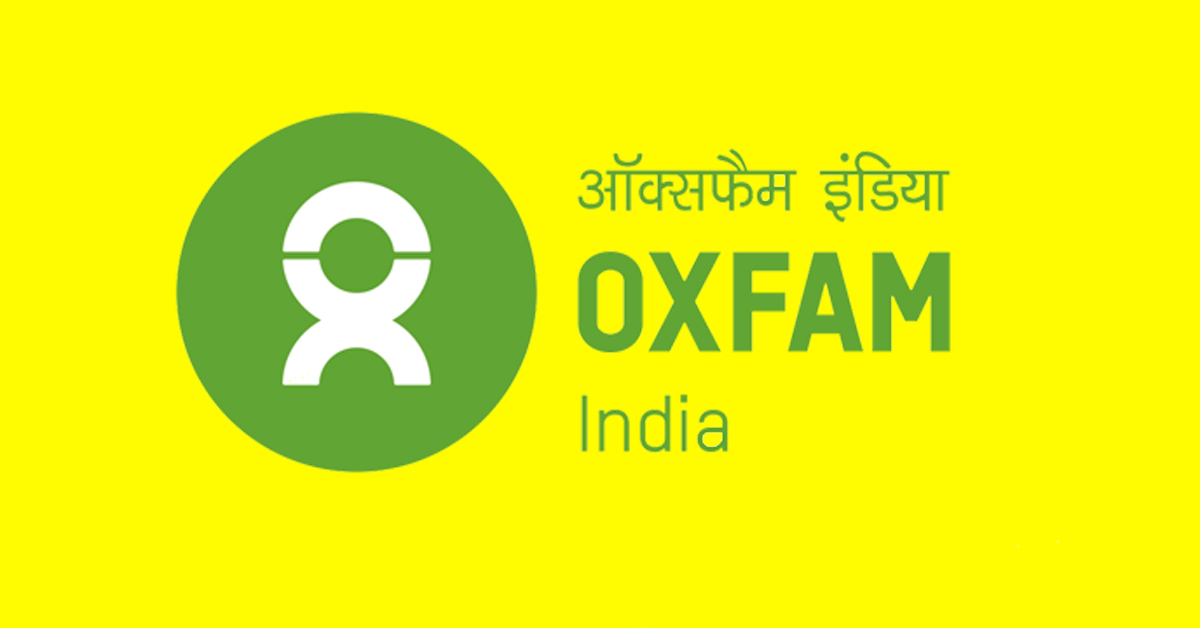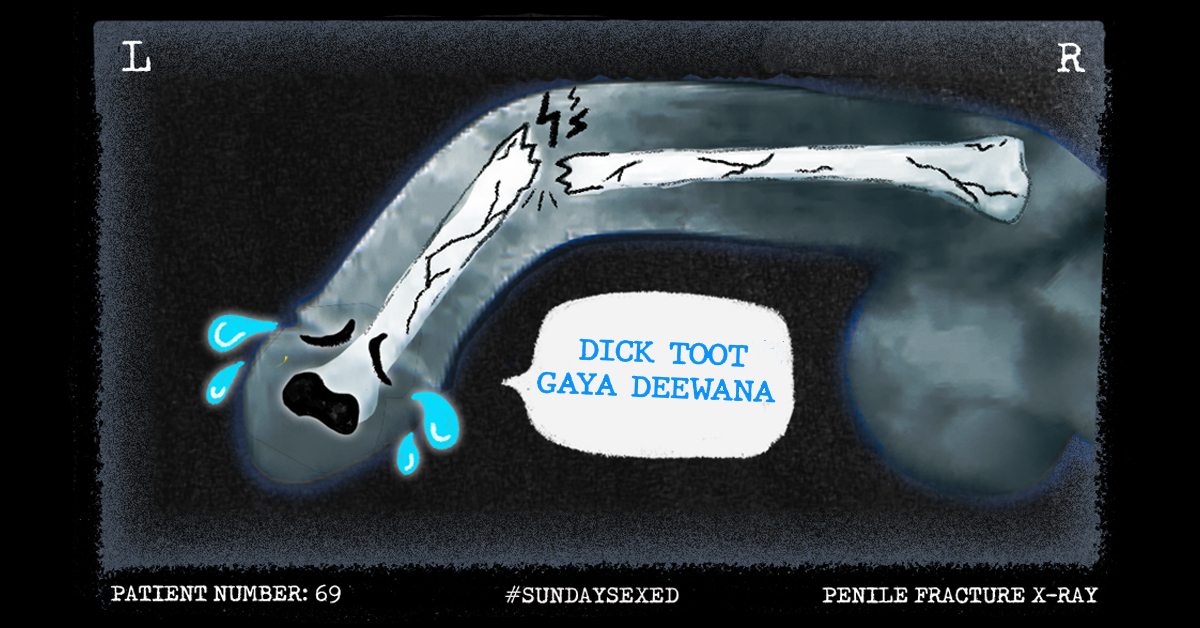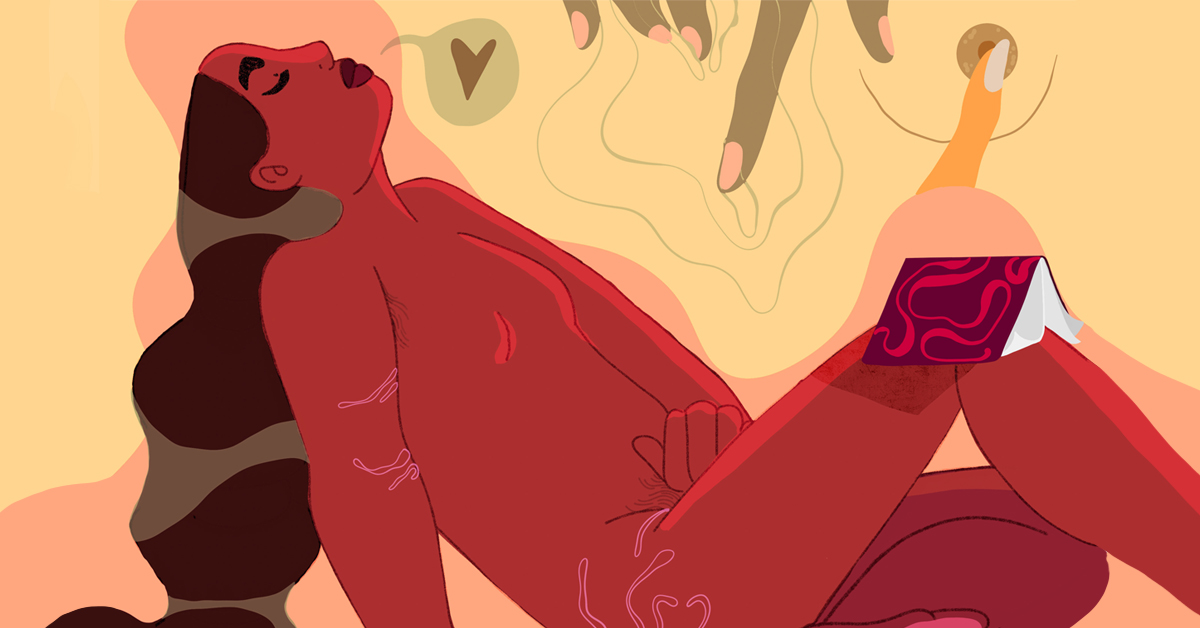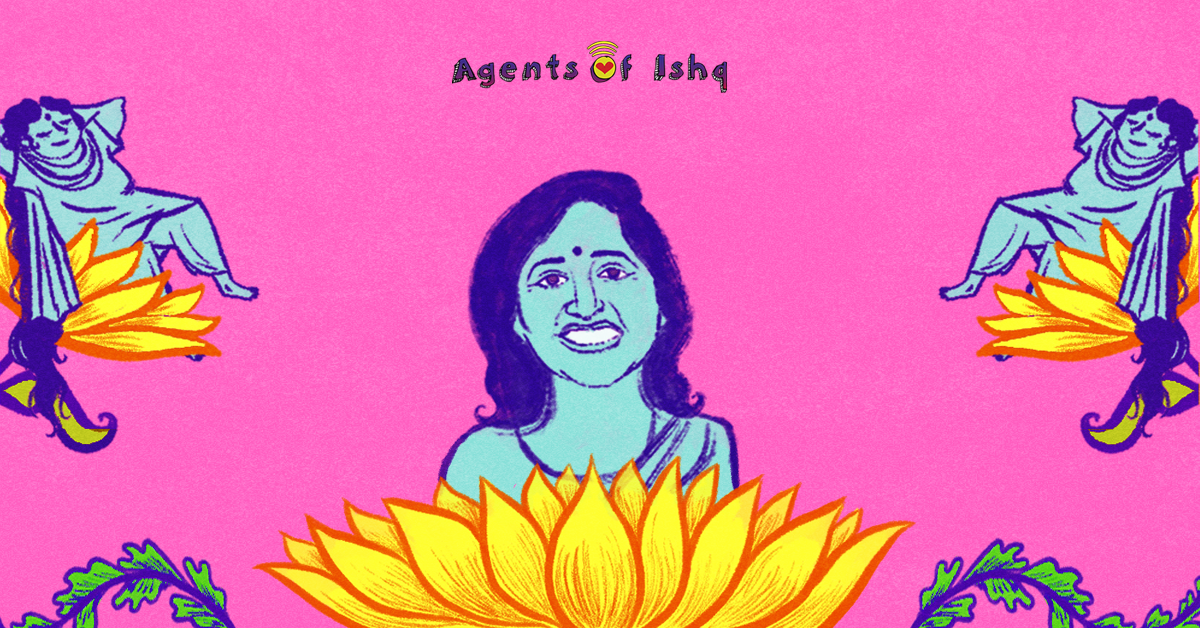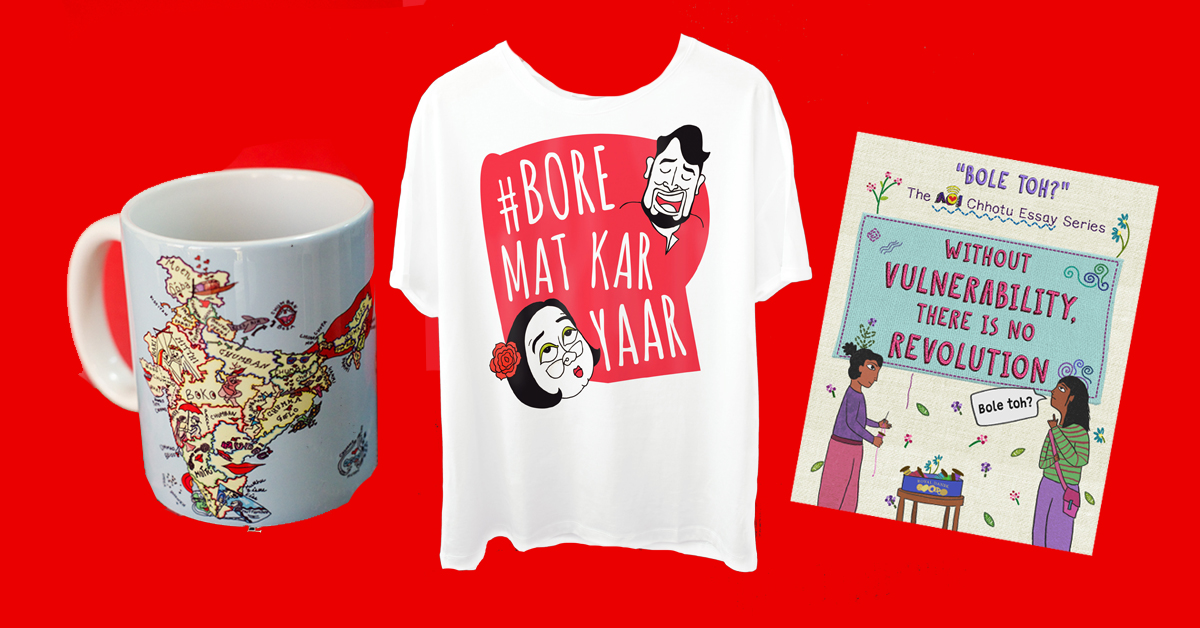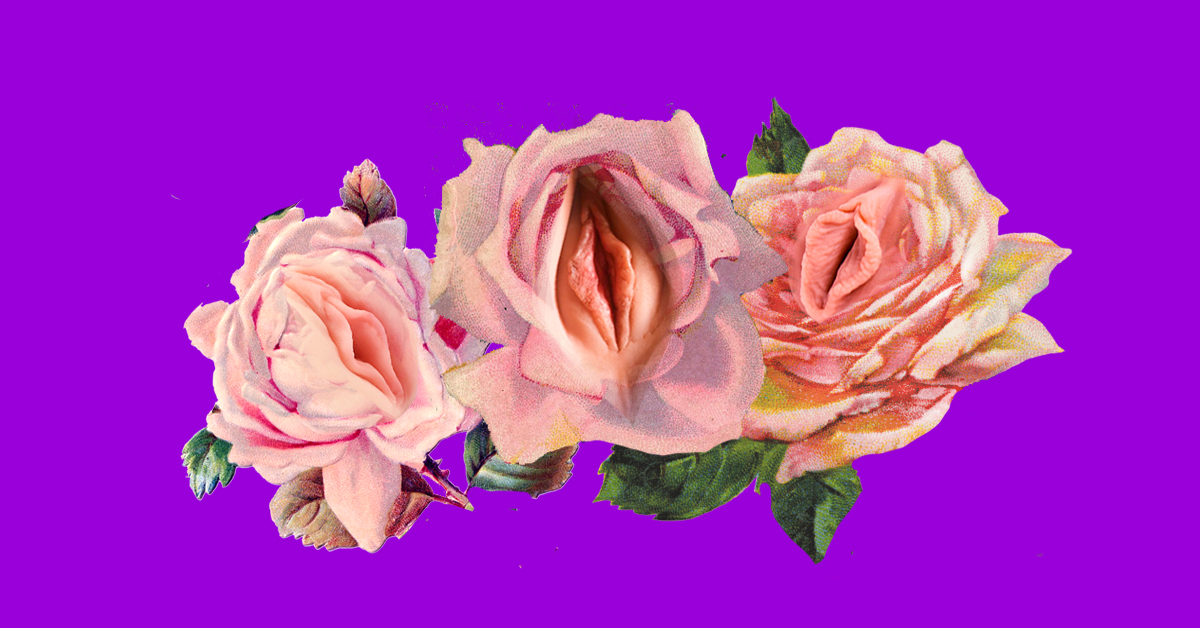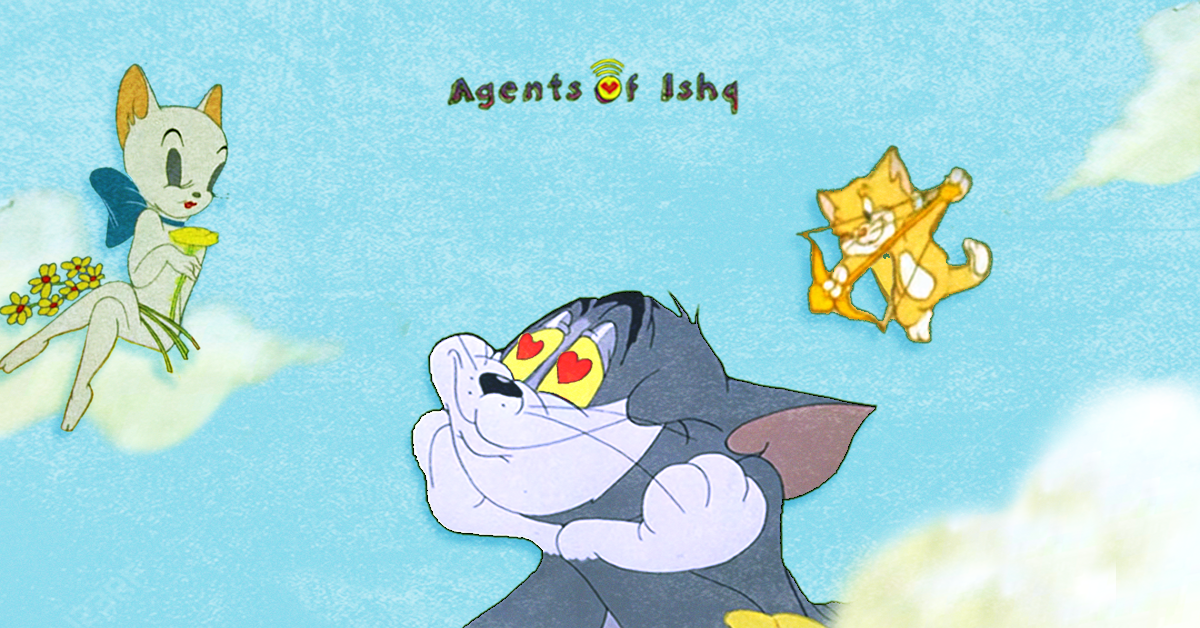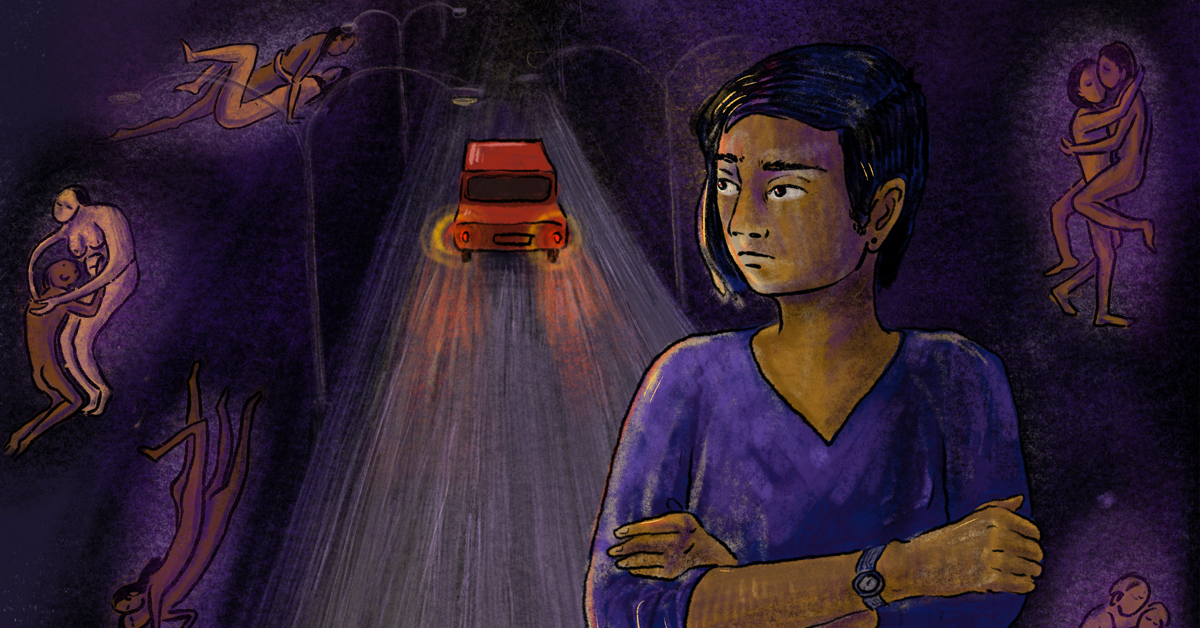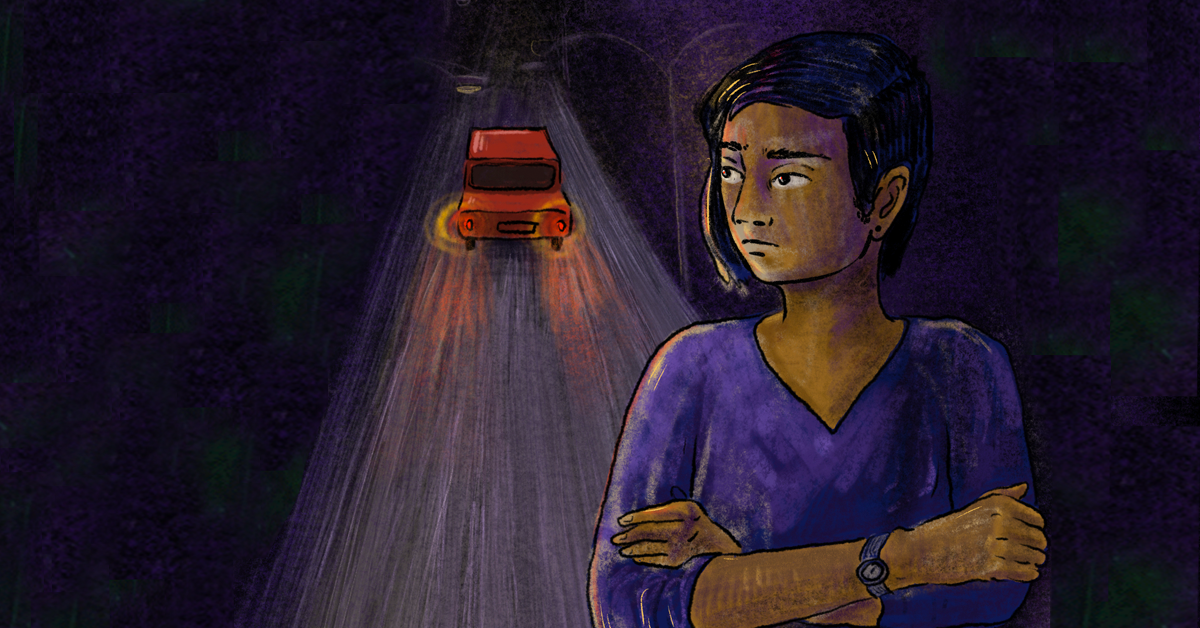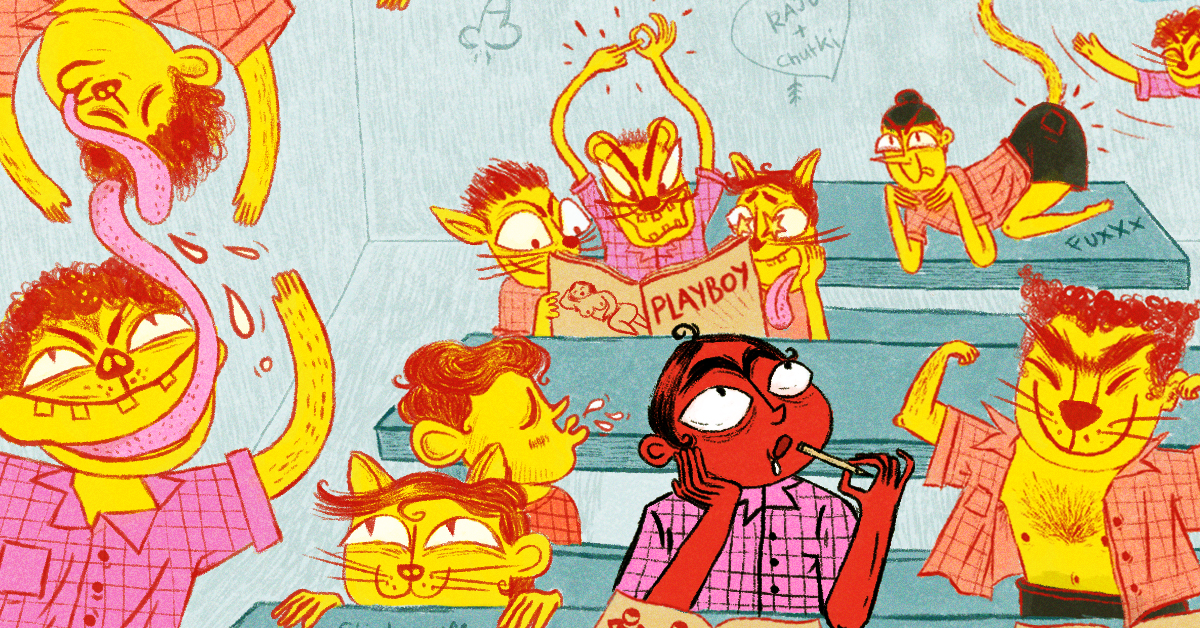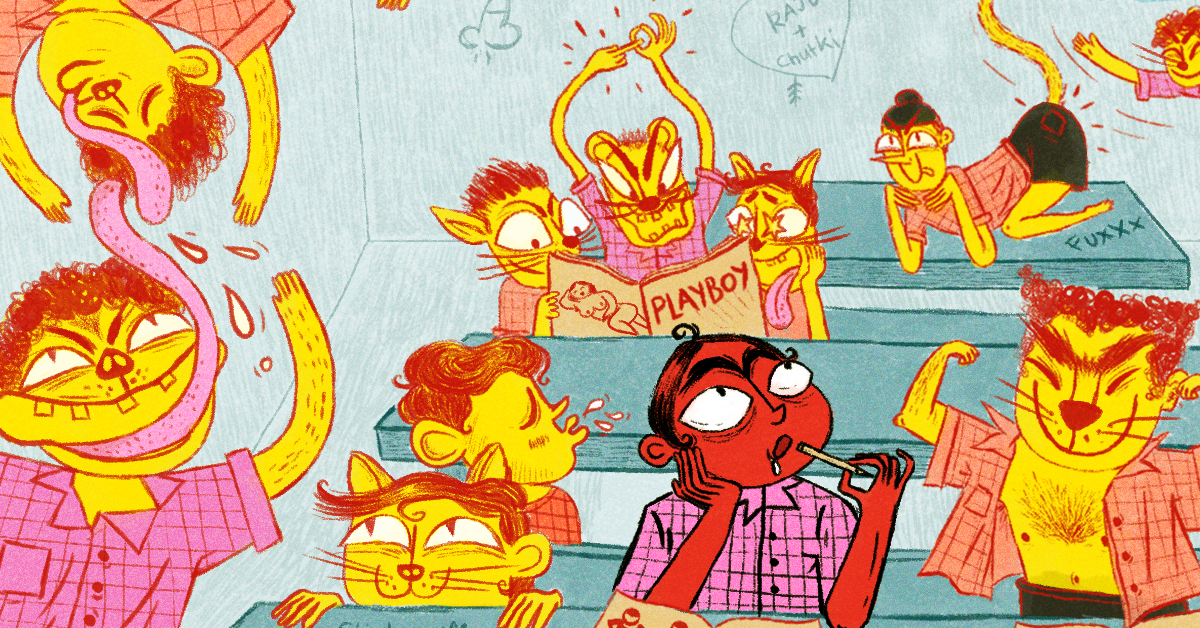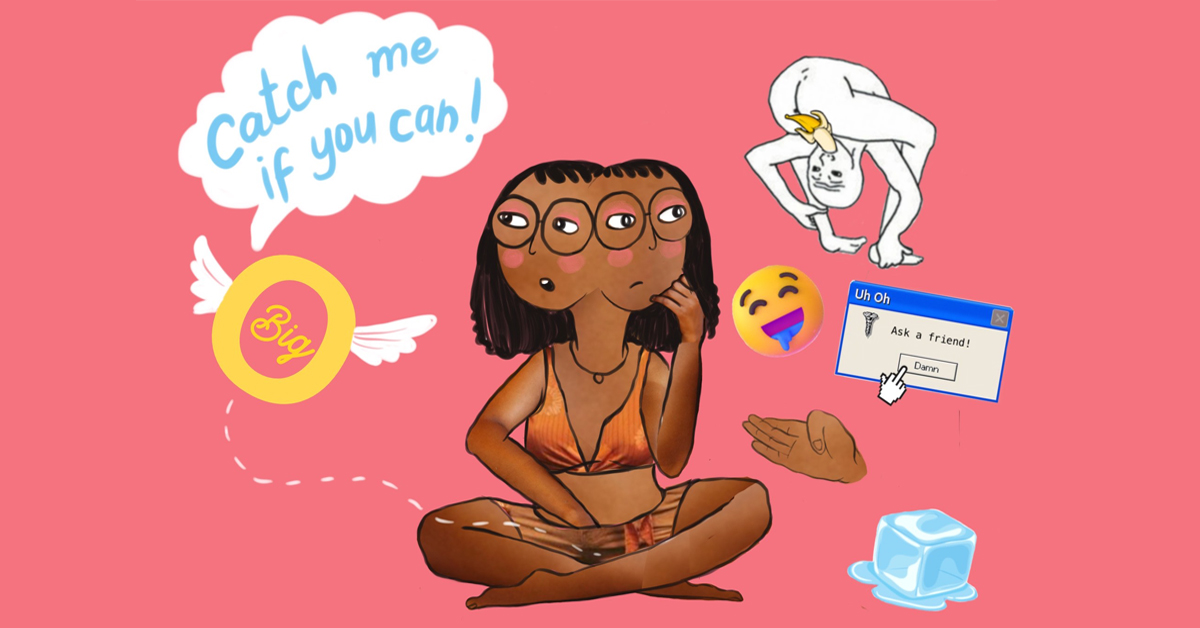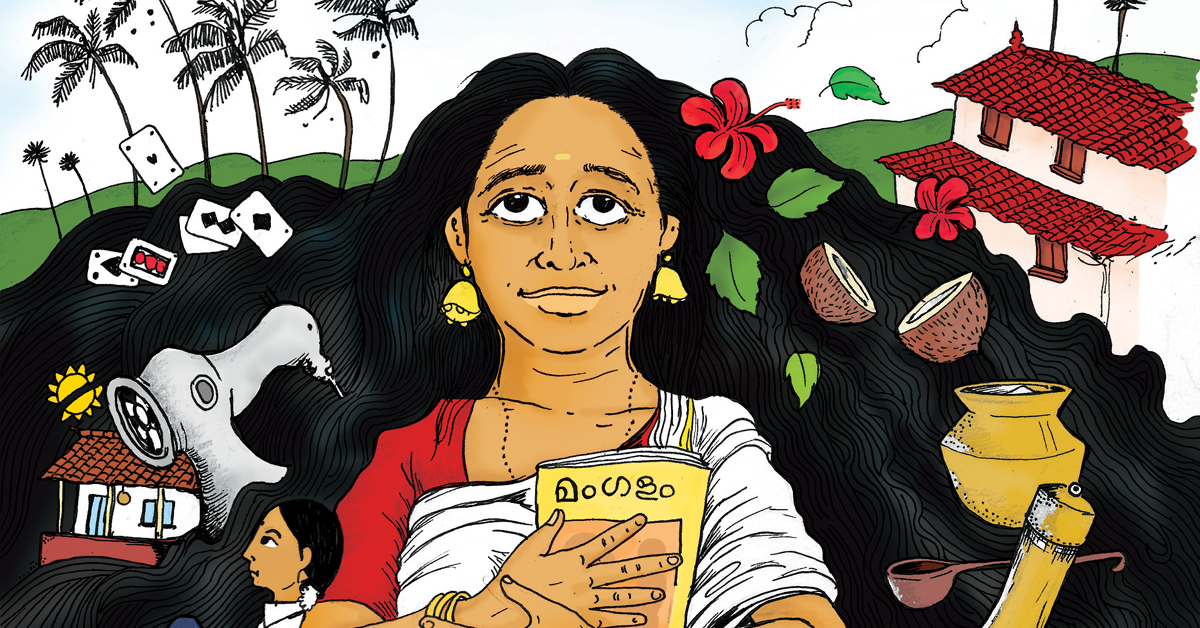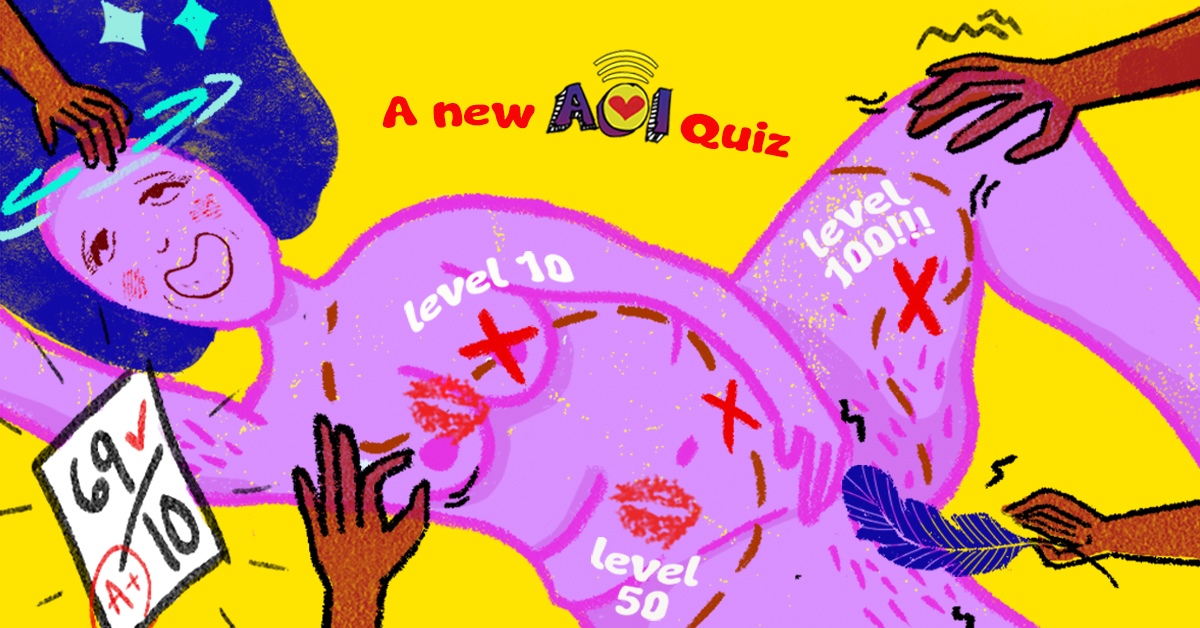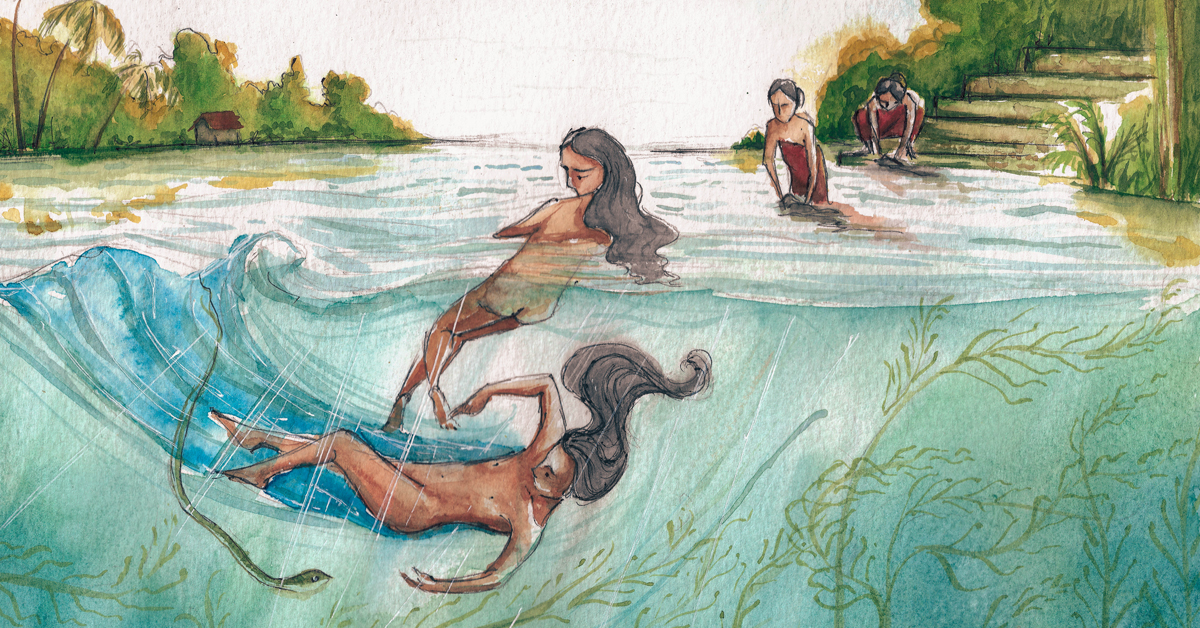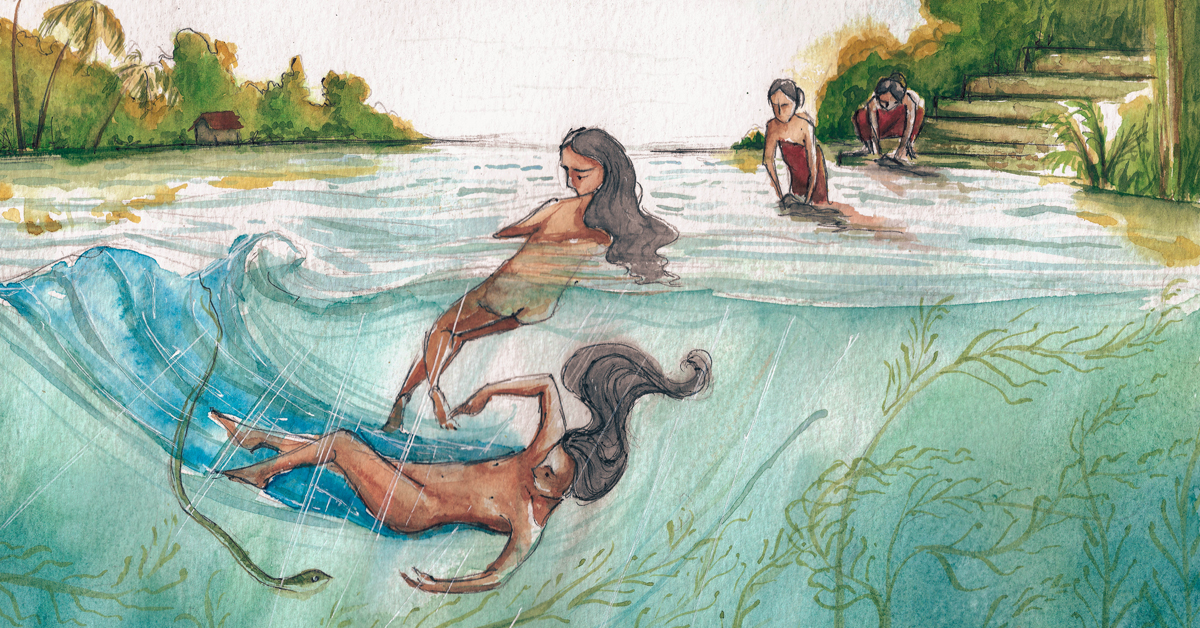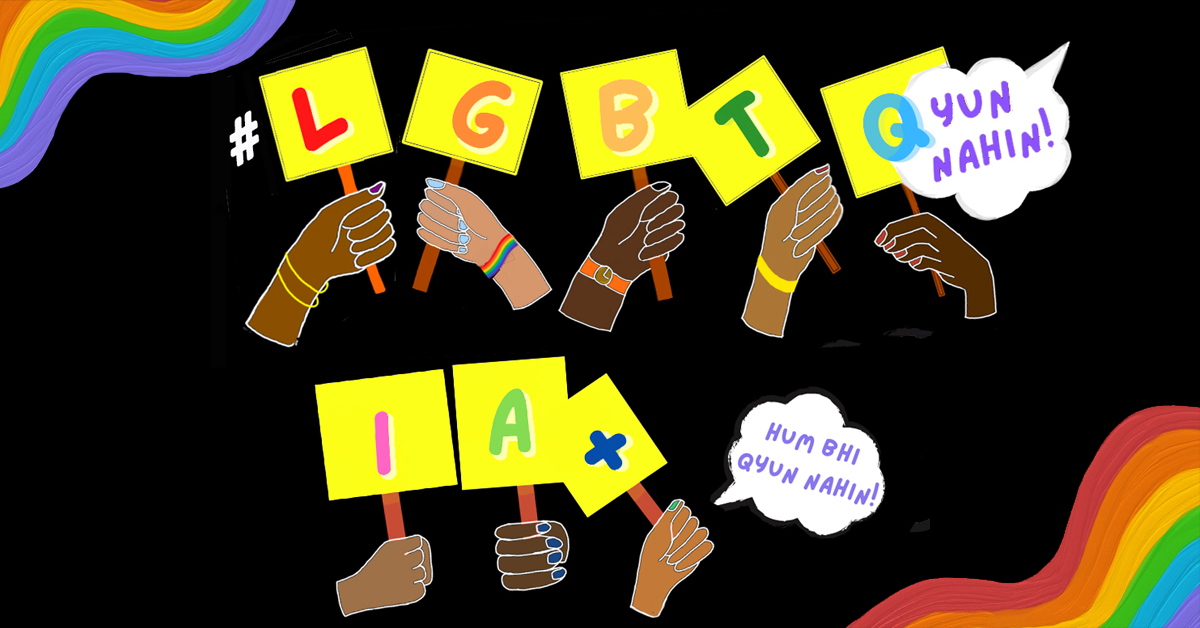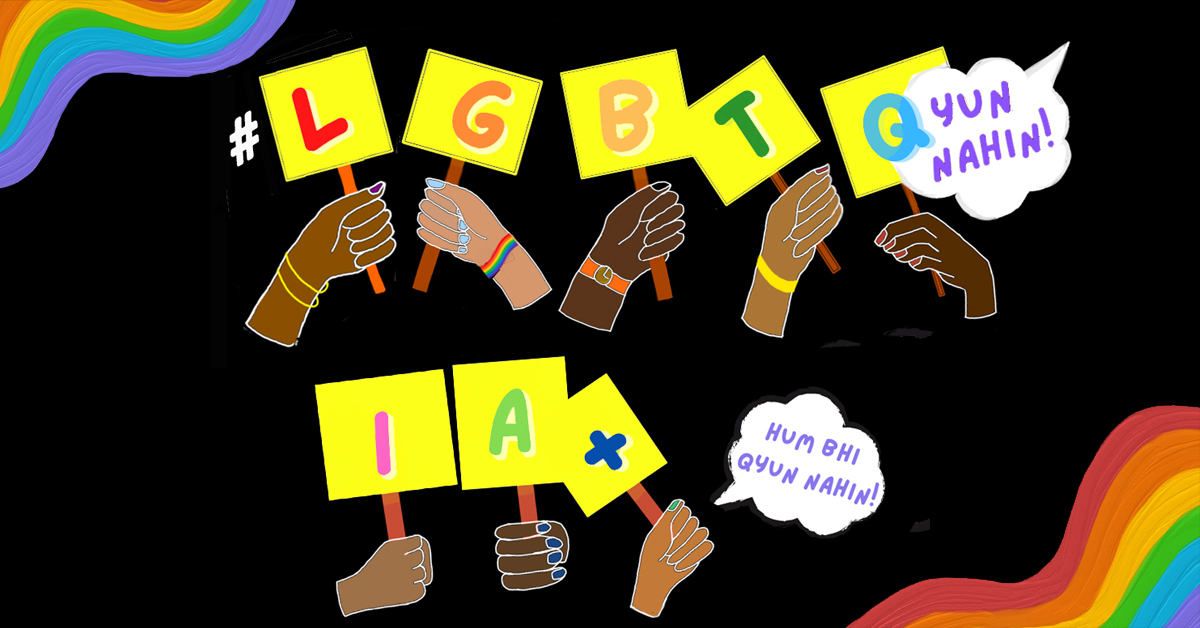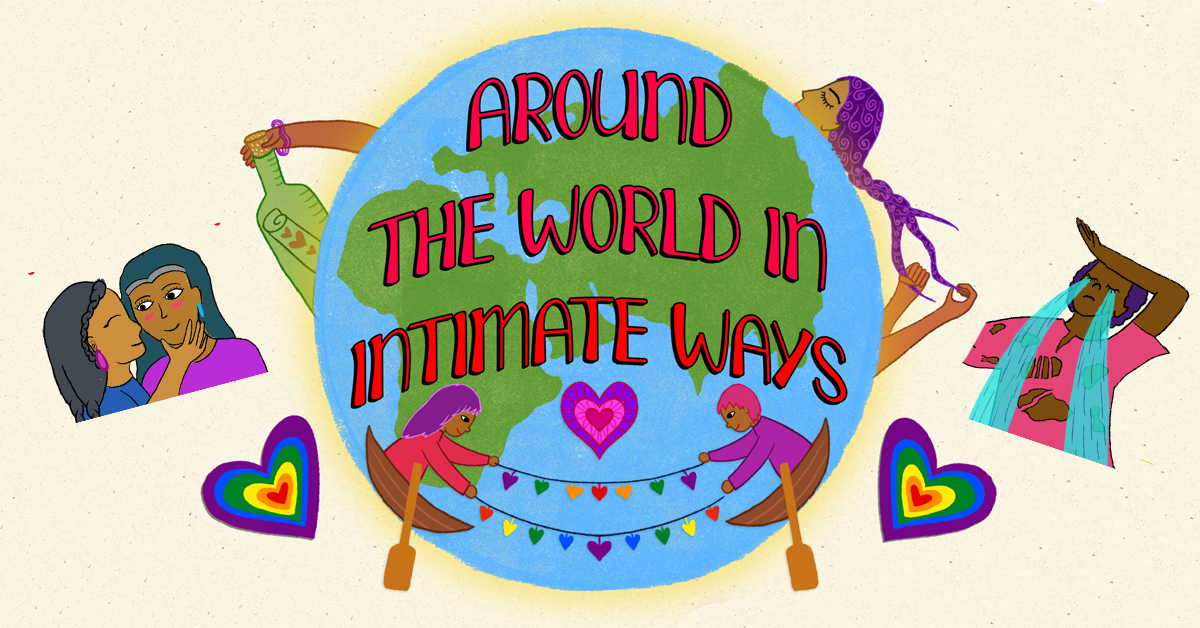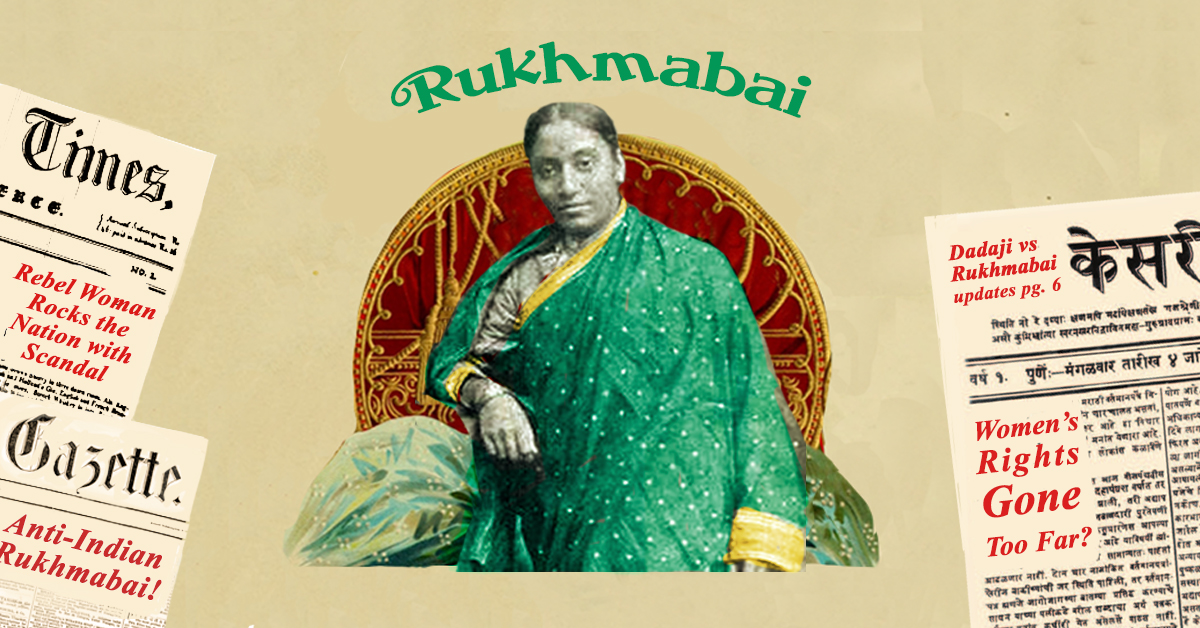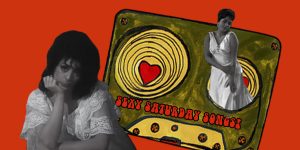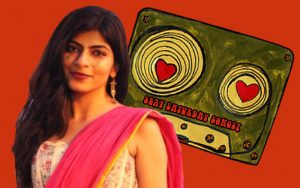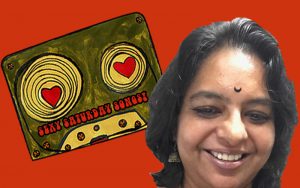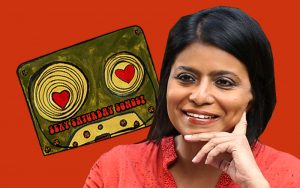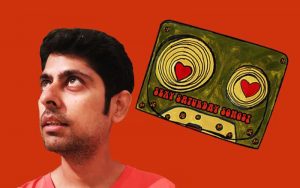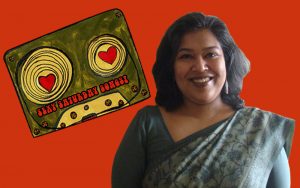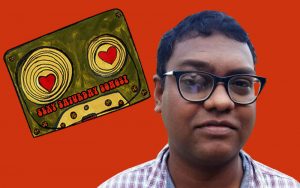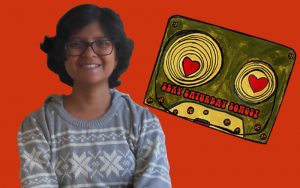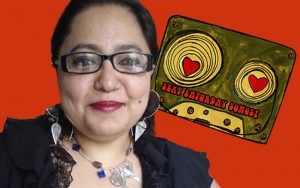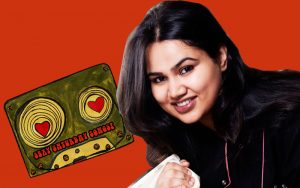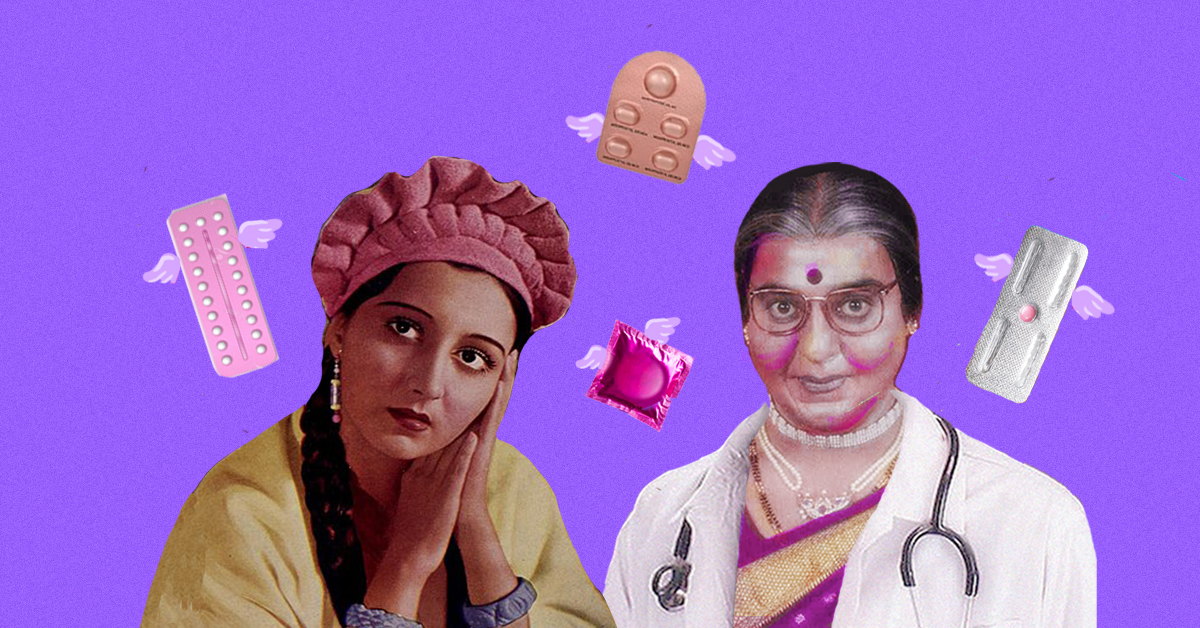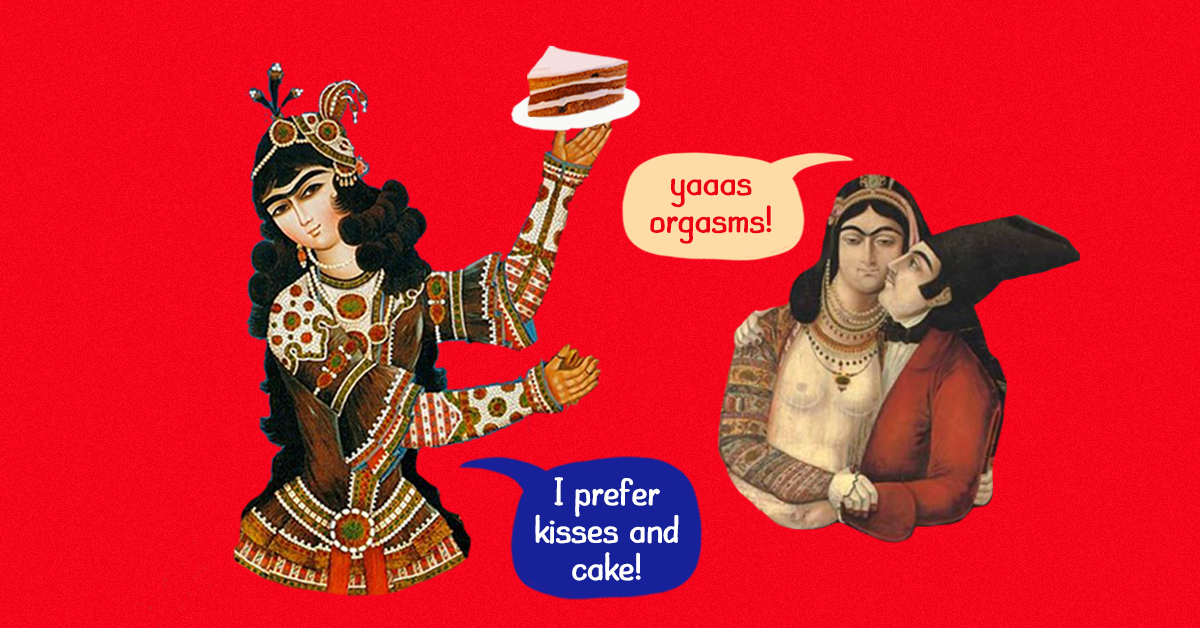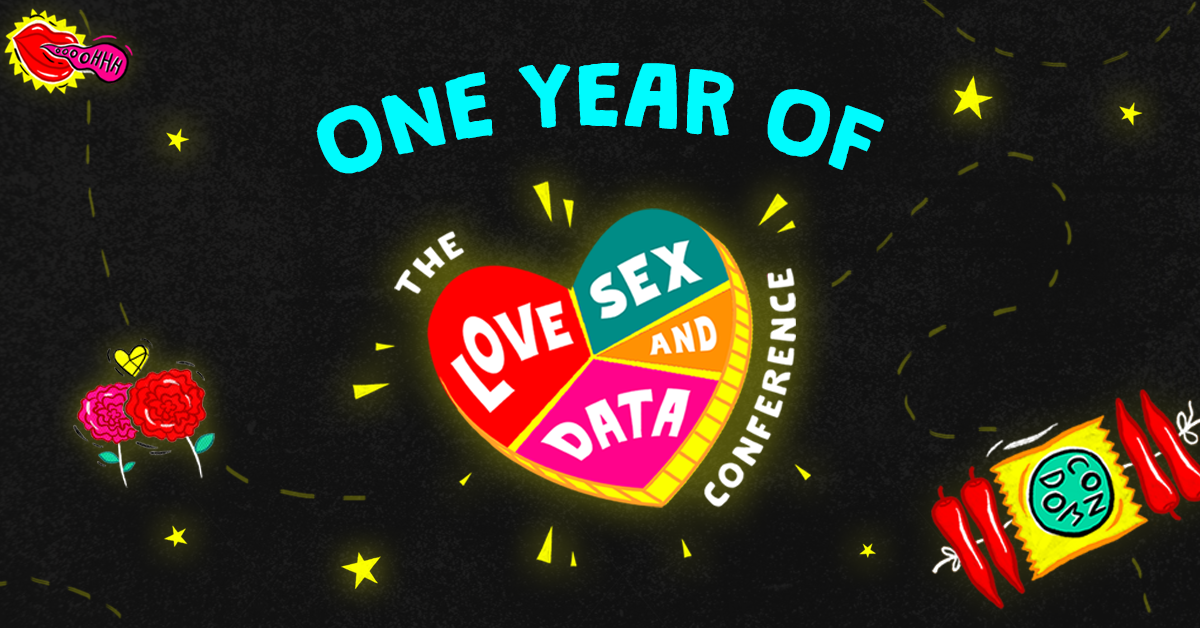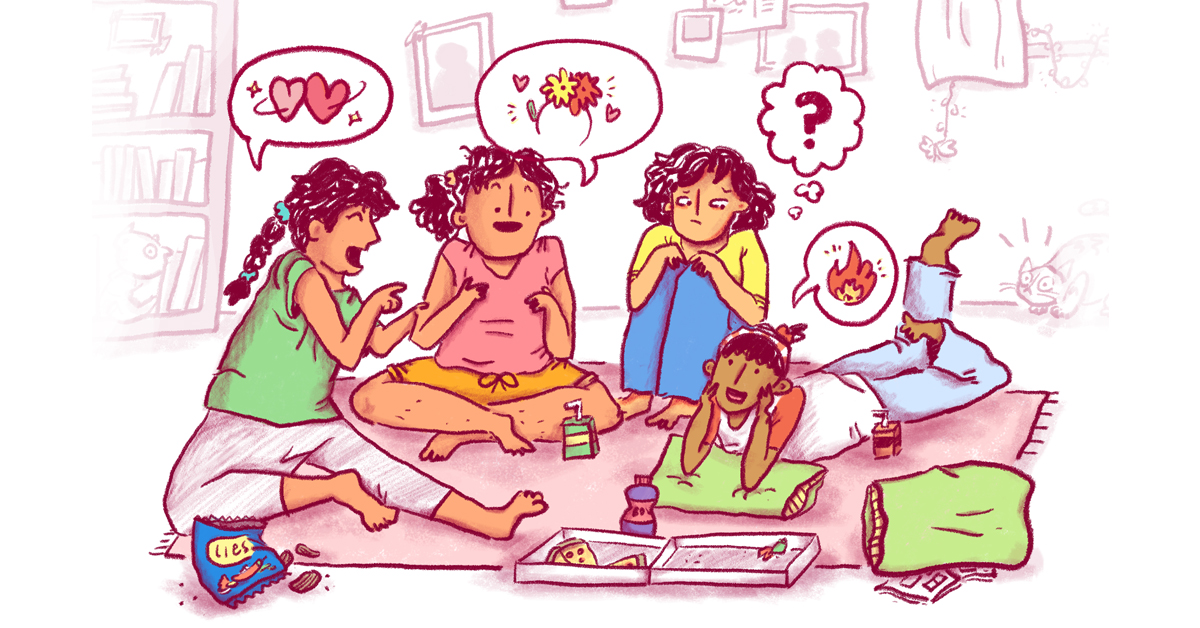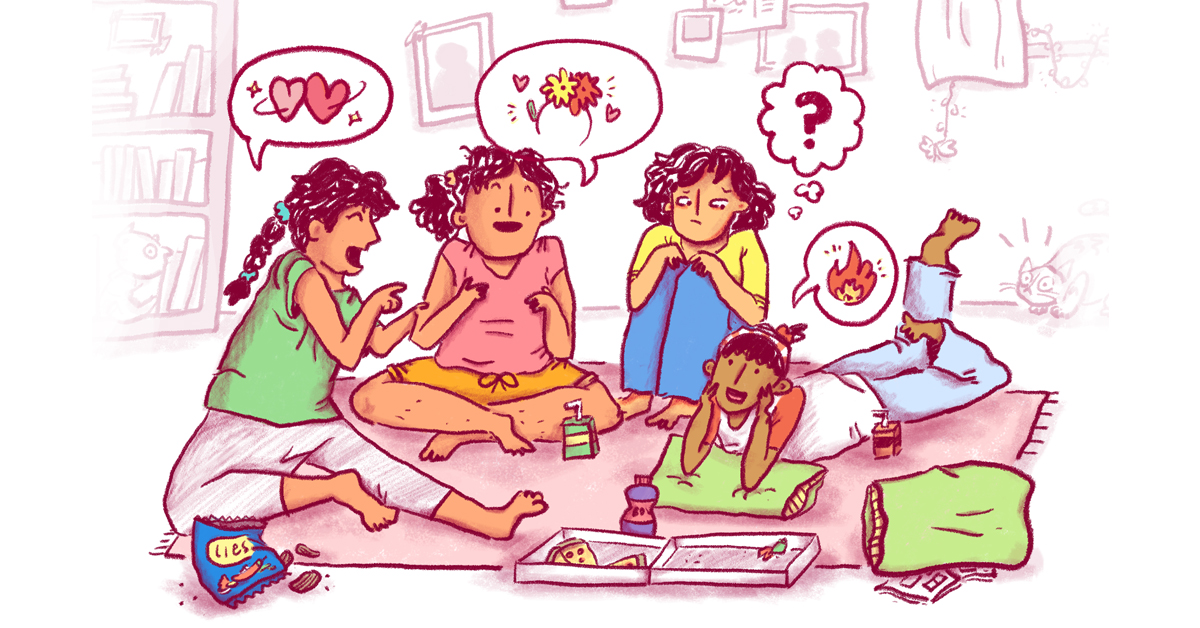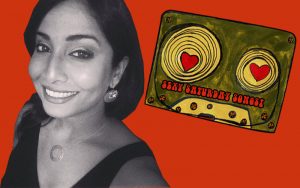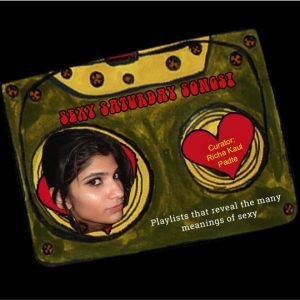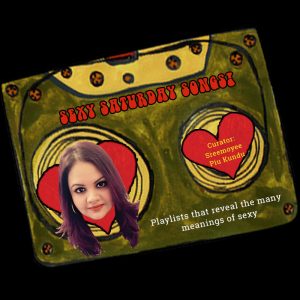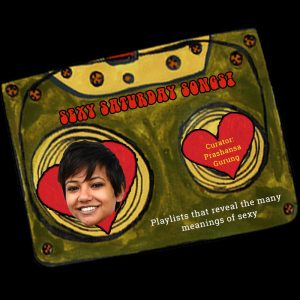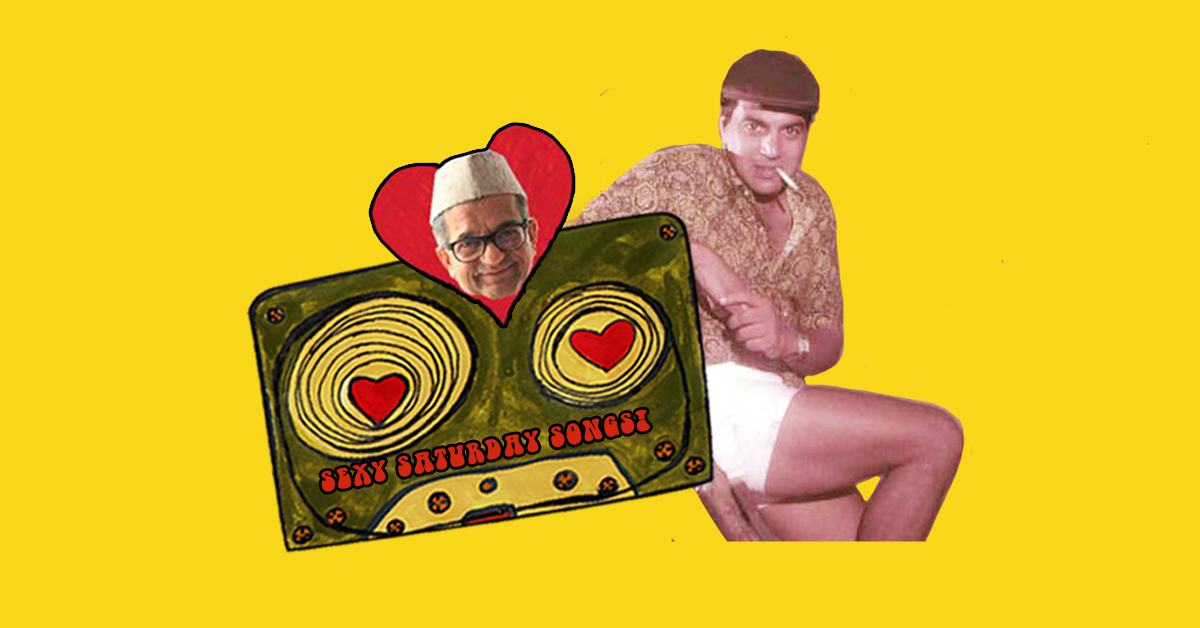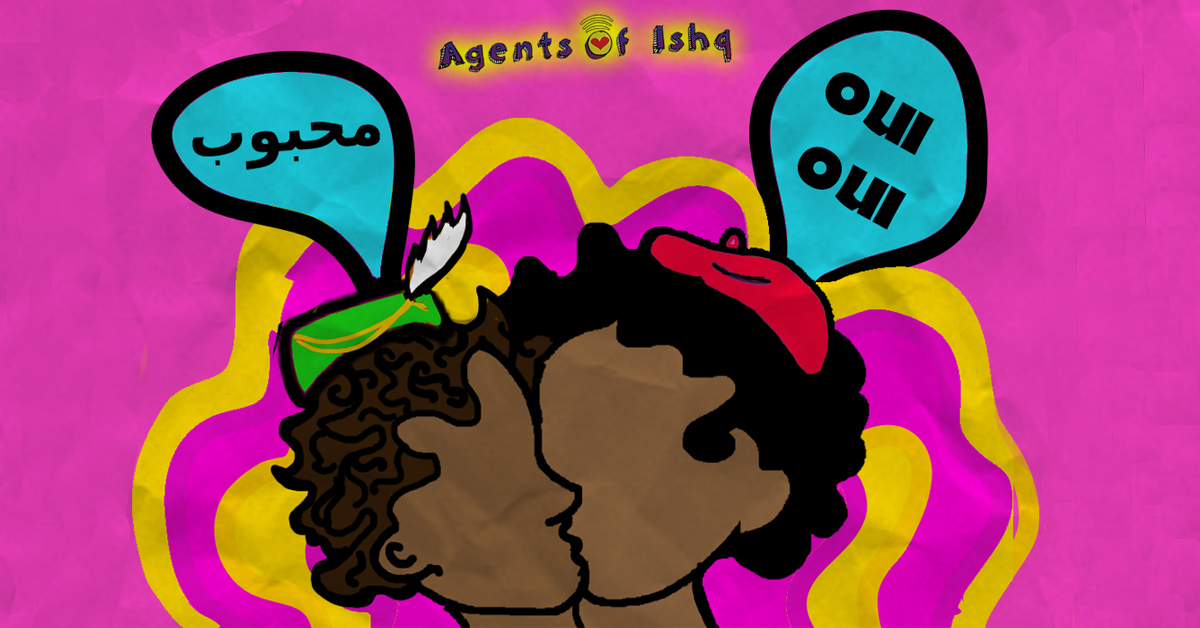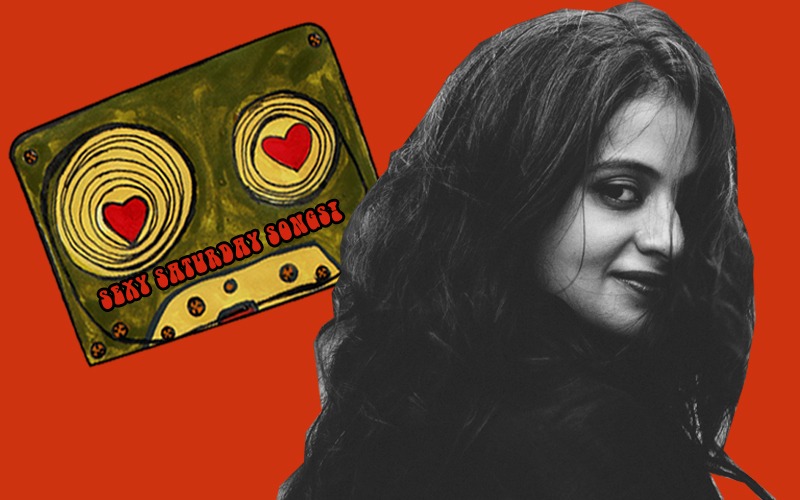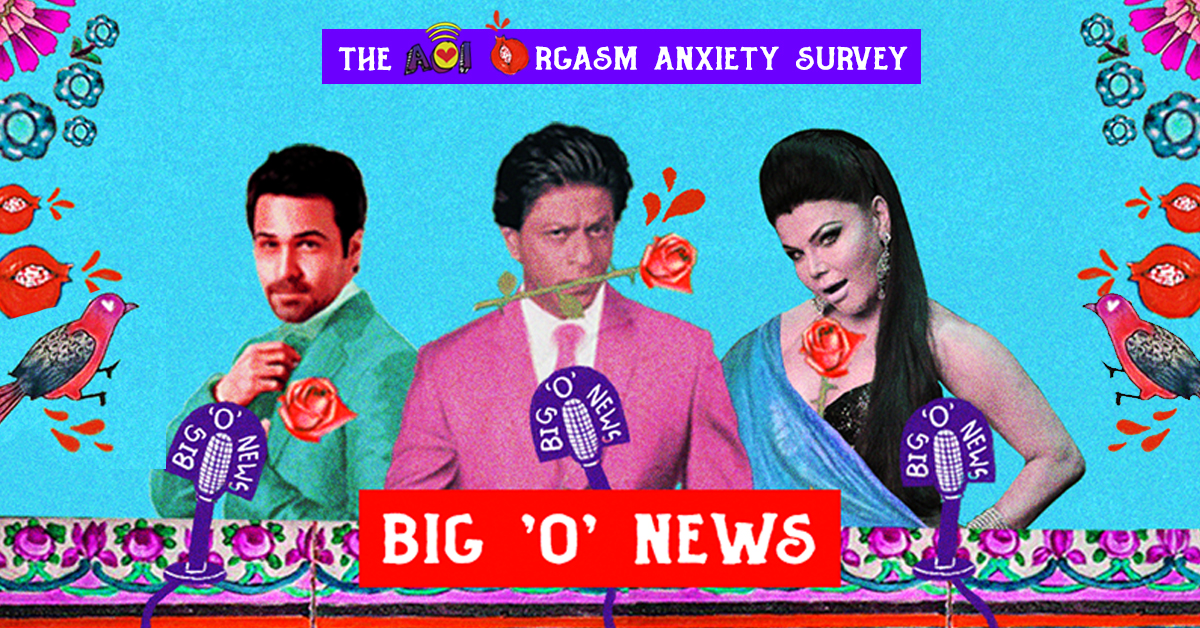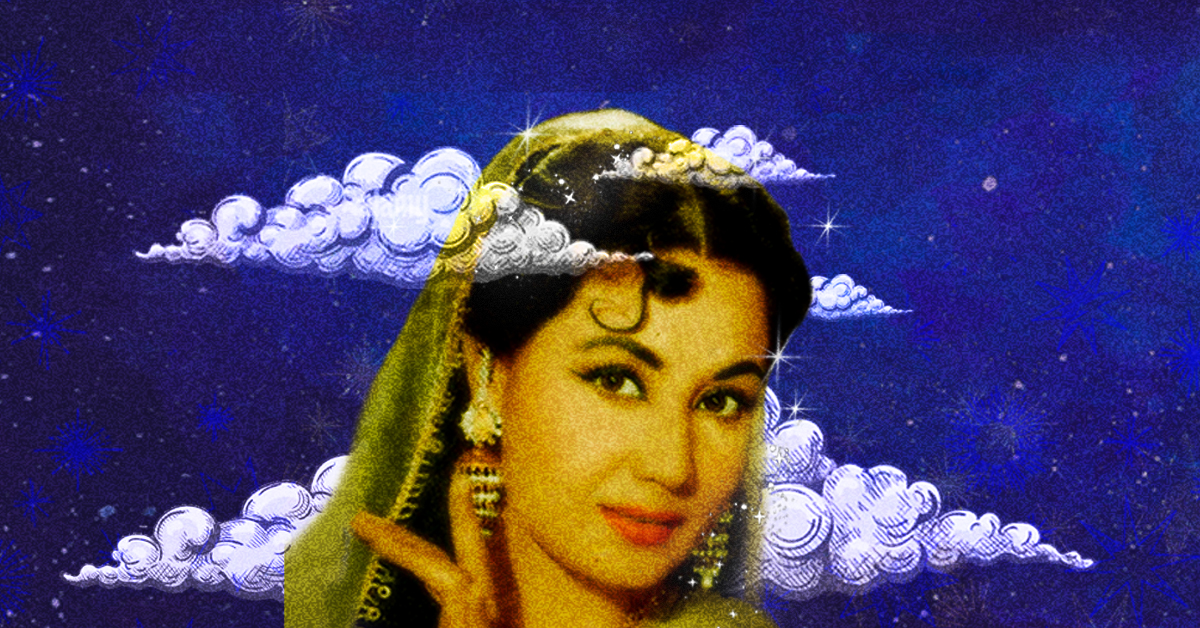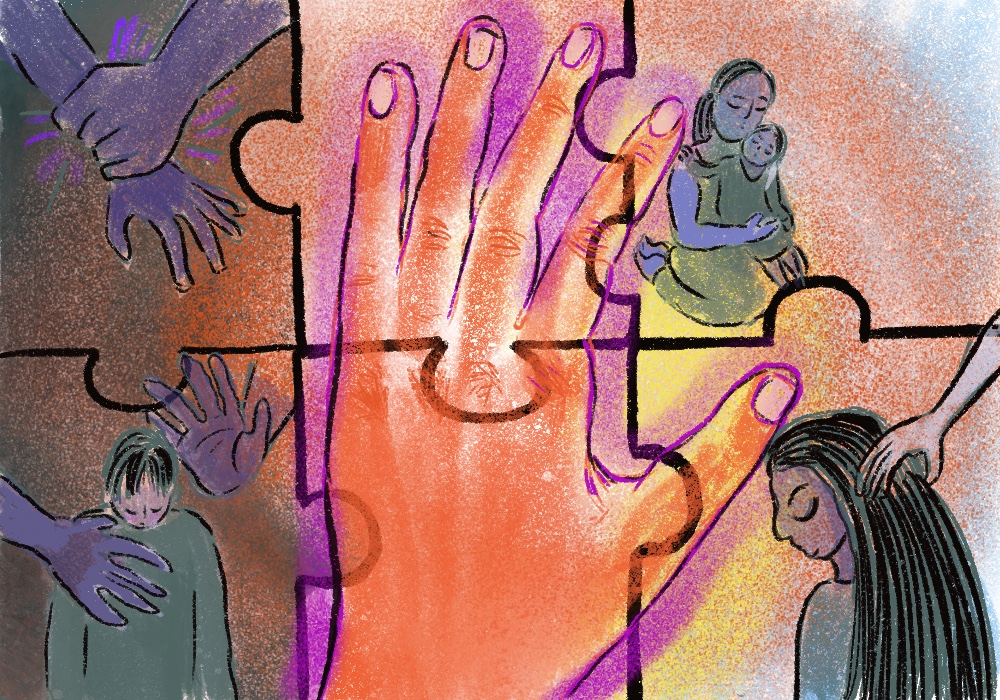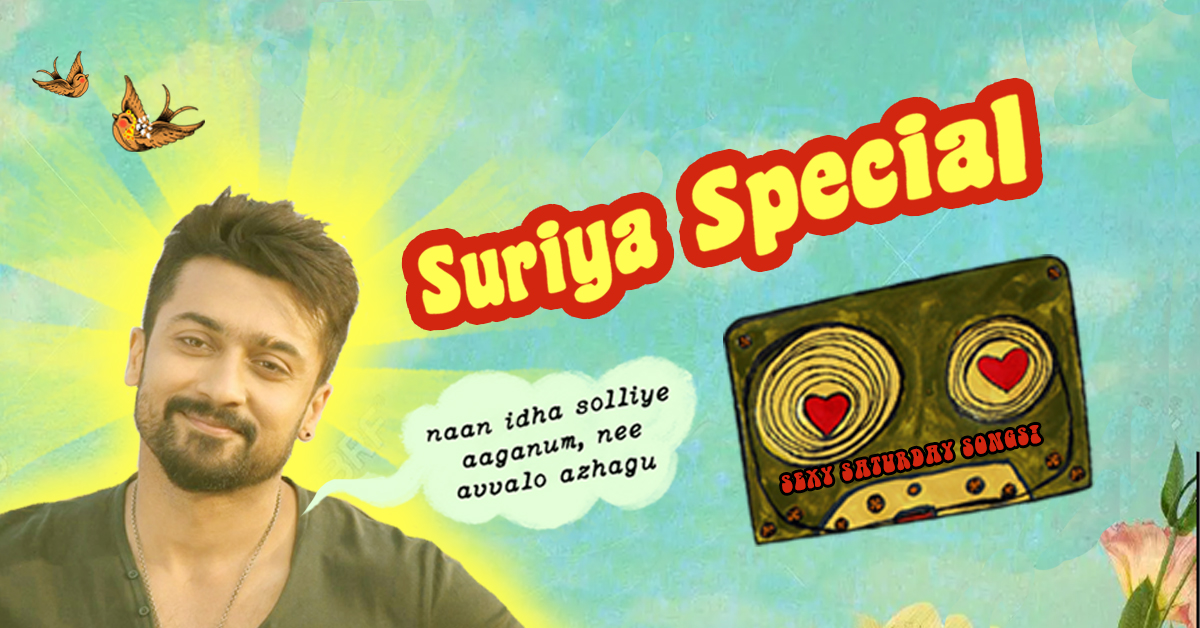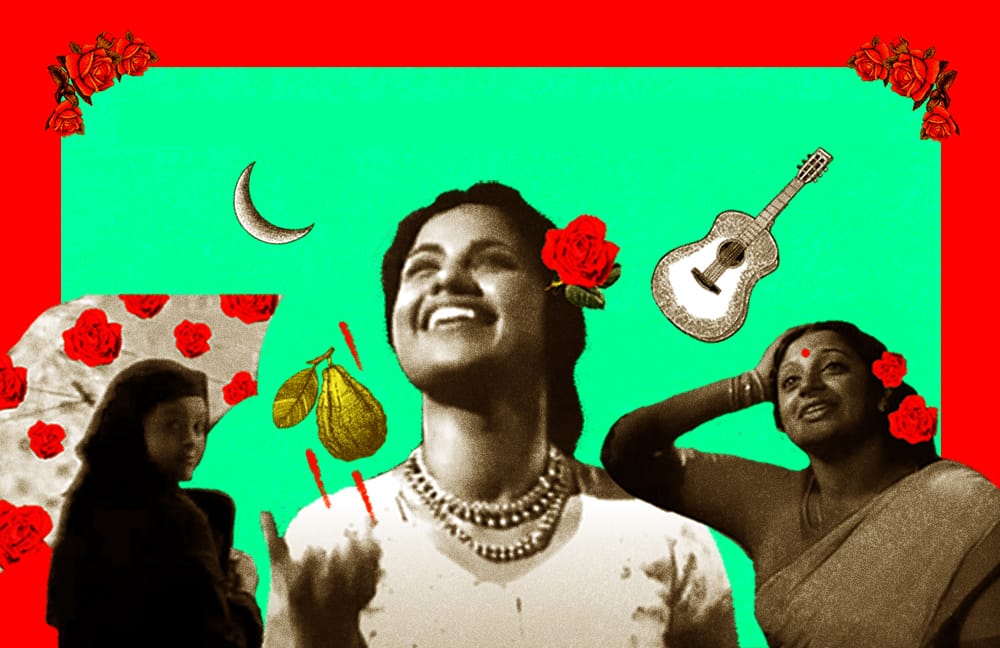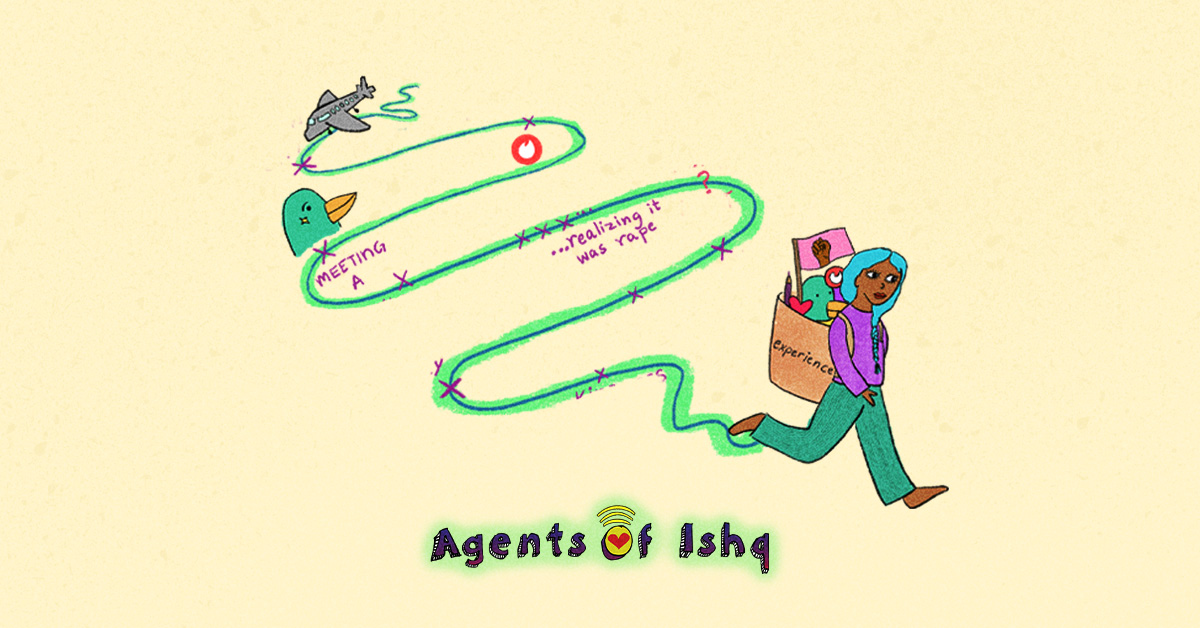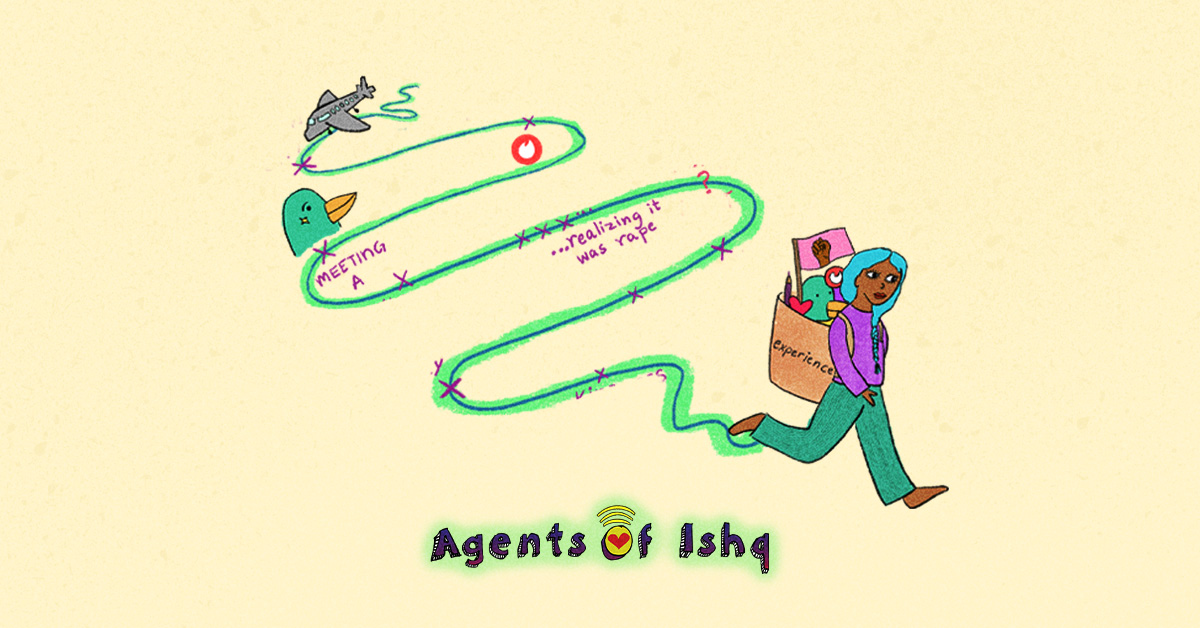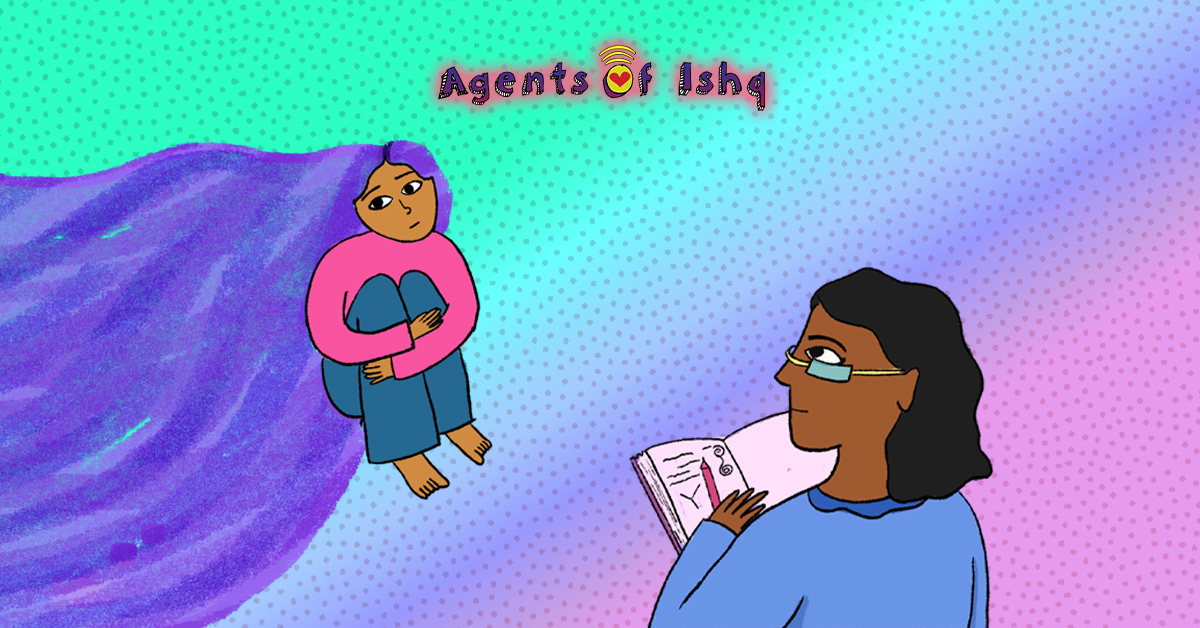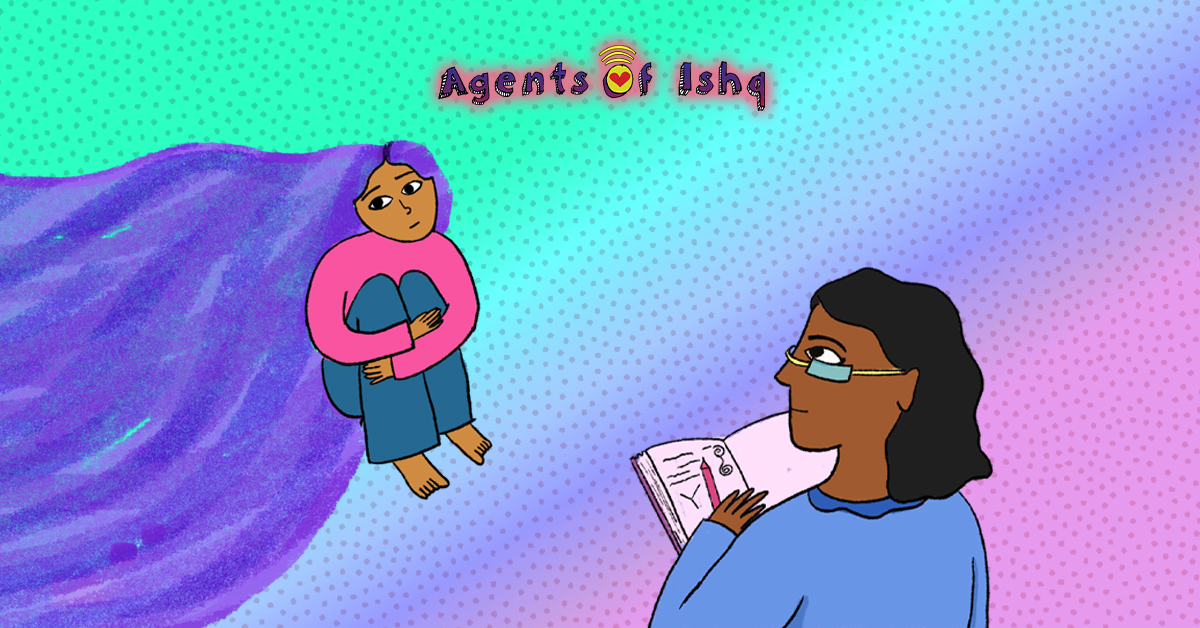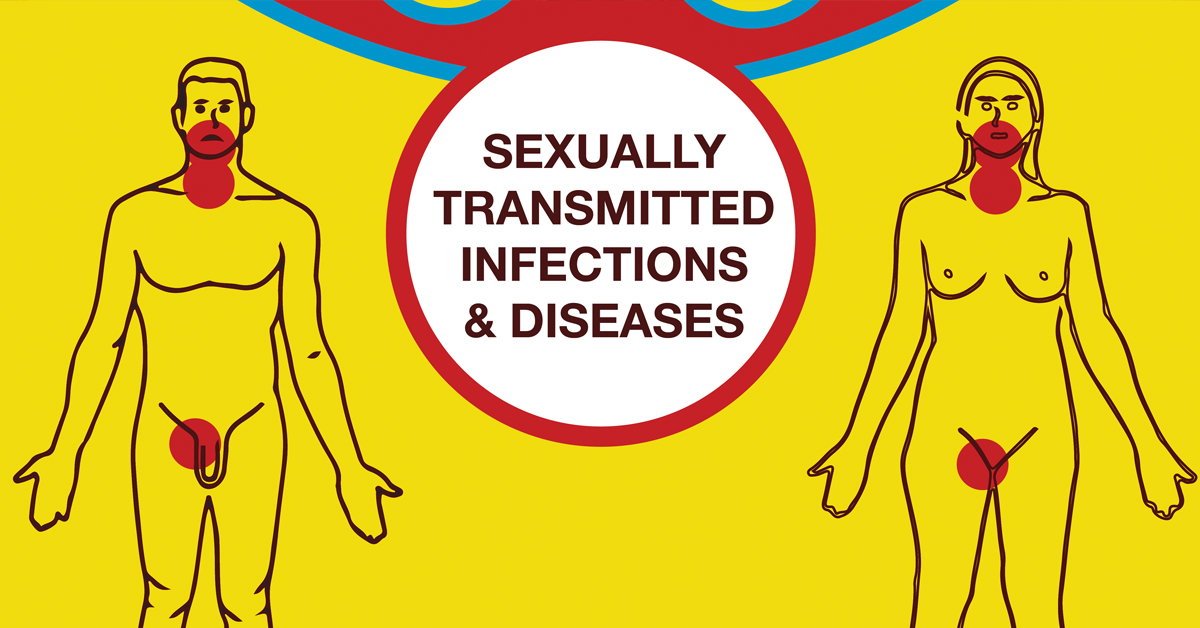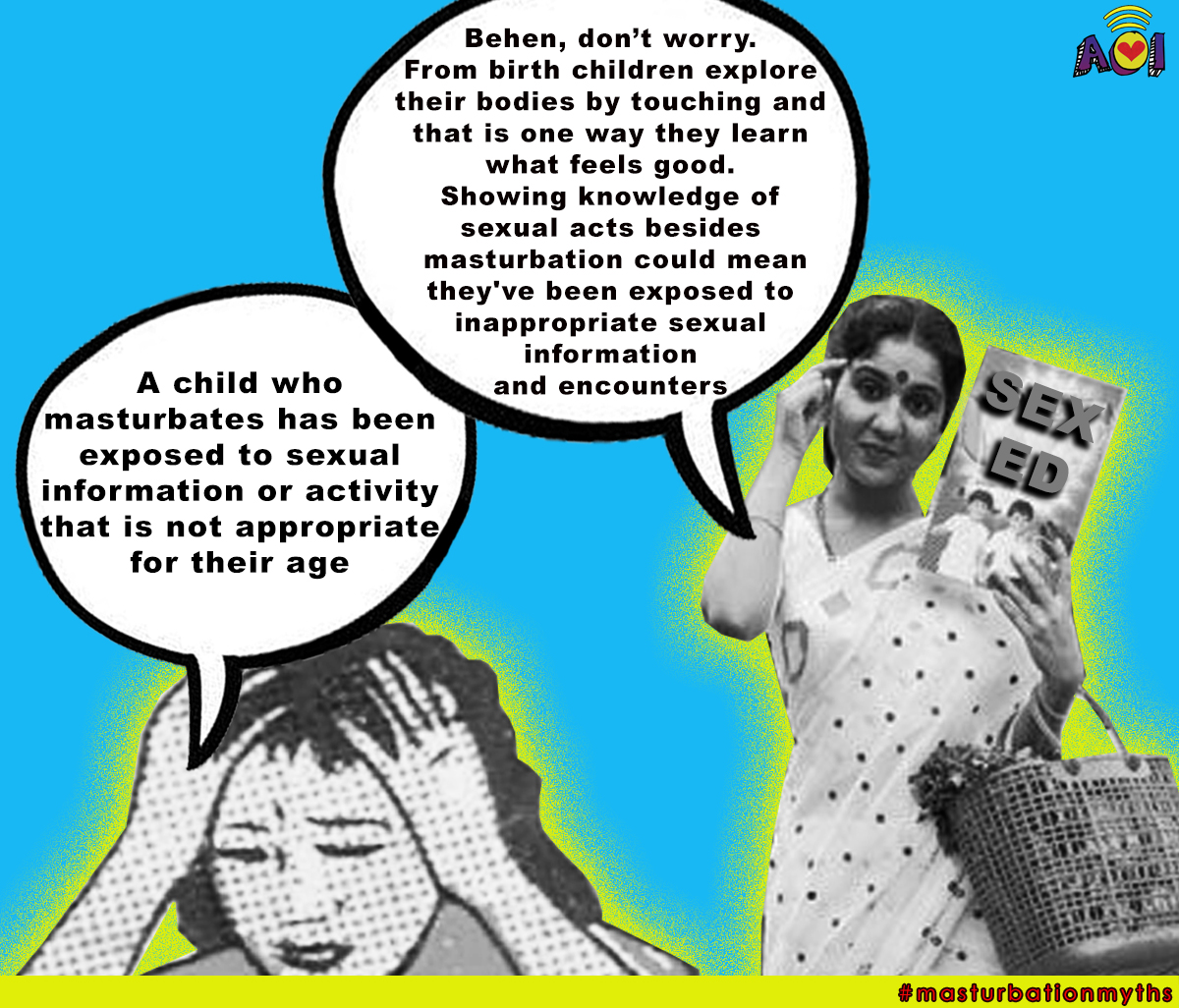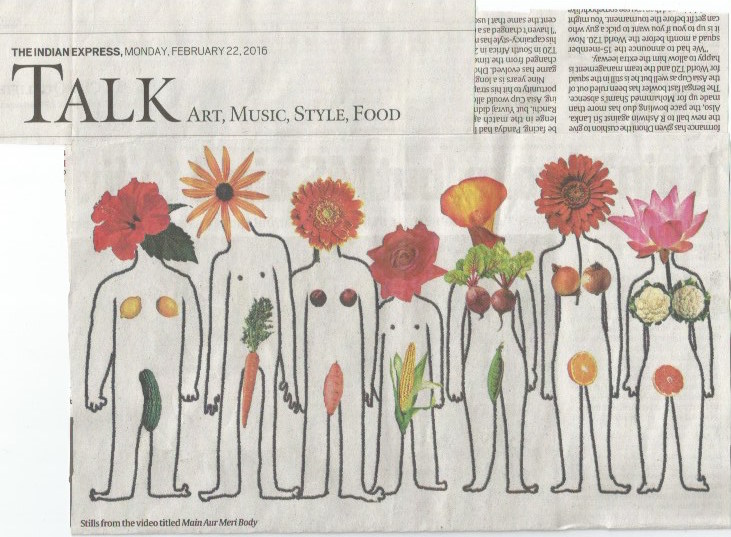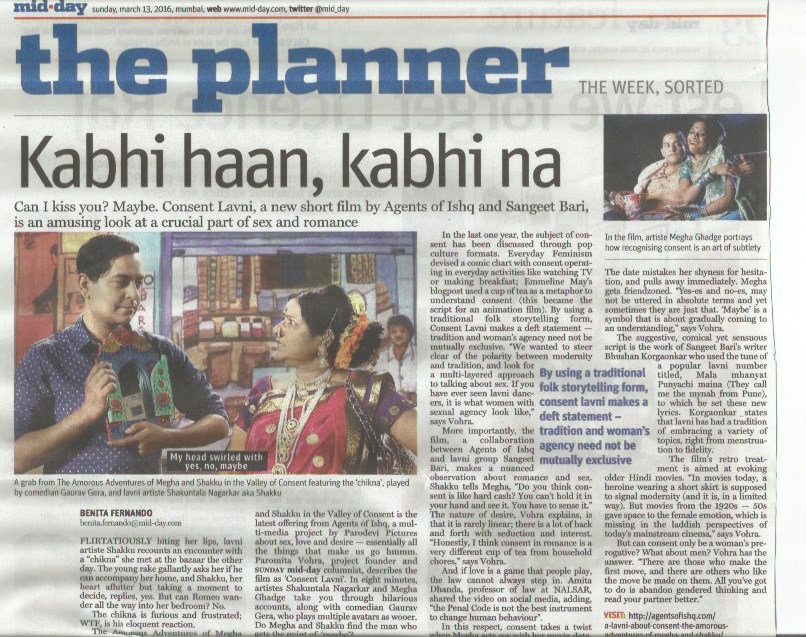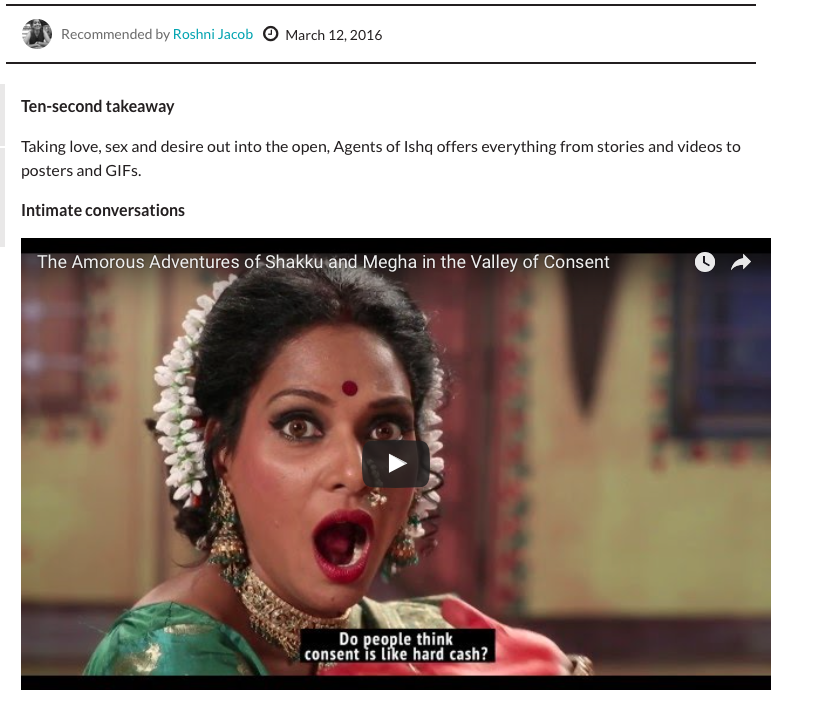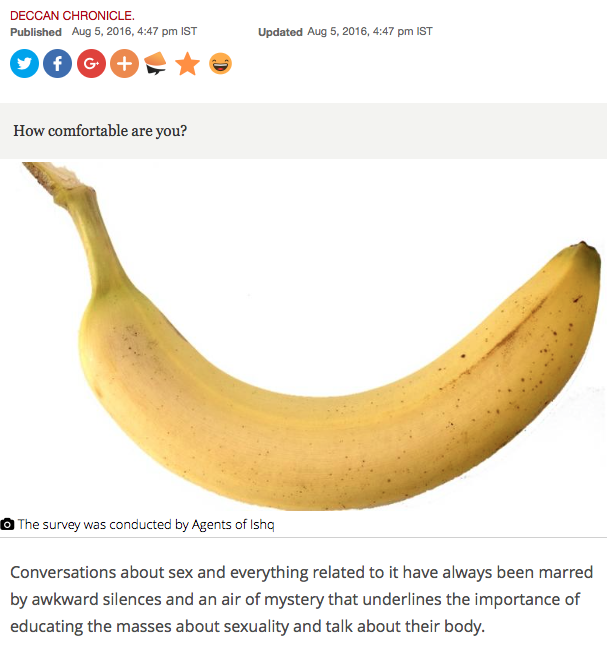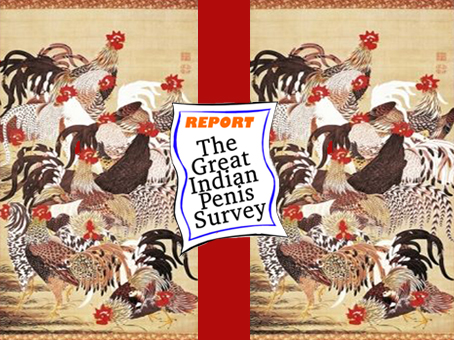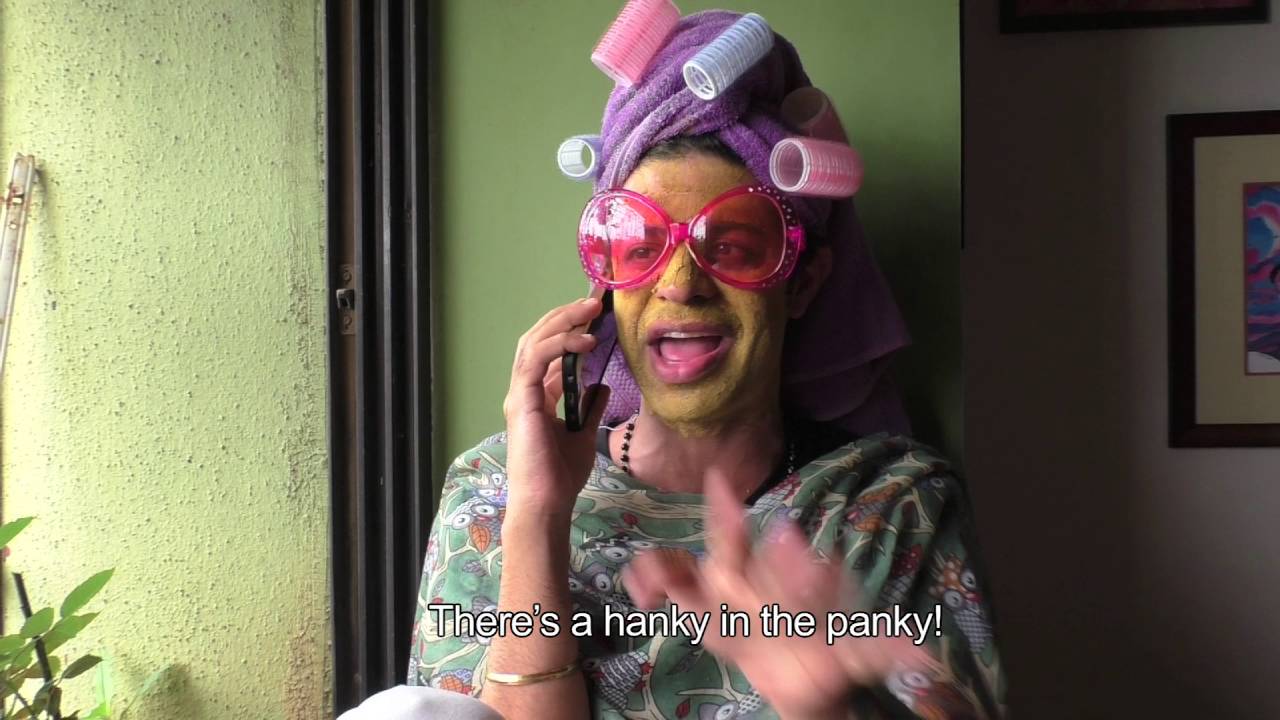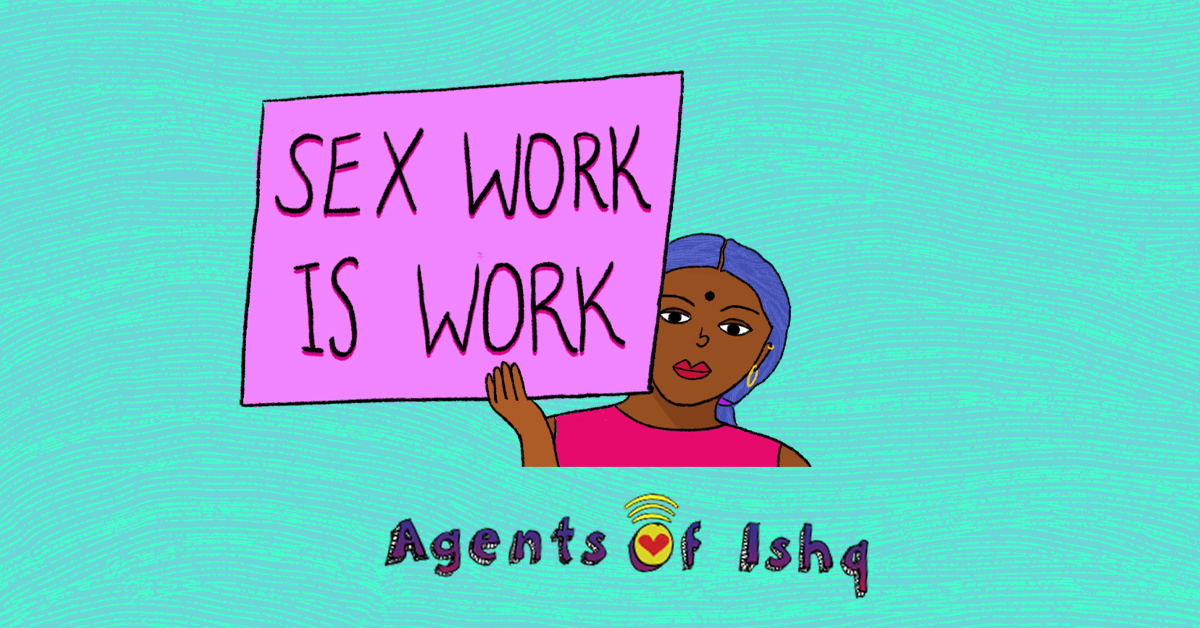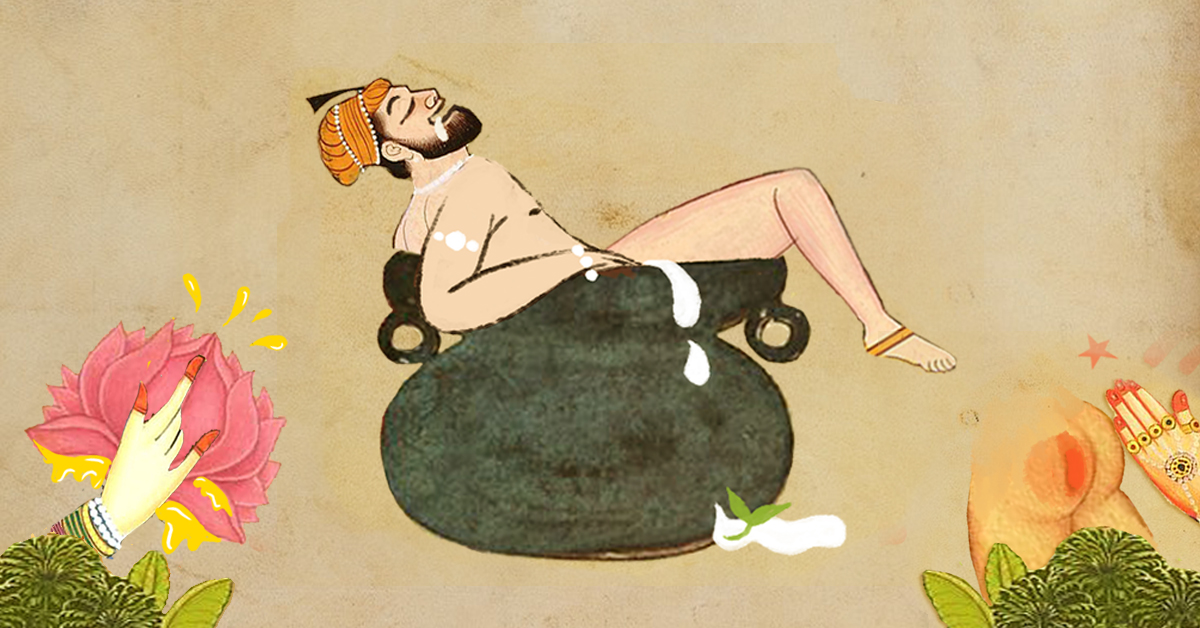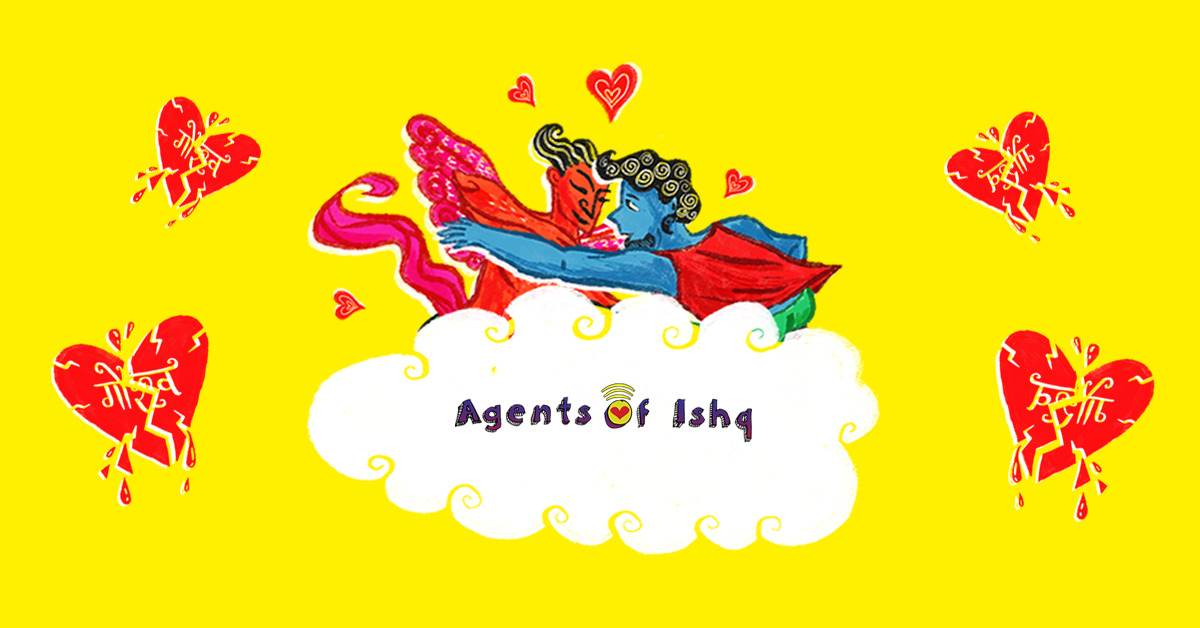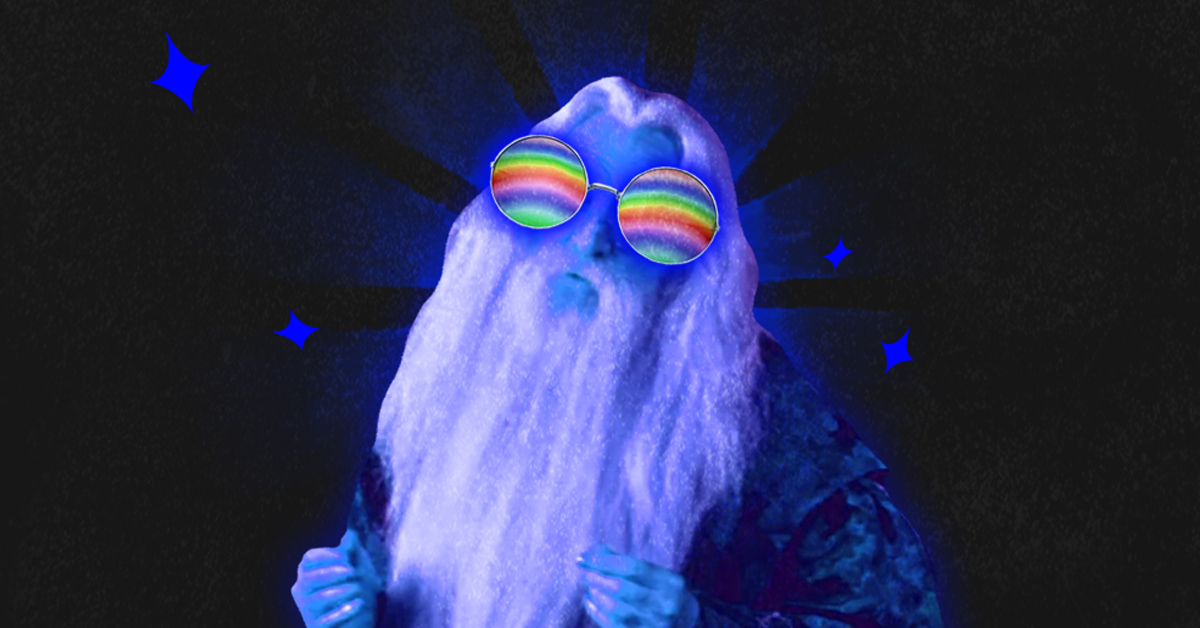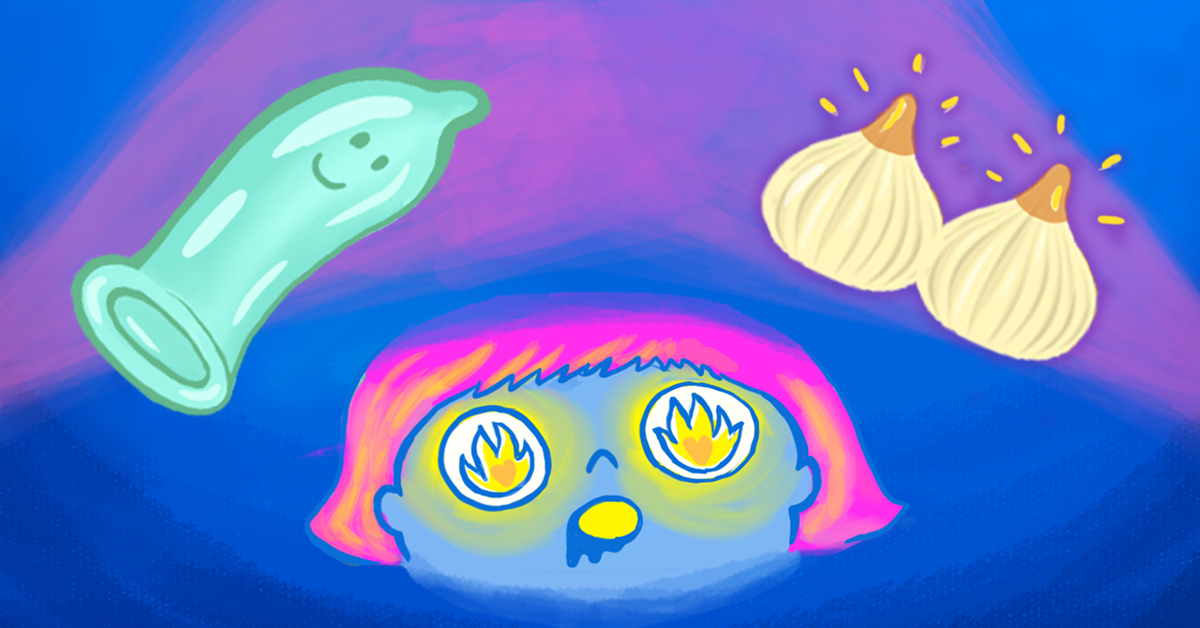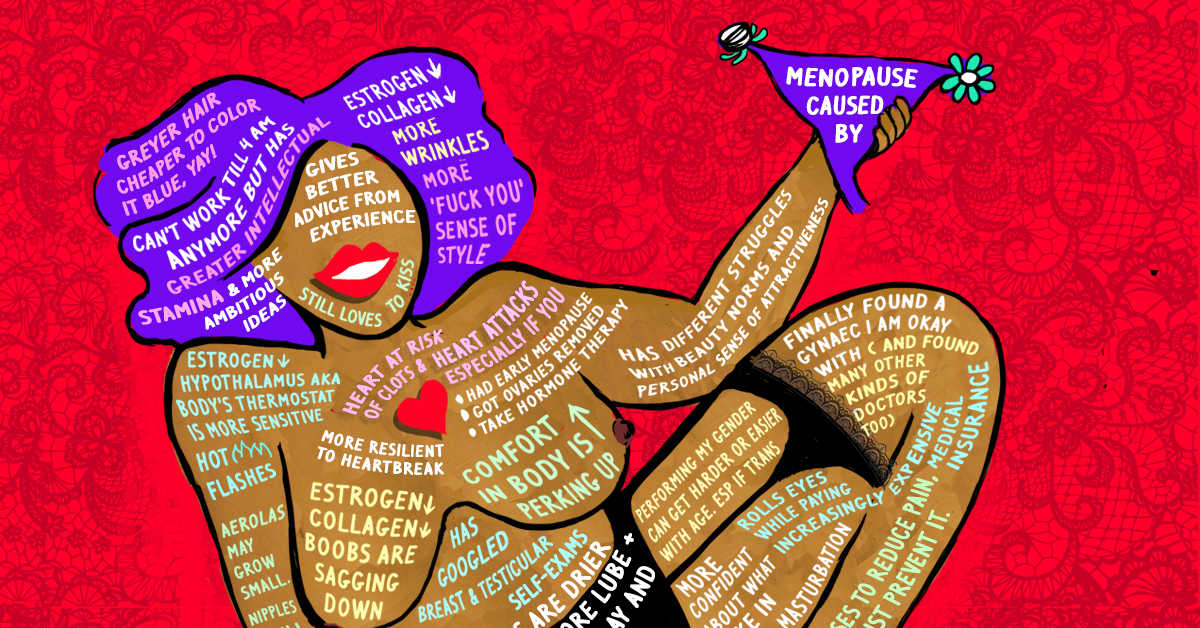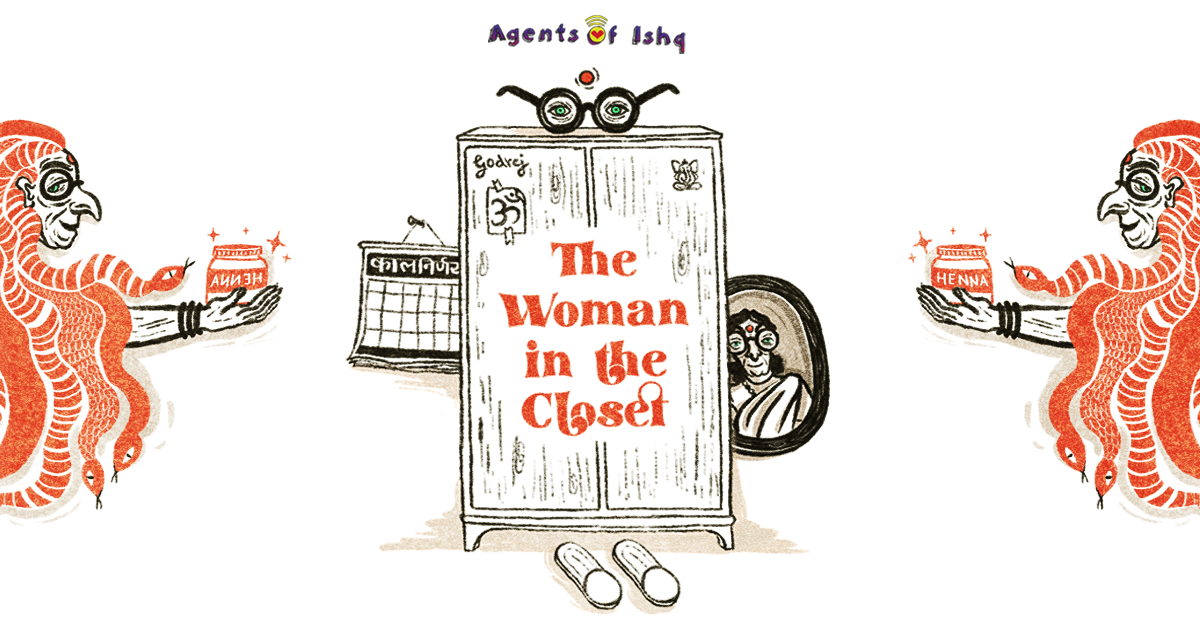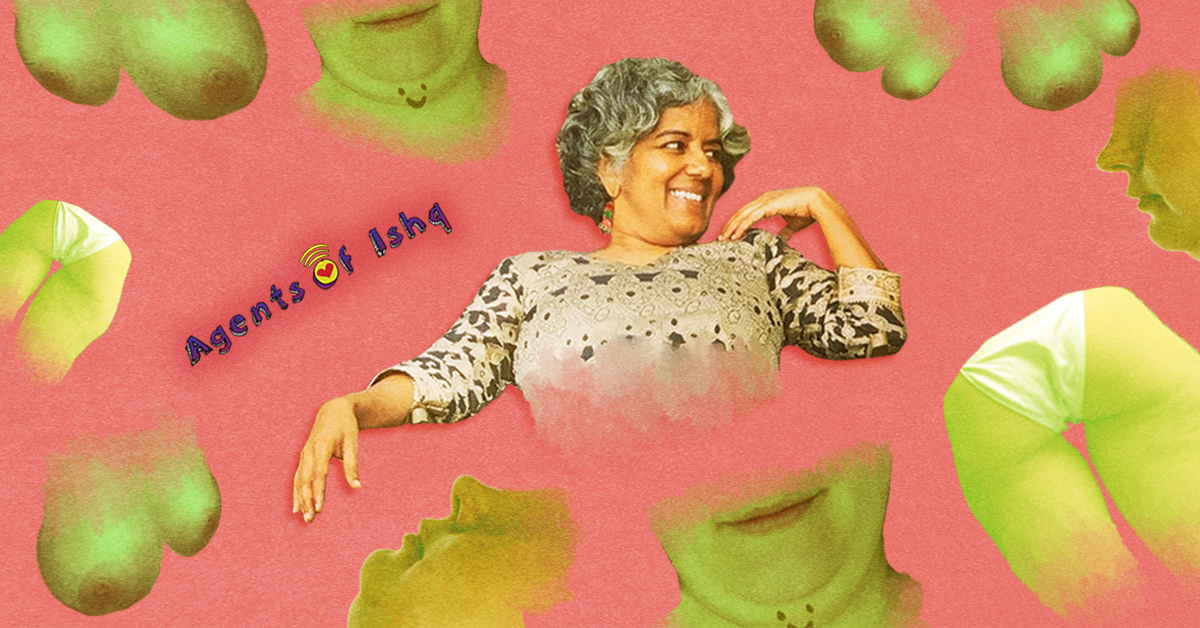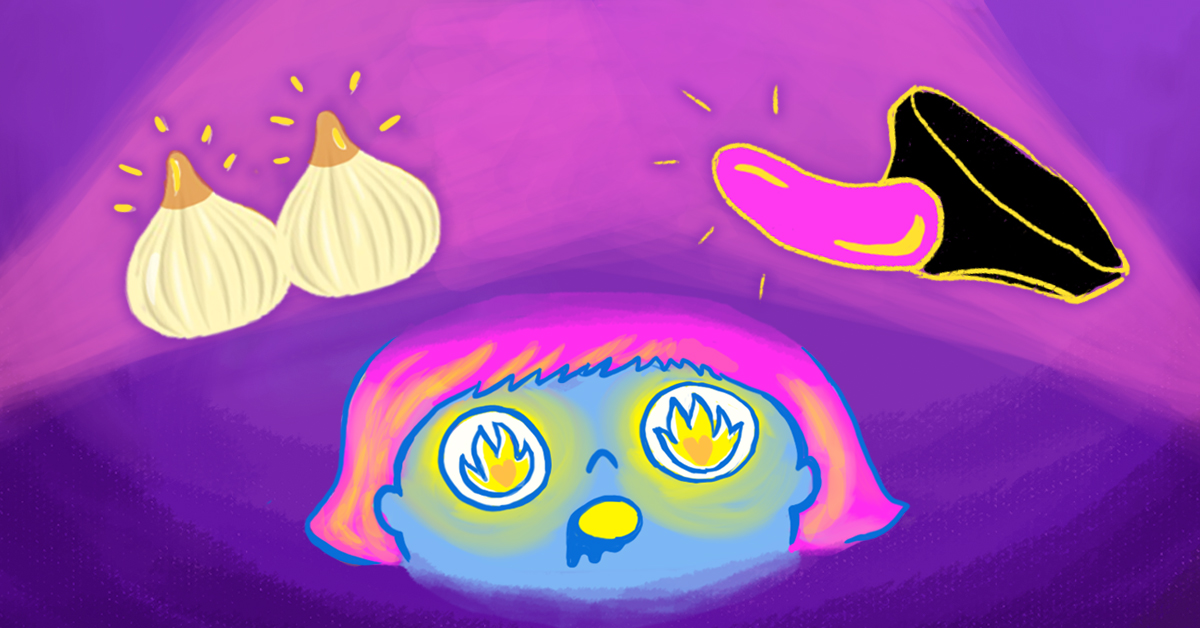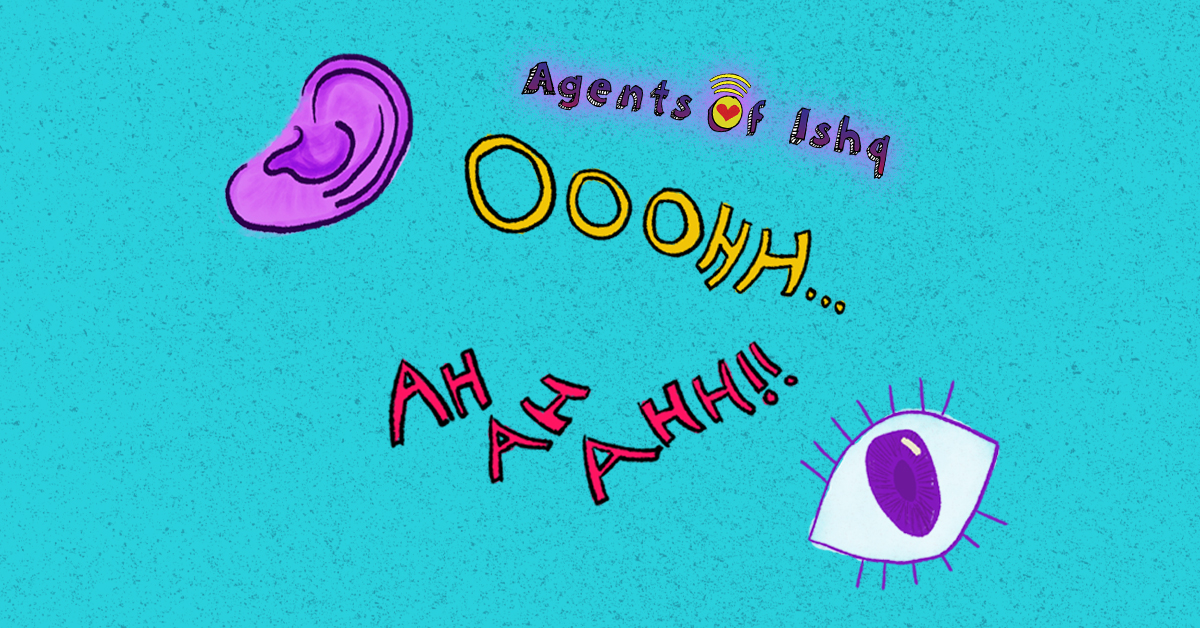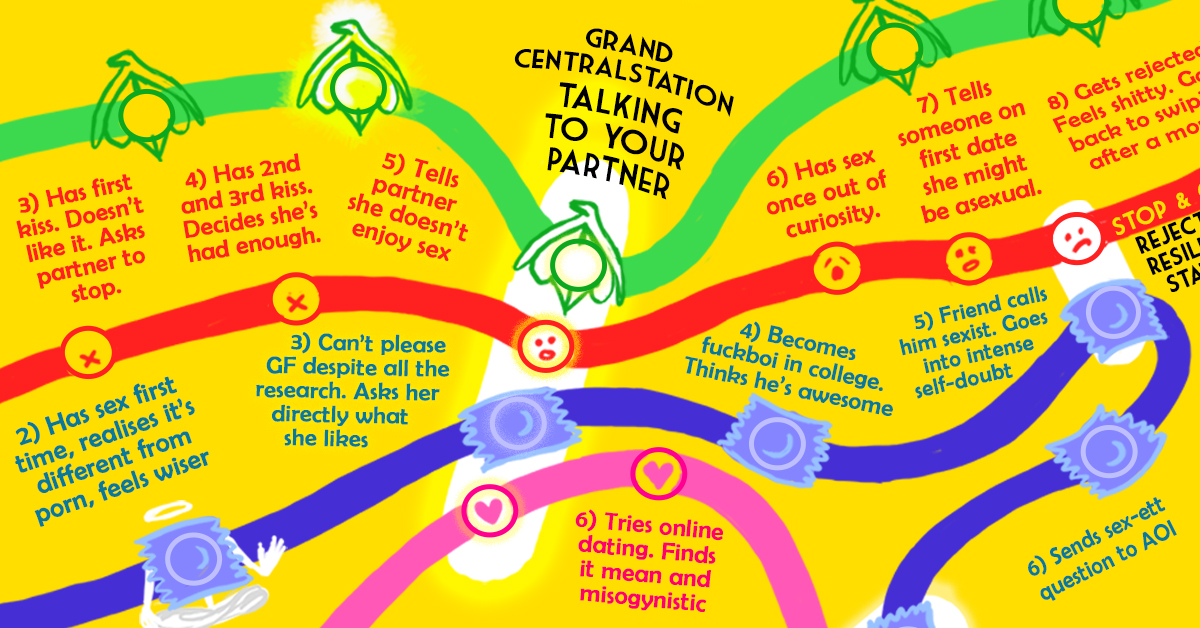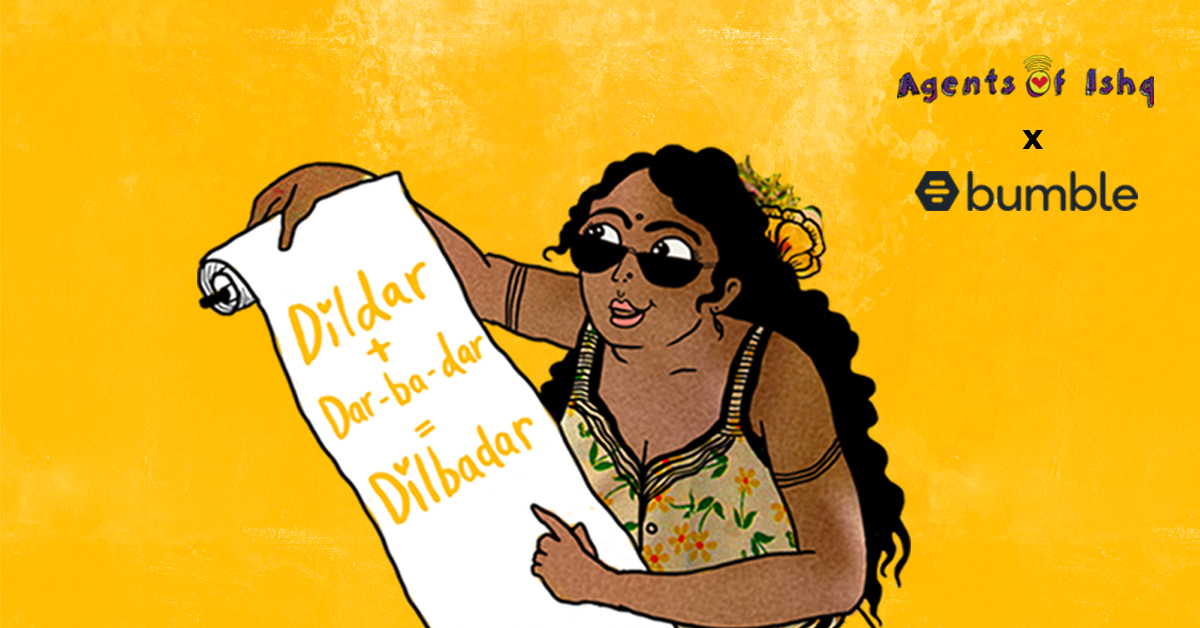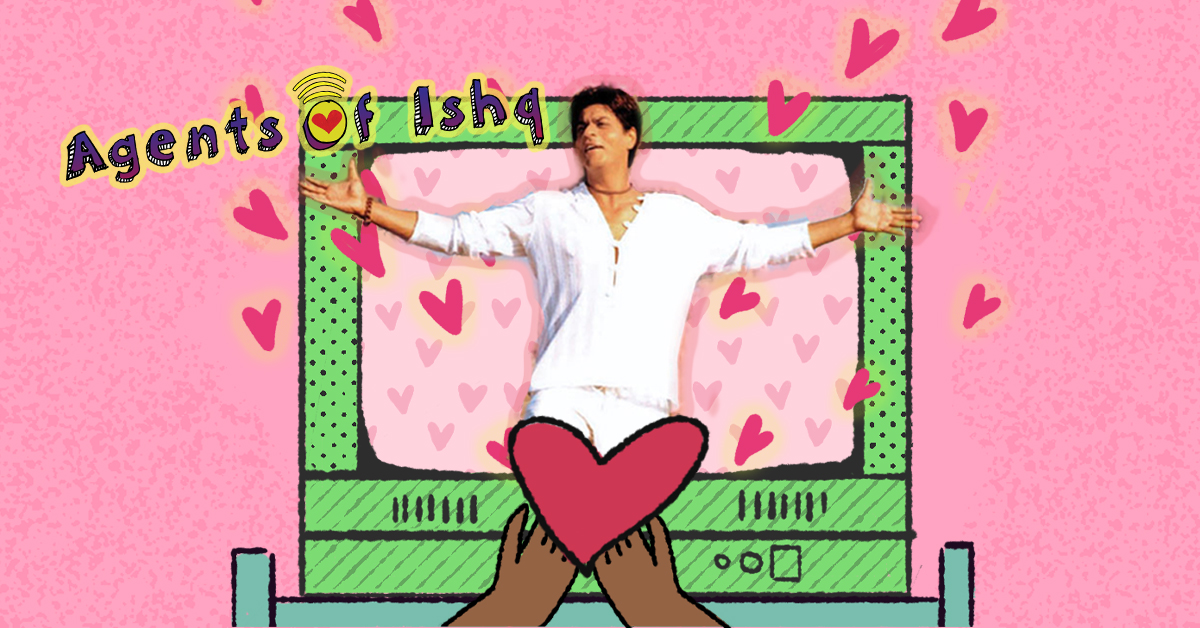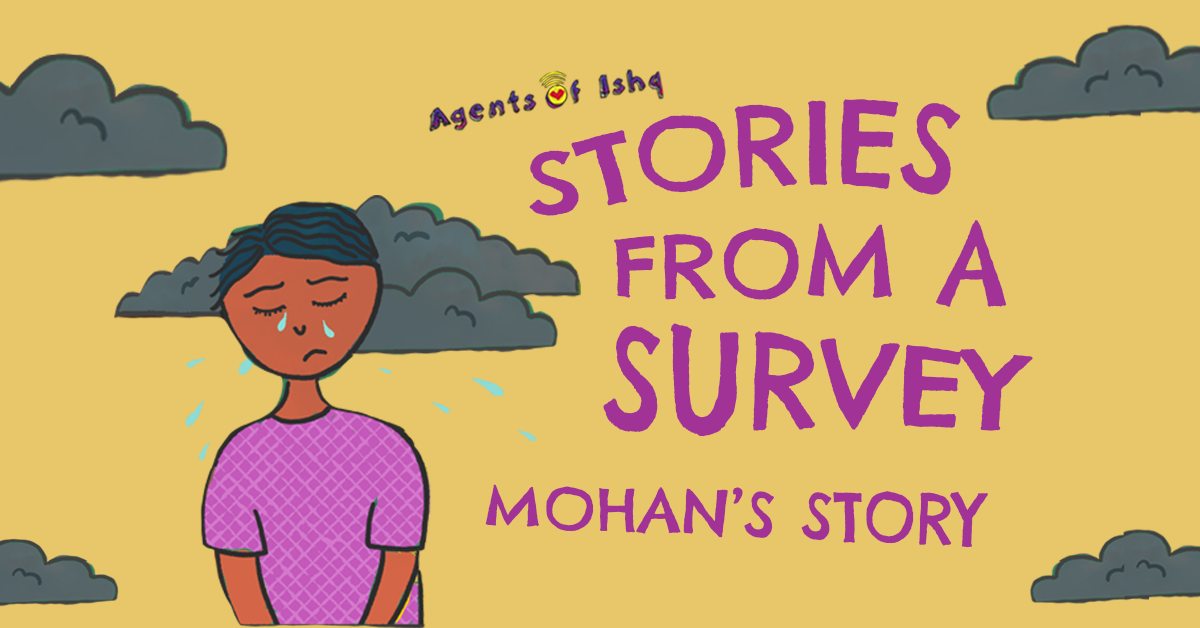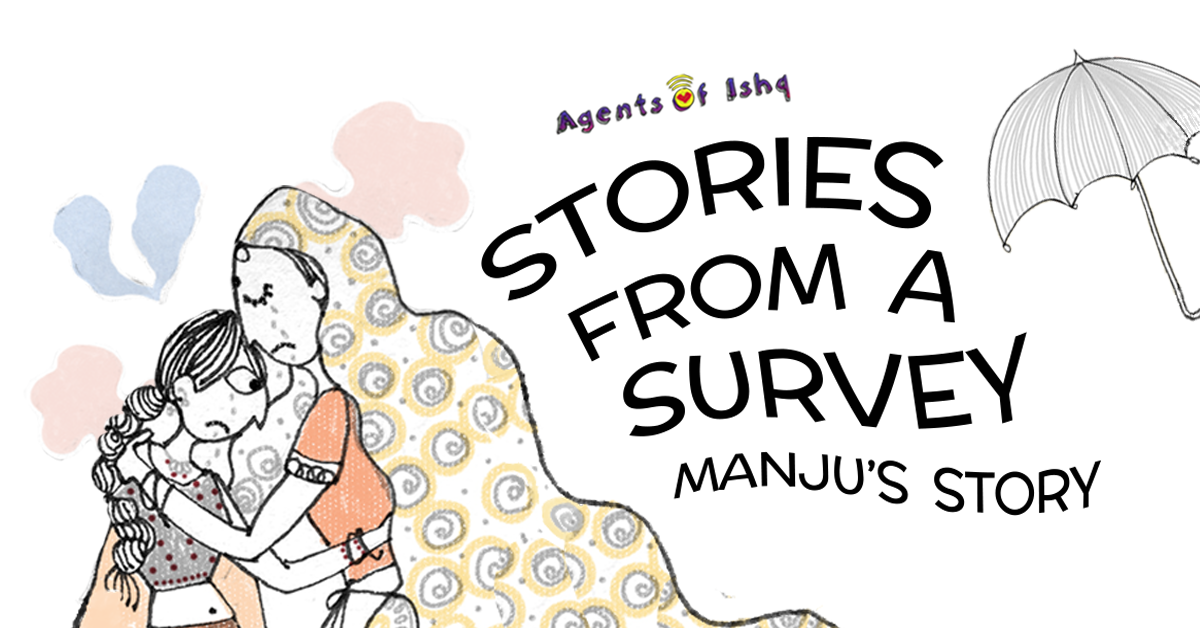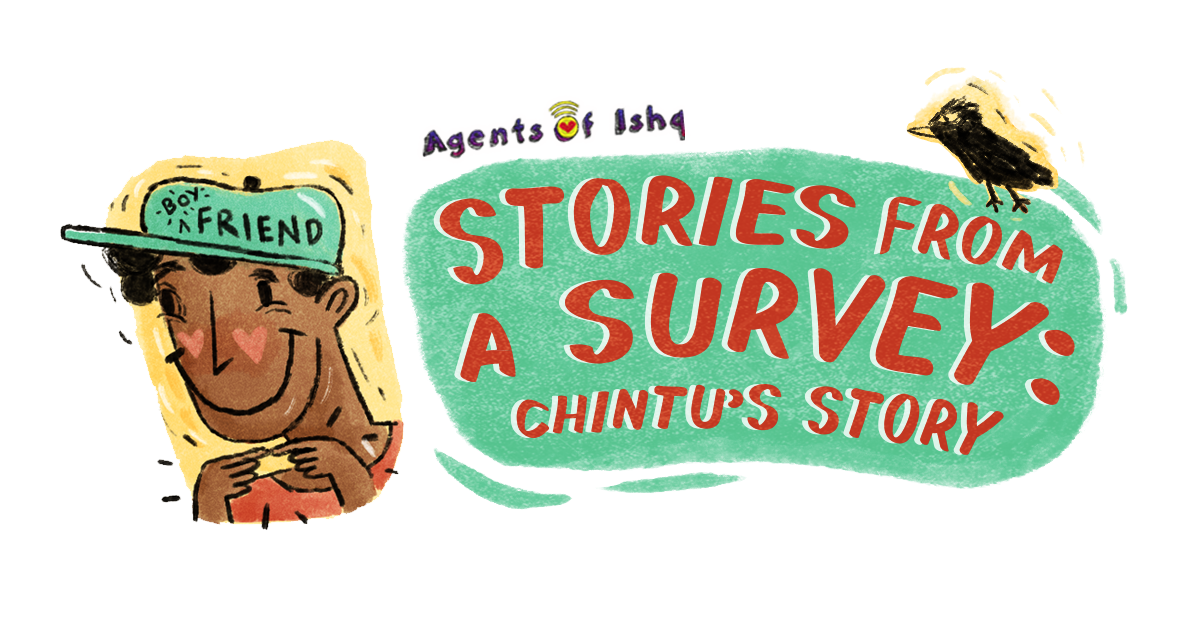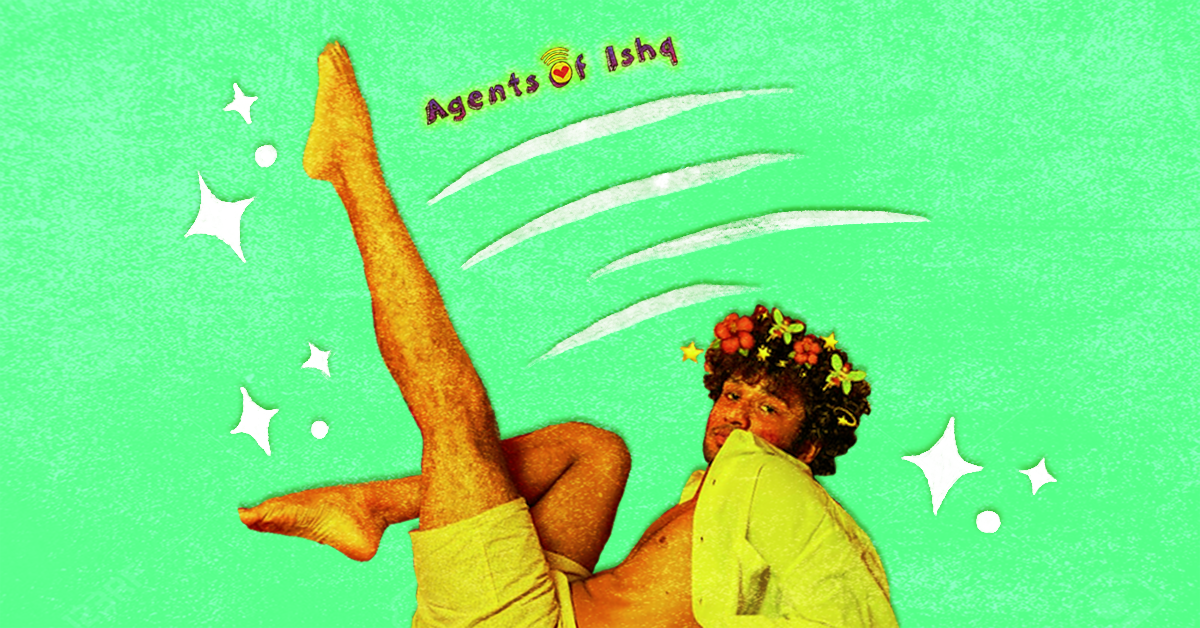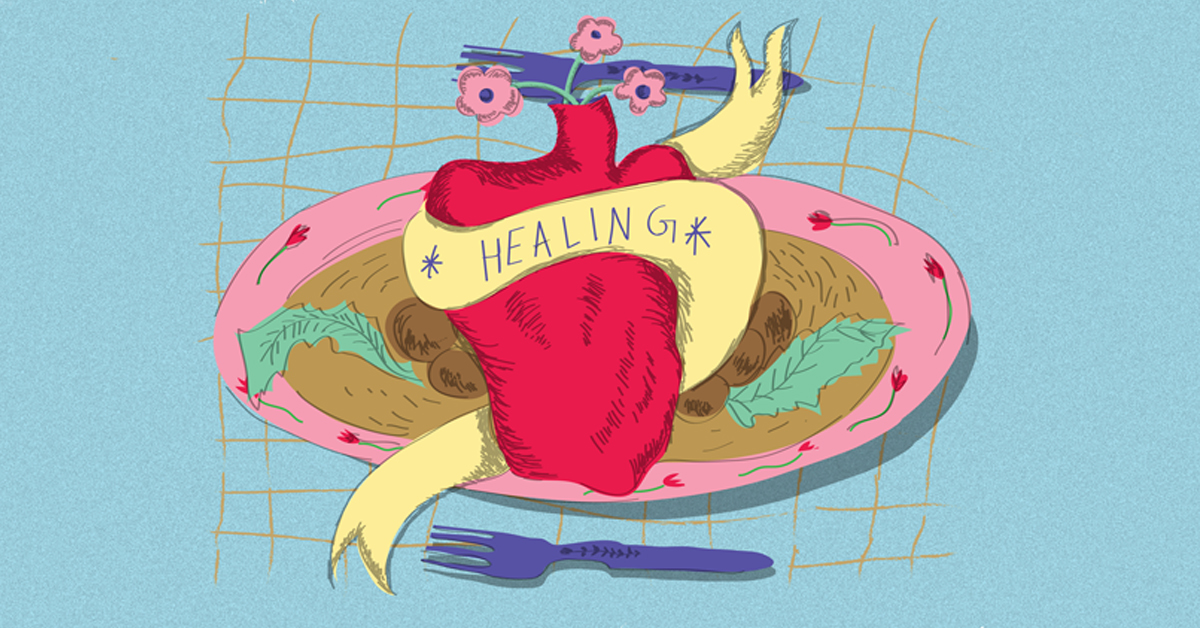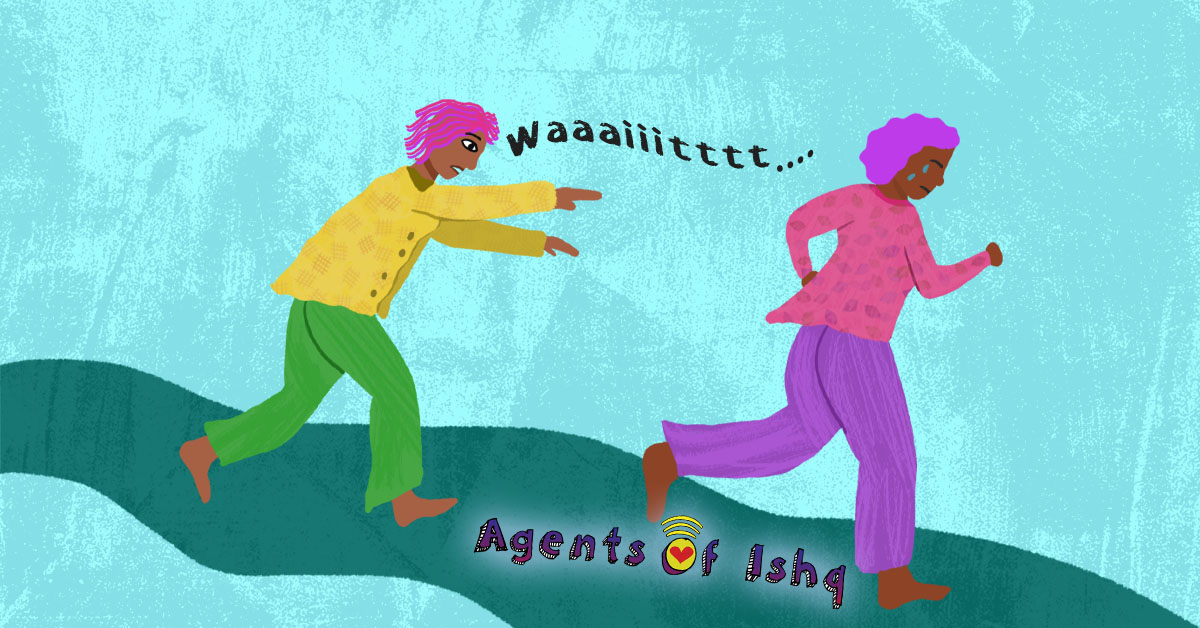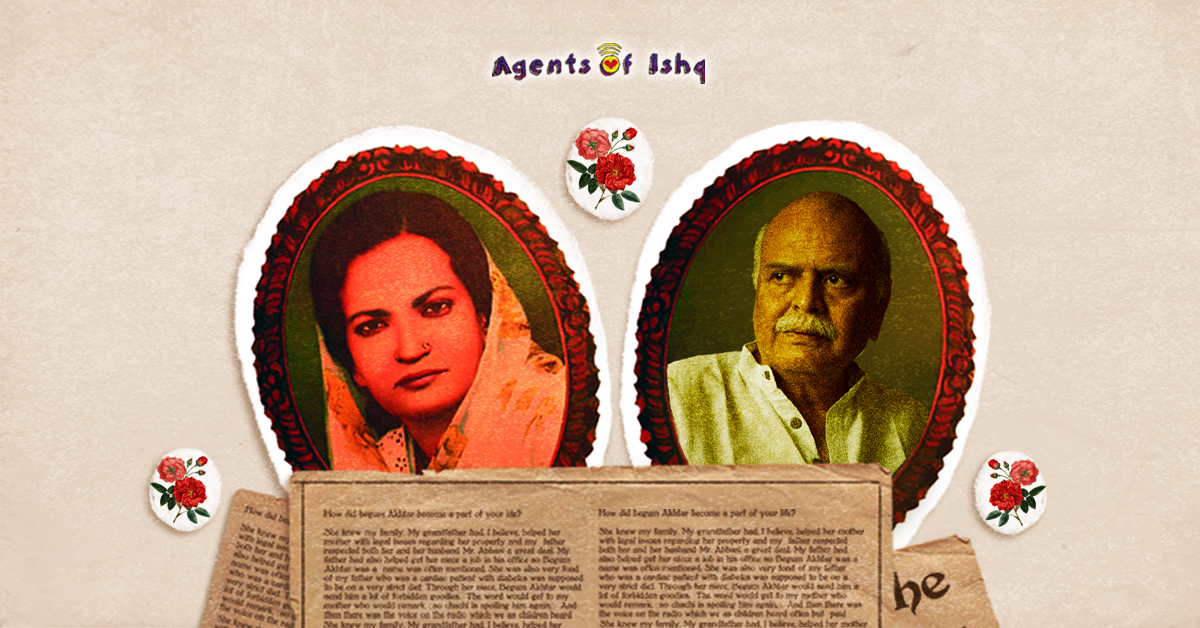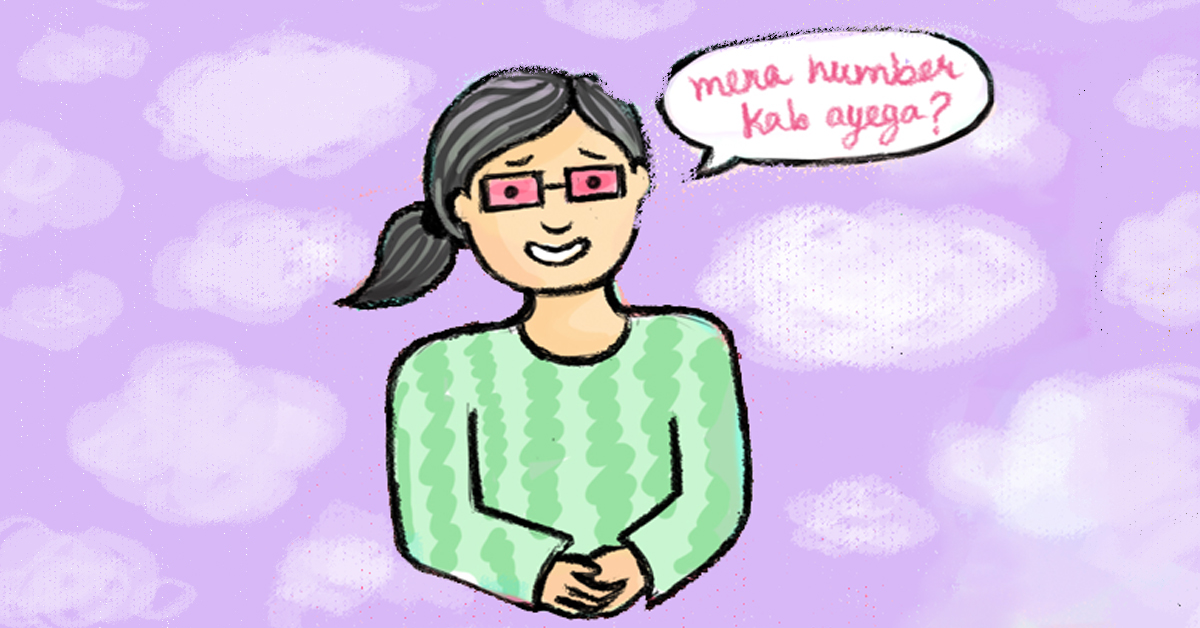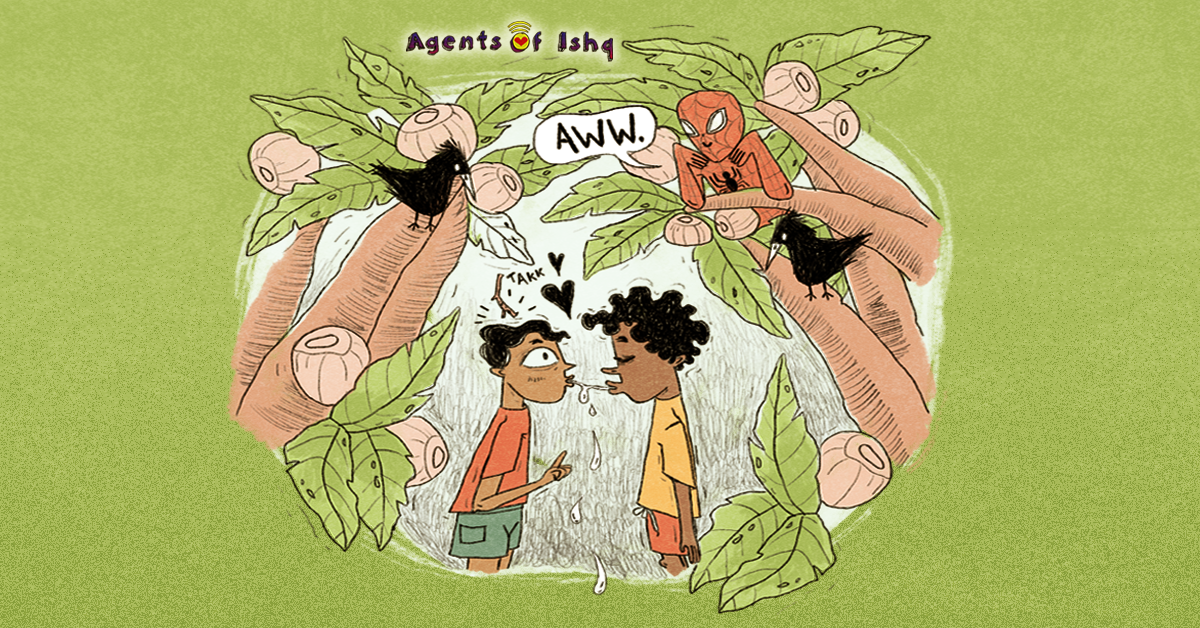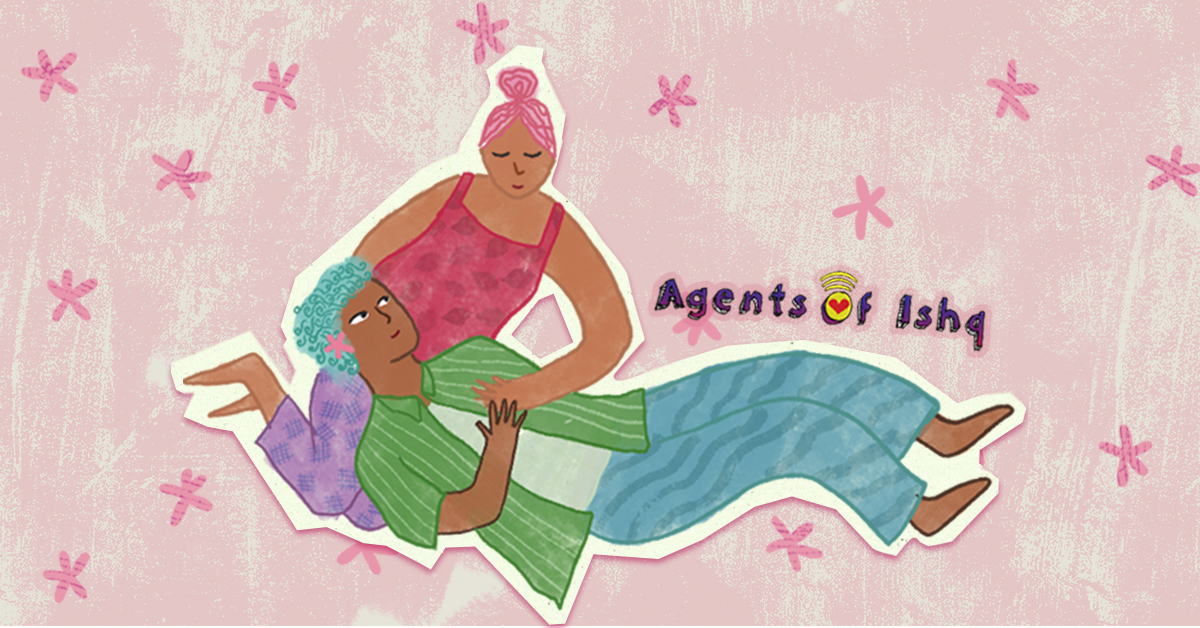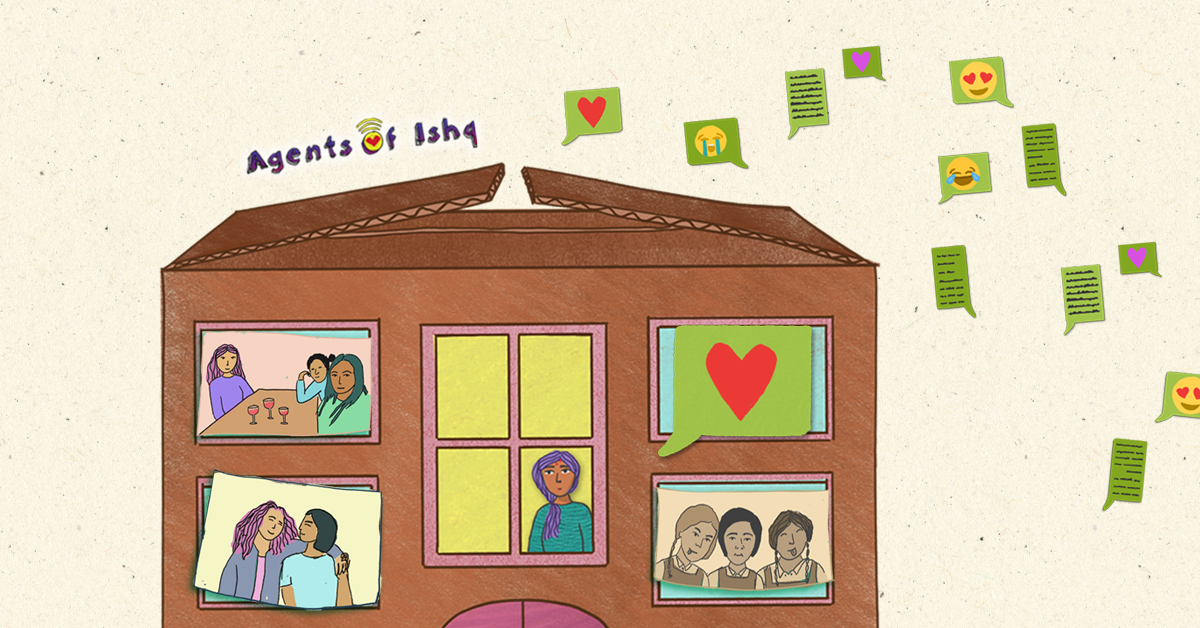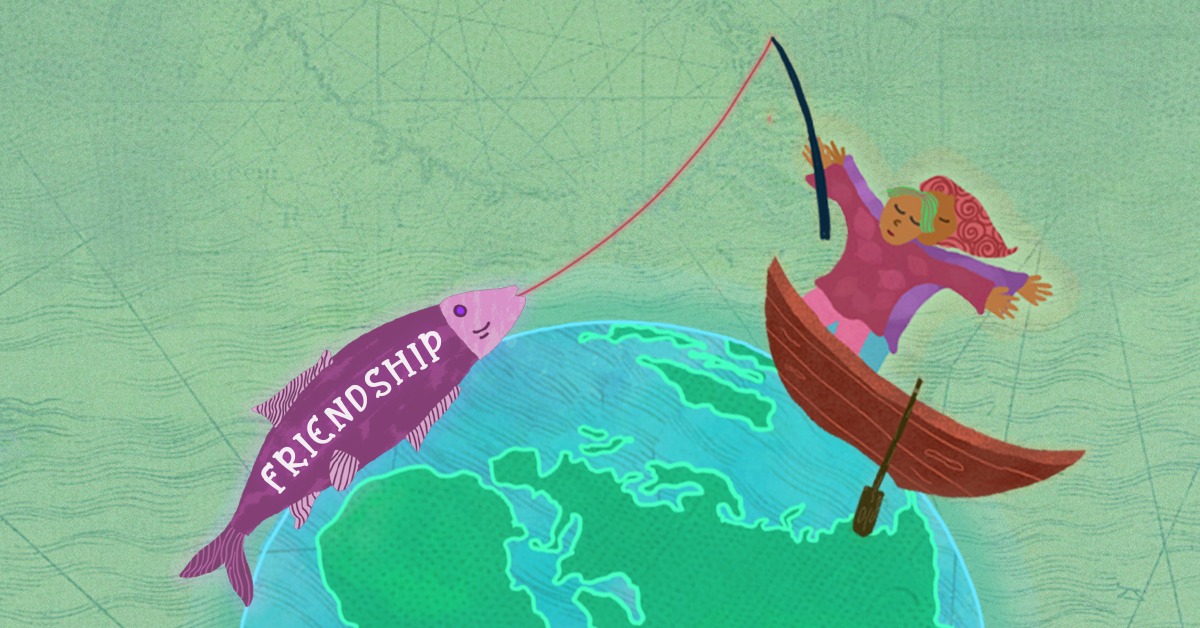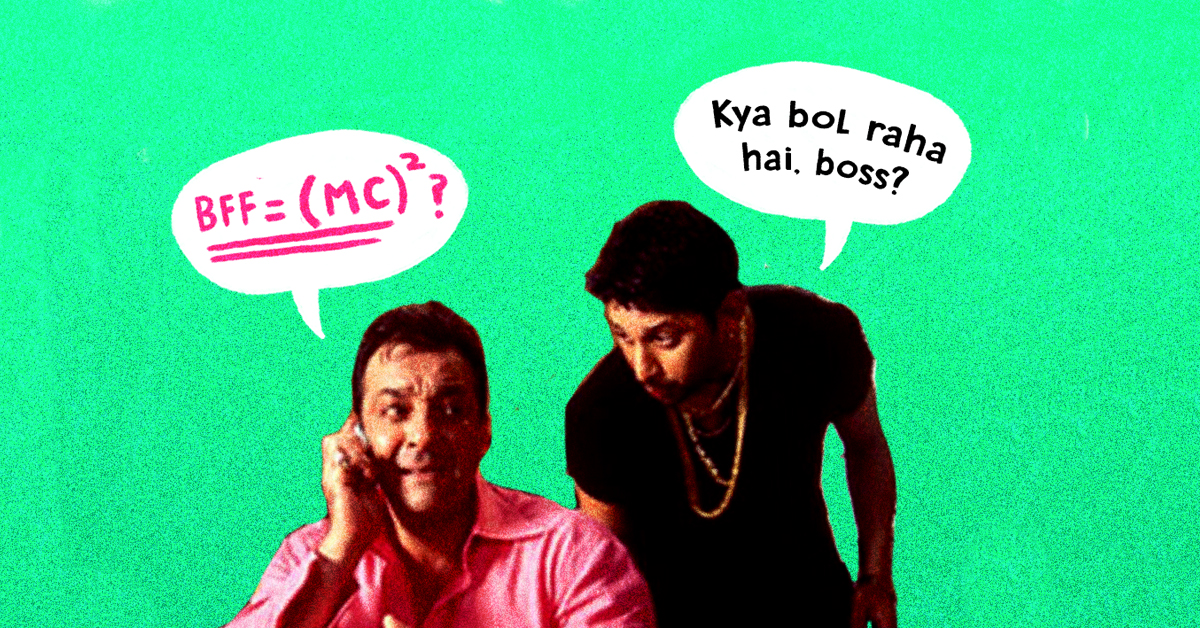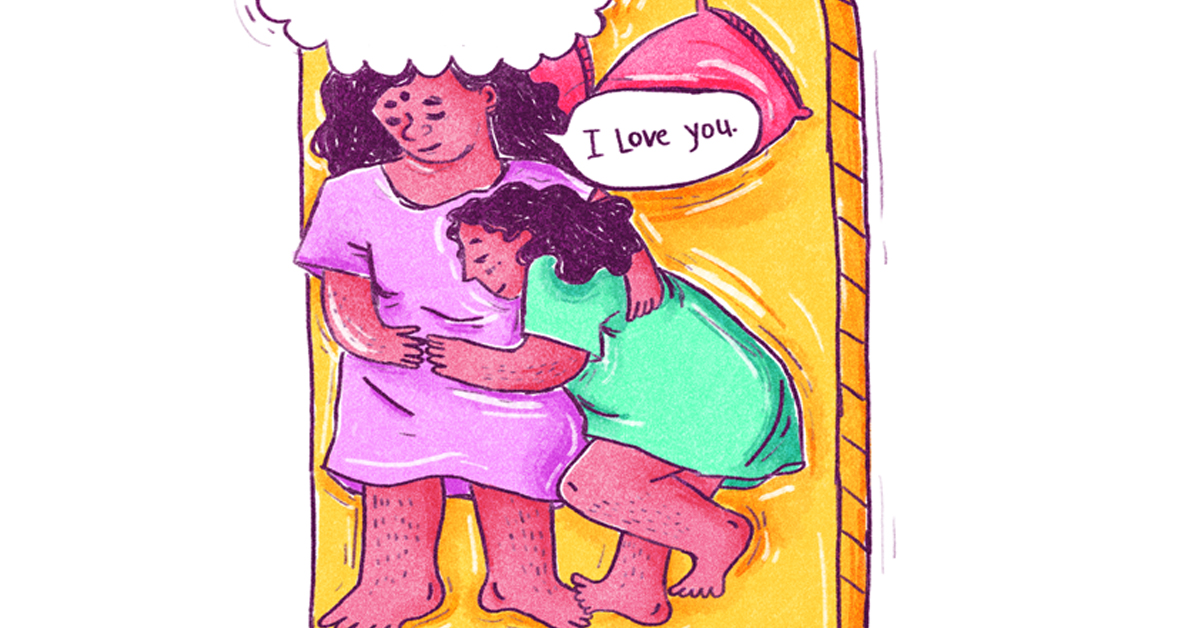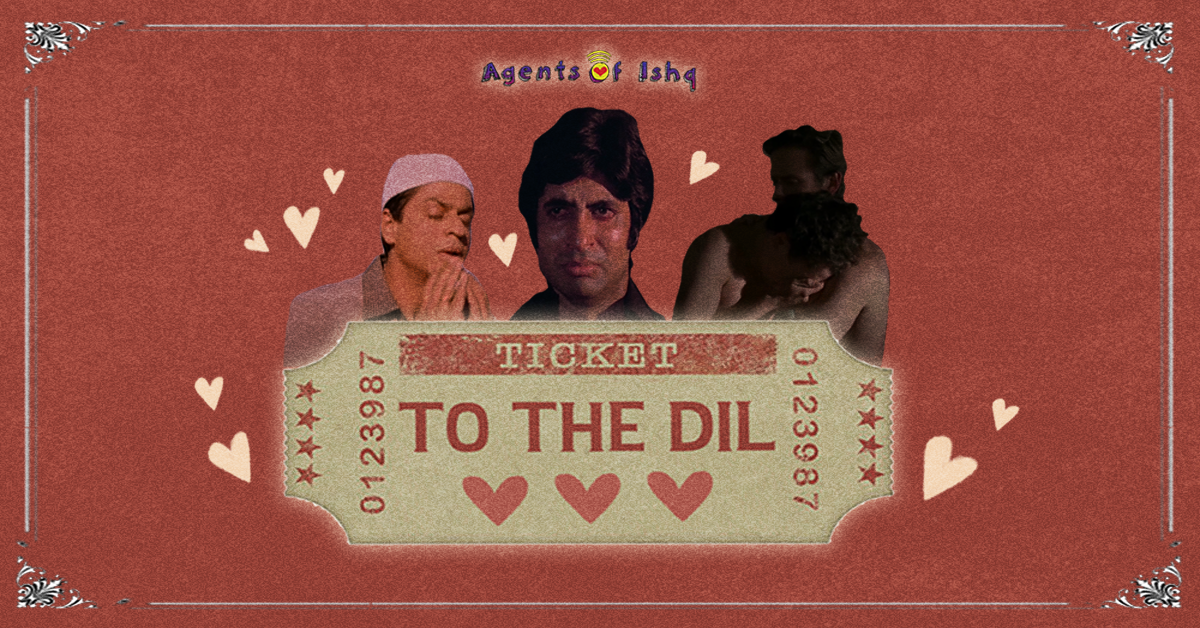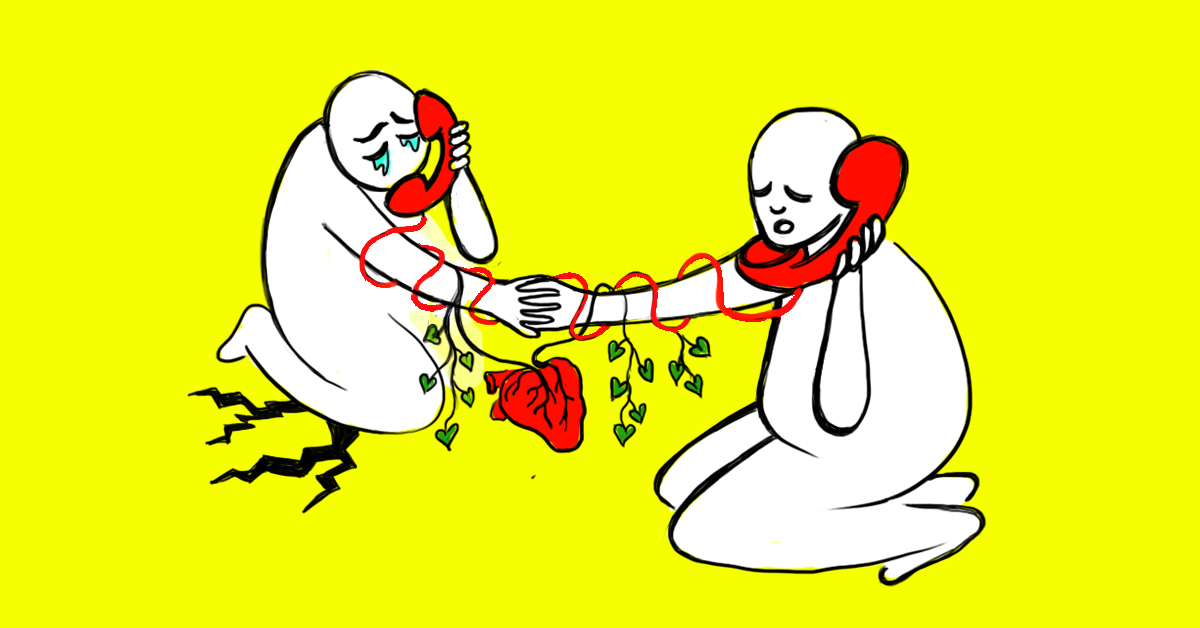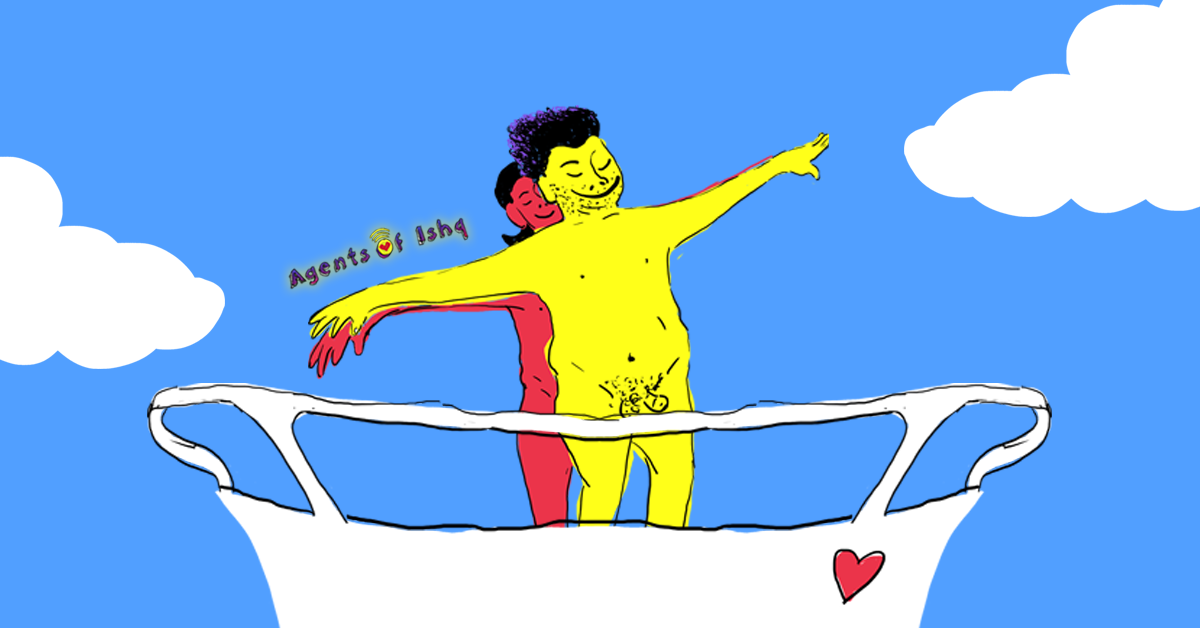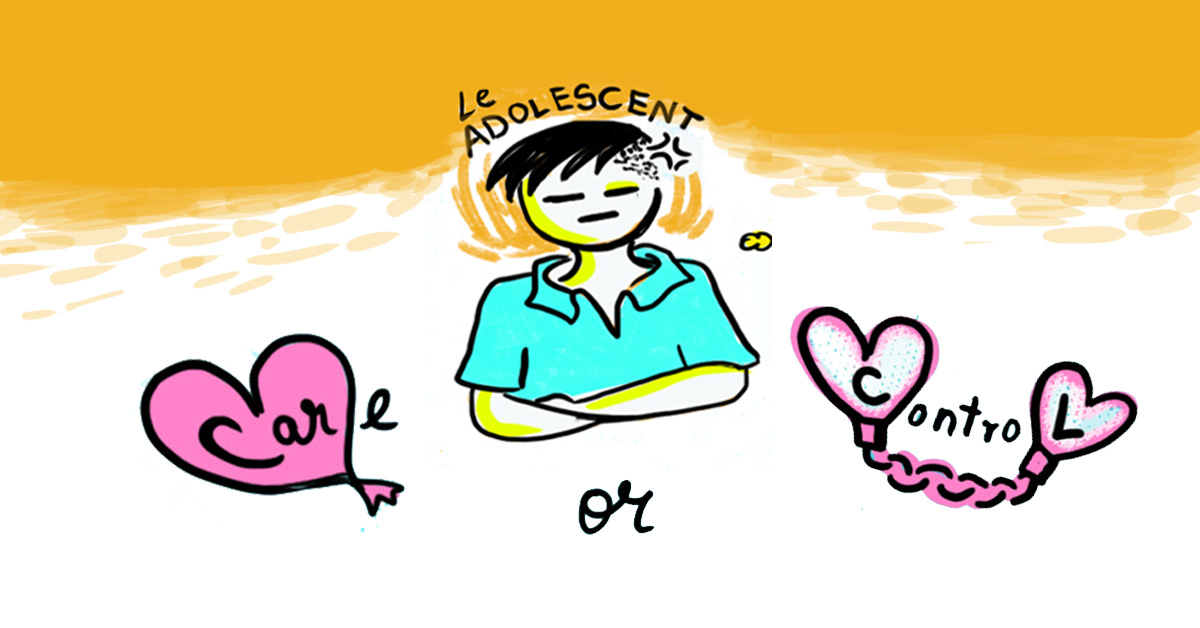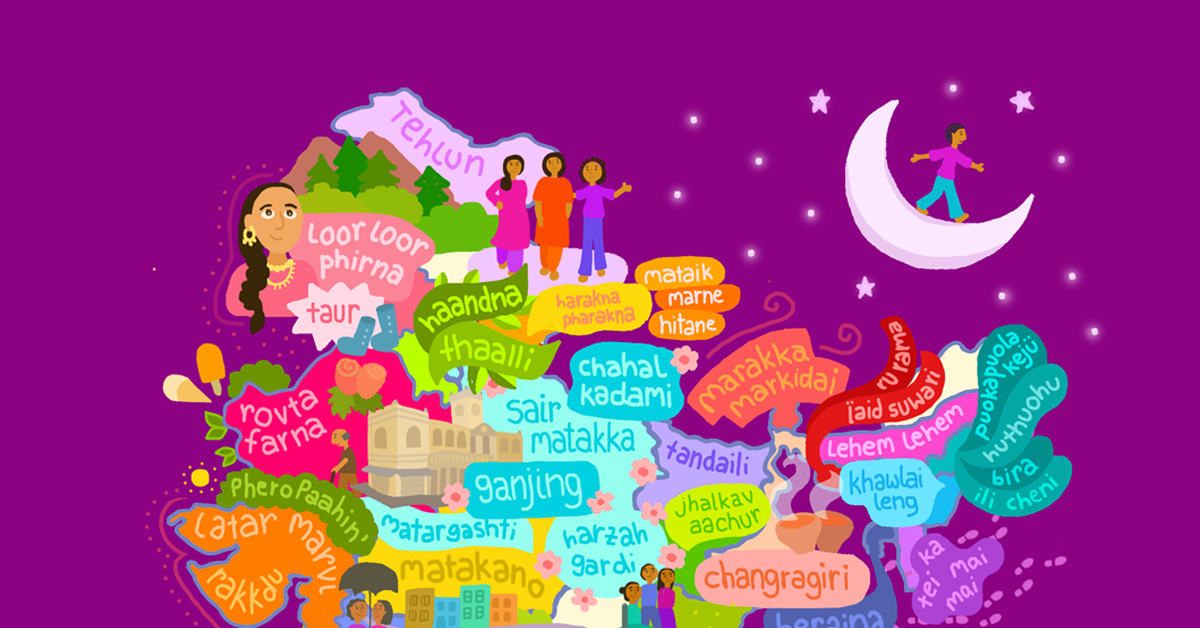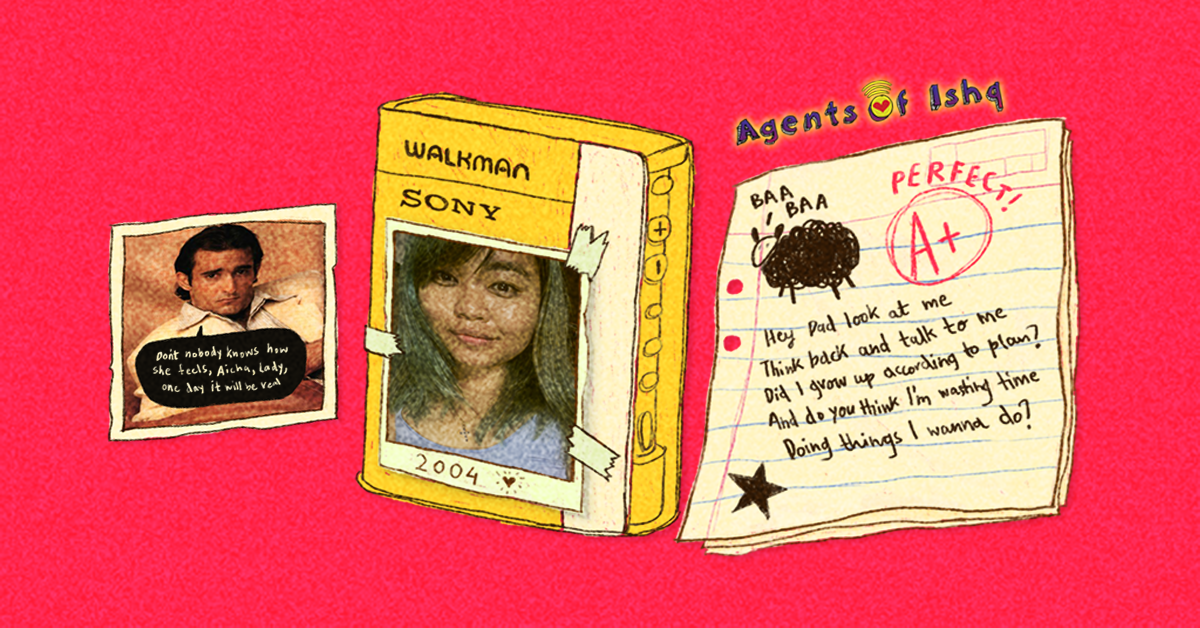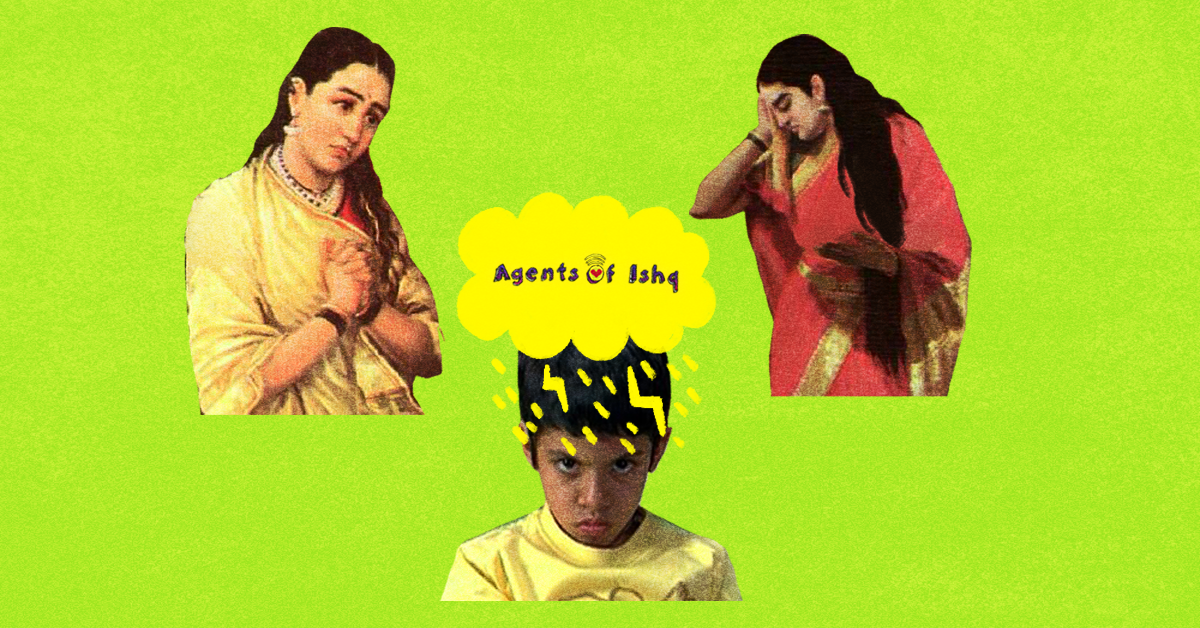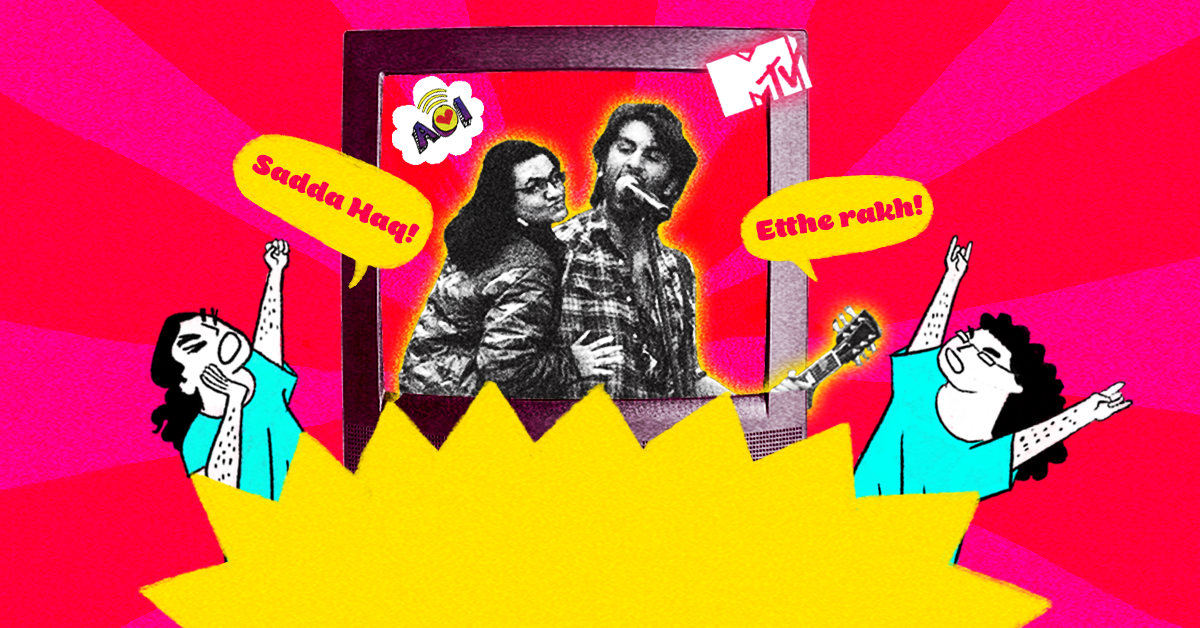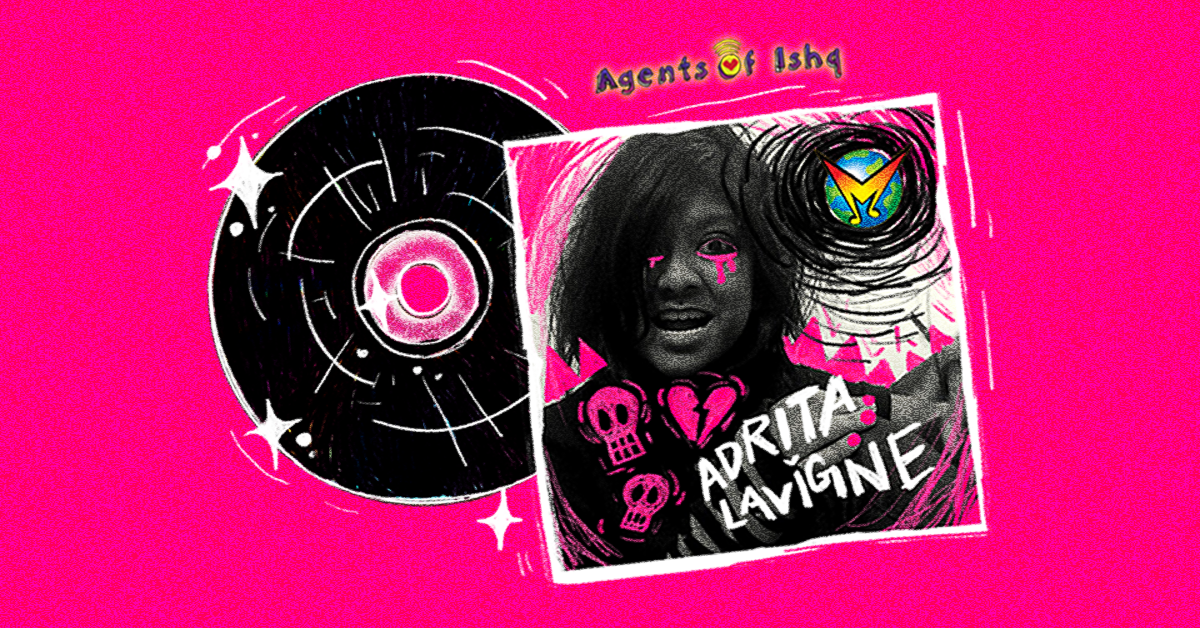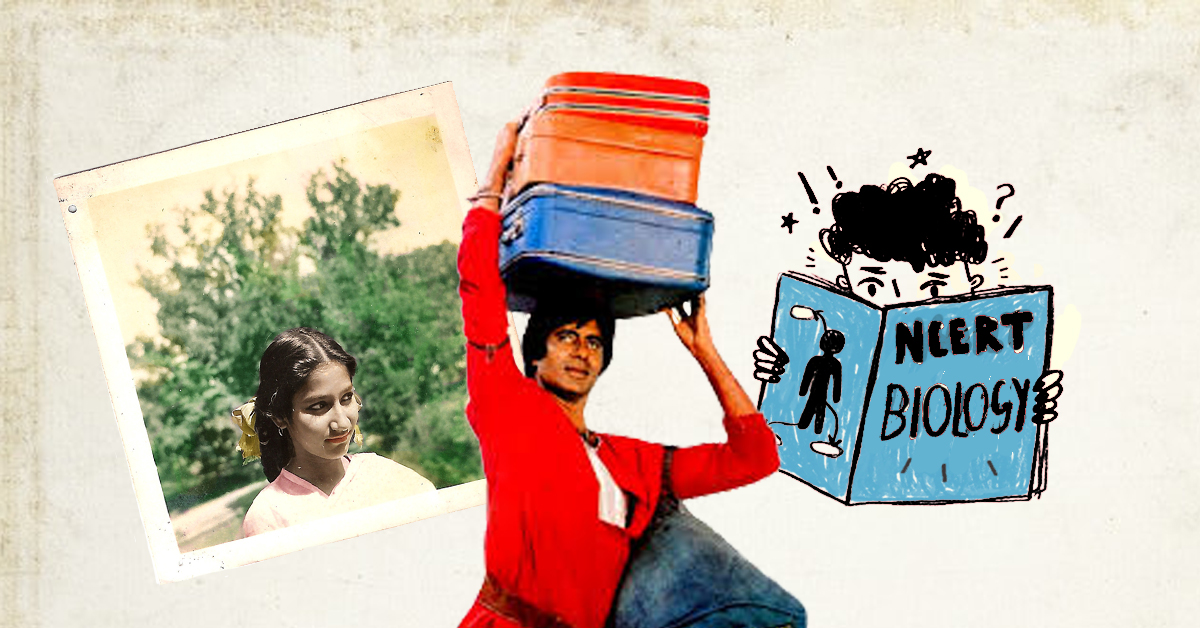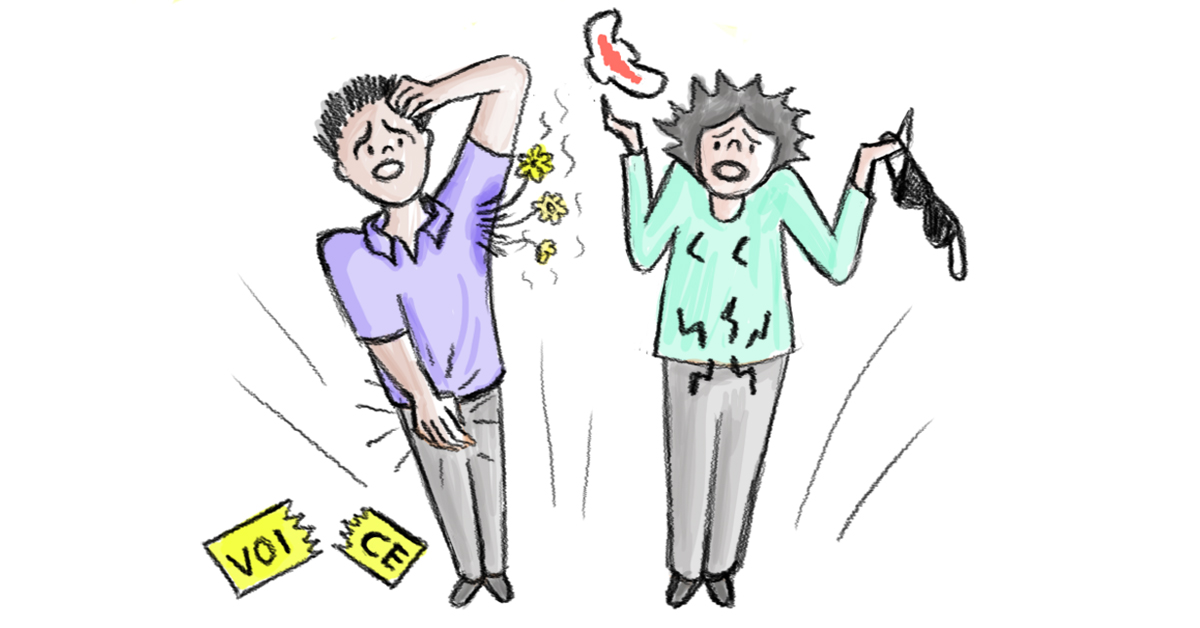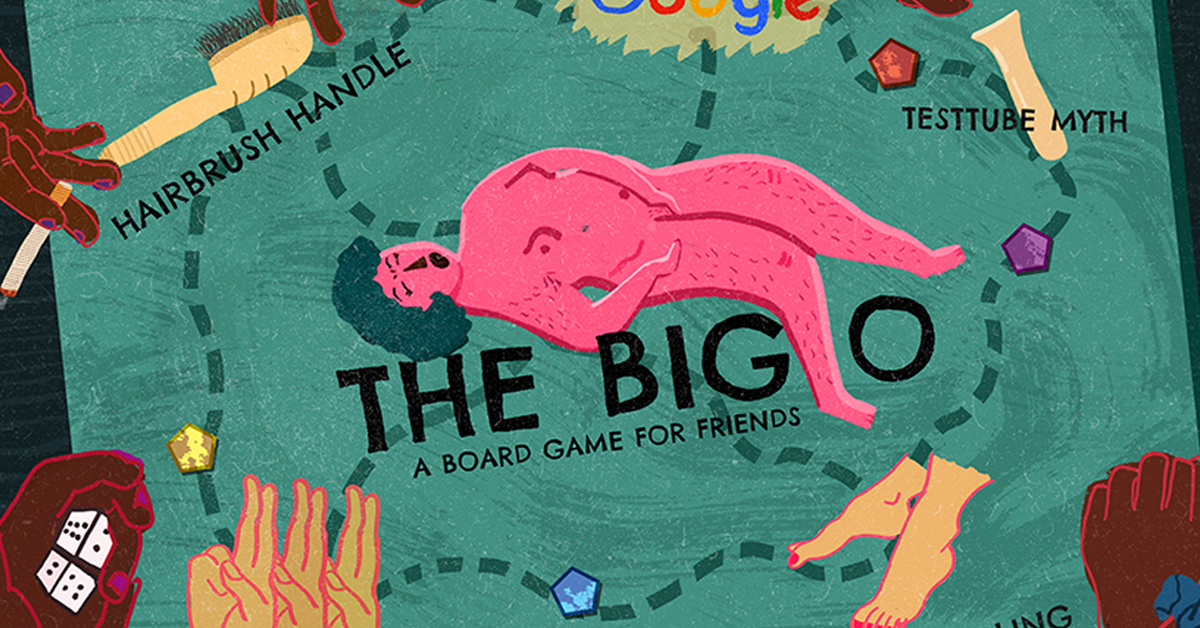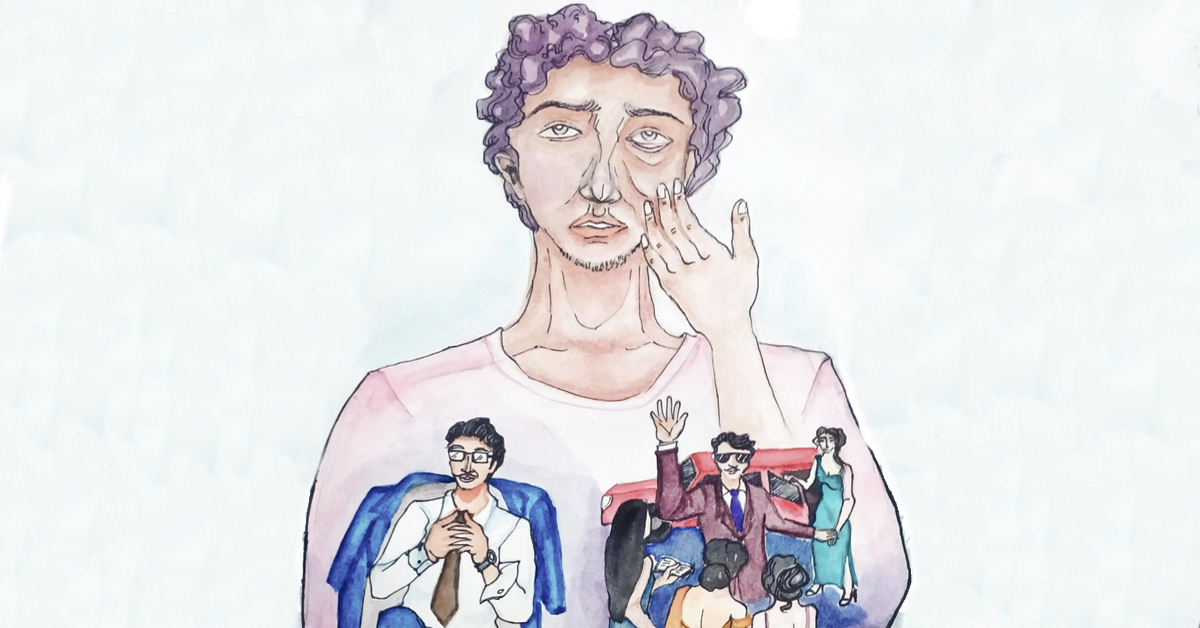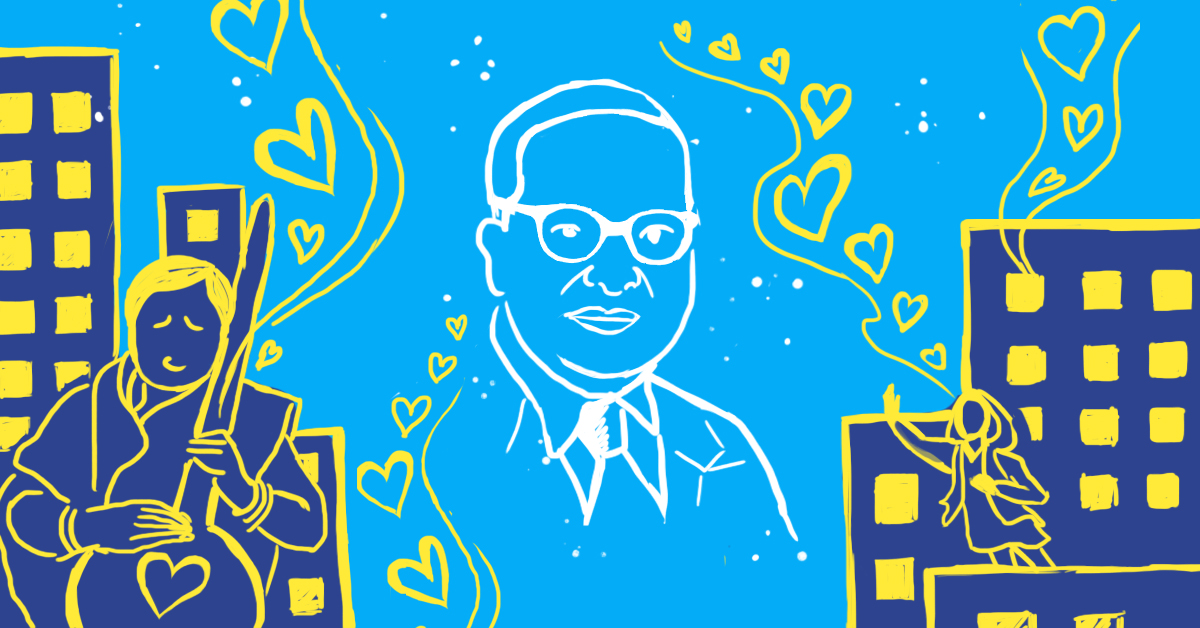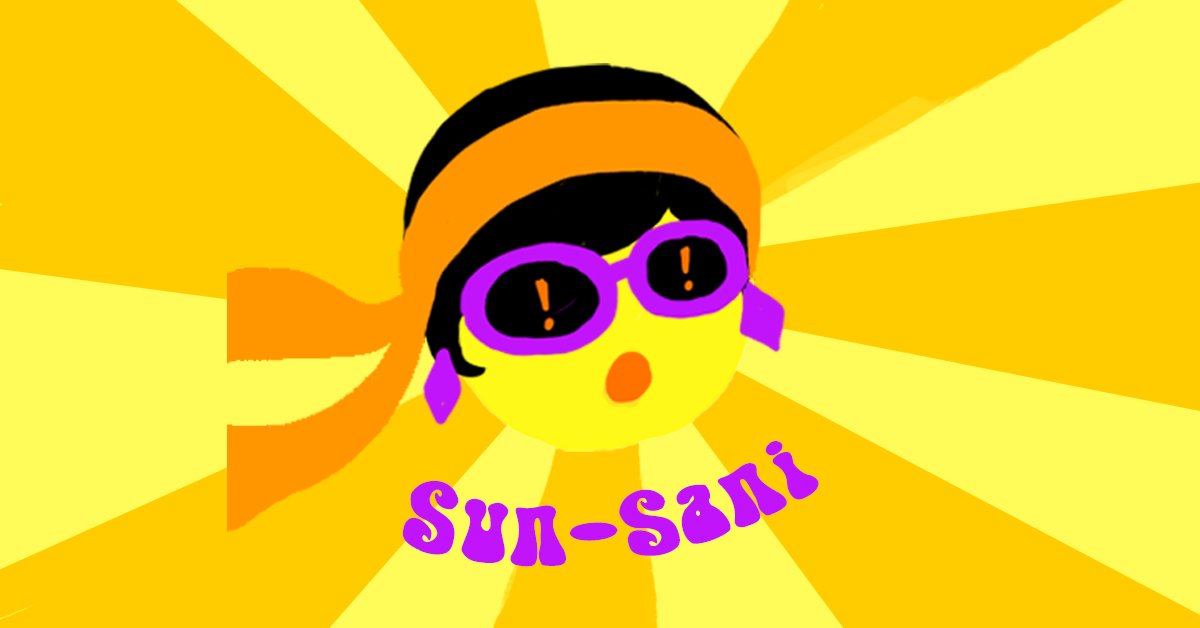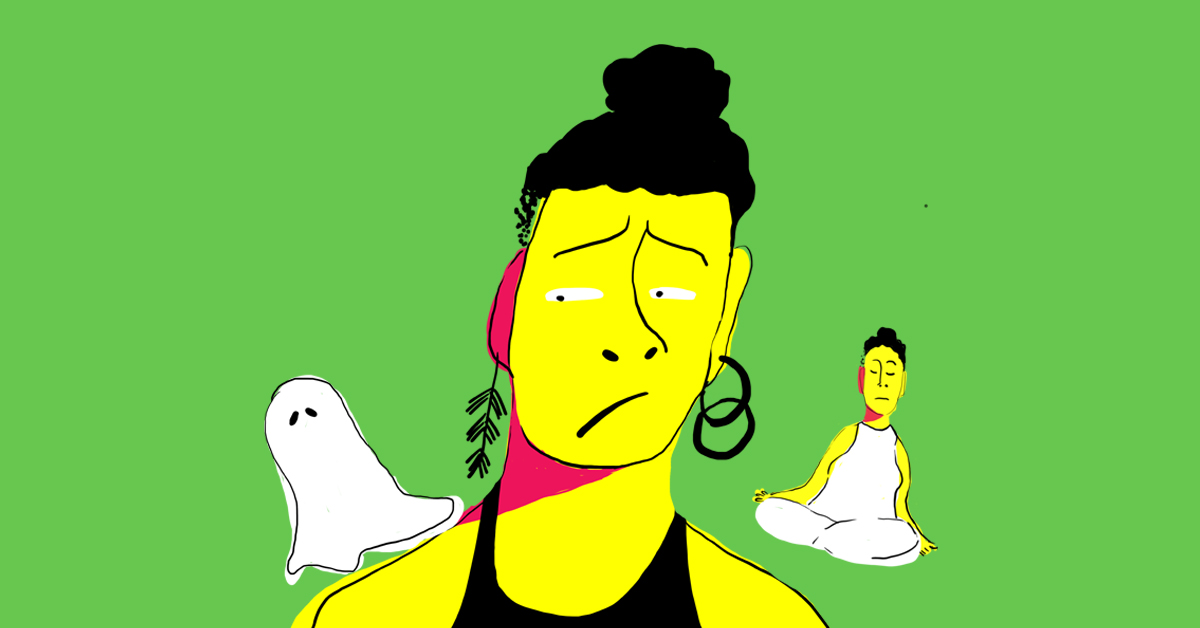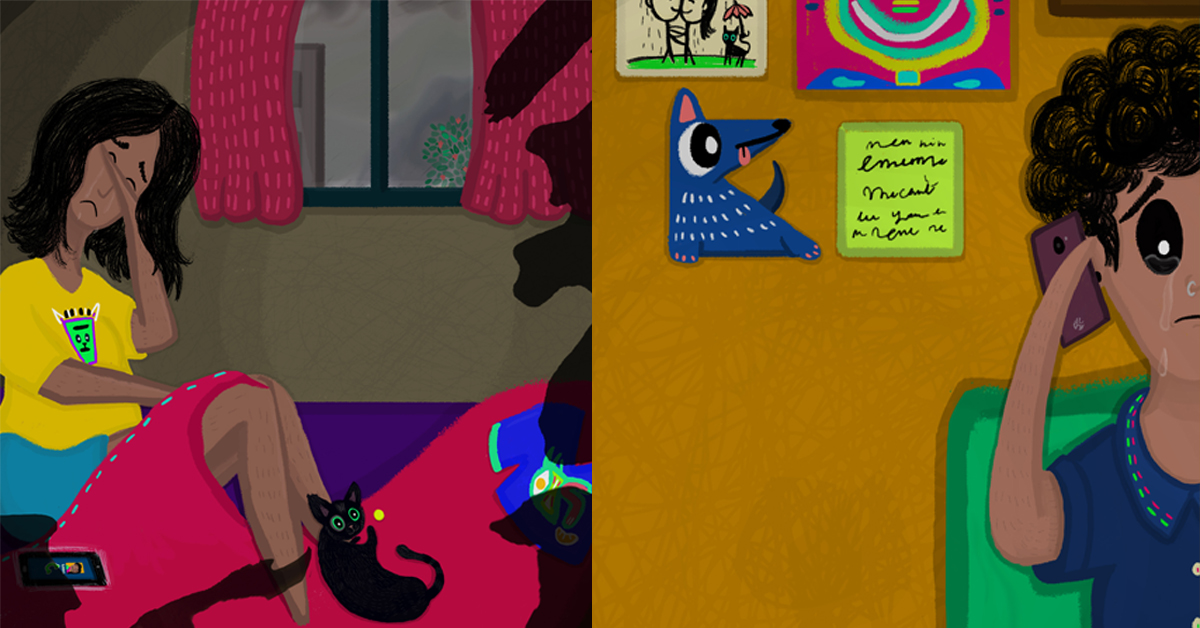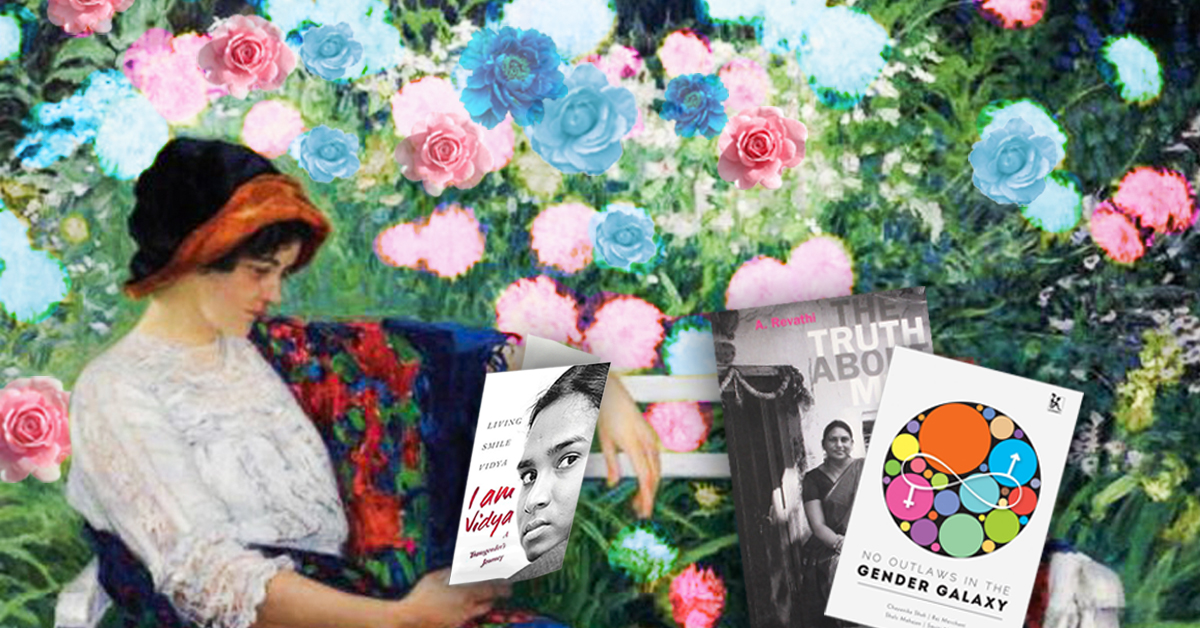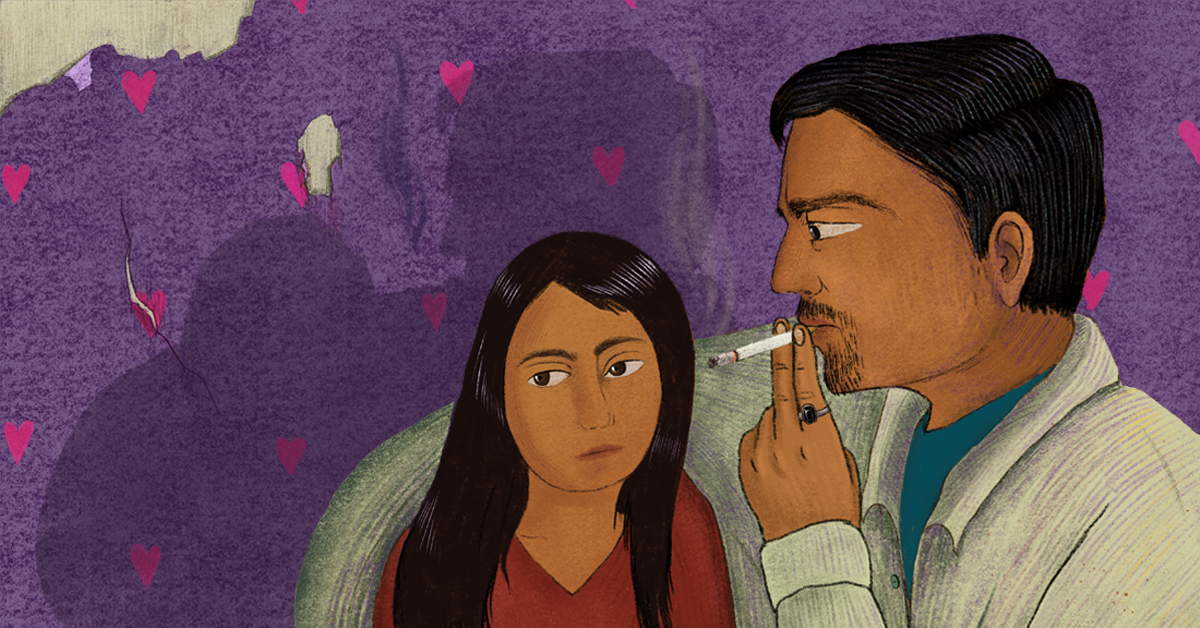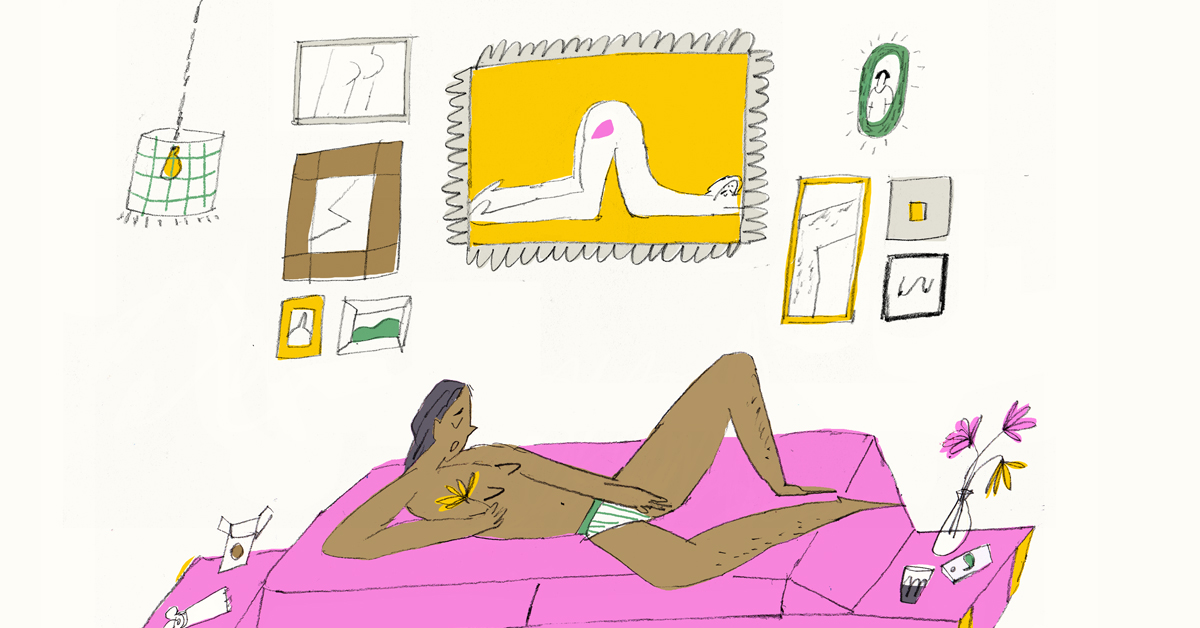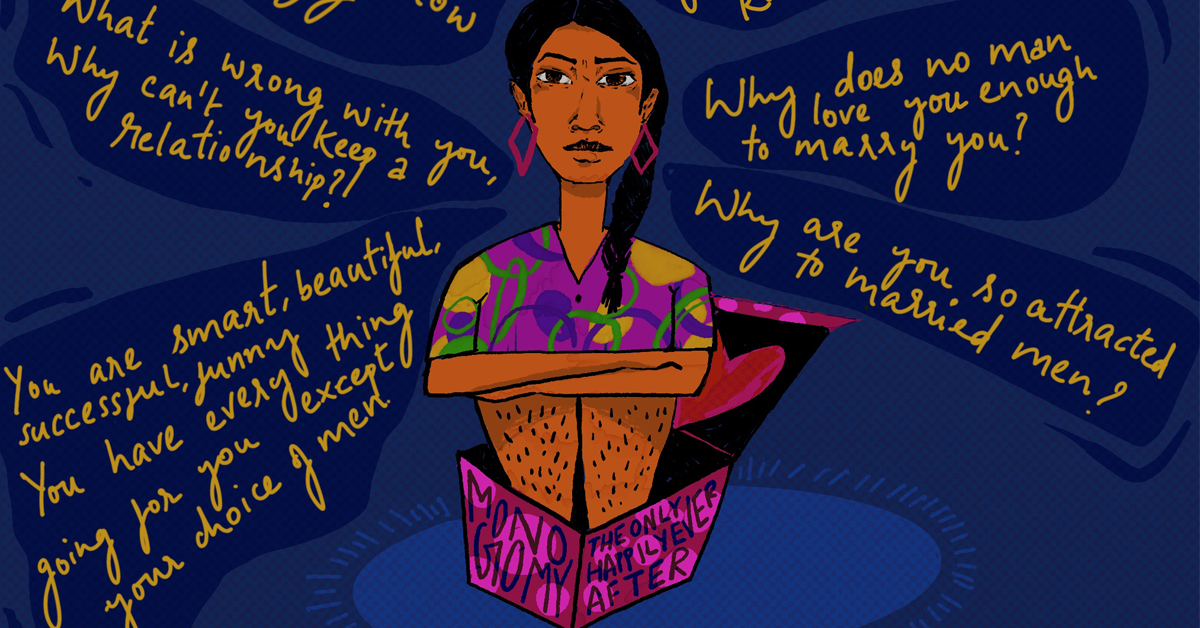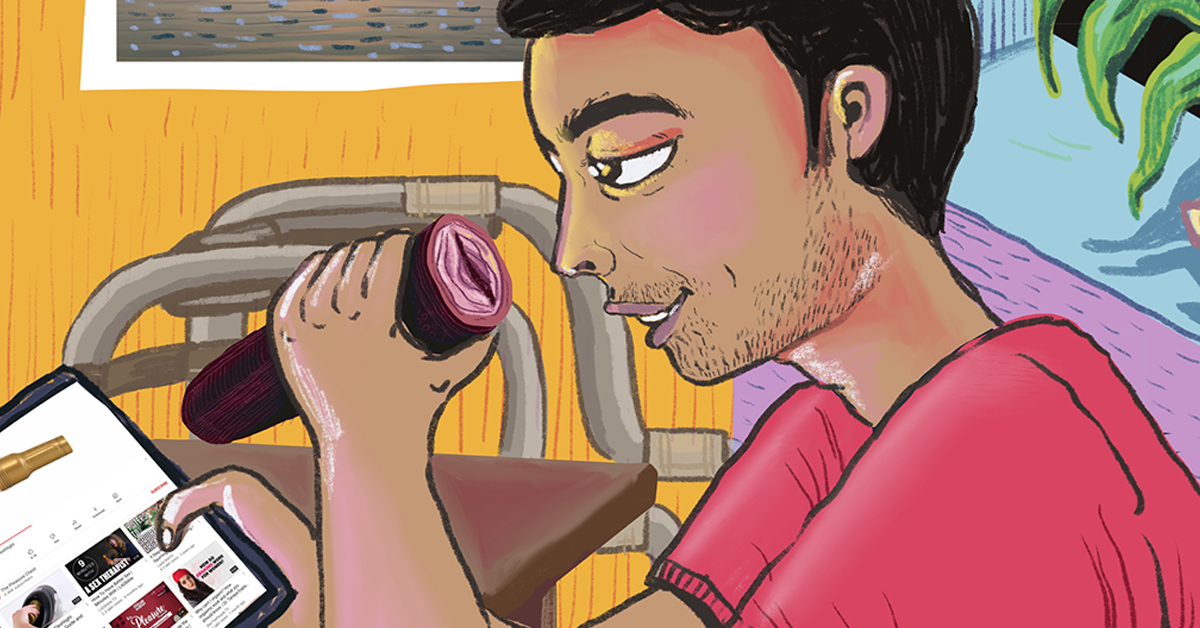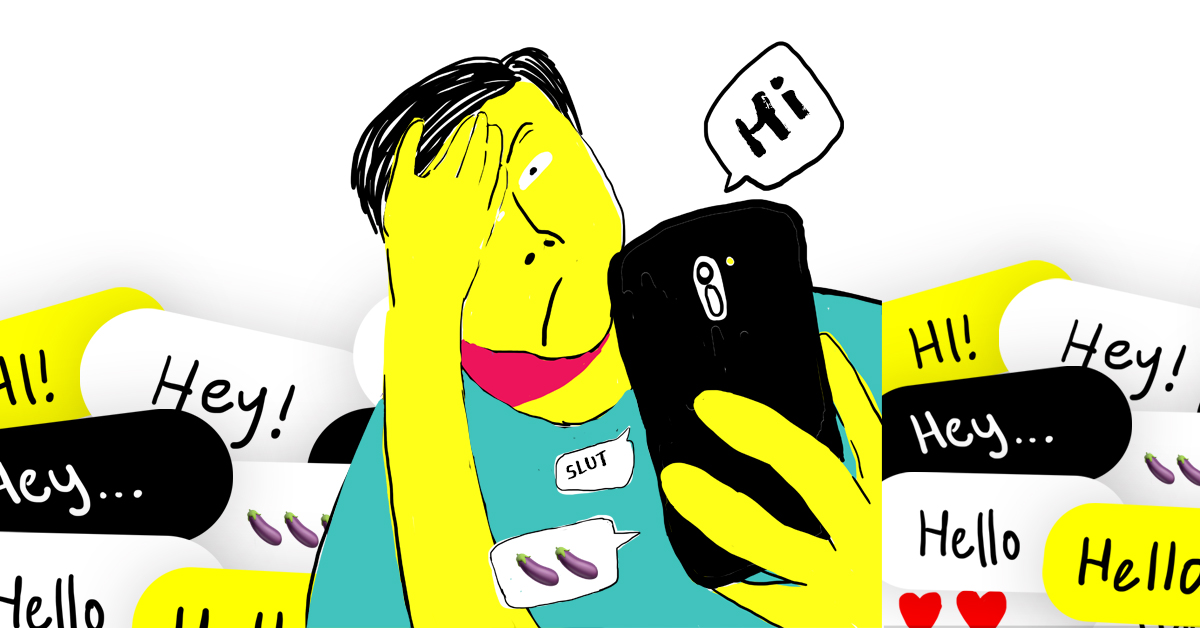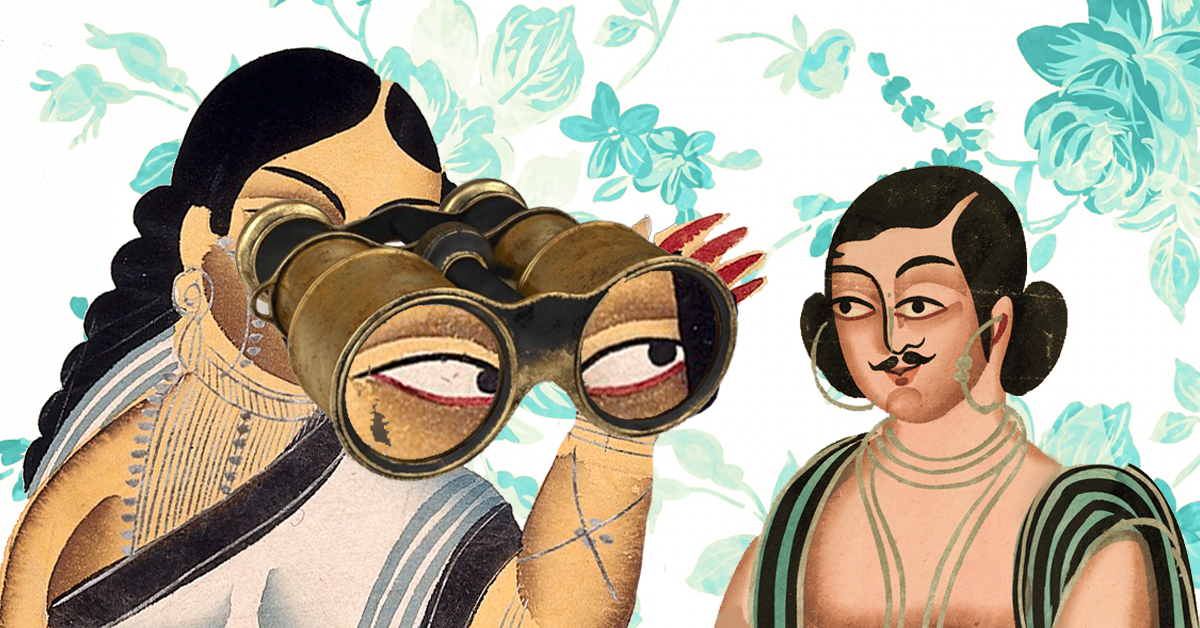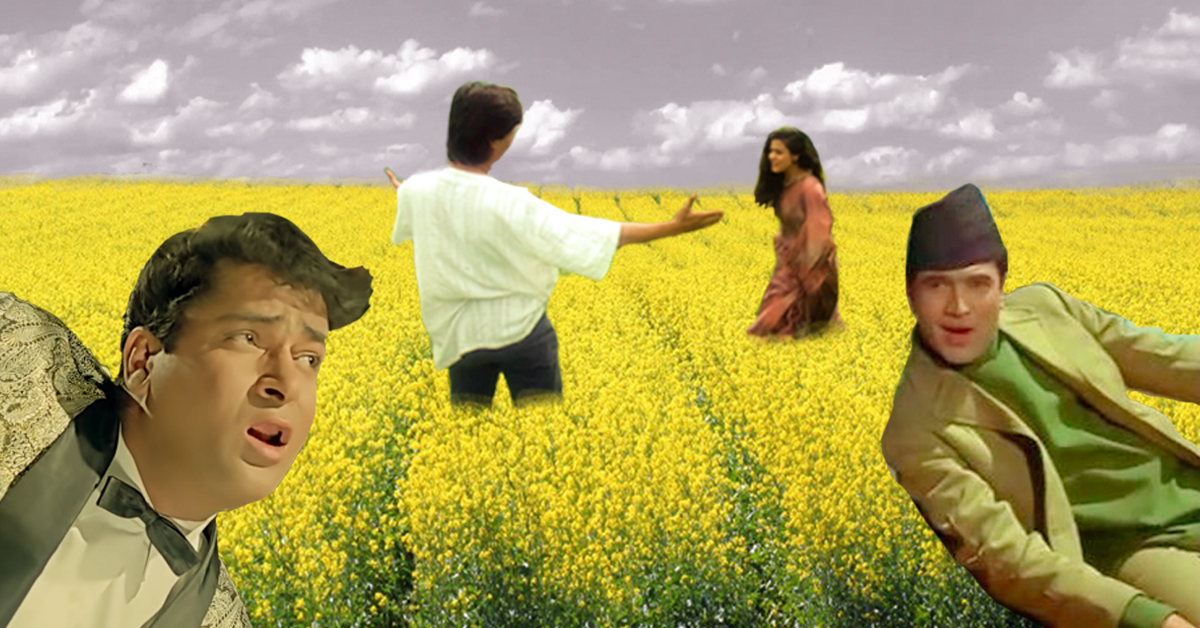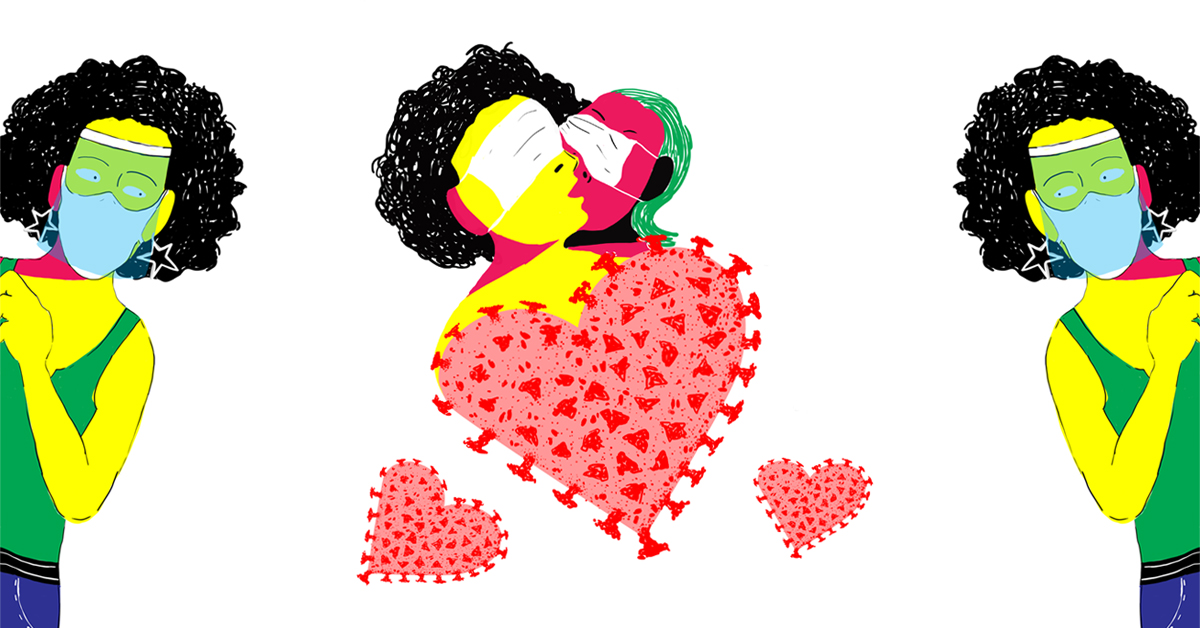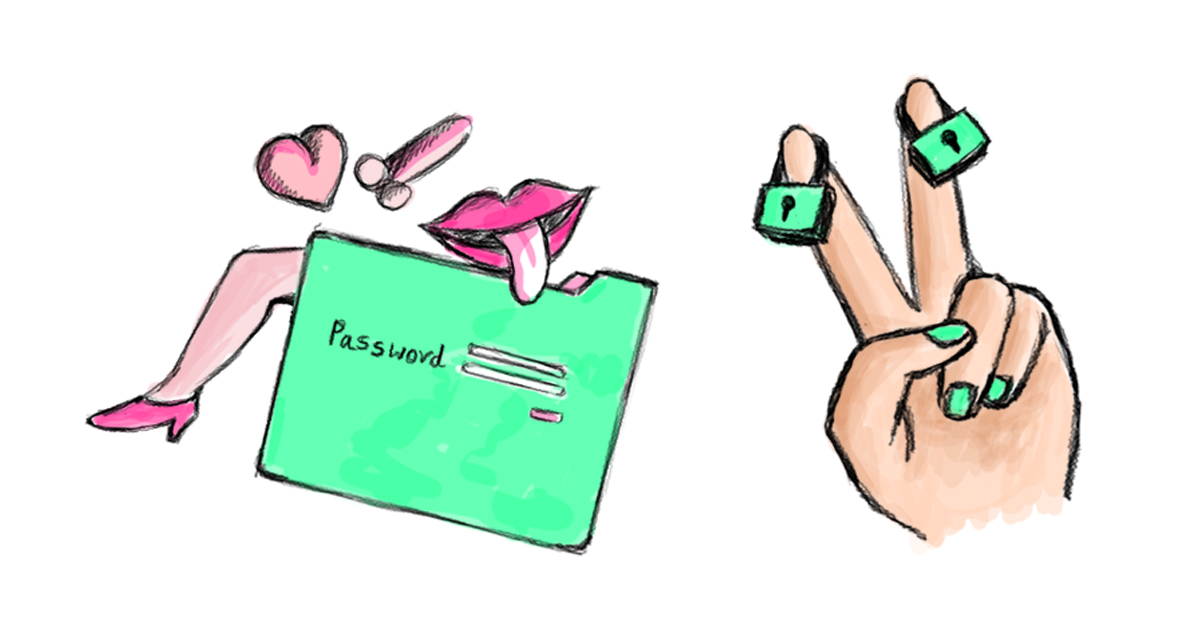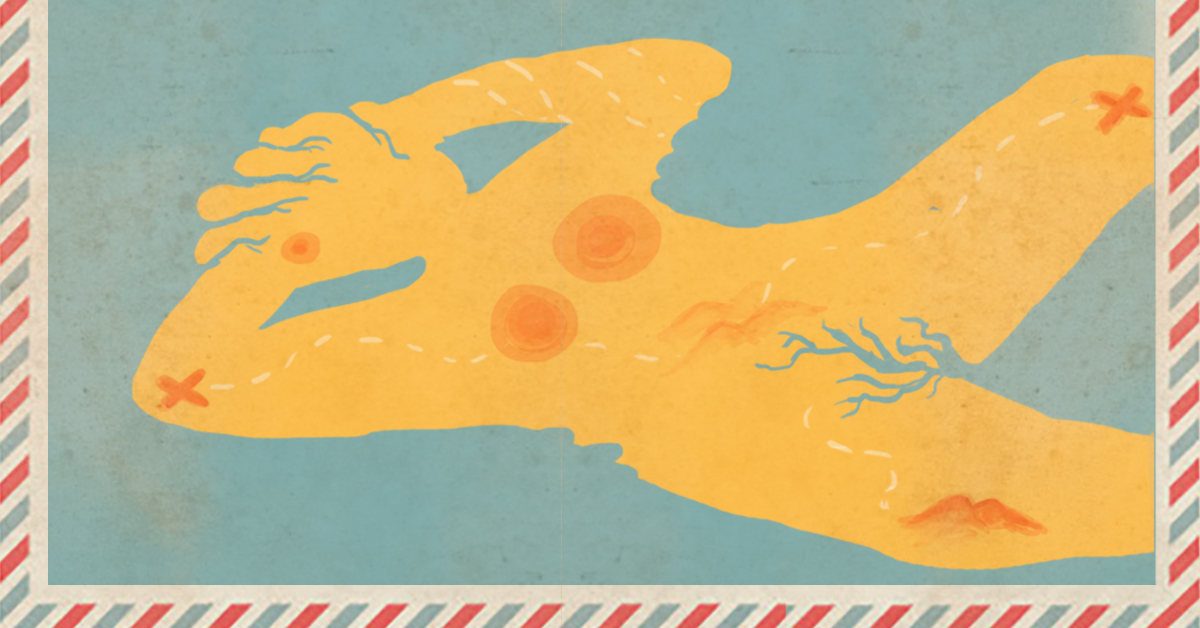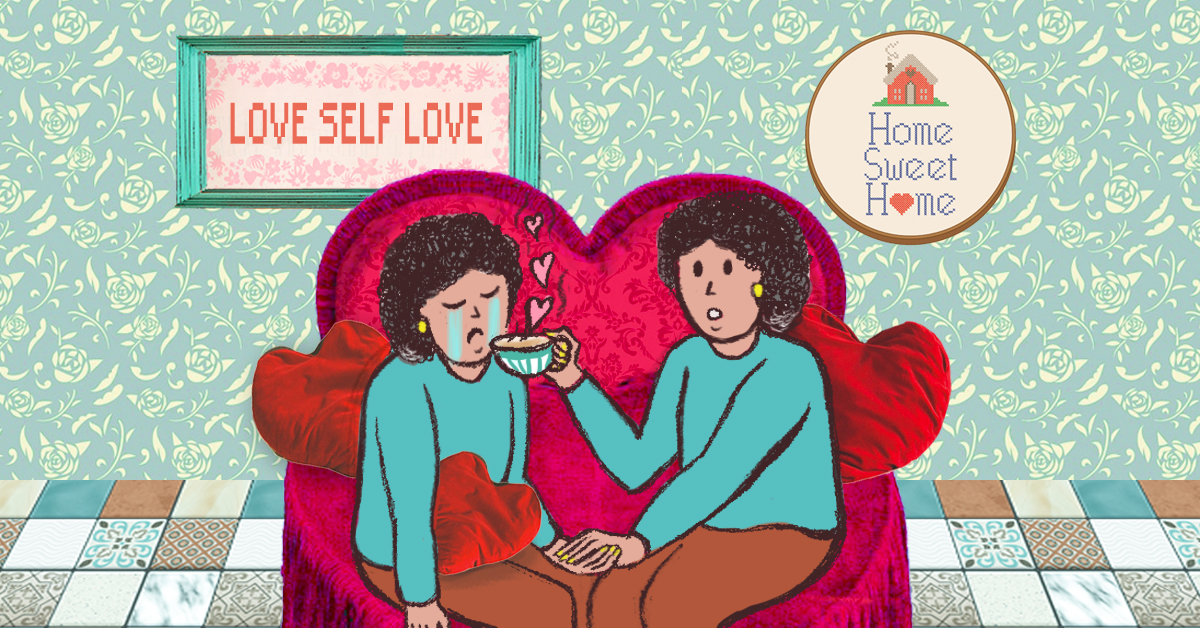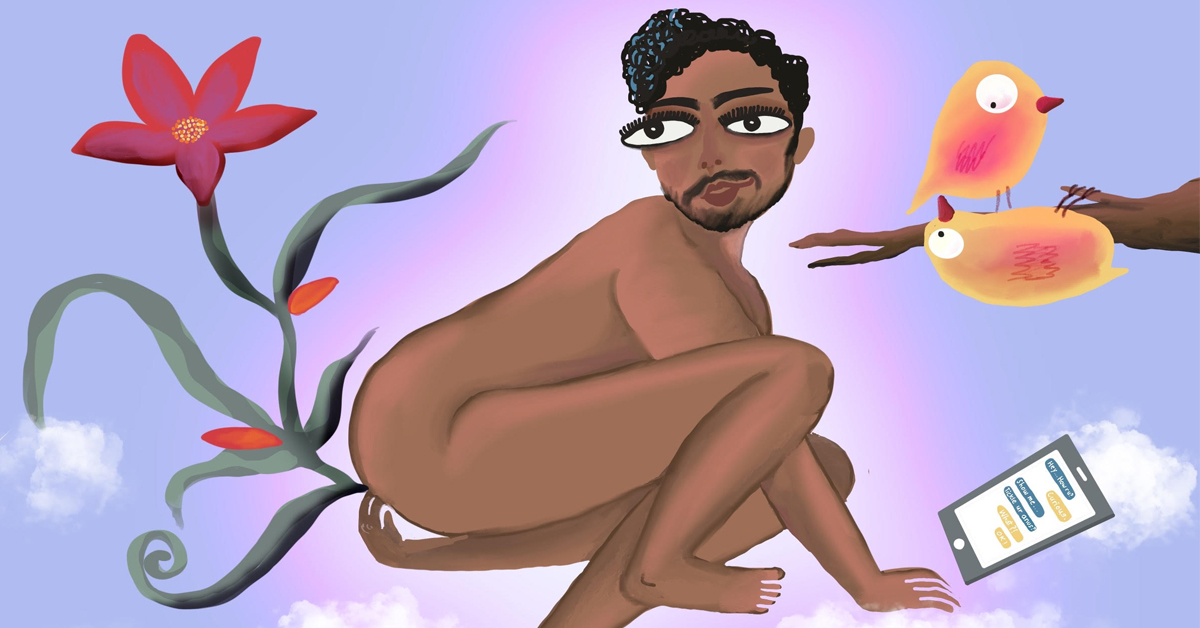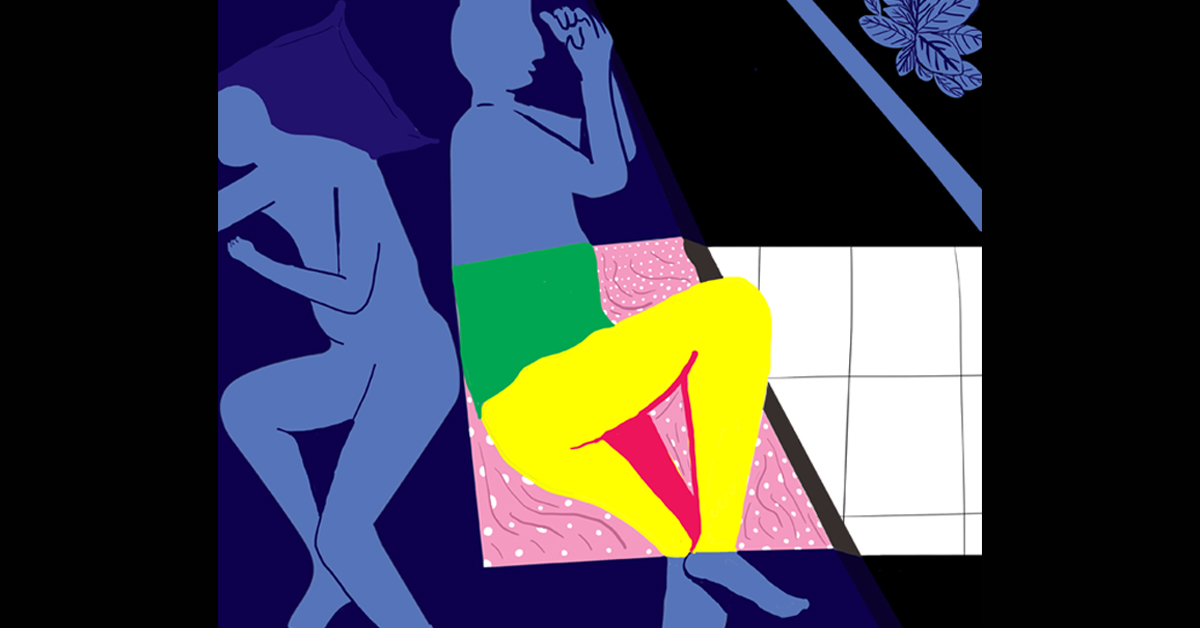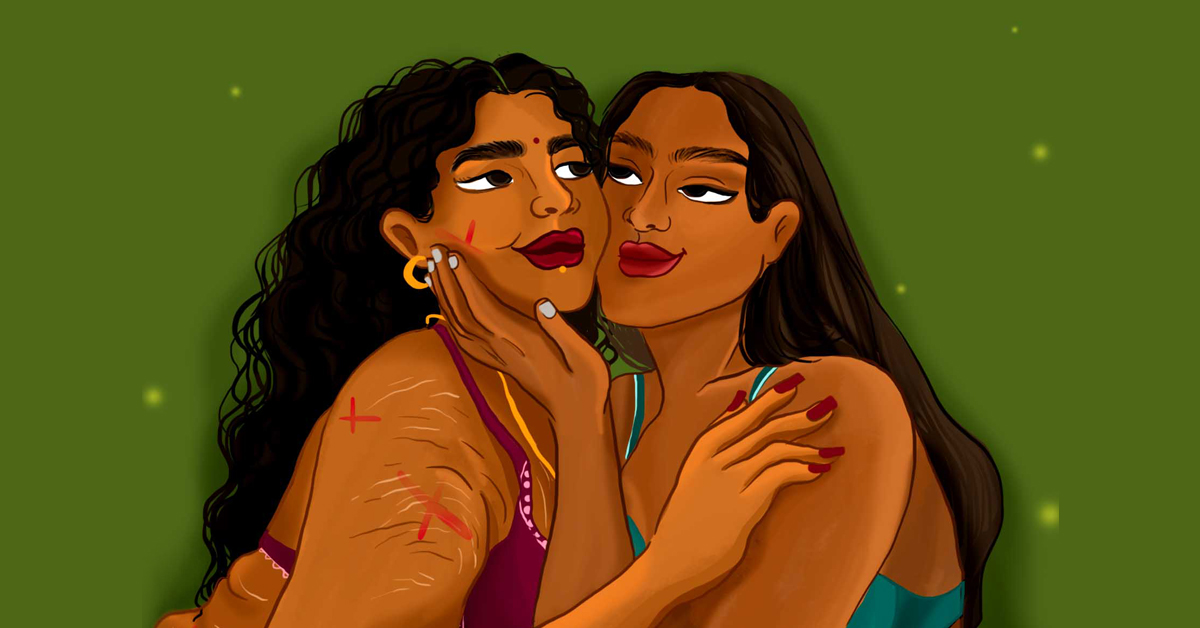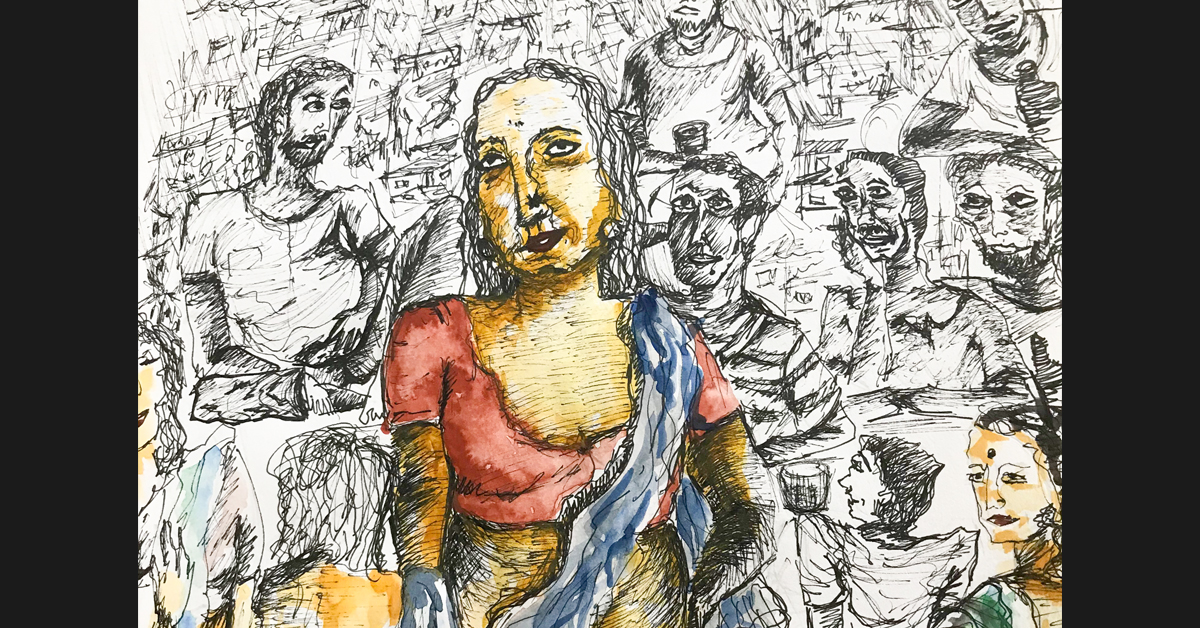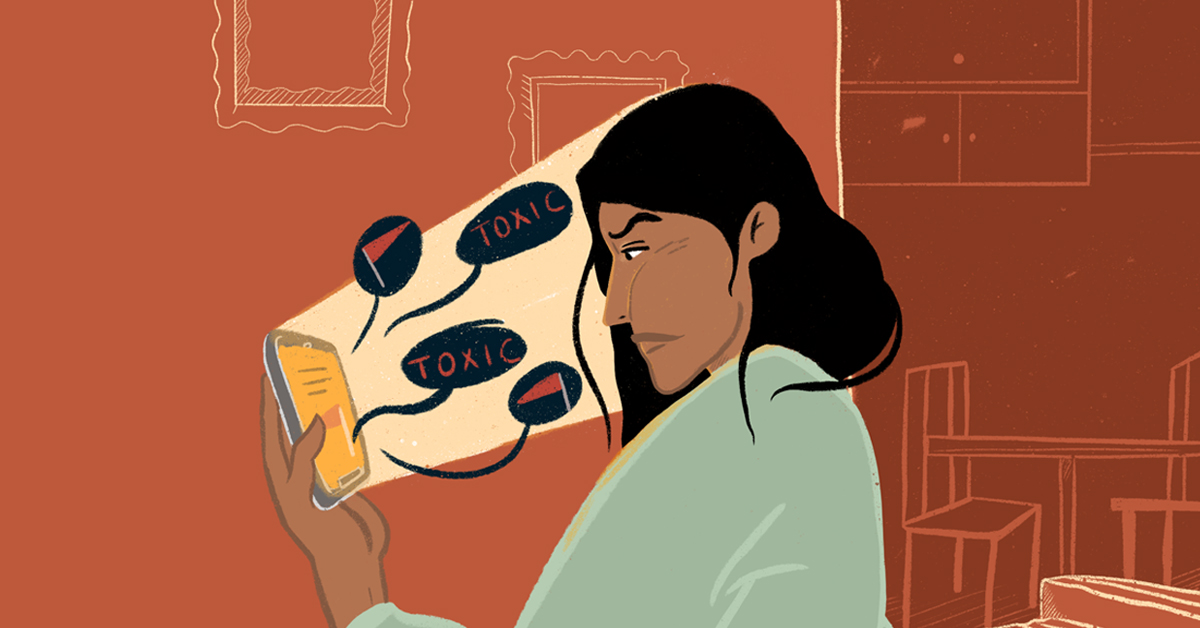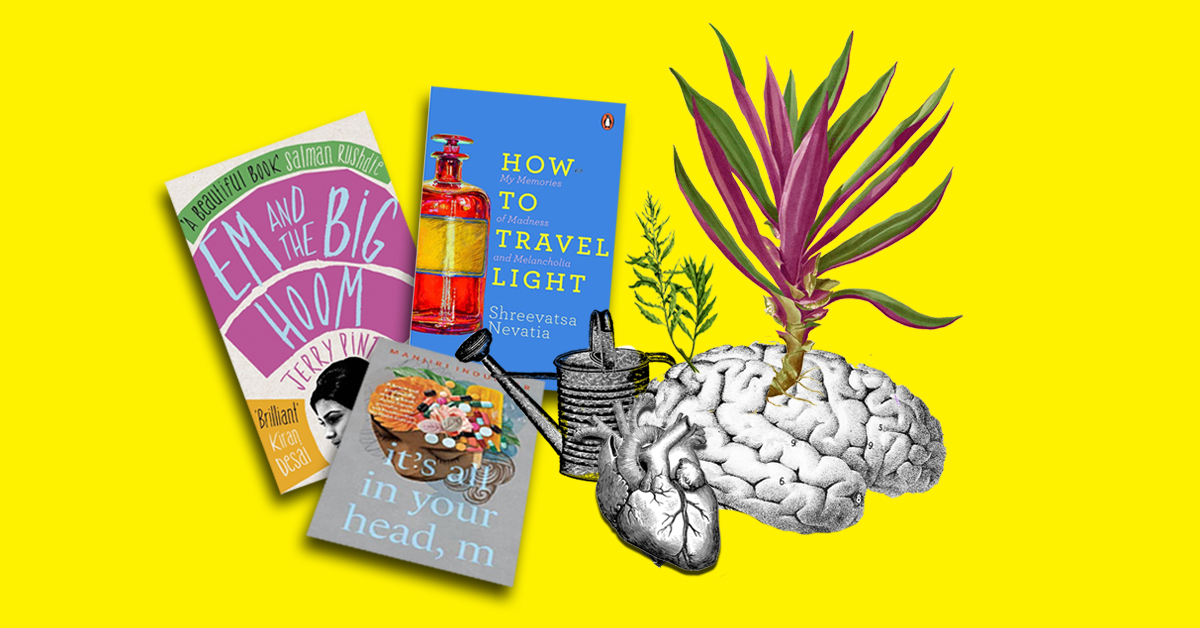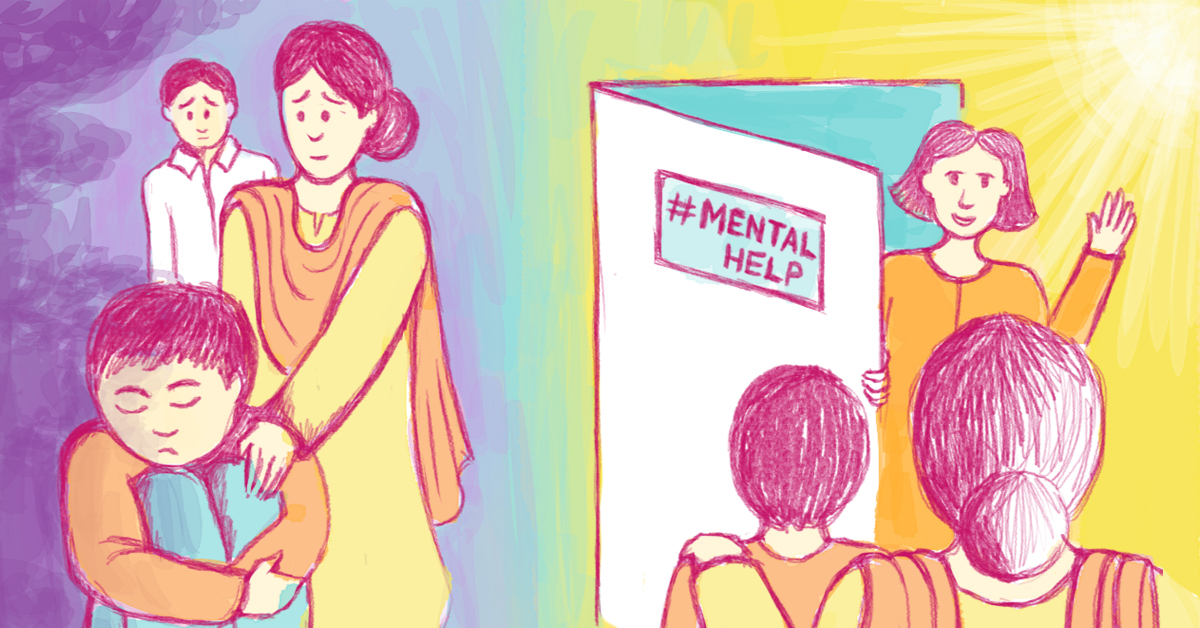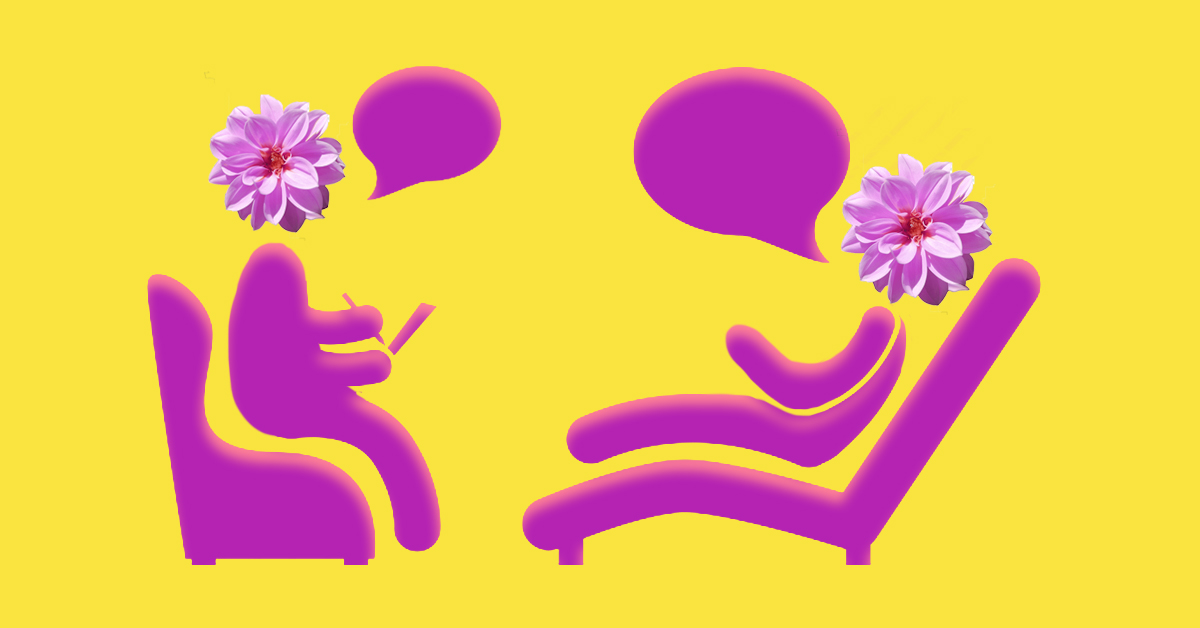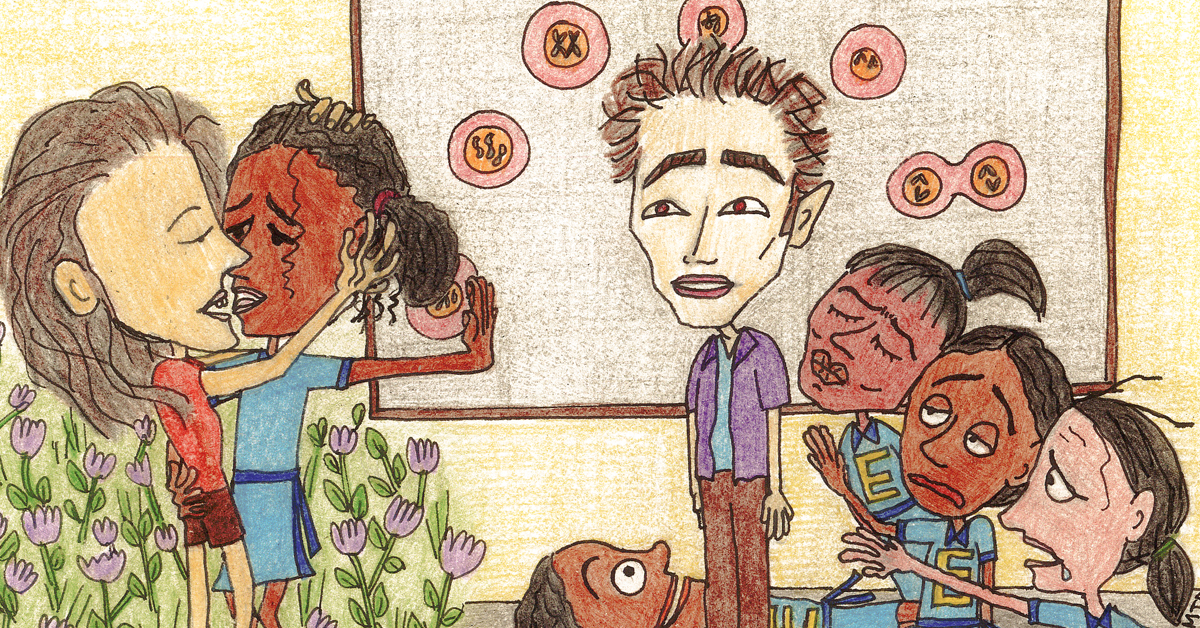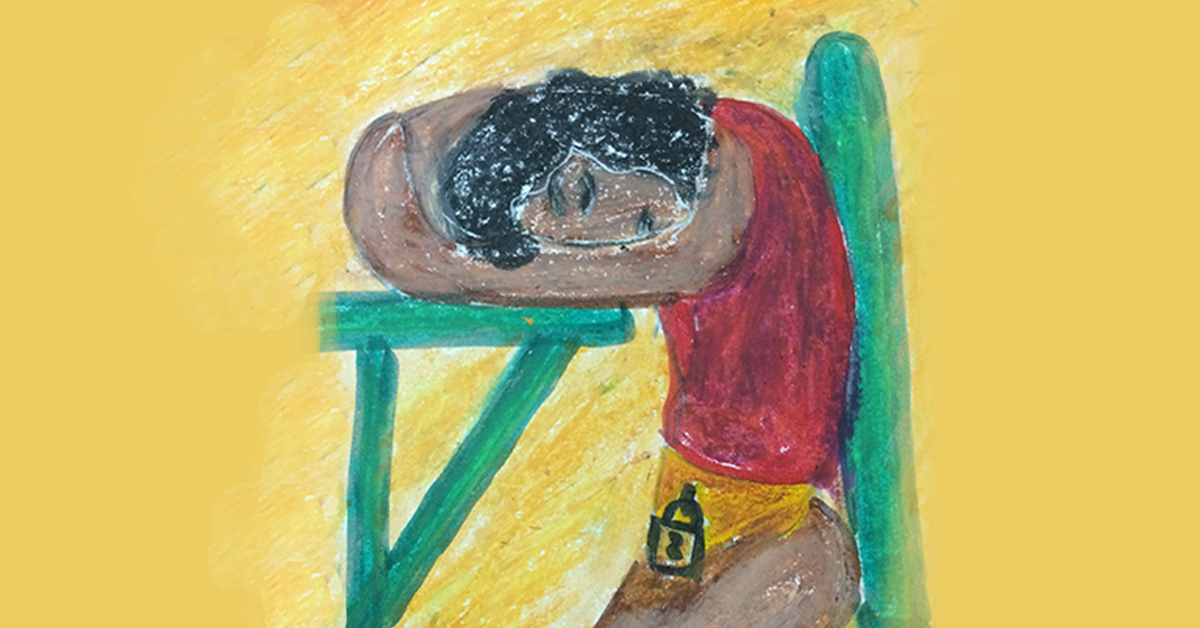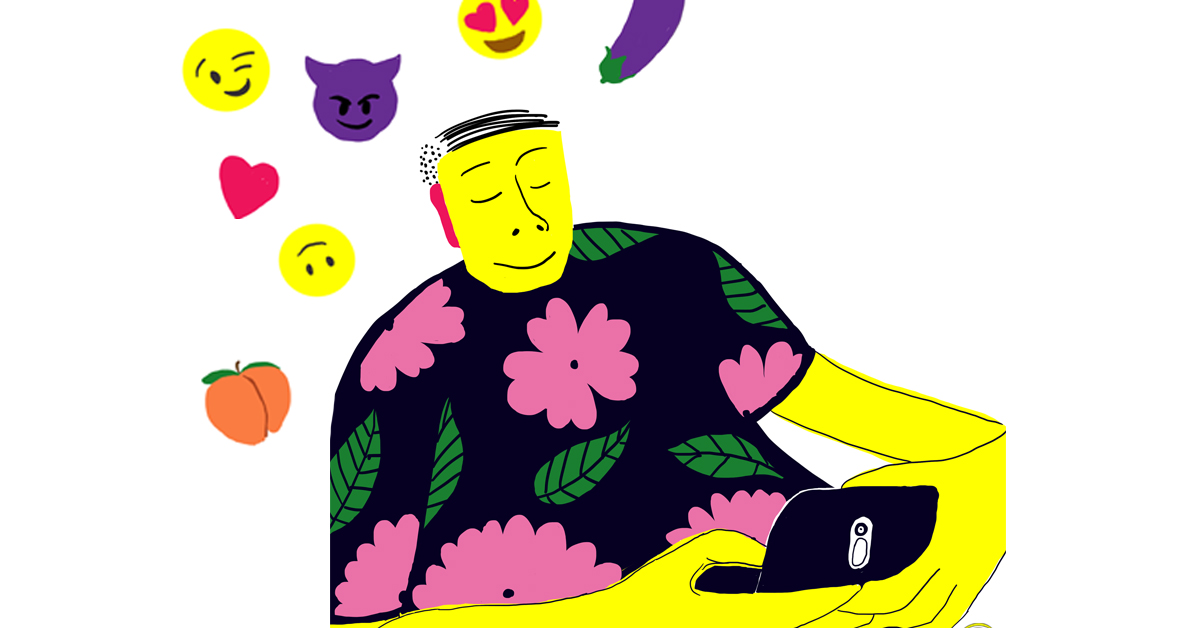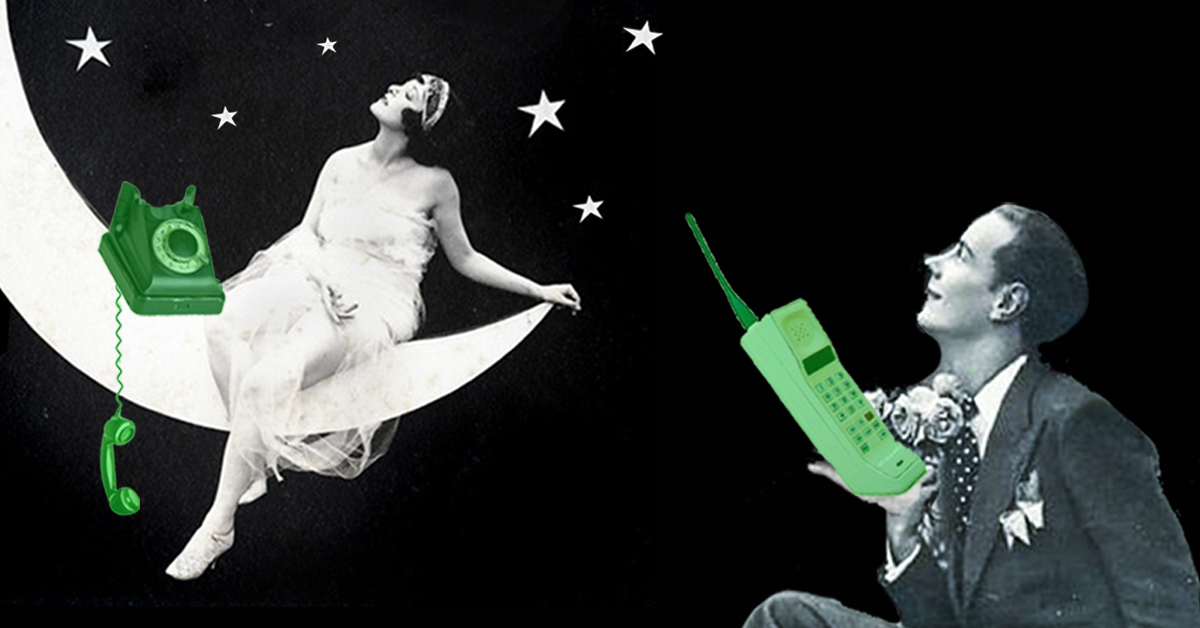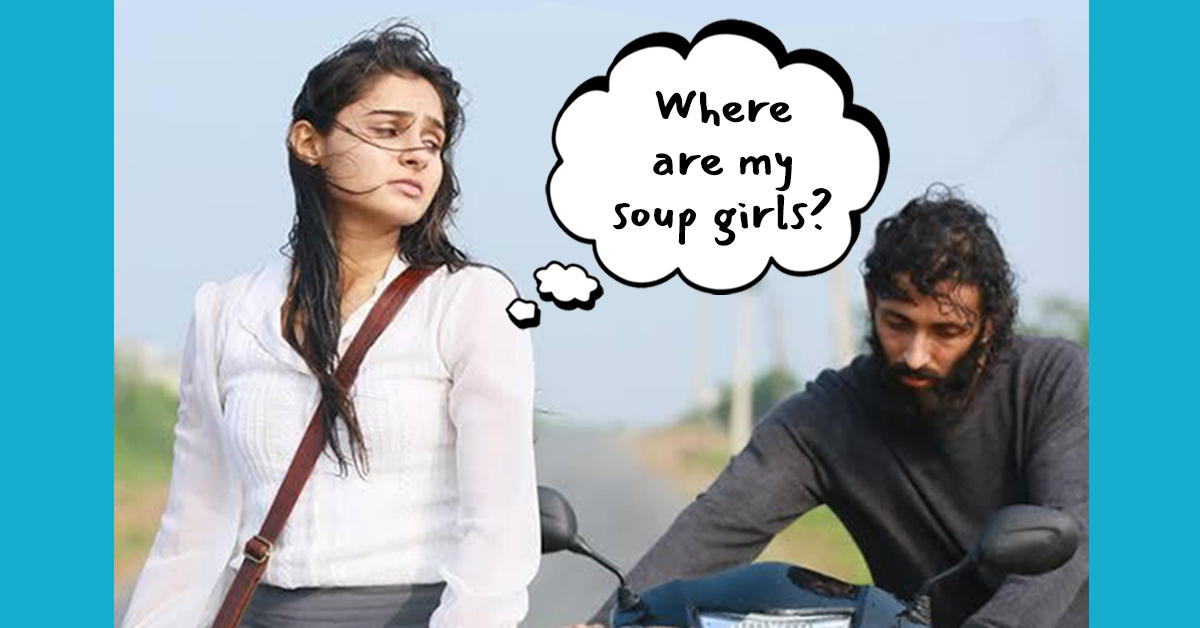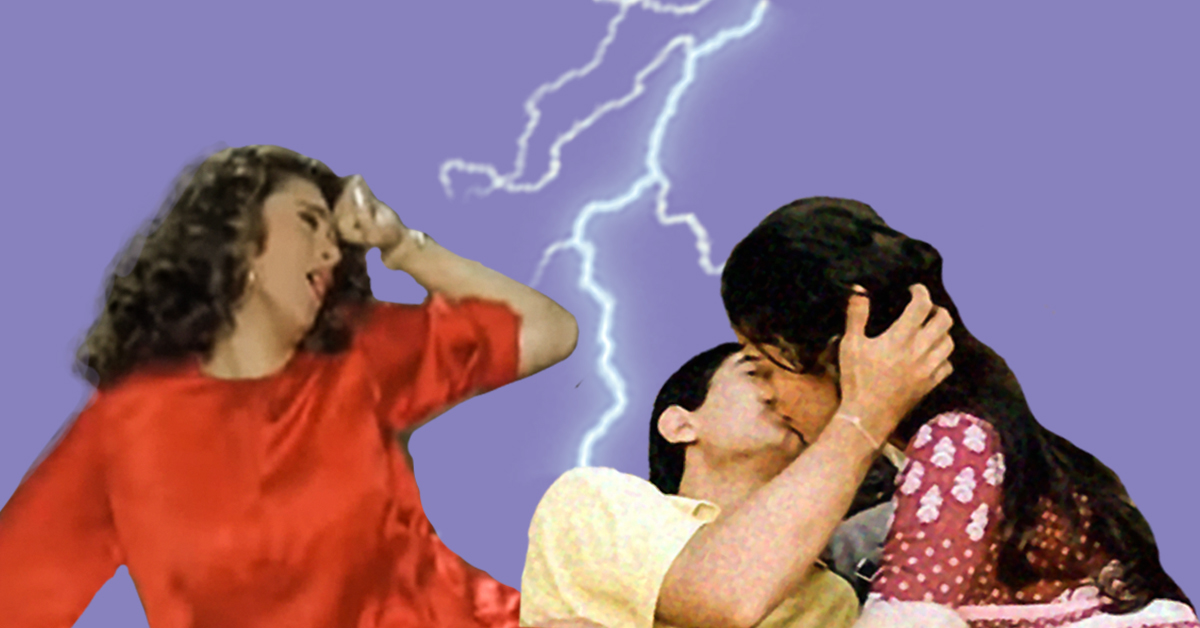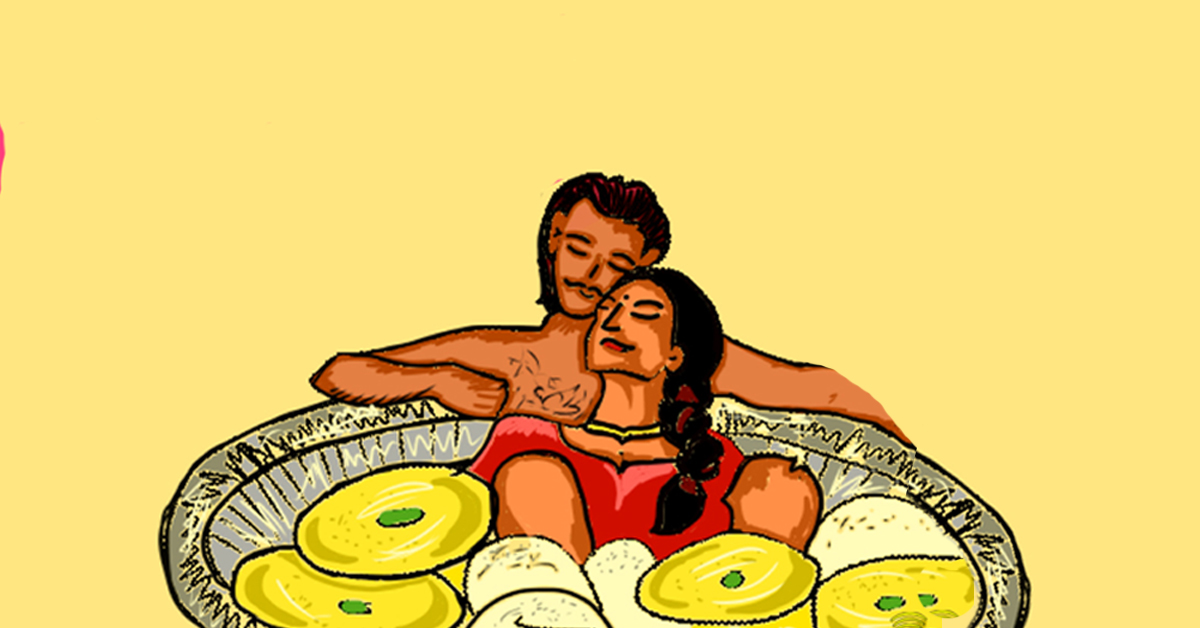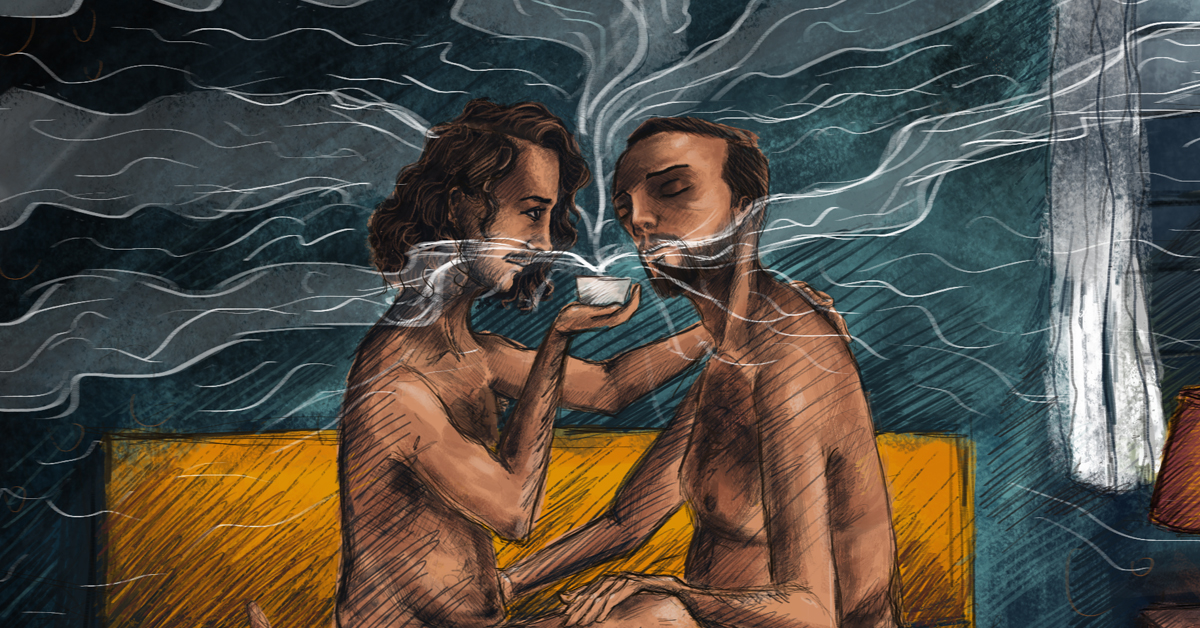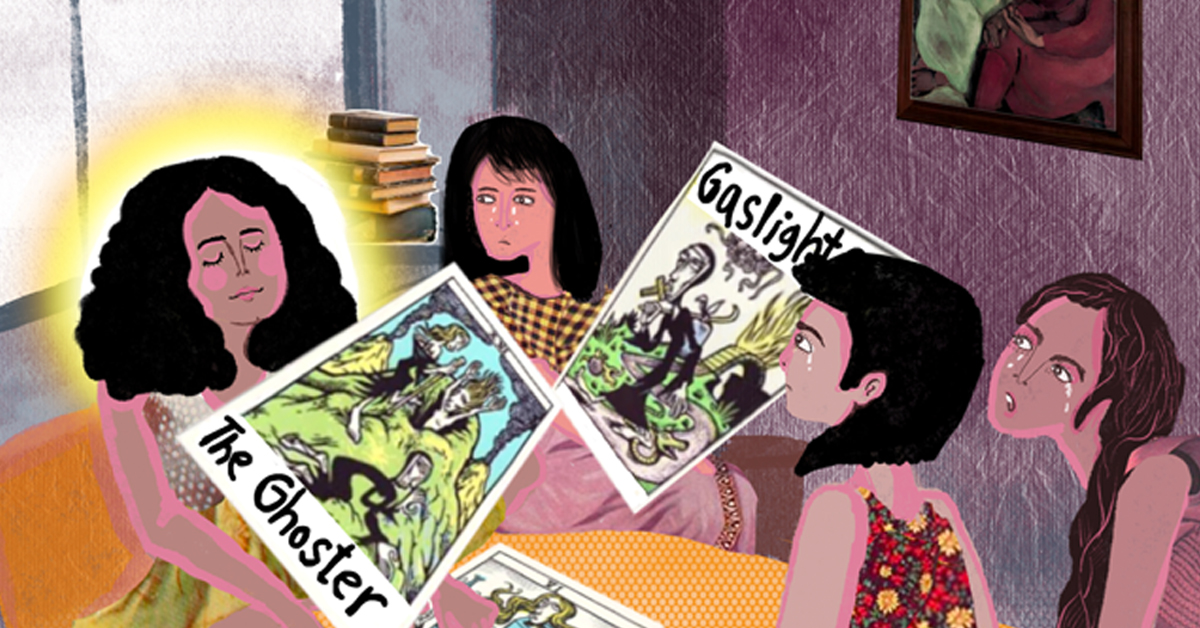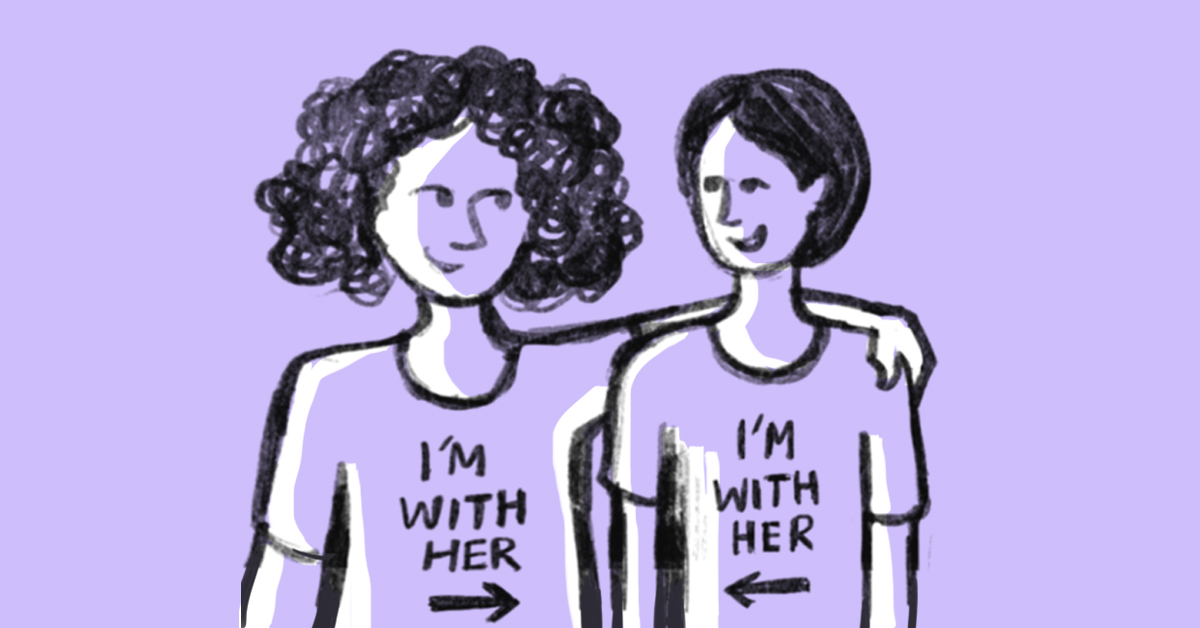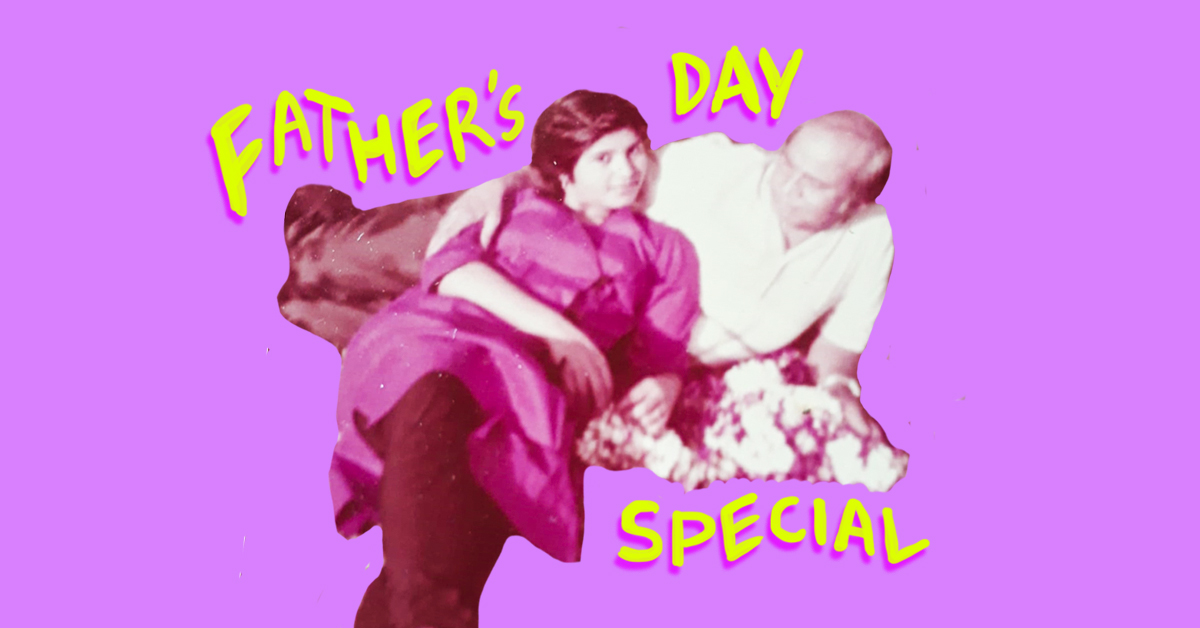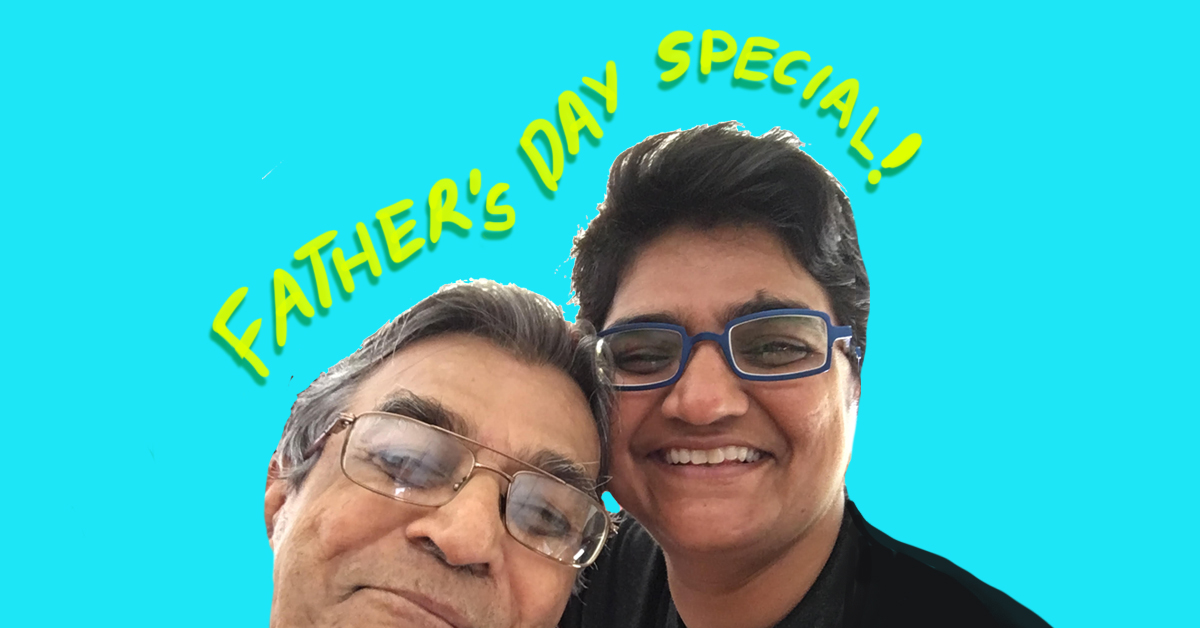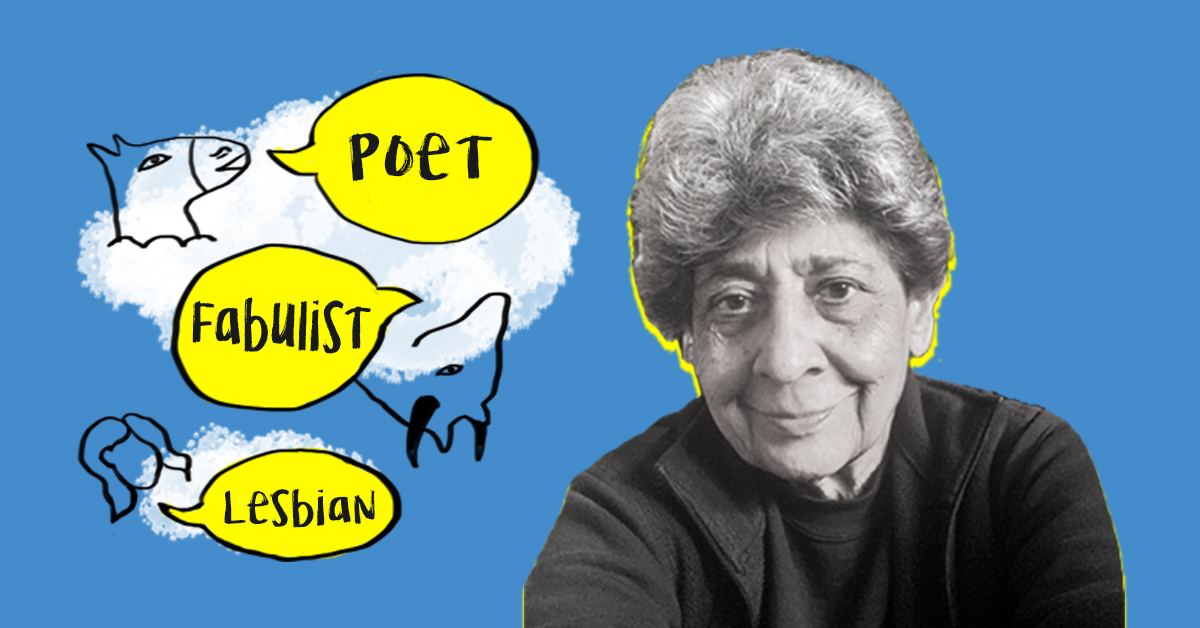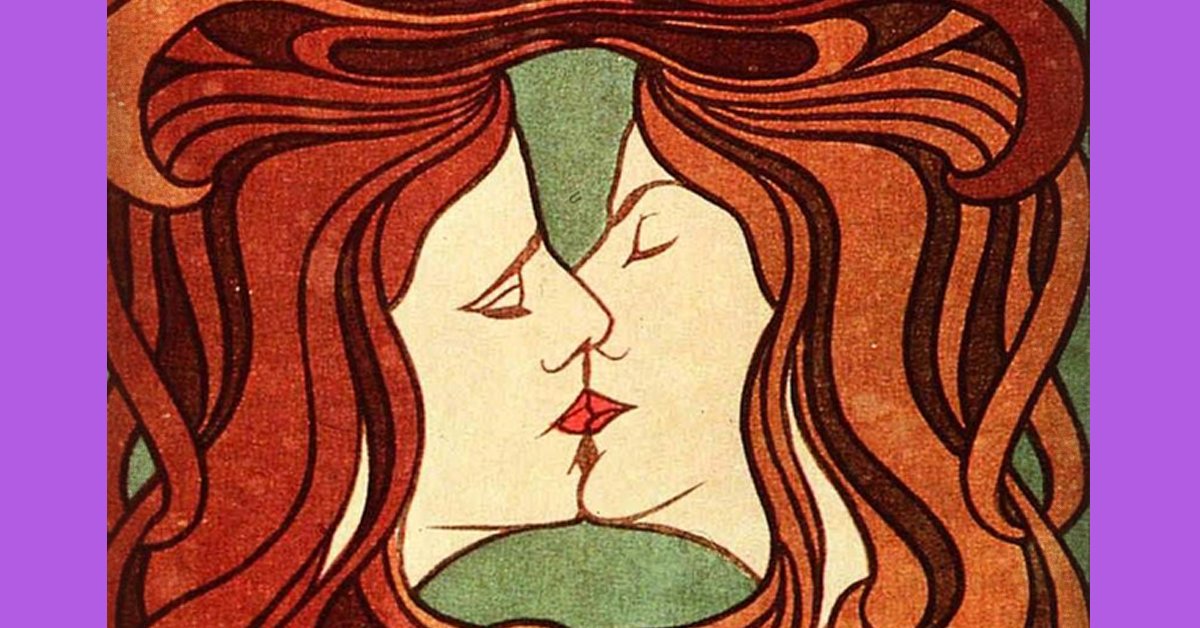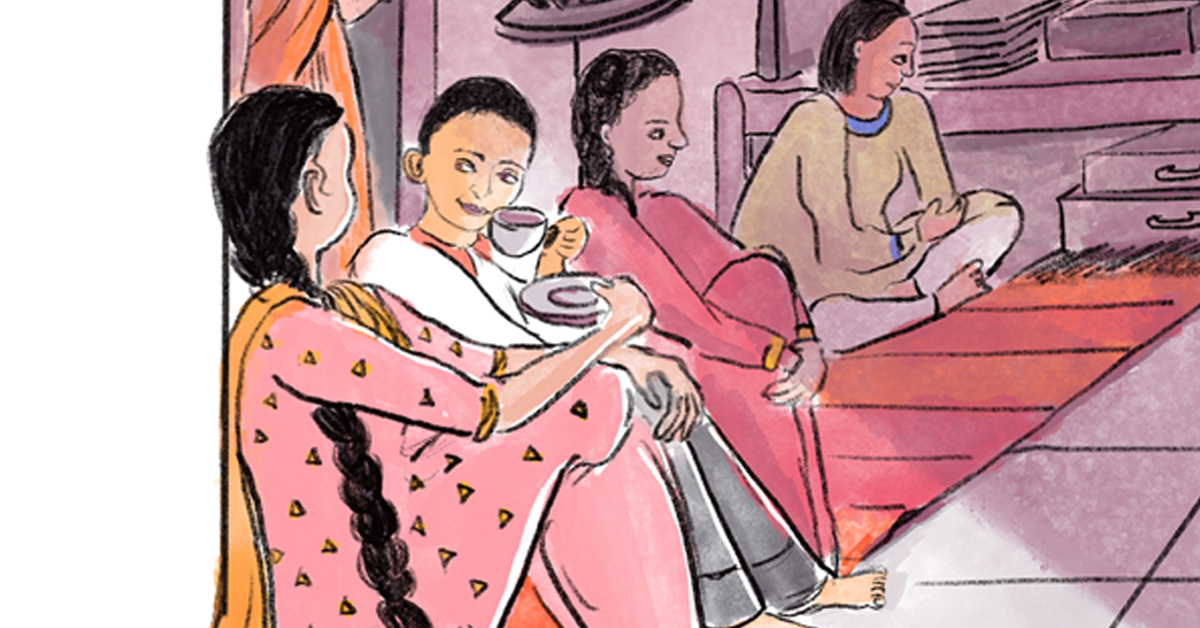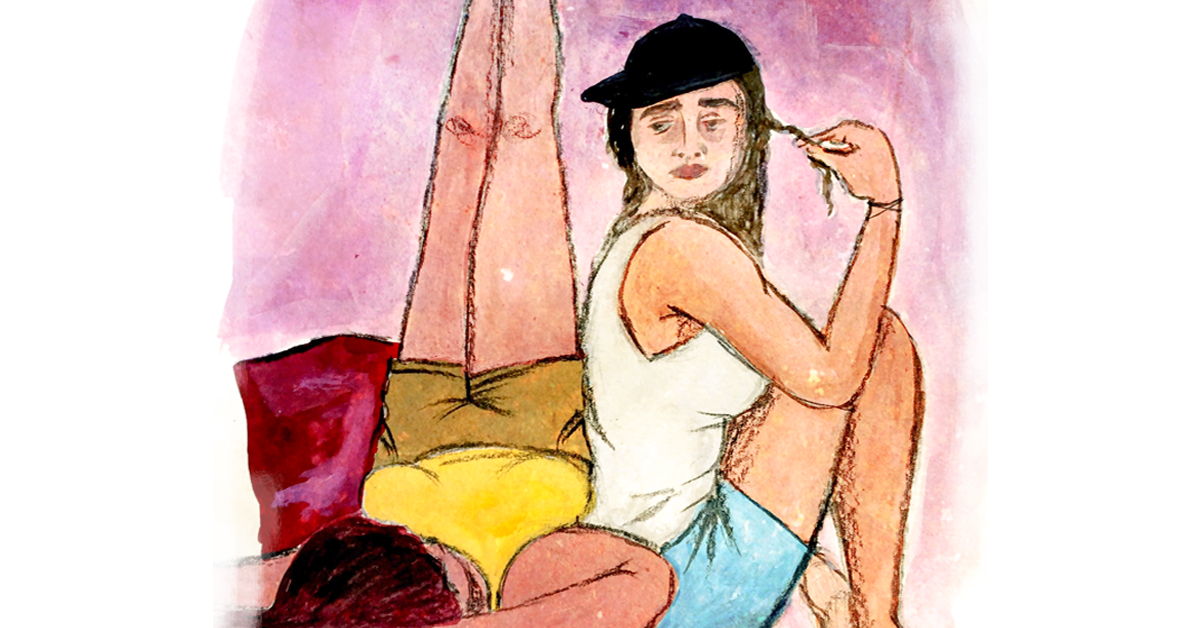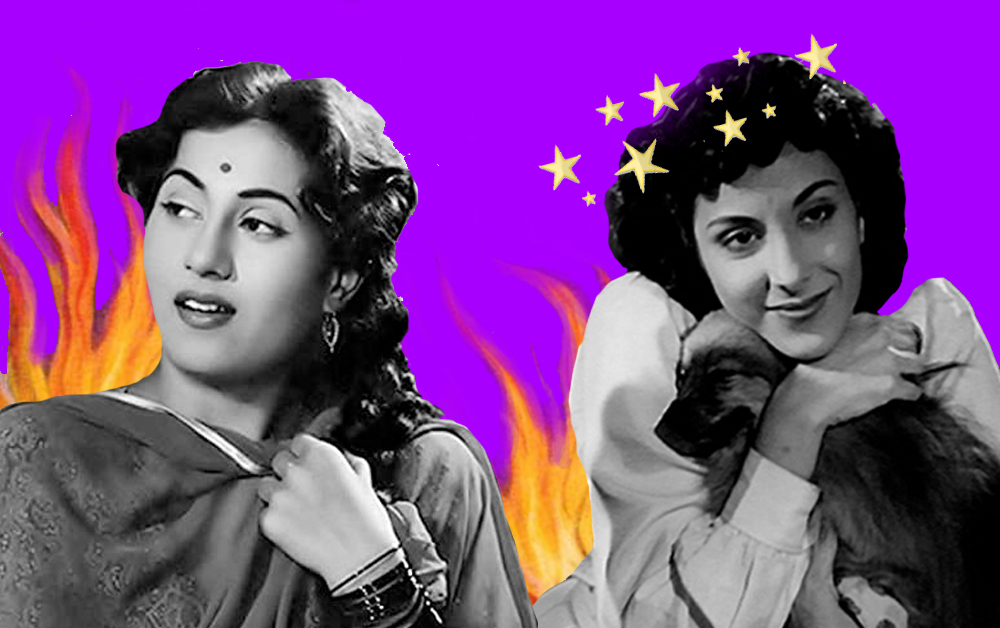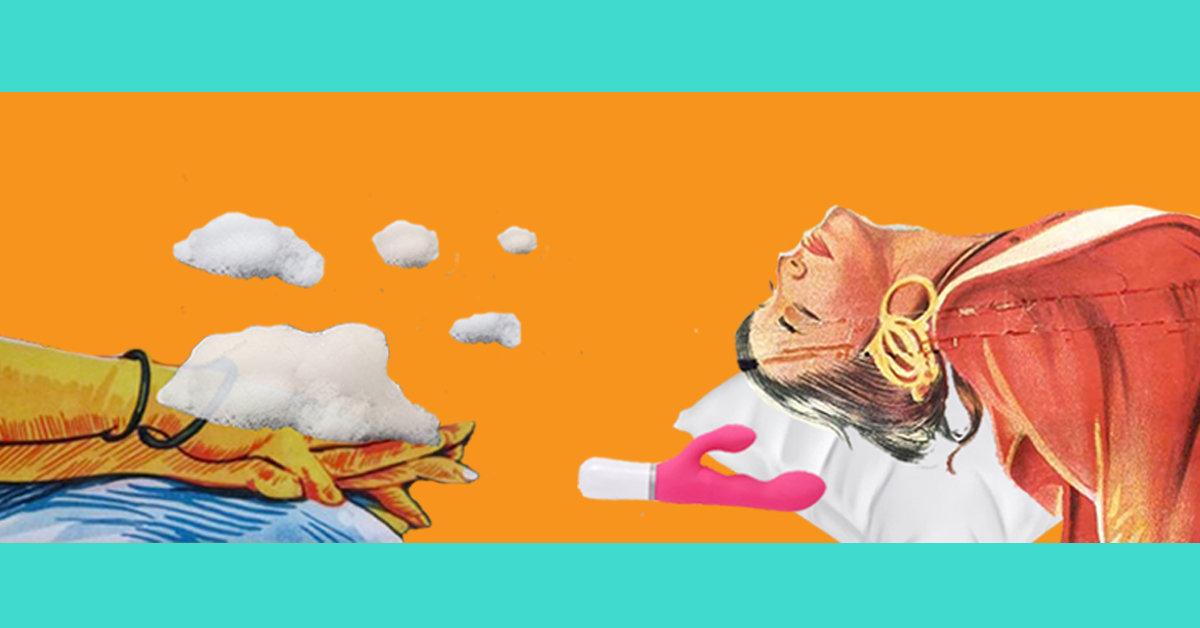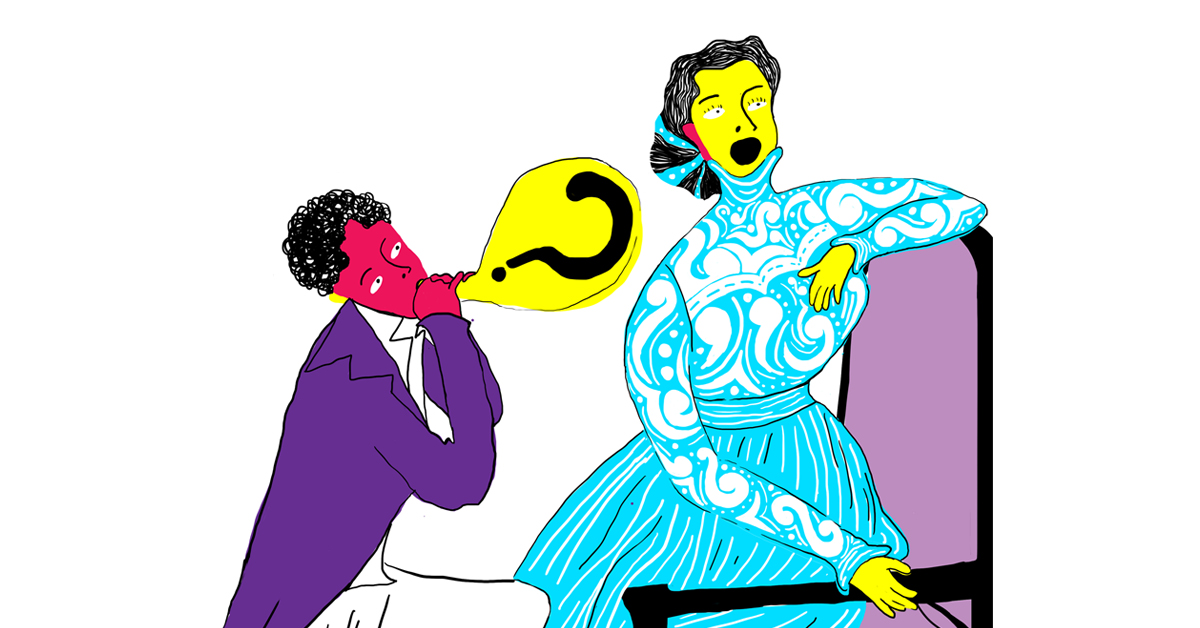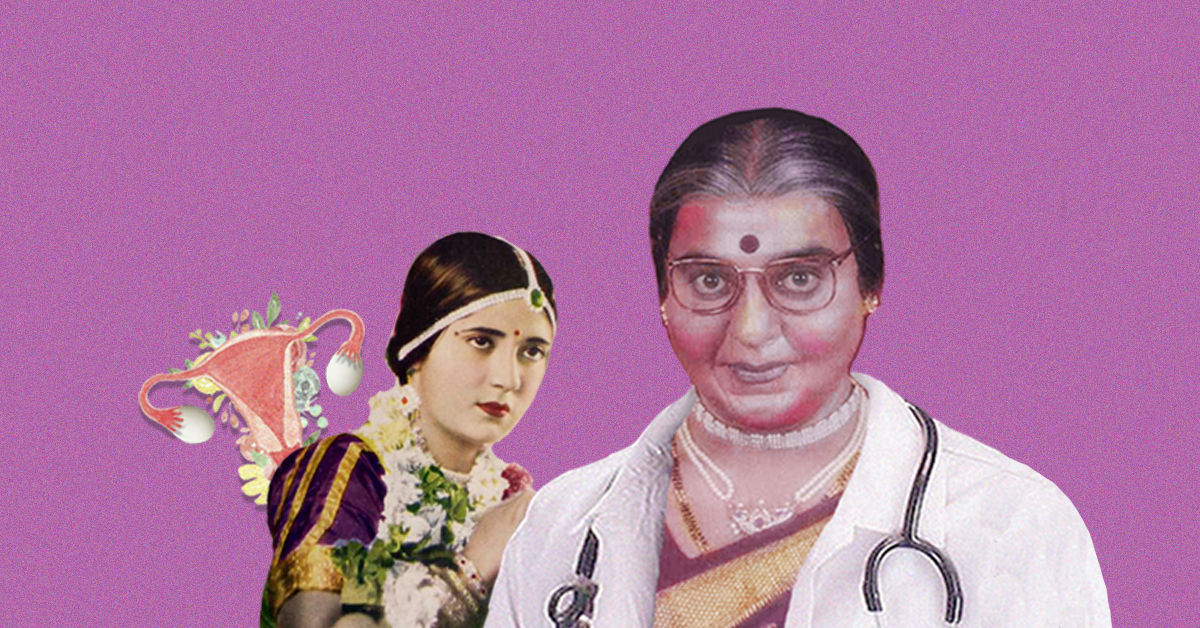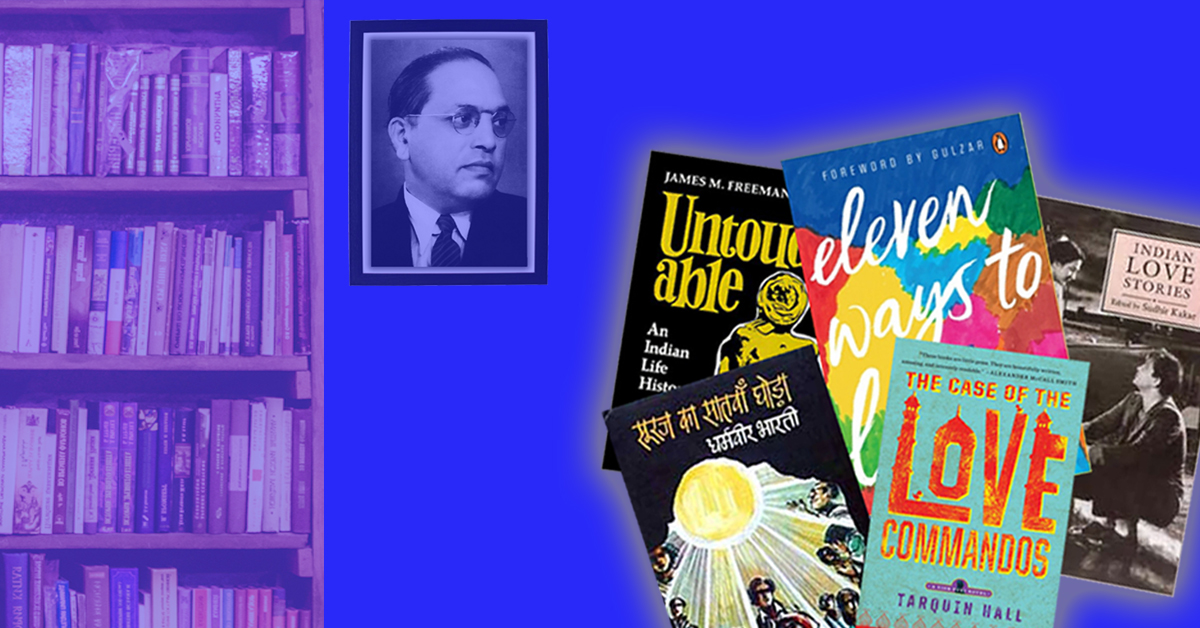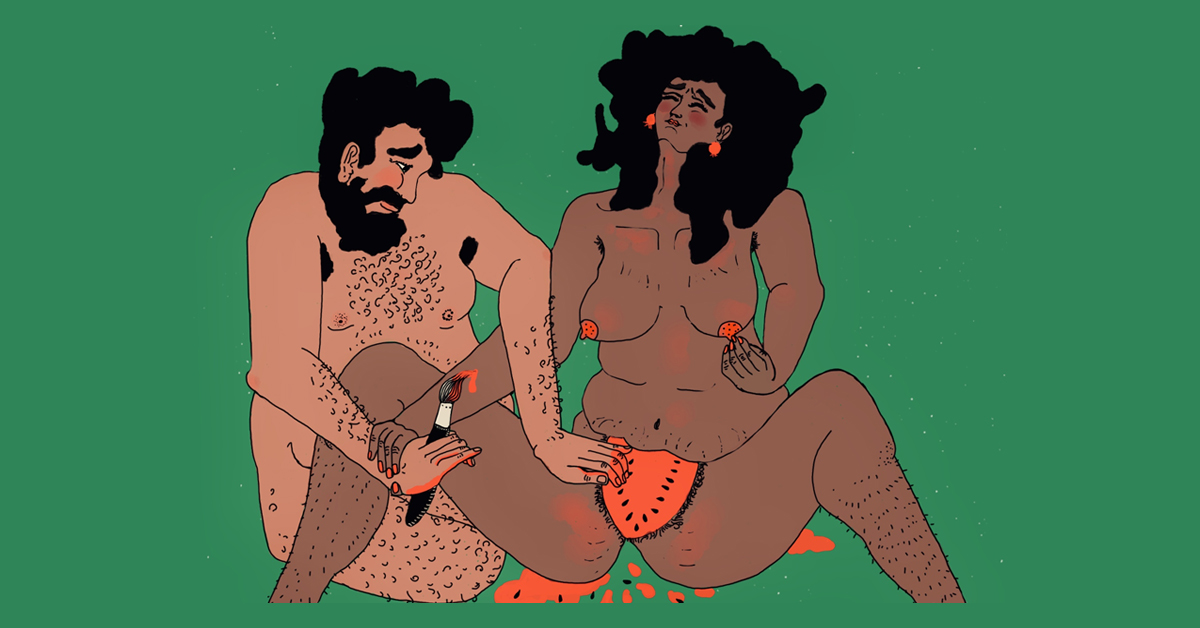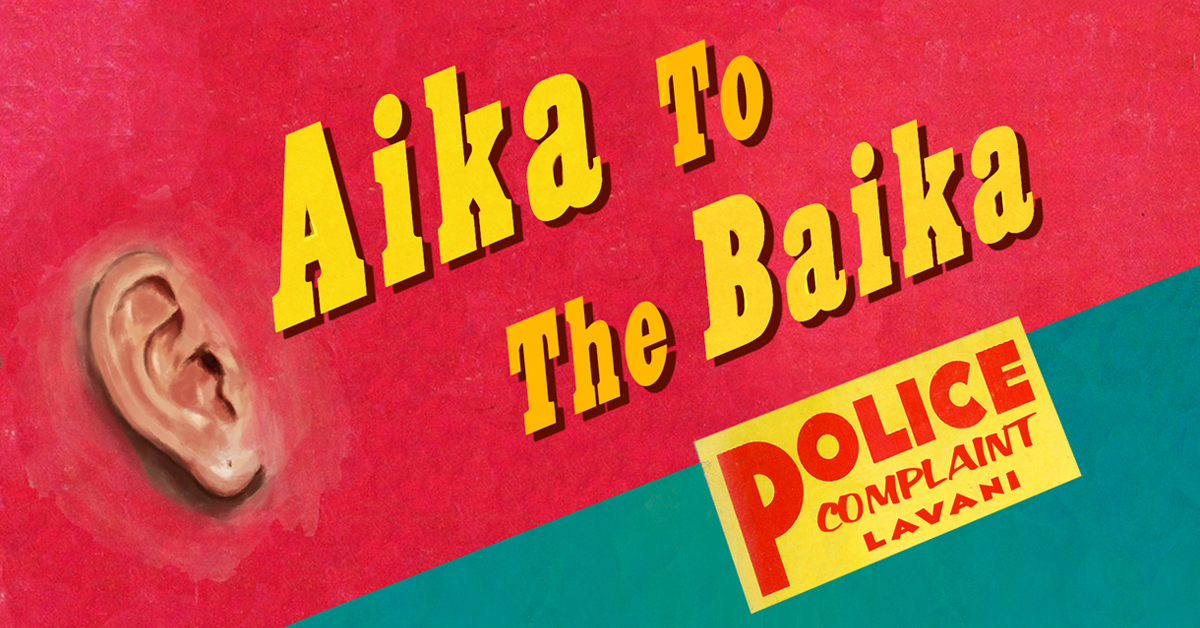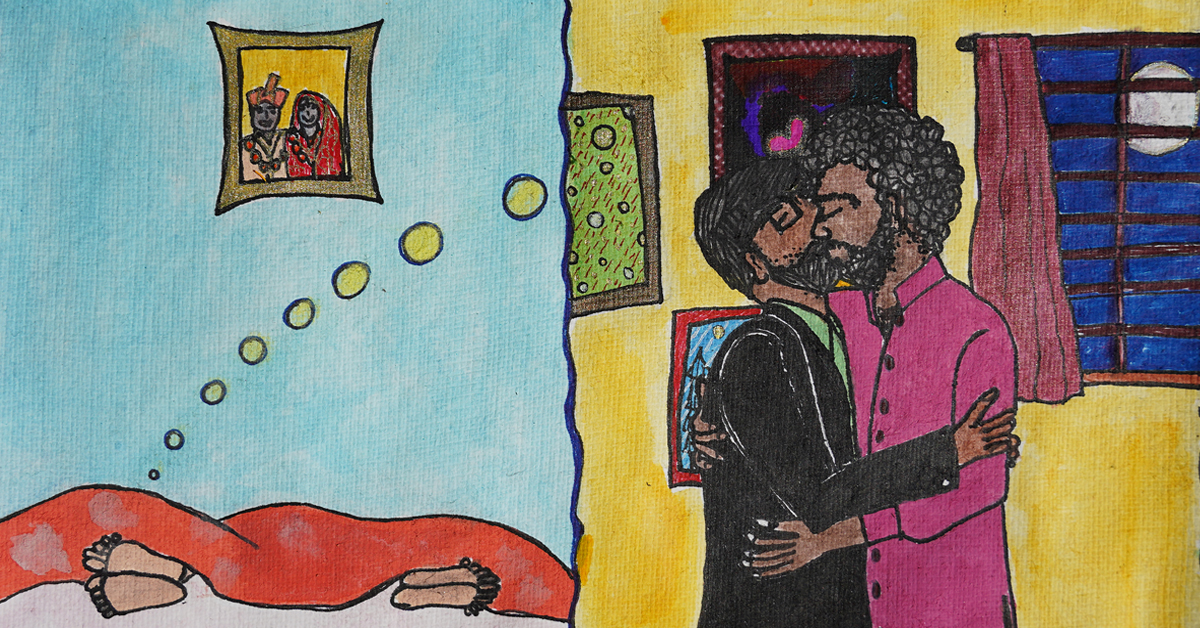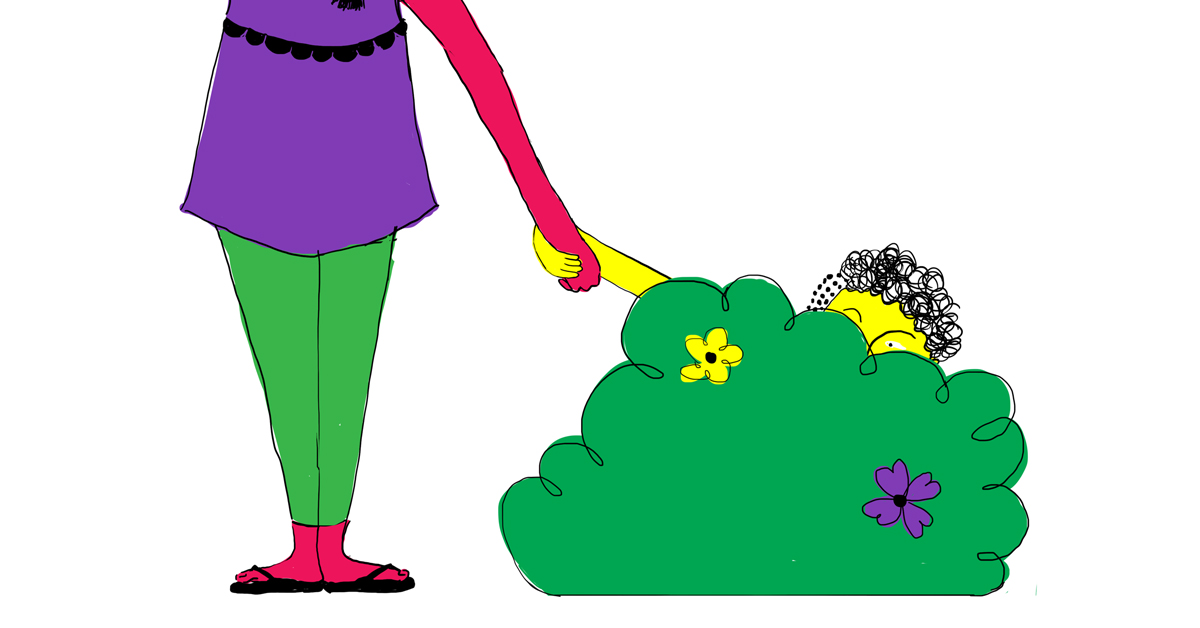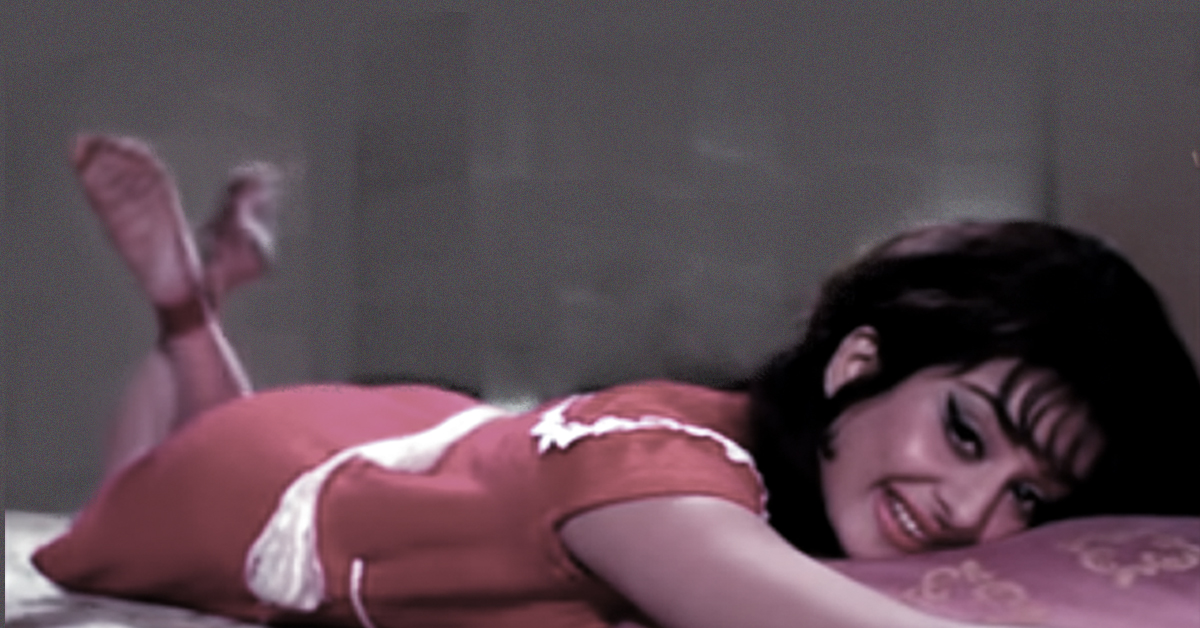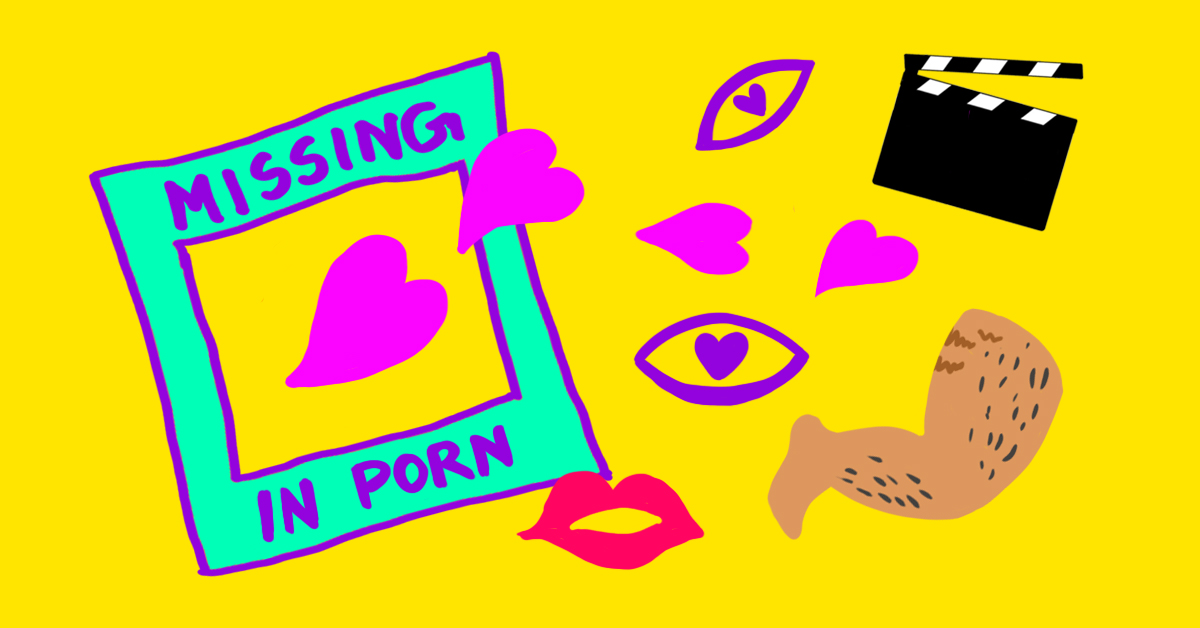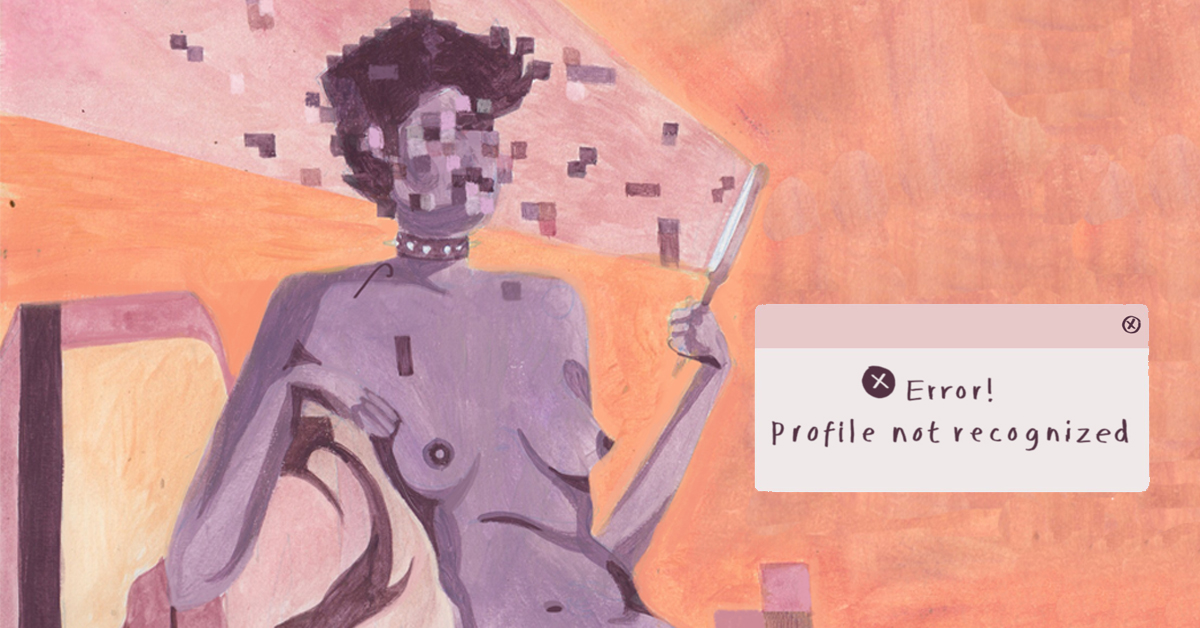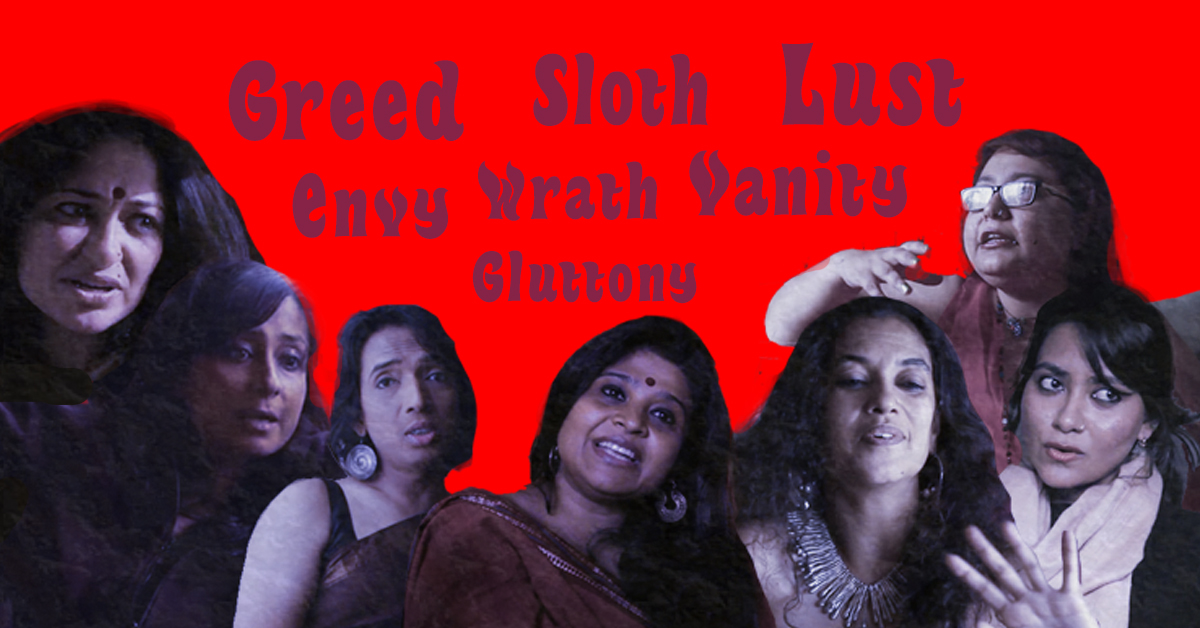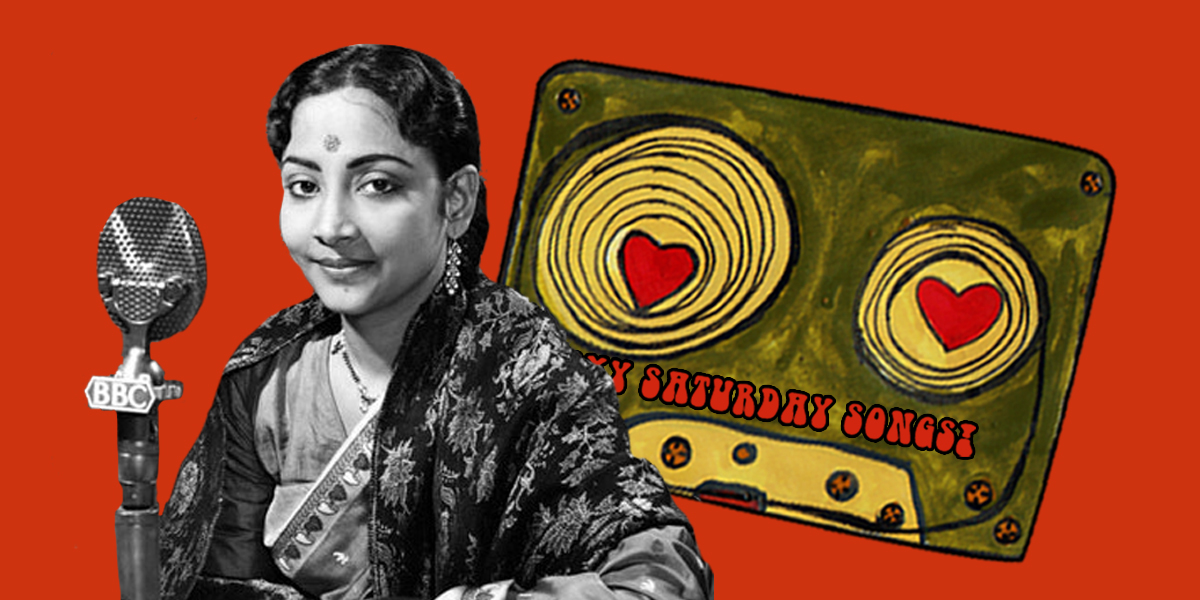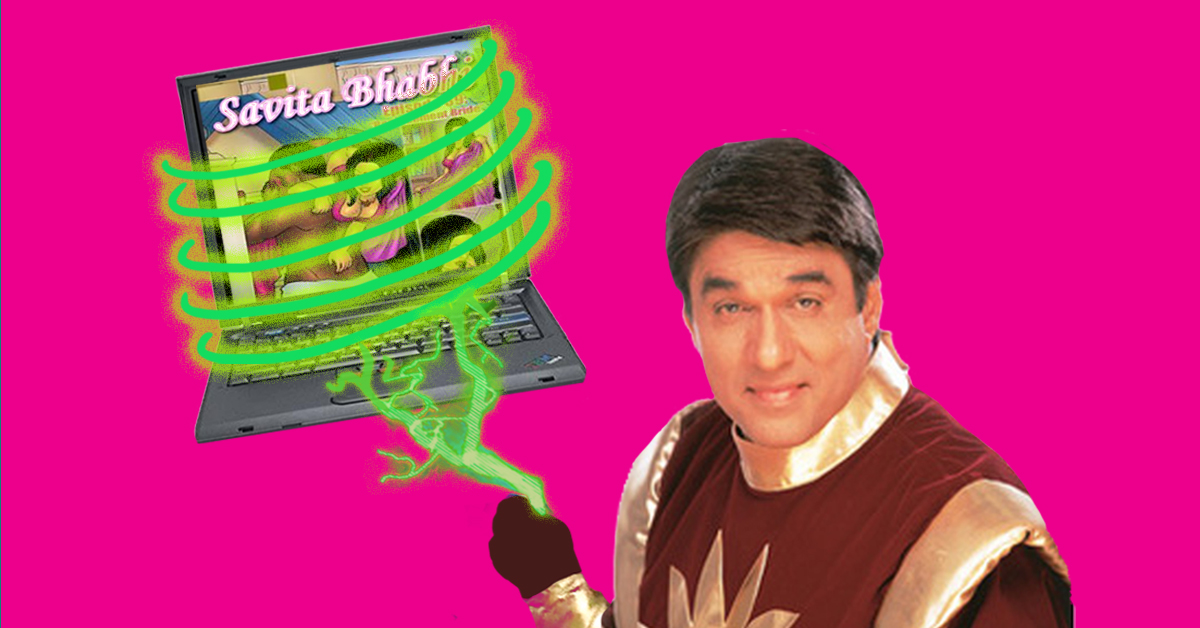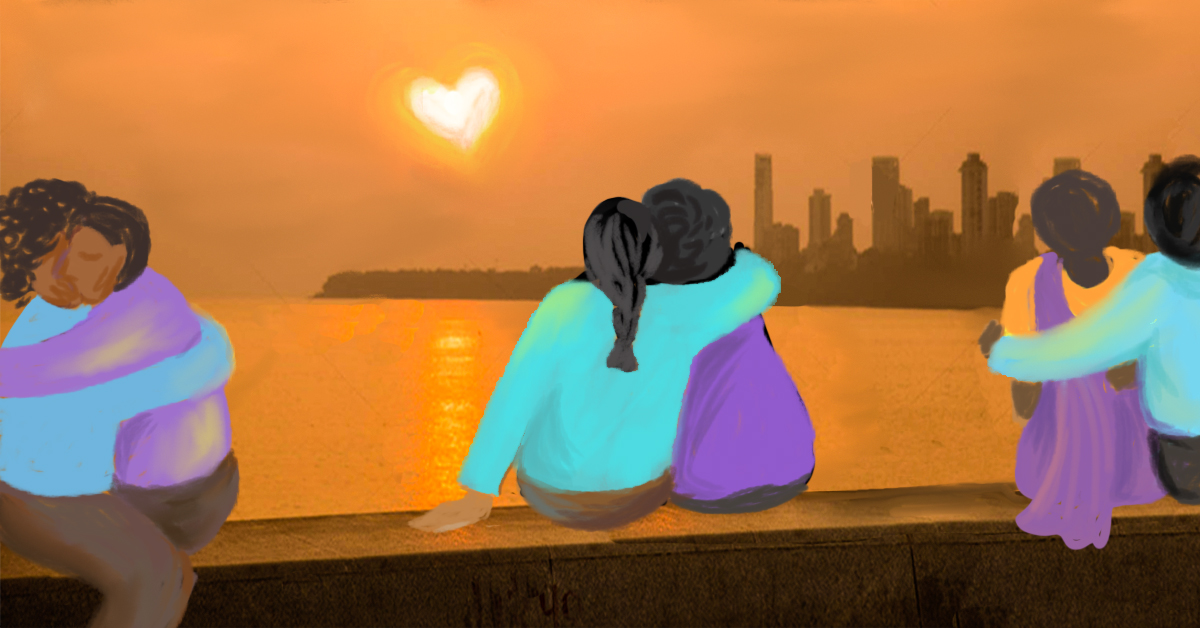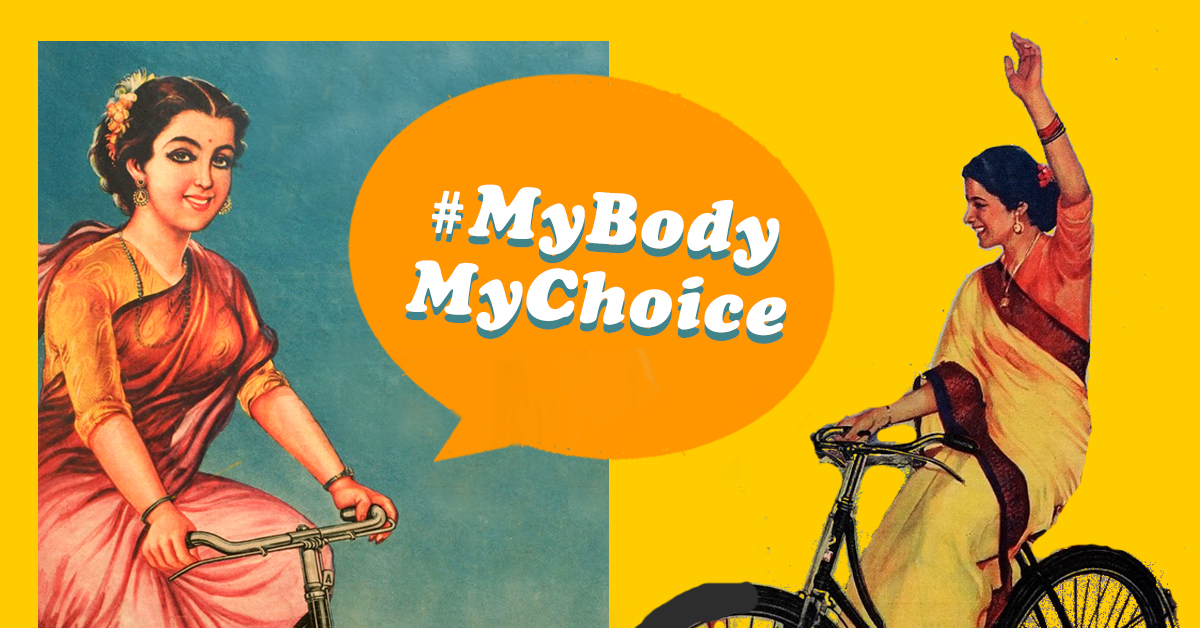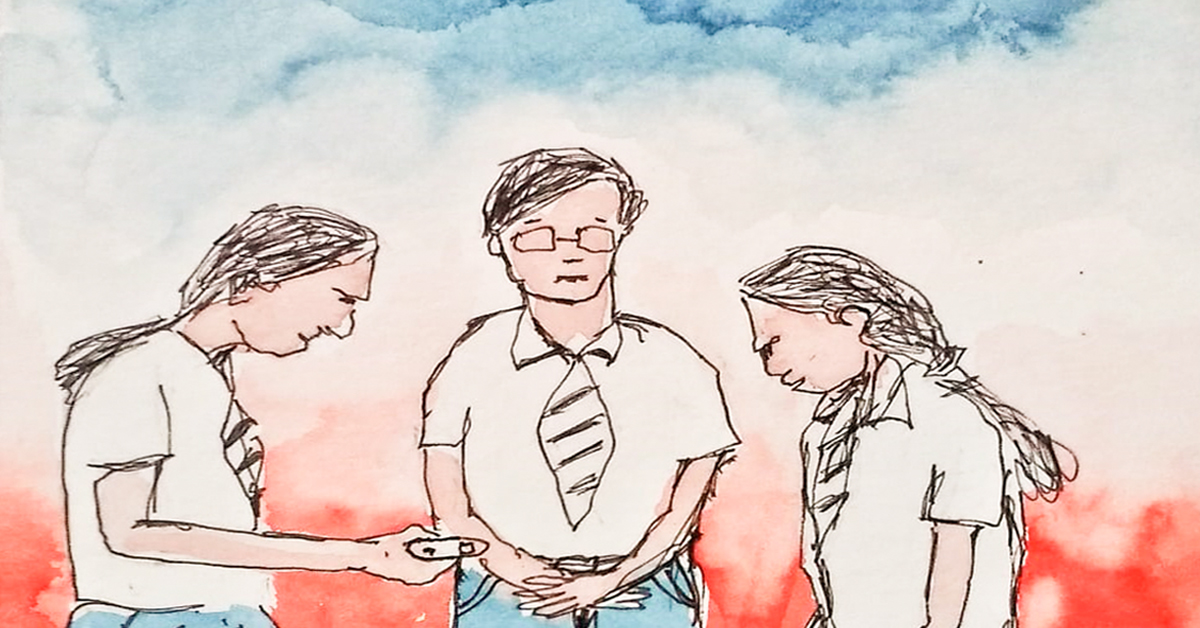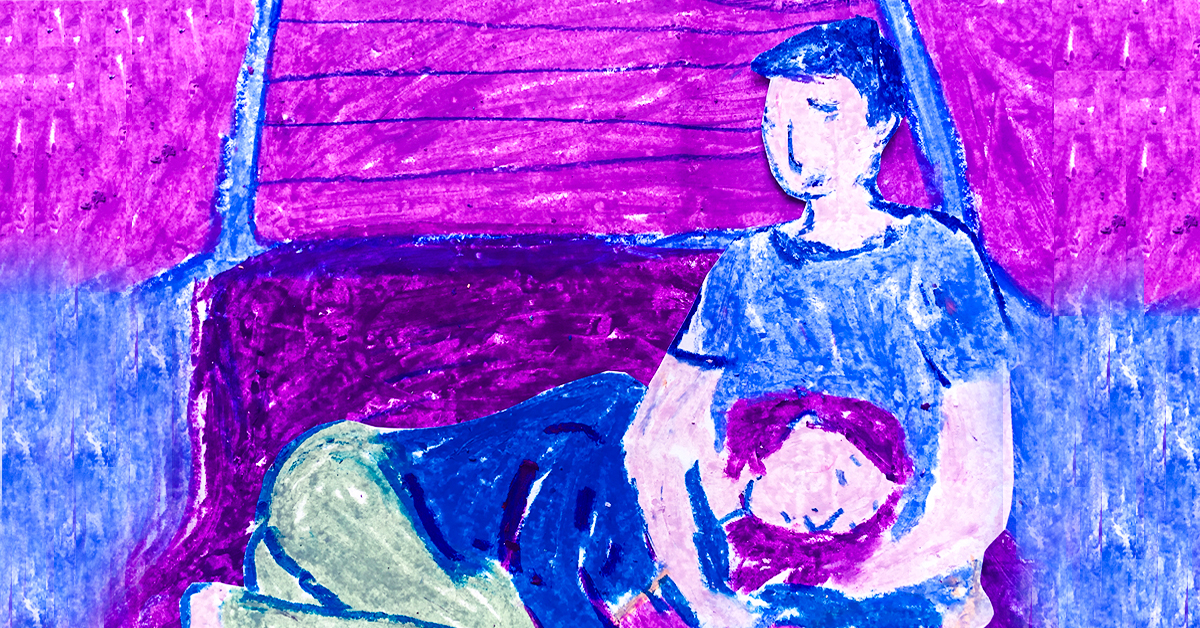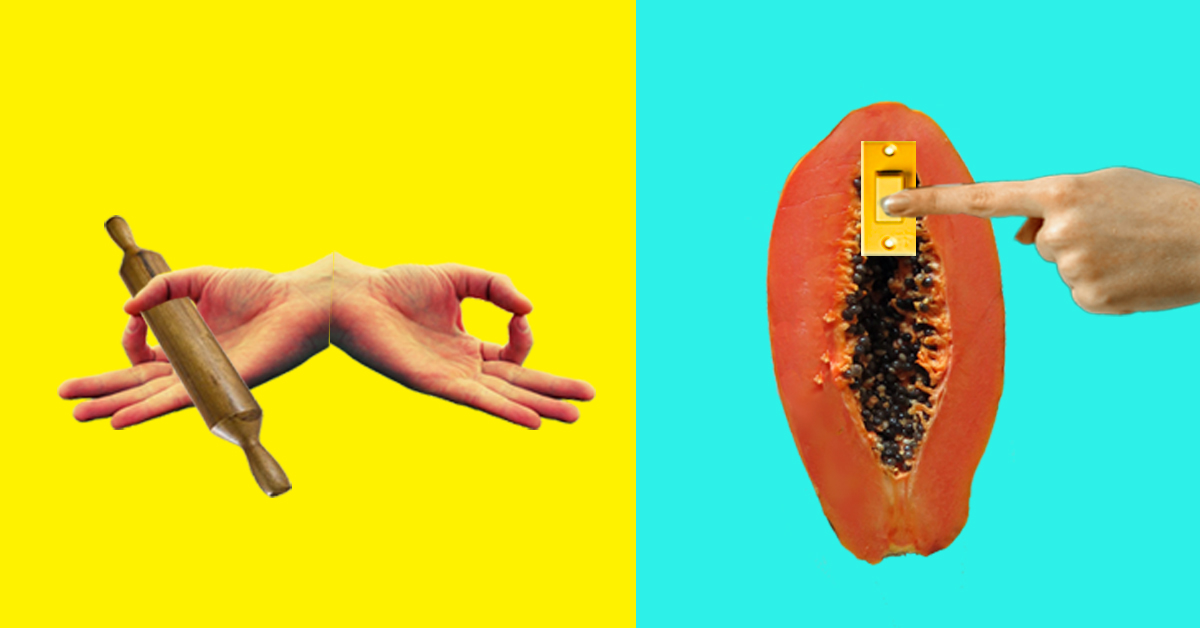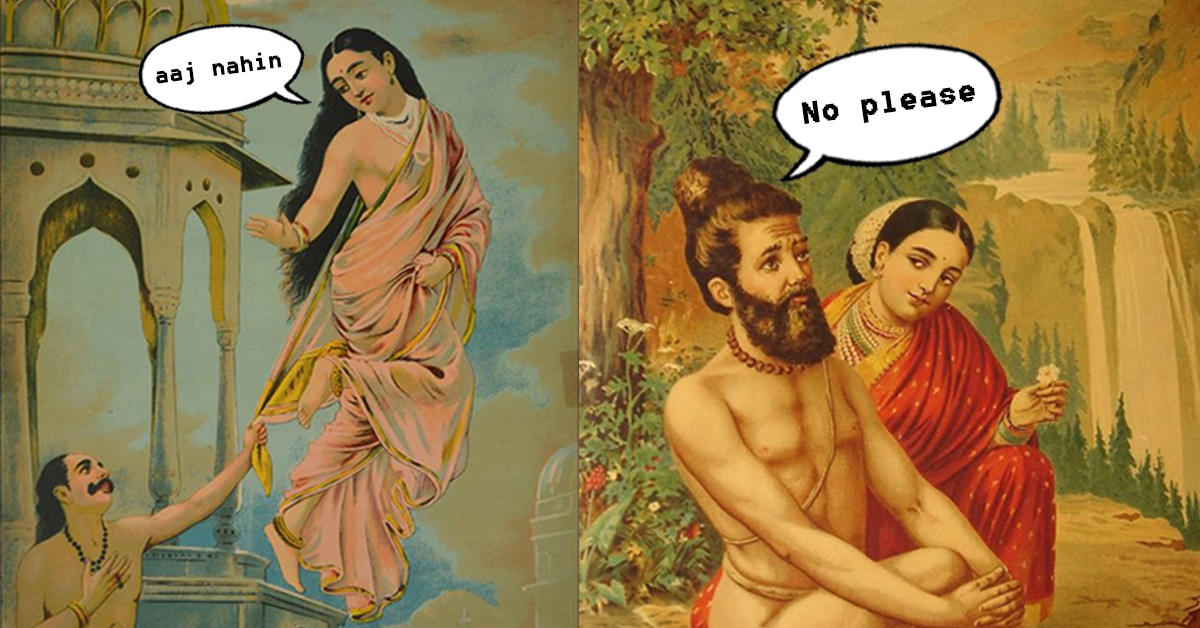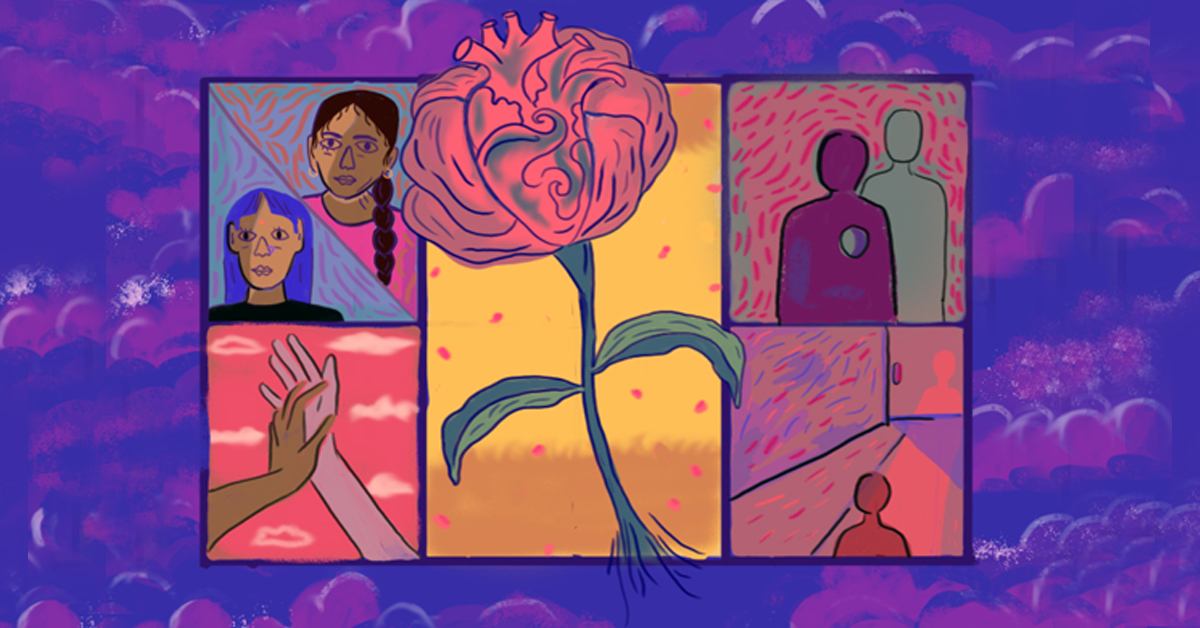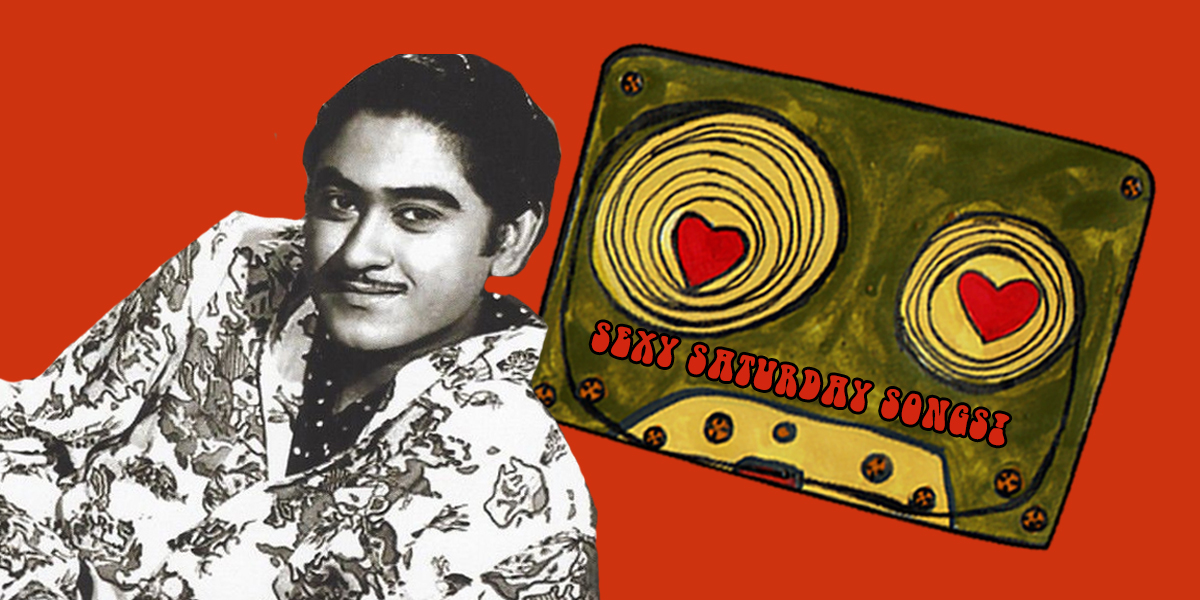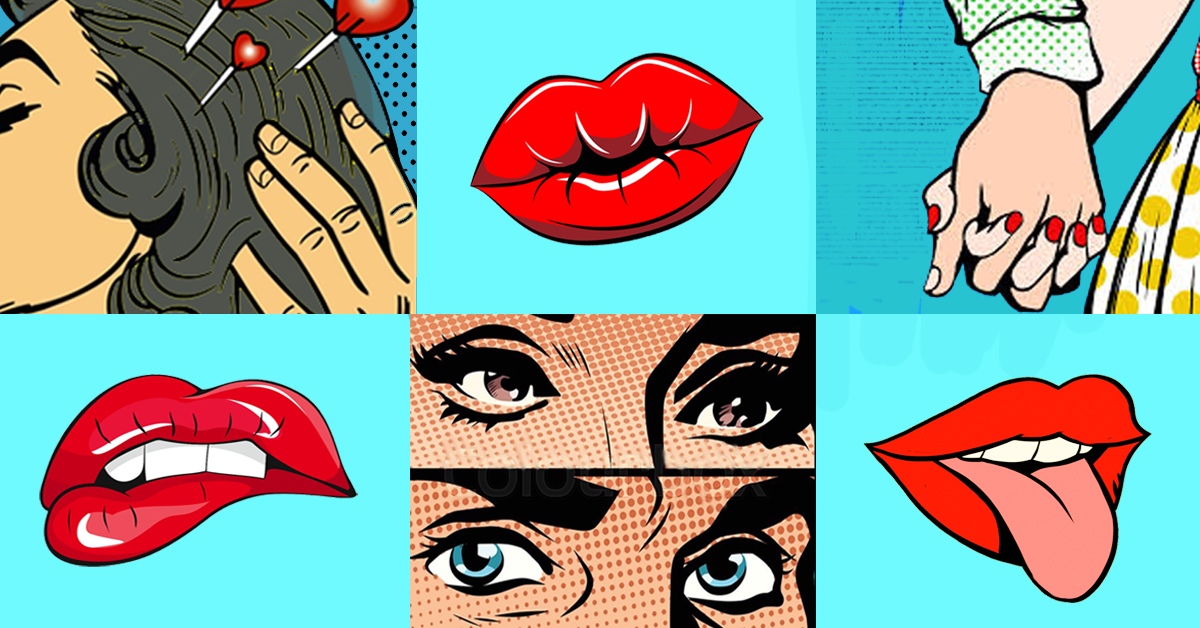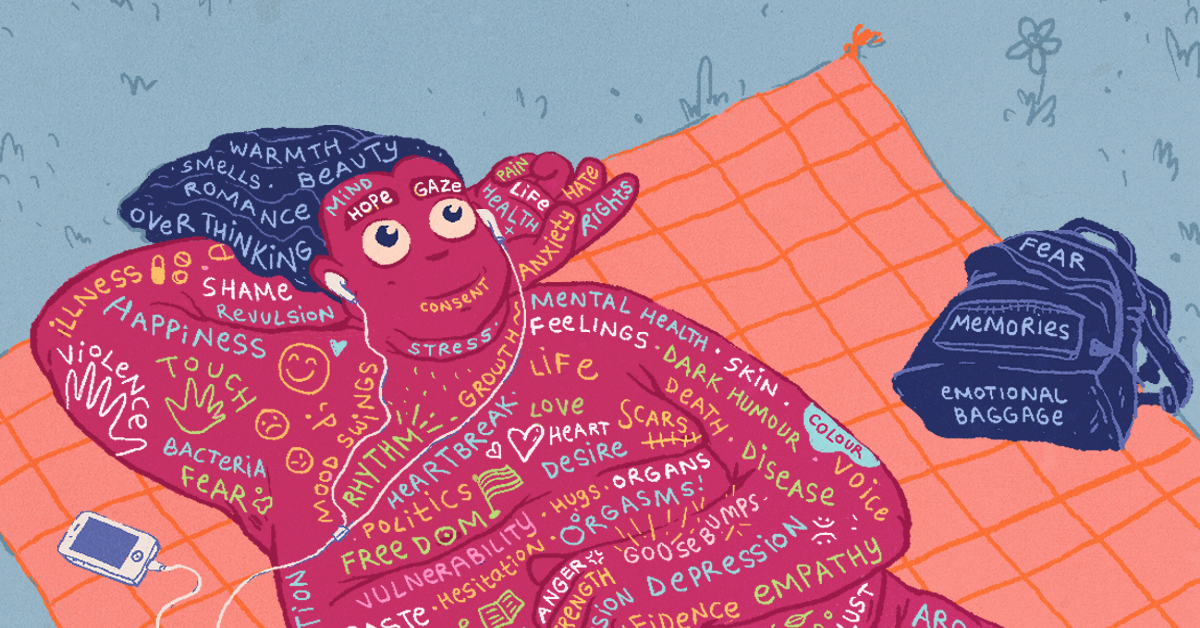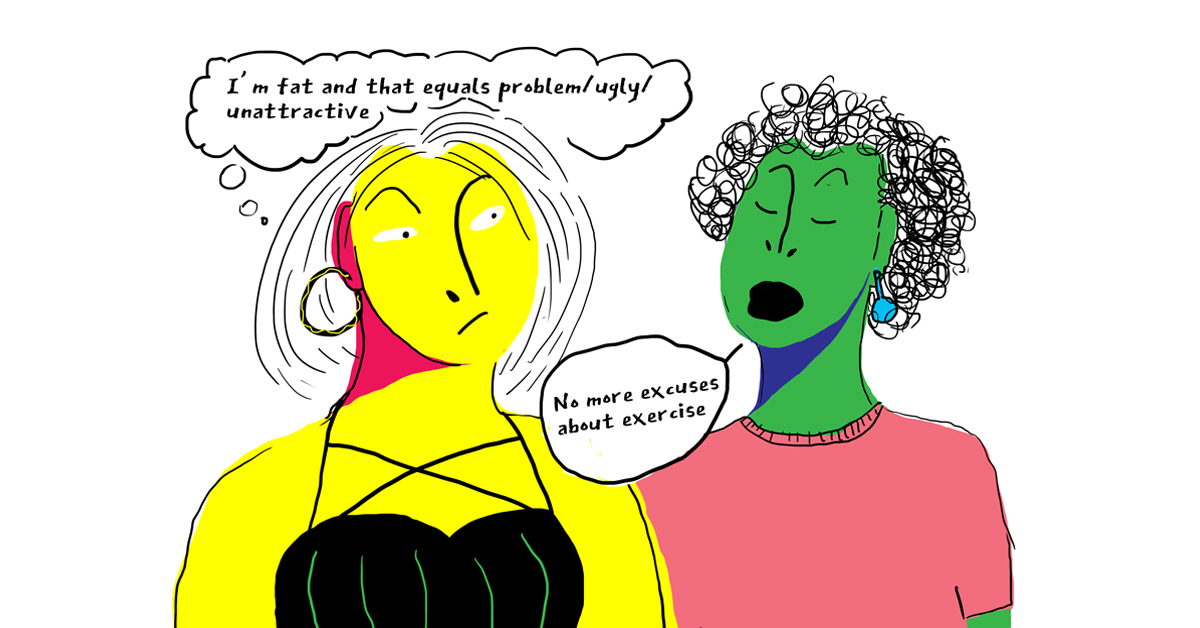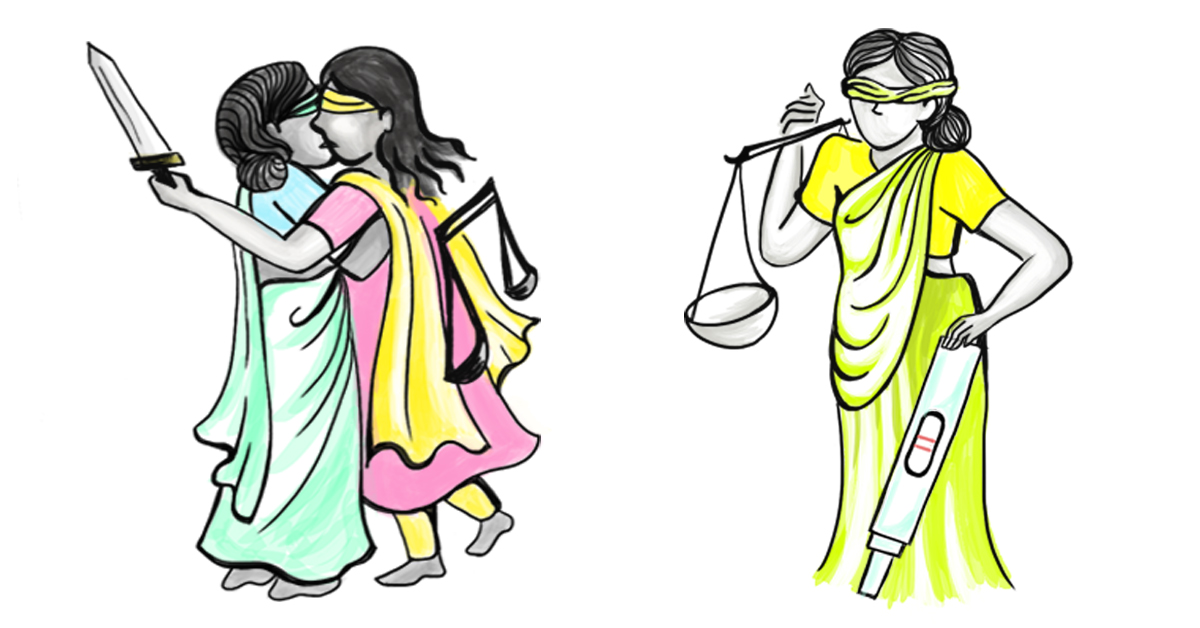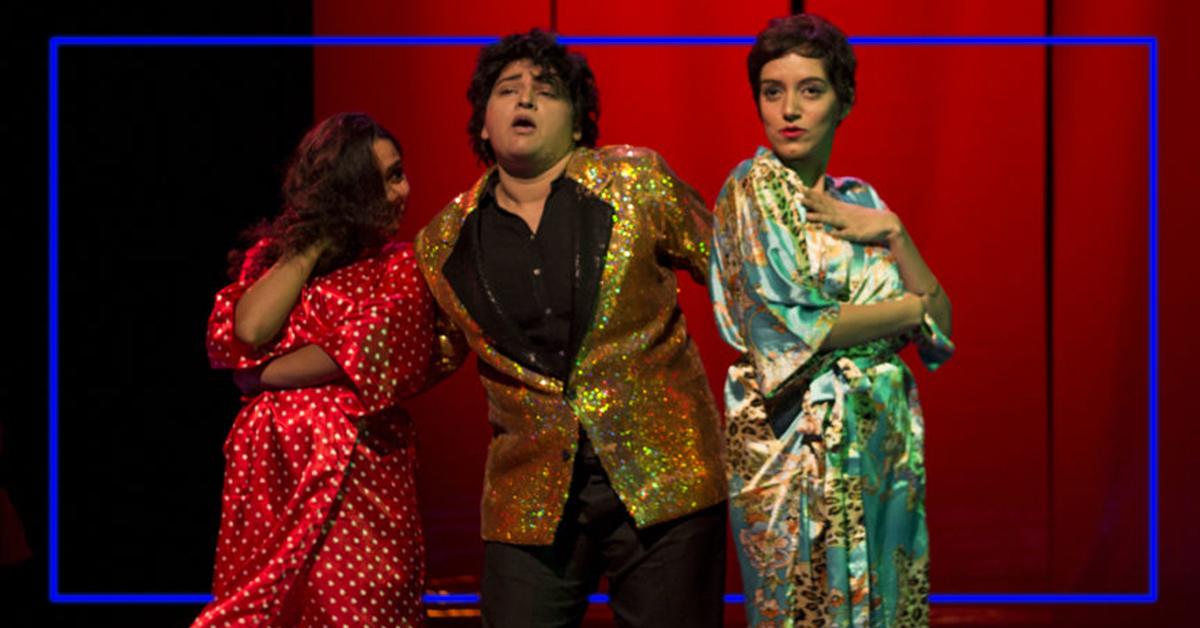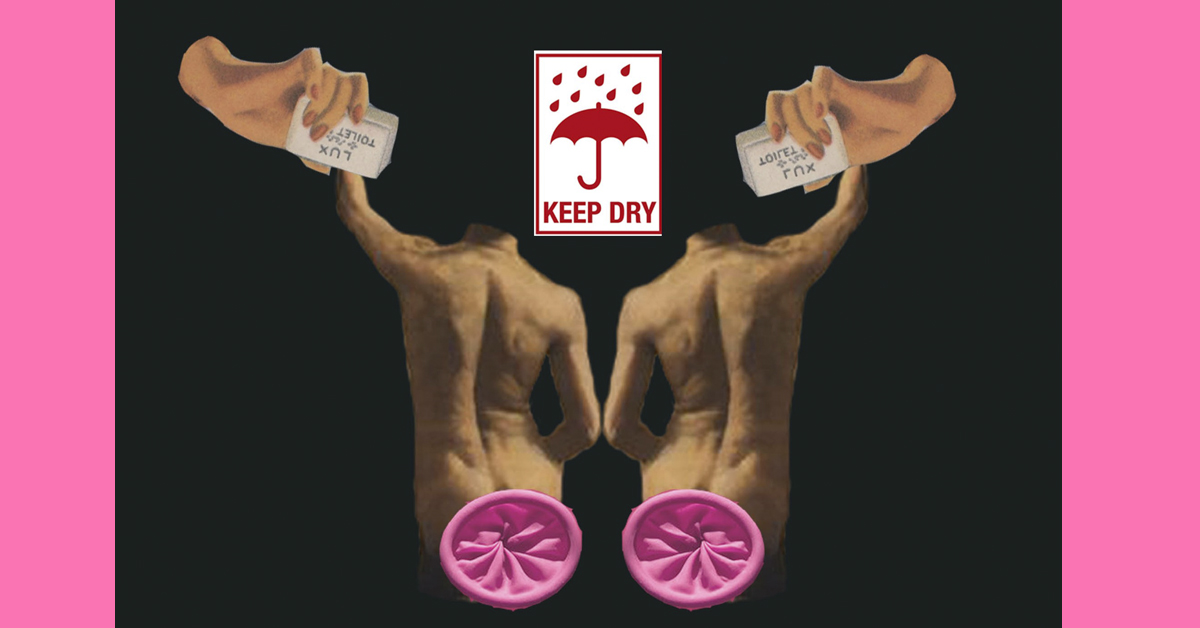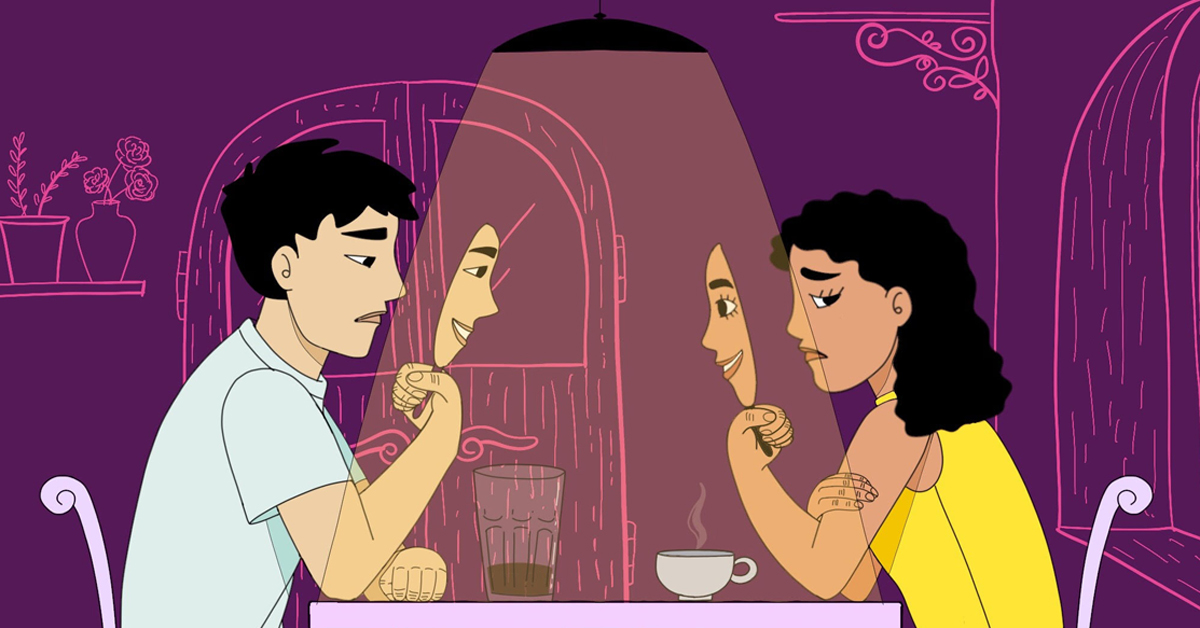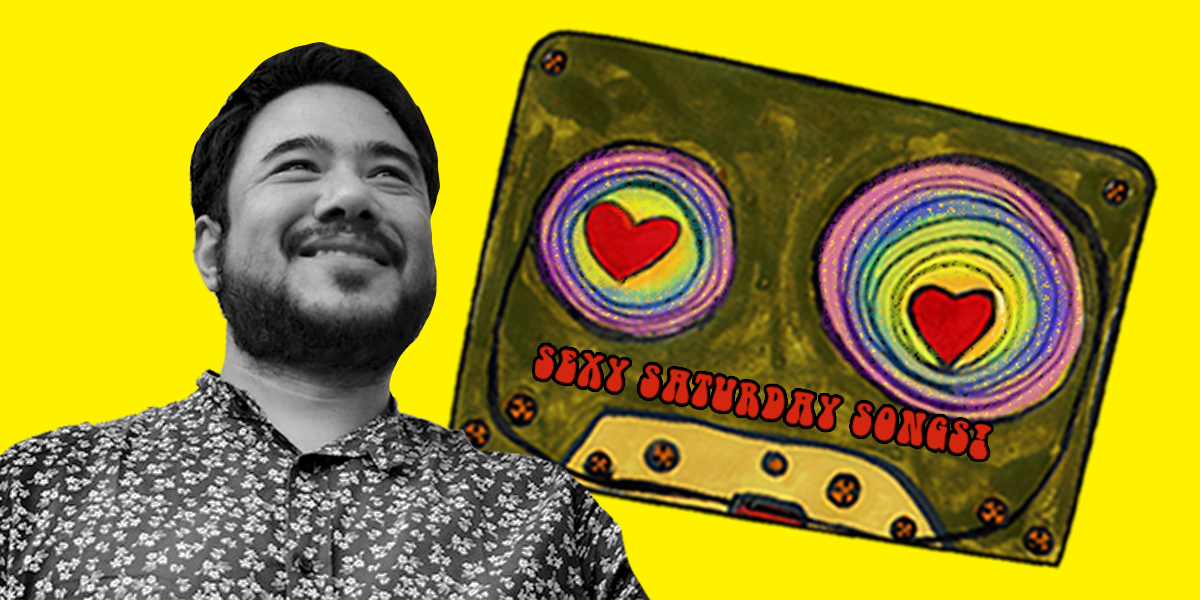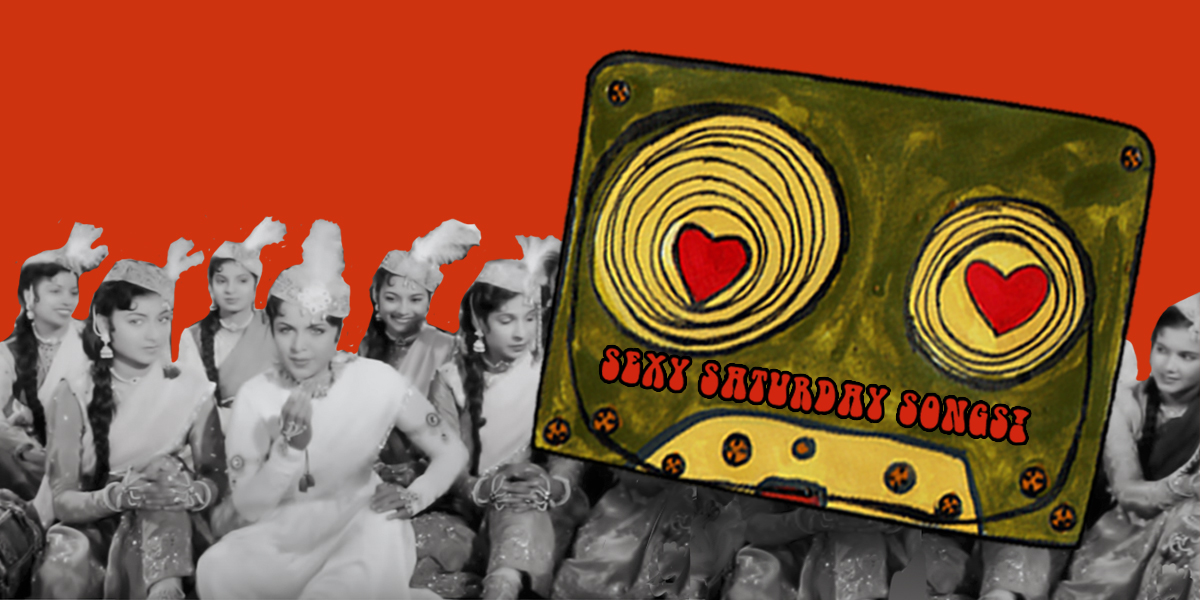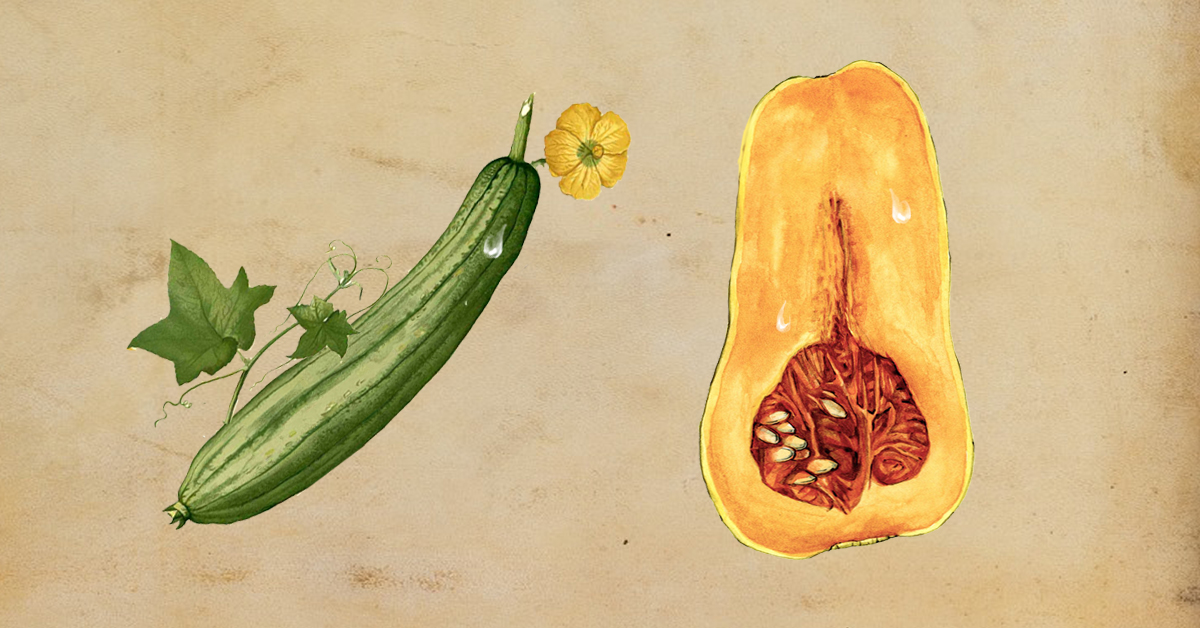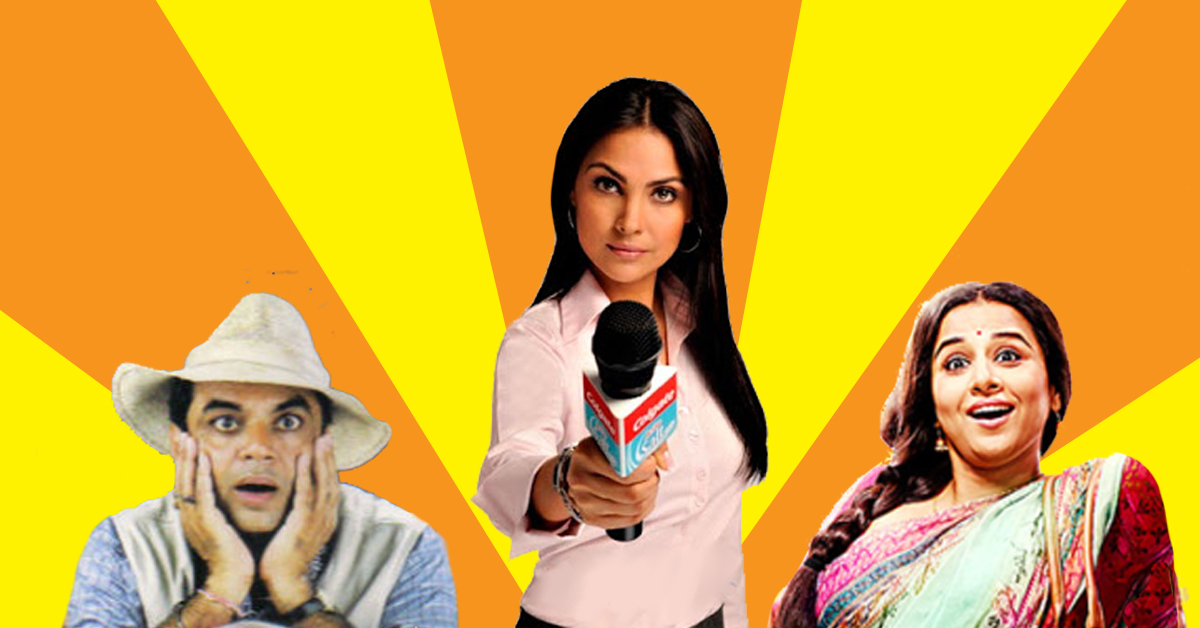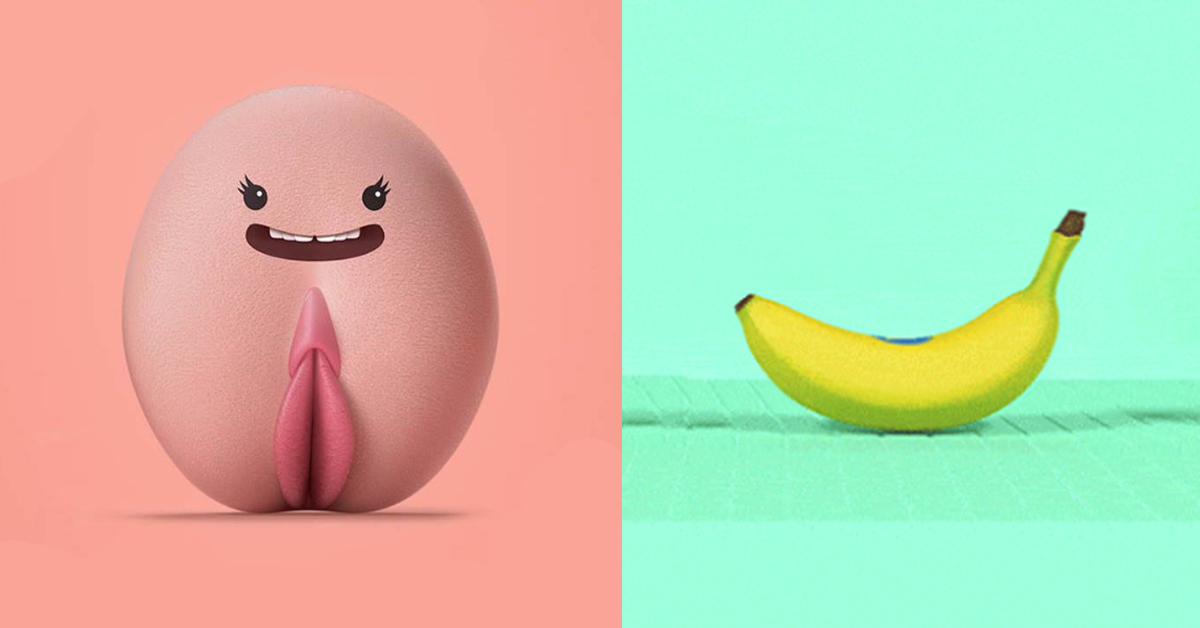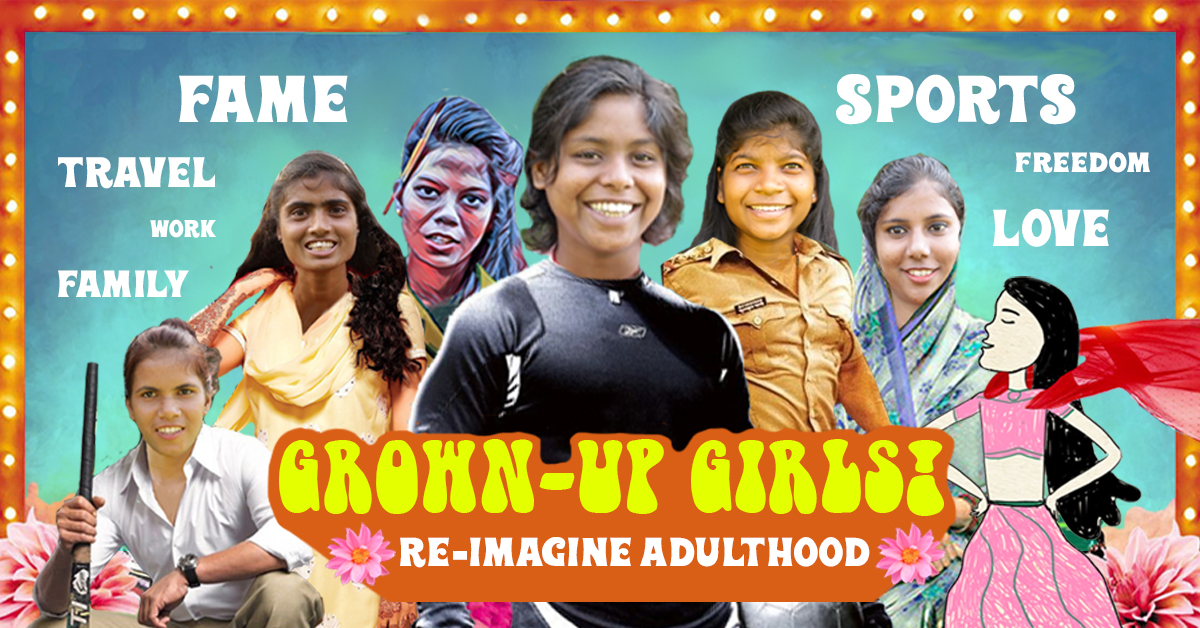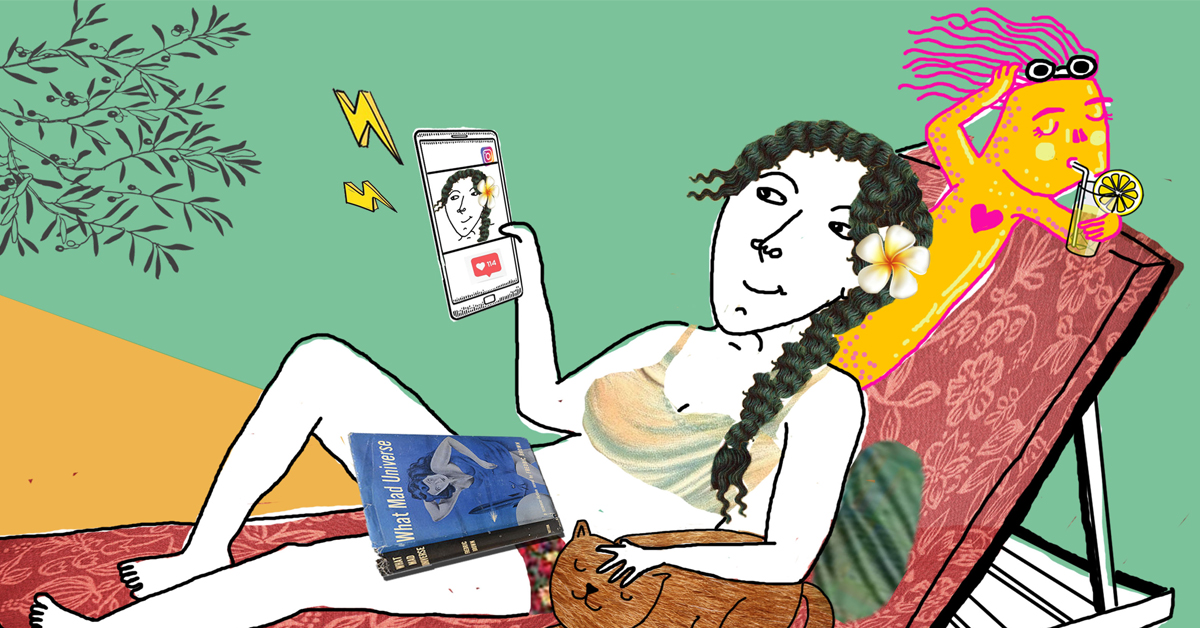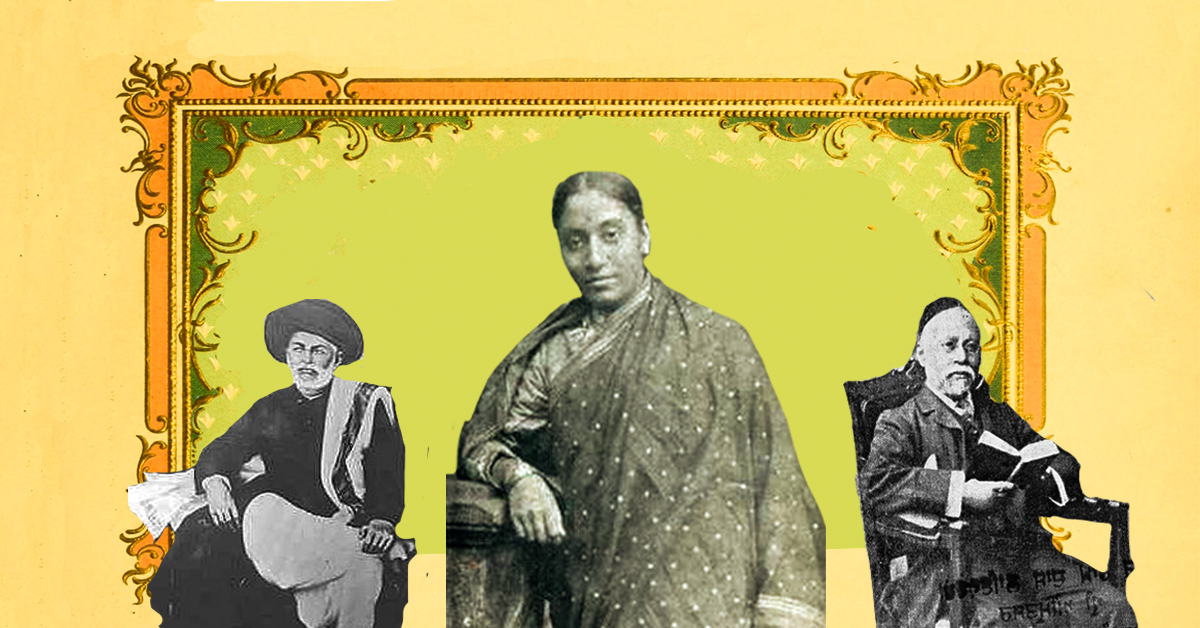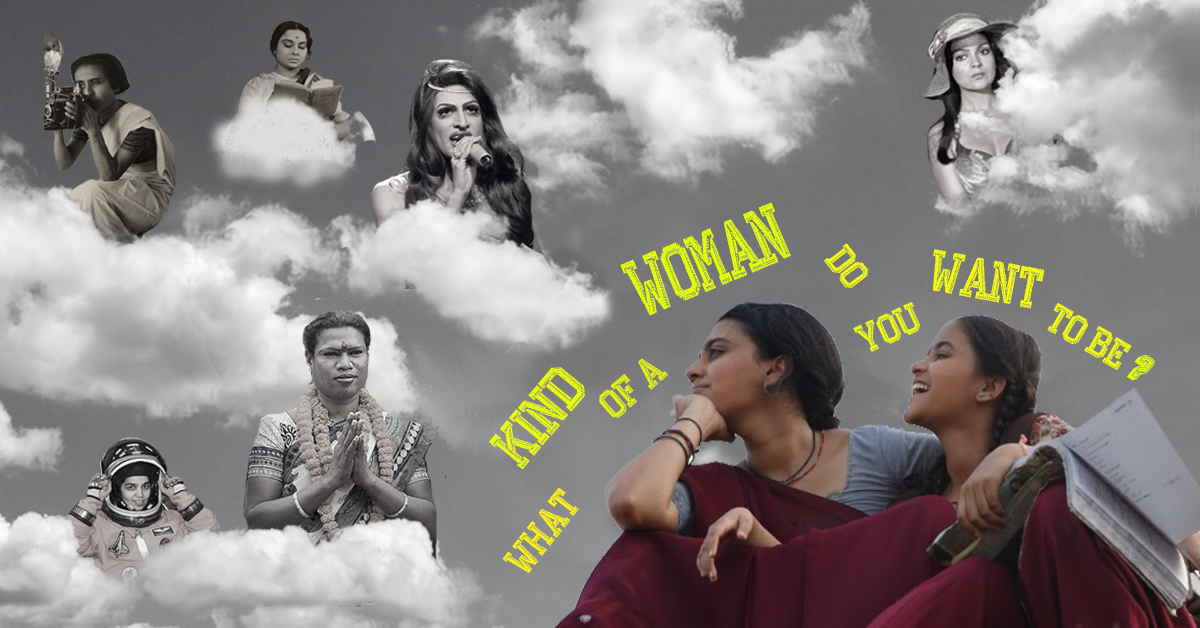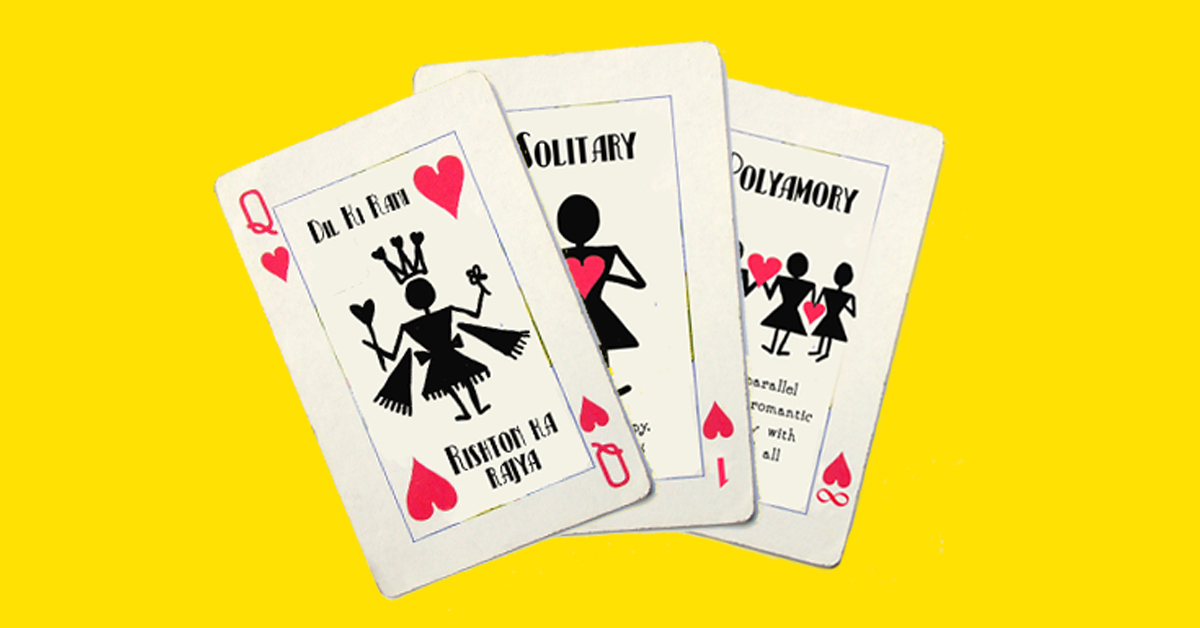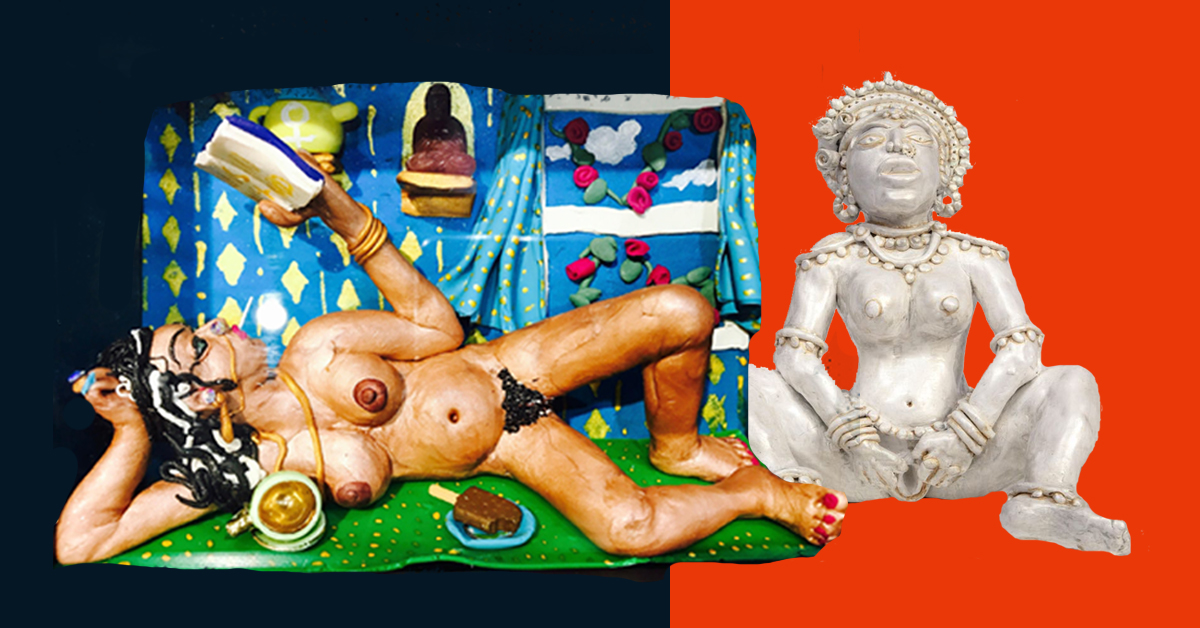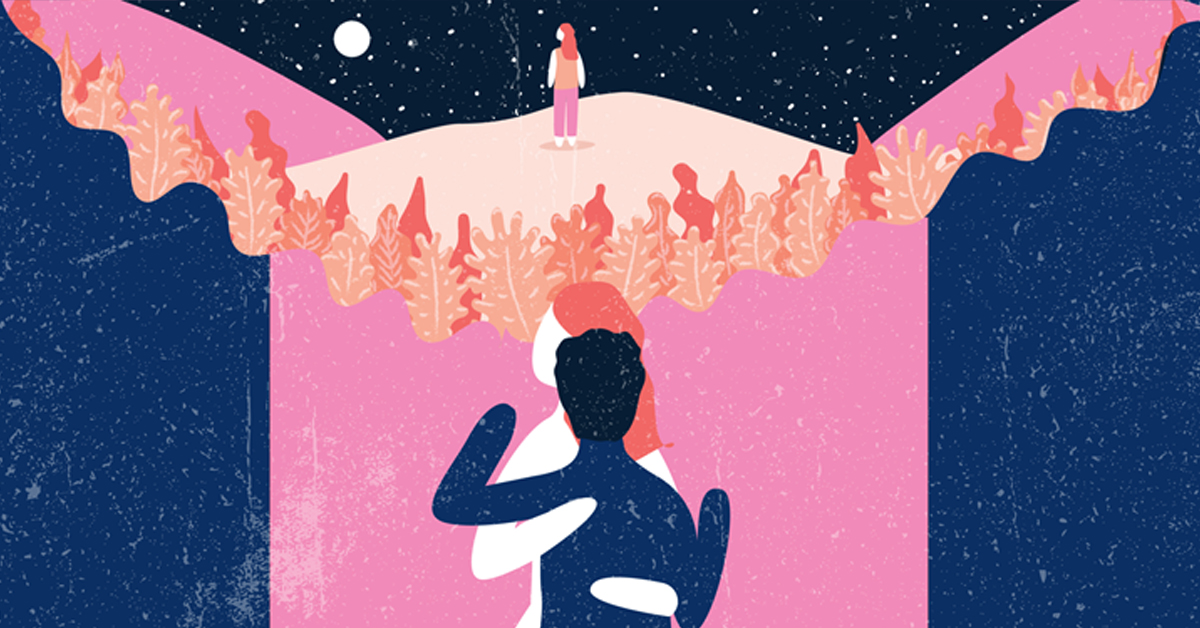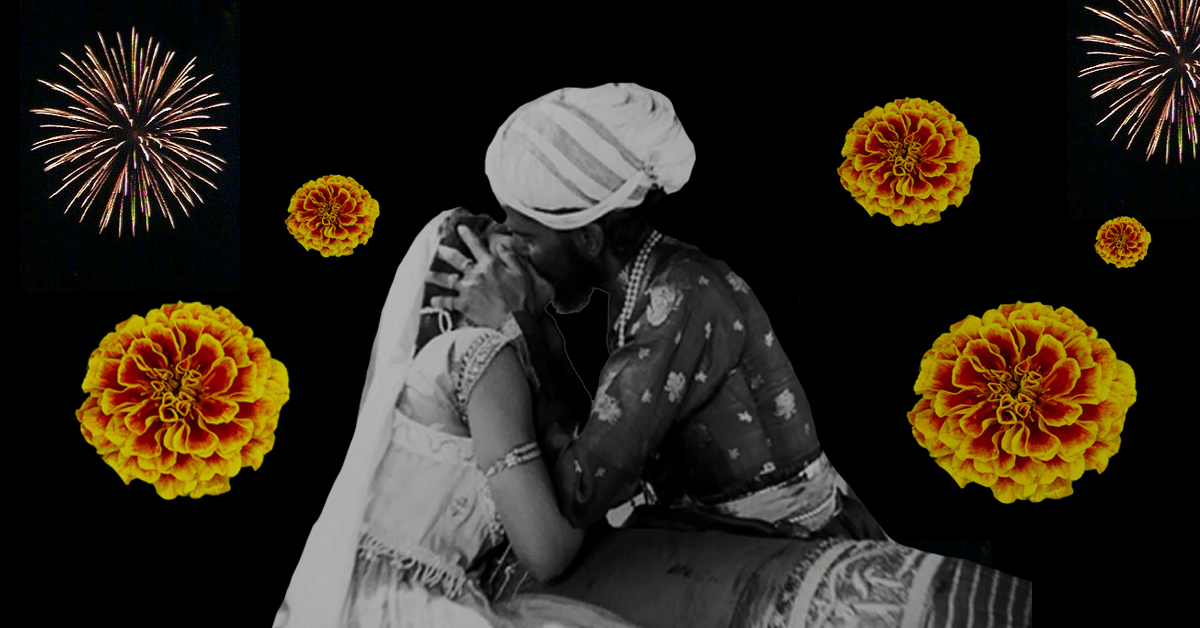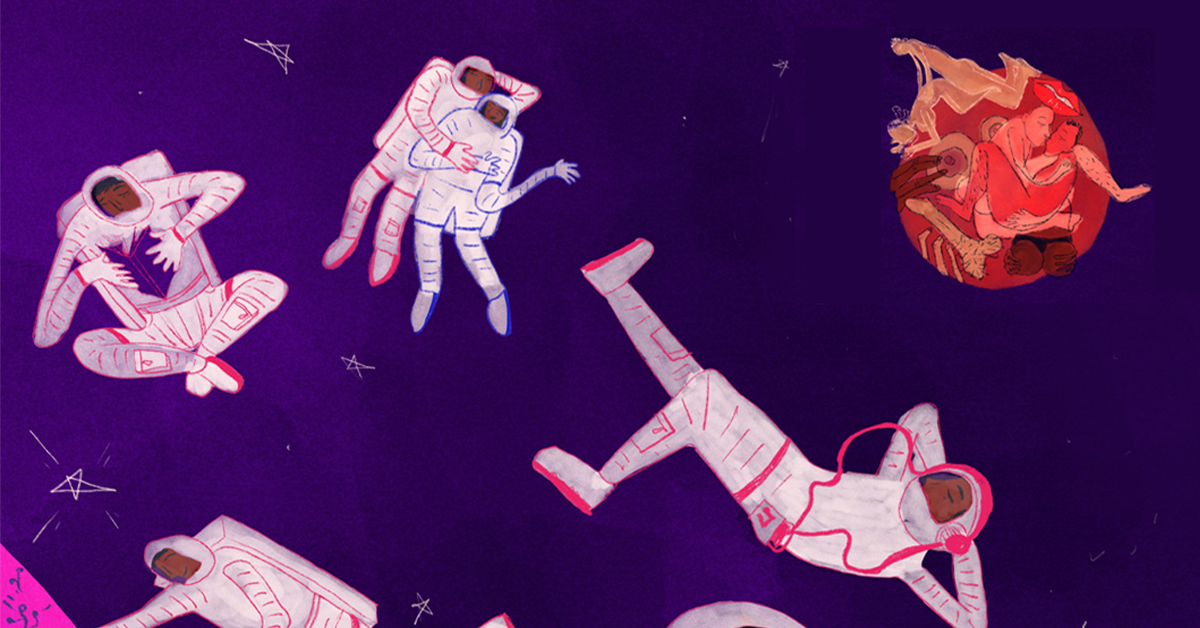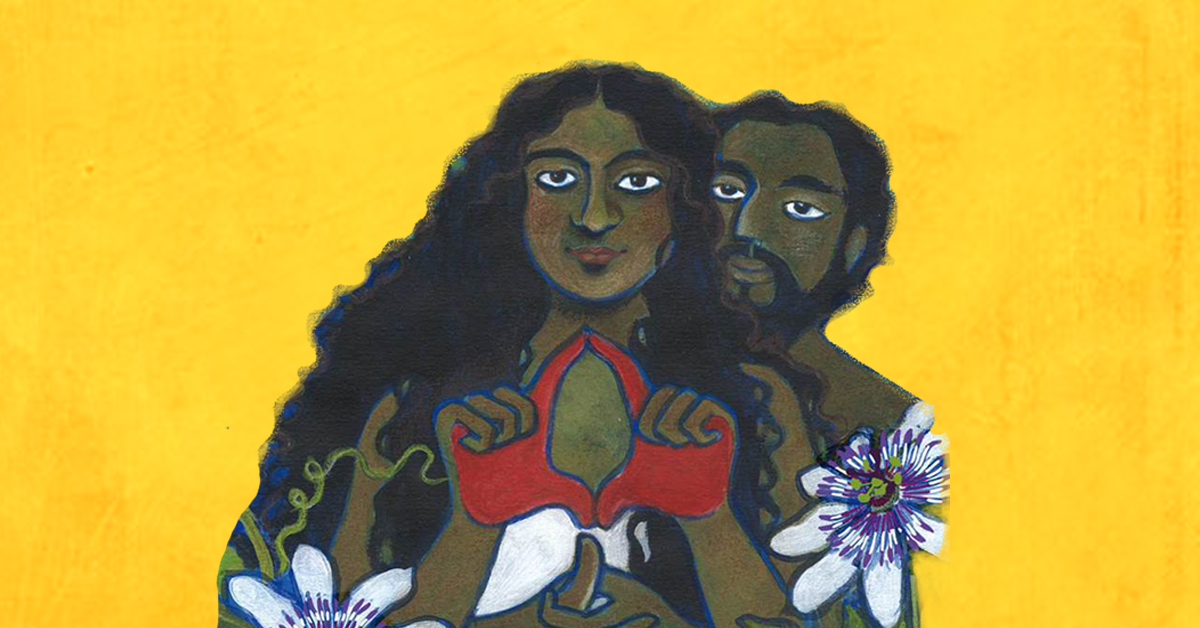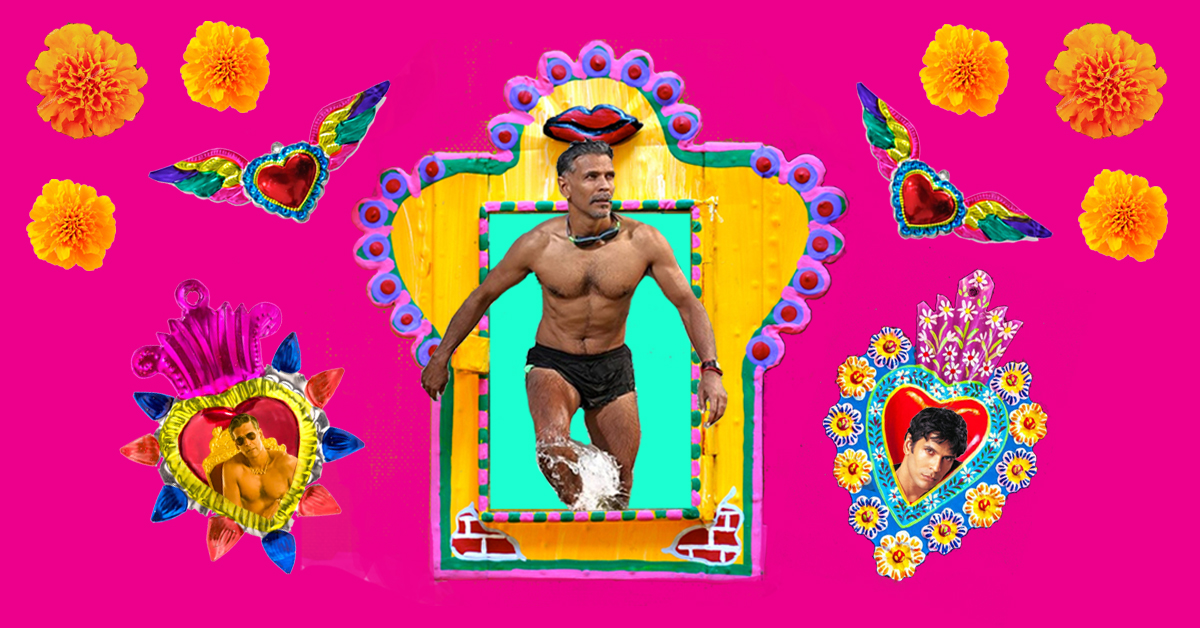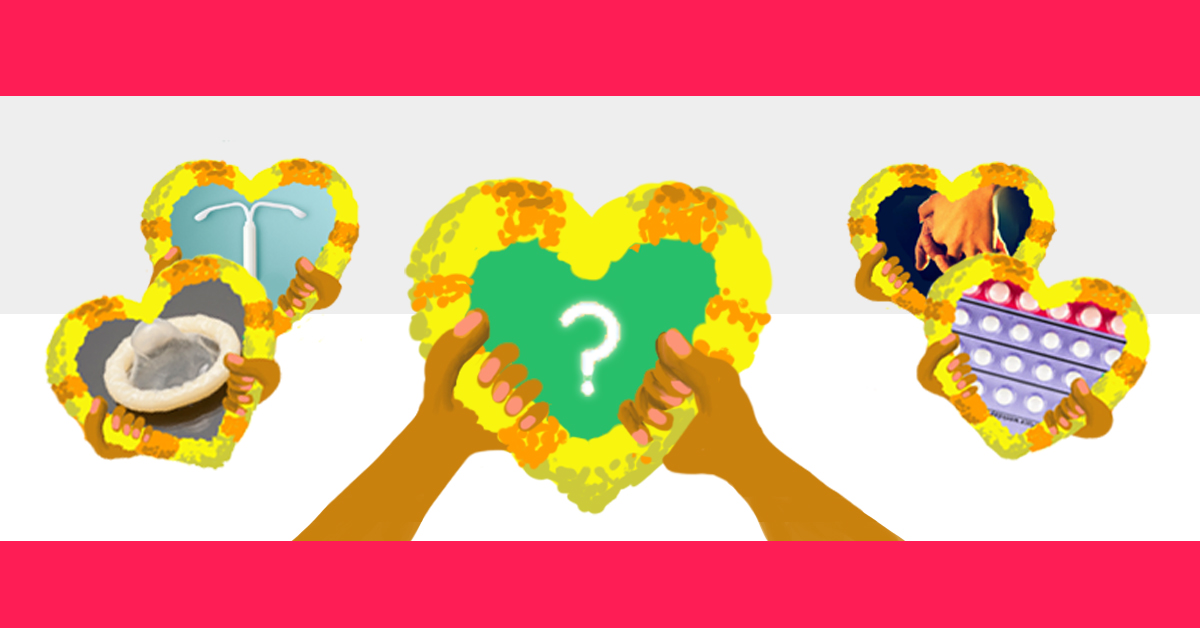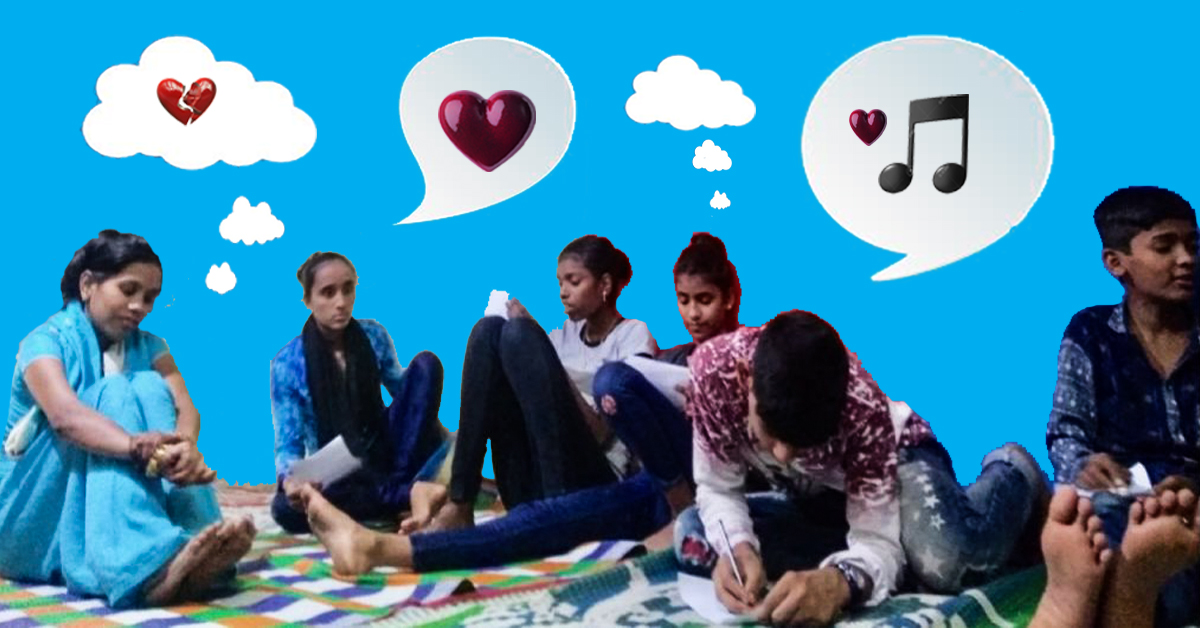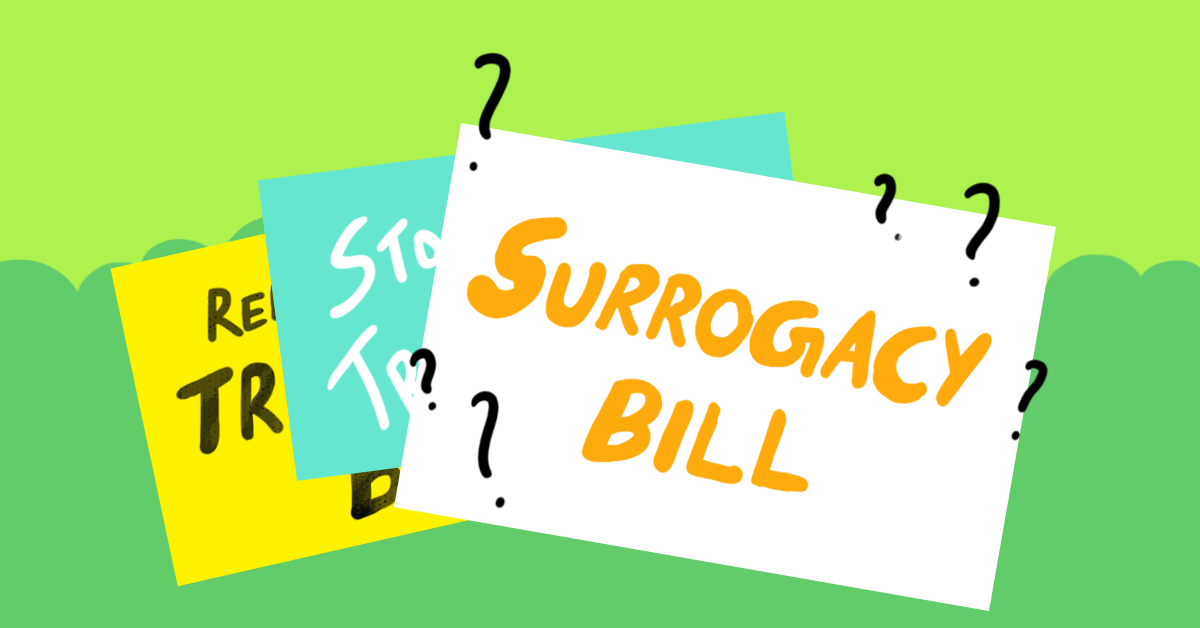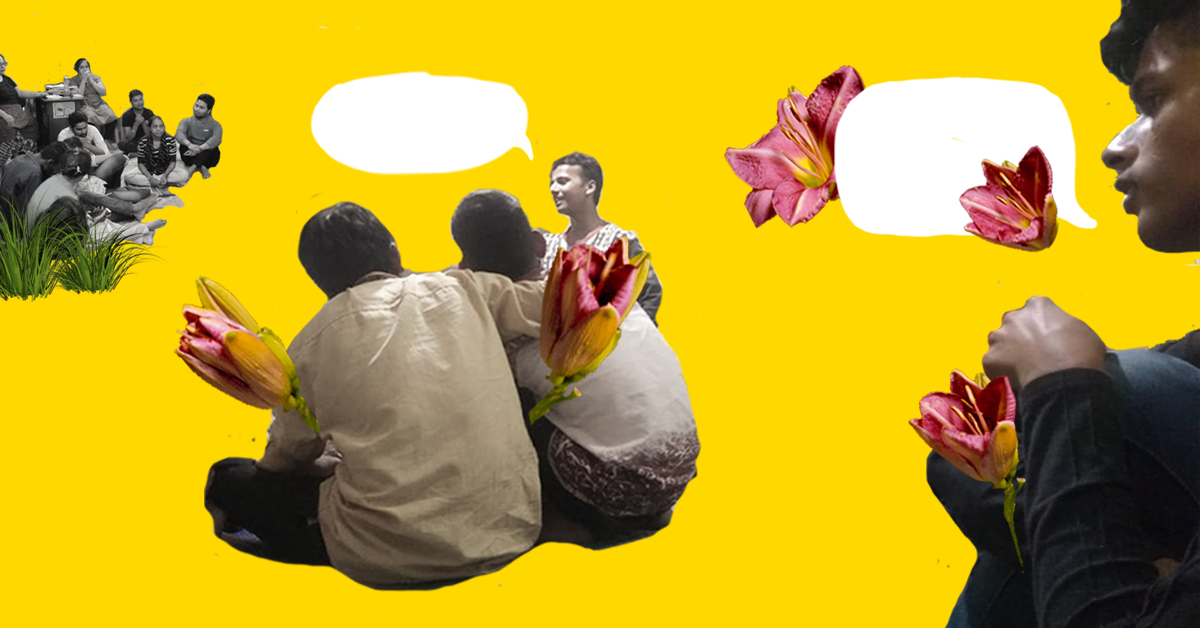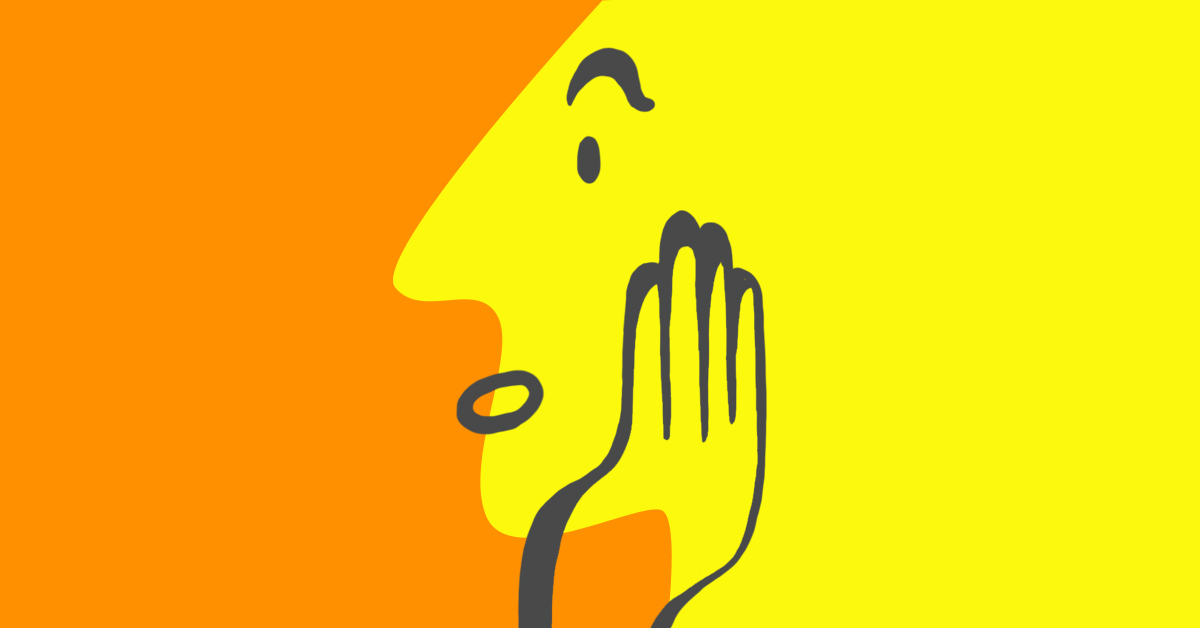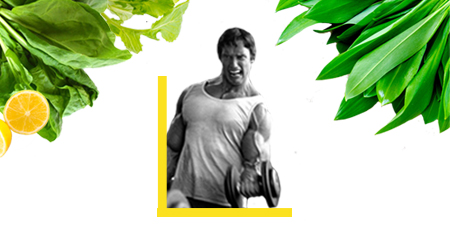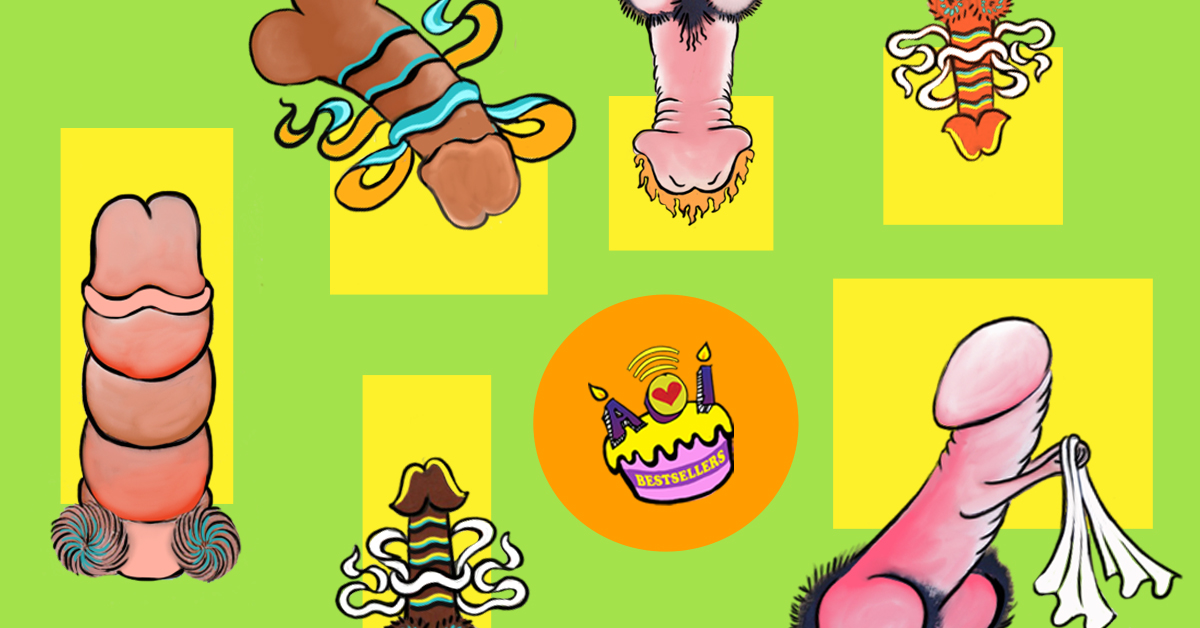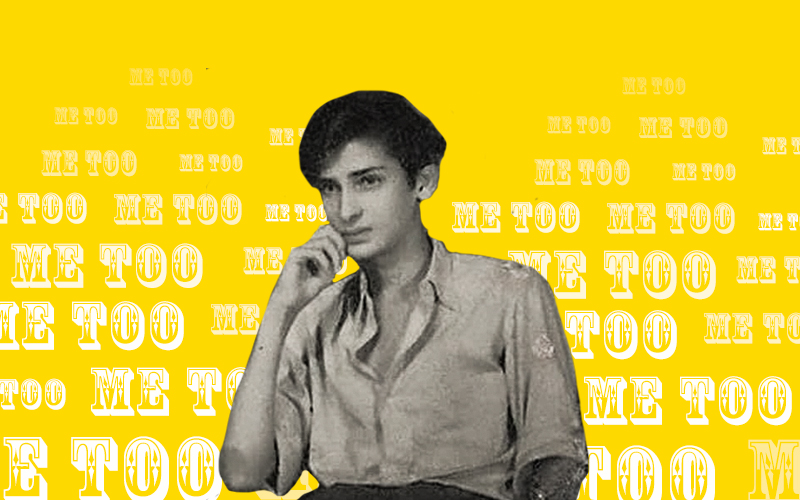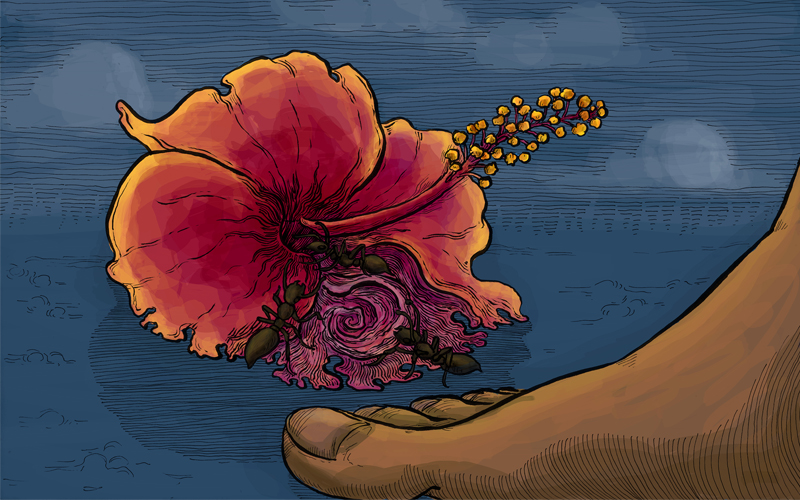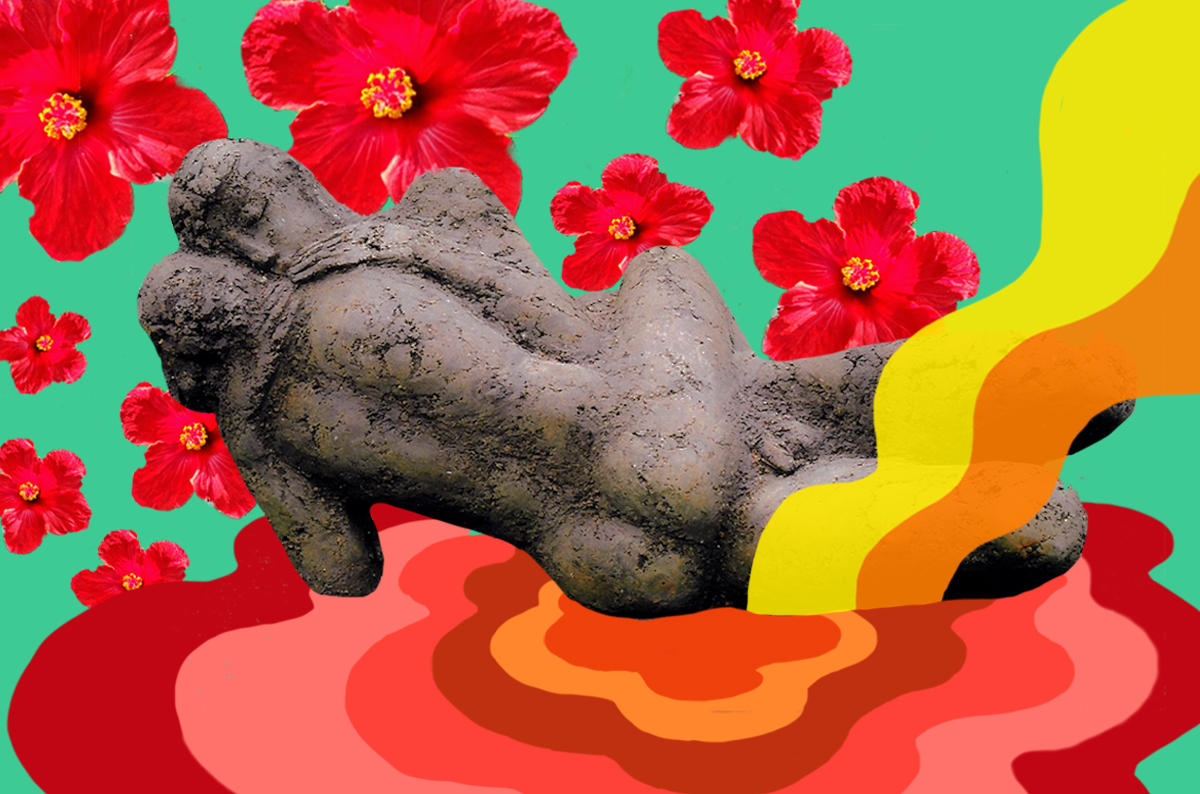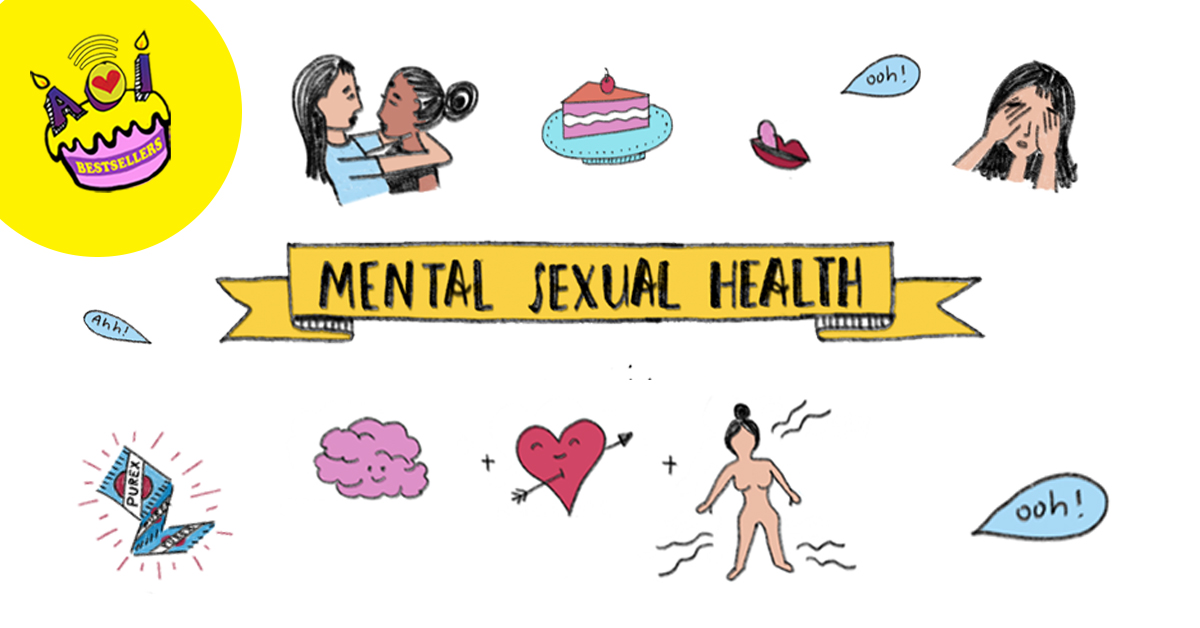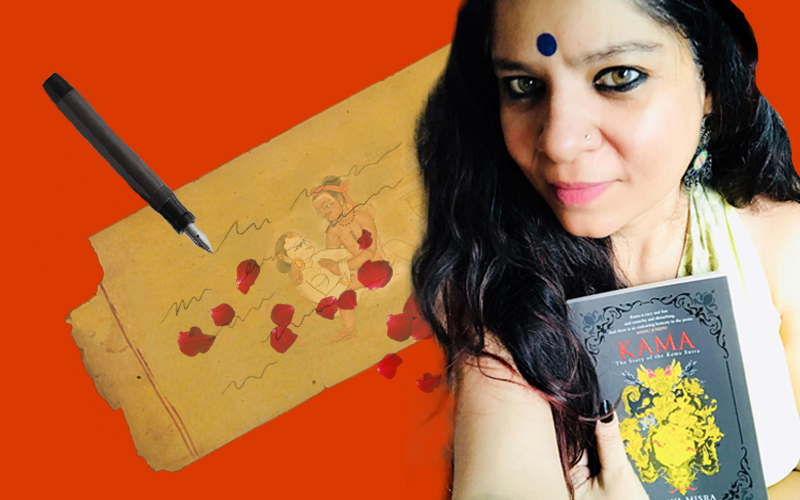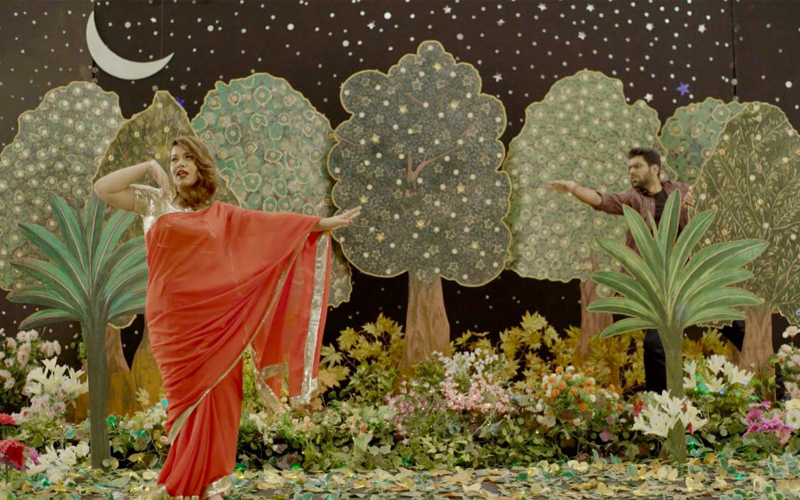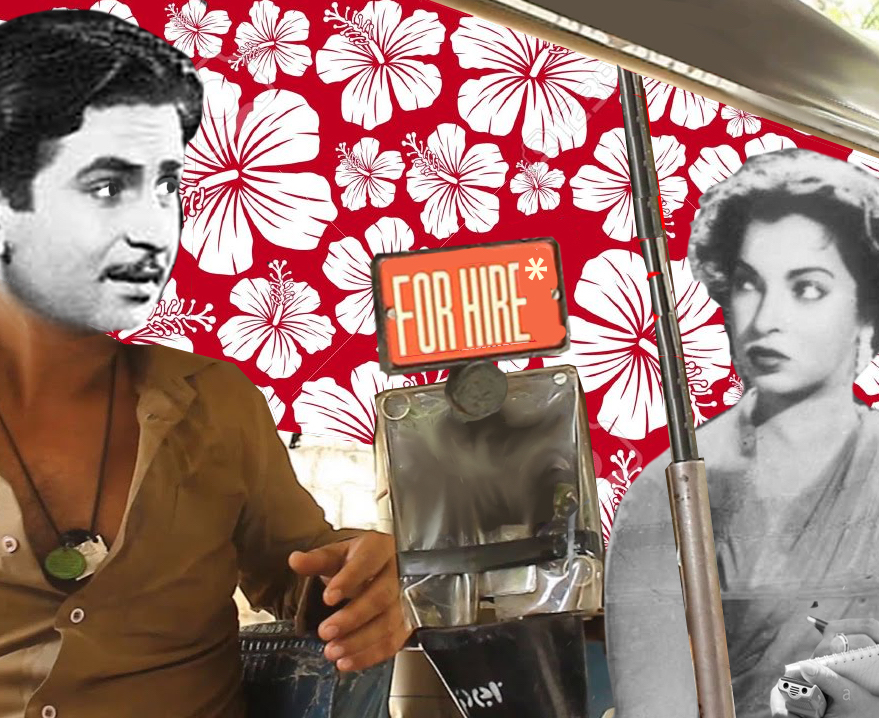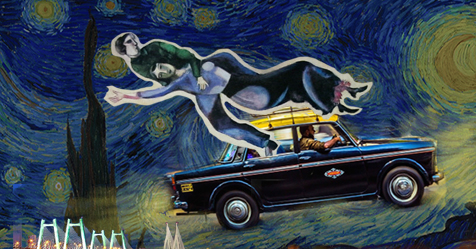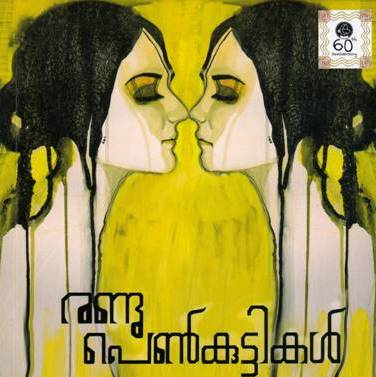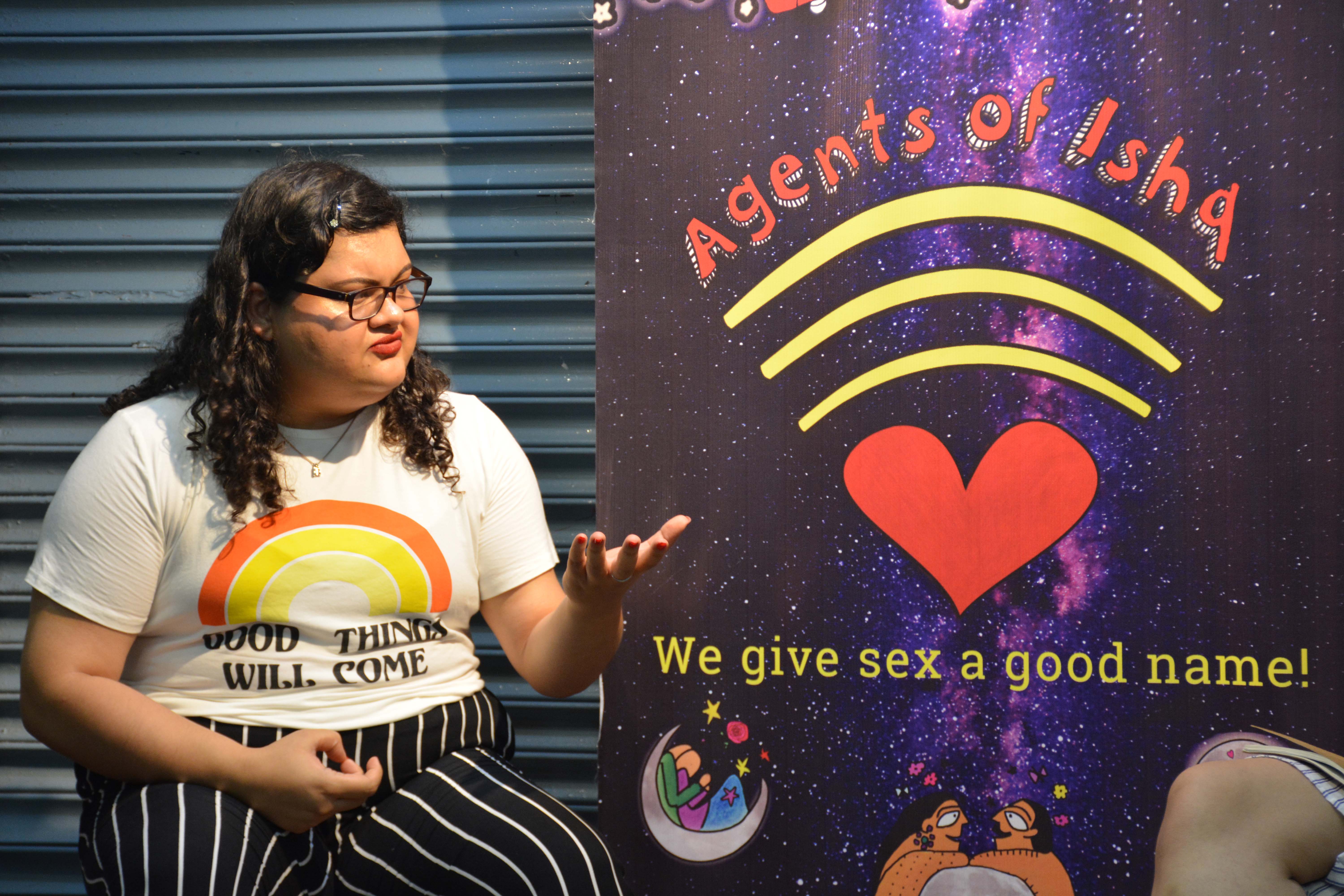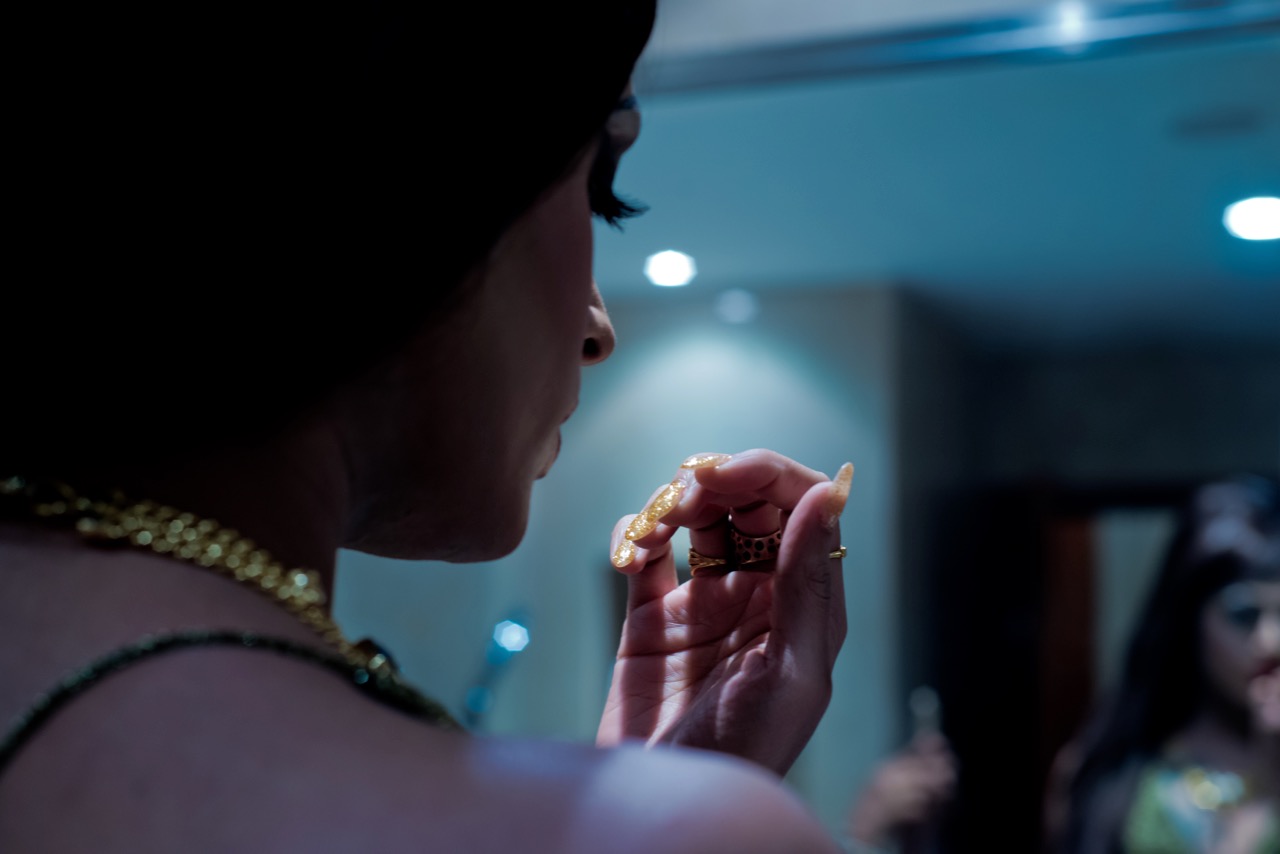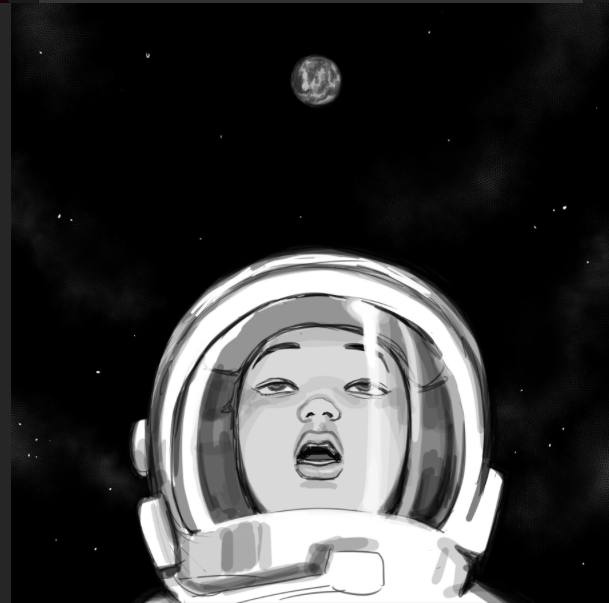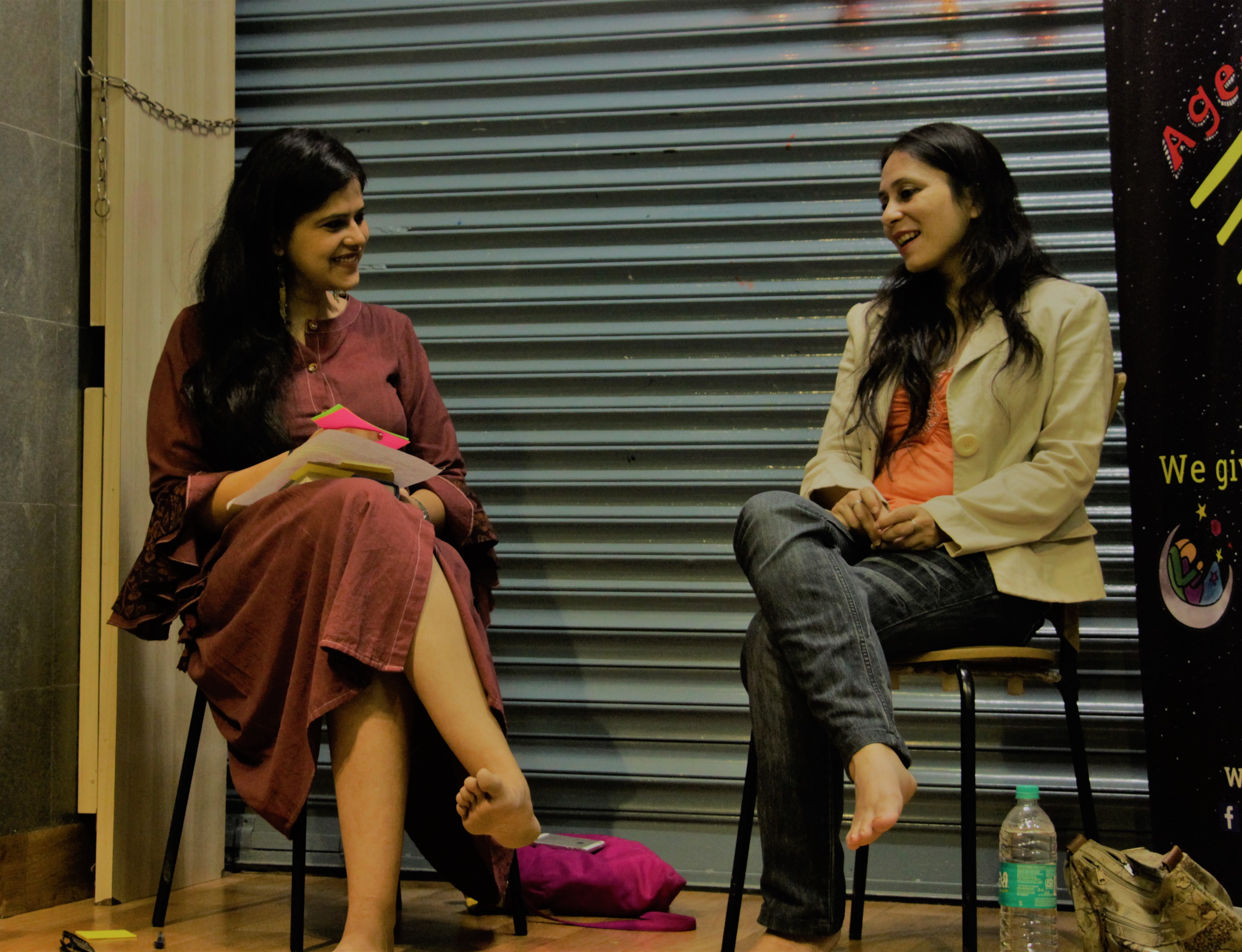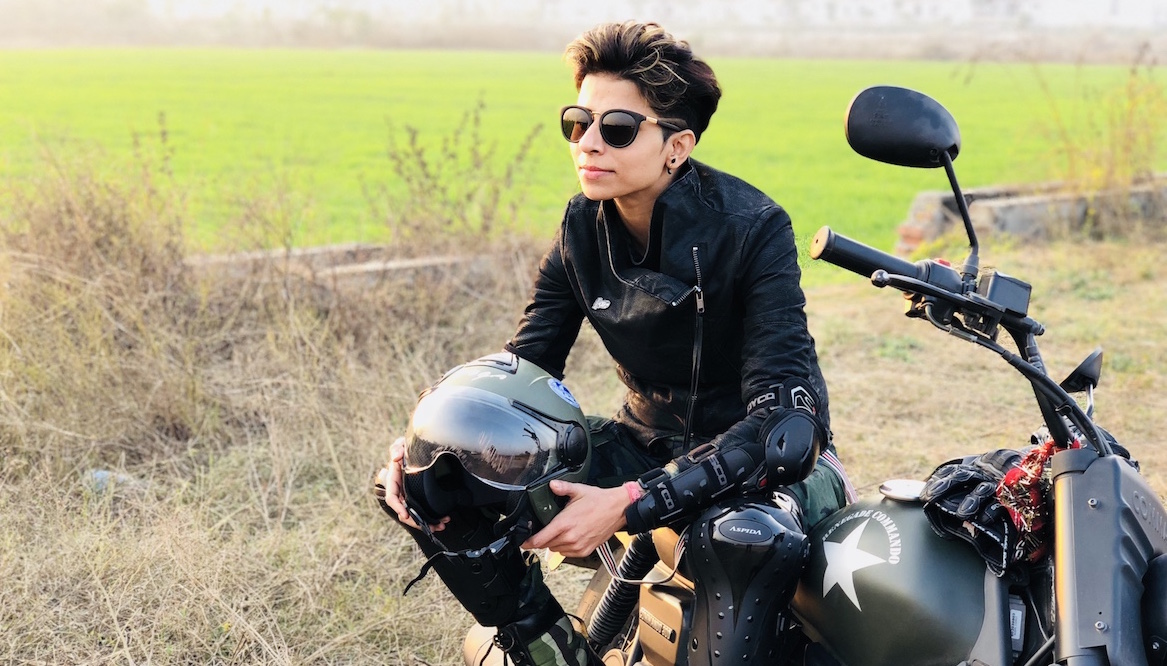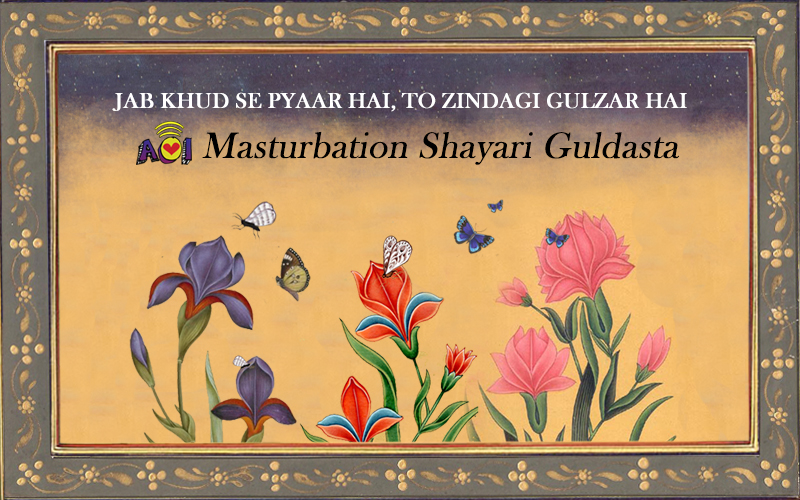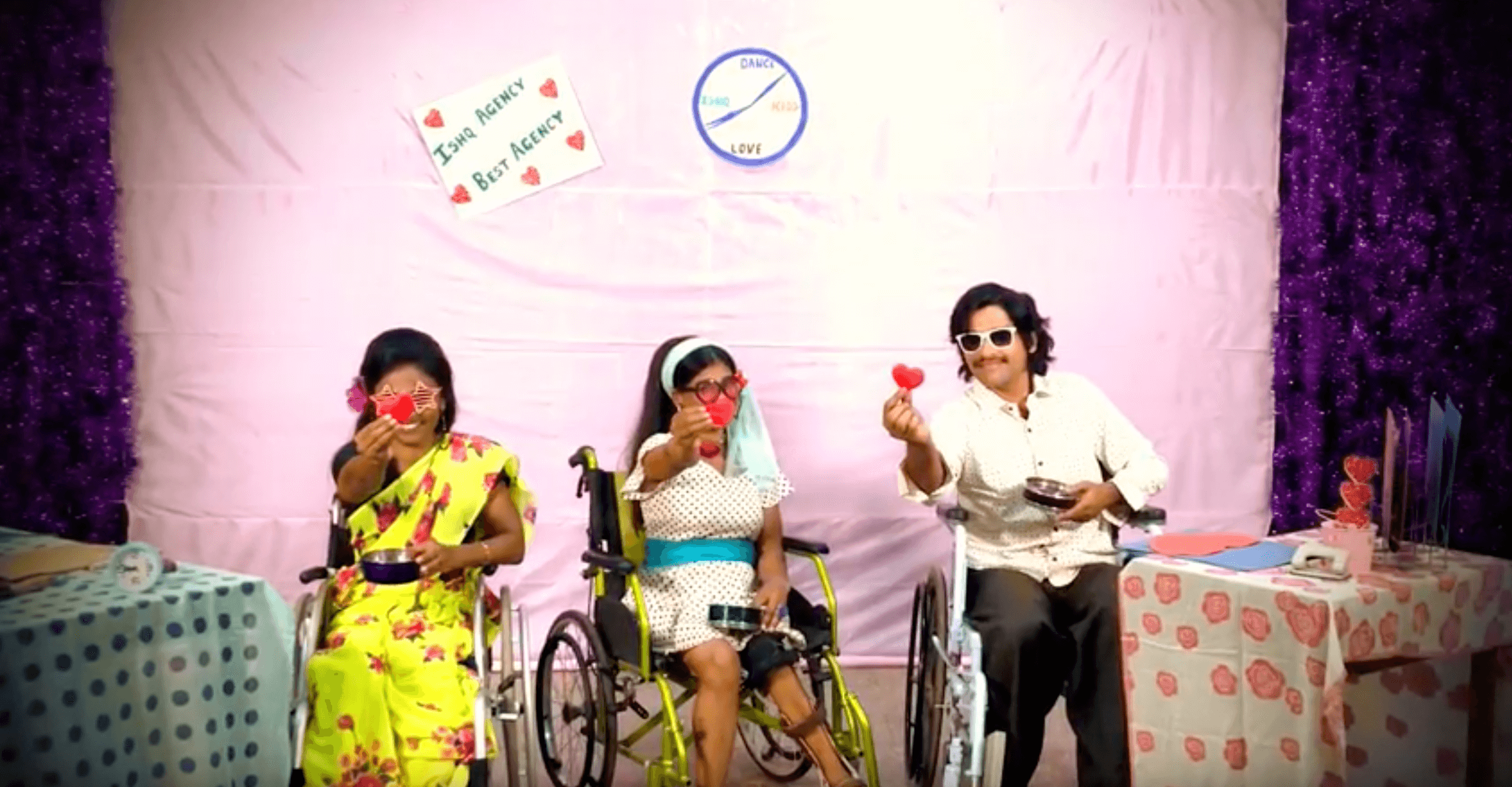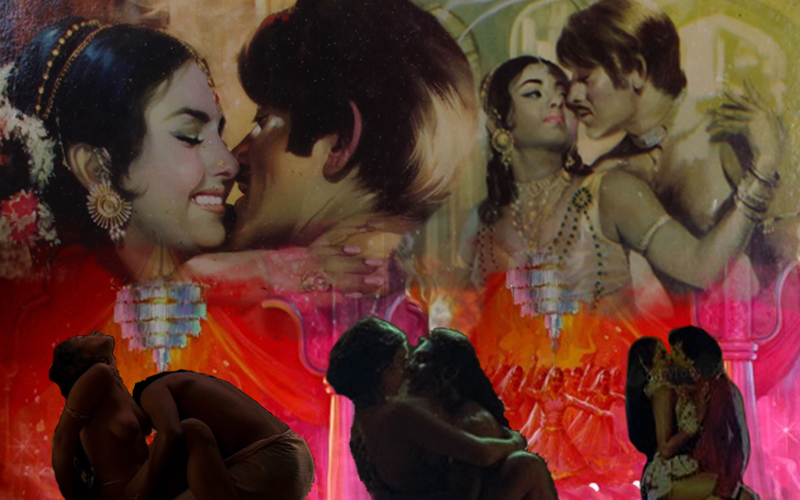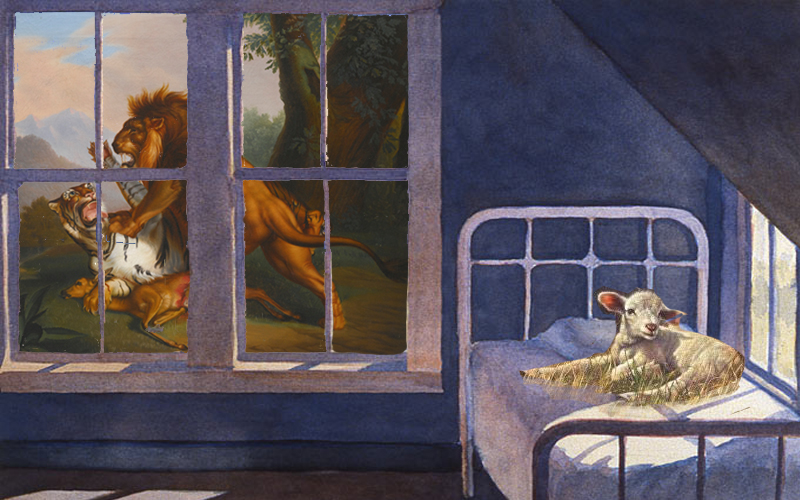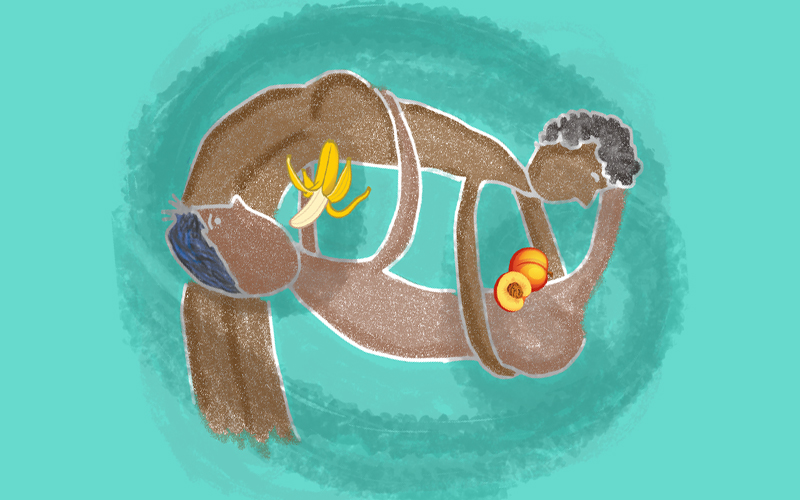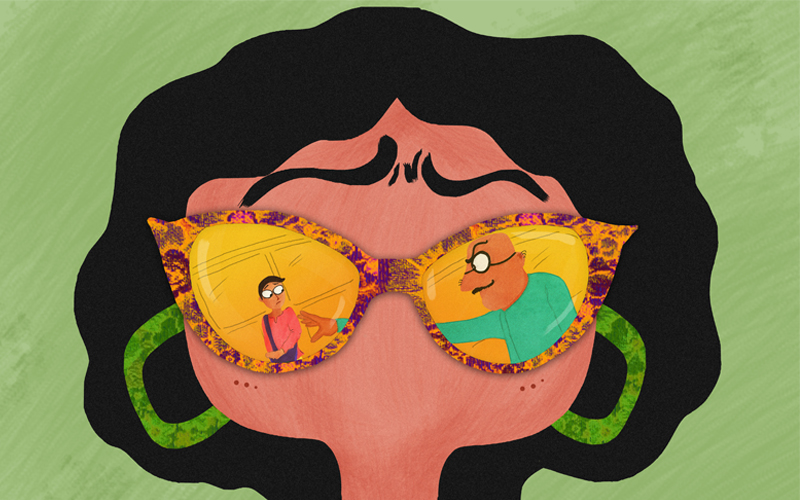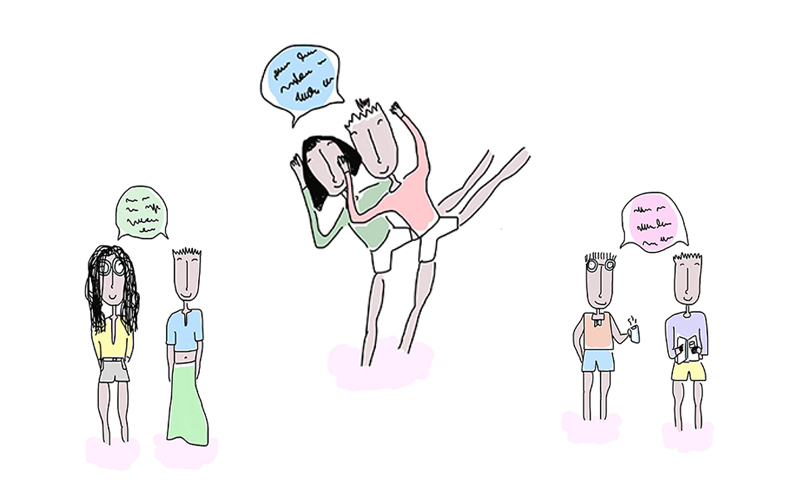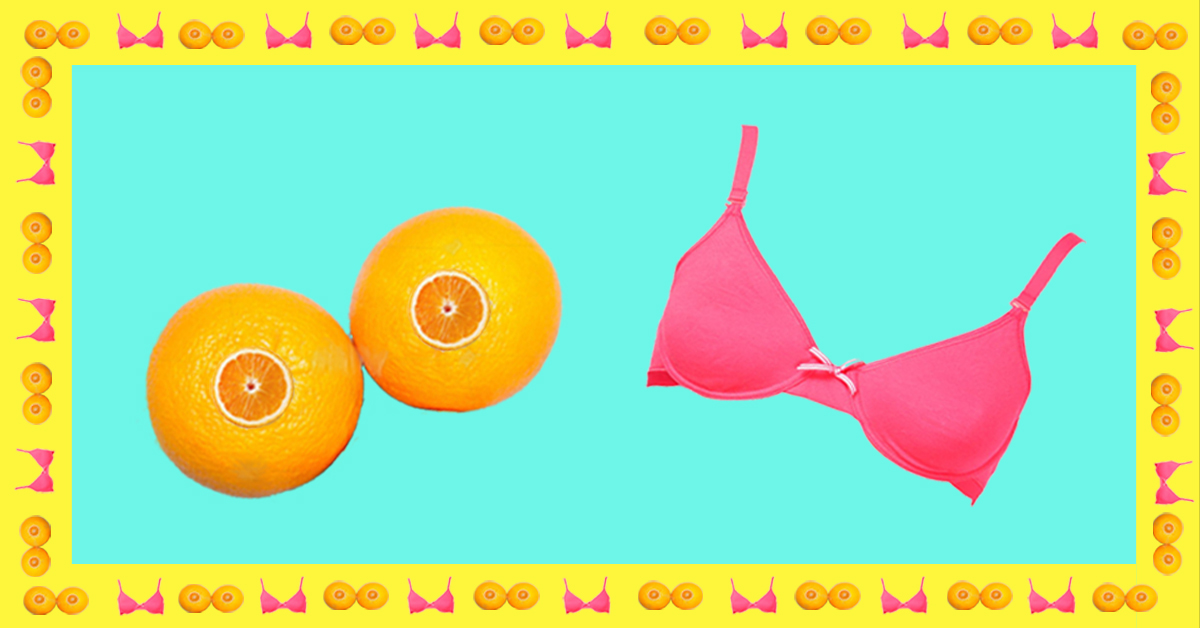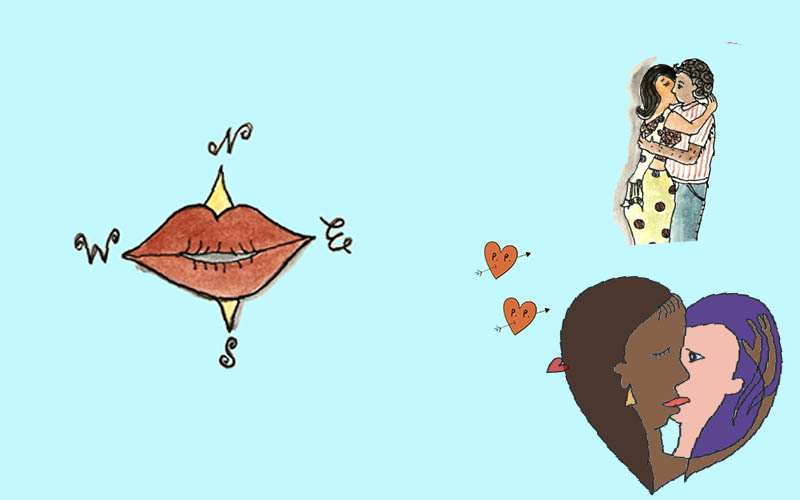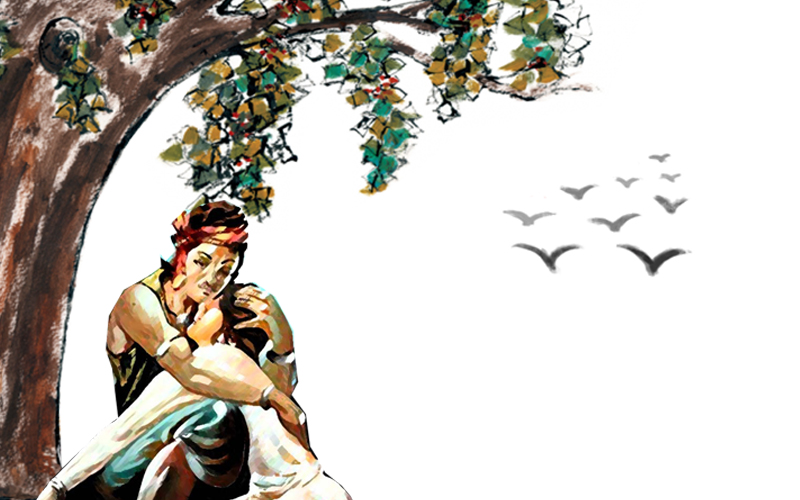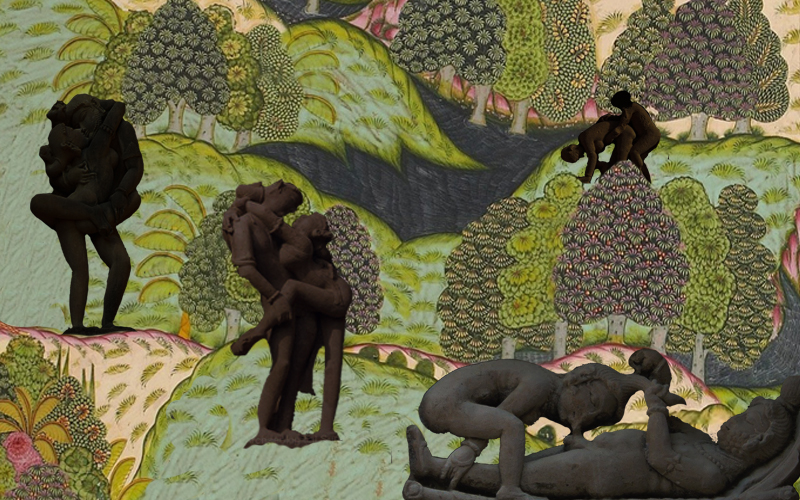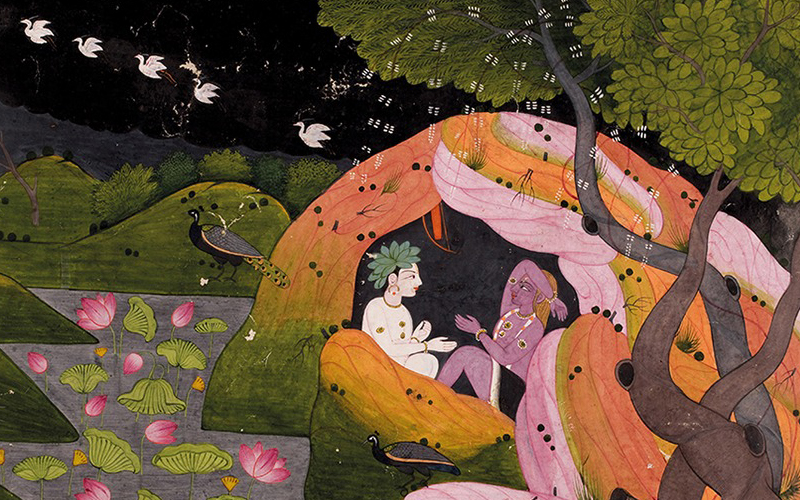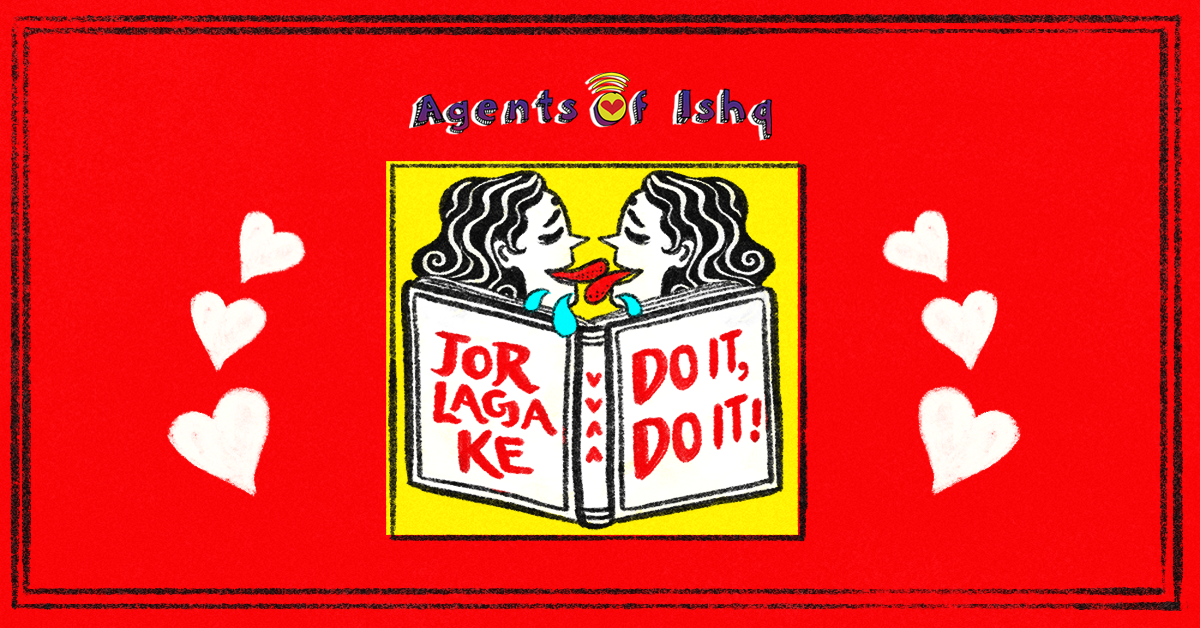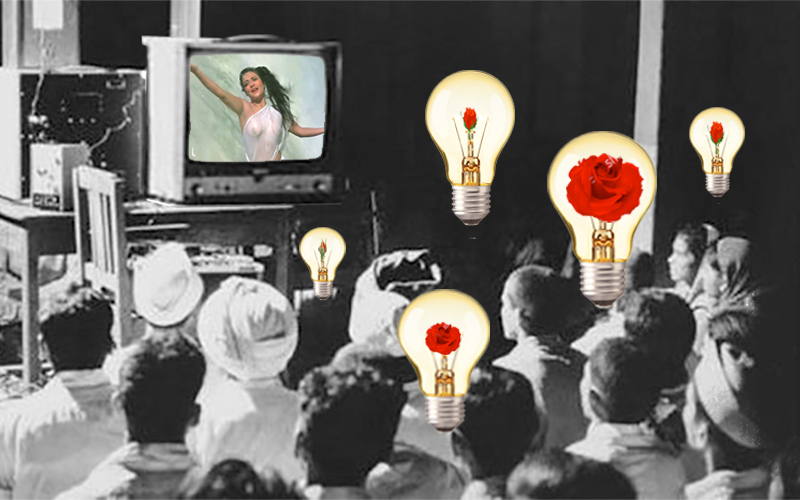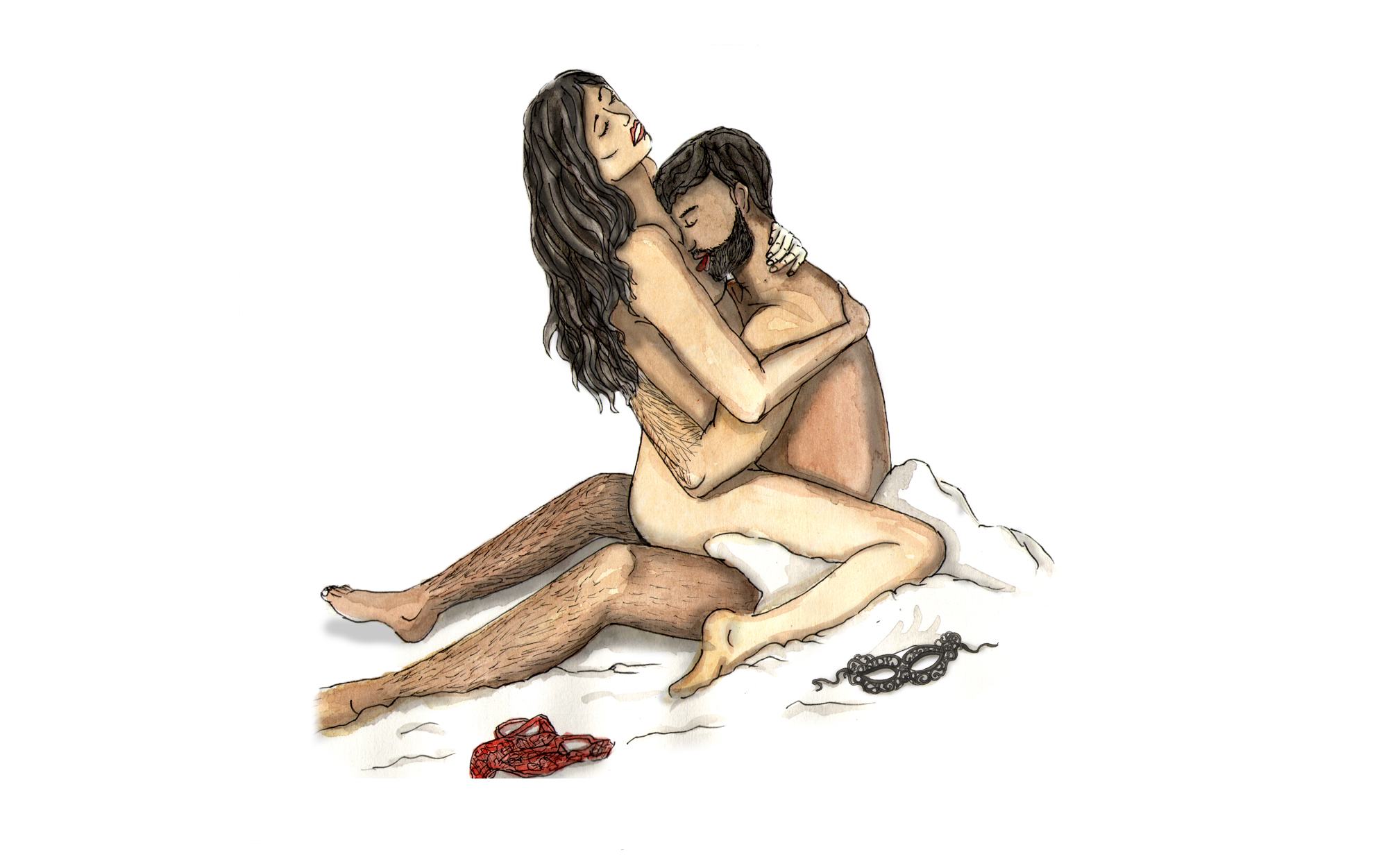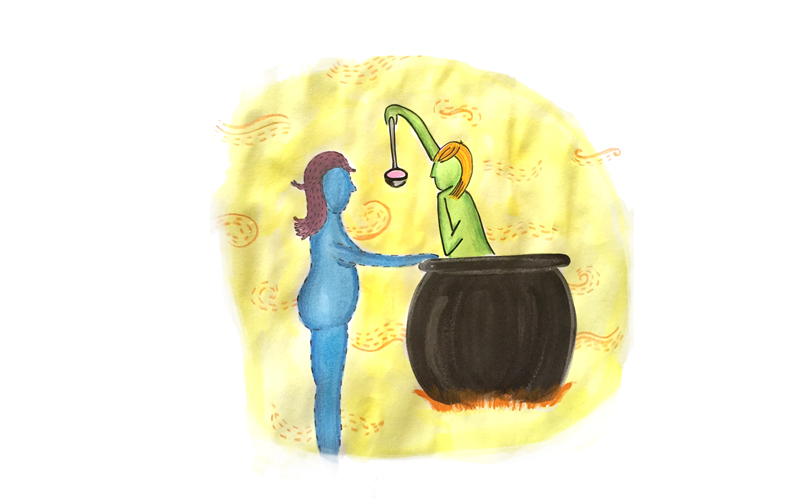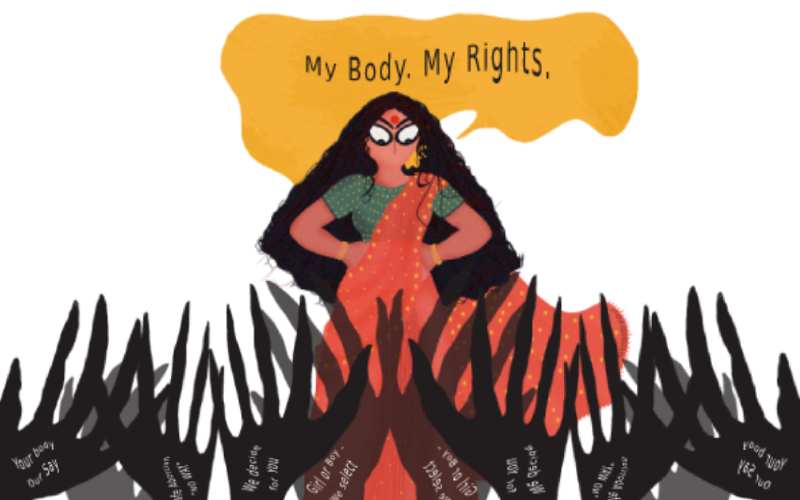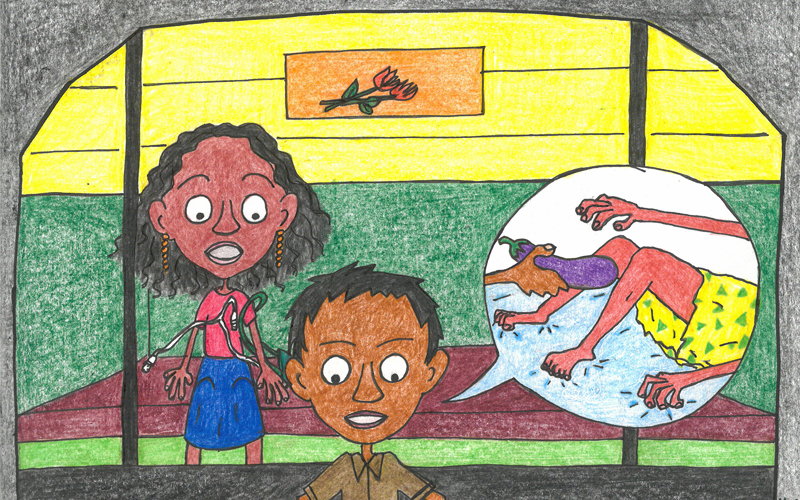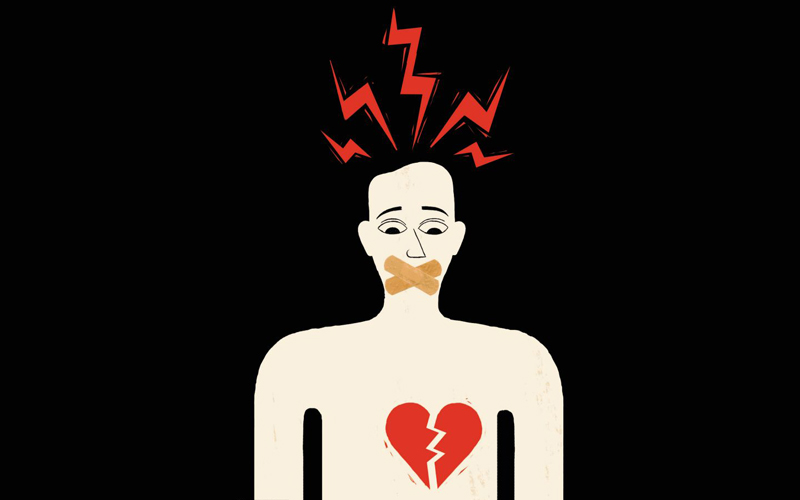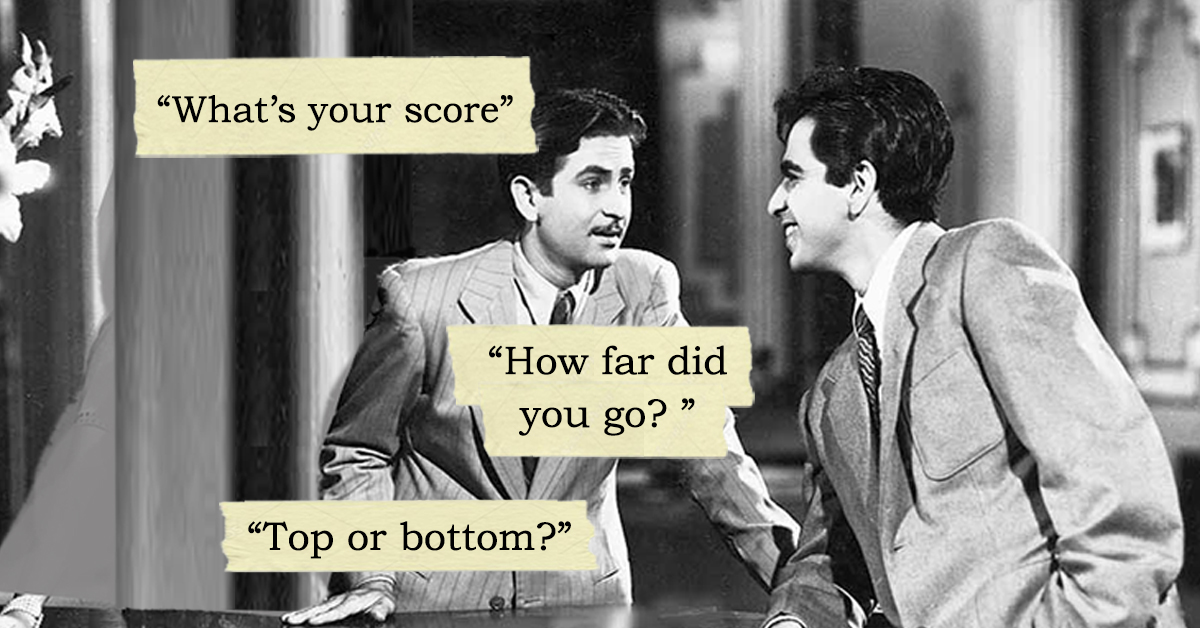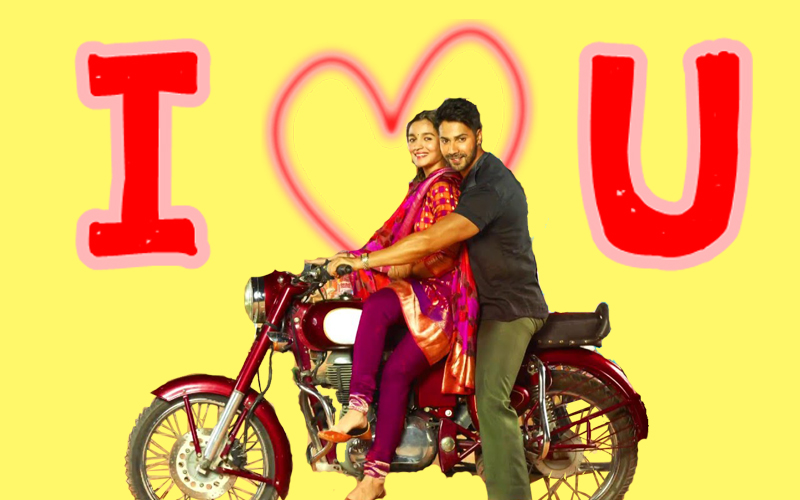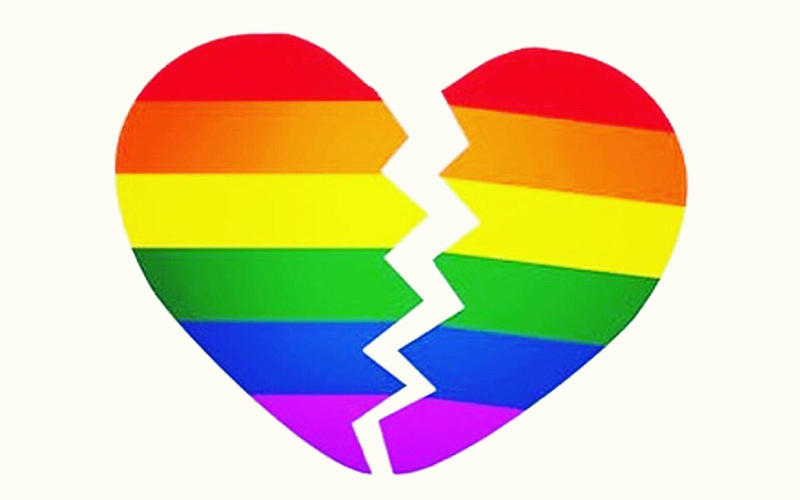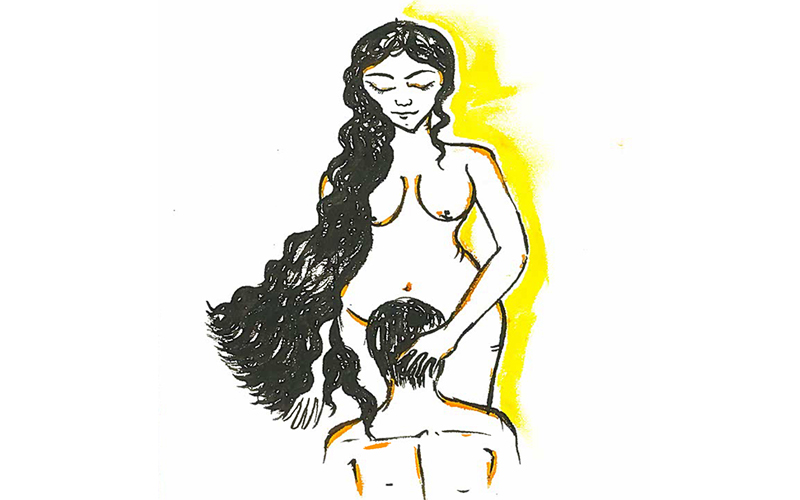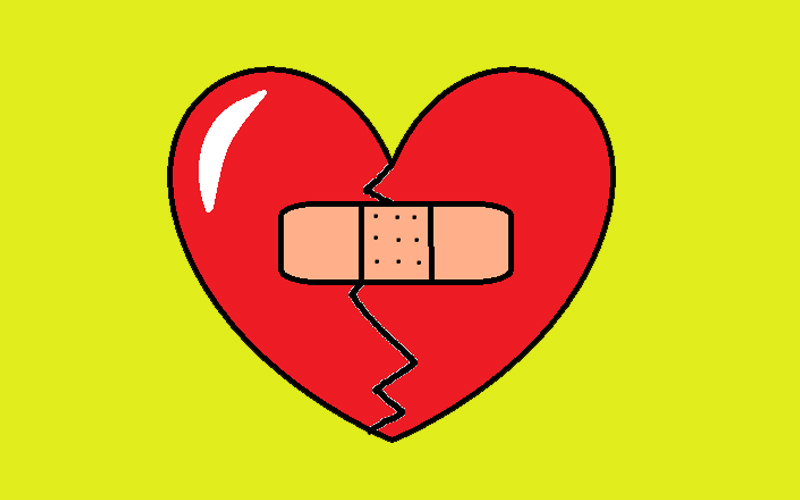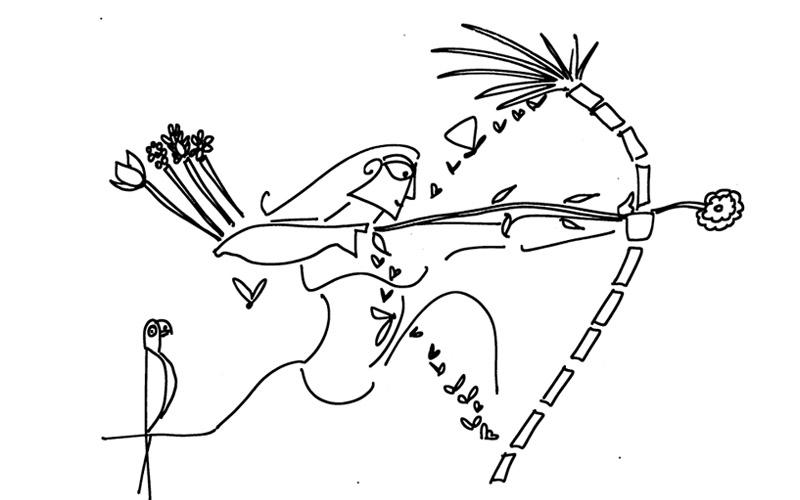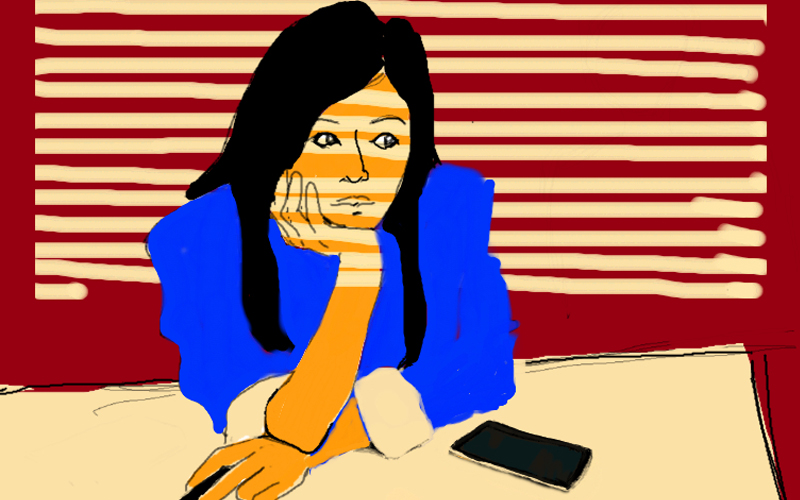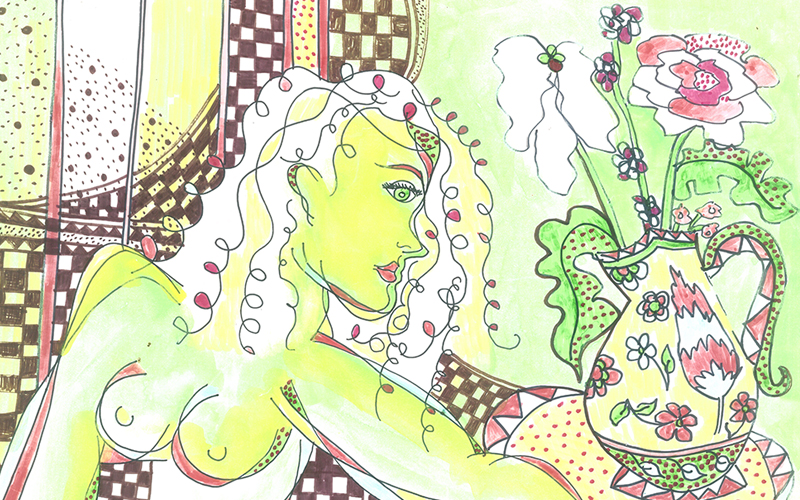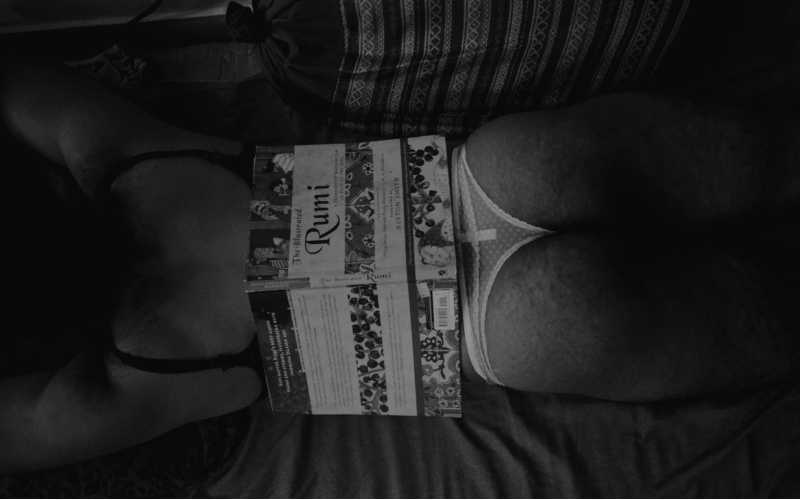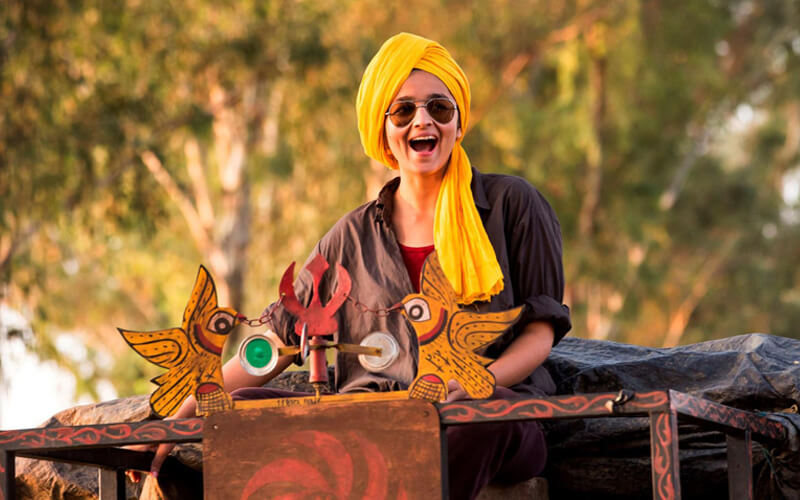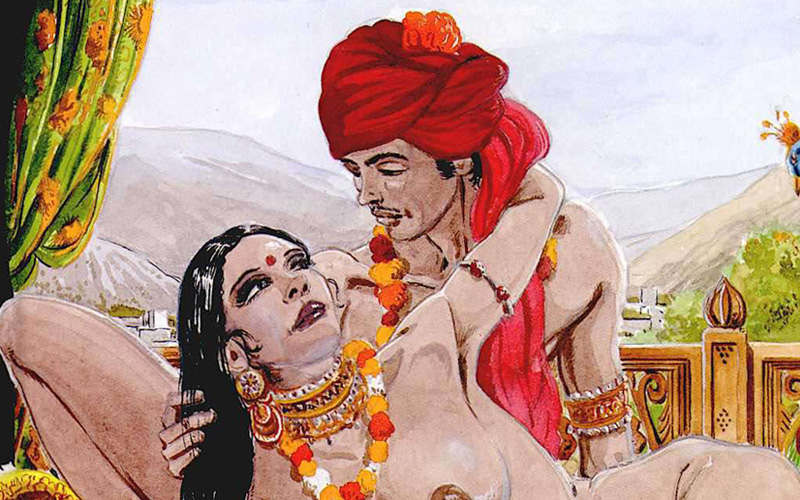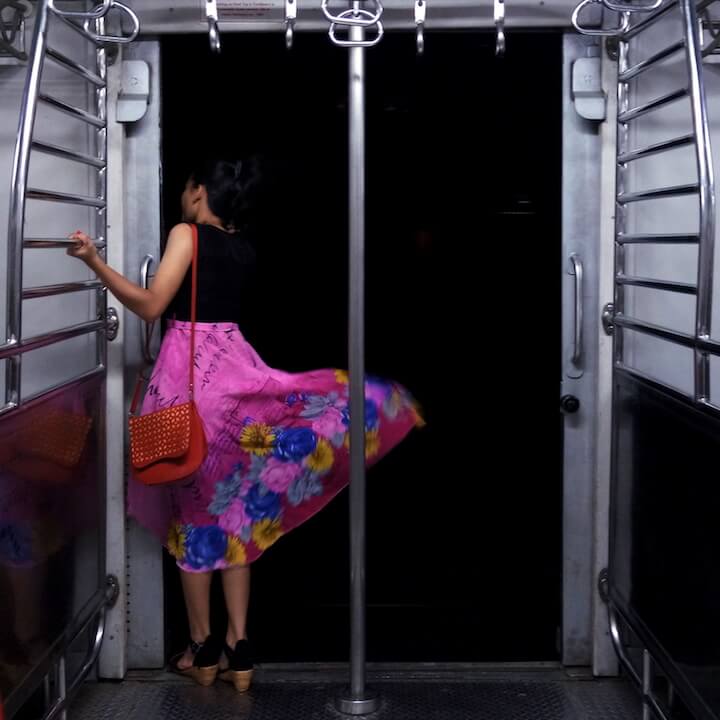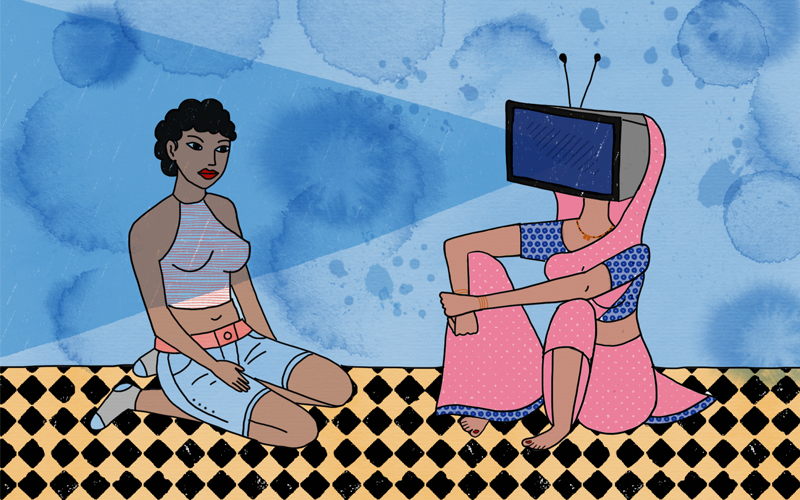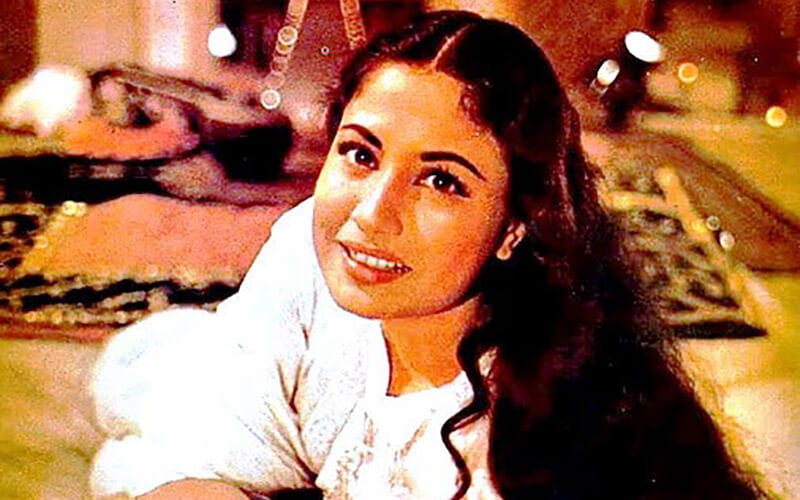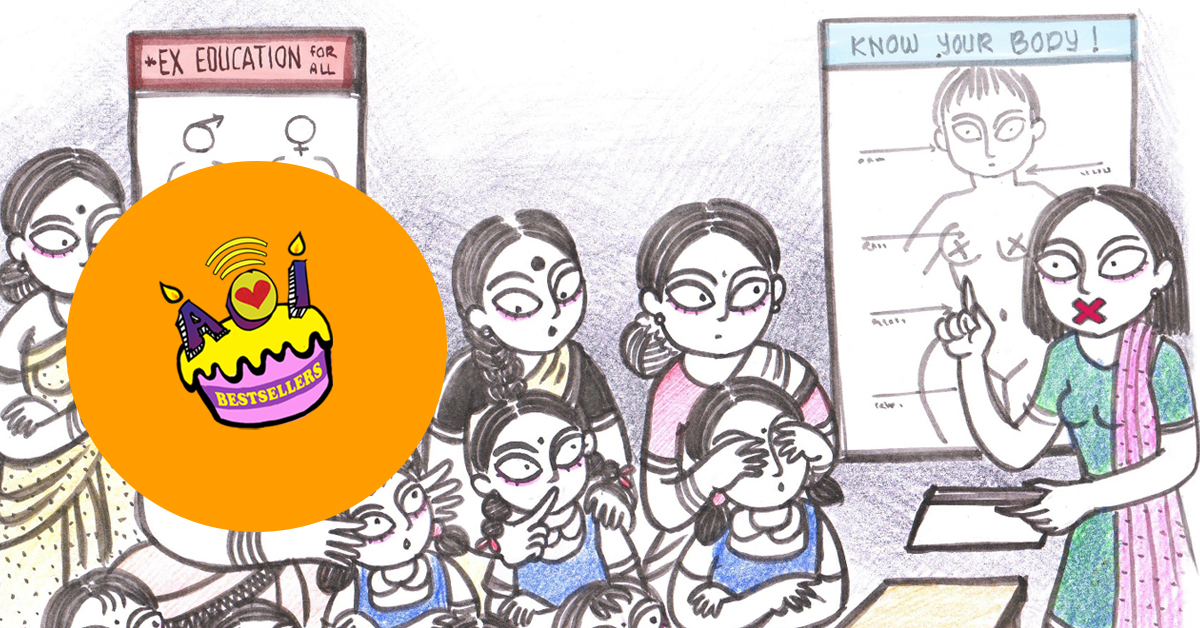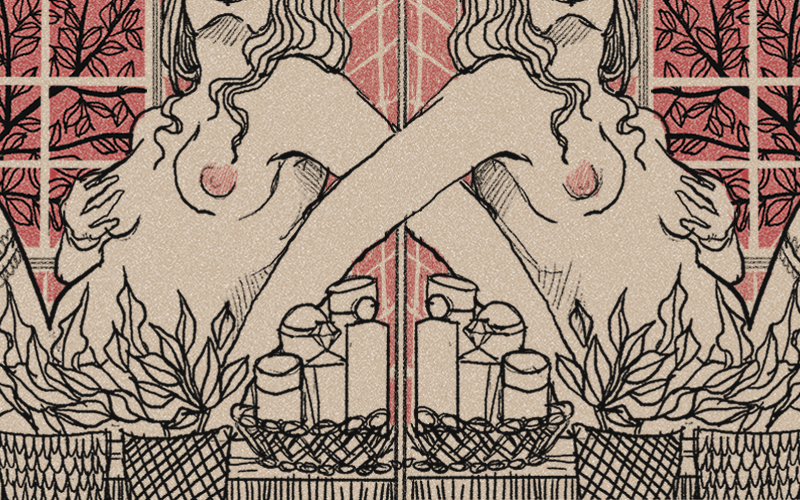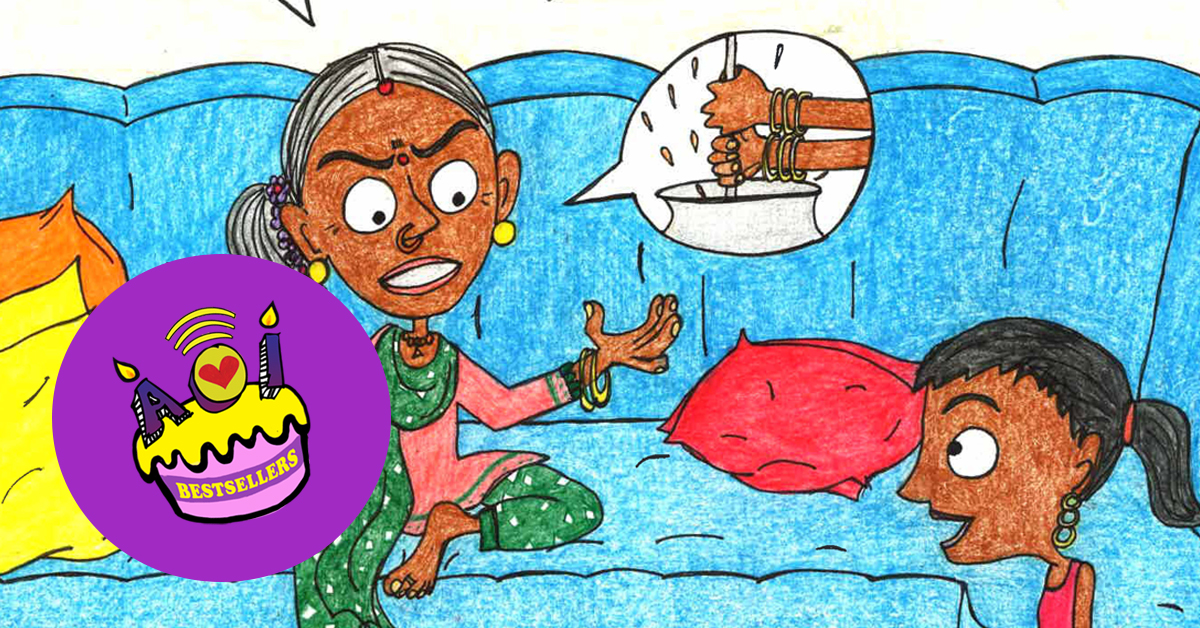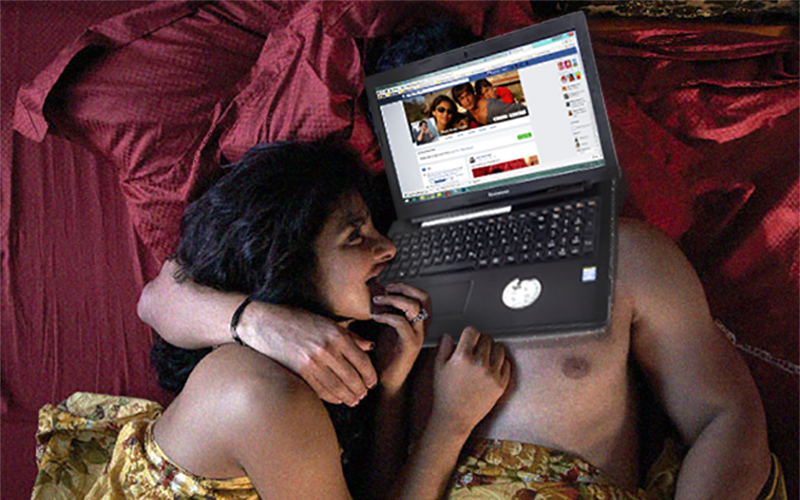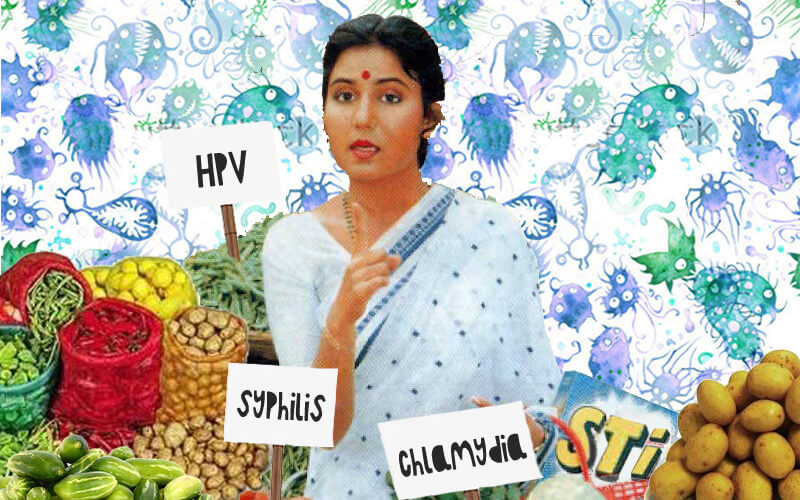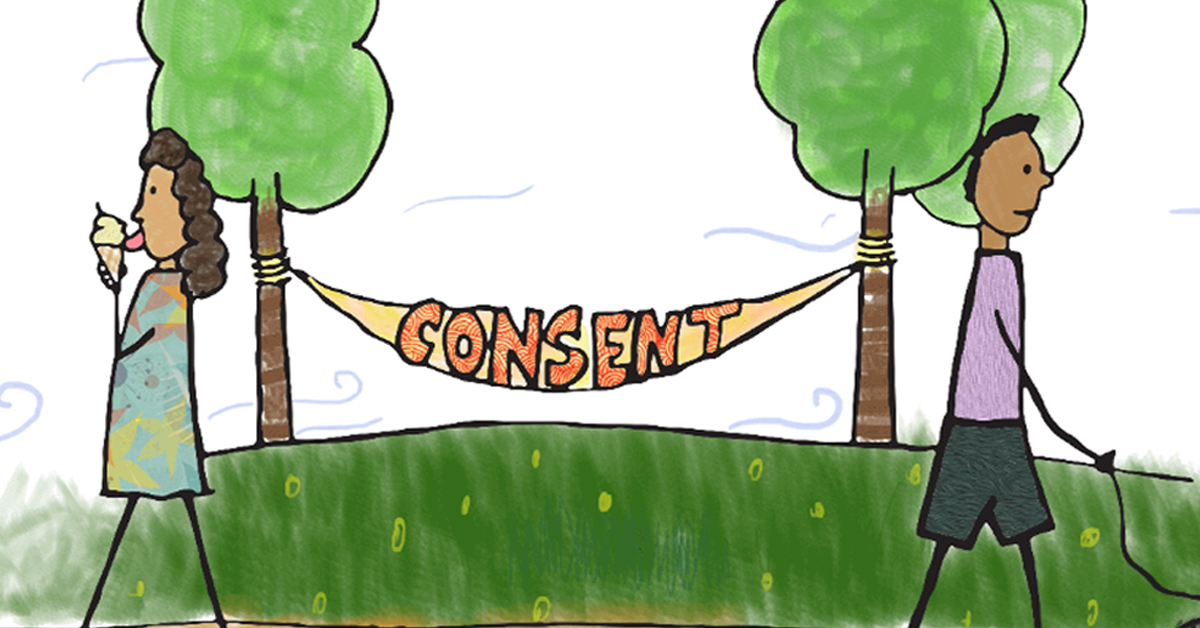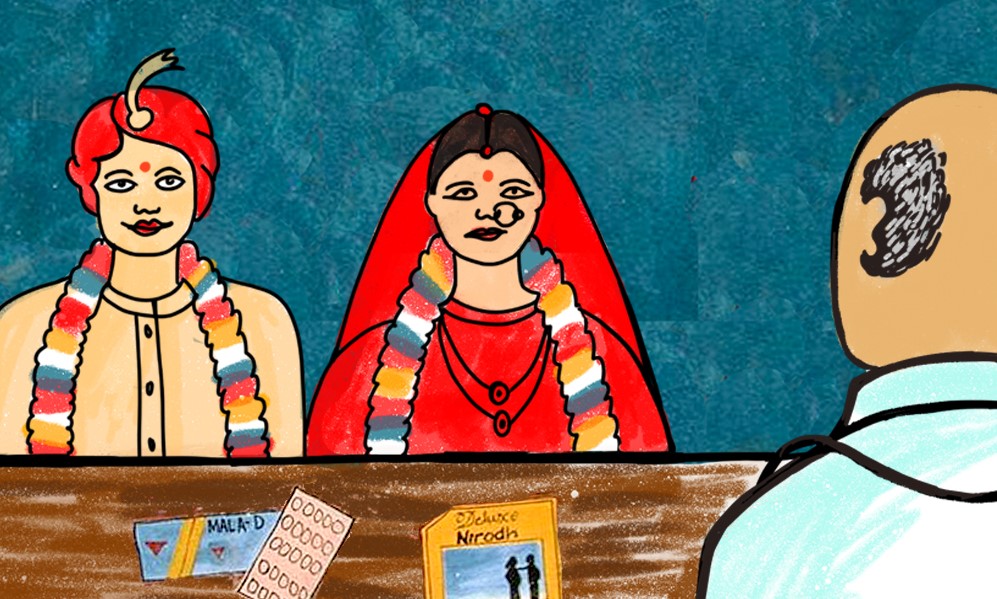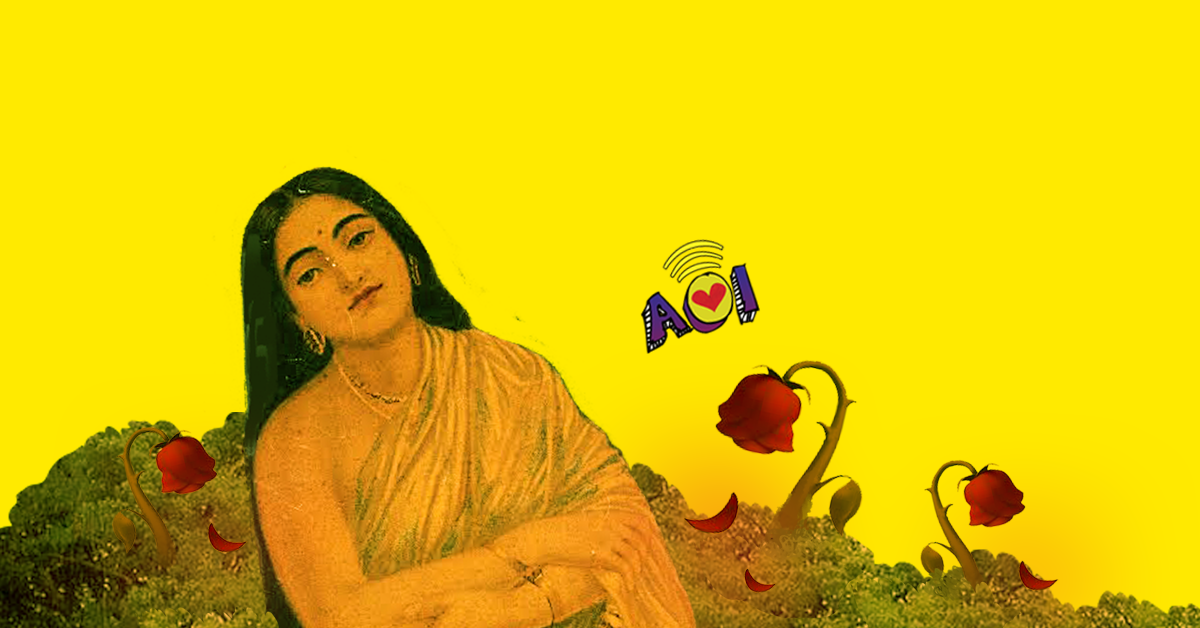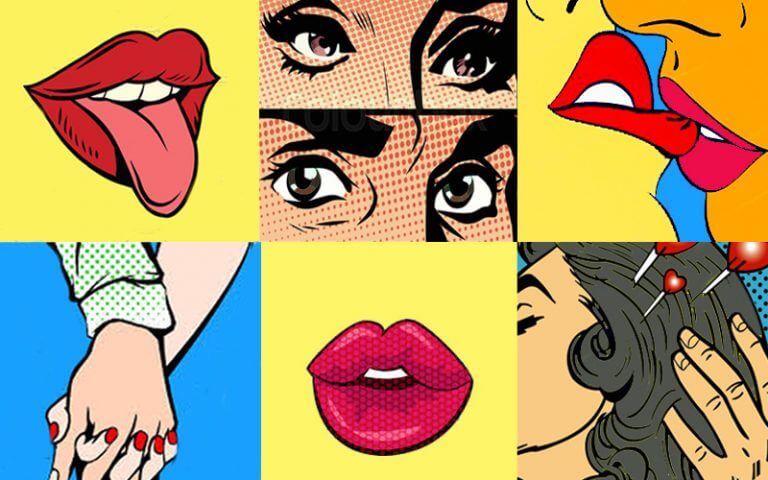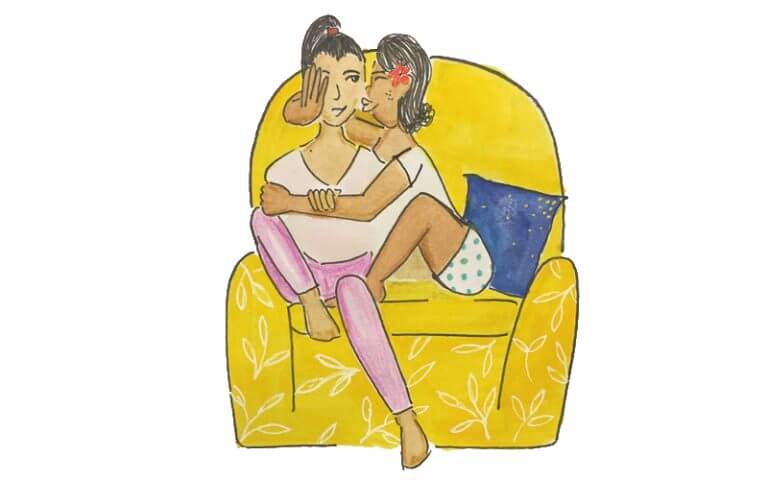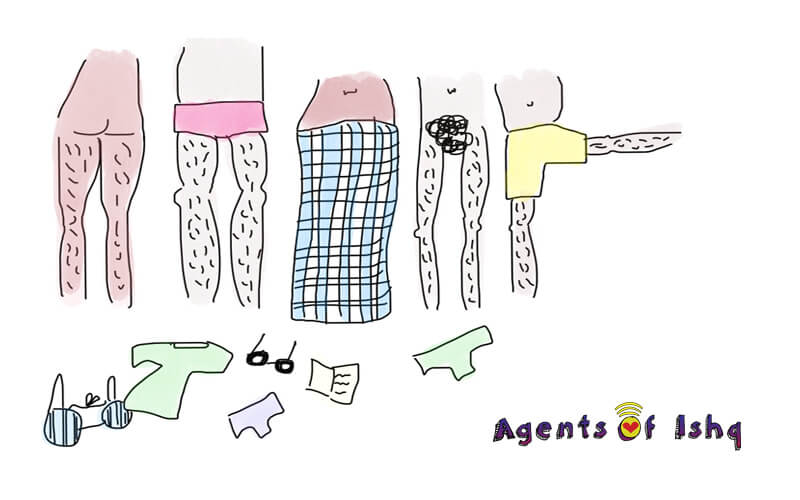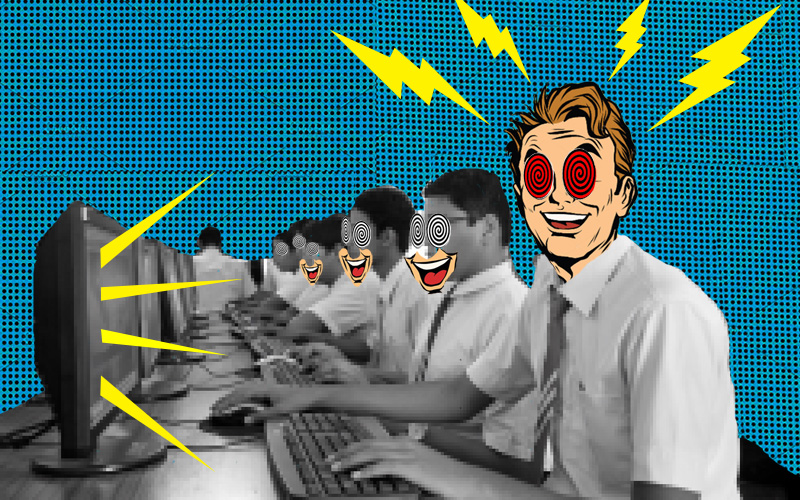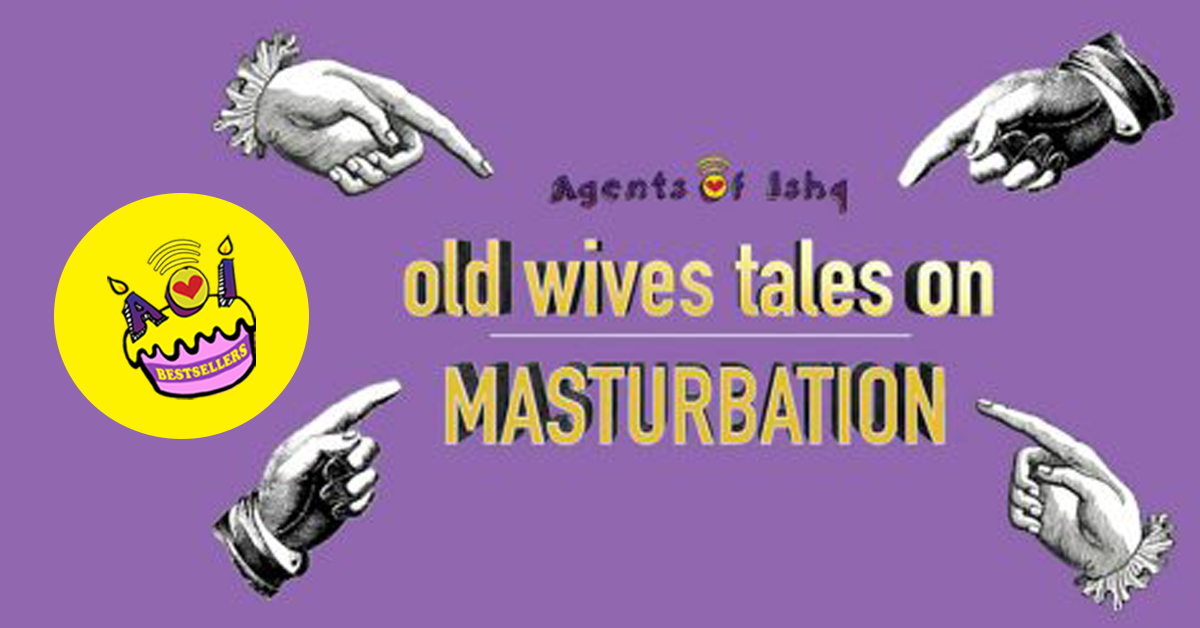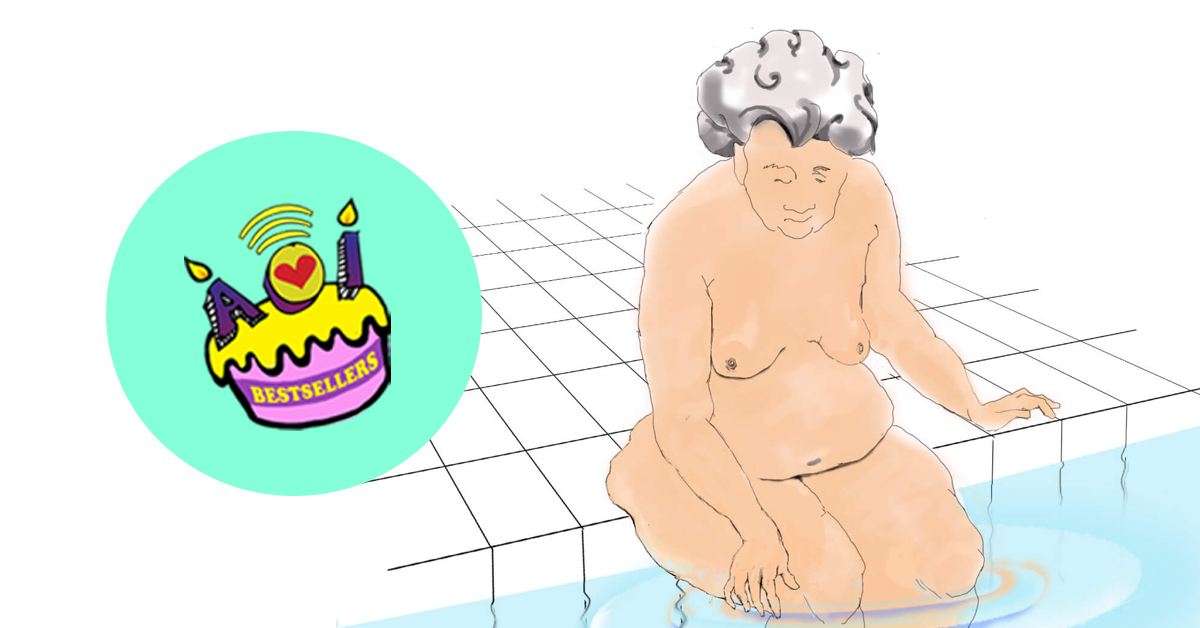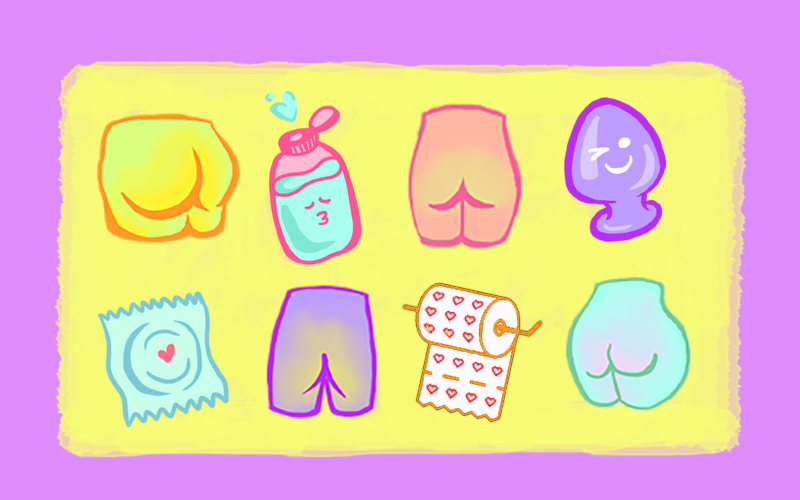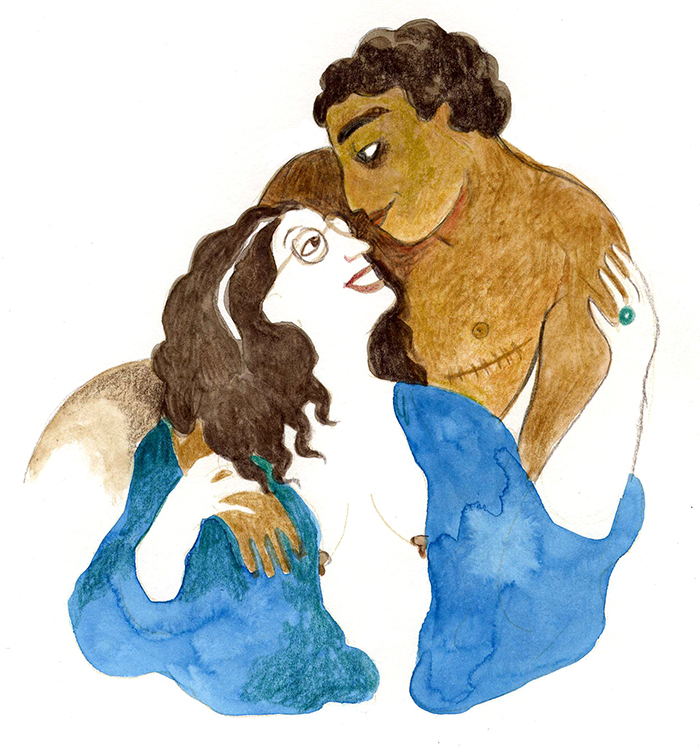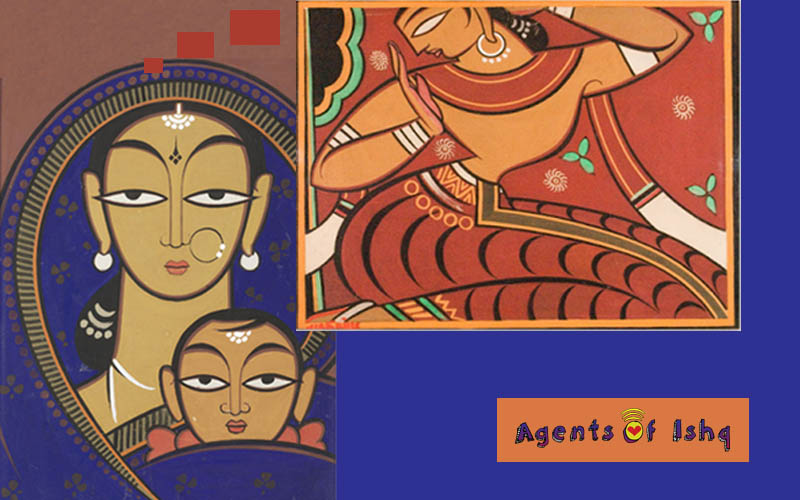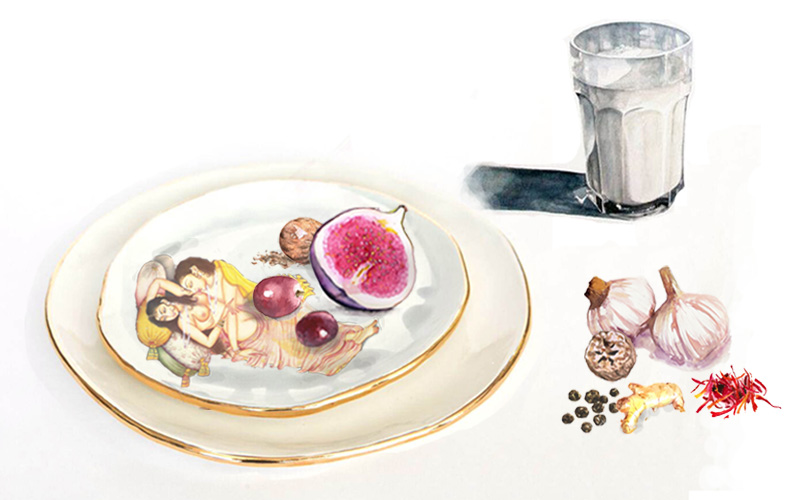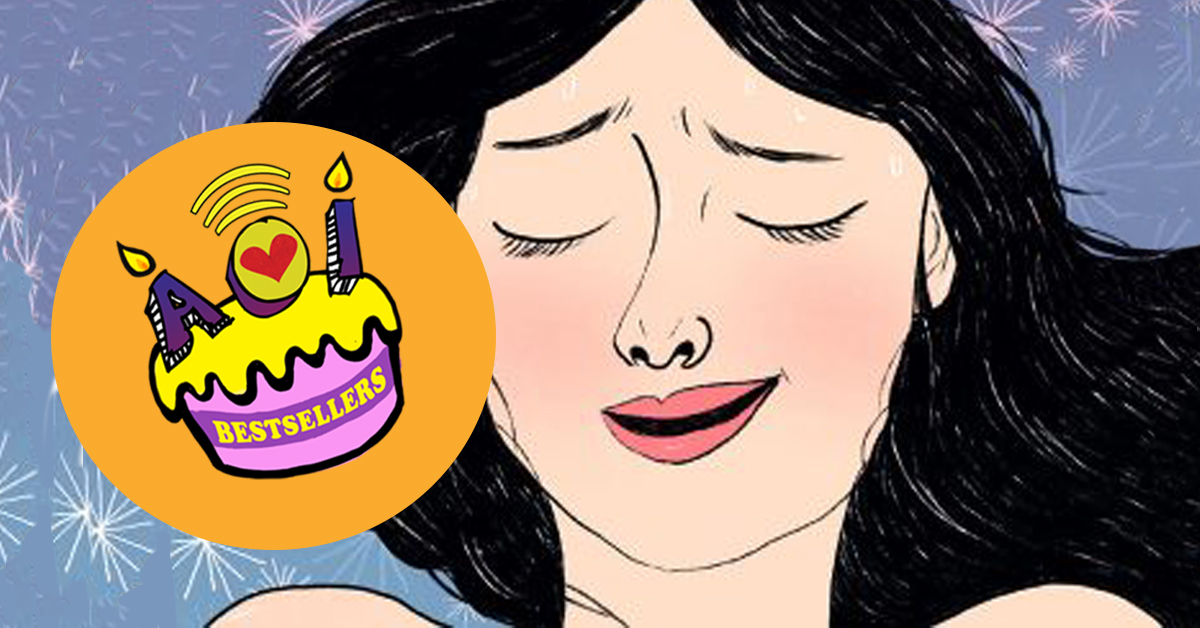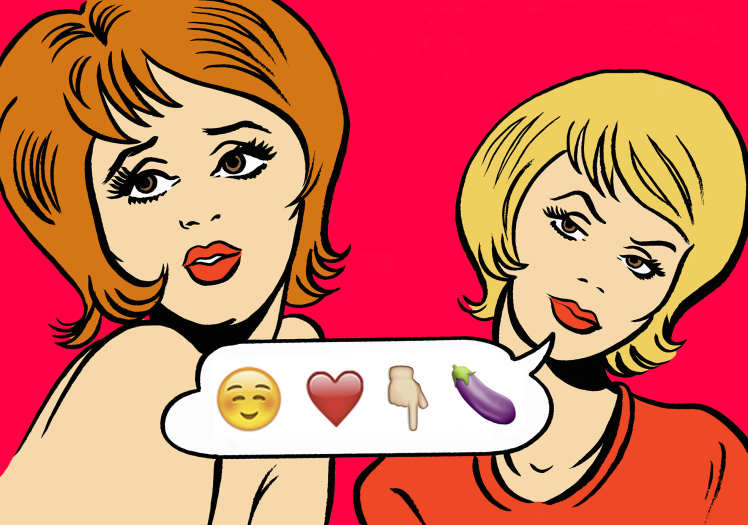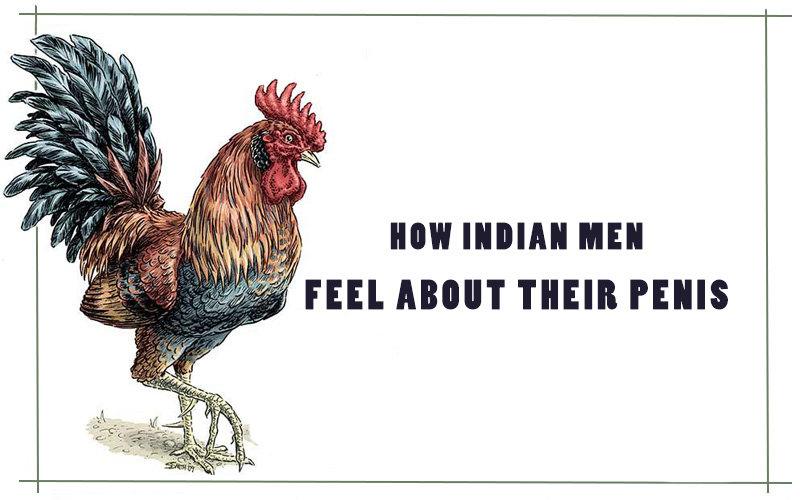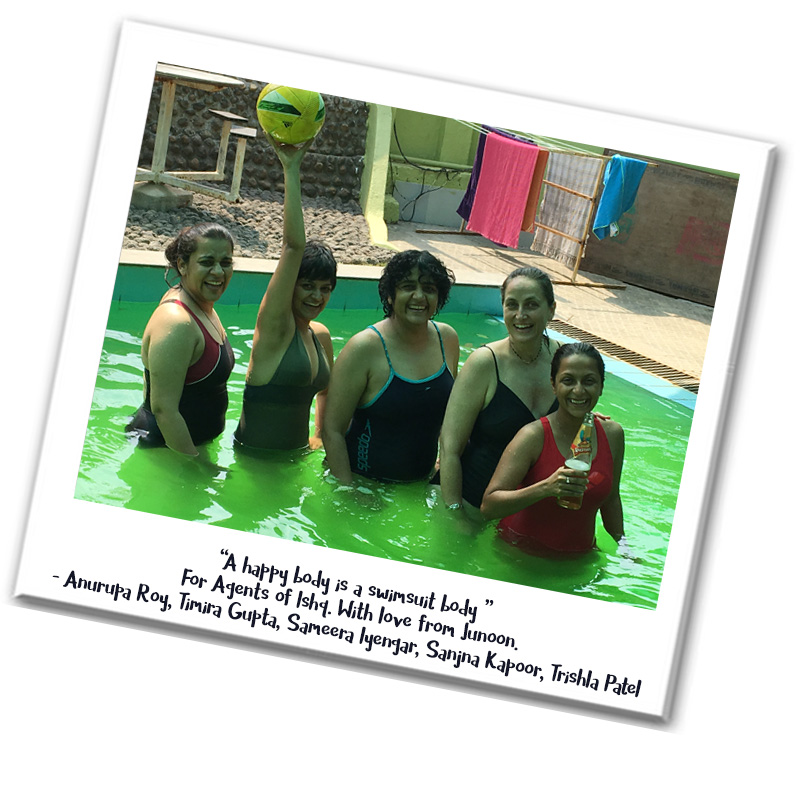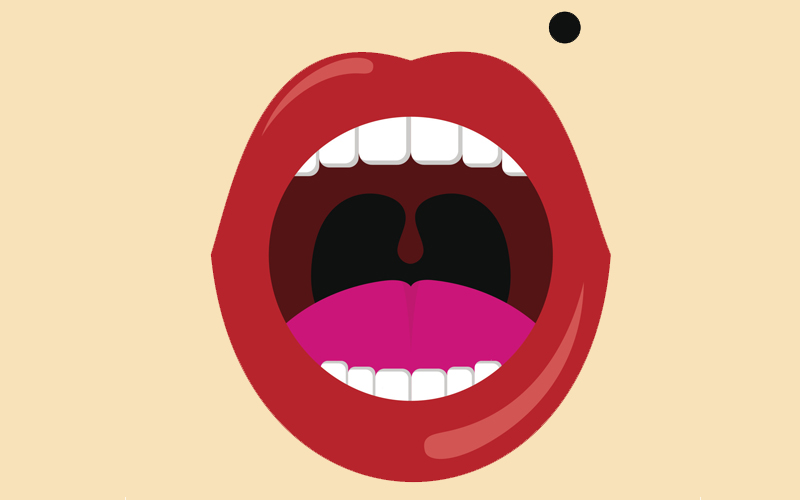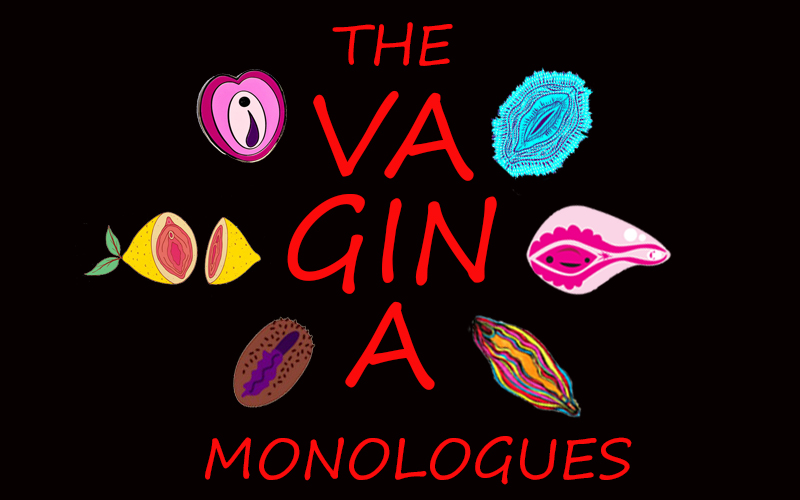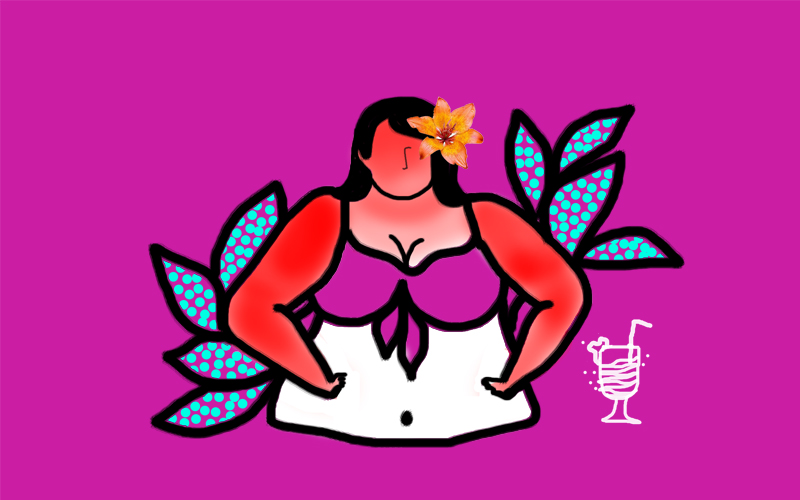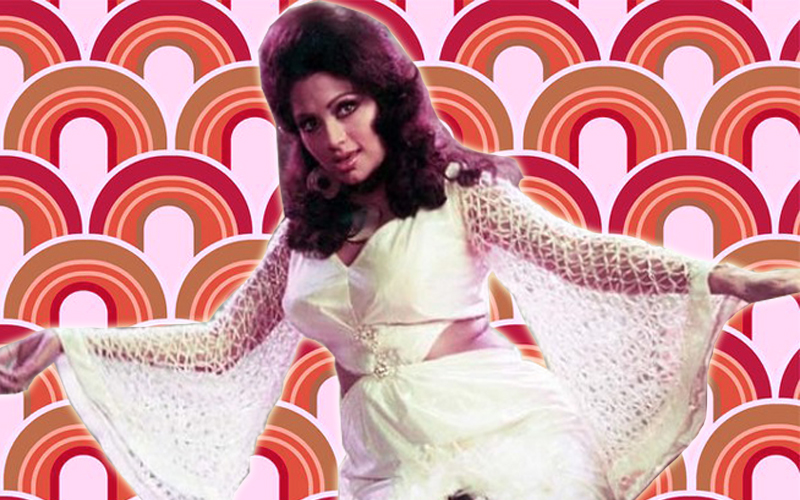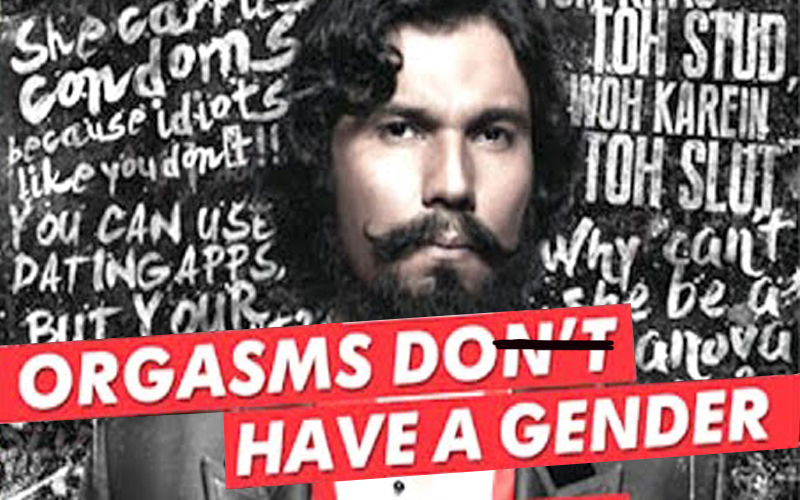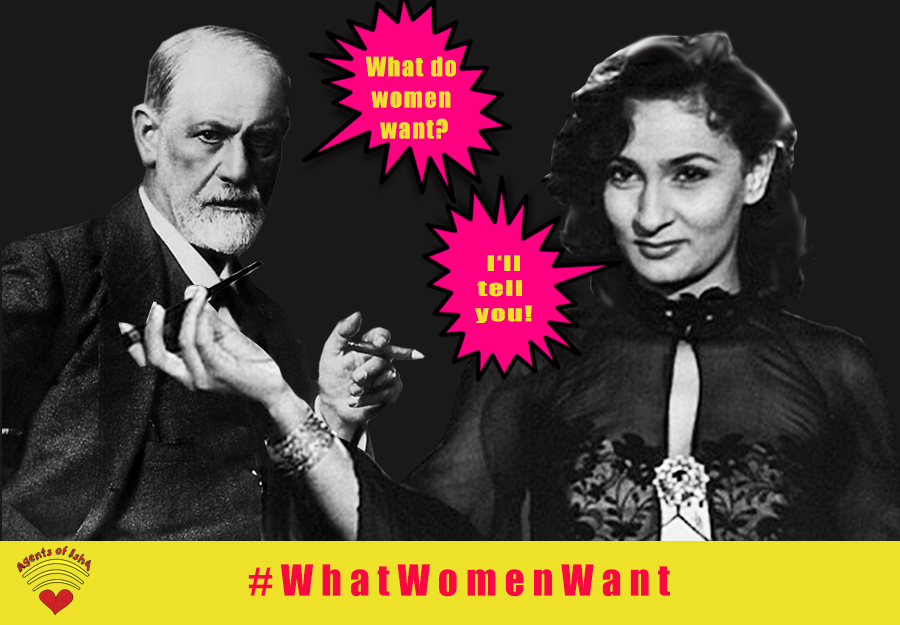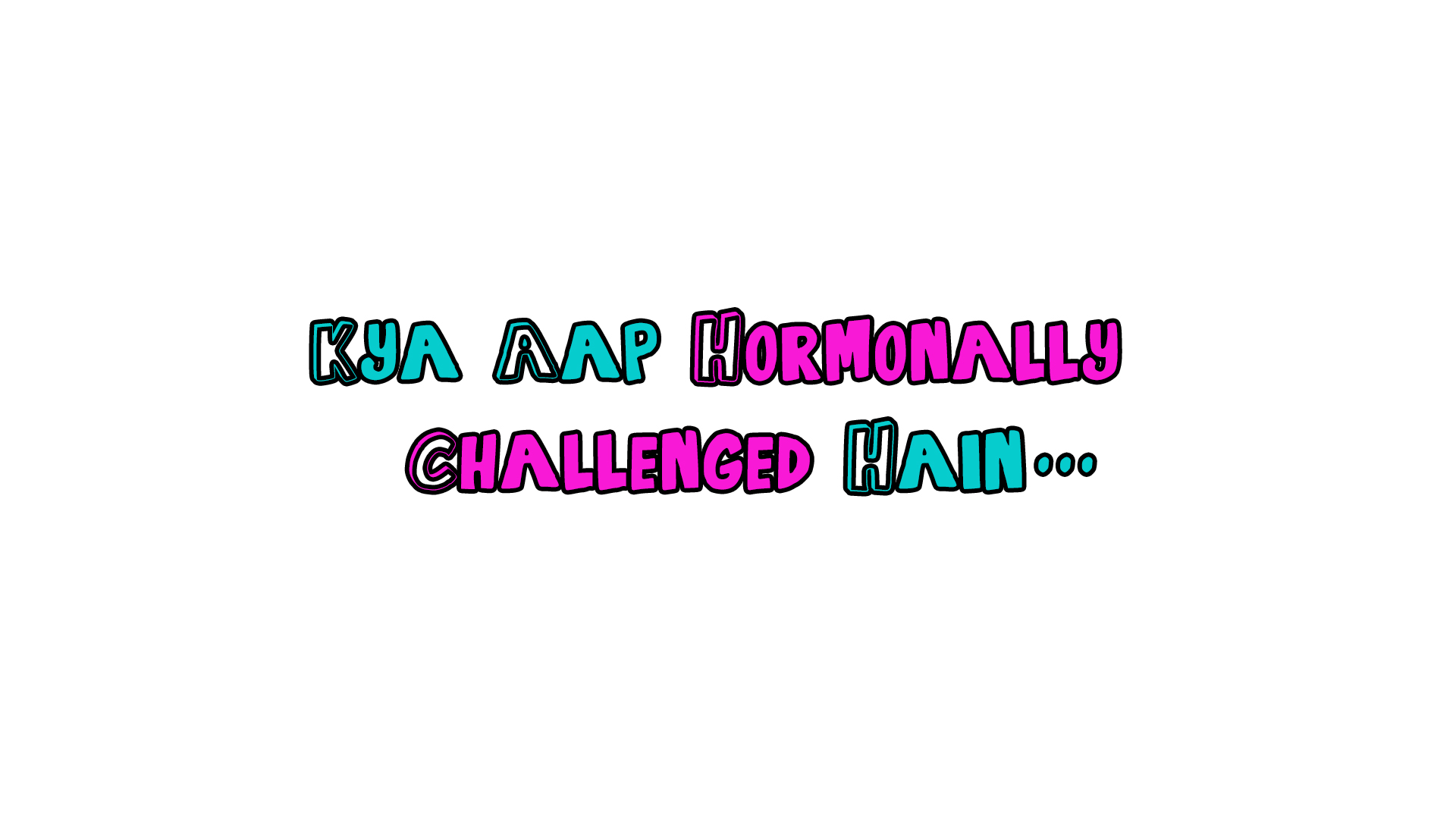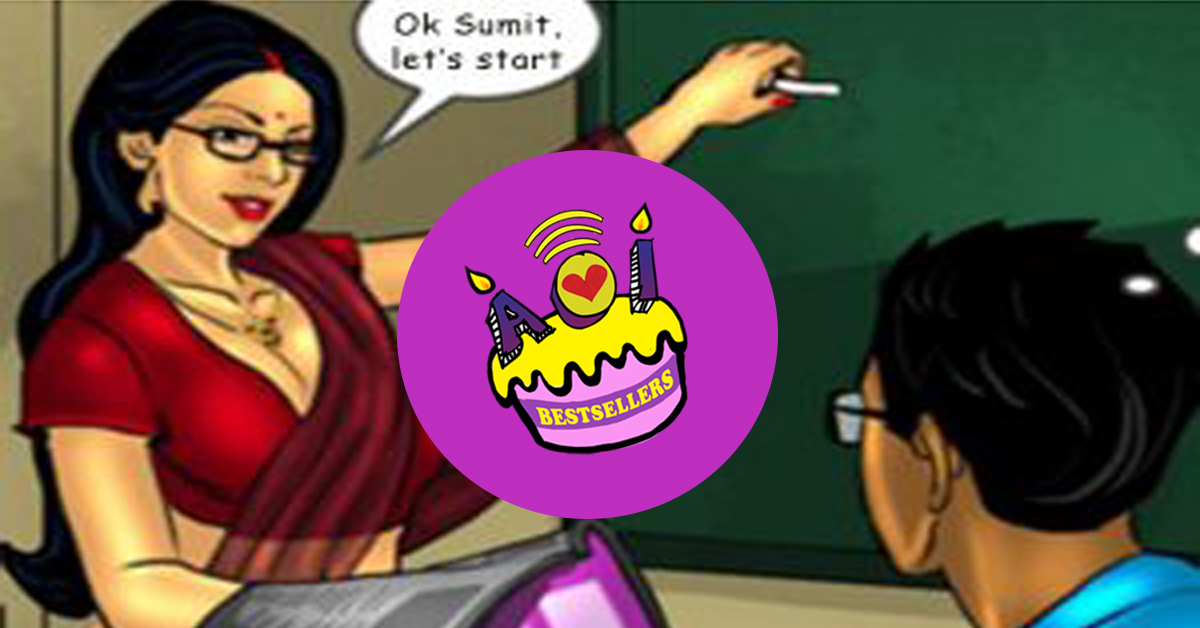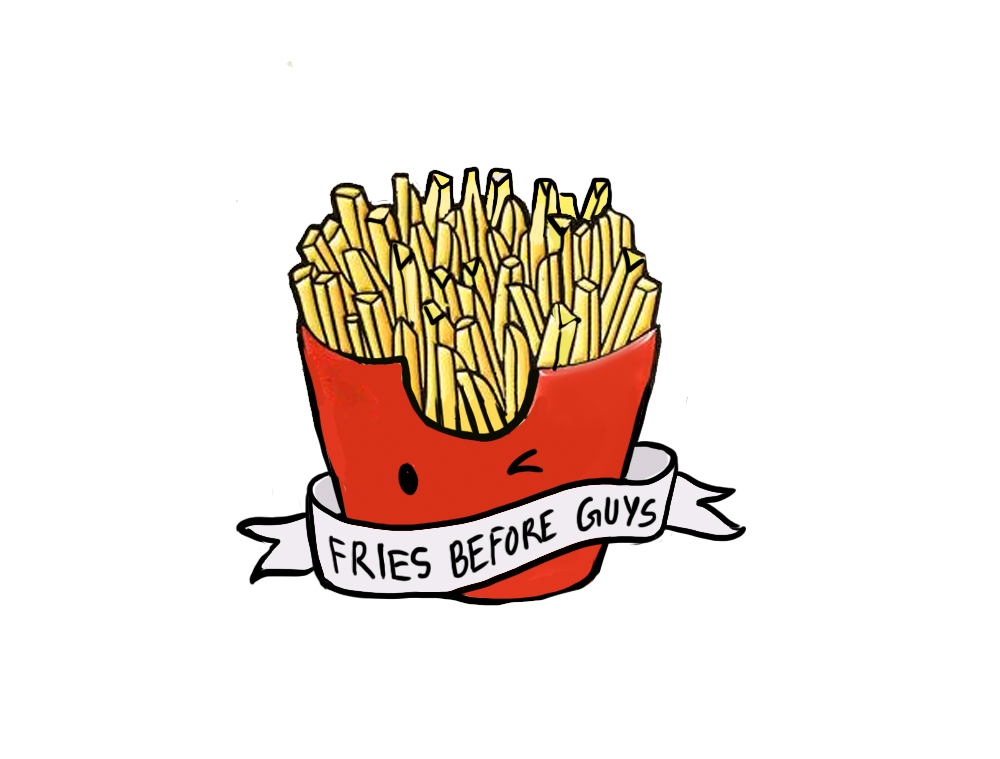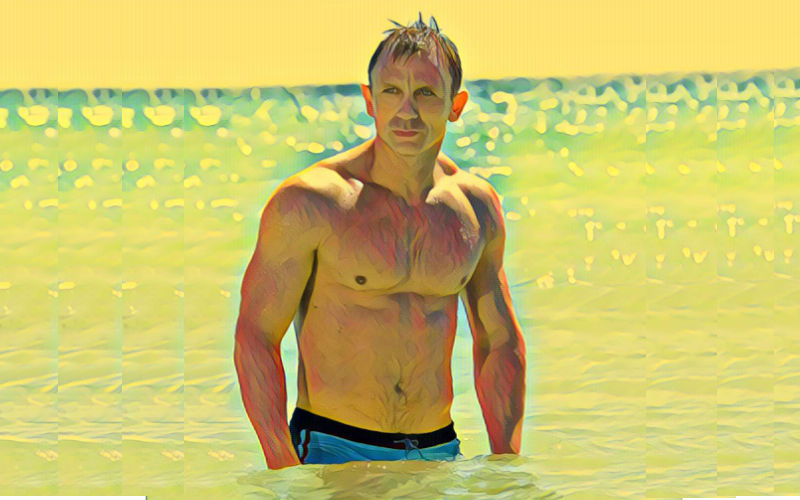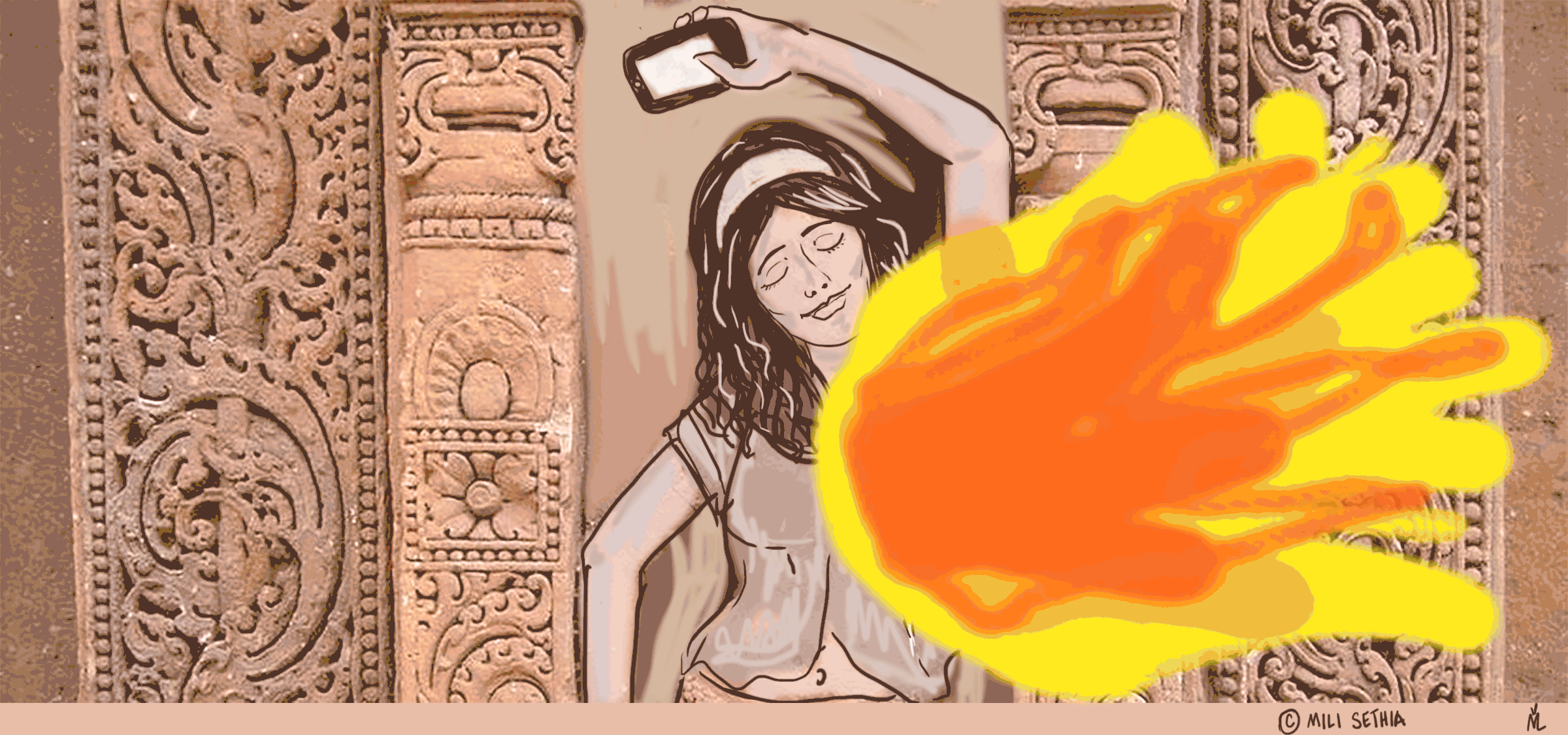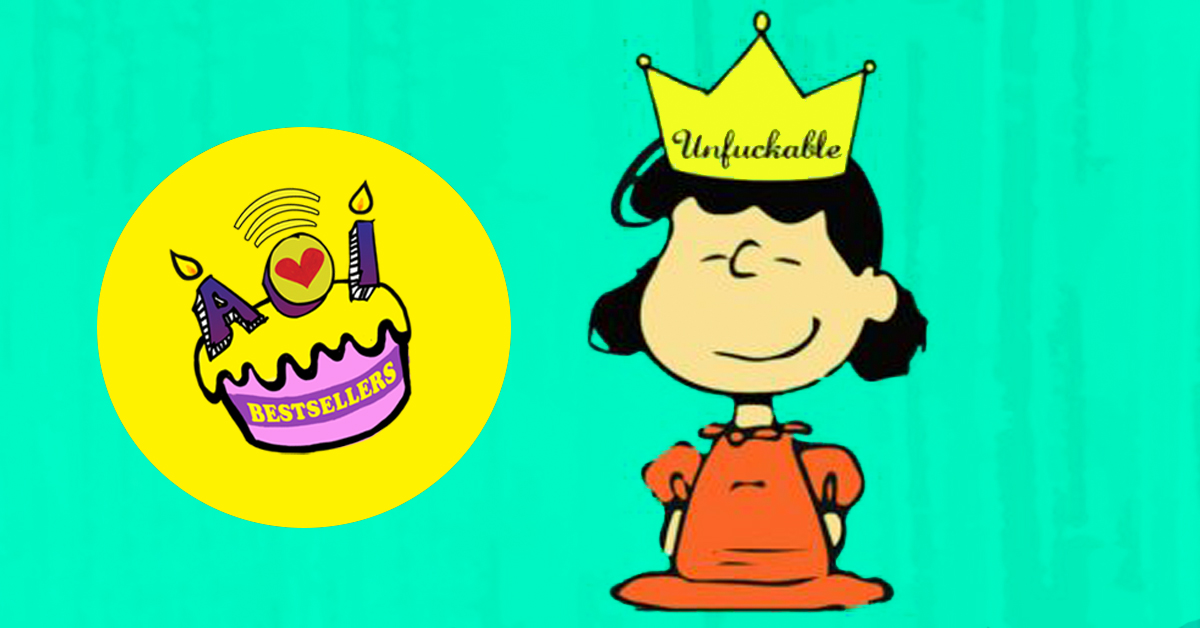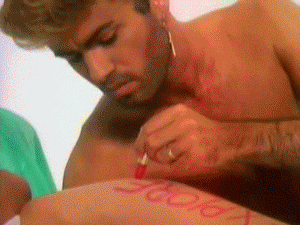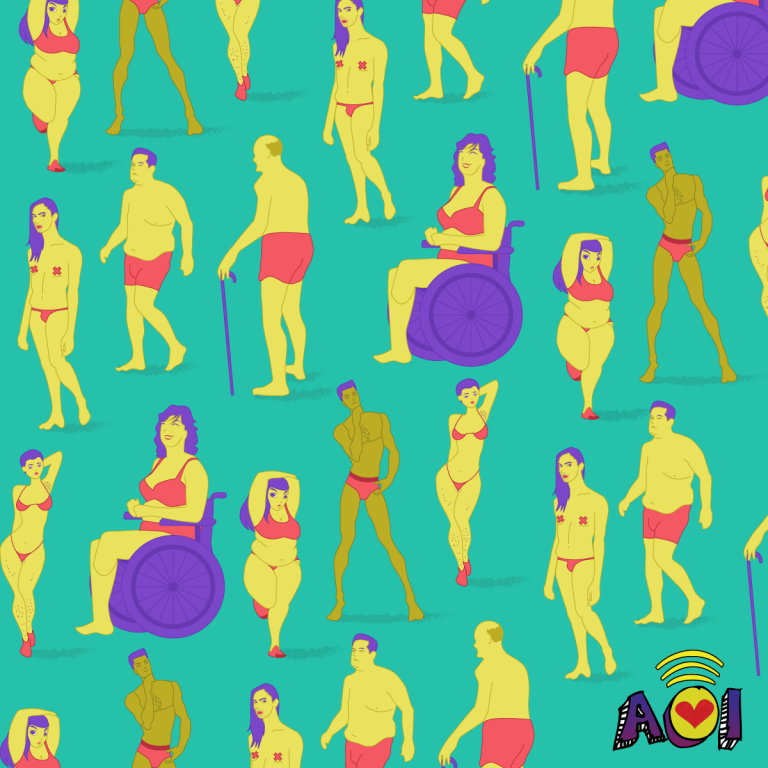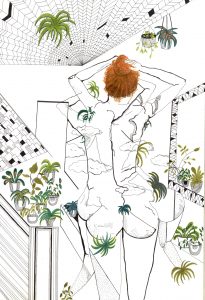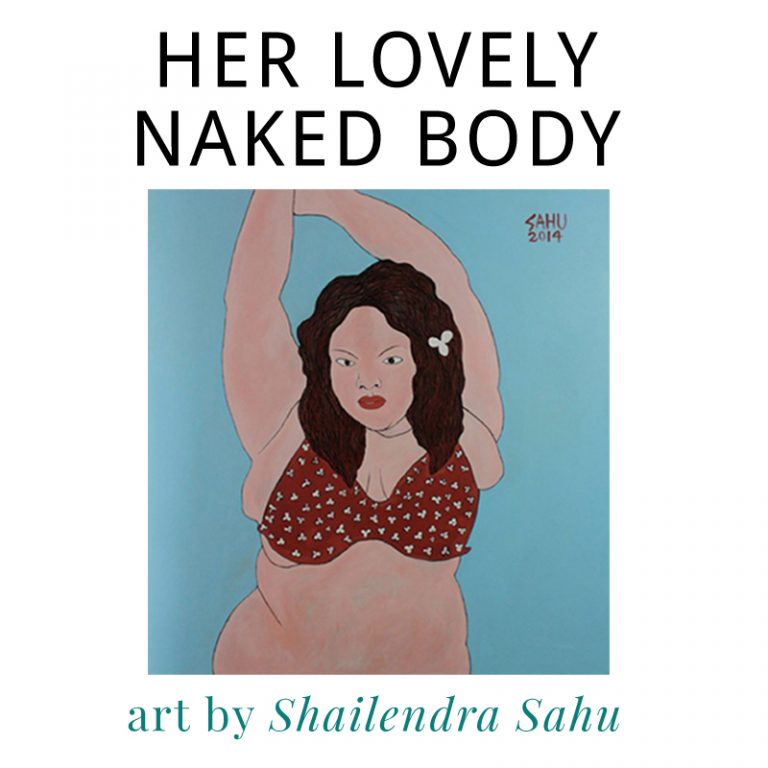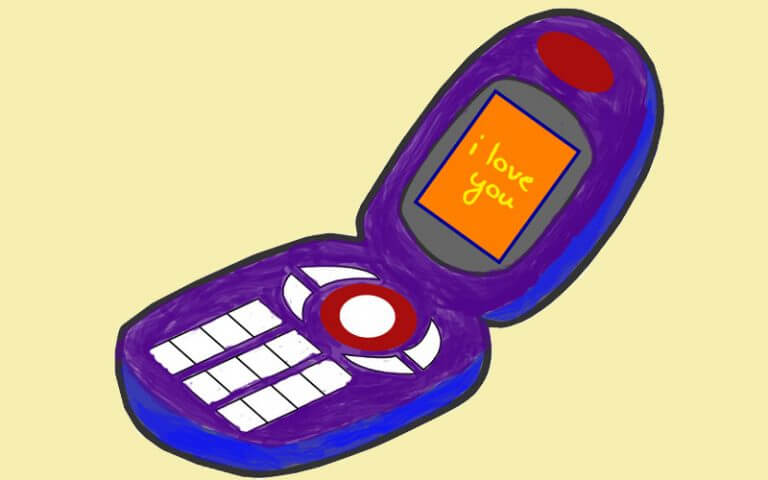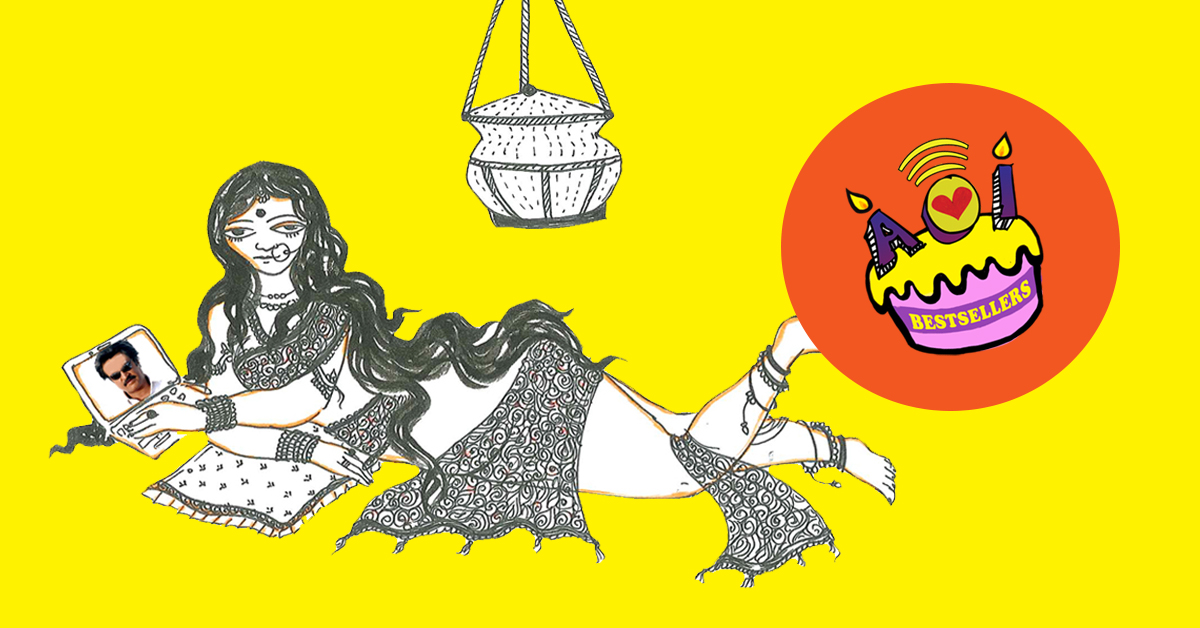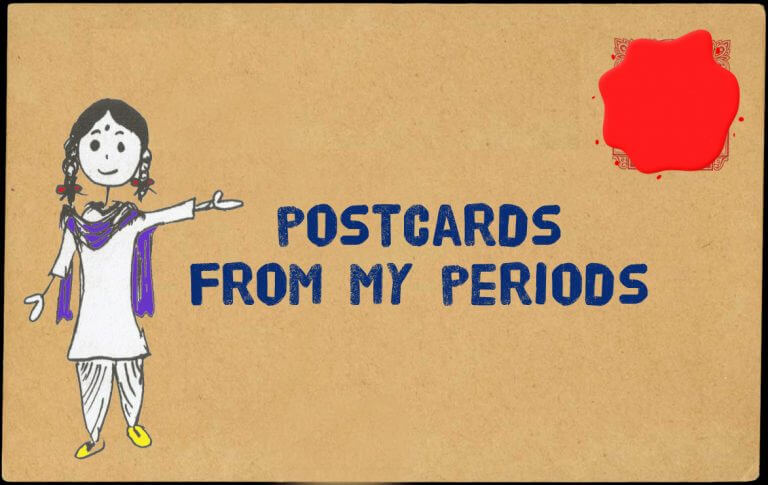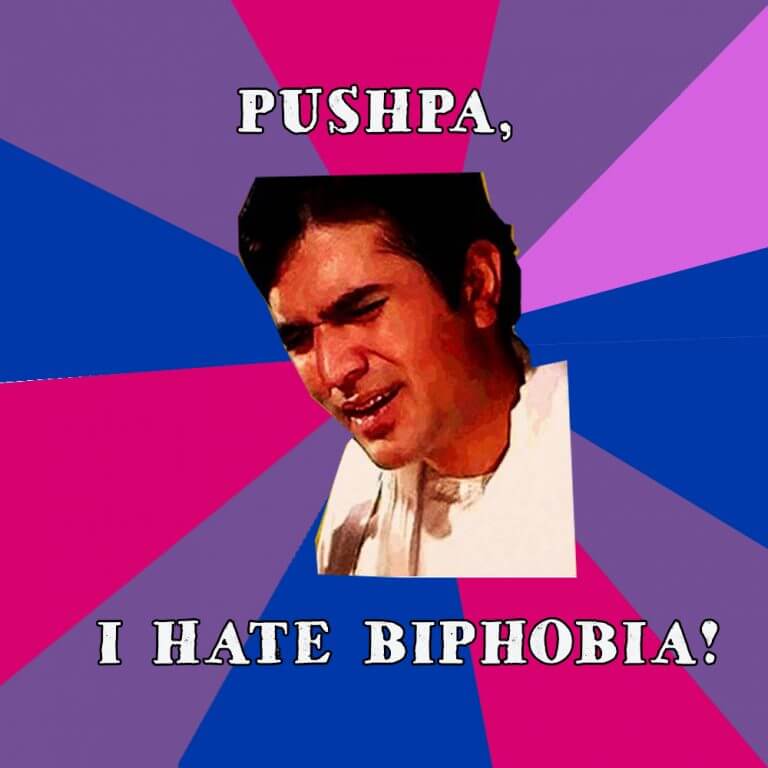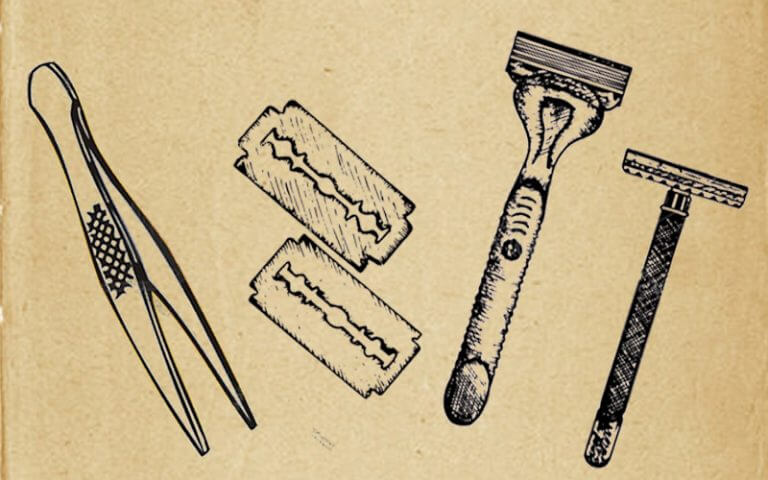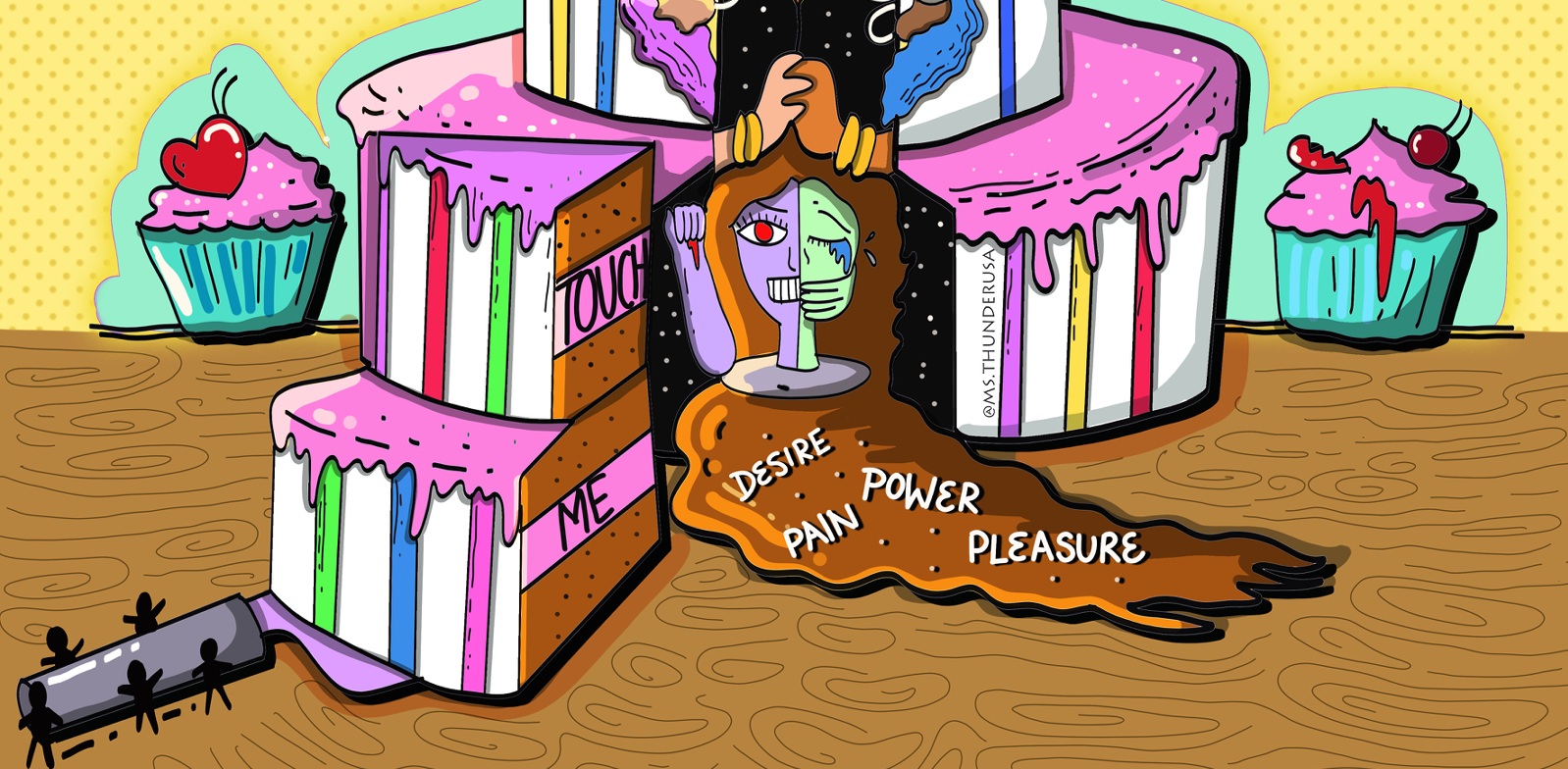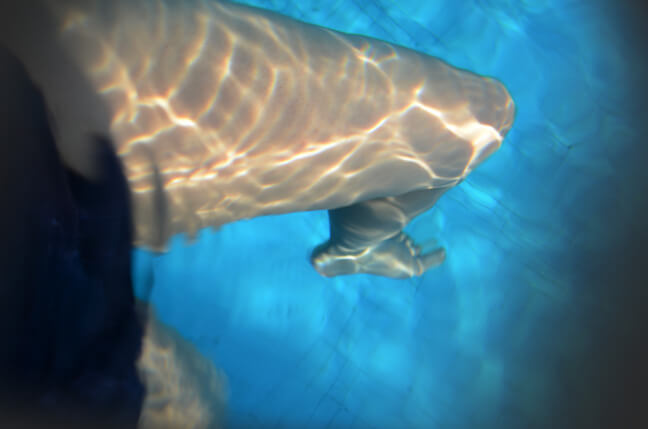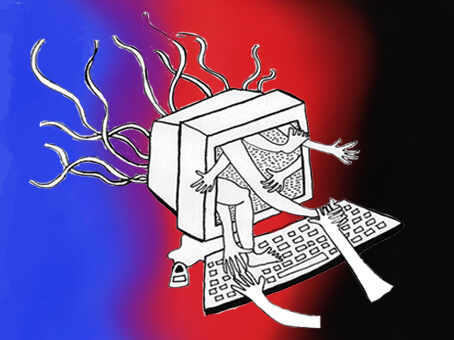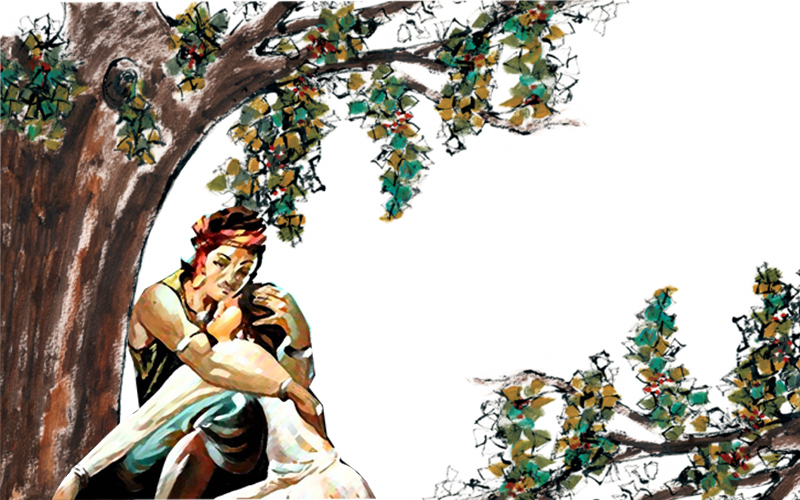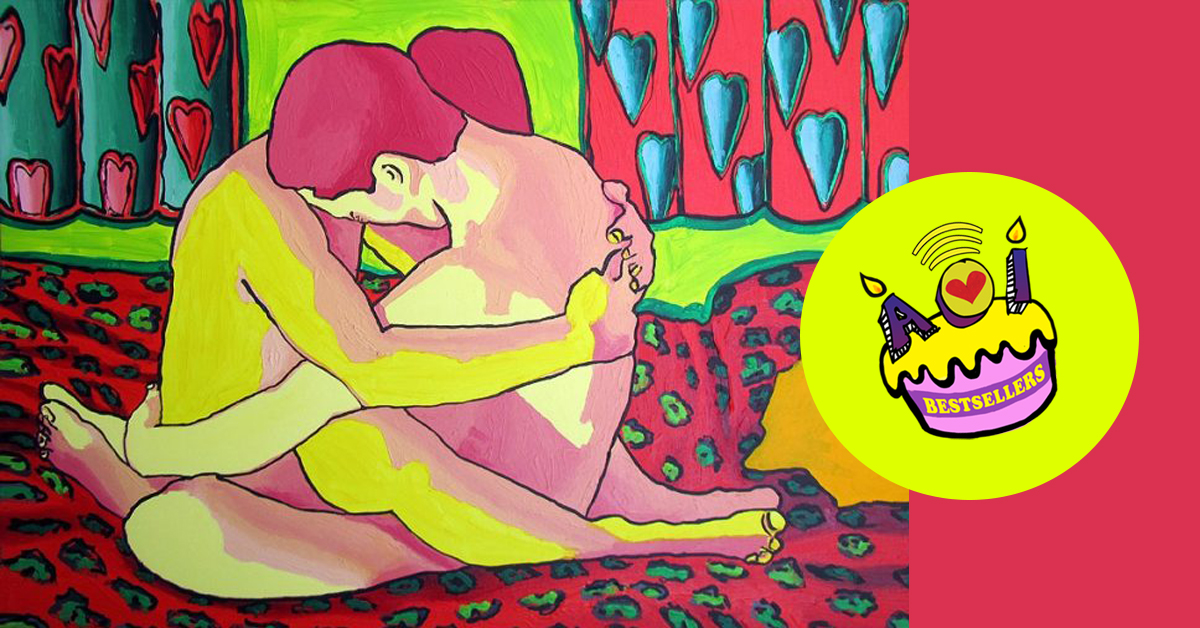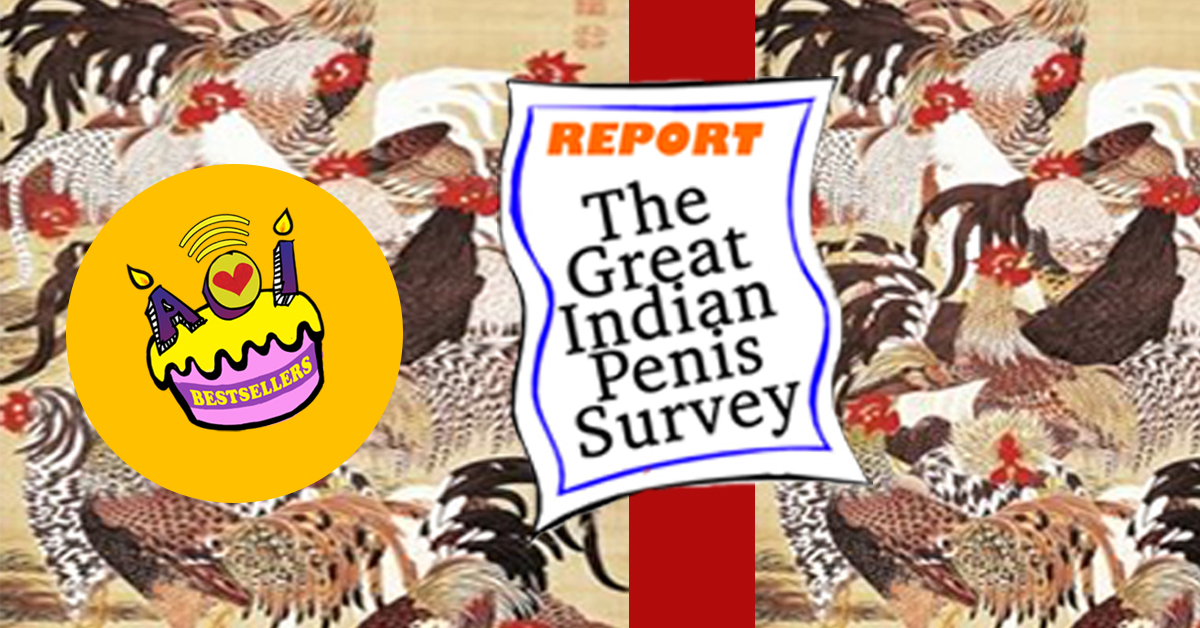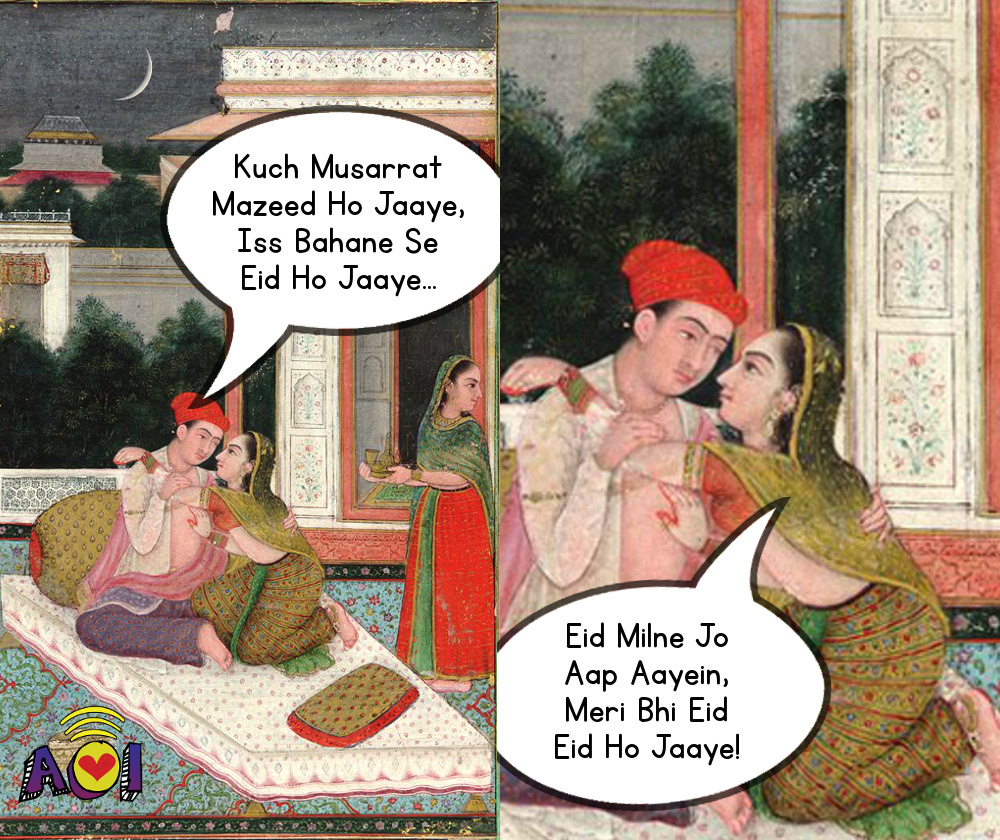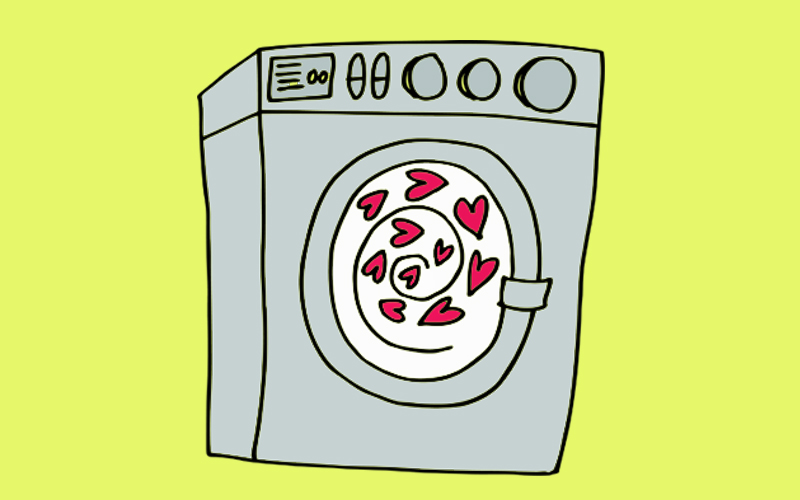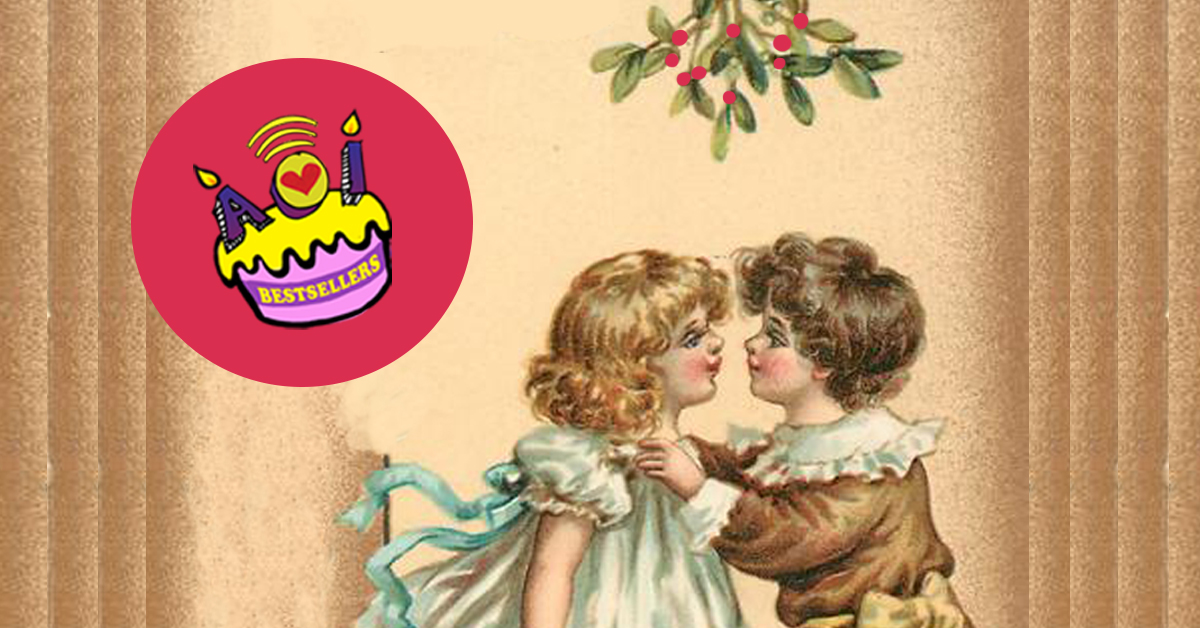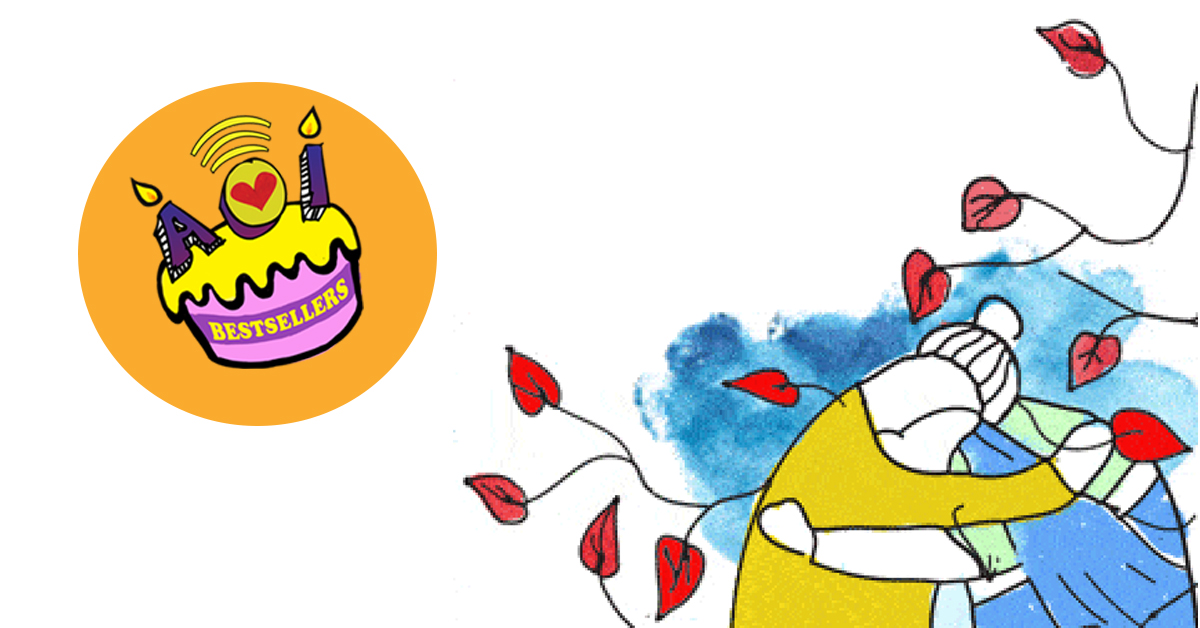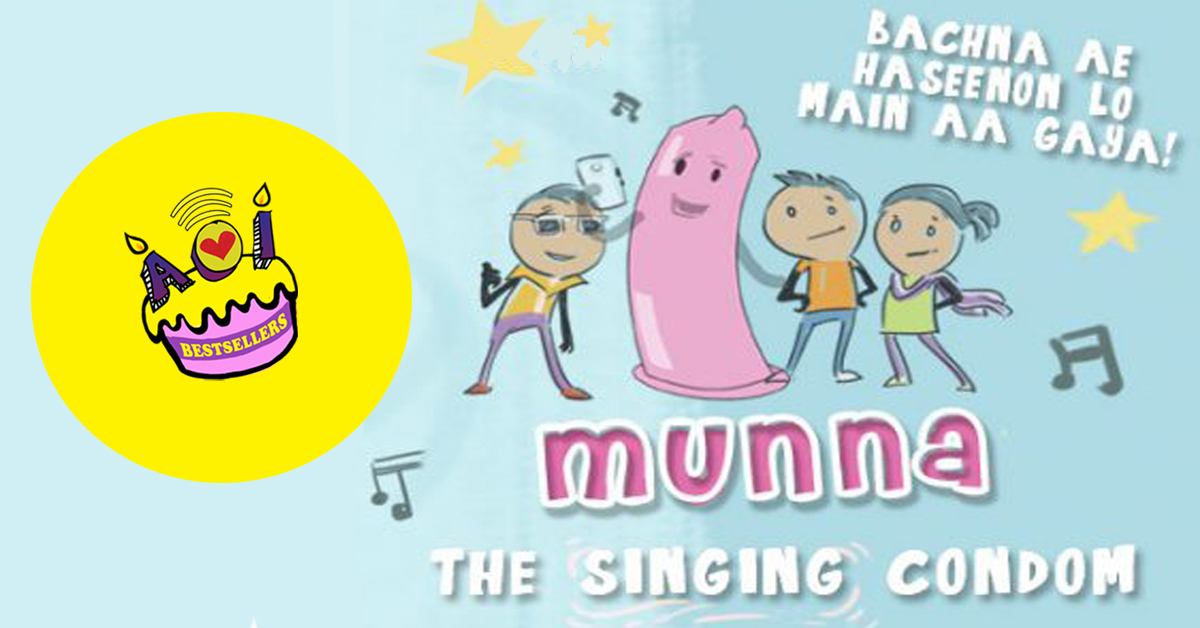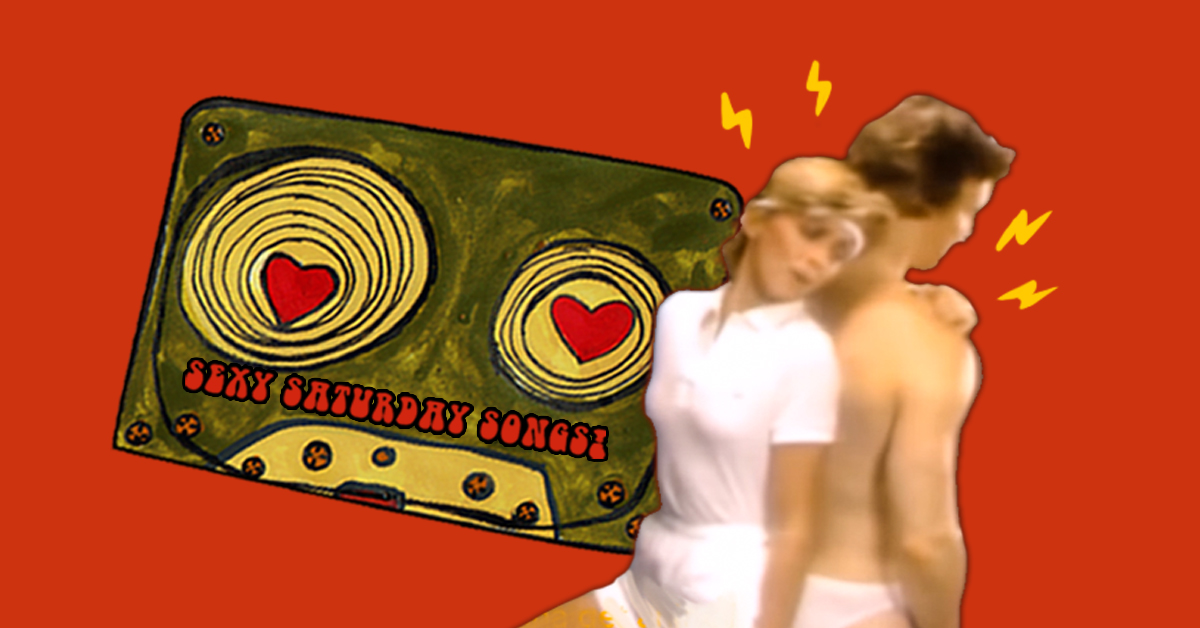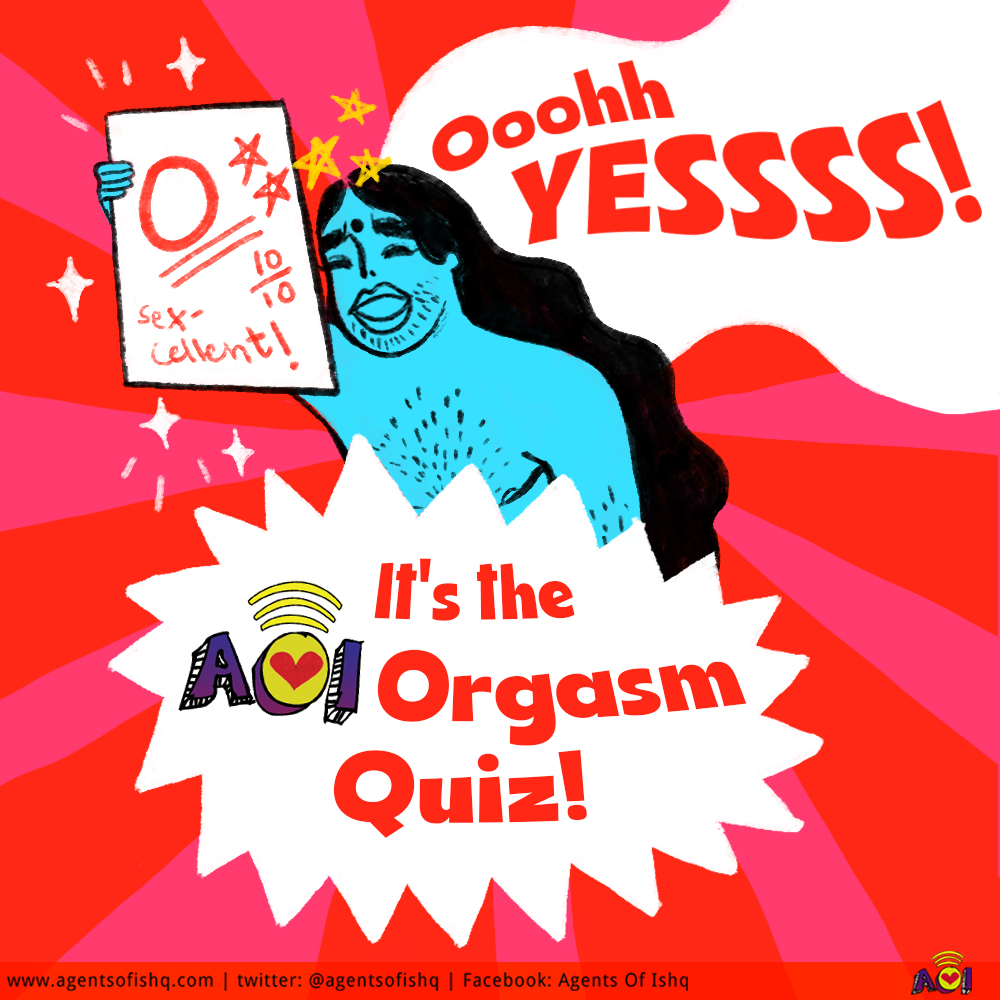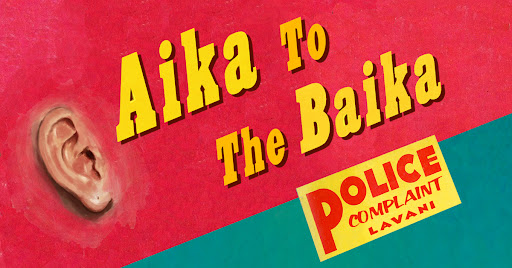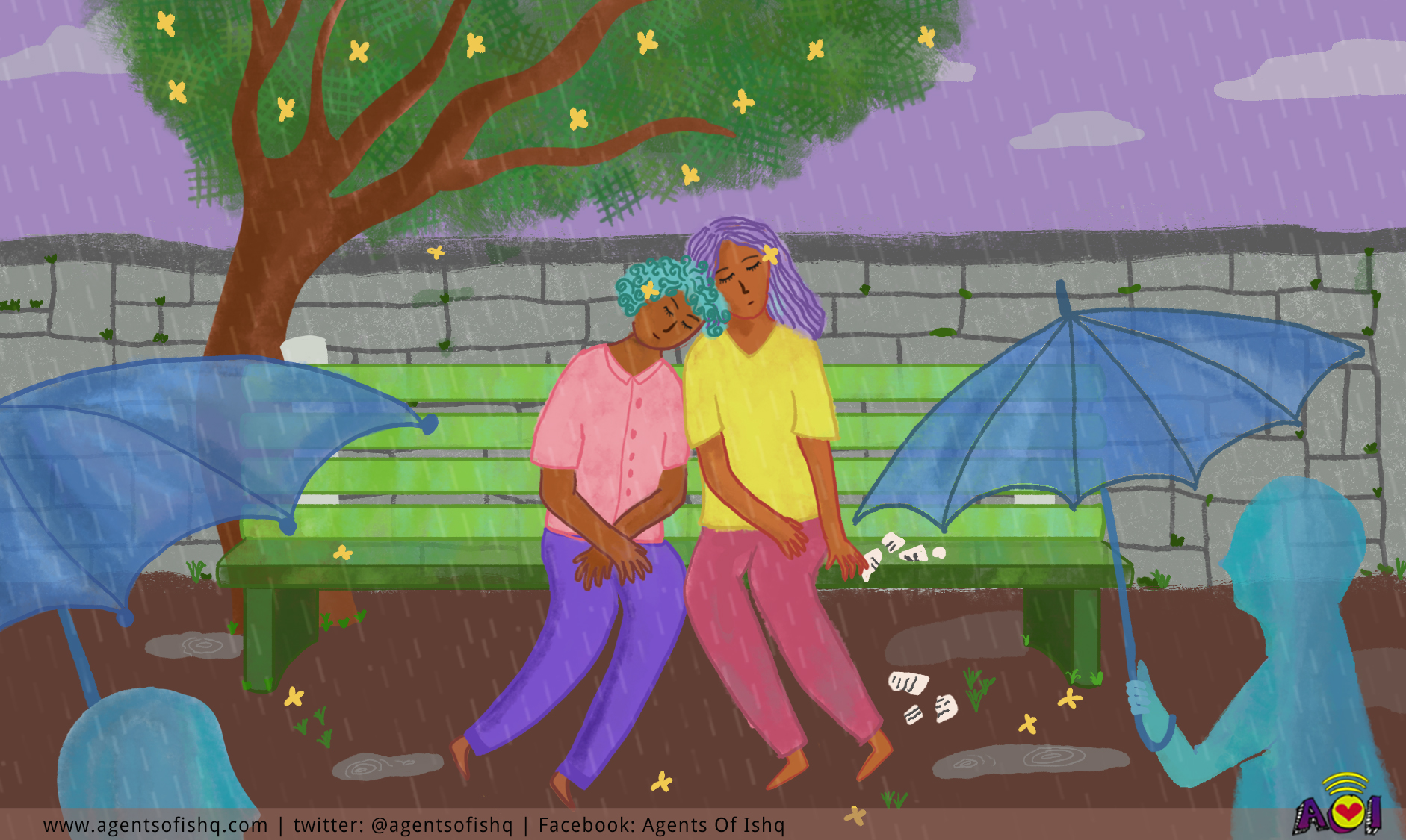“Salma yeh duniya kitna bhi bada, kaisa bhi randi kaa ghar hi sahi…hum yahin rahenge, ladenge, marenge” (Salma, no matter that the world itself might be some kind of huge brothel. We will live here, fight here and die here) says Hamid to his wife Salma in the 1970 film Dastak. Dastak is the story of a middle class couple who rent an apartment in the red light district of what was then the city of Bombay. The story revolves around the continuous knocks (dastak) at their door for their neighbours—sex workers.Salma (played by Rehana Sultan) a middle-class Muslim woman from a small town, is also a talented singer. She is married to a conservative family man who struggles to make ends meet just to give himself and his wife a decent living. Living next door to the brothel, she is slowly drawn into the world of mujrah singers. She begins to explore her sexual identity as a woman who wants to be desired. The film even has a scene where she is lying topless on the floor and smoking a cigarette.Let me say this—it was BOLD! To me, Rehana Sultan probably remains one of the most underrated actors in Indian cinema, even though she won the National Award for her work in Dastak. Sultan started her career in the 1970s with two extremely unusual films. Chetna, saw her portray the role of a “smoking drinking” sex worker who meets a simple guy, falls in love and gets married. The film revolves around her efforts to lead a simple and happy married life while struggling with her past. Both Dastak and Chetna have an unfortunate similarity: The protagonists are eventually apologetic for the choices made, perhaps a reflection of the times in which these films were made (though one wonders if these times are any different). But these two films marked a different kind of new wave in Indian cinema, a different politics - of desire we rarely talk about.In India, the 1970s belonged to the rebels—a passionate young generation struggling for a modern India and a society that would be open to new ideas and progressive thoughts. It was important for them to make big statements and the cinema of the 70s made impressive forays into hitherto unexplored territory. At that time, I was growing up in a middle class family in Borivali, the north-west suburb of Mumbai. My father was progressive in his thoughts but my mother was the evolved one– and that’s a particular kind of difference. I was my mother’s best friend. She was a product of partition and had started earning at the age of 14. She was the second of six sisters and two brothers and would often talk about how she and her sisters were deprived of so many opportunities and freedoms, what we call rights, as her two brothers were a priority for her parents. She would often tell me that women need to, want to break these shackles and men needed to learn to respect them. My mother was different. And I was growing up different.
To me, Rehana Sultan probably remains one of the most underrated actors in Indian cinema, even though she won the National Award for her work in Dastak. Sultan started her career in the 1970s with two extremely unusual films. Chetna, saw her portray the role of a “smoking drinking” sex worker who meets a simple guy, falls in love and gets married. The film revolves around her efforts to lead a simple and happy married life while struggling with her past. Both Dastak and Chetna have an unfortunate similarity: The protagonists are eventually apologetic for the choices made, perhaps a reflection of the times in which these films were made (though one wonders if these times are any different). But these two films marked a different kind of new wave in Indian cinema, a different politics - of desire we rarely talk about.In India, the 1970s belonged to the rebels—a passionate young generation struggling for a modern India and a society that would be open to new ideas and progressive thoughts. It was important for them to make big statements and the cinema of the 70s made impressive forays into hitherto unexplored territory. At that time, I was growing up in a middle class family in Borivali, the north-west suburb of Mumbai. My father was progressive in his thoughts but my mother was the evolved one– and that’s a particular kind of difference. I was my mother’s best friend. She was a product of partition and had started earning at the age of 14. She was the second of six sisters and two brothers and would often talk about how she and her sisters were deprived of so many opportunities and freedoms, what we call rights, as her two brothers were a priority for her parents. She would often tell me that women need to, want to break these shackles and men needed to learn to respect them. My mother was different. And I was growing up different. Movies were a psychedelic kaleidoscope of sensuality. I had watched Raj Kapoor’s Mera Naam Joker (1970) and was totally fascinated by the part that dealt with adolescent sexuality. A 16-year-old Rishi Kapoor has a crush on his school teacher, Simi Garewal, who is about to marry her boyfriend, the famous touch-me-not Manoj Kumar, who refused to do any intimate scenes with his co-stars, except for this one film where he agreed to do passionate romantic scenes. I could not understand my feelings then, but I wanted him to hold me the way he was holding his heroine. It was my step towards growing up and I was barely nine years old. The same film also saw one of its heroines, Padmini, a single woman, pretending to be a boy to survive. A street performer, her shirt tears apart exposing her breasts while performing a stunt—in that moment it dawns upon Raj Kapoor’s character (now, grown up) that his friend is actually a woman. This film portrayed gender bending in a serious manner and did not caricaturise men and women in terrible drag for gimmicky purposes.Perhaps some might critique these images for objectifying women in some way – I don’t know, perhaps they also do that? But there is something powerful about the presence of this sexualness on the screen and what it does to the bodies and souls of those of us who are watching.It was also in the 70s that new wave cinema gave space to filmmakers like Shyam Benegal, Basu Chatterjee, Basu Bhattacharya, Gulzar, Avtar Kaul, Mani Kaul, Kumar Shahani and Jabbar Patel who paved the path for modern cinema which many today would think twice to take up. They were showing us stories, emotions and bodies as we had not seen them before.The 1971 film Anubhav saw Tanuja as a woman with clear sexual desires—both to her husband and to her former lover who resurfaces later in her life. This was also the decade that introduced two actors in India, Shabana Azmi and Smita Patil, who did some unconventional work and challenged the stereotypical representation of an Indian woman in cinema. If you ask me, Smita Patil is one of the most beautiful women in Indian cinema who has given unparalleled performances in films like Nishant, Bhumika, Manthan and Umbartha.
Movies were a psychedelic kaleidoscope of sensuality. I had watched Raj Kapoor’s Mera Naam Joker (1970) and was totally fascinated by the part that dealt with adolescent sexuality. A 16-year-old Rishi Kapoor has a crush on his school teacher, Simi Garewal, who is about to marry her boyfriend, the famous touch-me-not Manoj Kumar, who refused to do any intimate scenes with his co-stars, except for this one film where he agreed to do passionate romantic scenes. I could not understand my feelings then, but I wanted him to hold me the way he was holding his heroine. It was my step towards growing up and I was barely nine years old. The same film also saw one of its heroines, Padmini, a single woman, pretending to be a boy to survive. A street performer, her shirt tears apart exposing her breasts while performing a stunt—in that moment it dawns upon Raj Kapoor’s character (now, grown up) that his friend is actually a woman. This film portrayed gender bending in a serious manner and did not caricaturise men and women in terrible drag for gimmicky purposes.Perhaps some might critique these images for objectifying women in some way – I don’t know, perhaps they also do that? But there is something powerful about the presence of this sexualness on the screen and what it does to the bodies and souls of those of us who are watching.It was also in the 70s that new wave cinema gave space to filmmakers like Shyam Benegal, Basu Chatterjee, Basu Bhattacharya, Gulzar, Avtar Kaul, Mani Kaul, Kumar Shahani and Jabbar Patel who paved the path for modern cinema which many today would think twice to take up. They were showing us stories, emotions and bodies as we had not seen them before.The 1971 film Anubhav saw Tanuja as a woman with clear sexual desires—both to her husband and to her former lover who resurfaces later in her life. This was also the decade that introduced two actors in India, Shabana Azmi and Smita Patil, who did some unconventional work and challenged the stereotypical representation of an Indian woman in cinema. If you ask me, Smita Patil is one of the most beautiful women in Indian cinema who has given unparalleled performances in films like Nishant, Bhumika, Manthan and Umbartha. Nishant (1975), in many ways, became an expression of the male body. Actors Amrish Puri, Anant Nag, Mohan Agashe and Naseeruddin Shah express their sexual desire for the leading lady Shabana Azmi, showing off their bodies and giving tough competition to the several conventionally hot men of Bollywood. Jabbar Patel’s Umbartha has a semi-naked Girish Karnad, while Aruna Raje and Vikas Desai’s thriller Shaque depicts Shabana Azmi and Vinod Khanna’s through their physical intimacy. Stars like Shashi Kapoor in Satyam Shivam Sundaram, Dharmendra in every second film, Feroz Khan in Apradh and Kaala Sona constantly appeared topless and posed in skimpy briefs for magazine covers. None of this could have been even conceived of in the 60s. The handsome Sanjay Khan posed in nothing but a micro brief and a cotton jacket revealing his chest hair and sitting on a couch, the hot villain Ranjeet once appeared comfortably nude on a bean bag—both men staring seductively at the camera for a film magazine.
Nishant (1975), in many ways, became an expression of the male body. Actors Amrish Puri, Anant Nag, Mohan Agashe and Naseeruddin Shah express their sexual desire for the leading lady Shabana Azmi, showing off their bodies and giving tough competition to the several conventionally hot men of Bollywood. Jabbar Patel’s Umbartha has a semi-naked Girish Karnad, while Aruna Raje and Vikas Desai’s thriller Shaque depicts Shabana Azmi and Vinod Khanna’s through their physical intimacy. Stars like Shashi Kapoor in Satyam Shivam Sundaram, Dharmendra in every second film, Feroz Khan in Apradh and Kaala Sona constantly appeared topless and posed in skimpy briefs for magazine covers. None of this could have been even conceived of in the 60s. The handsome Sanjay Khan posed in nothing but a micro brief and a cotton jacket revealing his chest hair and sitting on a couch, the hot villain Ranjeet once appeared comfortably nude on a bean bag—both men staring seductively at the camera for a film magazine.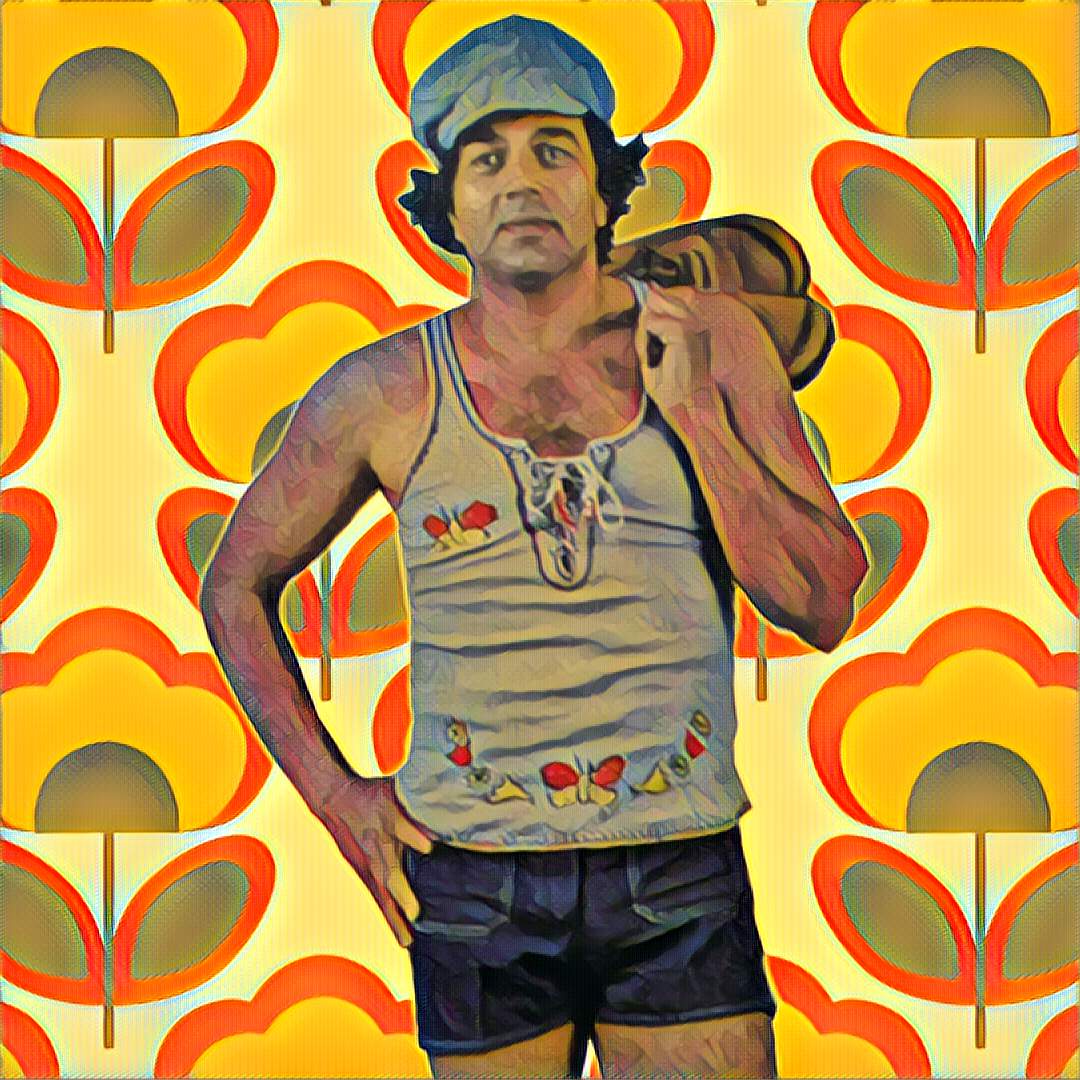 But for me, the hottest actor of the 70s was Kabir Bedi, who starred in an Italian television series and became an international celebrity and happily shed clothes for his films, modelling assignments and magazines. While magazines like Stardust, Cine Blitz, Filmfare (which was a bit prudish in comparison to the others) captured stars in revealing clothes, we also saw the emergence of Debonair, a magazine that was started in the 70s as India’s answer to Playboy! As a teenager I had hundreds of picture cuttings of these men from various magazines that would be hidden and once everyone was asleep, I would open my secret bag that revealed my secret desires. These men were defining my concept of the bold and the beautiful.If parallel cinema found its feet in the 70s, commercial cinema was undergoing a transitional phase and filmmakers got a fresh shot of courage in the 70s. The ‘Hare Krishna Hare Ram’ generation got a glimpse of Zeenat Aman and Parveen Babi, two women who were unapologetic about their bodies. Dev Anand’s 1973 film Heera Panna saw a bikini-clad Zeenat for an entire song (“Main tasveer utarta hoon”), who later went on to immortalise Rupa in Satyam Shivam Sundaram. Satyam Shivam Sundaram was the most talked about film in 1978 because of Rupa’s costumes in the film. Her topless shot in the song “Saiyan nikas gaye” made big news.
But for me, the hottest actor of the 70s was Kabir Bedi, who starred in an Italian television series and became an international celebrity and happily shed clothes for his films, modelling assignments and magazines. While magazines like Stardust, Cine Blitz, Filmfare (which was a bit prudish in comparison to the others) captured stars in revealing clothes, we also saw the emergence of Debonair, a magazine that was started in the 70s as India’s answer to Playboy! As a teenager I had hundreds of picture cuttings of these men from various magazines that would be hidden and once everyone was asleep, I would open my secret bag that revealed my secret desires. These men were defining my concept of the bold and the beautiful.If parallel cinema found its feet in the 70s, commercial cinema was undergoing a transitional phase and filmmakers got a fresh shot of courage in the 70s. The ‘Hare Krishna Hare Ram’ generation got a glimpse of Zeenat Aman and Parveen Babi, two women who were unapologetic about their bodies. Dev Anand’s 1973 film Heera Panna saw a bikini-clad Zeenat for an entire song (“Main tasveer utarta hoon”), who later went on to immortalise Rupa in Satyam Shivam Sundaram. Satyam Shivam Sundaram was the most talked about film in 1978 because of Rupa’s costumes in the film. Her topless shot in the song “Saiyan nikas gaye” made big news. Parveen Babi started her career with Charitra and with her 1979 film Yeh Nazdeekiyan she became India’s answer to Bo Derek, who was one of the most sought after and hottest stars of Hollywood after her successful film 10. Both Zeeenat and Parveen changed the look of Indian heroines and cemented a place for themselves as the sexy stars of the 70s. To be sexy and boldly frontal about it was the feel of those days.To list it all is to sweep through every kind of film being made at that time from love stories to art house films. The king of romance Yash Chopra presented some torrid lovemaking scenes with Rajesh Khanna and Sharmila Tagore in his 1973 hit Daag and later with Shashi Kapoor and Rakhee Gulzar in Kabhie Kabhie (1976). Lakshmi and Vikram set the screen on fire with their lovemaking for the 1975 film Julie and the song “Bhool gaya sab kuch”. The normally traditional Mumtaz acted in a lengthy scene clad in a scanty bikini with Feroz Khan on a Bombay beach in Apradh (1972). I wonder if today, a top-ranking actor like Vidya Balan or Sonakshi Sinha would do a similar scene, without hazaar justification, especially considering the fact that Mumtaz portrayed a seedhi saadhi girl in most of her films? Or will Katrina Kaif match the standards set by Zeenat Aman or Parveen Babi and dare the norms of mainstream cinema free in body, free in emotions?
Parveen Babi started her career with Charitra and with her 1979 film Yeh Nazdeekiyan she became India’s answer to Bo Derek, who was one of the most sought after and hottest stars of Hollywood after her successful film 10. Both Zeeenat and Parveen changed the look of Indian heroines and cemented a place for themselves as the sexy stars of the 70s. To be sexy and boldly frontal about it was the feel of those days.To list it all is to sweep through every kind of film being made at that time from love stories to art house films. The king of romance Yash Chopra presented some torrid lovemaking scenes with Rajesh Khanna and Sharmila Tagore in his 1973 hit Daag and later with Shashi Kapoor and Rakhee Gulzar in Kabhie Kabhie (1976). Lakshmi and Vikram set the screen on fire with their lovemaking for the 1975 film Julie and the song “Bhool gaya sab kuch”. The normally traditional Mumtaz acted in a lengthy scene clad in a scanty bikini with Feroz Khan on a Bombay beach in Apradh (1972). I wonder if today, a top-ranking actor like Vidya Balan or Sonakshi Sinha would do a similar scene, without hazaar justification, especially considering the fact that Mumtaz portrayed a seedhi saadhi girl in most of her films? Or will Katrina Kaif match the standards set by Zeenat Aman or Parveen Babi and dare the norms of mainstream cinema free in body, free in emotions? The 70s was also important for the rise of another important figure. She was considered an ‘ugly duckling’ who started her career at the age of 14. Her co-star forced a long kiss on her during a film shoot, an incident that scarred her for life, but she battled and overcame the many challenges that came her way and remains one of our greatest divas. In the 70s, Rekha made some insignificant films like Pran Jaye Par Vachan Na Jaye that became popular for two reasons. One, OP Nayyar’s classic song ‘Chain se hum ko kabhi aapne jeene na diya’ sung by Asha Bhosle. Two, a semi-nude Rekha swimming in a river. It caused a sensation because she was practically topless in the scene. (Many years later, for a song in Silsila, she went without a bra and that too was hotly discussed.)Rekha transitioned from a so-called ‘ugly duckling’ to a sultry seductress and a great actor. Her film Do Anjaane in 1976 presented her as a middle class housewife who nurtures dreams of becoming an actor. She falls for her husband’s best friend, who charms his way into her life and she does not think twice before betraying her husband. This film gave Rekha the title of an actor of substance and she consolidated her position with another unusual film, Ghar (1978), where she played a middle class housewife who is brutally gangraped and who not only has to deal with her own trauma but also that of her husband’s who feels guilty because he couldn’t protect her. Rekha arrived with Ghar and never looked back. She was an inspiration and gave immense courage to fight against all odds and be a survivor. What I am trying to say is that the lines that divided the body, pleasure, fun and serious or cerebral themes was not so sharp as it is today. The 70s were a carnival of body and spirit.
The 70s was also important for the rise of another important figure. She was considered an ‘ugly duckling’ who started her career at the age of 14. Her co-star forced a long kiss on her during a film shoot, an incident that scarred her for life, but she battled and overcame the many challenges that came her way and remains one of our greatest divas. In the 70s, Rekha made some insignificant films like Pran Jaye Par Vachan Na Jaye that became popular for two reasons. One, OP Nayyar’s classic song ‘Chain se hum ko kabhi aapne jeene na diya’ sung by Asha Bhosle. Two, a semi-nude Rekha swimming in a river. It caused a sensation because she was practically topless in the scene. (Many years later, for a song in Silsila, she went without a bra and that too was hotly discussed.)Rekha transitioned from a so-called ‘ugly duckling’ to a sultry seductress and a great actor. Her film Do Anjaane in 1976 presented her as a middle class housewife who nurtures dreams of becoming an actor. She falls for her husband’s best friend, who charms his way into her life and she does not think twice before betraying her husband. This film gave Rekha the title of an actor of substance and she consolidated her position with another unusual film, Ghar (1978), where she played a middle class housewife who is brutally gangraped and who not only has to deal with her own trauma but also that of her husband’s who feels guilty because he couldn’t protect her. Rekha arrived with Ghar and never looked back. She was an inspiration and gave immense courage to fight against all odds and be a survivor. What I am trying to say is that the lines that divided the body, pleasure, fun and serious or cerebral themes was not so sharp as it is today. The 70s were a carnival of body and spirit. That’s why a Helen cabaret, sexy and cute at the same time, graceful and sexual together, will always be a Helen cabaret – from Talash in 1969, Caravan in 1971 or Anamika in 1973. Sorry Kareena, Yeh Mera Dil will always belong to Helen for her sensuousness and fun in my eyes!At the top of the decade, the 1970 superhit Johny Mera Naam shocked the nation with Padma Khanna’s sensuous cabaret “Husn ke laakhon rang”. If any film today dared to have a similar cabaret song, rest assured it would be chopped off by our new moralistic censor board, who is fond of cutting down the length of kissing scenes, truncating the expression of gay love or any other expression of physical intimacy or adulthood for that matter! Violence is fine but sex is not. Johny Mera Naam was passed with a U certificate. Bindu too gave the nation steamy dreams with “Mera naam hai shabnam”in Kati Patang(1970) and became ‘Mona Darling’ to villains in many Hindi blockbusters. That decade also saw lesser known names like Laxmi Chhaya, best known for her erotic number “Maar diya jaaye”in Mera Gaon Mera Desh(1971) with Dharmendra. In Sharmilee (1971), Jayshree T made waves with “Reshmi ujaala hai” and how can one forget Sheetal, the sex bomb of the 70s, who made less films but appeared more in film glossies in revealing costumes and made headlines for all the wrong reasons (career wise). She is best remembered for her small role in Satyam Shivam Sundaram where she played an Adivasi girl who has no qualms about expressing her sexual desire to hero Shashi Kapoor. The dancing queens of the 70s are worth a book by themselves.
That’s why a Helen cabaret, sexy and cute at the same time, graceful and sexual together, will always be a Helen cabaret – from Talash in 1969, Caravan in 1971 or Anamika in 1973. Sorry Kareena, Yeh Mera Dil will always belong to Helen for her sensuousness and fun in my eyes!At the top of the decade, the 1970 superhit Johny Mera Naam shocked the nation with Padma Khanna’s sensuous cabaret “Husn ke laakhon rang”. If any film today dared to have a similar cabaret song, rest assured it would be chopped off by our new moralistic censor board, who is fond of cutting down the length of kissing scenes, truncating the expression of gay love or any other expression of physical intimacy or adulthood for that matter! Violence is fine but sex is not. Johny Mera Naam was passed with a U certificate. Bindu too gave the nation steamy dreams with “Mera naam hai shabnam”in Kati Patang(1970) and became ‘Mona Darling’ to villains in many Hindi blockbusters. That decade also saw lesser known names like Laxmi Chhaya, best known for her erotic number “Maar diya jaaye”in Mera Gaon Mera Desh(1971) with Dharmendra. In Sharmilee (1971), Jayshree T made waves with “Reshmi ujaala hai” and how can one forget Sheetal, the sex bomb of the 70s, who made less films but appeared more in film glossies in revealing costumes and made headlines for all the wrong reasons (career wise). She is best remembered for her small role in Satyam Shivam Sundaram where she played an Adivasi girl who has no qualms about expressing her sexual desire to hero Shashi Kapoor. The dancing queens of the 70s are worth a book by themselves. And I cannot talk about the bold 70s without paying homage to Protima Bedi, the accomplished Odissi dancer, model and one of the most stunning beauties of her times. In 1974, she streaked nude in broad daylight on Juhu beach in Mumbai and later in an interview said, “I shed my clothes, my inhibitions and my conditionings by outdated social norms so that you too can discover yourselves”. This incident enraged the moral keepers of the society and led to heated debates on moral policing, feminism and a woman’s right to express herself and her body.Today, when I see women openly exhibit their desires on screen in marvellous cinematic experiences such as Parched, I reminisce about the 70s. People talk about the past as if it was regressive and where we are today is progressive. As if the women of that time had no voice and were all dabihui. But is that really so? Can we fall back even as we move forward? I reflect and marvel about the women of that decade, who had the guts to express without any fear or inhibitions and the women who made a statement for generations to come. Their boldness yesterday, made this boy dare to be who he was. For that they have my love and admiration forever. Thank you to all the bold ‘70s folks with a hug and wink!Vivek Anand works as Chief Executive Officer of The Humsafar Trust (HST) which is India’s first Community Based Organization of LGBTQ. He is responsible for overall implementation of health, research, capacity building and advocacy projects. He has presented several papers in national and international conferences since 2002.
And I cannot talk about the bold 70s without paying homage to Protima Bedi, the accomplished Odissi dancer, model and one of the most stunning beauties of her times. In 1974, she streaked nude in broad daylight on Juhu beach in Mumbai and later in an interview said, “I shed my clothes, my inhibitions and my conditionings by outdated social norms so that you too can discover yourselves”. This incident enraged the moral keepers of the society and led to heated debates on moral policing, feminism and a woman’s right to express herself and her body.Today, when I see women openly exhibit their desires on screen in marvellous cinematic experiences such as Parched, I reminisce about the 70s. People talk about the past as if it was regressive and where we are today is progressive. As if the women of that time had no voice and were all dabihui. But is that really so? Can we fall back even as we move forward? I reflect and marvel about the women of that decade, who had the guts to express without any fear or inhibitions and the women who made a statement for generations to come. Their boldness yesterday, made this boy dare to be who he was. For that they have my love and admiration forever. Thank you to all the bold ‘70s folks with a hug and wink!Vivek Anand works as Chief Executive Officer of The Humsafar Trust (HST) which is India’s first Community Based Organization of LGBTQ. He is responsible for overall implementation of health, research, capacity building and advocacy projects. He has presented several papers in national and international conferences since 2002.
 To me, Rehana Sultan probably remains one of the most underrated actors in Indian cinema, even though she won the National Award for her work in Dastak. Sultan started her career in the 1970s with two extremely unusual films. Chetna, saw her portray the role of a “smoking drinking” sex worker who meets a simple guy, falls in love and gets married. The film revolves around her efforts to lead a simple and happy married life while struggling with her past. Both Dastak and Chetna have an unfortunate similarity: The protagonists are eventually apologetic for the choices made, perhaps a reflection of the times in which these films were made (though one wonders if these times are any different). But these two films marked a different kind of new wave in Indian cinema, a different politics - of desire we rarely talk about.In India, the 1970s belonged to the rebels—a passionate young generation struggling for a modern India and a society that would be open to new ideas and progressive thoughts. It was important for them to make big statements and the cinema of the 70s made impressive forays into hitherto unexplored territory. At that time, I was growing up in a middle class family in Borivali, the north-west suburb of Mumbai. My father was progressive in his thoughts but my mother was the evolved one– and that’s a particular kind of difference. I was my mother’s best friend. She was a product of partition and had started earning at the age of 14. She was the second of six sisters and two brothers and would often talk about how she and her sisters were deprived of so many opportunities and freedoms, what we call rights, as her two brothers were a priority for her parents. She would often tell me that women need to, want to break these shackles and men needed to learn to respect them. My mother was different. And I was growing up different.
To me, Rehana Sultan probably remains one of the most underrated actors in Indian cinema, even though she won the National Award for her work in Dastak. Sultan started her career in the 1970s with two extremely unusual films. Chetna, saw her portray the role of a “smoking drinking” sex worker who meets a simple guy, falls in love and gets married. The film revolves around her efforts to lead a simple and happy married life while struggling with her past. Both Dastak and Chetna have an unfortunate similarity: The protagonists are eventually apologetic for the choices made, perhaps a reflection of the times in which these films were made (though one wonders if these times are any different). But these two films marked a different kind of new wave in Indian cinema, a different politics - of desire we rarely talk about.In India, the 1970s belonged to the rebels—a passionate young generation struggling for a modern India and a society that would be open to new ideas and progressive thoughts. It was important for them to make big statements and the cinema of the 70s made impressive forays into hitherto unexplored territory. At that time, I was growing up in a middle class family in Borivali, the north-west suburb of Mumbai. My father was progressive in his thoughts but my mother was the evolved one– and that’s a particular kind of difference. I was my mother’s best friend. She was a product of partition and had started earning at the age of 14. She was the second of six sisters and two brothers and would often talk about how she and her sisters were deprived of so many opportunities and freedoms, what we call rights, as her two brothers were a priority for her parents. She would often tell me that women need to, want to break these shackles and men needed to learn to respect them. My mother was different. And I was growing up different. Movies were a psychedelic kaleidoscope of sensuality. I had watched Raj Kapoor’s Mera Naam Joker (1970) and was totally fascinated by the part that dealt with adolescent sexuality. A 16-year-old Rishi Kapoor has a crush on his school teacher, Simi Garewal, who is about to marry her boyfriend, the famous touch-me-not Manoj Kumar, who refused to do any intimate scenes with his co-stars, except for this one film where he agreed to do passionate romantic scenes. I could not understand my feelings then, but I wanted him to hold me the way he was holding his heroine. It was my step towards growing up and I was barely nine years old. The same film also saw one of its heroines, Padmini, a single woman, pretending to be a boy to survive. A street performer, her shirt tears apart exposing her breasts while performing a stunt—in that moment it dawns upon Raj Kapoor’s character (now, grown up) that his friend is actually a woman. This film portrayed gender bending in a serious manner and did not caricaturise men and women in terrible drag for gimmicky purposes.Perhaps some might critique these images for objectifying women in some way – I don’t know, perhaps they also do that? But there is something powerful about the presence of this sexualness on the screen and what it does to the bodies and souls of those of us who are watching.It was also in the 70s that new wave cinema gave space to filmmakers like Shyam Benegal, Basu Chatterjee, Basu Bhattacharya, Gulzar, Avtar Kaul, Mani Kaul, Kumar Shahani and Jabbar Patel who paved the path for modern cinema which many today would think twice to take up. They were showing us stories, emotions and bodies as we had not seen them before.The 1971 film Anubhav saw Tanuja as a woman with clear sexual desires—both to her husband and to her former lover who resurfaces later in her life. This was also the decade that introduced two actors in India, Shabana Azmi and Smita Patil, who did some unconventional work and challenged the stereotypical representation of an Indian woman in cinema. If you ask me, Smita Patil is one of the most beautiful women in Indian cinema who has given unparalleled performances in films like Nishant, Bhumika, Manthan and Umbartha.
Movies were a psychedelic kaleidoscope of sensuality. I had watched Raj Kapoor’s Mera Naam Joker (1970) and was totally fascinated by the part that dealt with adolescent sexuality. A 16-year-old Rishi Kapoor has a crush on his school teacher, Simi Garewal, who is about to marry her boyfriend, the famous touch-me-not Manoj Kumar, who refused to do any intimate scenes with his co-stars, except for this one film where he agreed to do passionate romantic scenes. I could not understand my feelings then, but I wanted him to hold me the way he was holding his heroine. It was my step towards growing up and I was barely nine years old. The same film also saw one of its heroines, Padmini, a single woman, pretending to be a boy to survive. A street performer, her shirt tears apart exposing her breasts while performing a stunt—in that moment it dawns upon Raj Kapoor’s character (now, grown up) that his friend is actually a woman. This film portrayed gender bending in a serious manner and did not caricaturise men and women in terrible drag for gimmicky purposes.Perhaps some might critique these images for objectifying women in some way – I don’t know, perhaps they also do that? But there is something powerful about the presence of this sexualness on the screen and what it does to the bodies and souls of those of us who are watching.It was also in the 70s that new wave cinema gave space to filmmakers like Shyam Benegal, Basu Chatterjee, Basu Bhattacharya, Gulzar, Avtar Kaul, Mani Kaul, Kumar Shahani and Jabbar Patel who paved the path for modern cinema which many today would think twice to take up. They were showing us stories, emotions and bodies as we had not seen them before.The 1971 film Anubhav saw Tanuja as a woman with clear sexual desires—both to her husband and to her former lover who resurfaces later in her life. This was also the decade that introduced two actors in India, Shabana Azmi and Smita Patil, who did some unconventional work and challenged the stereotypical representation of an Indian woman in cinema. If you ask me, Smita Patil is one of the most beautiful women in Indian cinema who has given unparalleled performances in films like Nishant, Bhumika, Manthan and Umbartha. Nishant (1975), in many ways, became an expression of the male body. Actors Amrish Puri, Anant Nag, Mohan Agashe and Naseeruddin Shah express their sexual desire for the leading lady Shabana Azmi, showing off their bodies and giving tough competition to the several conventionally hot men of Bollywood. Jabbar Patel’s Umbartha has a semi-naked Girish Karnad, while Aruna Raje and Vikas Desai’s thriller Shaque depicts Shabana Azmi and Vinod Khanna’s through their physical intimacy. Stars like Shashi Kapoor in Satyam Shivam Sundaram, Dharmendra in every second film, Feroz Khan in Apradh and Kaala Sona constantly appeared topless and posed in skimpy briefs for magazine covers. None of this could have been even conceived of in the 60s. The handsome Sanjay Khan posed in nothing but a micro brief and a cotton jacket revealing his chest hair and sitting on a couch, the hot villain Ranjeet once appeared comfortably nude on a bean bag—both men staring seductively at the camera for a film magazine.
Nishant (1975), in many ways, became an expression of the male body. Actors Amrish Puri, Anant Nag, Mohan Agashe and Naseeruddin Shah express their sexual desire for the leading lady Shabana Azmi, showing off their bodies and giving tough competition to the several conventionally hot men of Bollywood. Jabbar Patel’s Umbartha has a semi-naked Girish Karnad, while Aruna Raje and Vikas Desai’s thriller Shaque depicts Shabana Azmi and Vinod Khanna’s through their physical intimacy. Stars like Shashi Kapoor in Satyam Shivam Sundaram, Dharmendra in every second film, Feroz Khan in Apradh and Kaala Sona constantly appeared topless and posed in skimpy briefs for magazine covers. None of this could have been even conceived of in the 60s. The handsome Sanjay Khan posed in nothing but a micro brief and a cotton jacket revealing his chest hair and sitting on a couch, the hot villain Ranjeet once appeared comfortably nude on a bean bag—both men staring seductively at the camera for a film magazine. But for me, the hottest actor of the 70s was Kabir Bedi, who starred in an Italian television series and became an international celebrity and happily shed clothes for his films, modelling assignments and magazines. While magazines like Stardust, Cine Blitz, Filmfare (which was a bit prudish in comparison to the others) captured stars in revealing clothes, we also saw the emergence of Debonair, a magazine that was started in the 70s as India’s answer to Playboy! As a teenager I had hundreds of picture cuttings of these men from various magazines that would be hidden and once everyone was asleep, I would open my secret bag that revealed my secret desires. These men were defining my concept of the bold and the beautiful.If parallel cinema found its feet in the 70s, commercial cinema was undergoing a transitional phase and filmmakers got a fresh shot of courage in the 70s. The ‘Hare Krishna Hare Ram’ generation got a glimpse of Zeenat Aman and Parveen Babi, two women who were unapologetic about their bodies. Dev Anand’s 1973 film Heera Panna saw a bikini-clad Zeenat for an entire song (“Main tasveer utarta hoon”), who later went on to immortalise Rupa in Satyam Shivam Sundaram. Satyam Shivam Sundaram was the most talked about film in 1978 because of Rupa’s costumes in the film. Her topless shot in the song “Saiyan nikas gaye” made big news.
But for me, the hottest actor of the 70s was Kabir Bedi, who starred in an Italian television series and became an international celebrity and happily shed clothes for his films, modelling assignments and magazines. While magazines like Stardust, Cine Blitz, Filmfare (which was a bit prudish in comparison to the others) captured stars in revealing clothes, we also saw the emergence of Debonair, a magazine that was started in the 70s as India’s answer to Playboy! As a teenager I had hundreds of picture cuttings of these men from various magazines that would be hidden and once everyone was asleep, I would open my secret bag that revealed my secret desires. These men were defining my concept of the bold and the beautiful.If parallel cinema found its feet in the 70s, commercial cinema was undergoing a transitional phase and filmmakers got a fresh shot of courage in the 70s. The ‘Hare Krishna Hare Ram’ generation got a glimpse of Zeenat Aman and Parveen Babi, two women who were unapologetic about their bodies. Dev Anand’s 1973 film Heera Panna saw a bikini-clad Zeenat for an entire song (“Main tasveer utarta hoon”), who later went on to immortalise Rupa in Satyam Shivam Sundaram. Satyam Shivam Sundaram was the most talked about film in 1978 because of Rupa’s costumes in the film. Her topless shot in the song “Saiyan nikas gaye” made big news. Parveen Babi started her career with Charitra and with her 1979 film Yeh Nazdeekiyan she became India’s answer to Bo Derek, who was one of the most sought after and hottest stars of Hollywood after her successful film 10. Both Zeeenat and Parveen changed the look of Indian heroines and cemented a place for themselves as the sexy stars of the 70s. To be sexy and boldly frontal about it was the feel of those days.To list it all is to sweep through every kind of film being made at that time from love stories to art house films. The king of romance Yash Chopra presented some torrid lovemaking scenes with Rajesh Khanna and Sharmila Tagore in his 1973 hit Daag and later with Shashi Kapoor and Rakhee Gulzar in Kabhie Kabhie (1976). Lakshmi and Vikram set the screen on fire with their lovemaking for the 1975 film Julie and the song “Bhool gaya sab kuch”. The normally traditional Mumtaz acted in a lengthy scene clad in a scanty bikini with Feroz Khan on a Bombay beach in Apradh (1972). I wonder if today, a top-ranking actor like Vidya Balan or Sonakshi Sinha would do a similar scene, without hazaar justification, especially considering the fact that Mumtaz portrayed a seedhi saadhi girl in most of her films? Or will Katrina Kaif match the standards set by Zeenat Aman or Parveen Babi and dare the norms of mainstream cinema free in body, free in emotions?
Parveen Babi started her career with Charitra and with her 1979 film Yeh Nazdeekiyan she became India’s answer to Bo Derek, who was one of the most sought after and hottest stars of Hollywood after her successful film 10. Both Zeeenat and Parveen changed the look of Indian heroines and cemented a place for themselves as the sexy stars of the 70s. To be sexy and boldly frontal about it was the feel of those days.To list it all is to sweep through every kind of film being made at that time from love stories to art house films. The king of romance Yash Chopra presented some torrid lovemaking scenes with Rajesh Khanna and Sharmila Tagore in his 1973 hit Daag and later with Shashi Kapoor and Rakhee Gulzar in Kabhie Kabhie (1976). Lakshmi and Vikram set the screen on fire with their lovemaking for the 1975 film Julie and the song “Bhool gaya sab kuch”. The normally traditional Mumtaz acted in a lengthy scene clad in a scanty bikini with Feroz Khan on a Bombay beach in Apradh (1972). I wonder if today, a top-ranking actor like Vidya Balan or Sonakshi Sinha would do a similar scene, without hazaar justification, especially considering the fact that Mumtaz portrayed a seedhi saadhi girl in most of her films? Or will Katrina Kaif match the standards set by Zeenat Aman or Parveen Babi and dare the norms of mainstream cinema free in body, free in emotions? The 70s was also important for the rise of another important figure. She was considered an ‘ugly duckling’ who started her career at the age of 14. Her co-star forced a long kiss on her during a film shoot, an incident that scarred her for life, but she battled and overcame the many challenges that came her way and remains one of our greatest divas. In the 70s, Rekha made some insignificant films like Pran Jaye Par Vachan Na Jaye that became popular for two reasons. One, OP Nayyar’s classic song ‘Chain se hum ko kabhi aapne jeene na diya’ sung by Asha Bhosle. Two, a semi-nude Rekha swimming in a river. It caused a sensation because she was practically topless in the scene. (Many years later, for a song in Silsila, she went without a bra and that too was hotly discussed.)Rekha transitioned from a so-called ‘ugly duckling’ to a sultry seductress and a great actor. Her film Do Anjaane in 1976 presented her as a middle class housewife who nurtures dreams of becoming an actor. She falls for her husband’s best friend, who charms his way into her life and she does not think twice before betraying her husband. This film gave Rekha the title of an actor of substance and she consolidated her position with another unusual film, Ghar (1978), where she played a middle class housewife who is brutally gangraped and who not only has to deal with her own trauma but also that of her husband’s who feels guilty because he couldn’t protect her. Rekha arrived with Ghar and never looked back. She was an inspiration and gave immense courage to fight against all odds and be a survivor. What I am trying to say is that the lines that divided the body, pleasure, fun and serious or cerebral themes was not so sharp as it is today. The 70s were a carnival of body and spirit.
The 70s was also important for the rise of another important figure. She was considered an ‘ugly duckling’ who started her career at the age of 14. Her co-star forced a long kiss on her during a film shoot, an incident that scarred her for life, but she battled and overcame the many challenges that came her way and remains one of our greatest divas. In the 70s, Rekha made some insignificant films like Pran Jaye Par Vachan Na Jaye that became popular for two reasons. One, OP Nayyar’s classic song ‘Chain se hum ko kabhi aapne jeene na diya’ sung by Asha Bhosle. Two, a semi-nude Rekha swimming in a river. It caused a sensation because she was practically topless in the scene. (Many years later, for a song in Silsila, she went without a bra and that too was hotly discussed.)Rekha transitioned from a so-called ‘ugly duckling’ to a sultry seductress and a great actor. Her film Do Anjaane in 1976 presented her as a middle class housewife who nurtures dreams of becoming an actor. She falls for her husband’s best friend, who charms his way into her life and she does not think twice before betraying her husband. This film gave Rekha the title of an actor of substance and she consolidated her position with another unusual film, Ghar (1978), where she played a middle class housewife who is brutally gangraped and who not only has to deal with her own trauma but also that of her husband’s who feels guilty because he couldn’t protect her. Rekha arrived with Ghar and never looked back. She was an inspiration and gave immense courage to fight against all odds and be a survivor. What I am trying to say is that the lines that divided the body, pleasure, fun and serious or cerebral themes was not so sharp as it is today. The 70s were a carnival of body and spirit. That’s why a Helen cabaret, sexy and cute at the same time, graceful and sexual together, will always be a Helen cabaret – from Talash in 1969, Caravan in 1971 or Anamika in 1973. Sorry Kareena, Yeh Mera Dil will always belong to Helen for her sensuousness and fun in my eyes!At the top of the decade, the 1970 superhit Johny Mera Naam shocked the nation with Padma Khanna’s sensuous cabaret “Husn ke laakhon rang”. If any film today dared to have a similar cabaret song, rest assured it would be chopped off by our new moralistic censor board, who is fond of cutting down the length of kissing scenes, truncating the expression of gay love or any other expression of physical intimacy or adulthood for that matter! Violence is fine but sex is not. Johny Mera Naam was passed with a U certificate. Bindu too gave the nation steamy dreams with “Mera naam hai shabnam”in Kati Patang(1970) and became ‘Mona Darling’ to villains in many Hindi blockbusters. That decade also saw lesser known names like Laxmi Chhaya, best known for her erotic number “Maar diya jaaye”in Mera Gaon Mera Desh(1971) with Dharmendra. In Sharmilee (1971), Jayshree T made waves with “Reshmi ujaala hai” and how can one forget Sheetal, the sex bomb of the 70s, who made less films but appeared more in film glossies in revealing costumes and made headlines for all the wrong reasons (career wise). She is best remembered for her small role in Satyam Shivam Sundaram where she played an Adivasi girl who has no qualms about expressing her sexual desire to hero Shashi Kapoor. The dancing queens of the 70s are worth a book by themselves.
That’s why a Helen cabaret, sexy and cute at the same time, graceful and sexual together, will always be a Helen cabaret – from Talash in 1969, Caravan in 1971 or Anamika in 1973. Sorry Kareena, Yeh Mera Dil will always belong to Helen for her sensuousness and fun in my eyes!At the top of the decade, the 1970 superhit Johny Mera Naam shocked the nation with Padma Khanna’s sensuous cabaret “Husn ke laakhon rang”. If any film today dared to have a similar cabaret song, rest assured it would be chopped off by our new moralistic censor board, who is fond of cutting down the length of kissing scenes, truncating the expression of gay love or any other expression of physical intimacy or adulthood for that matter! Violence is fine but sex is not. Johny Mera Naam was passed with a U certificate. Bindu too gave the nation steamy dreams with “Mera naam hai shabnam”in Kati Patang(1970) and became ‘Mona Darling’ to villains in many Hindi blockbusters. That decade also saw lesser known names like Laxmi Chhaya, best known for her erotic number “Maar diya jaaye”in Mera Gaon Mera Desh(1971) with Dharmendra. In Sharmilee (1971), Jayshree T made waves with “Reshmi ujaala hai” and how can one forget Sheetal, the sex bomb of the 70s, who made less films but appeared more in film glossies in revealing costumes and made headlines for all the wrong reasons (career wise). She is best remembered for her small role in Satyam Shivam Sundaram where she played an Adivasi girl who has no qualms about expressing her sexual desire to hero Shashi Kapoor. The dancing queens of the 70s are worth a book by themselves. And I cannot talk about the bold 70s without paying homage to Protima Bedi, the accomplished Odissi dancer, model and one of the most stunning beauties of her times. In 1974, she streaked nude in broad daylight on Juhu beach in Mumbai and later in an interview said, “I shed my clothes, my inhibitions and my conditionings by outdated social norms so that you too can discover yourselves”. This incident enraged the moral keepers of the society and led to heated debates on moral policing, feminism and a woman’s right to express herself and her body.Today, when I see women openly exhibit their desires on screen in marvellous cinematic experiences such as Parched, I reminisce about the 70s. People talk about the past as if it was regressive and where we are today is progressive. As if the women of that time had no voice and were all dabihui. But is that really so? Can we fall back even as we move forward? I reflect and marvel about the women of that decade, who had the guts to express without any fear or inhibitions and the women who made a statement for generations to come. Their boldness yesterday, made this boy dare to be who he was. For that they have my love and admiration forever. Thank you to all the bold ‘70s folks with a hug and wink!Vivek Anand works as Chief Executive Officer of The Humsafar Trust (HST) which is India’s first Community Based Organization of LGBTQ. He is responsible for overall implementation of health, research, capacity building and advocacy projects. He has presented several papers in national and international conferences since 2002.
And I cannot talk about the bold 70s without paying homage to Protima Bedi, the accomplished Odissi dancer, model and one of the most stunning beauties of her times. In 1974, she streaked nude in broad daylight on Juhu beach in Mumbai and later in an interview said, “I shed my clothes, my inhibitions and my conditionings by outdated social norms so that you too can discover yourselves”. This incident enraged the moral keepers of the society and led to heated debates on moral policing, feminism and a woman’s right to express herself and her body.Today, when I see women openly exhibit their desires on screen in marvellous cinematic experiences such as Parched, I reminisce about the 70s. People talk about the past as if it was regressive and where we are today is progressive. As if the women of that time had no voice and were all dabihui. But is that really so? Can we fall back even as we move forward? I reflect and marvel about the women of that decade, who had the guts to express without any fear or inhibitions and the women who made a statement for generations to come. Their boldness yesterday, made this boy dare to be who he was. For that they have my love and admiration forever. Thank you to all the bold ‘70s folks with a hug and wink!Vivek Anand works as Chief Executive Officer of The Humsafar Trust (HST) which is India’s first Community Based Organization of LGBTQ. He is responsible for overall implementation of health, research, capacity building and advocacy projects. He has presented several papers in national and international conferences since 2002. 

